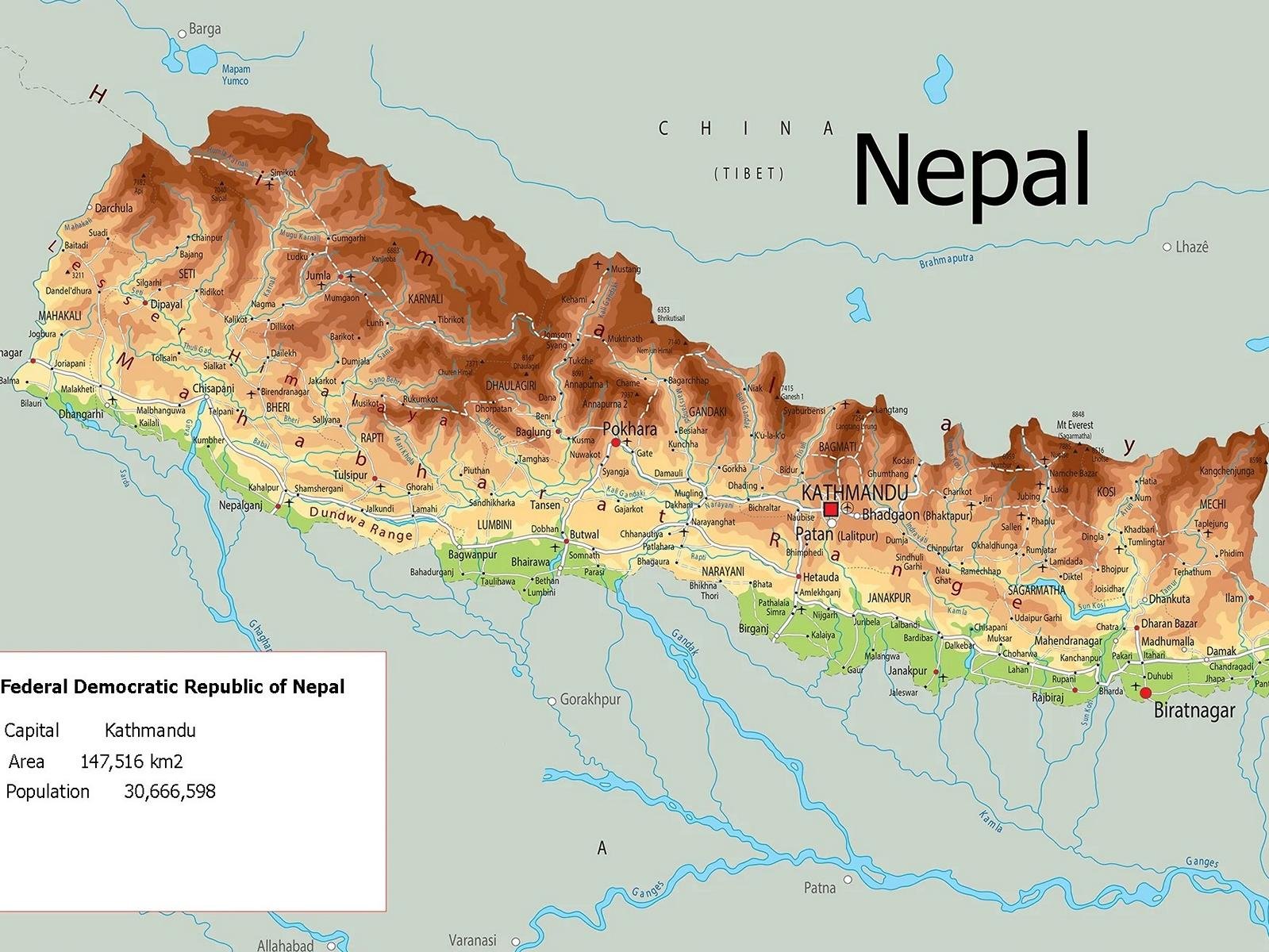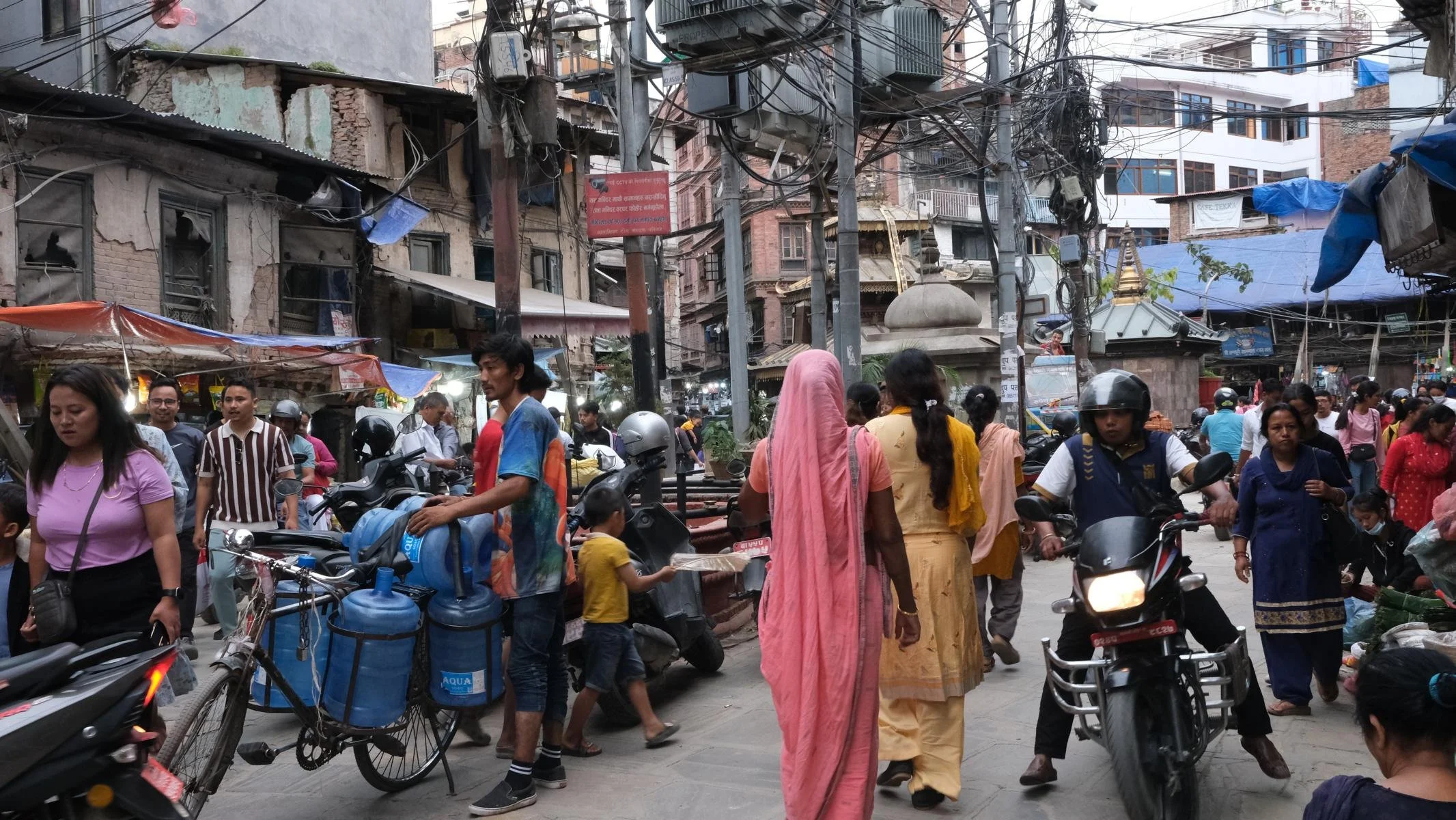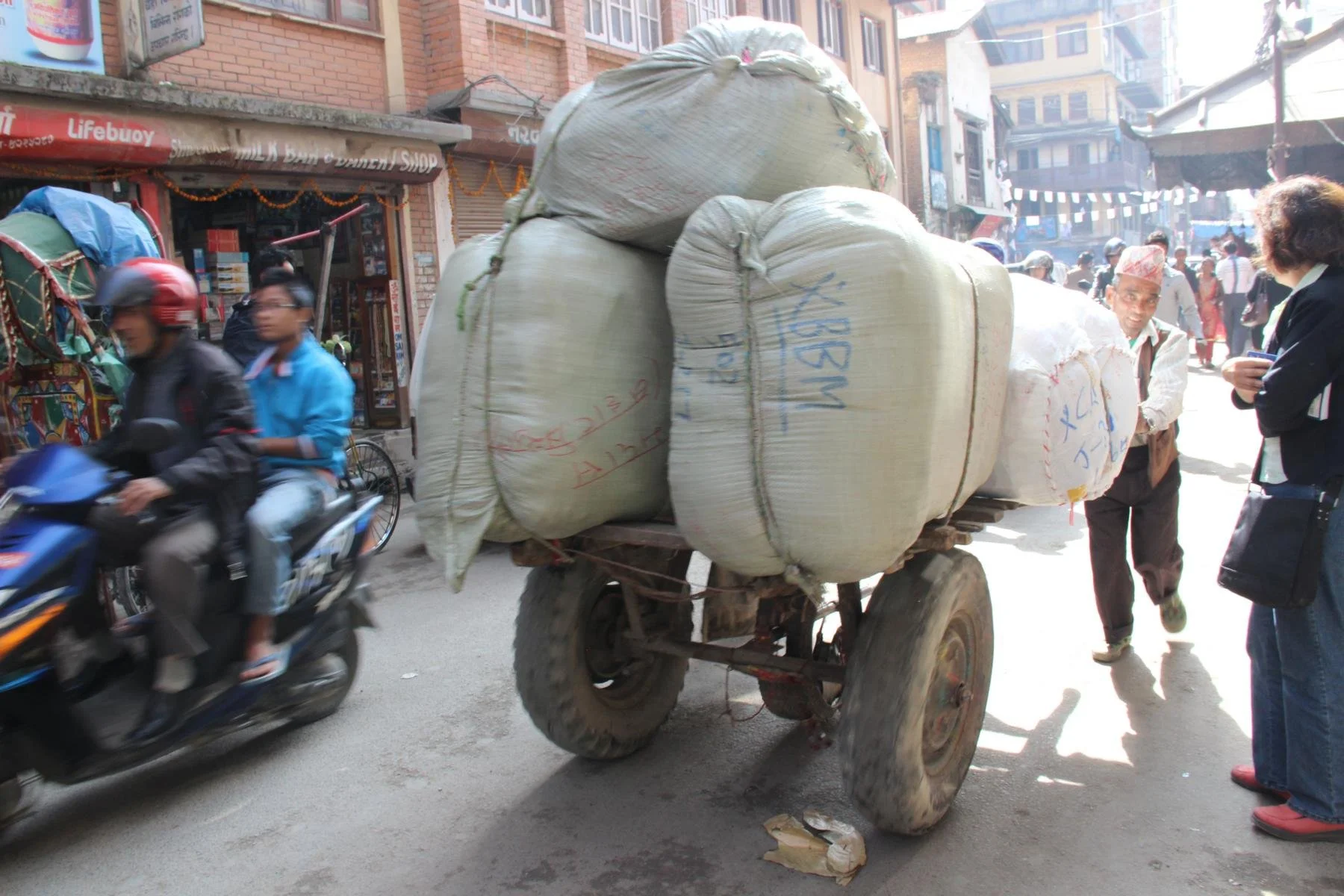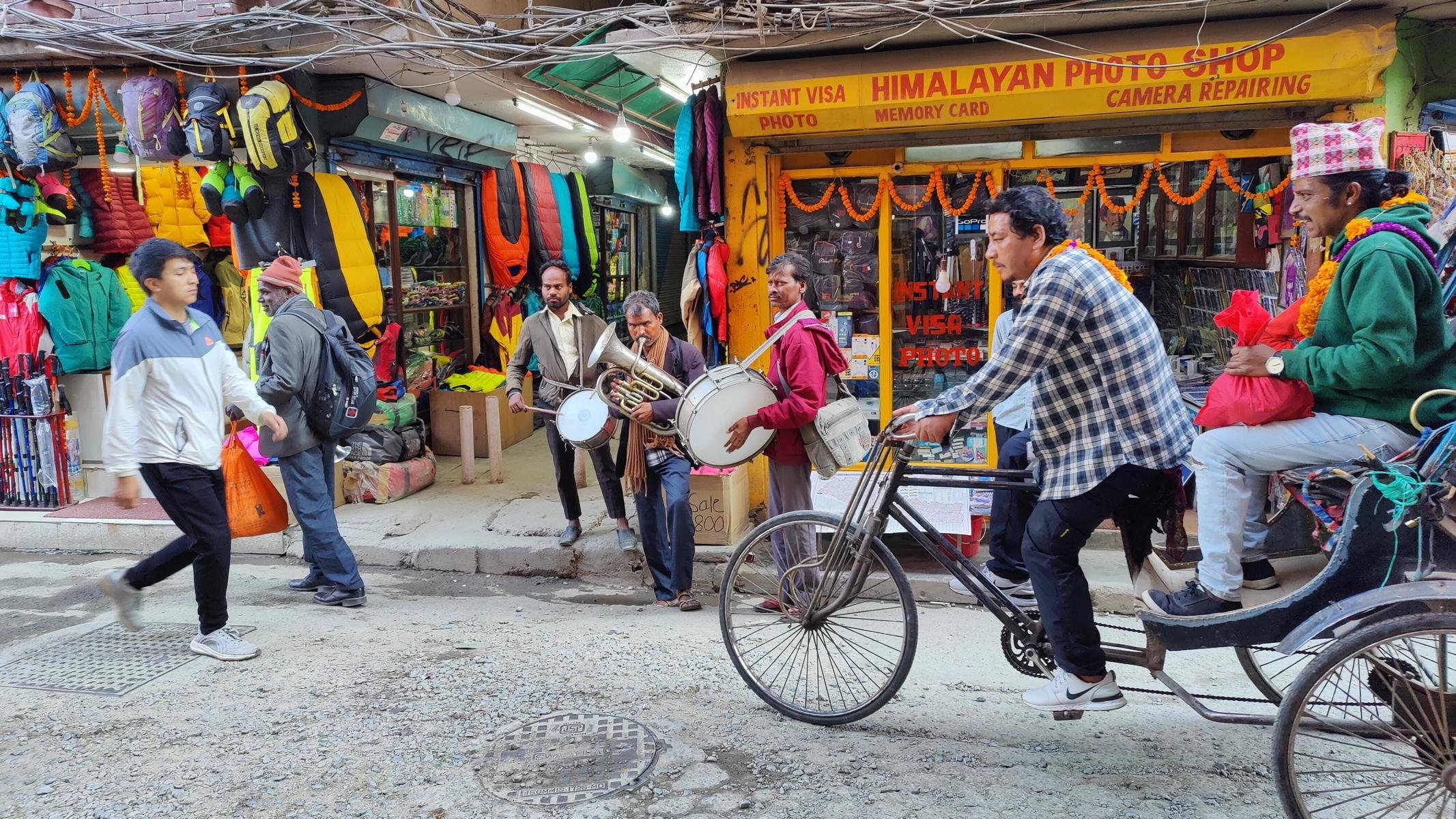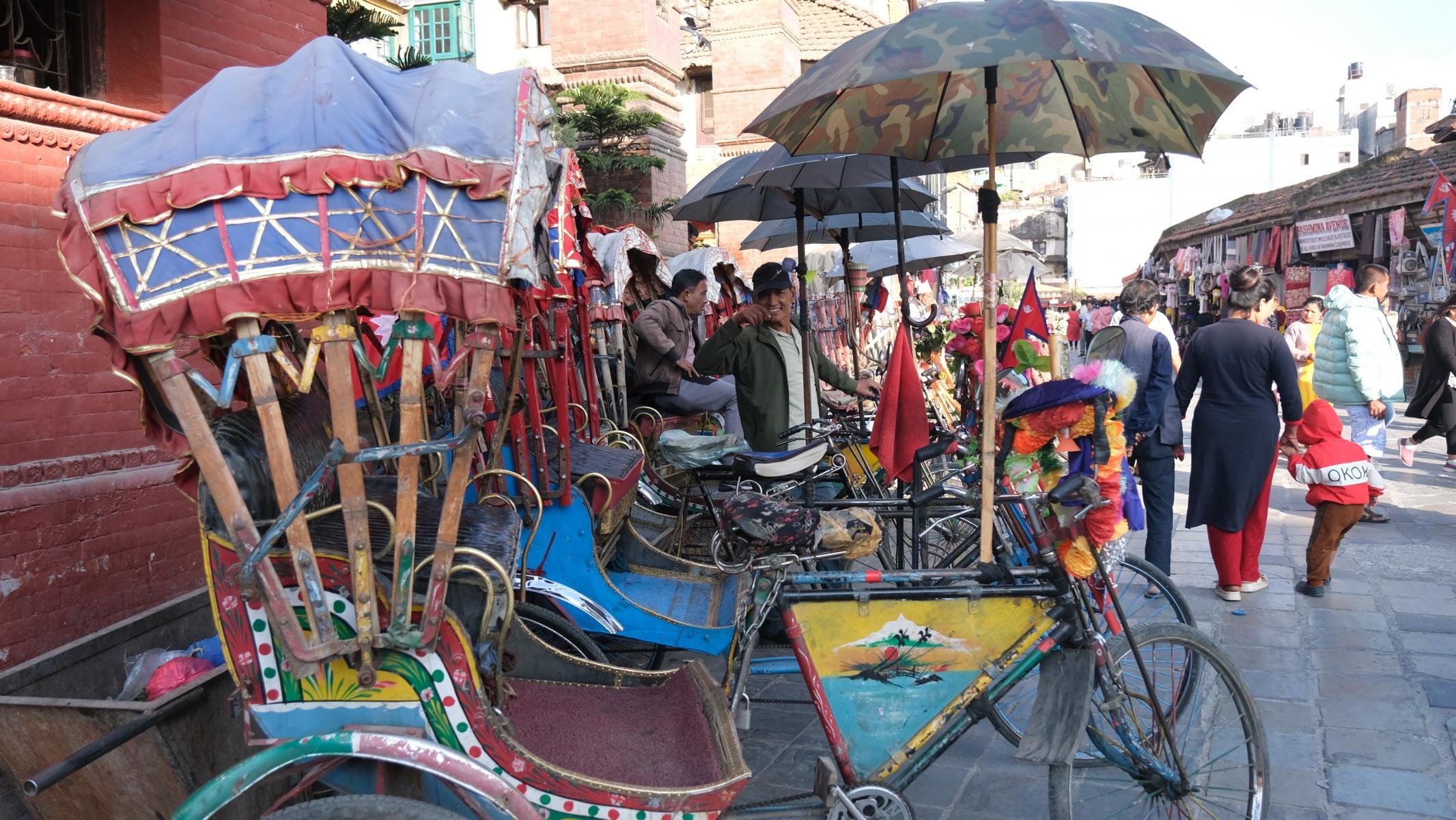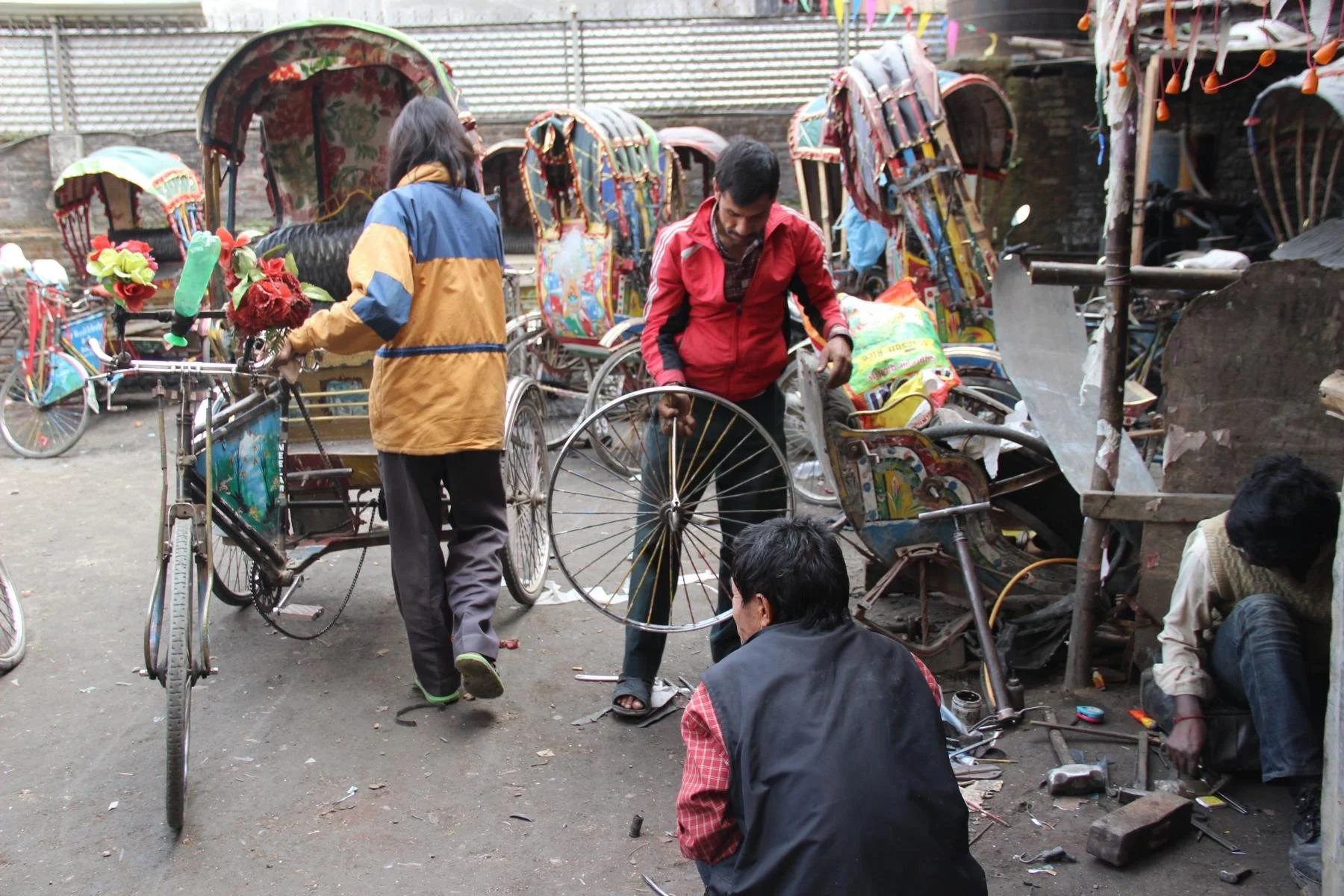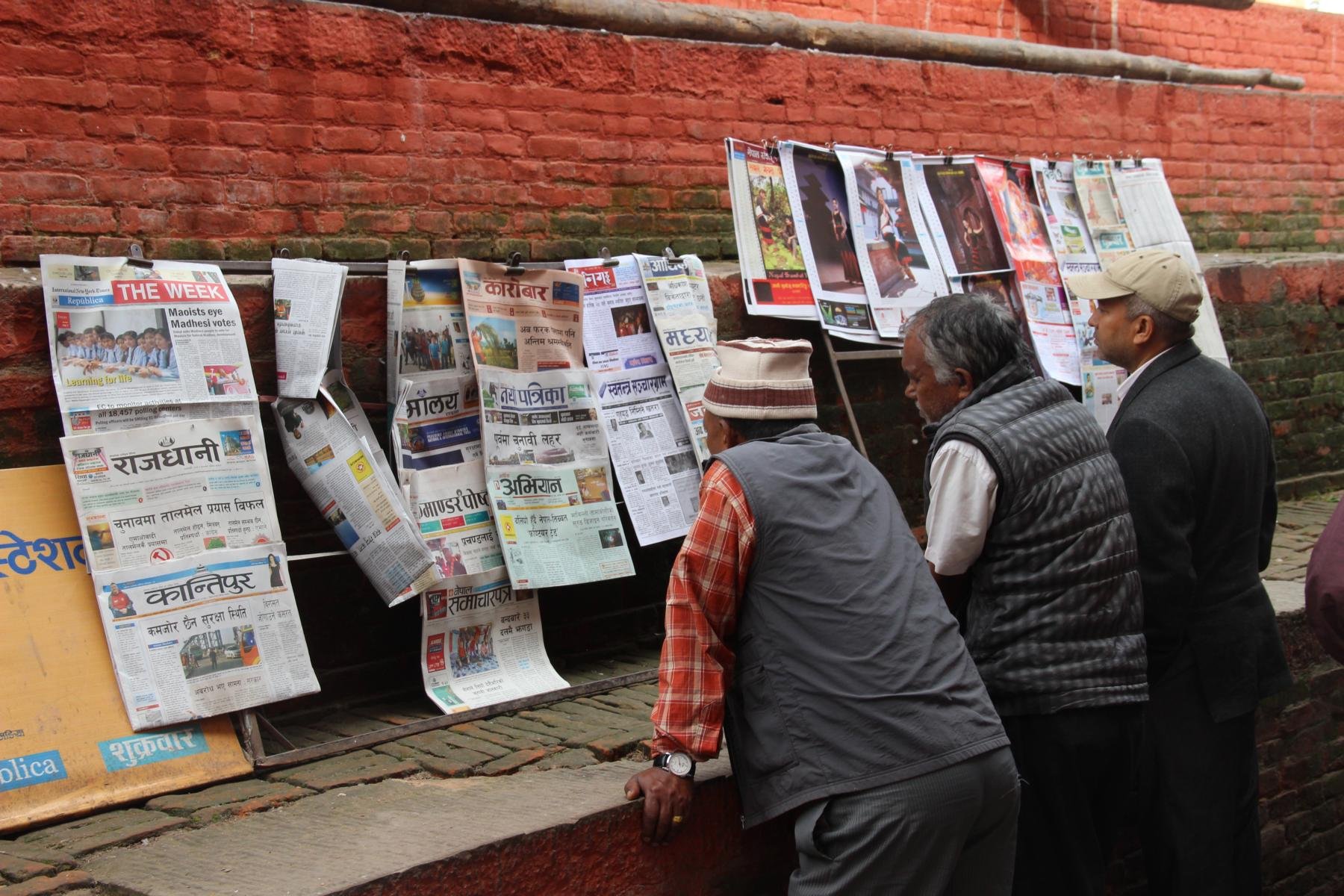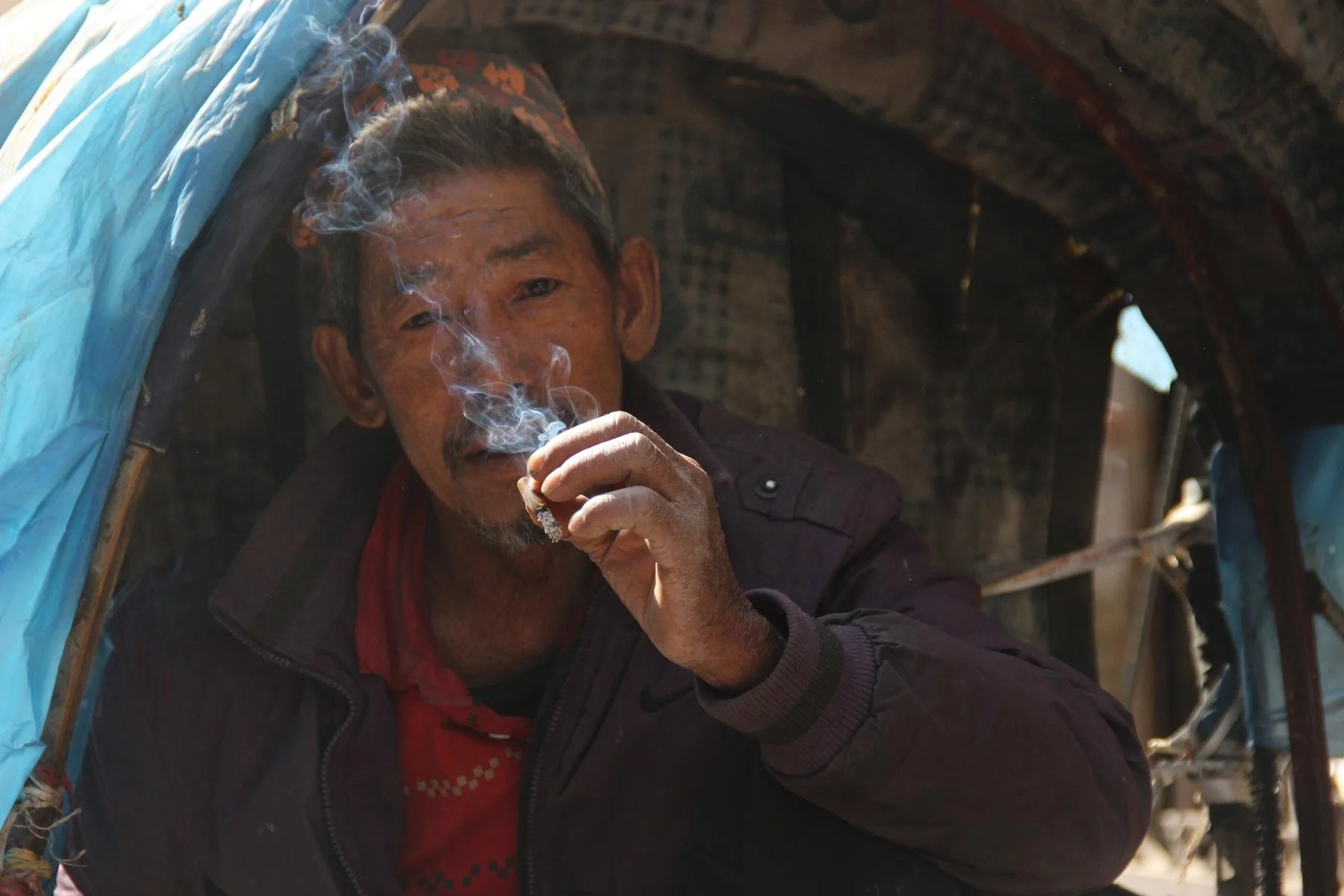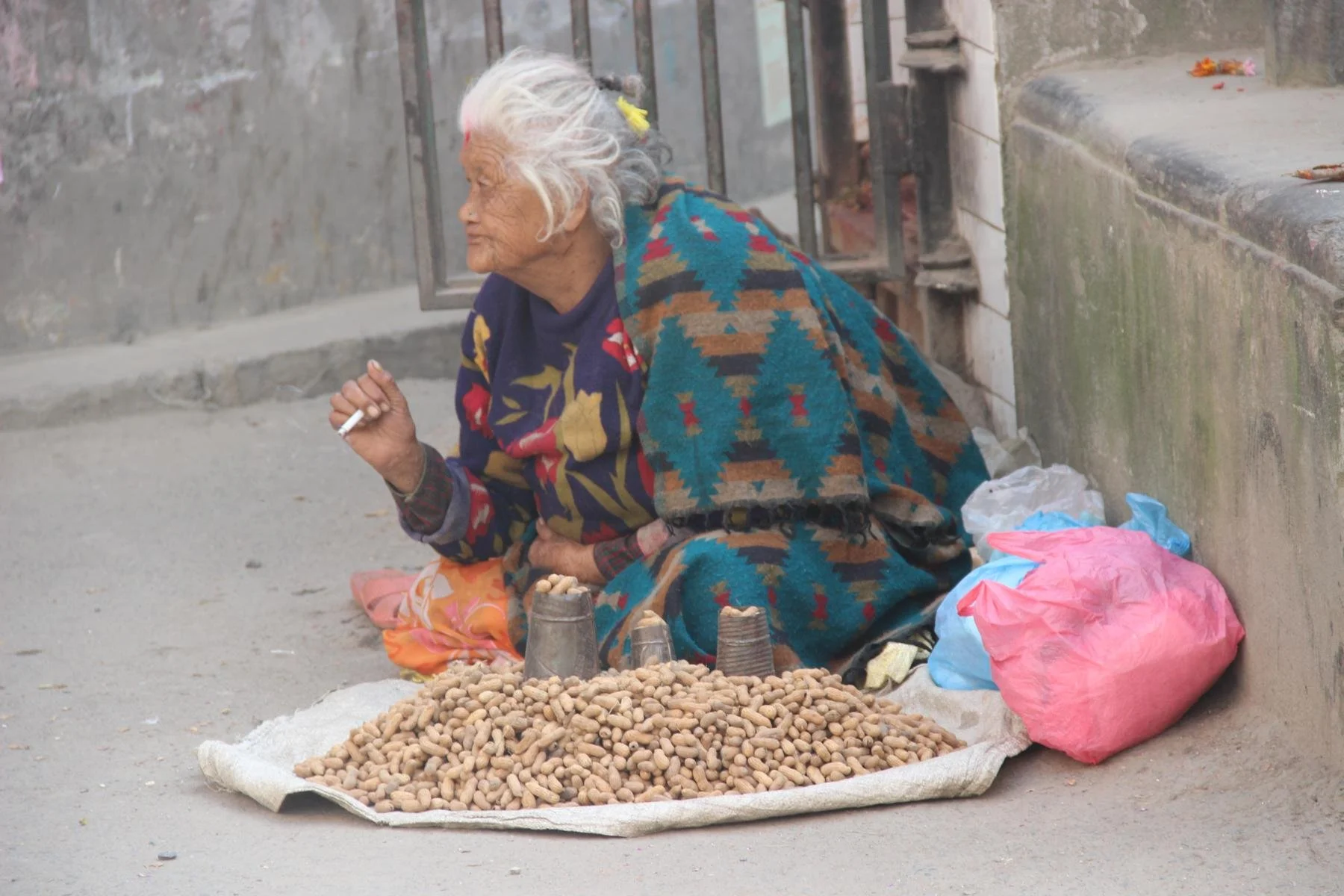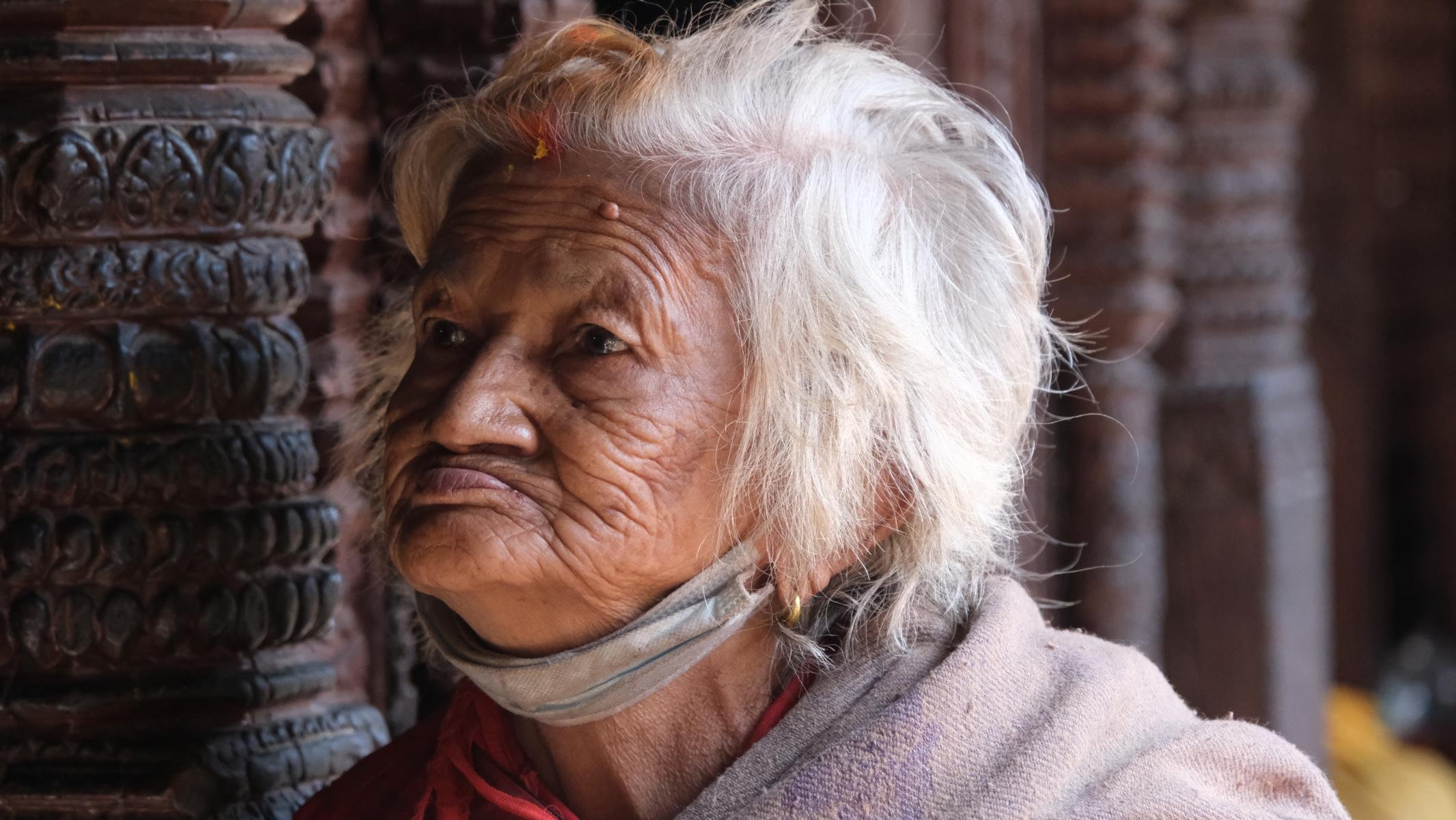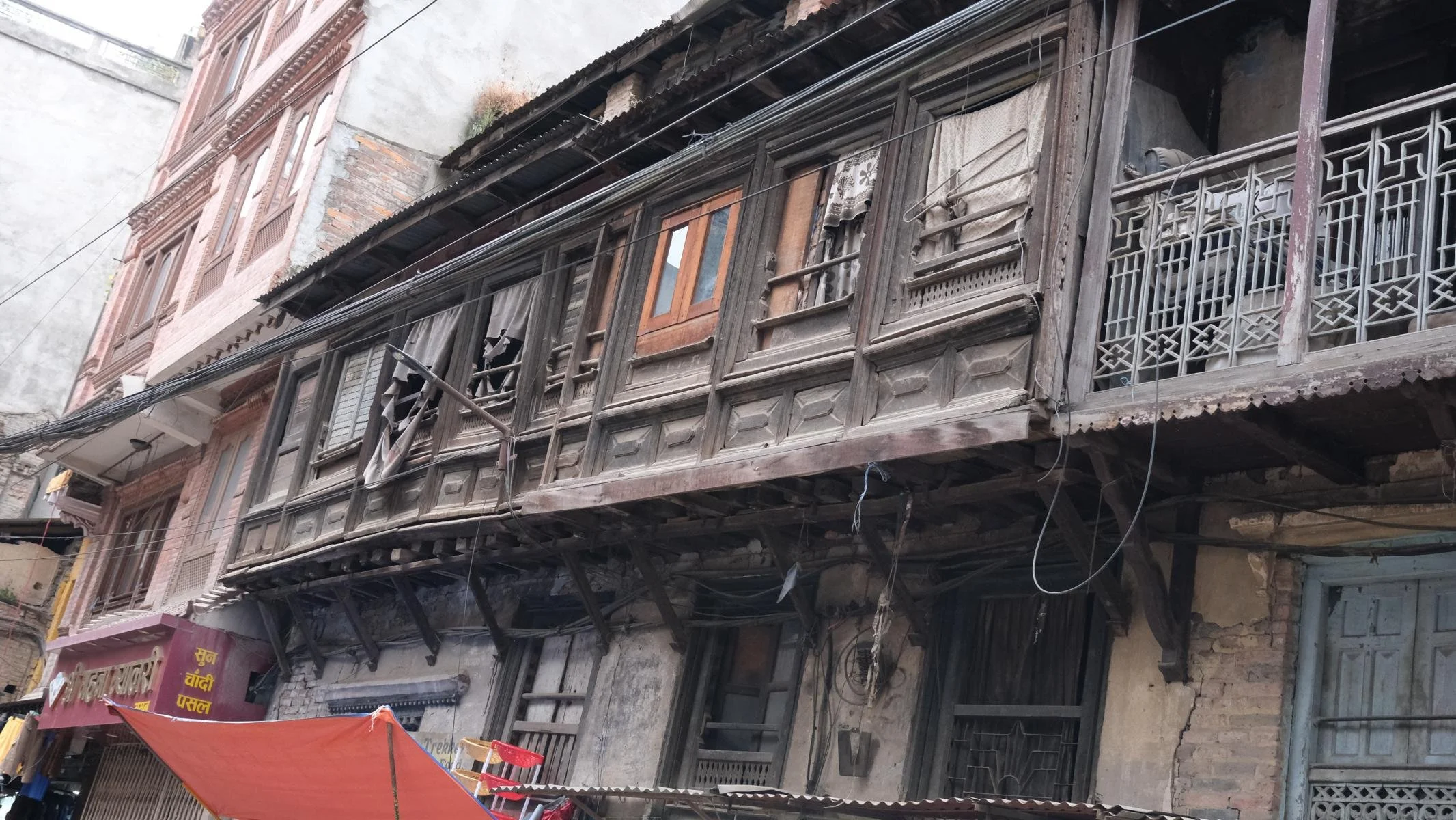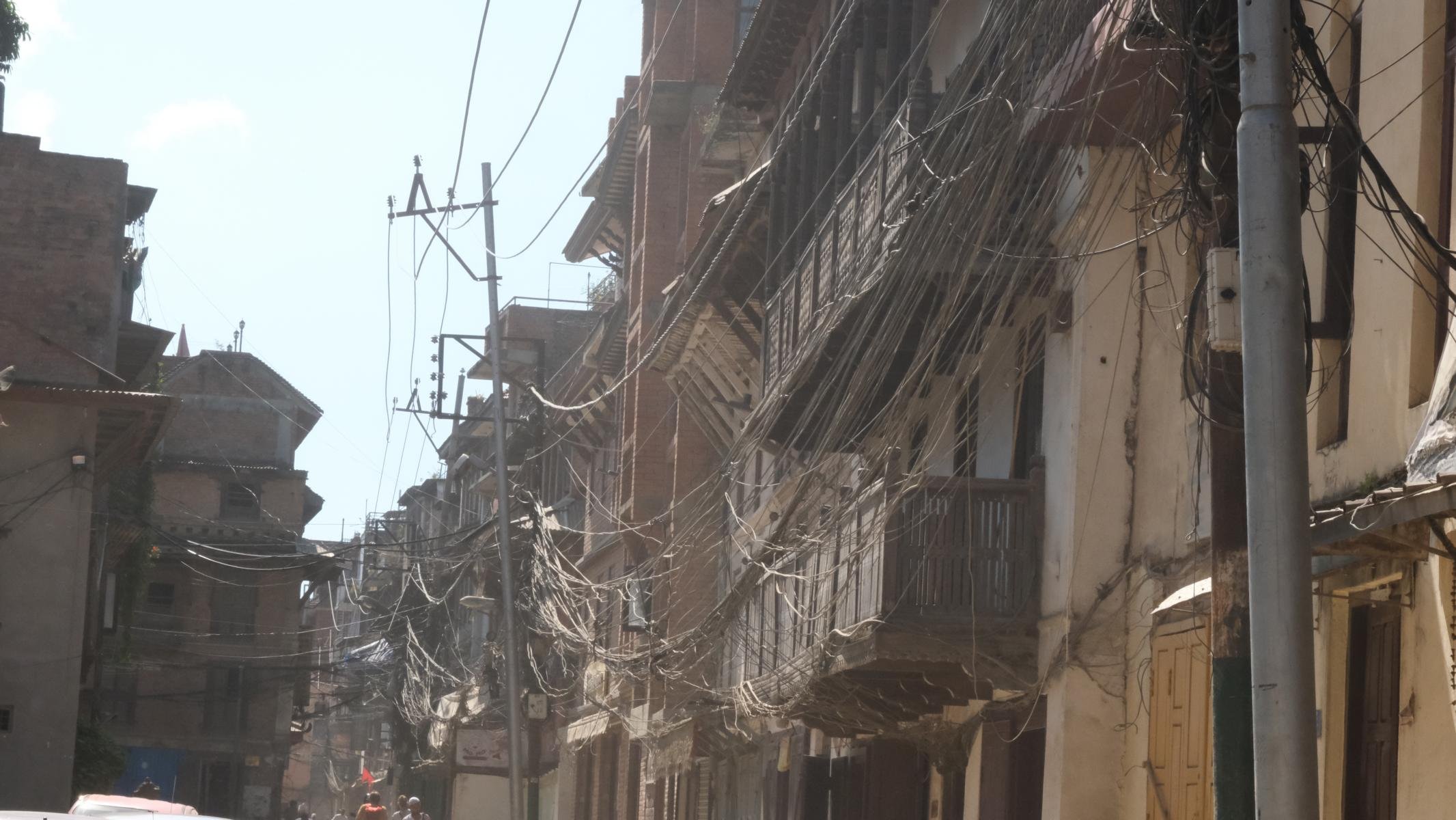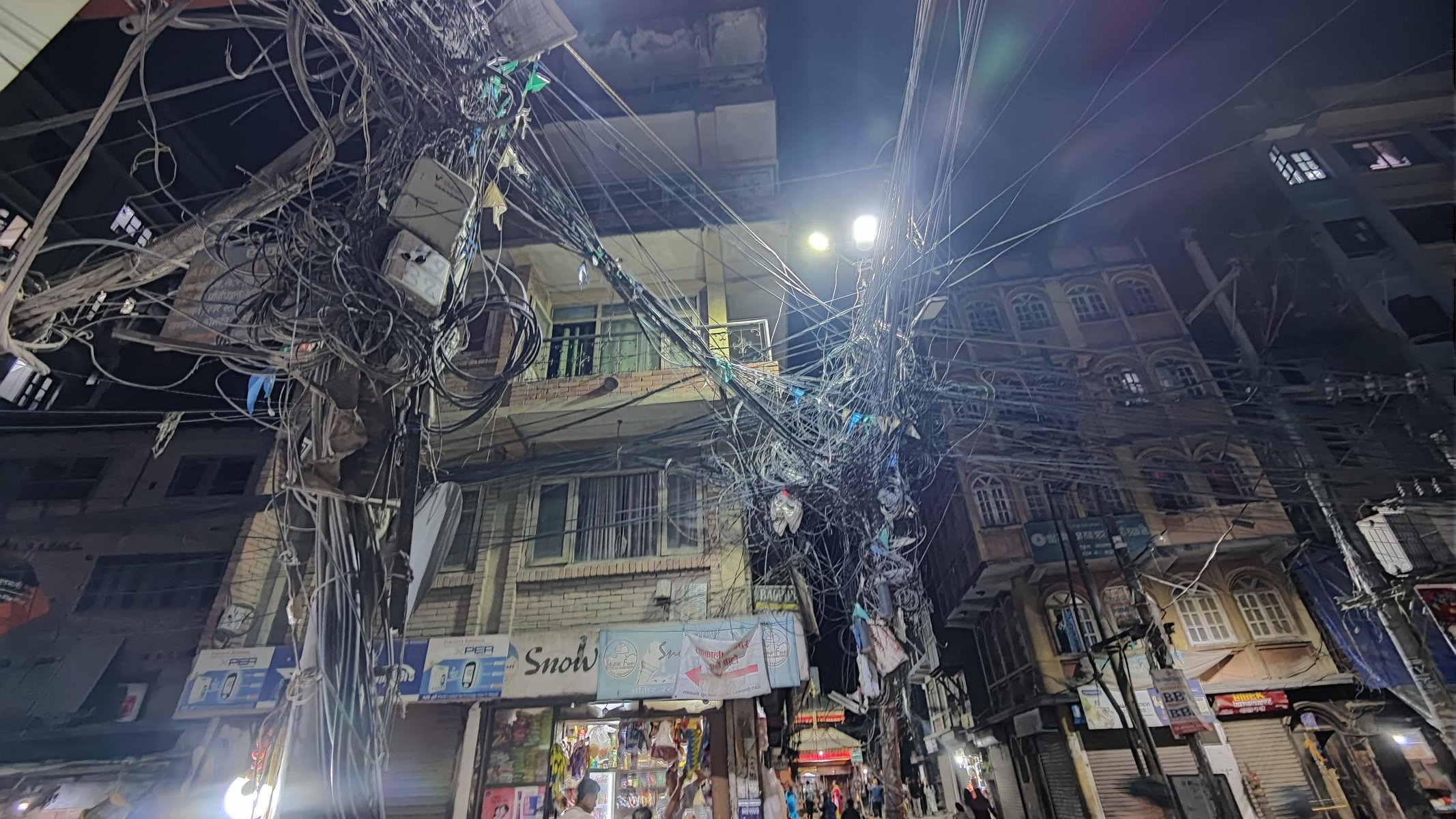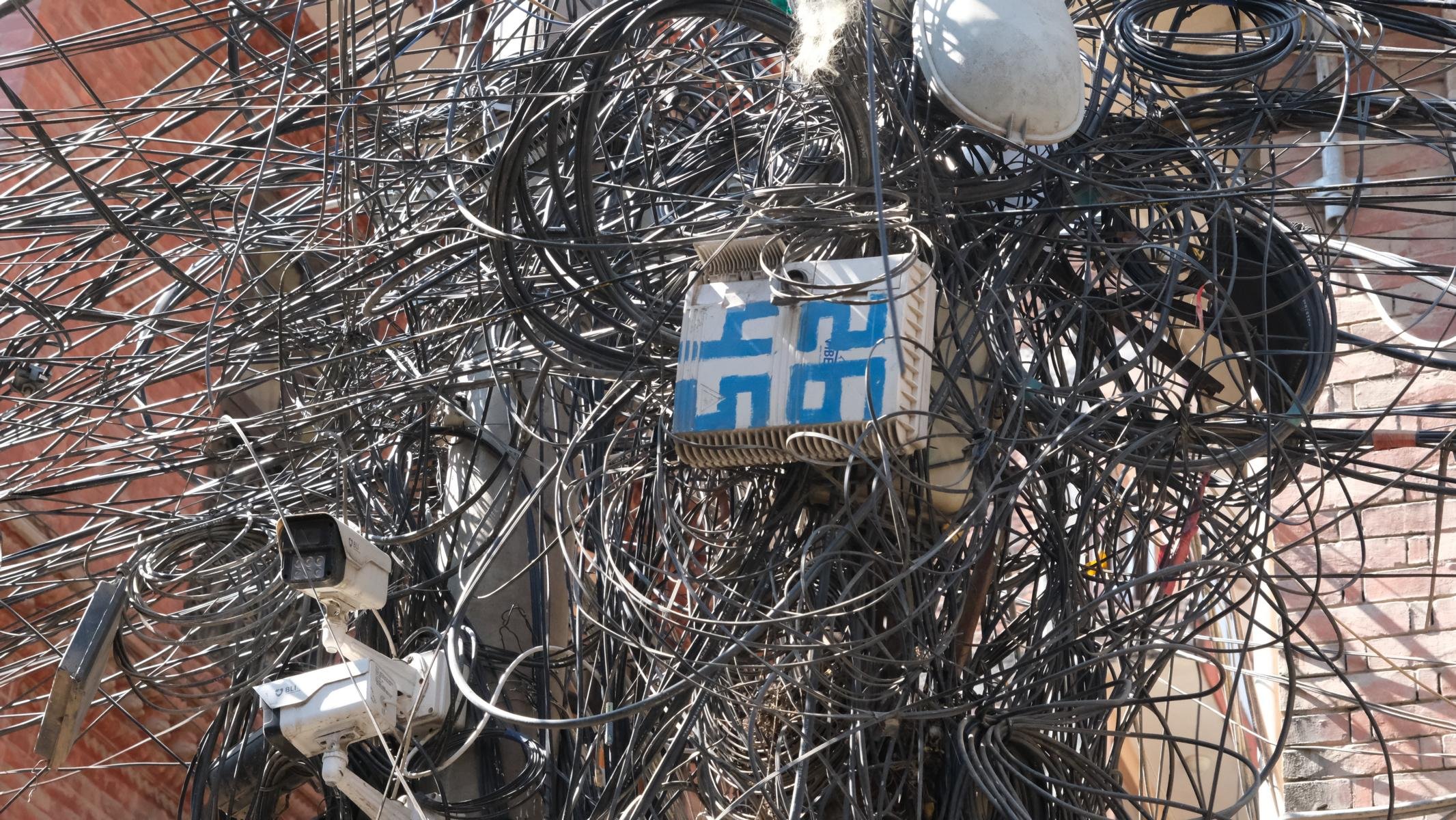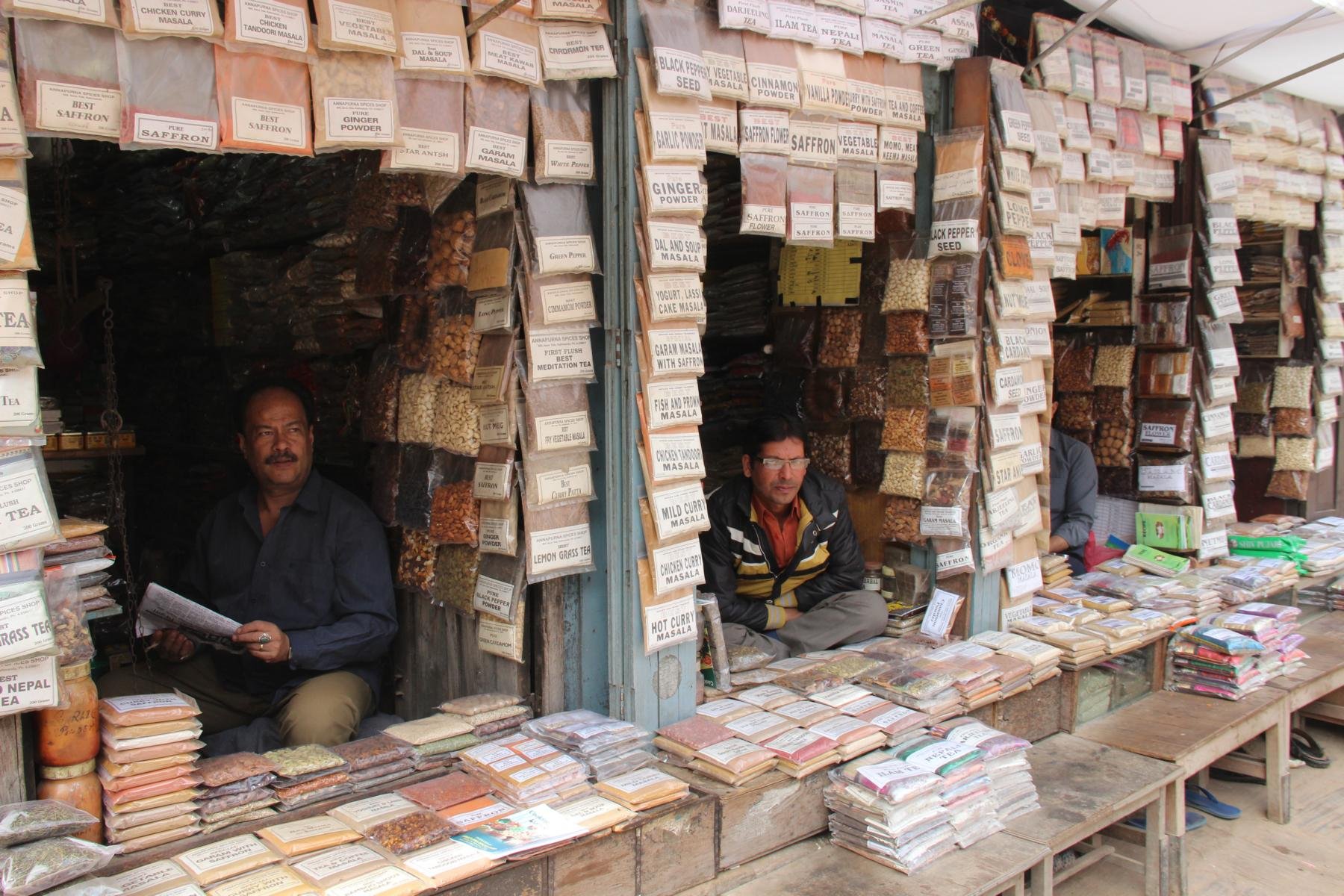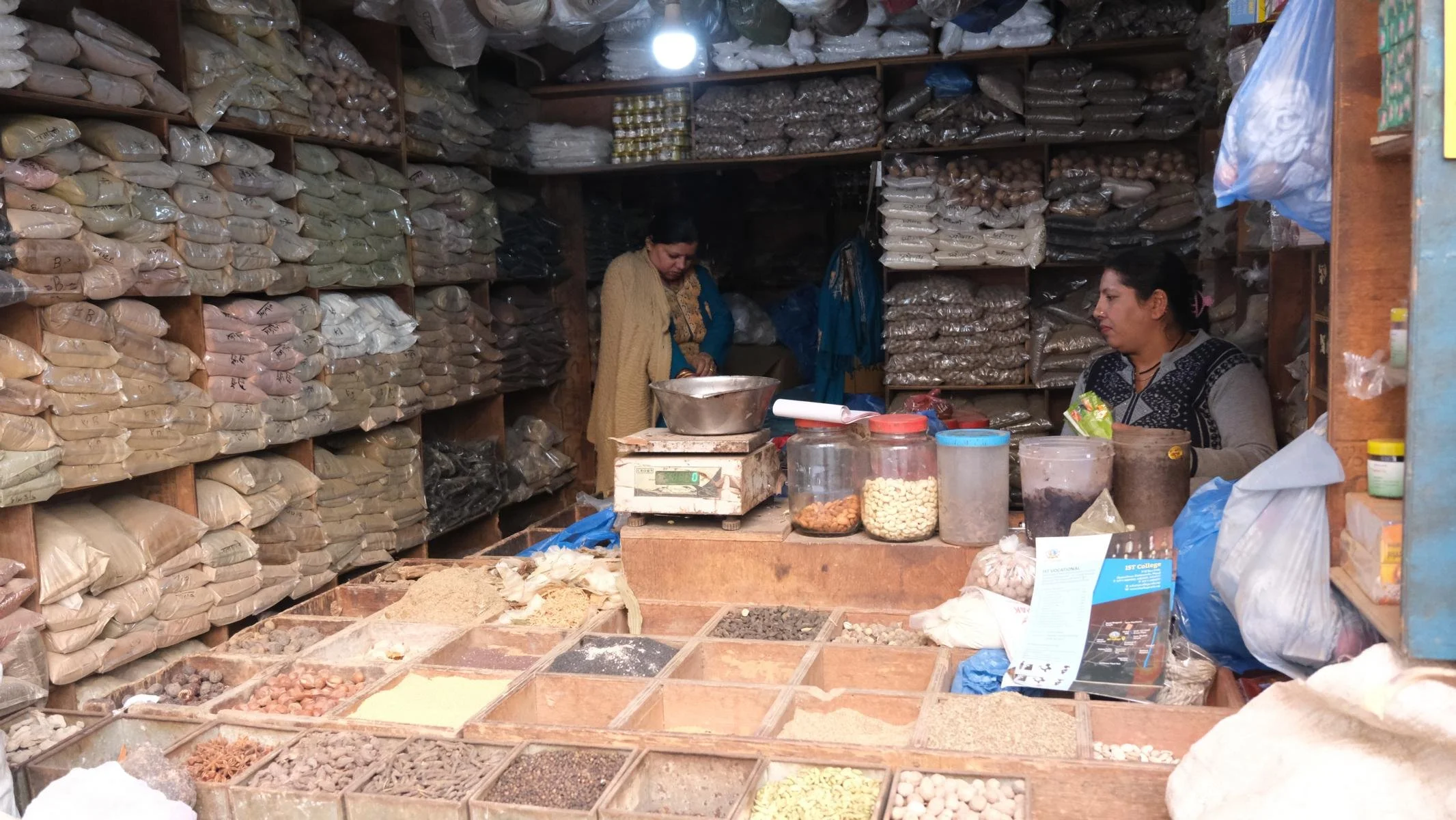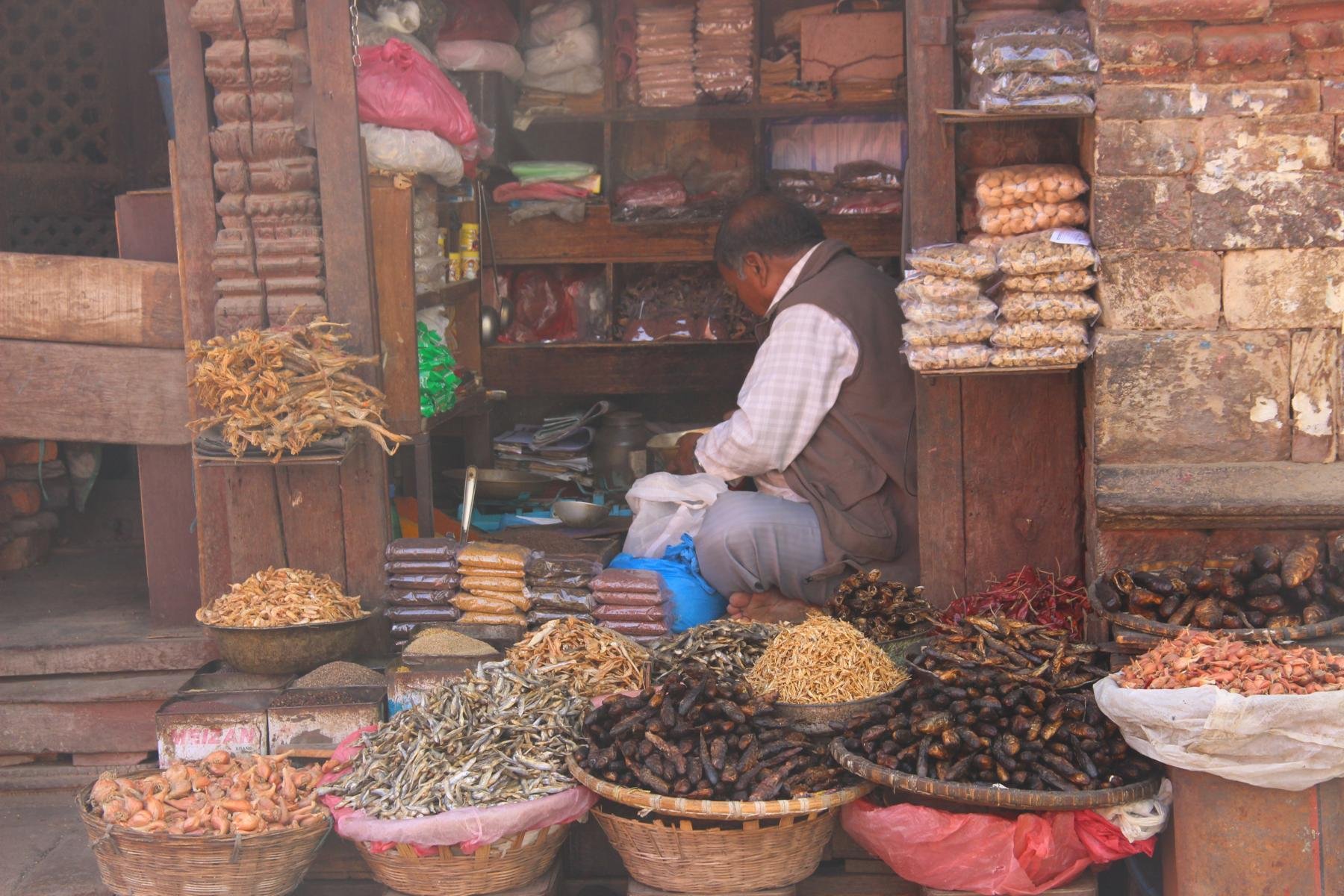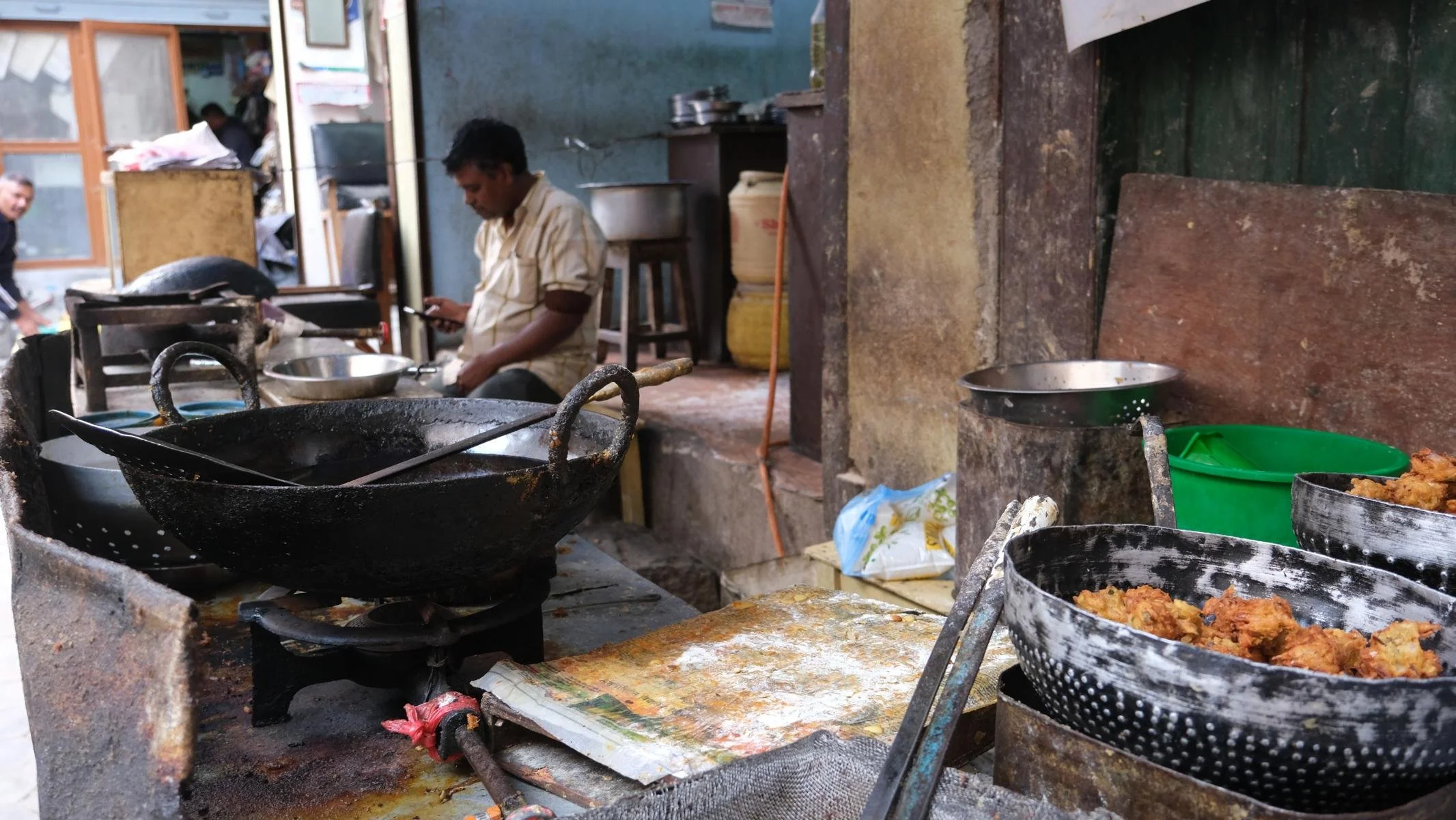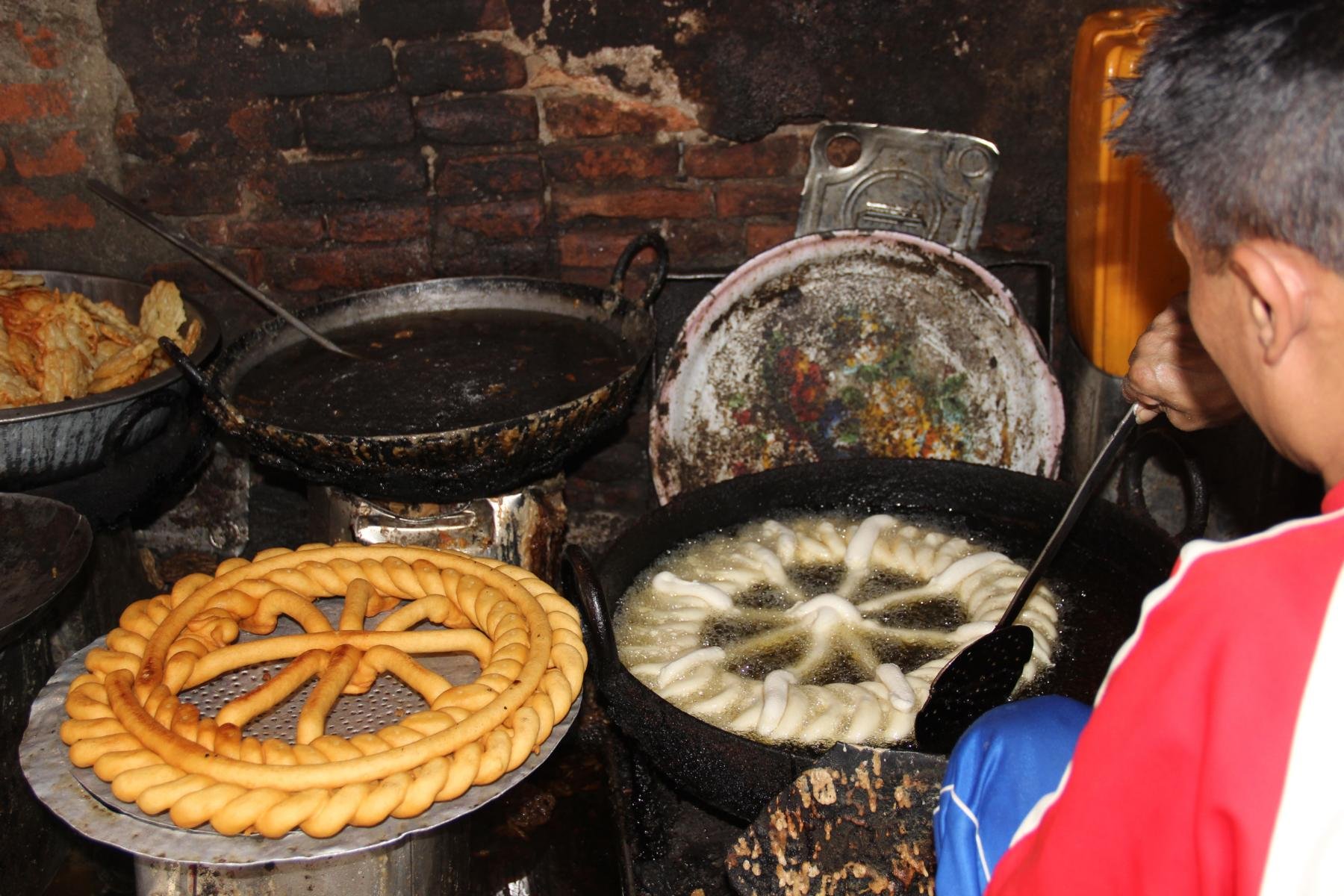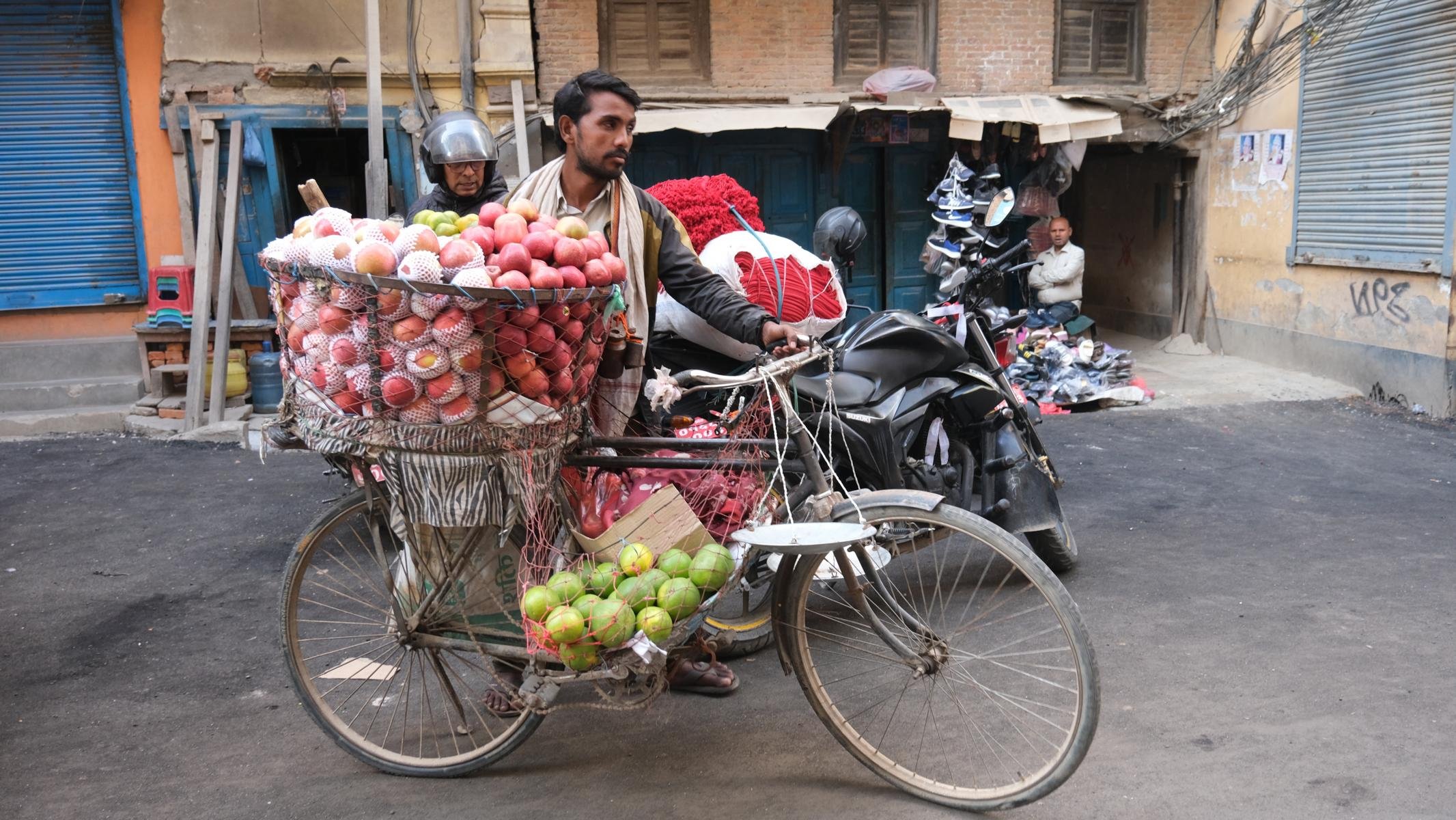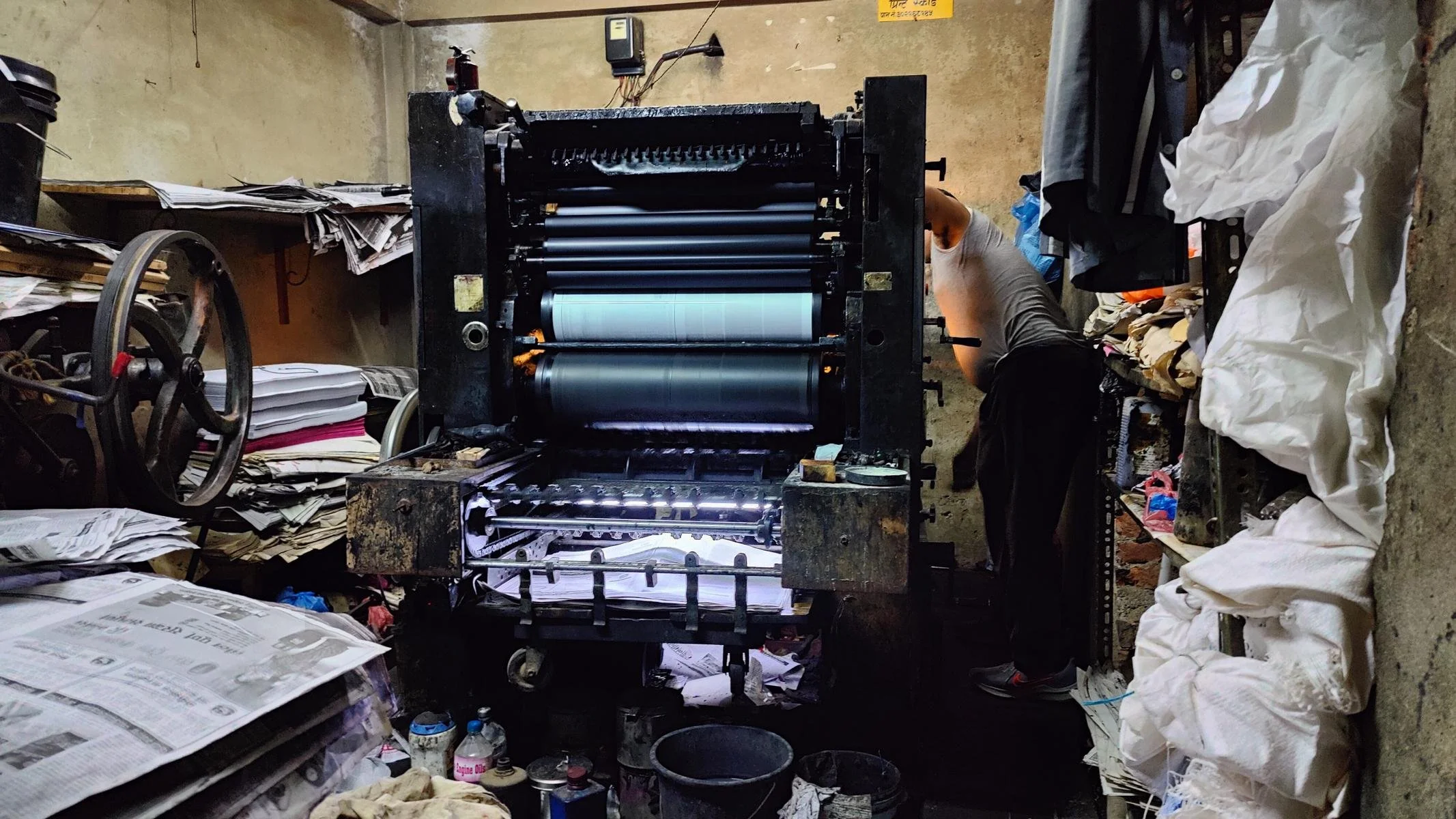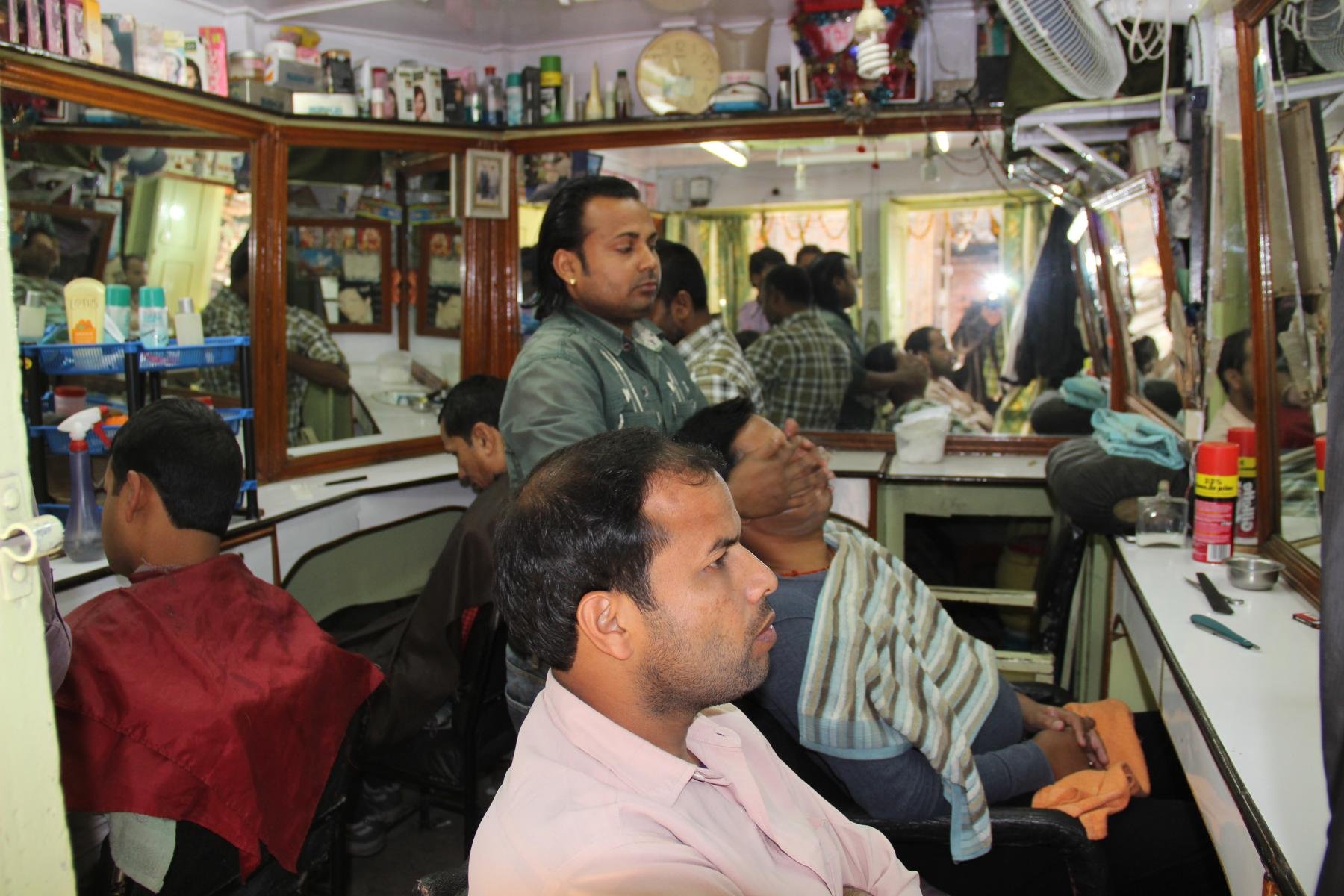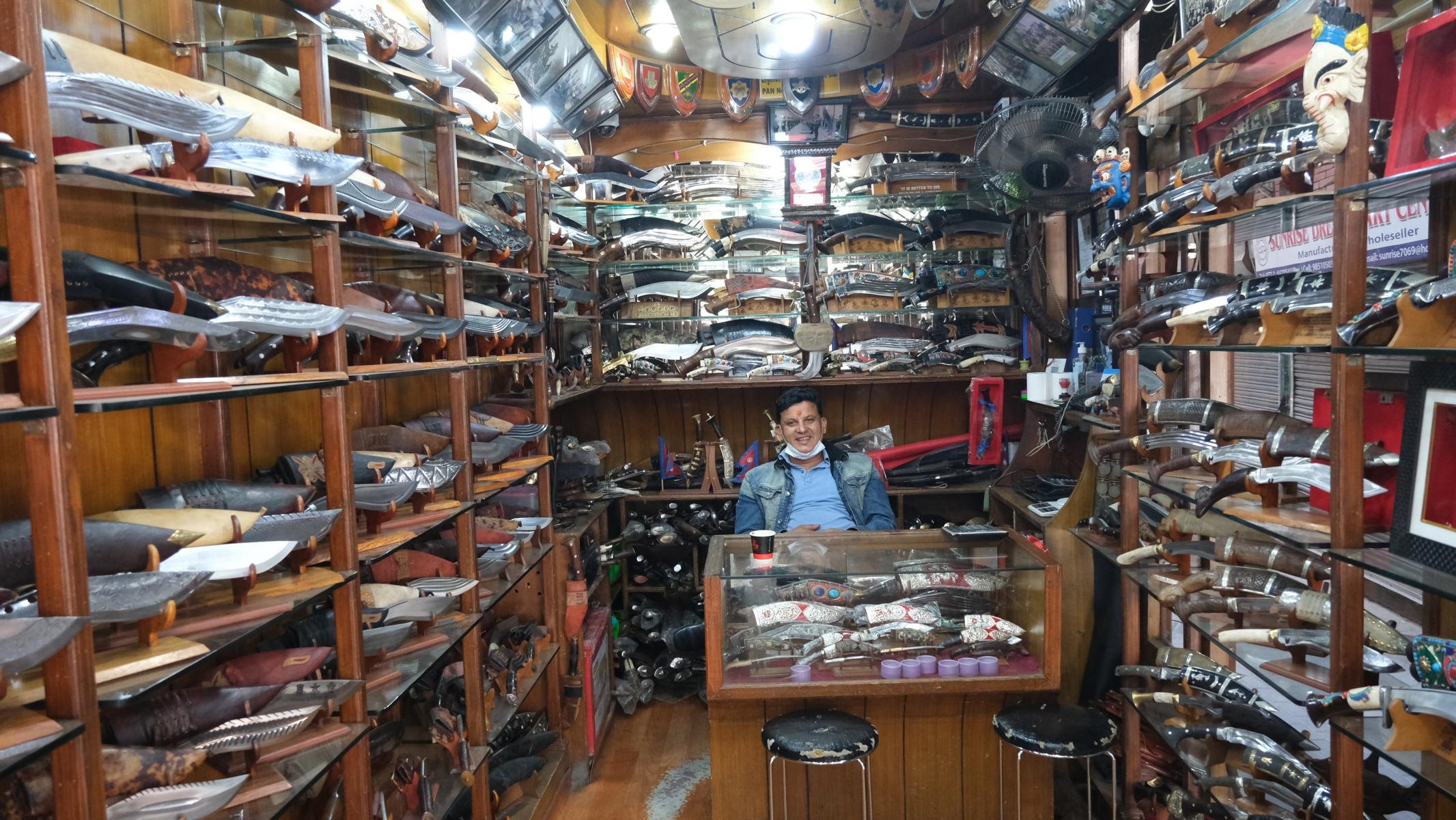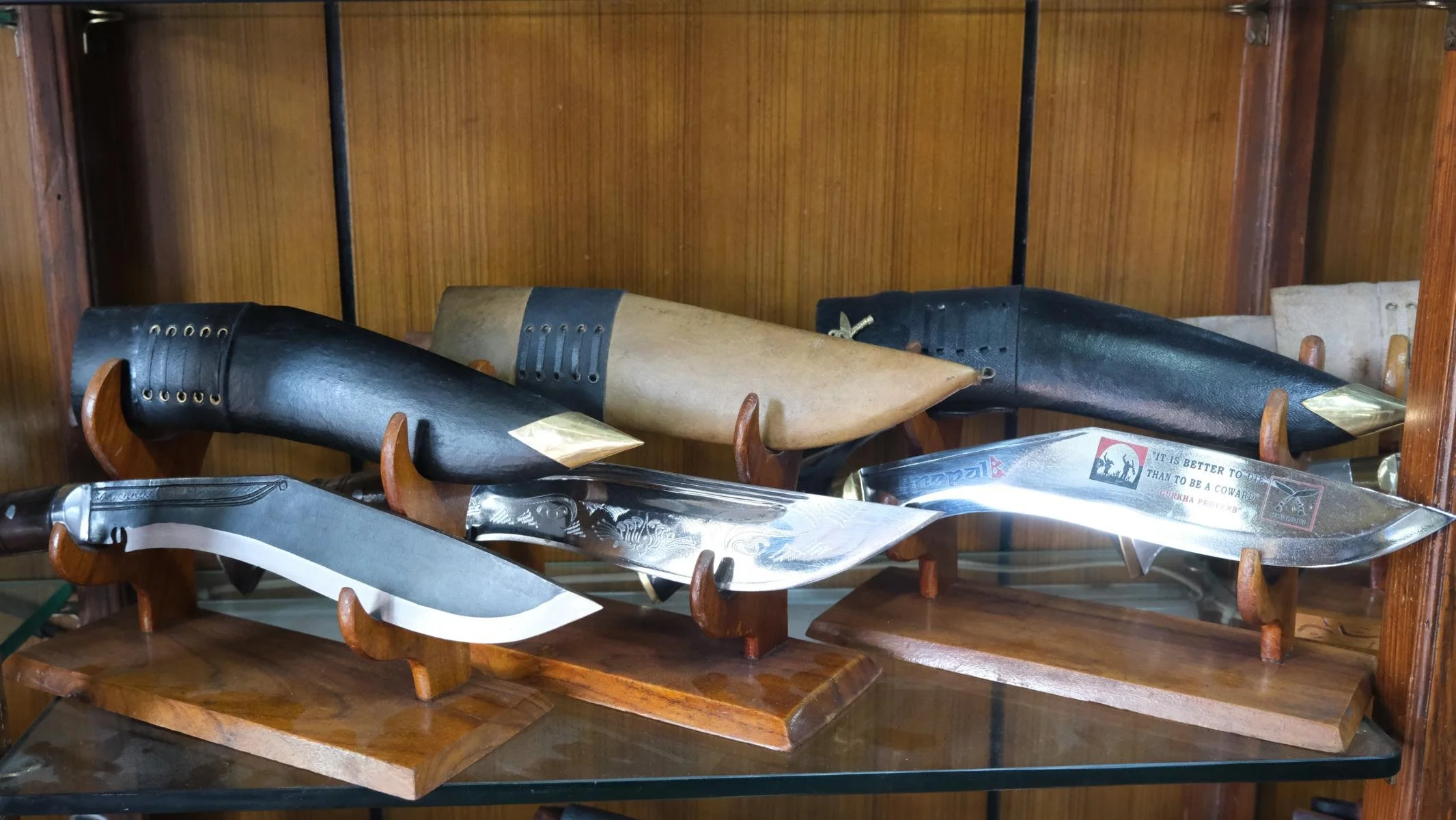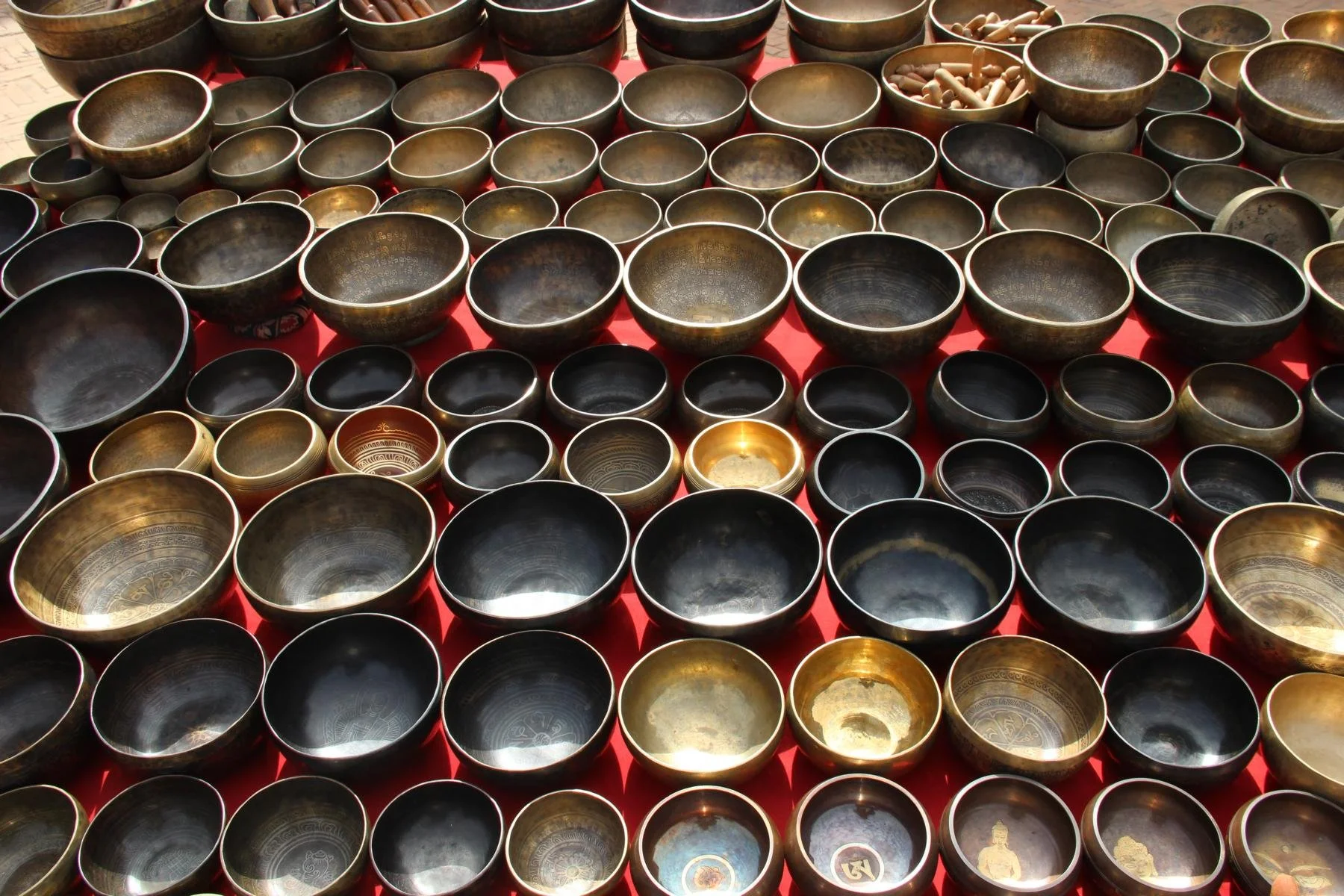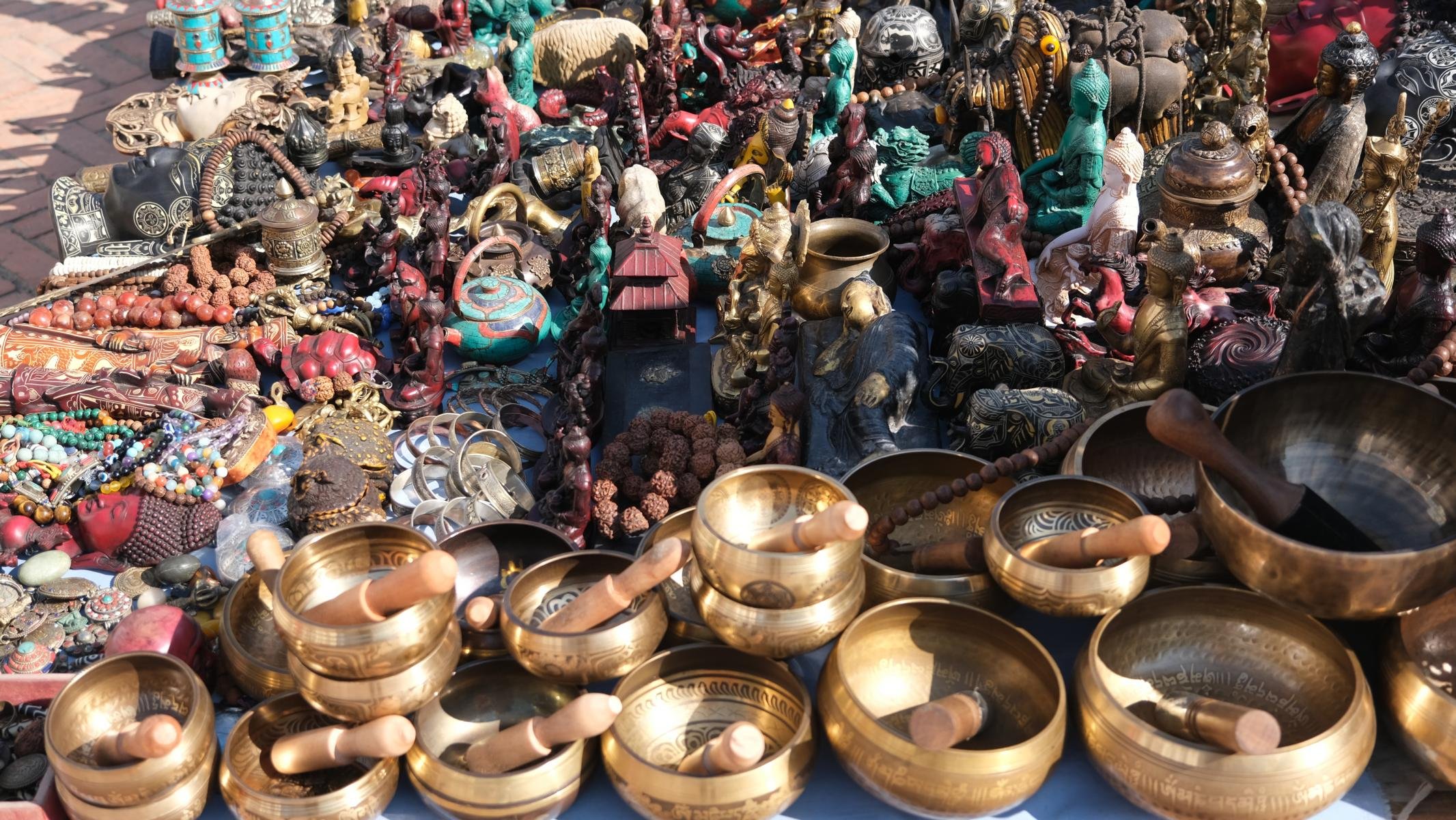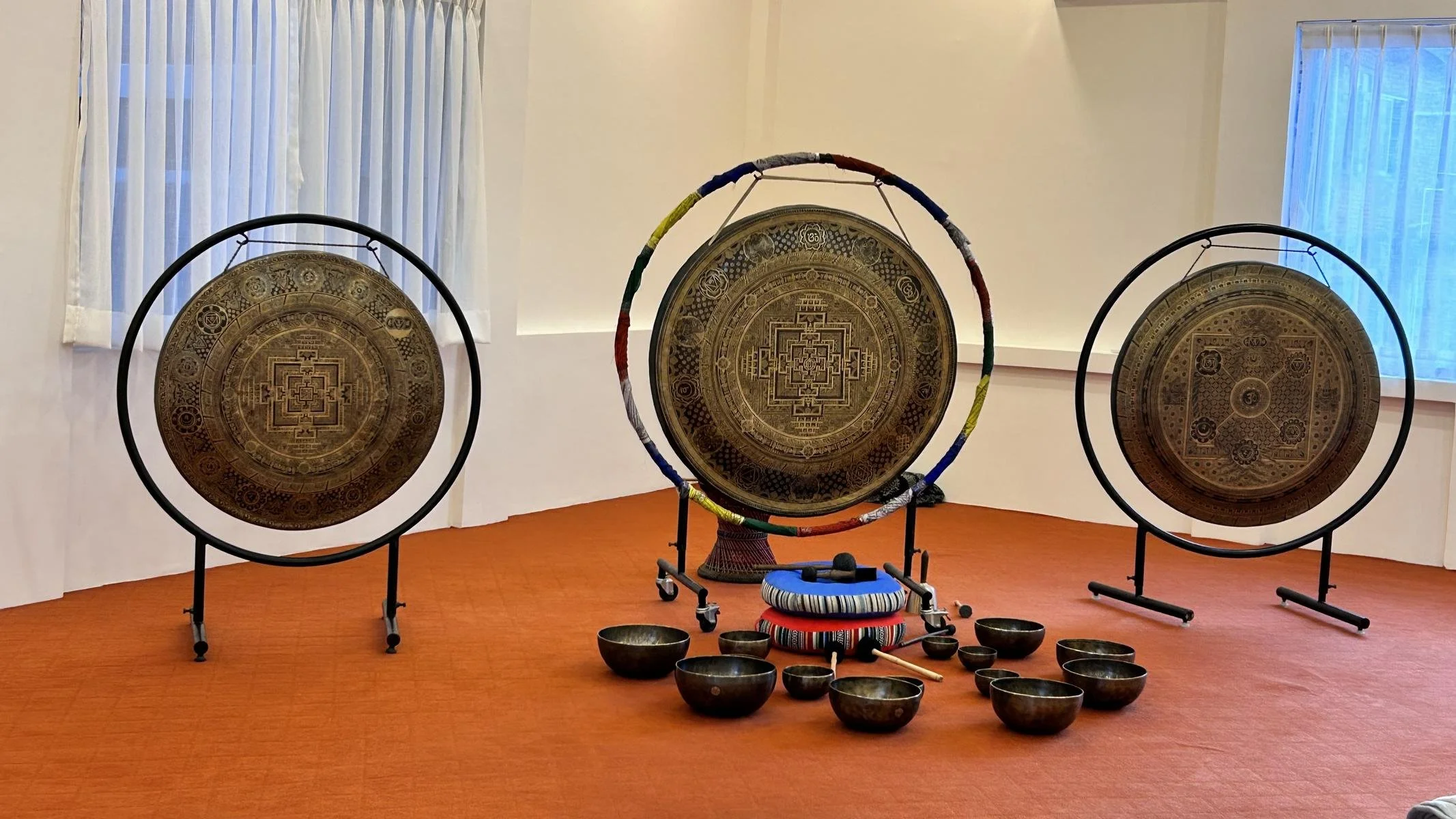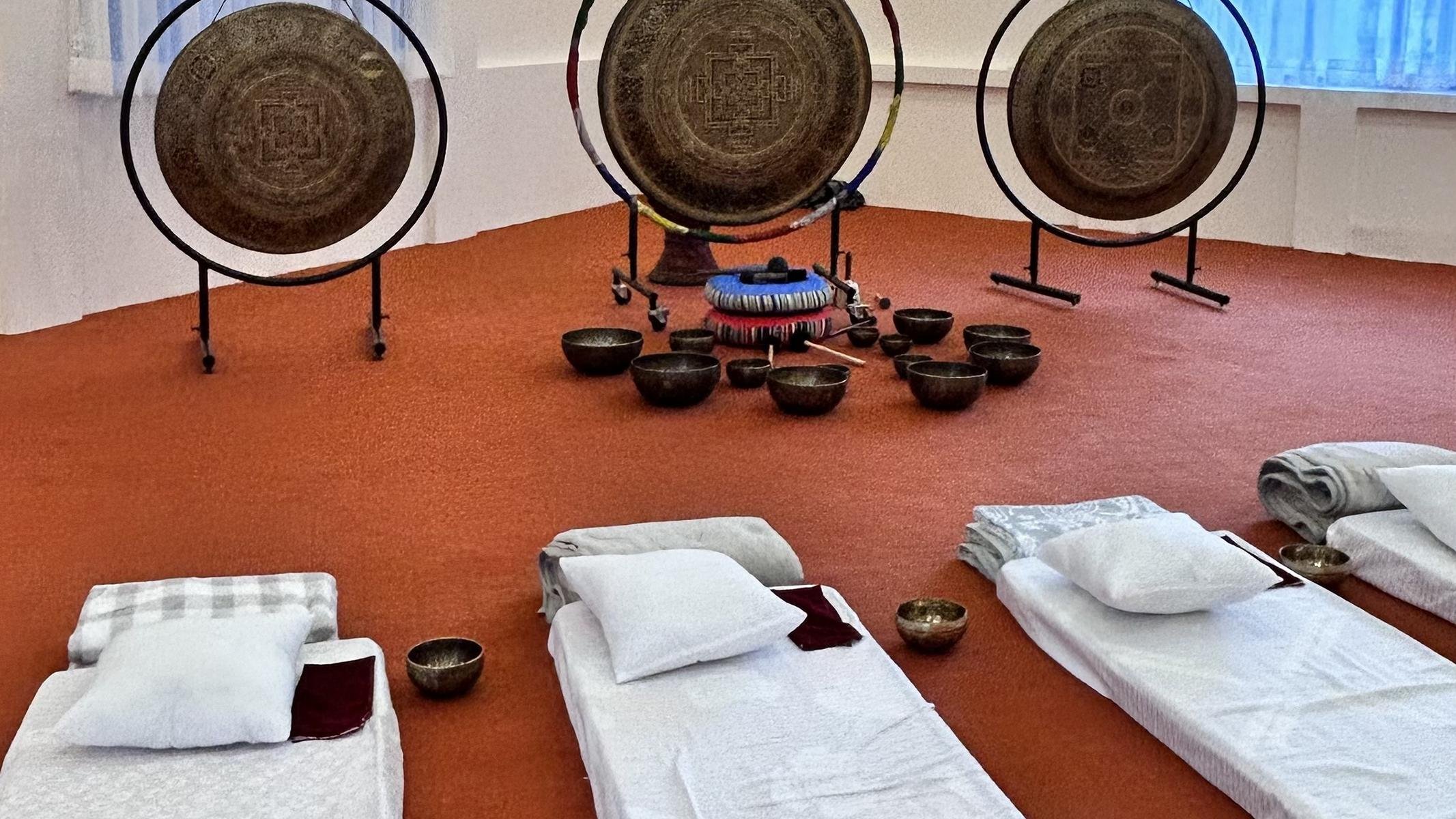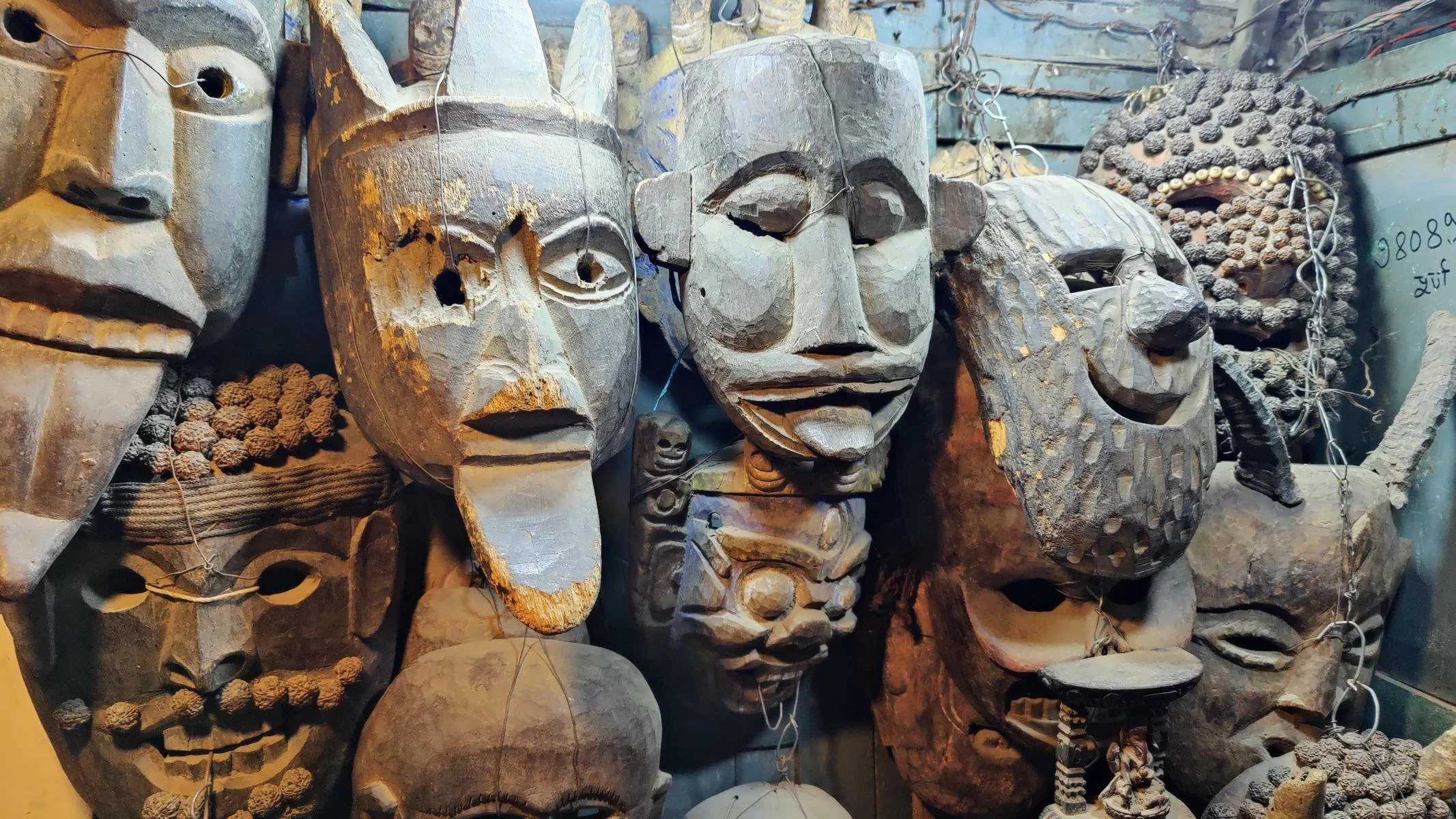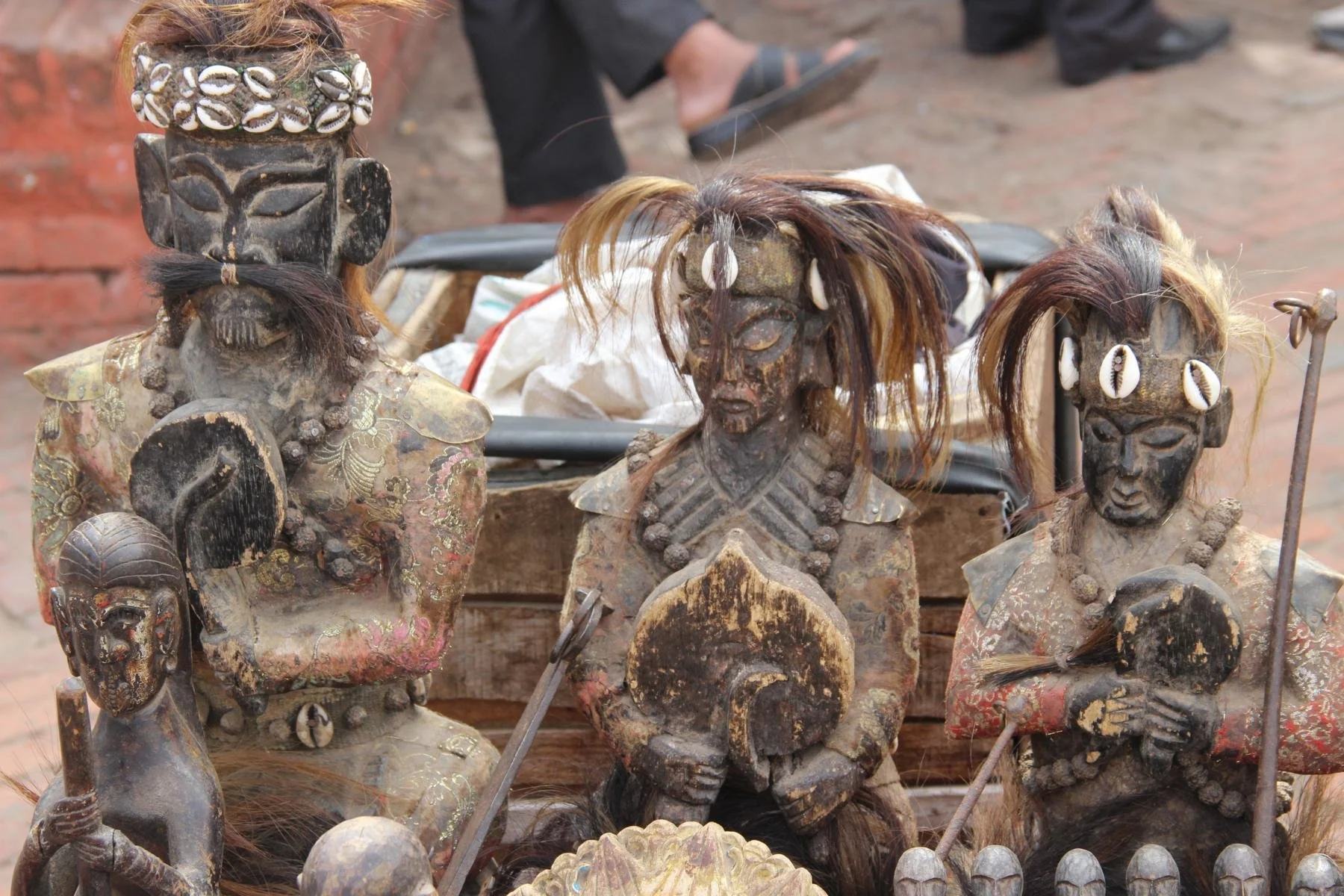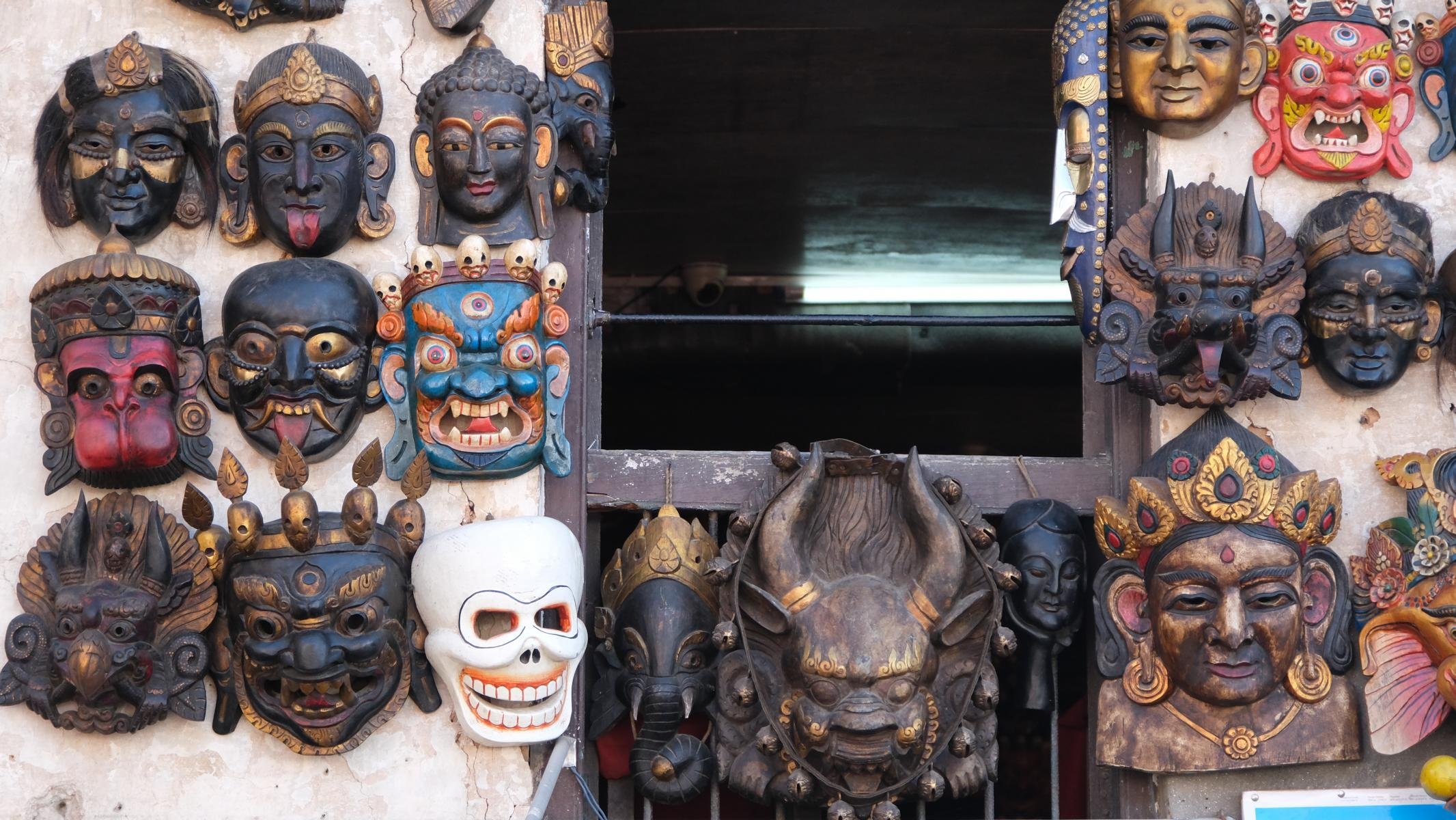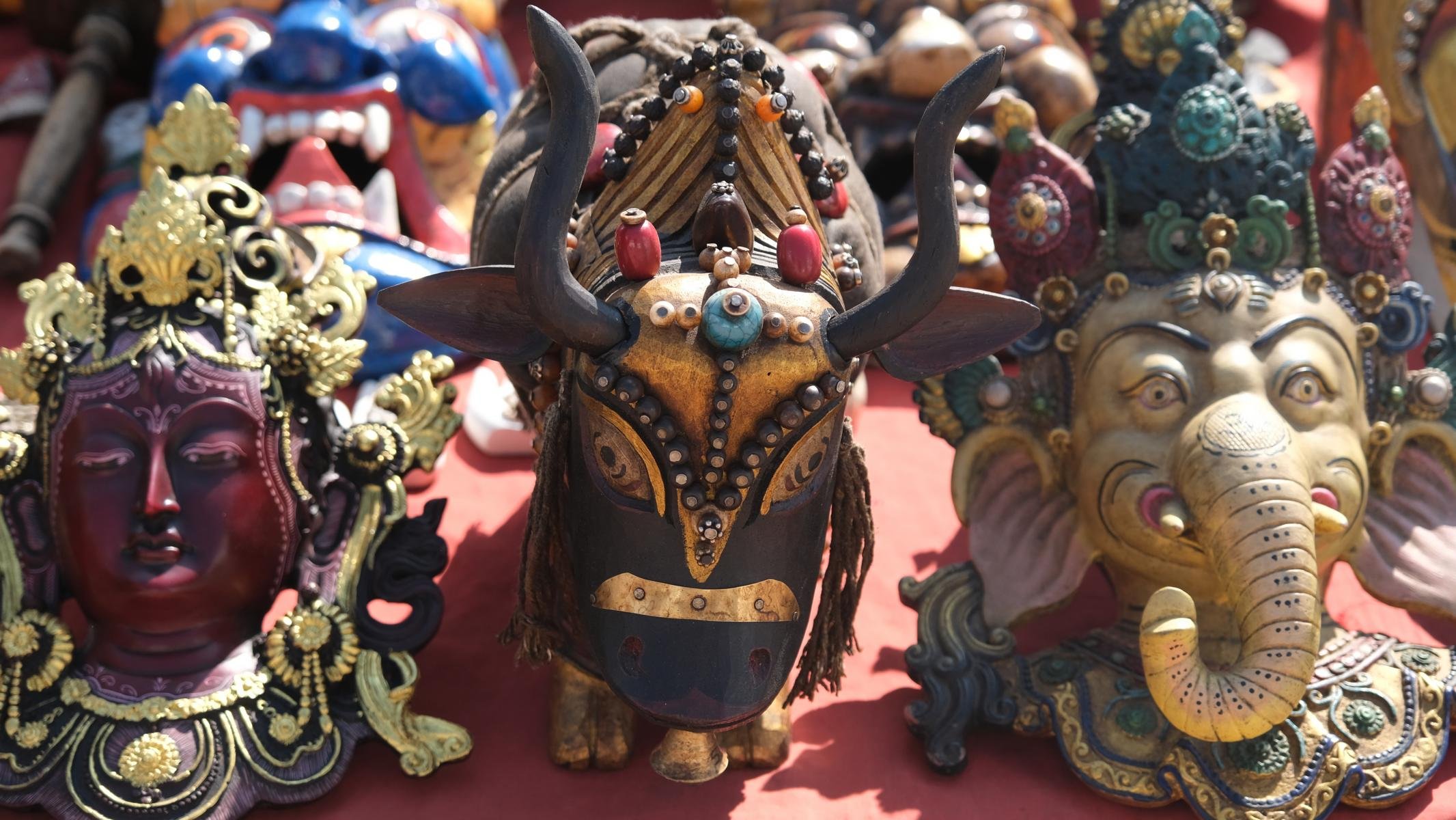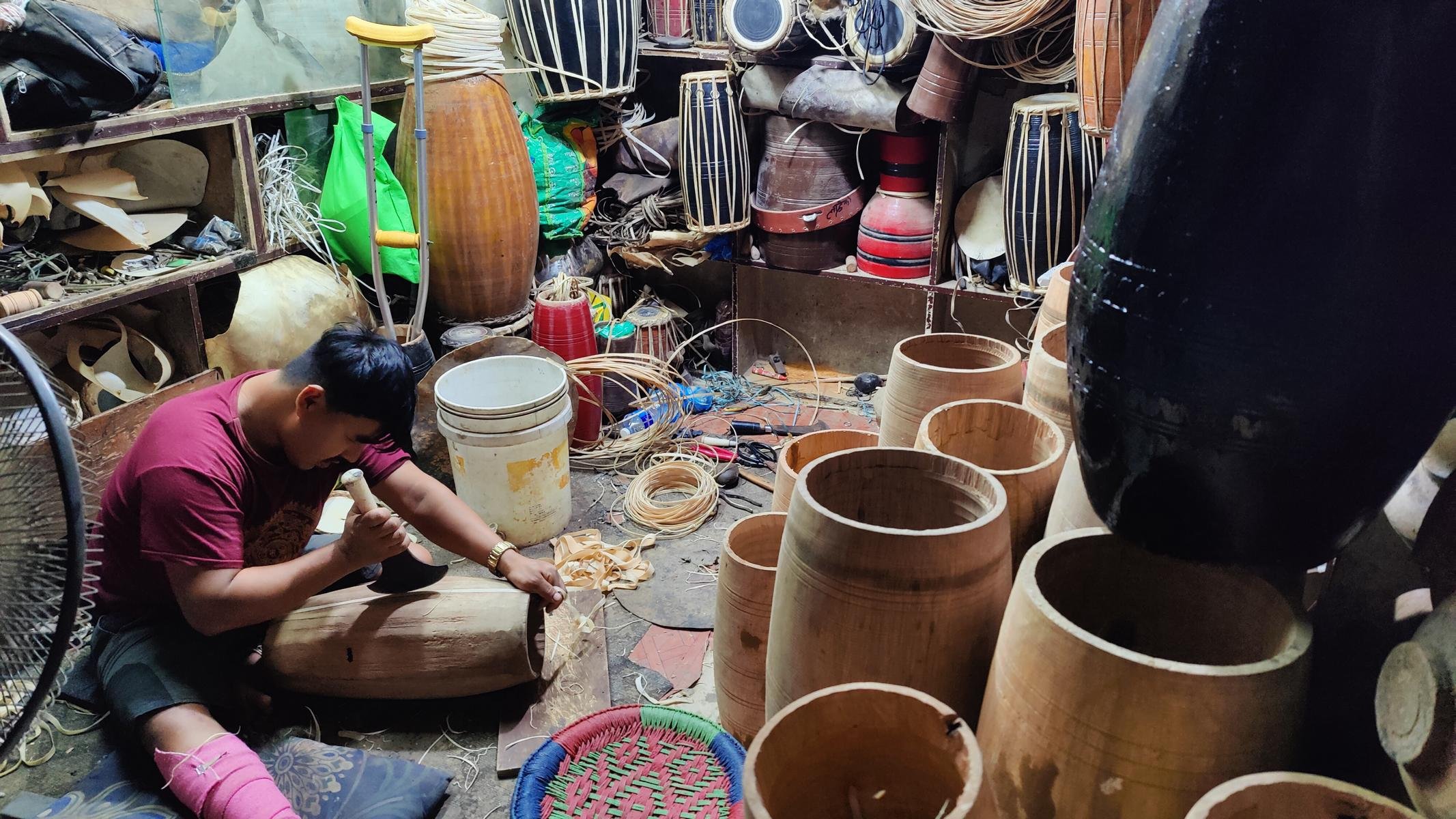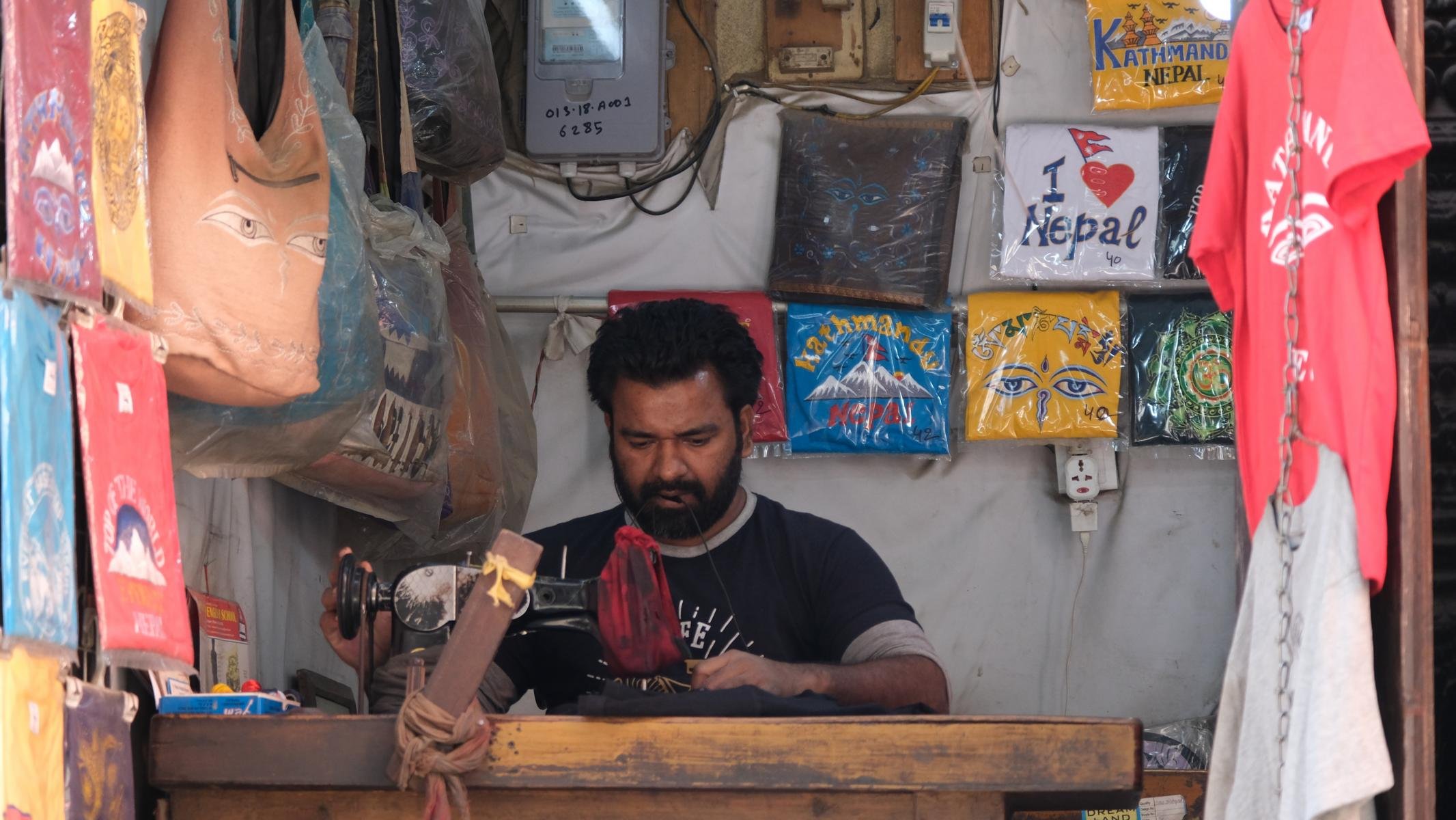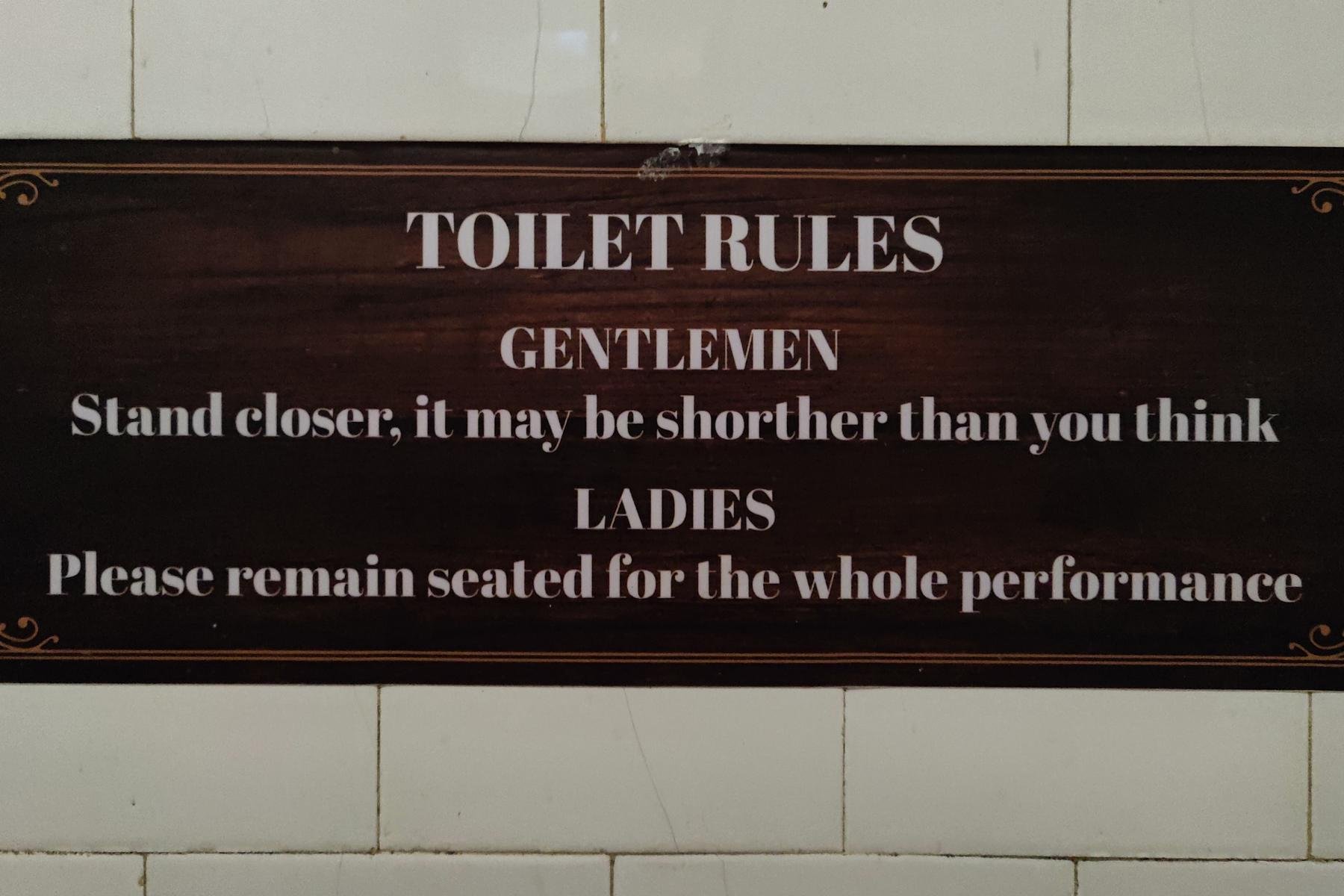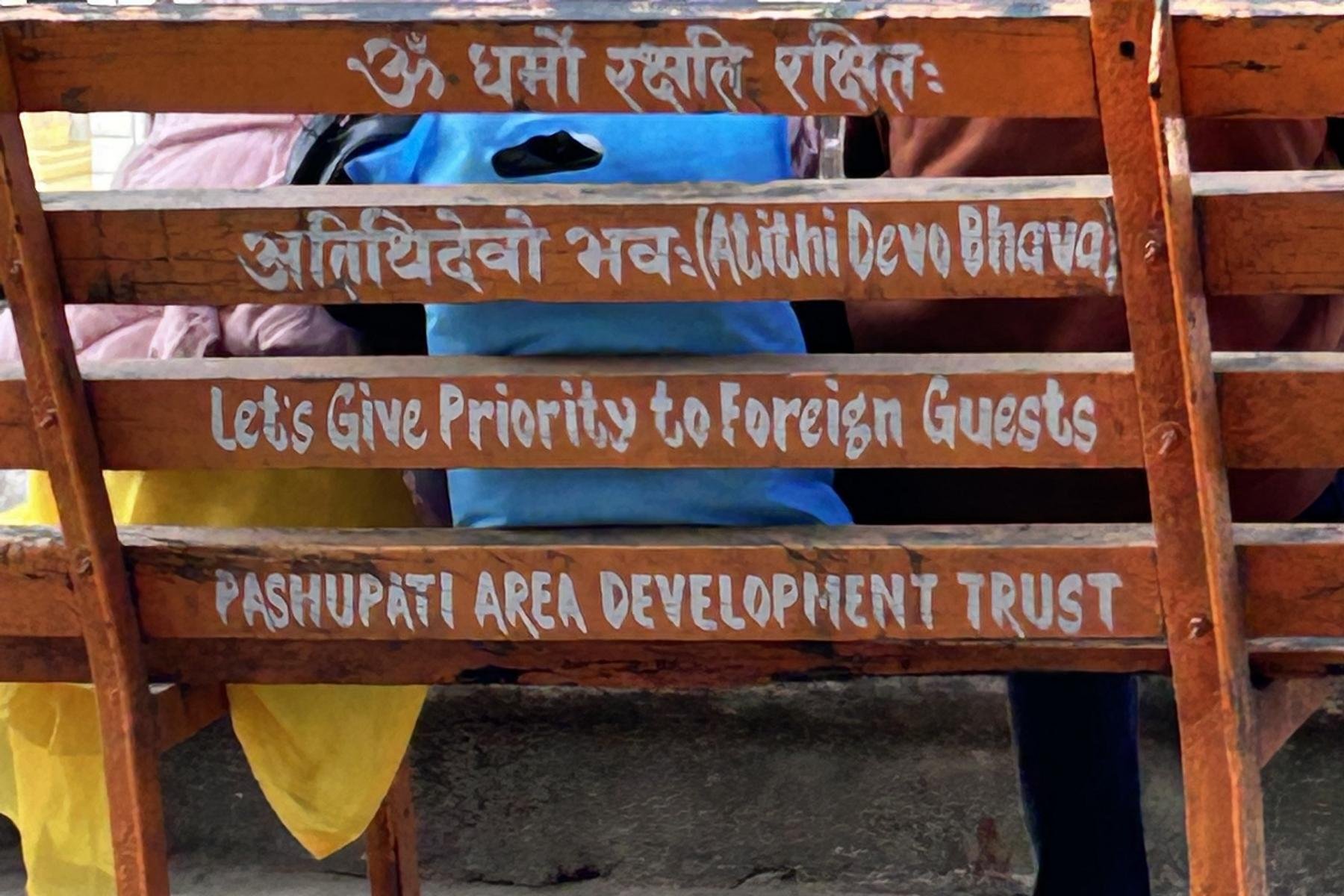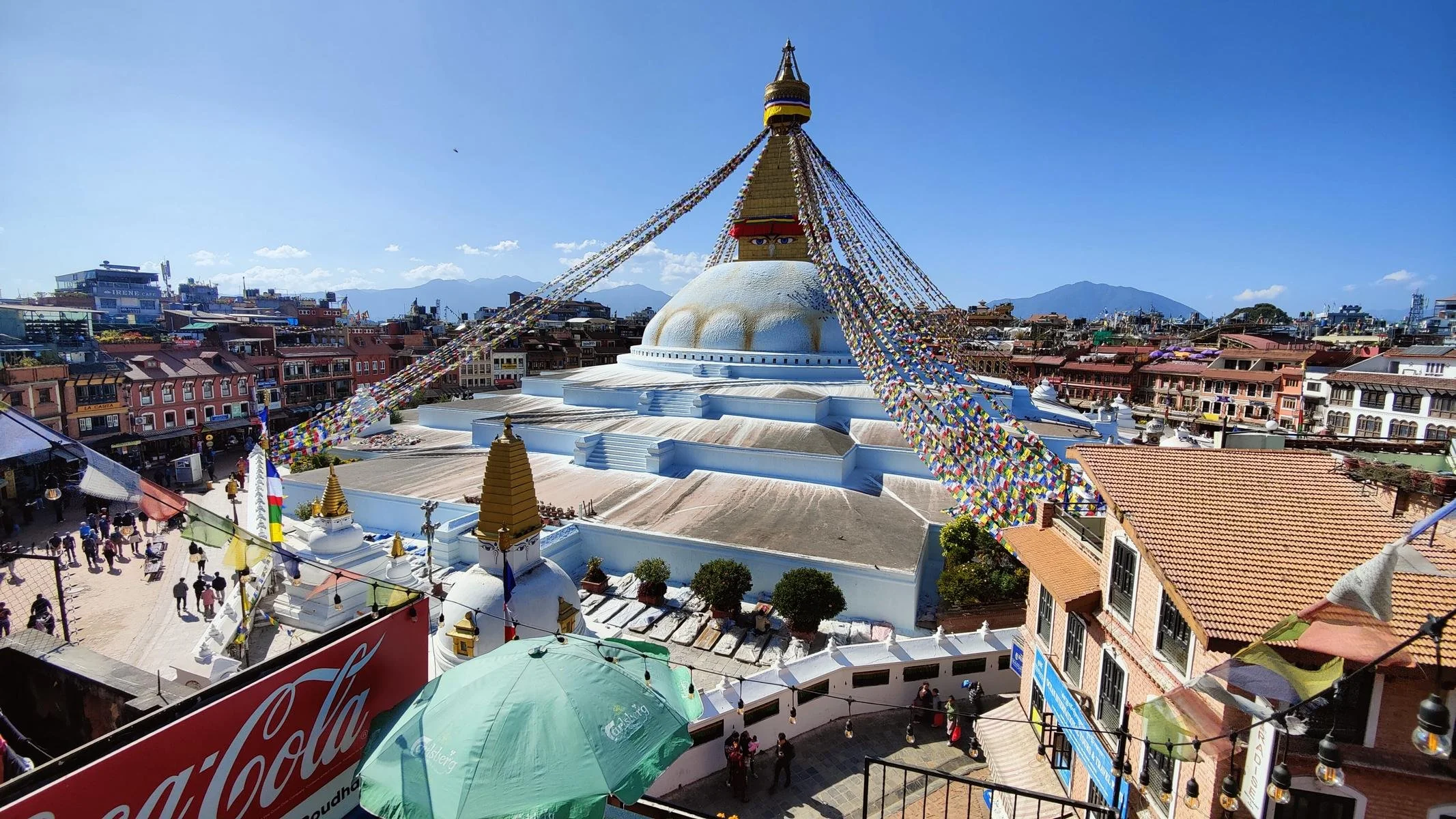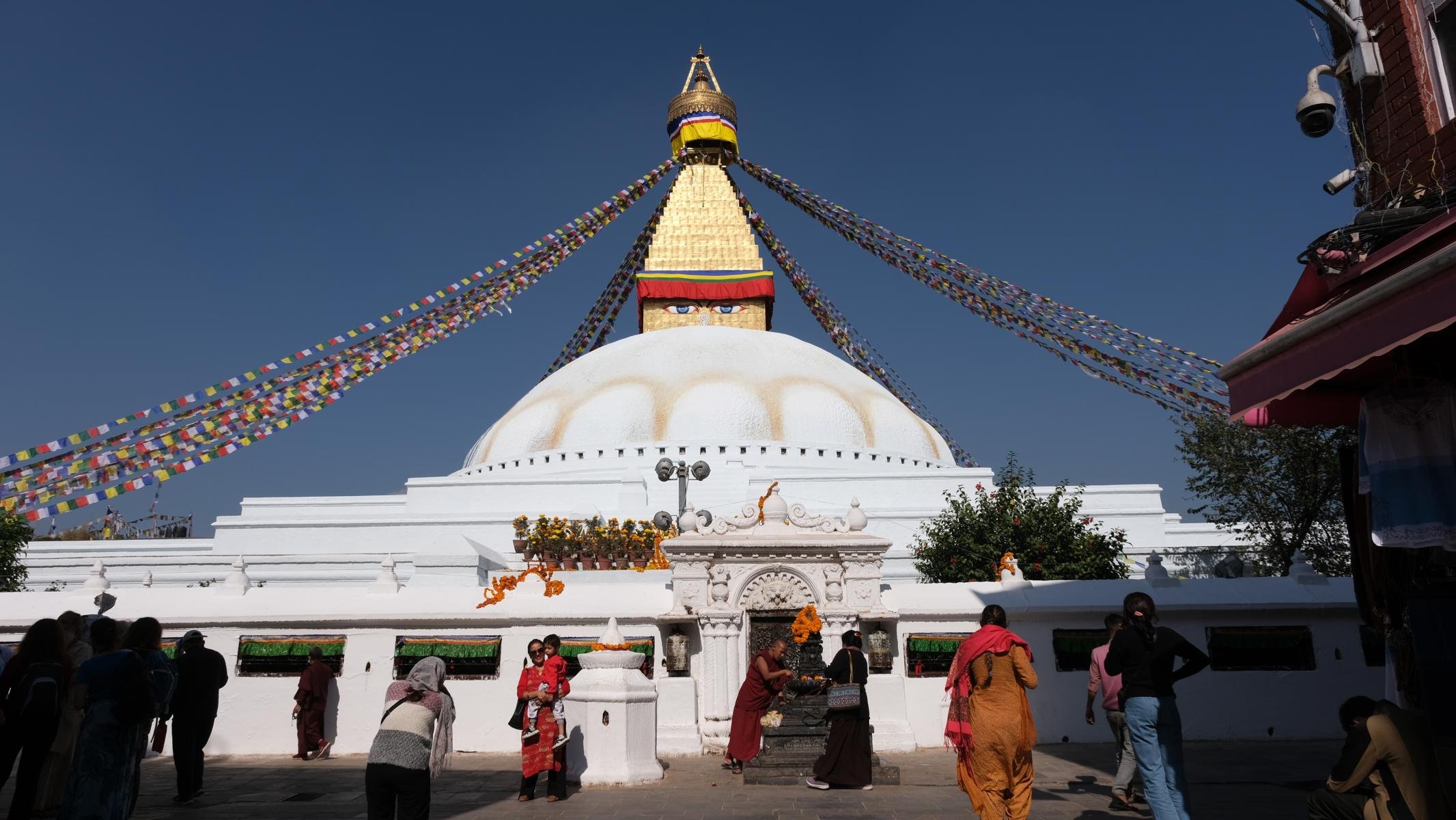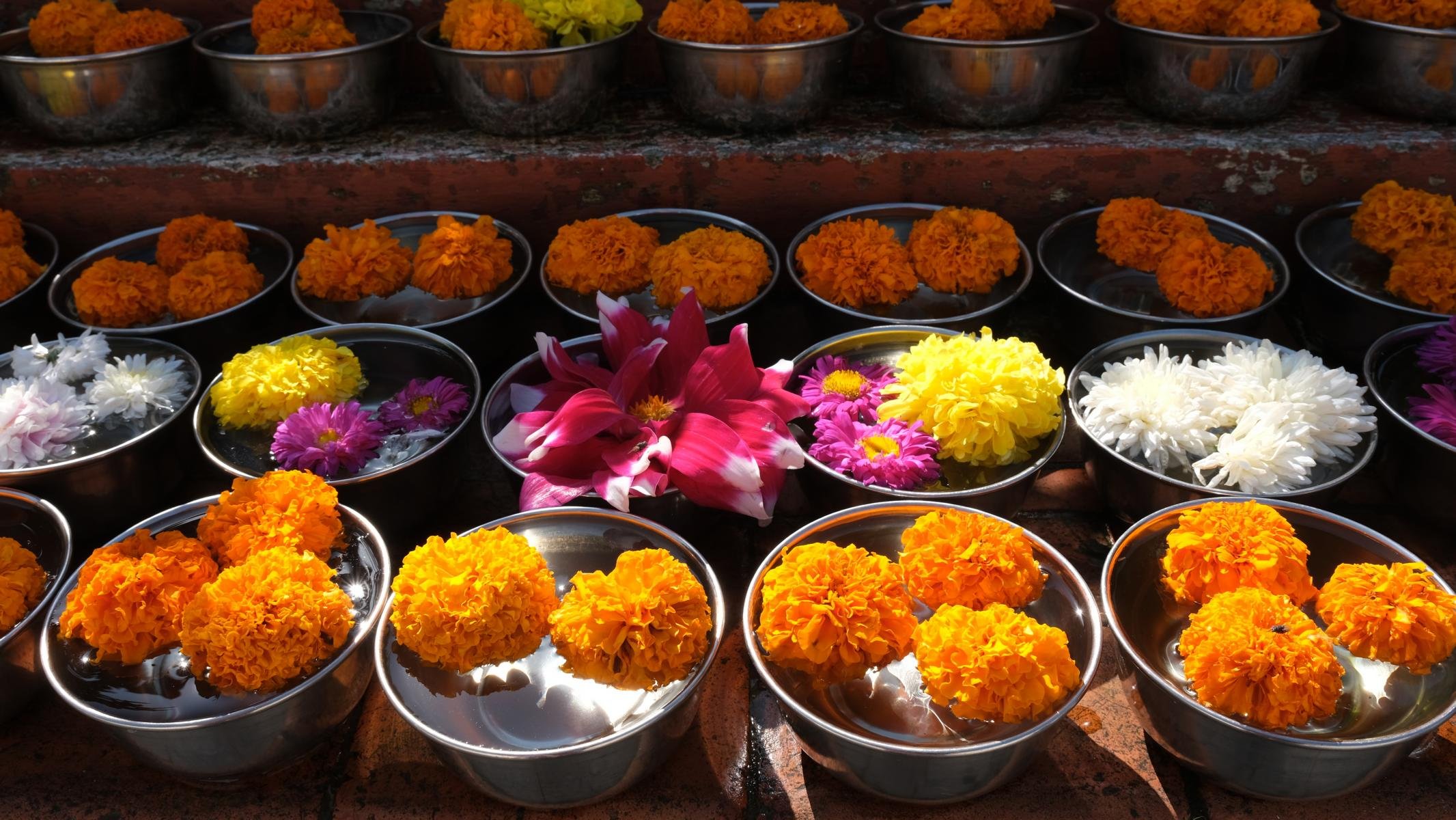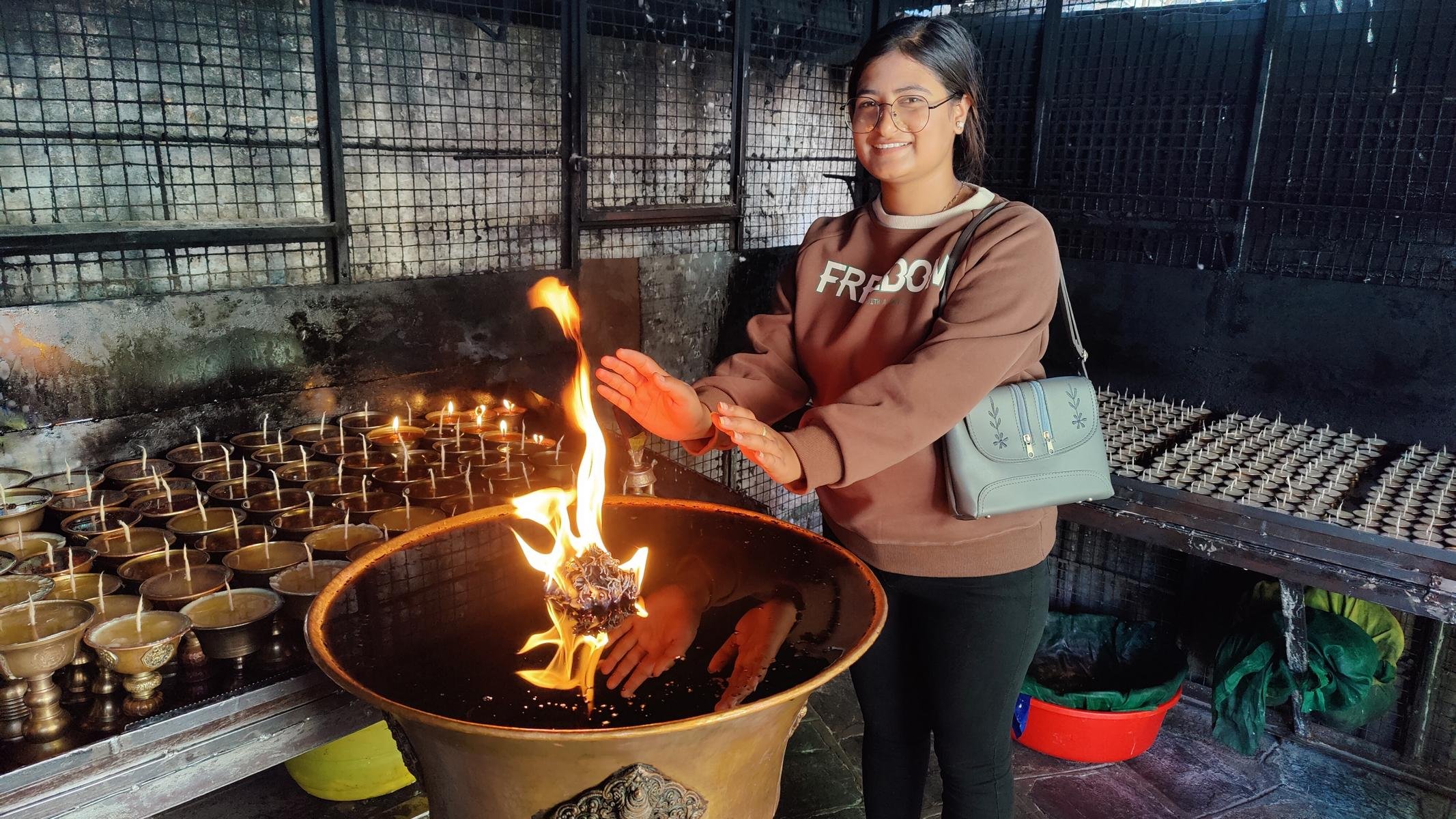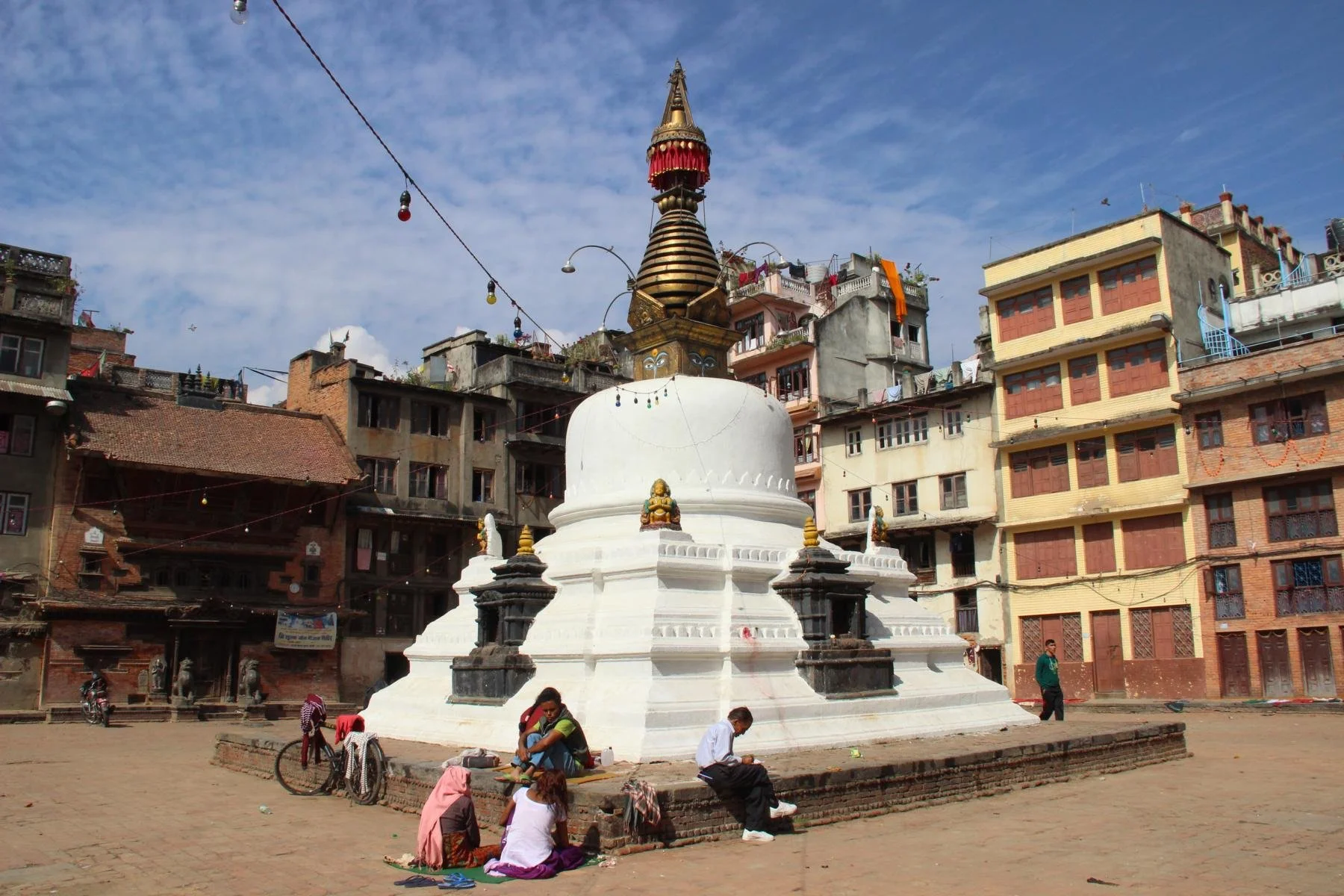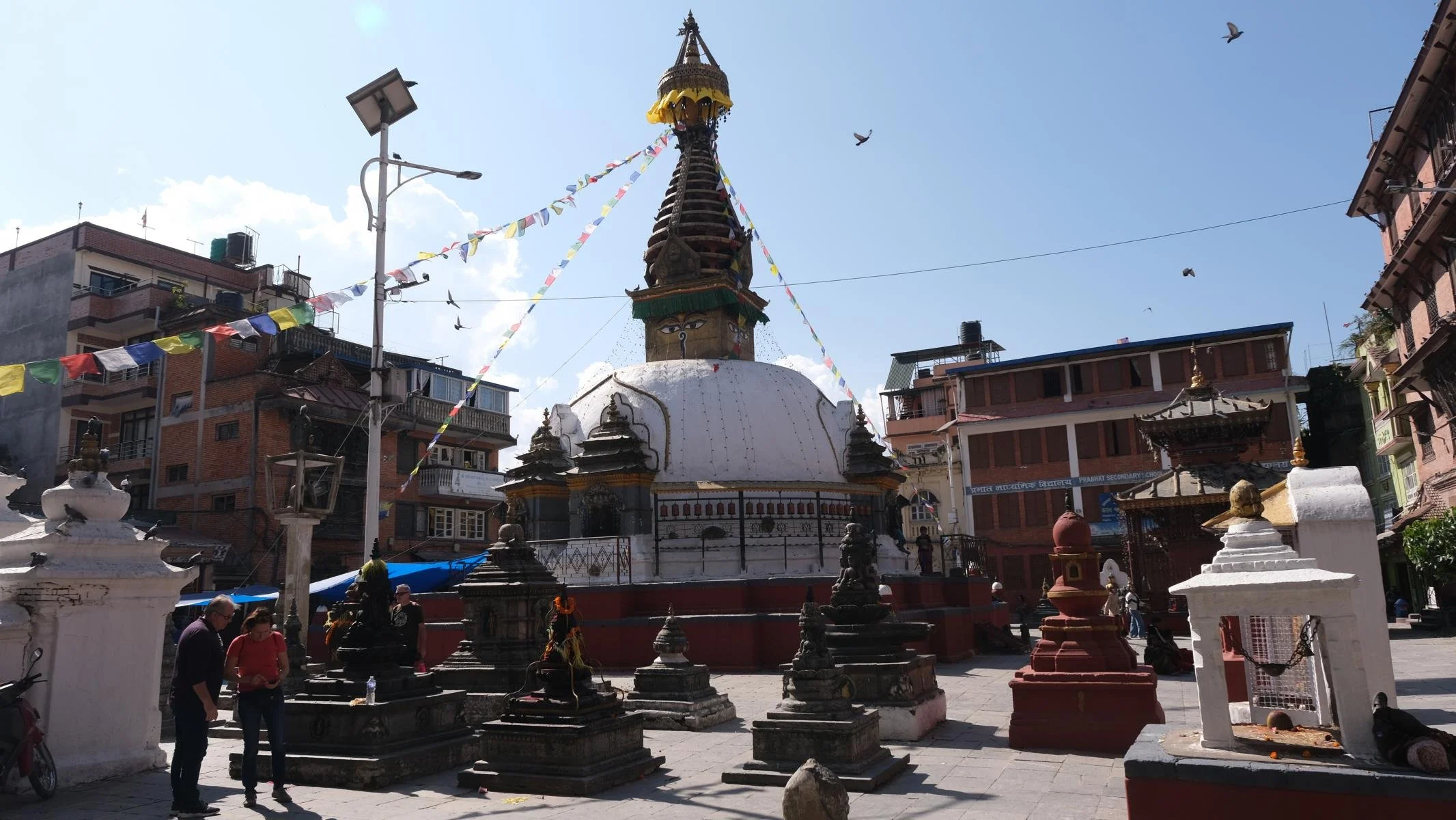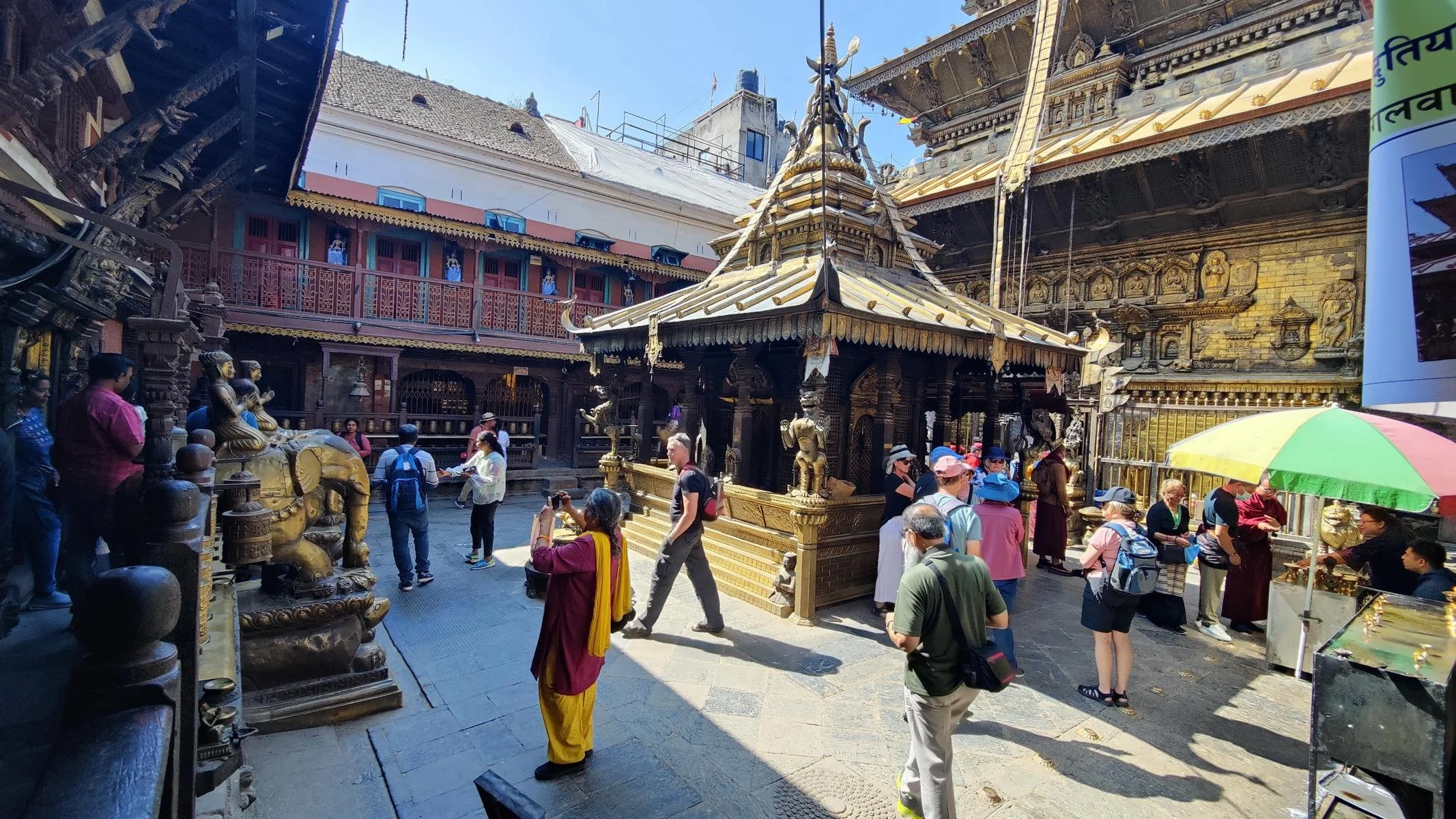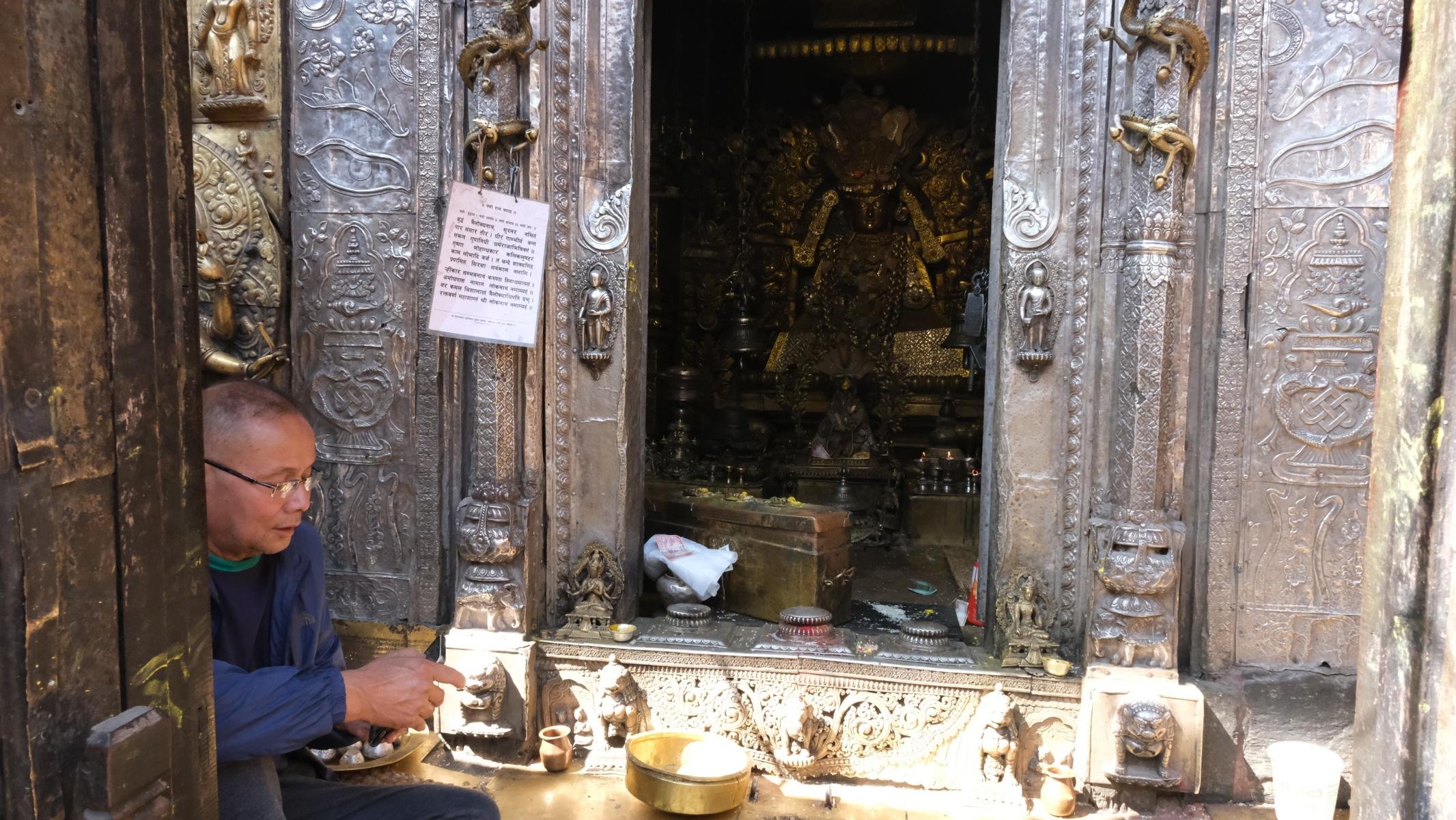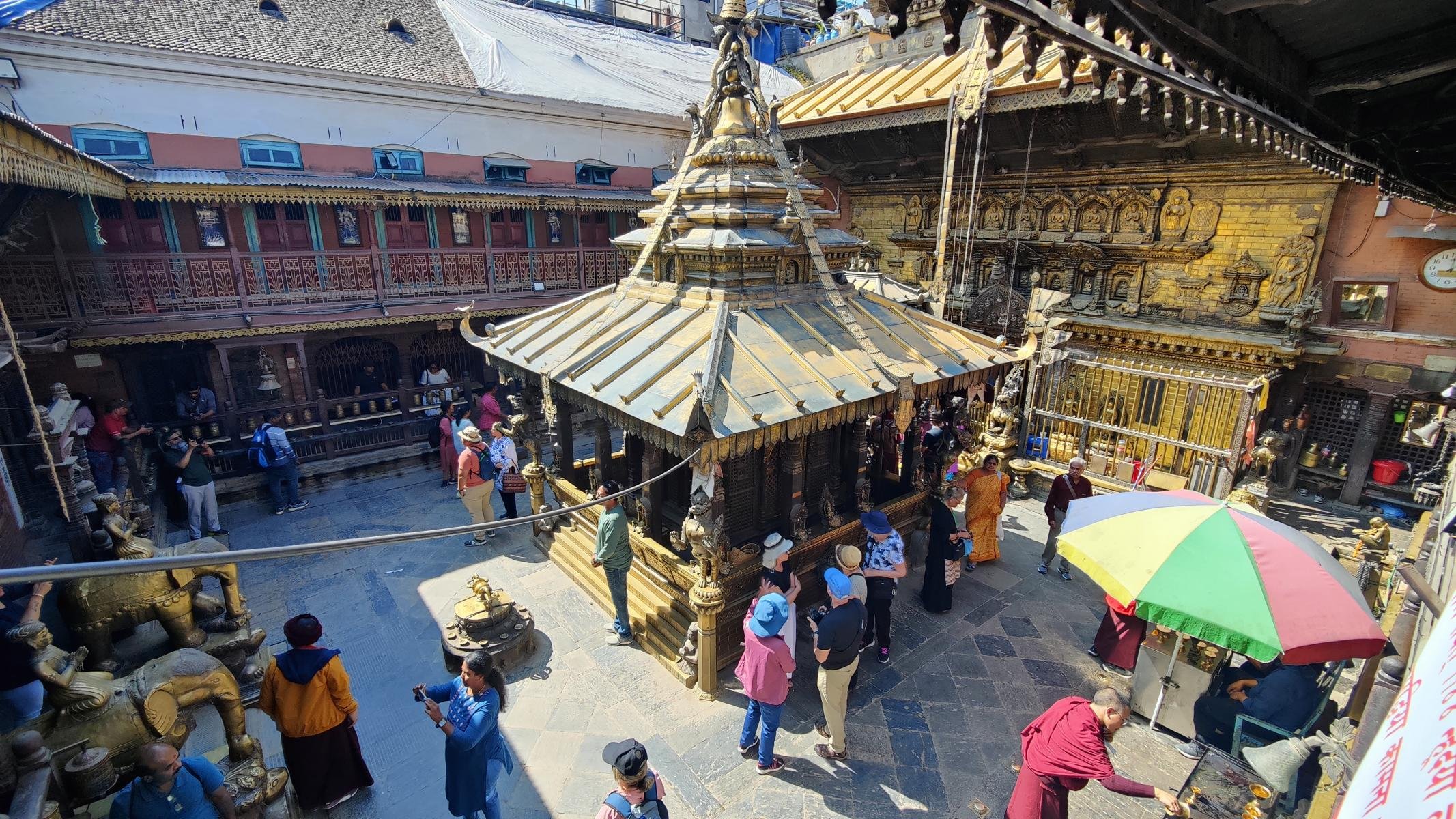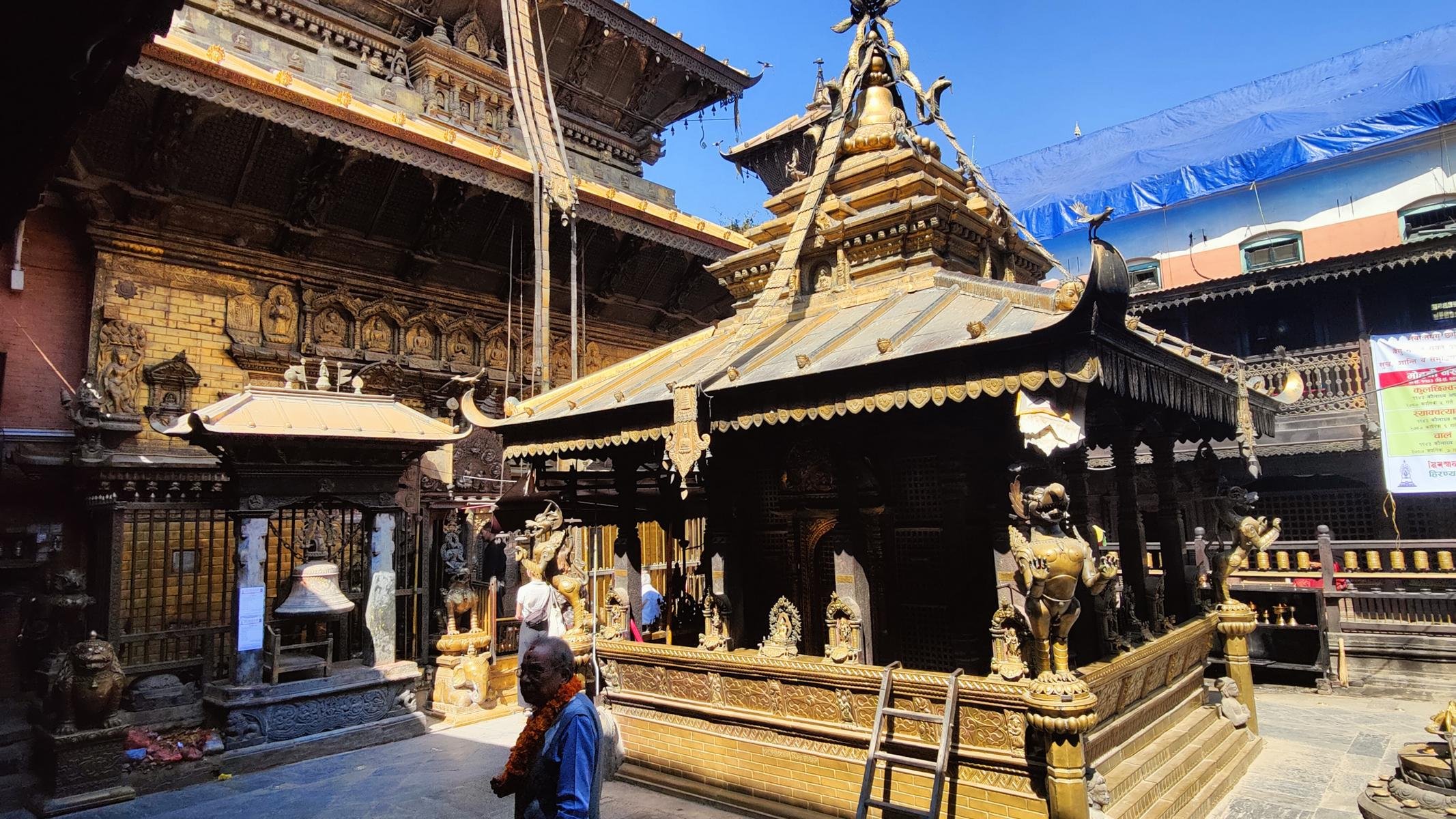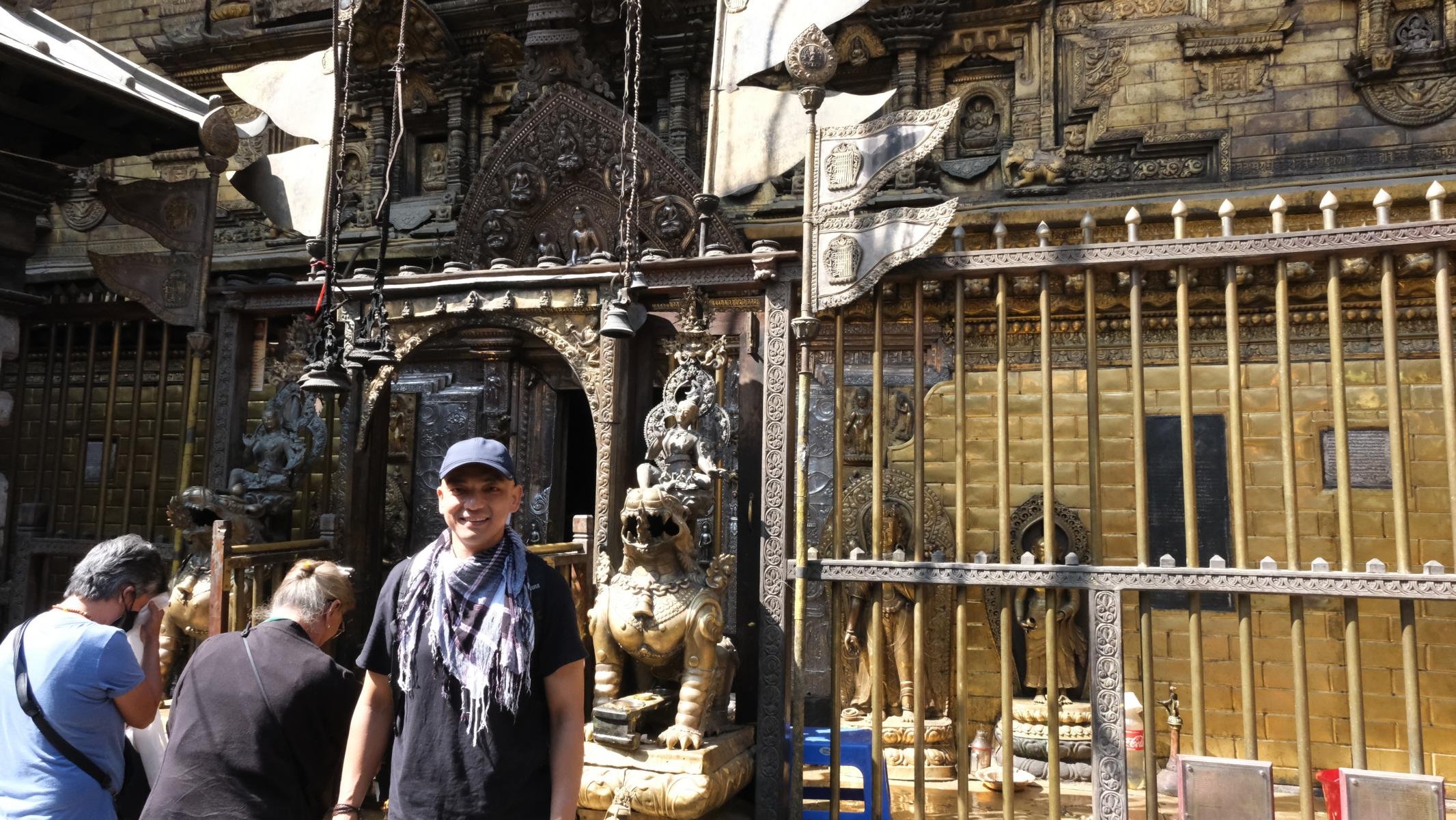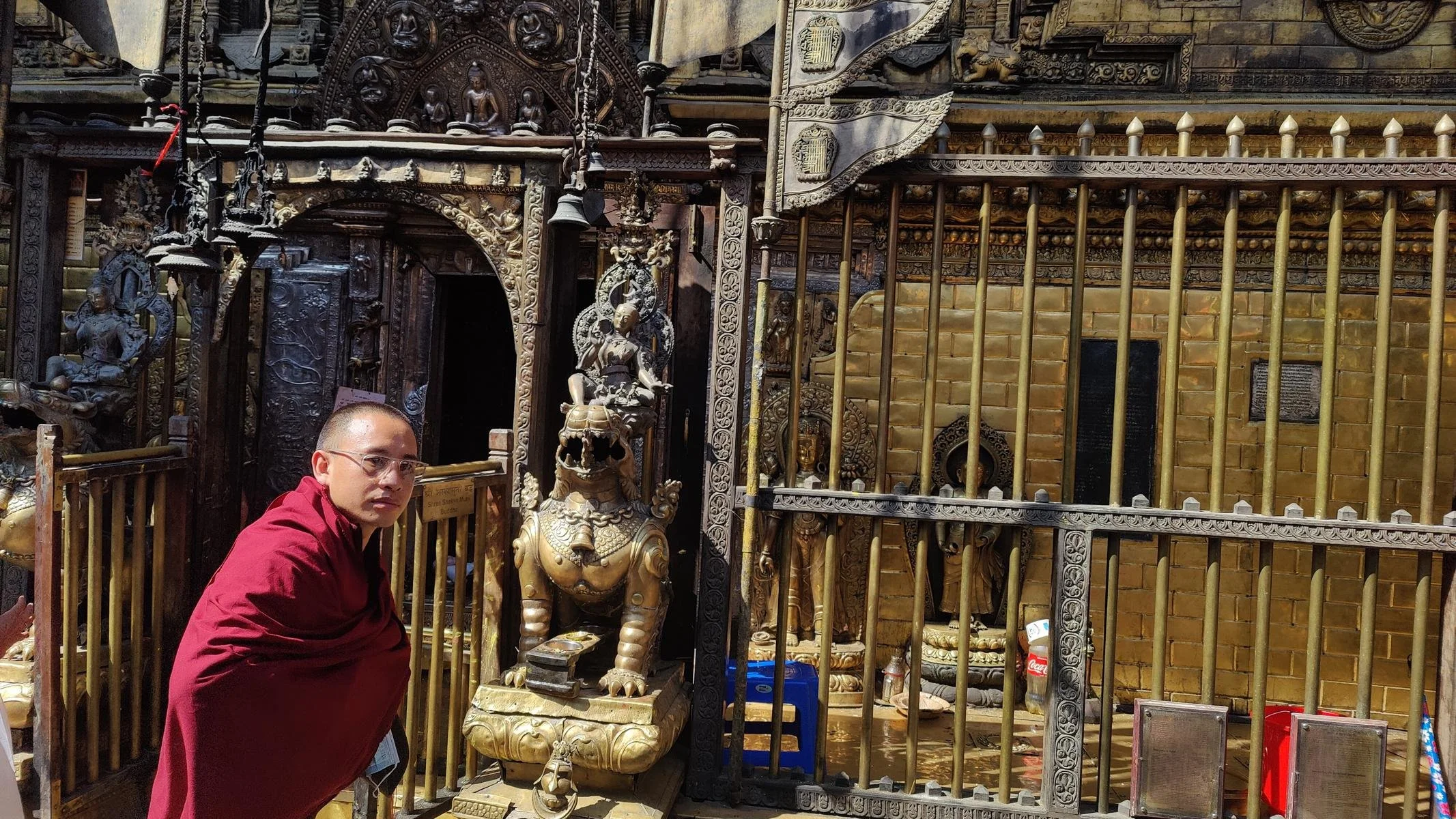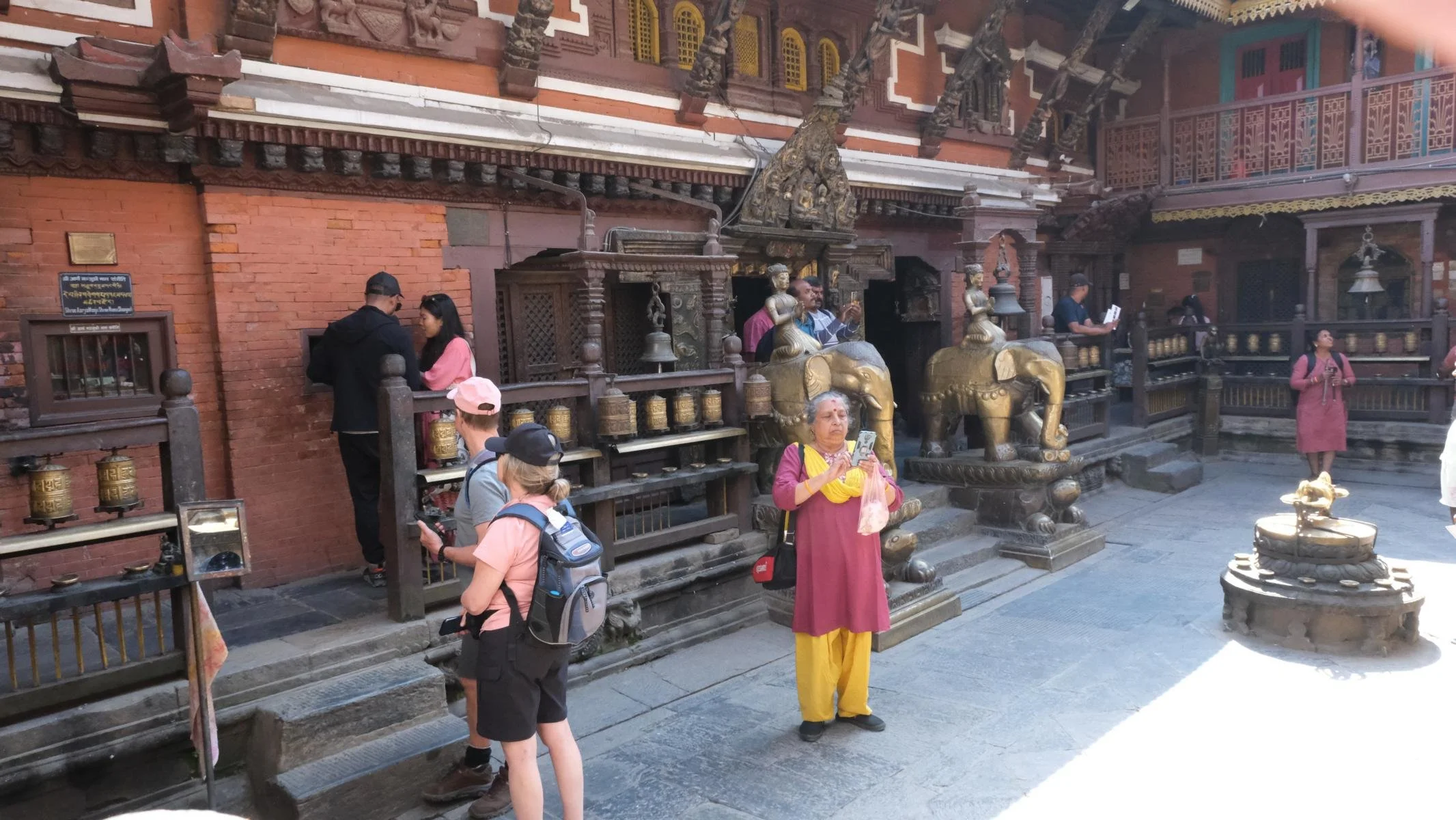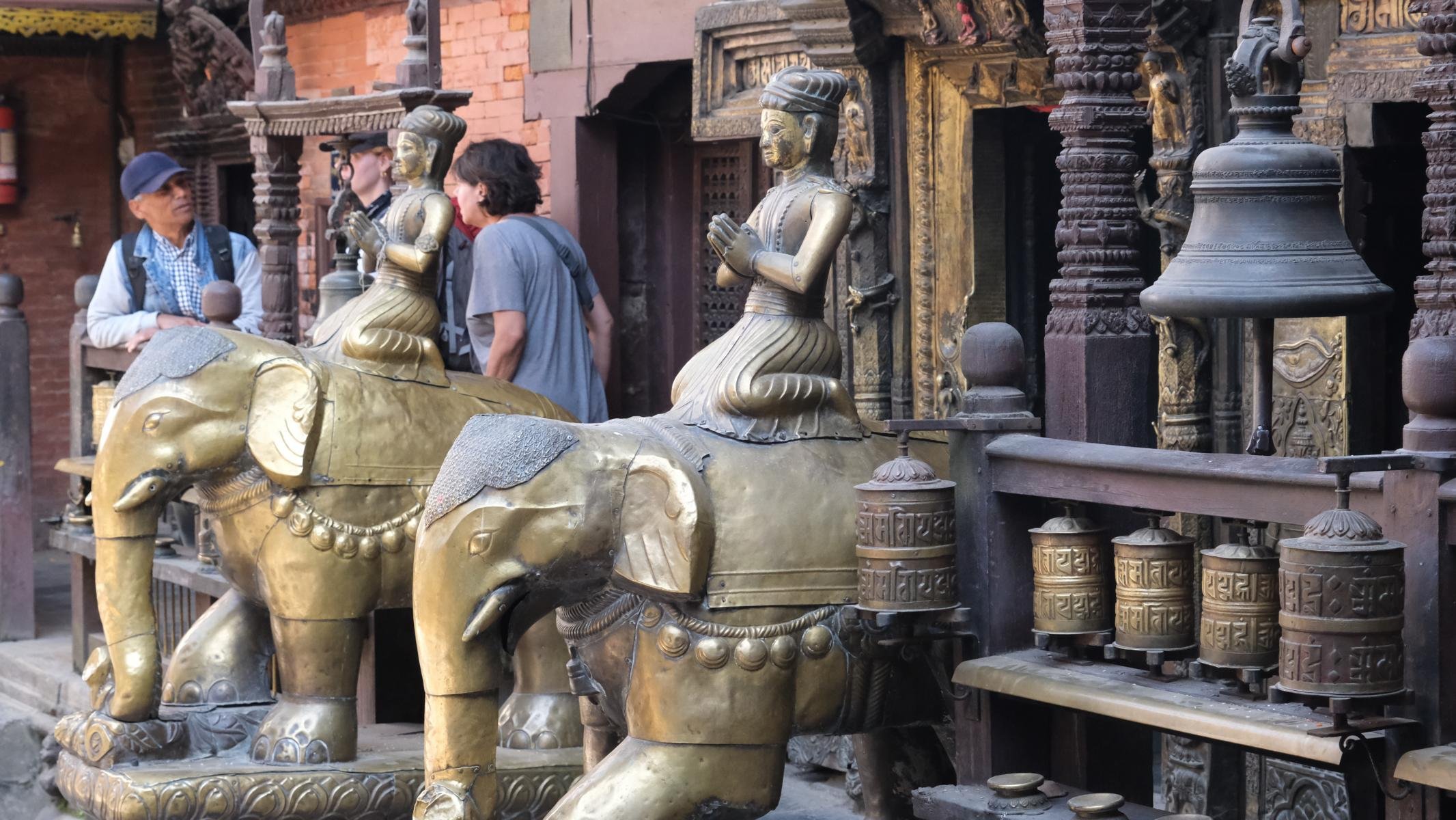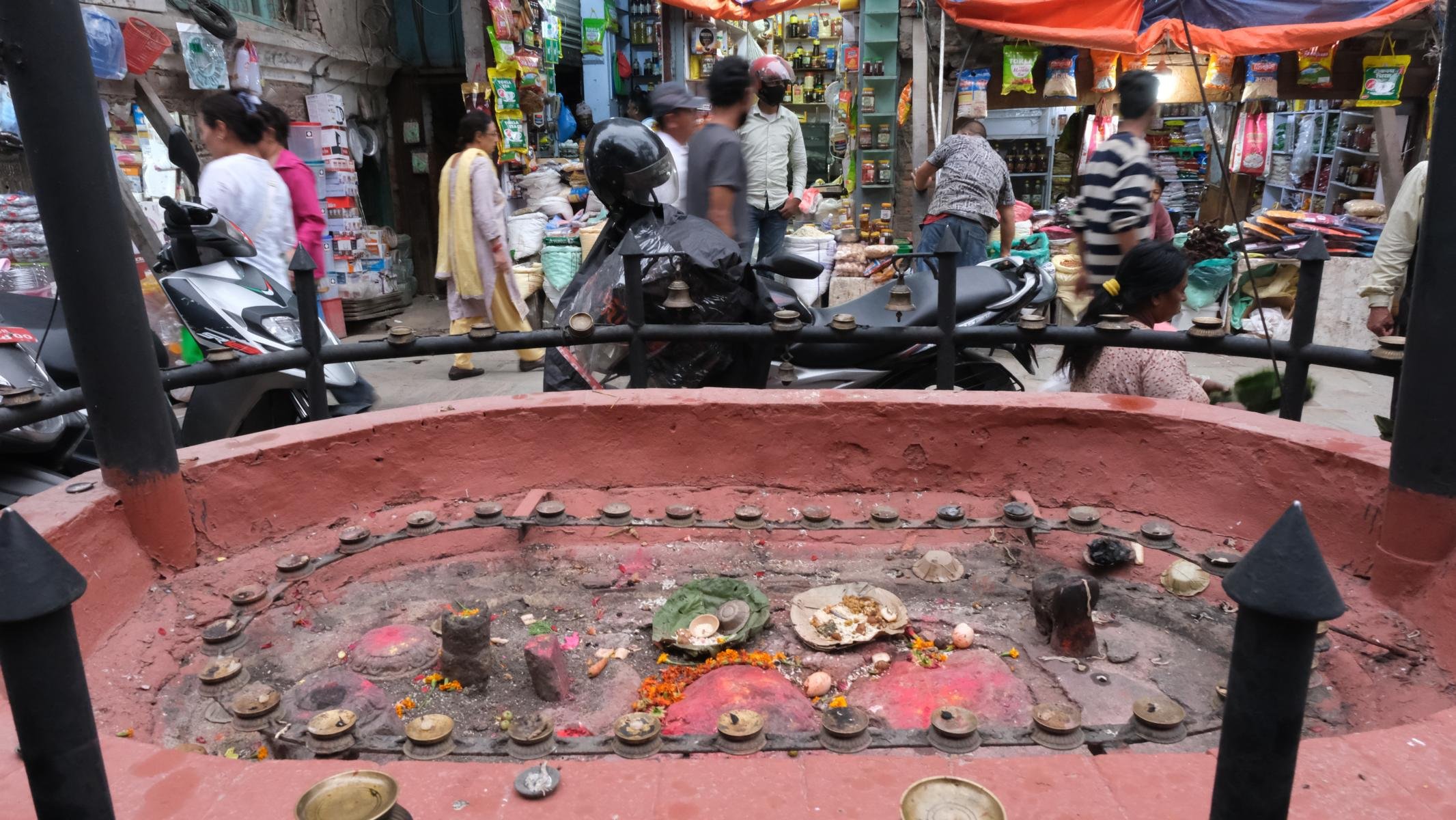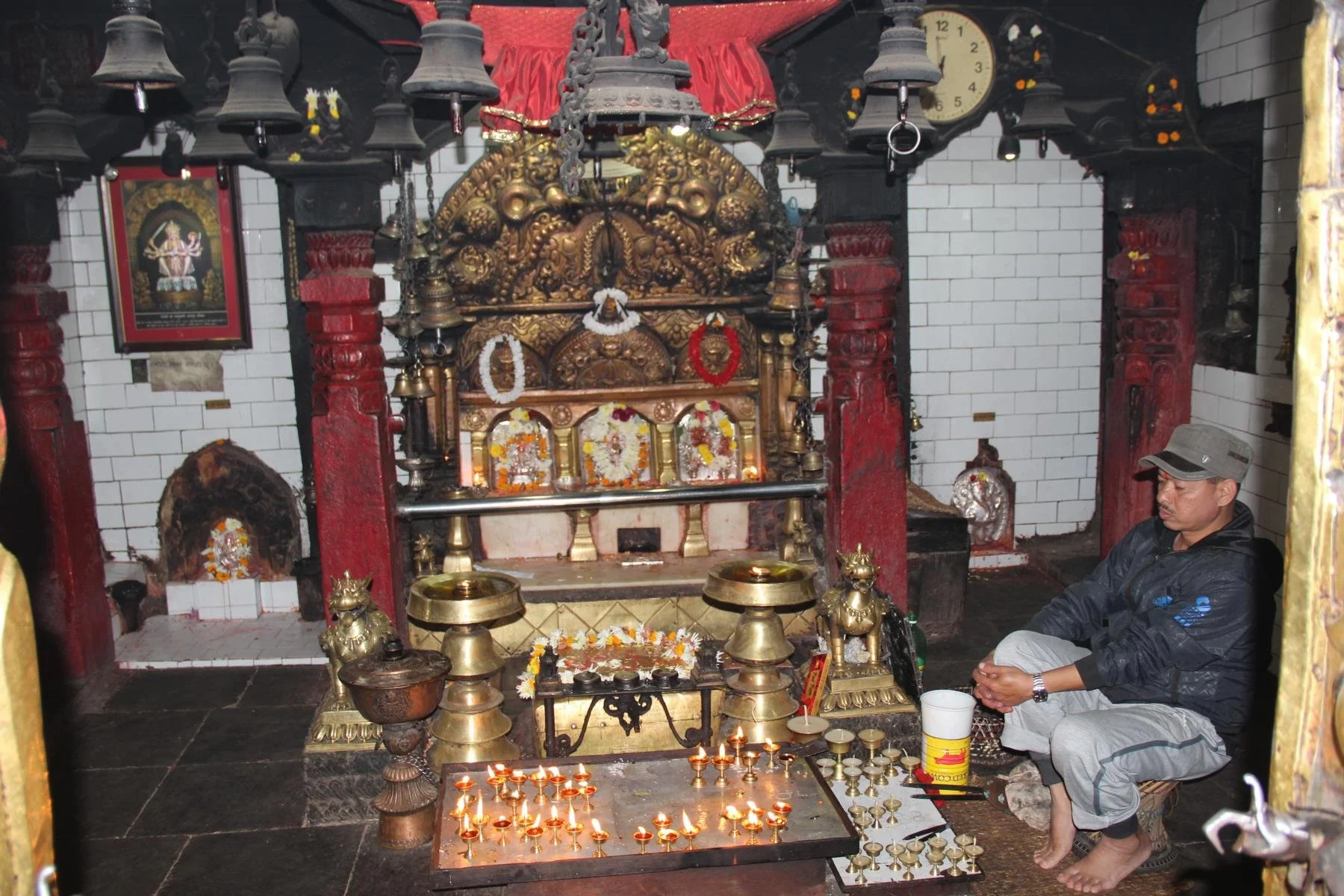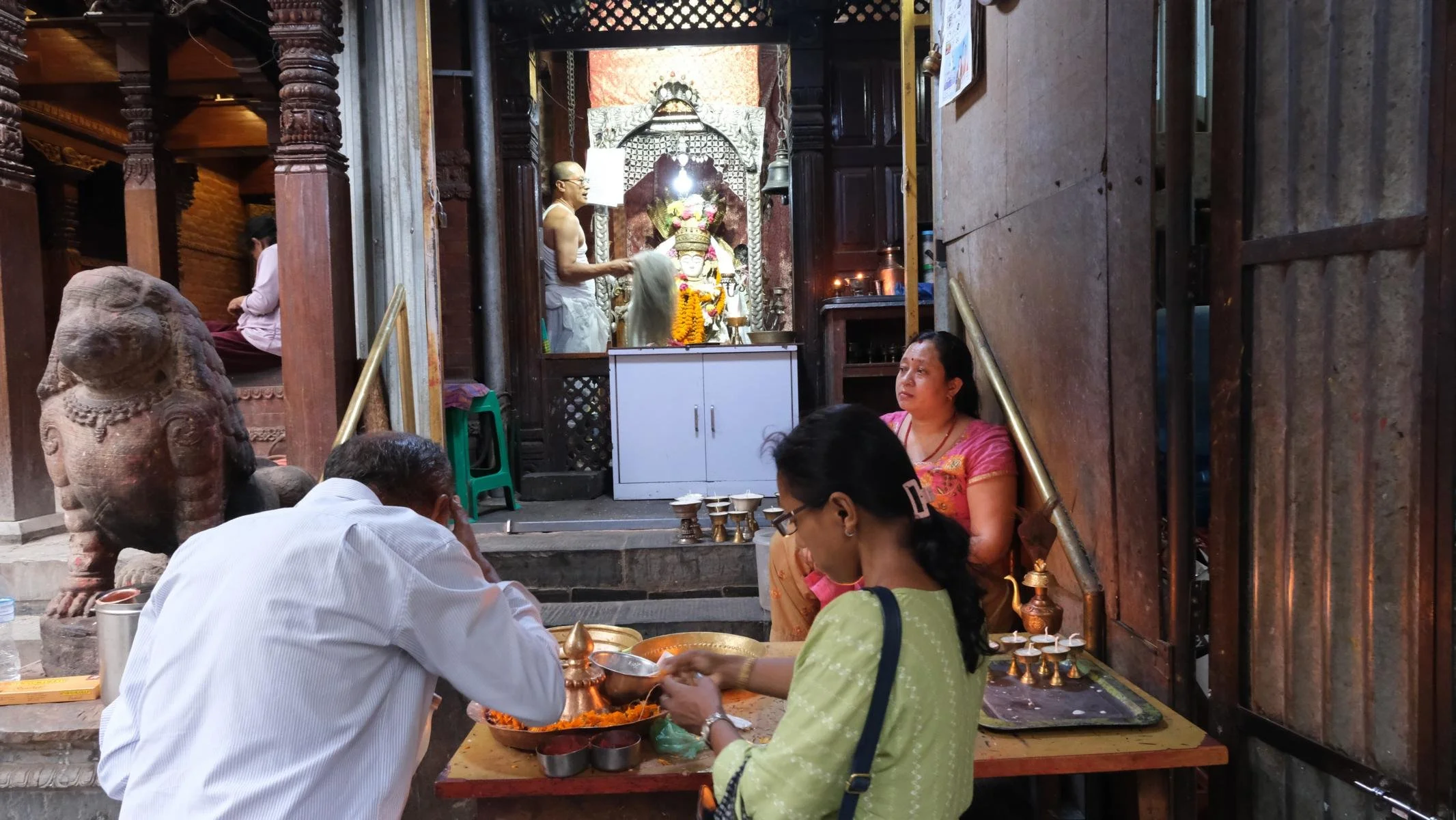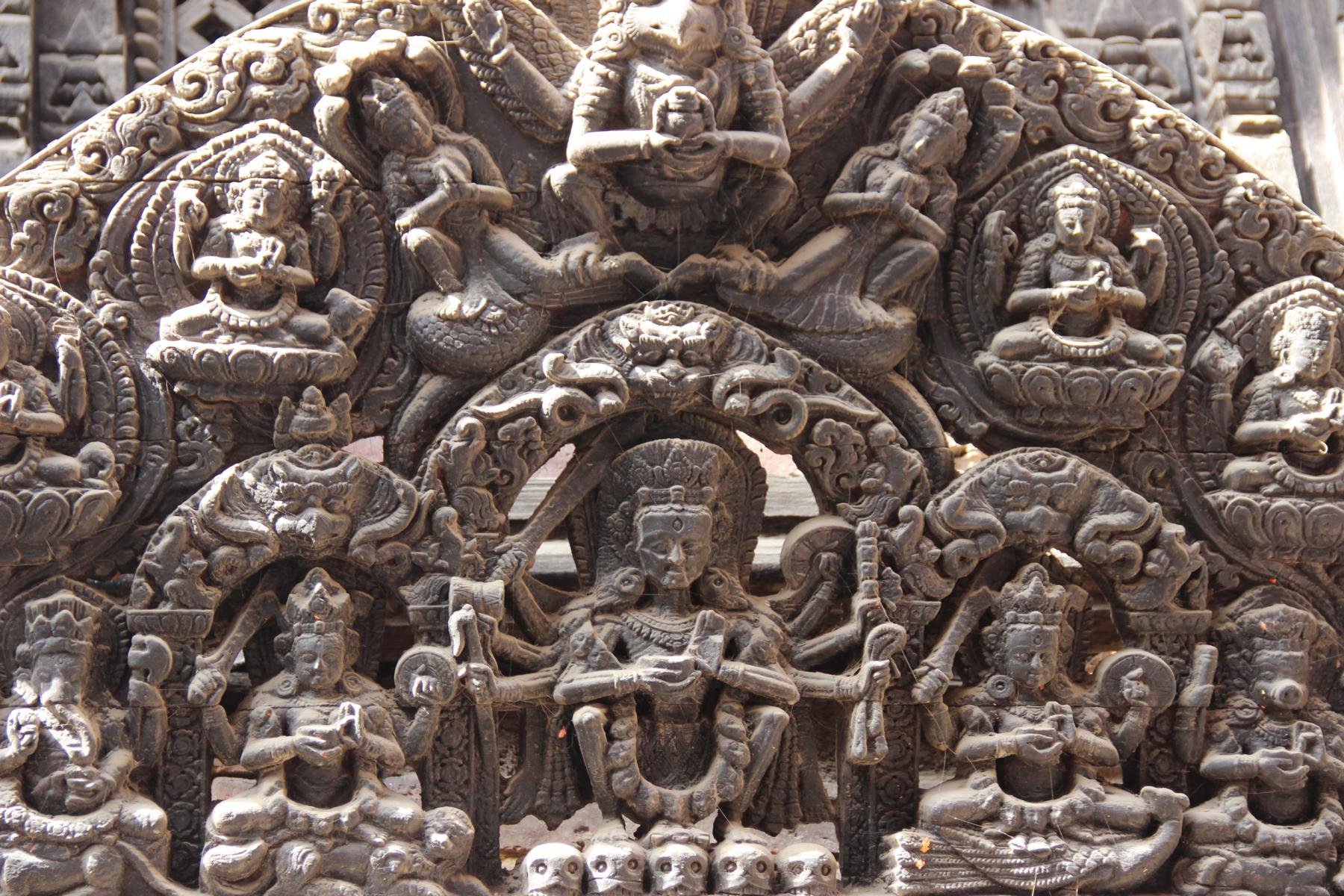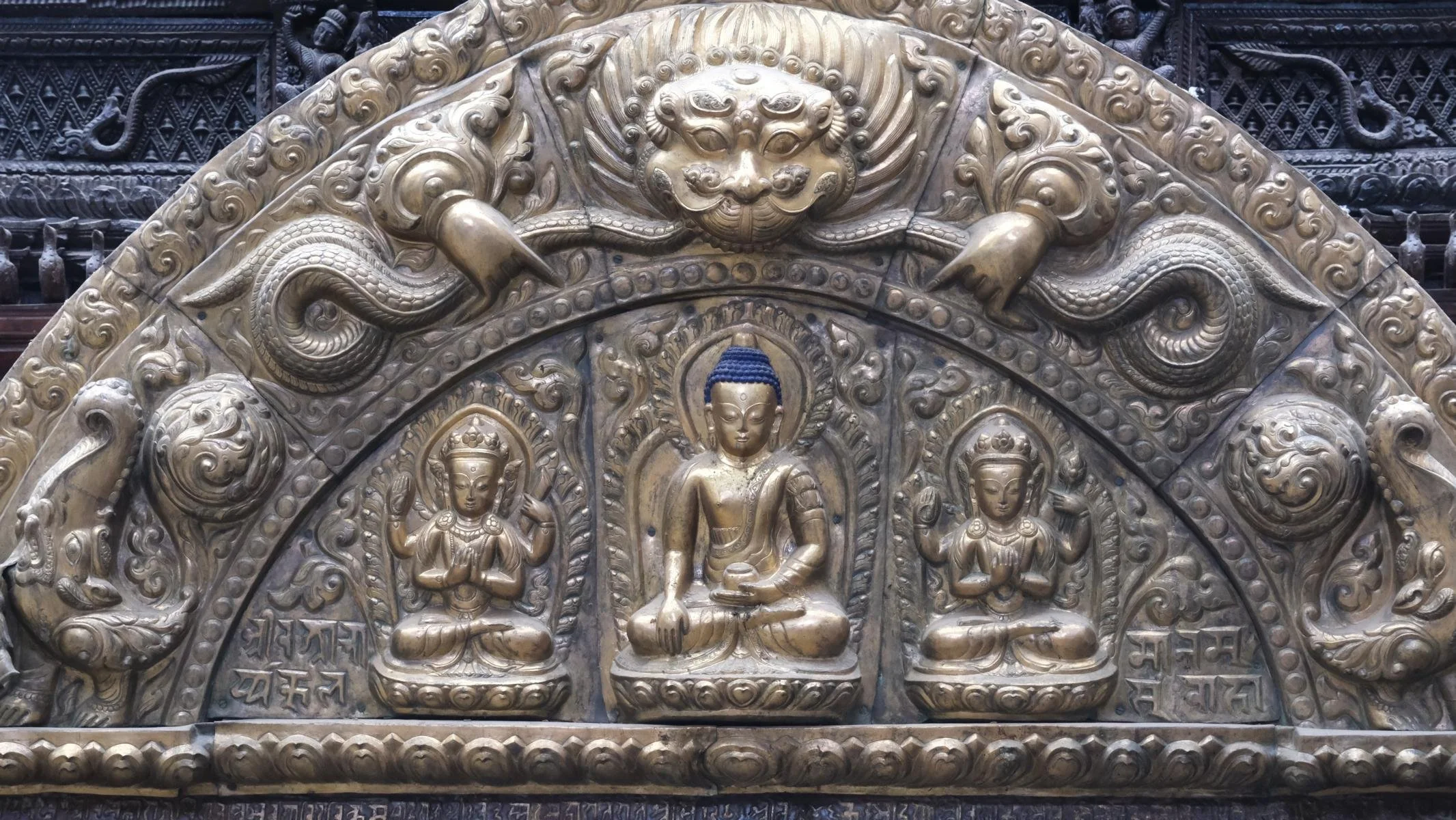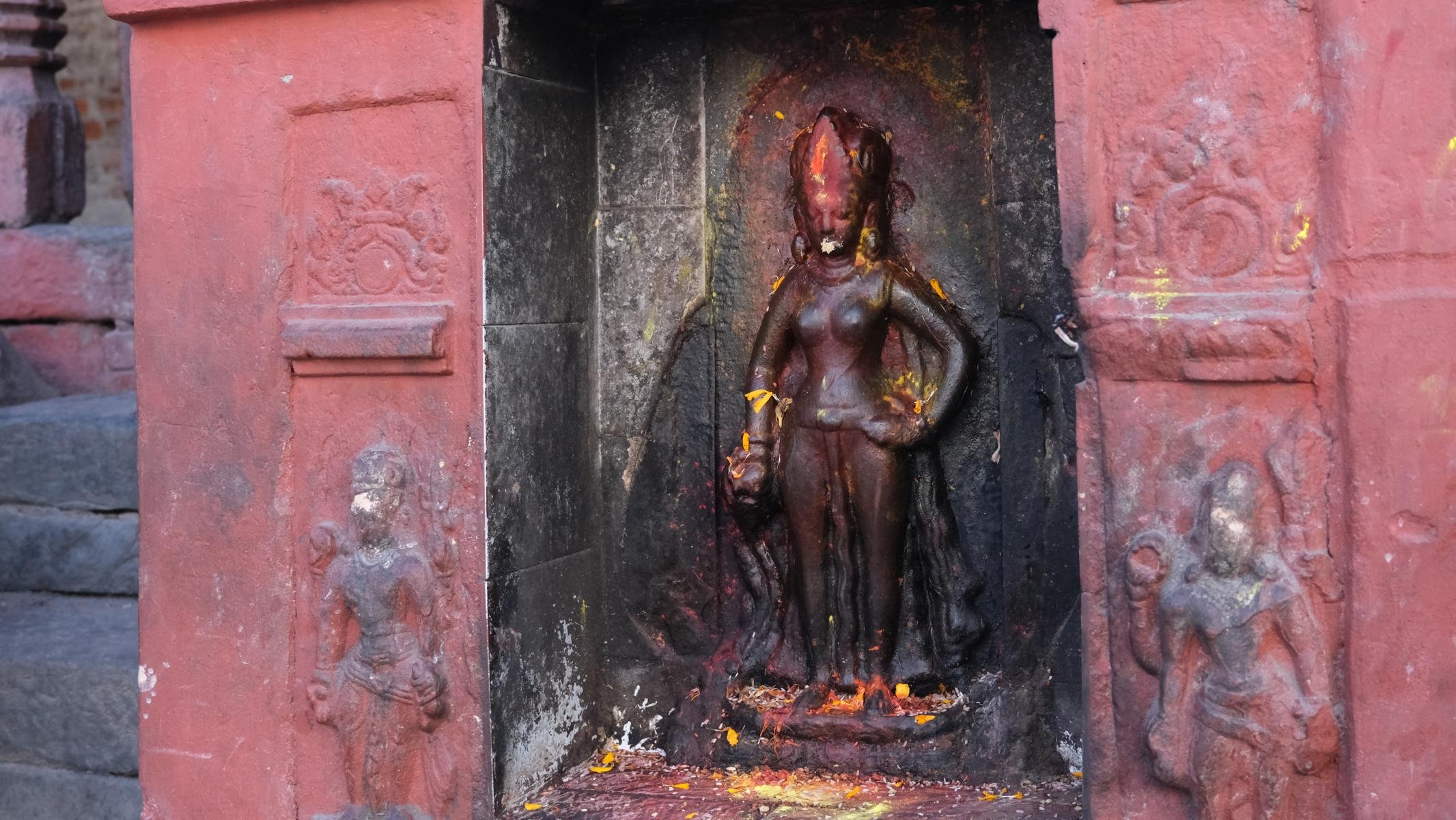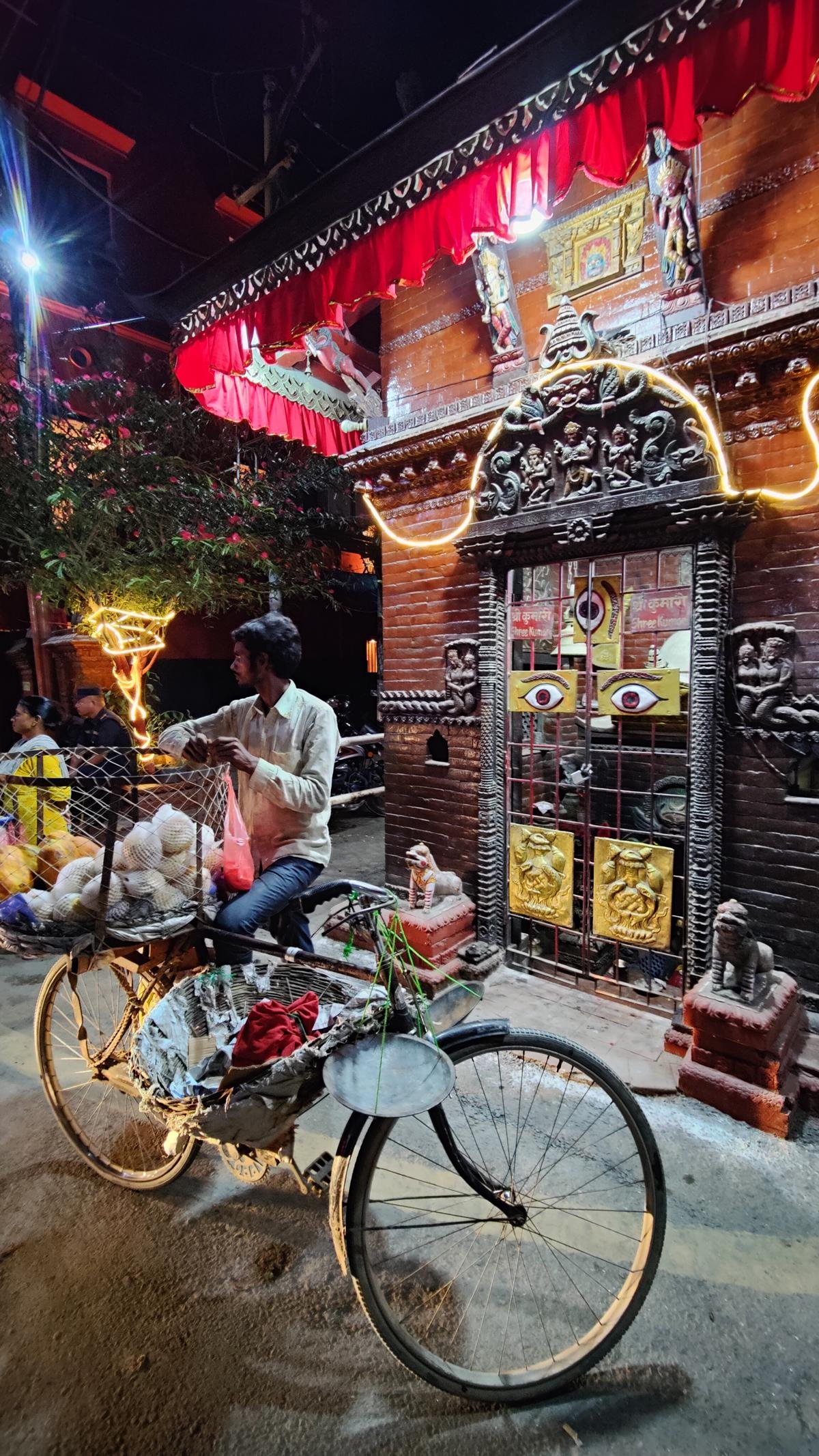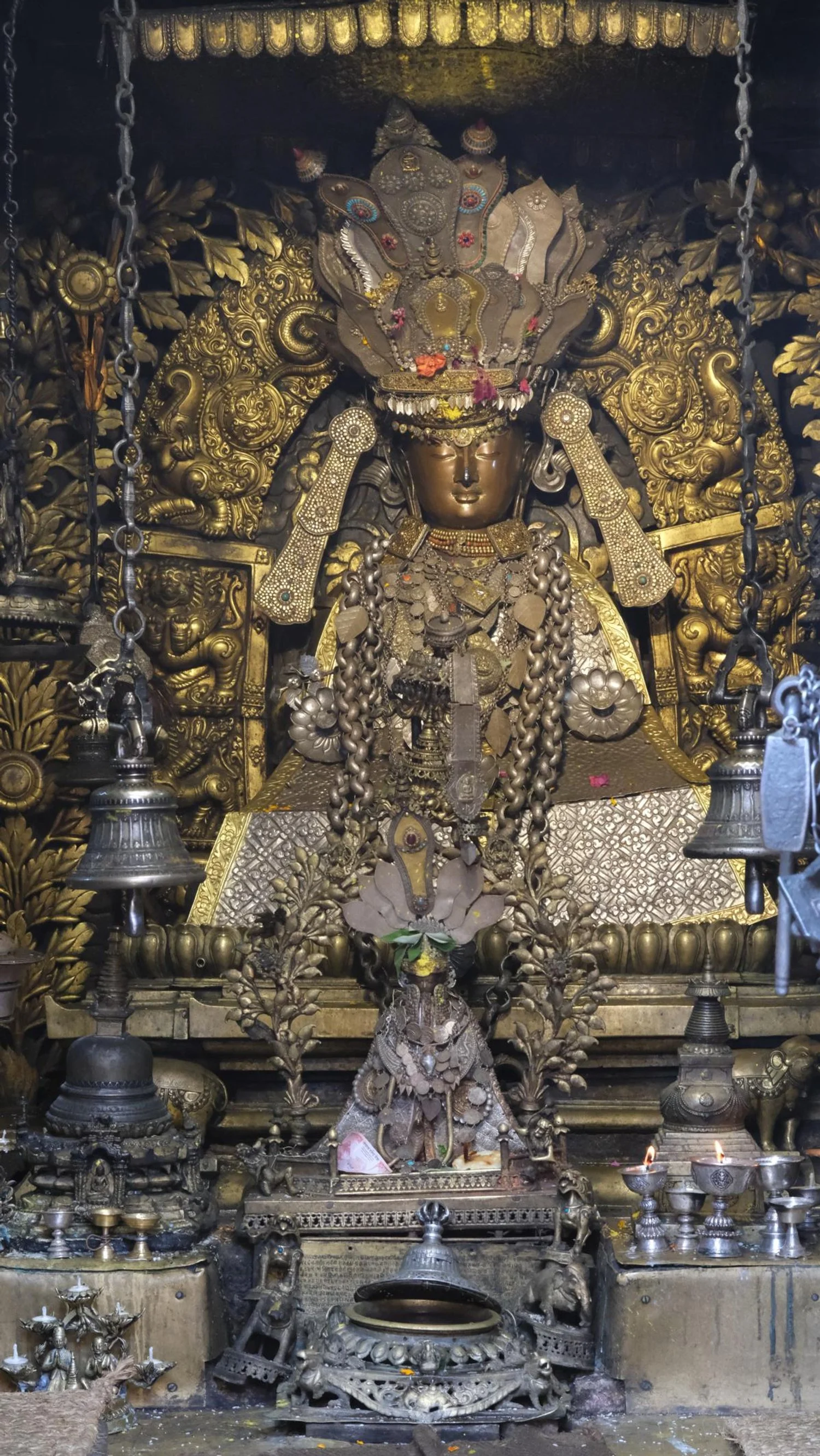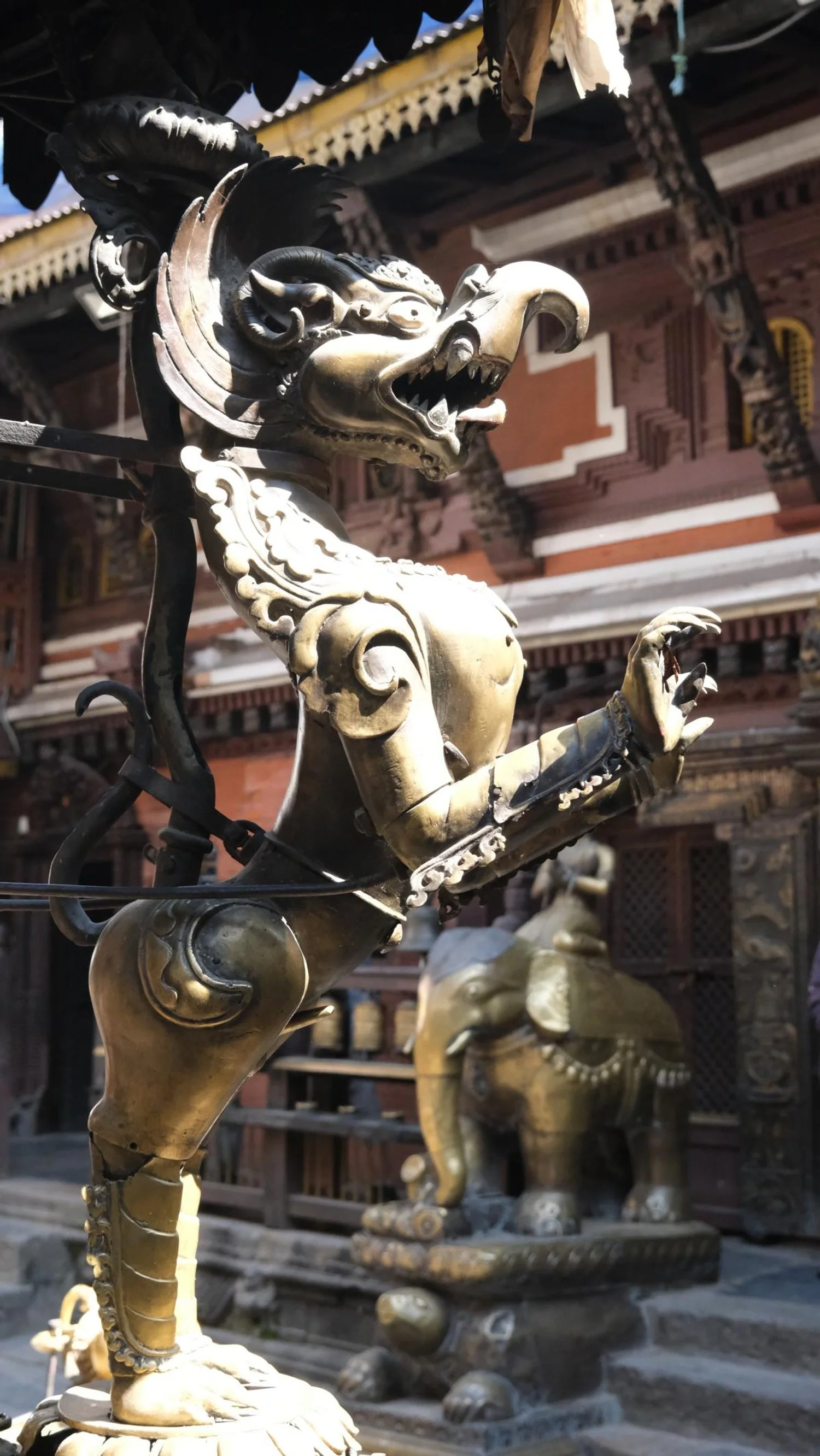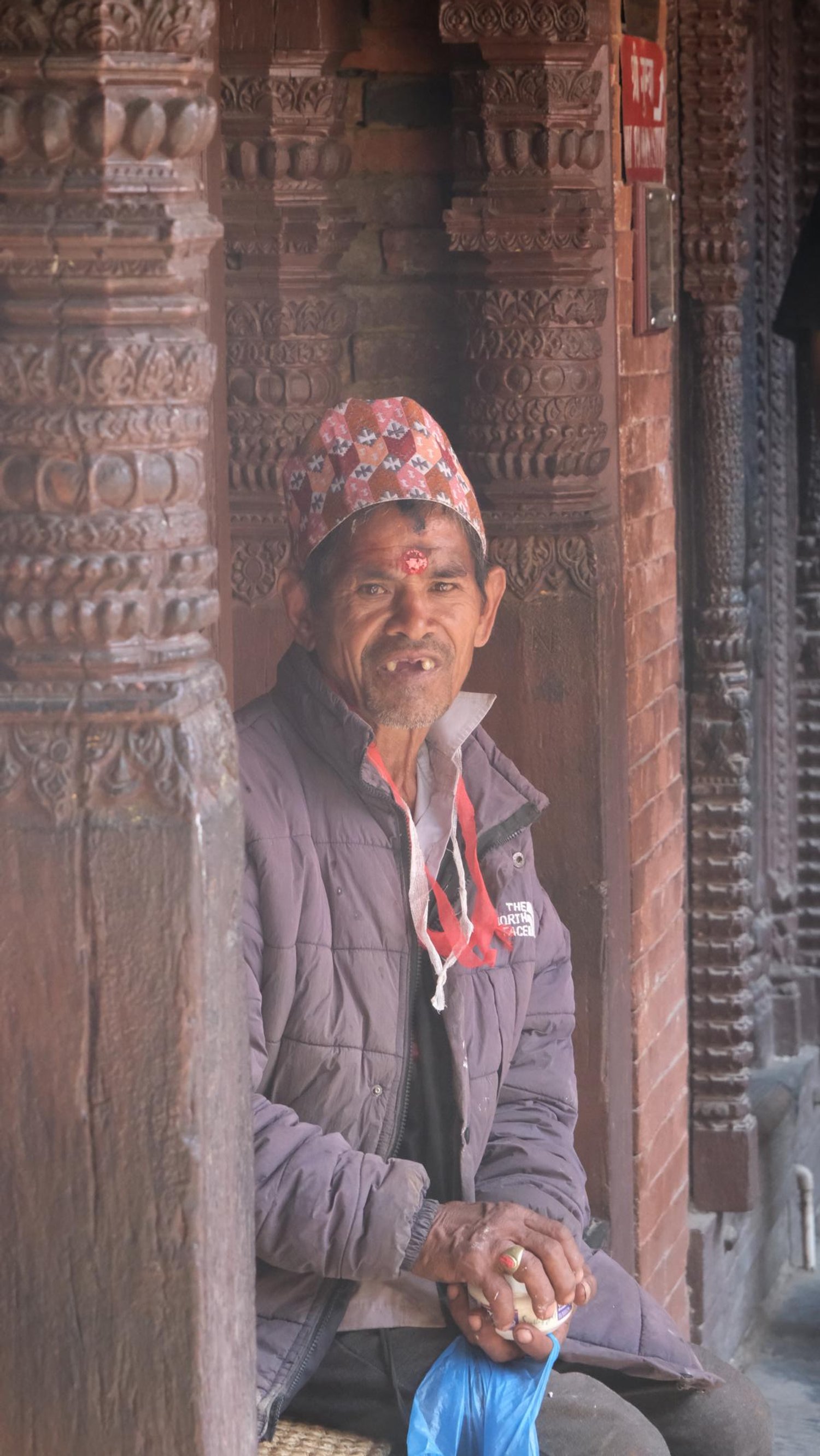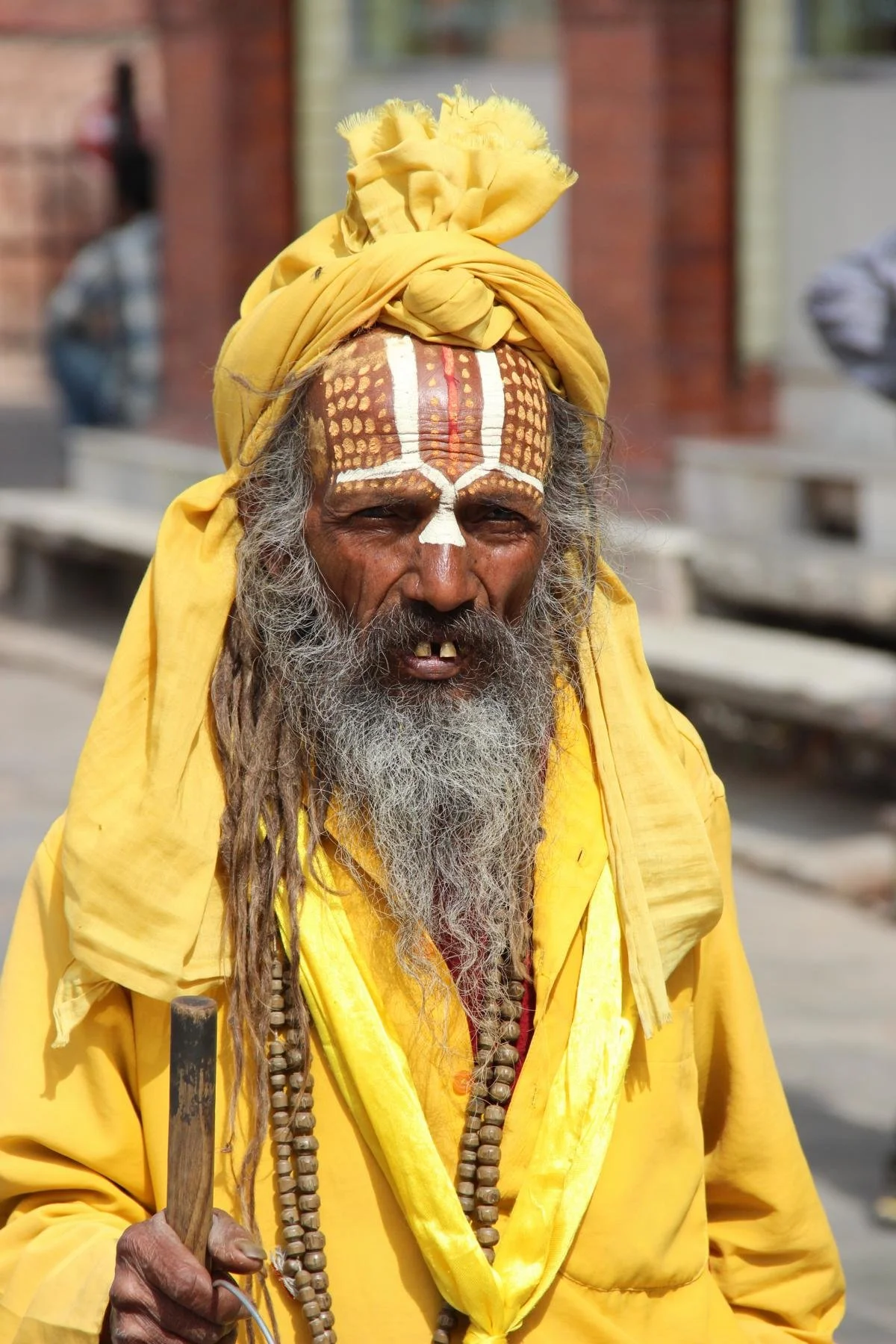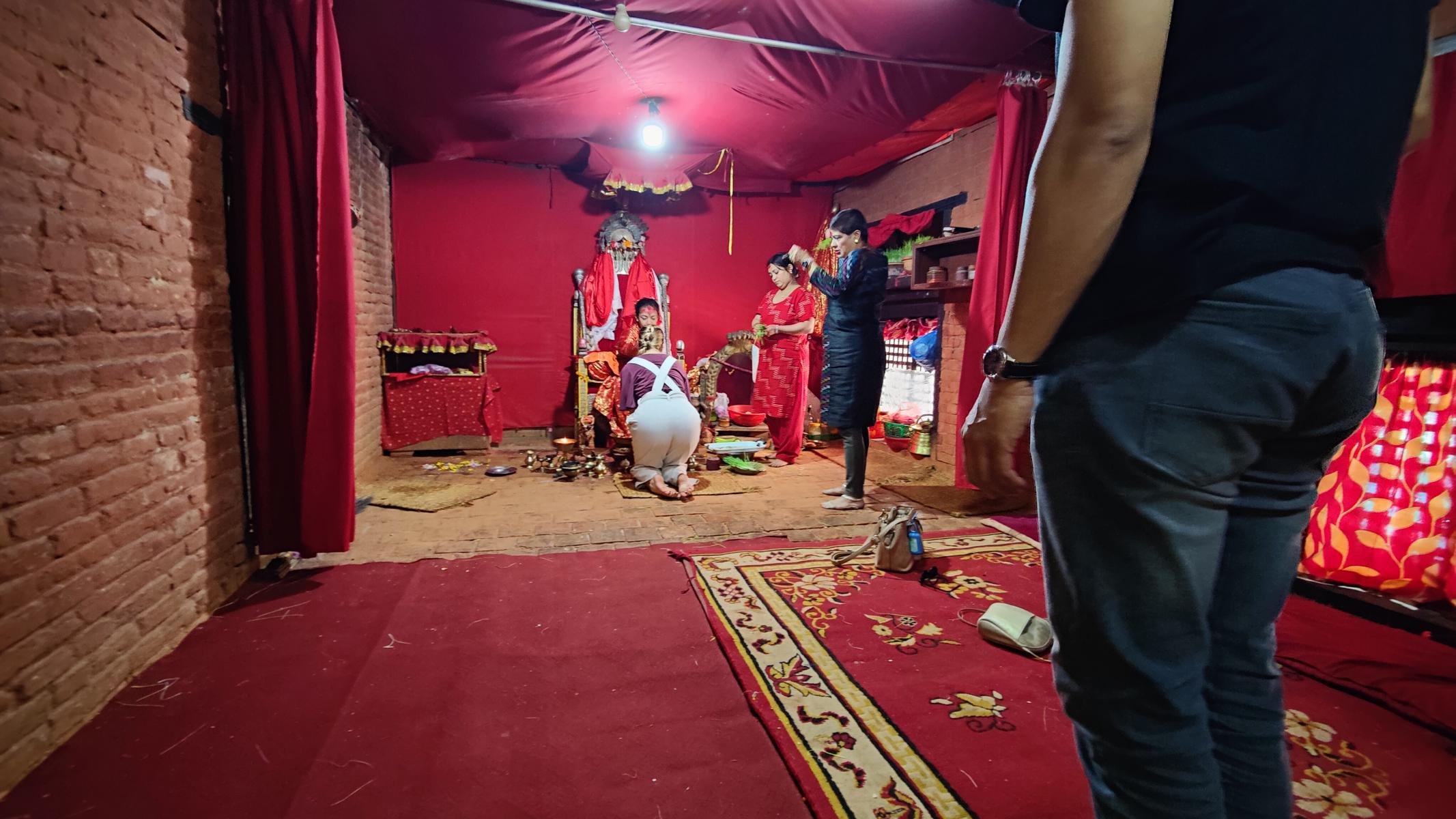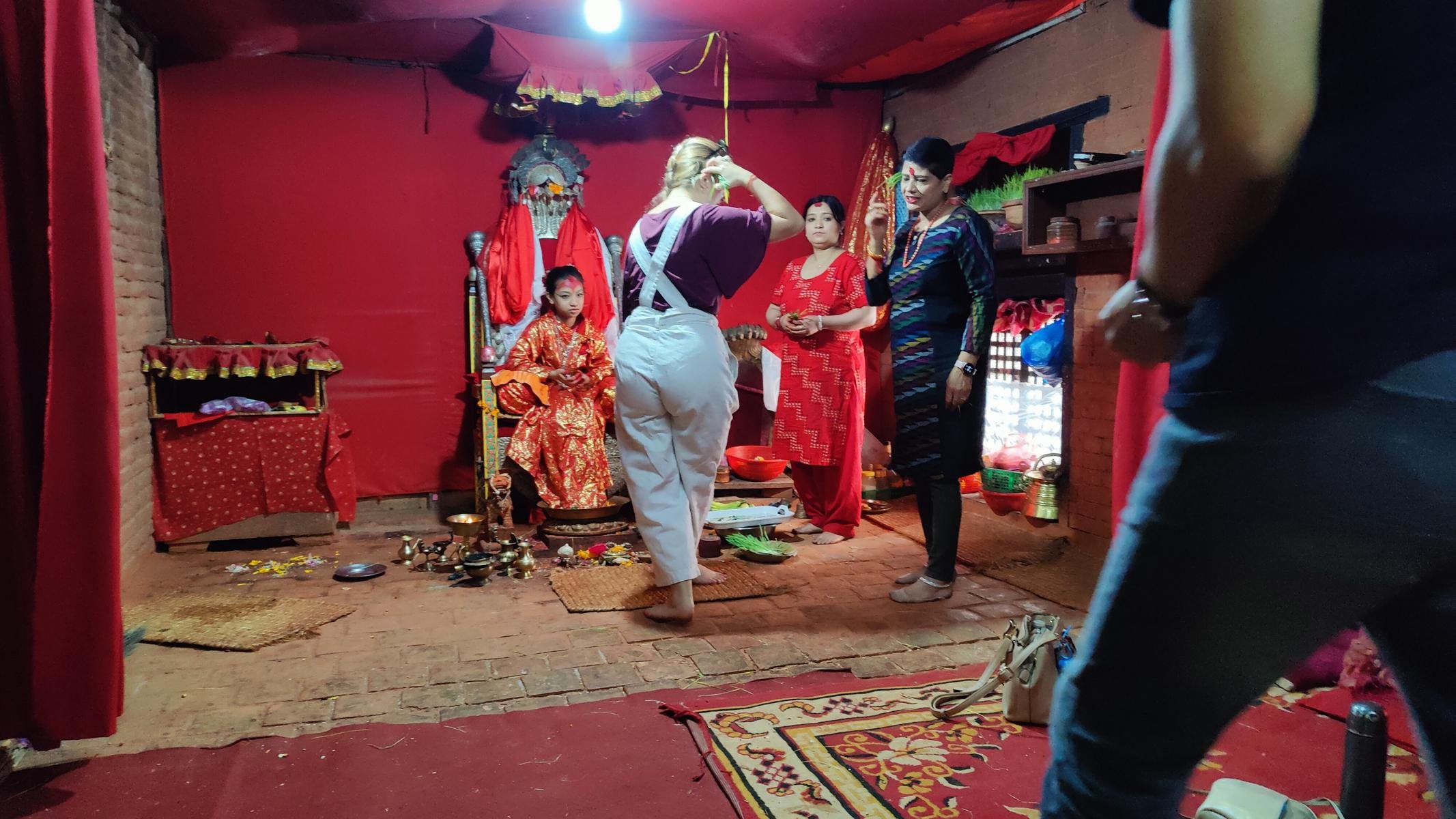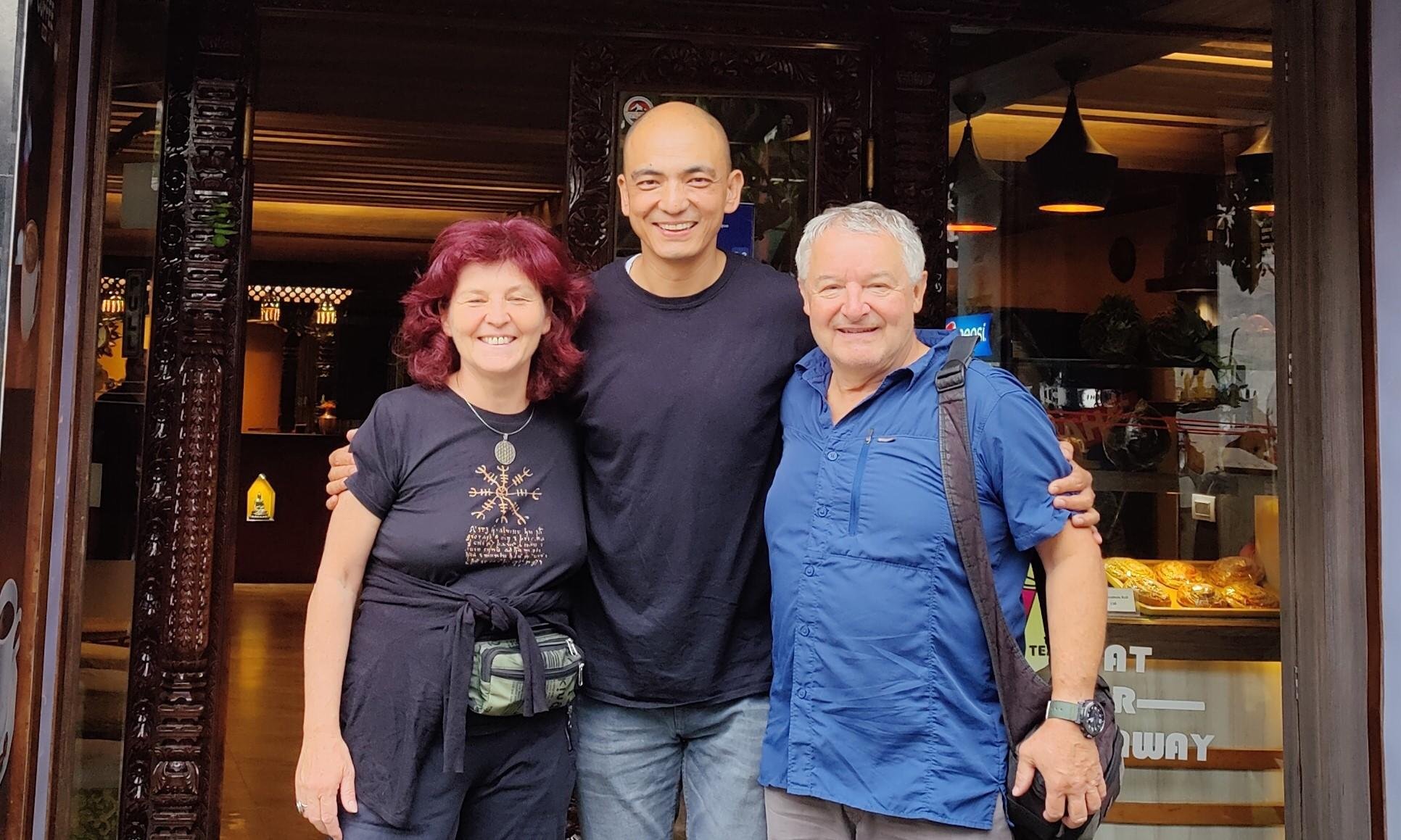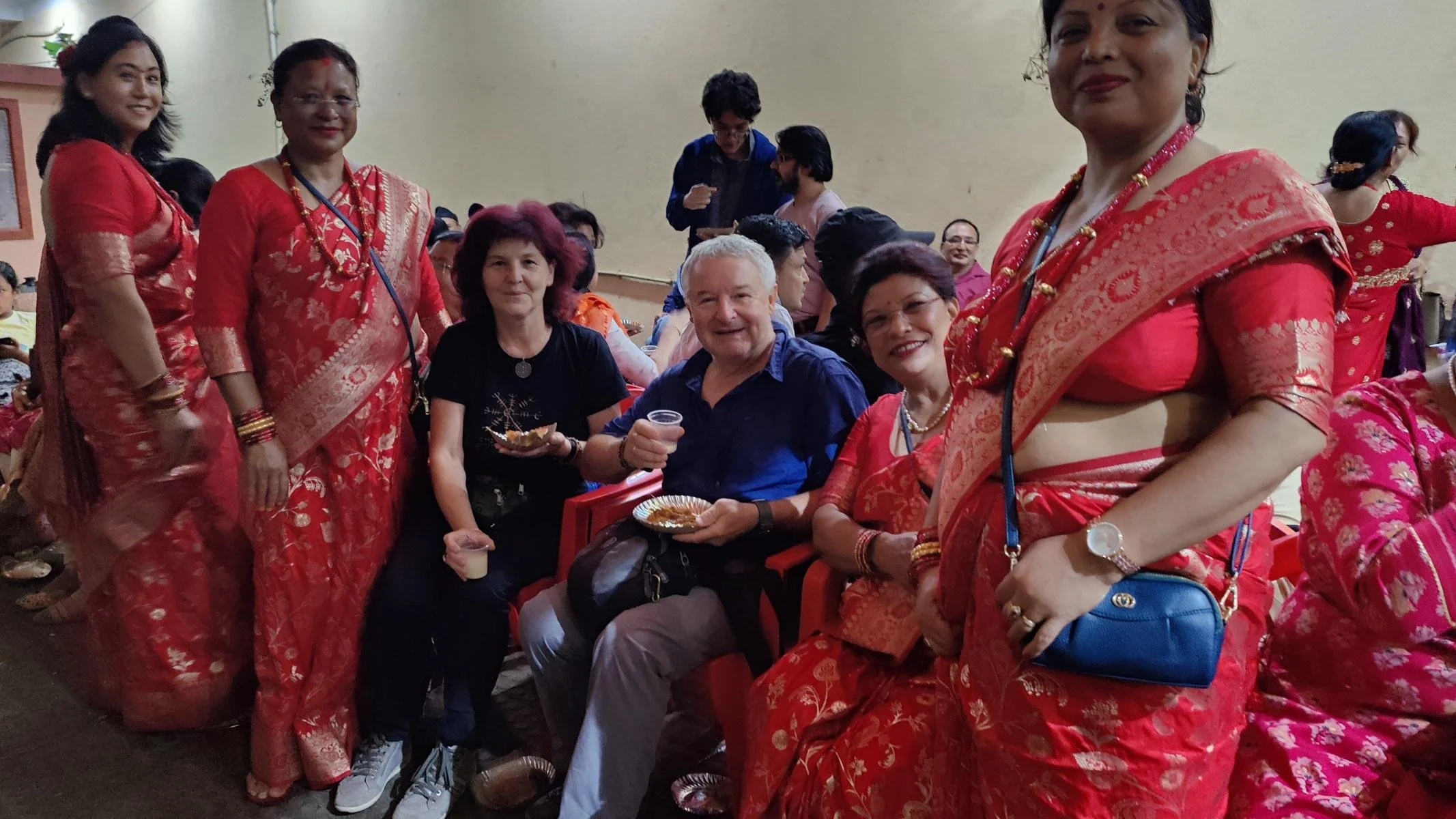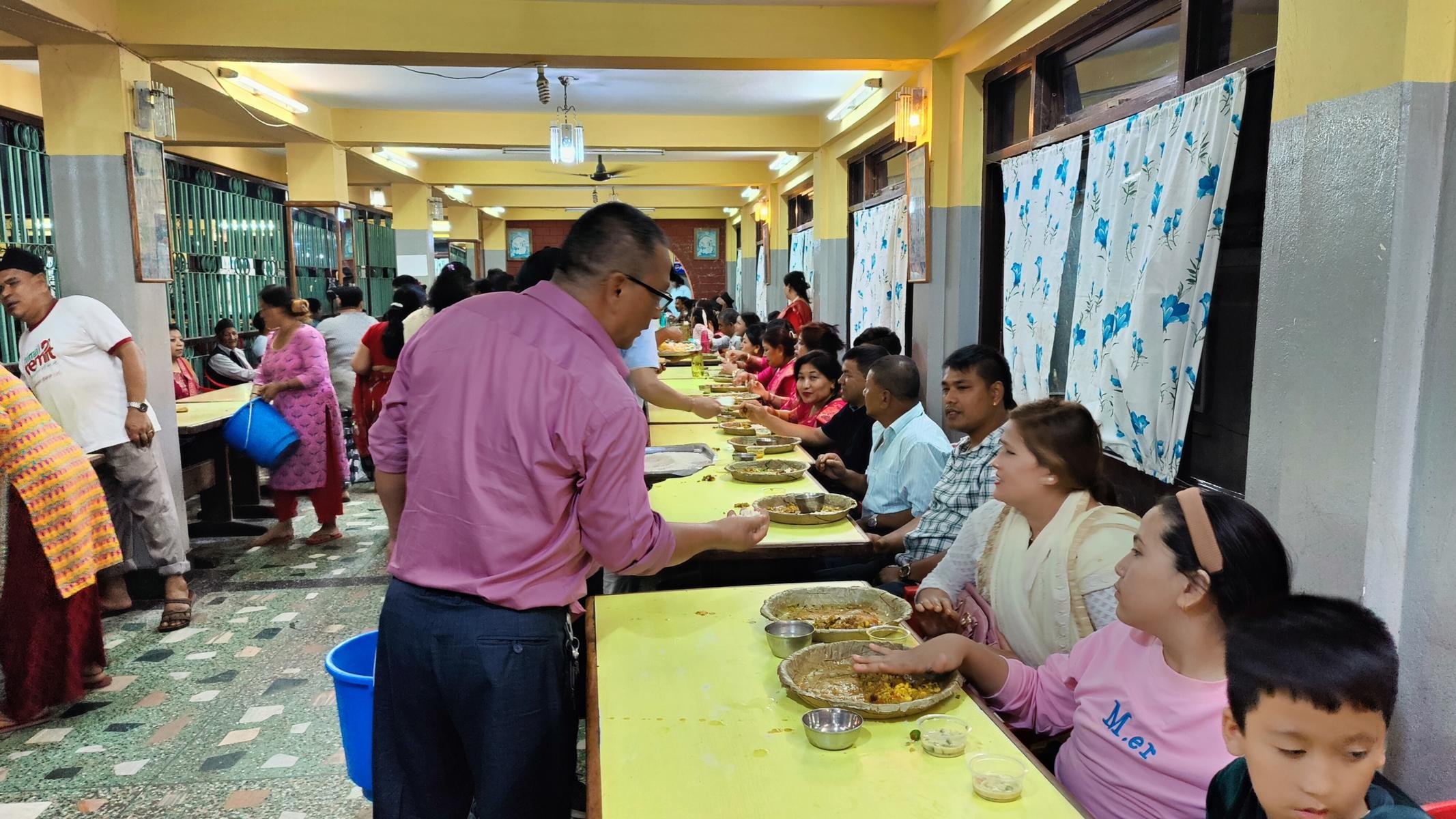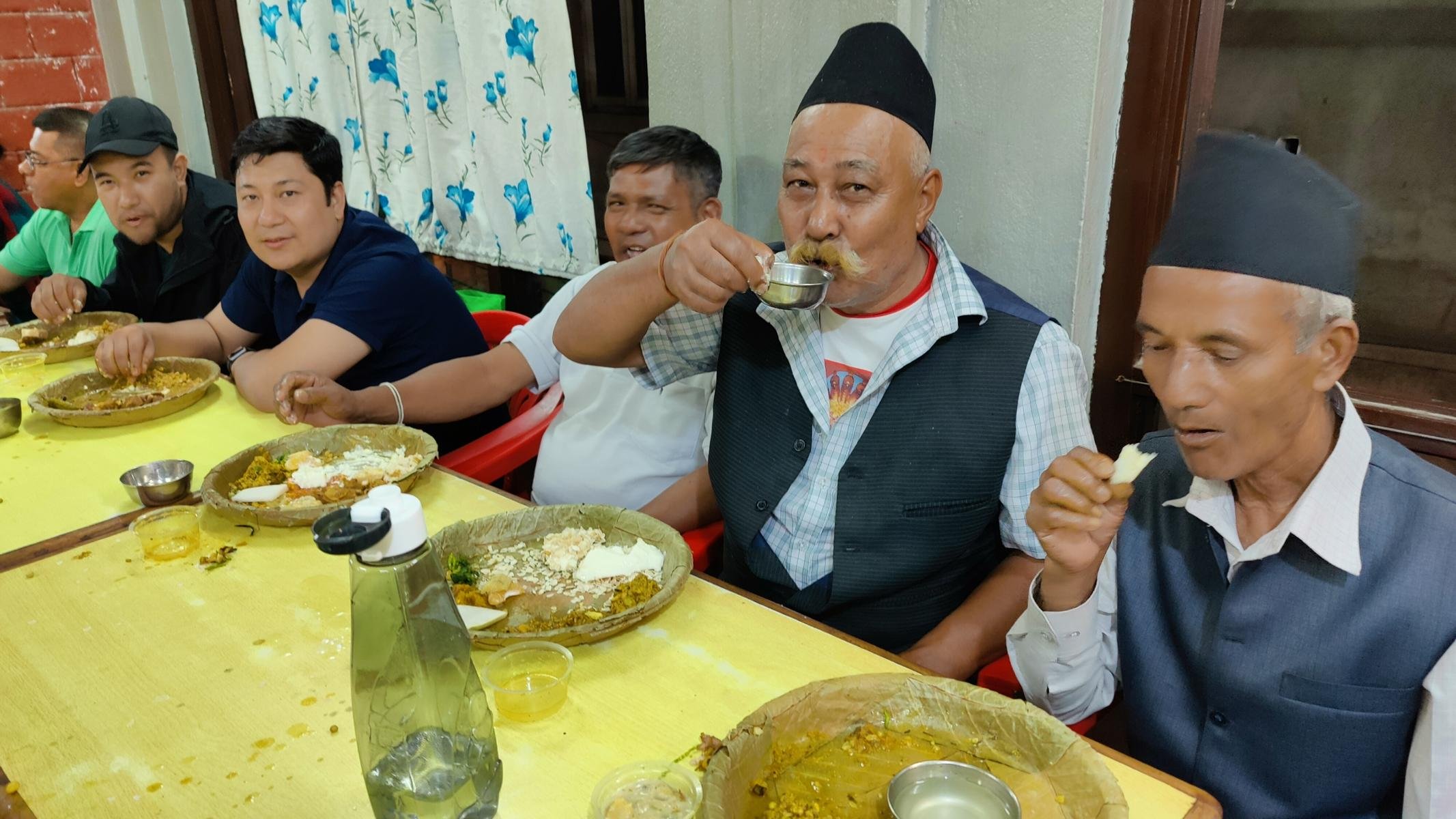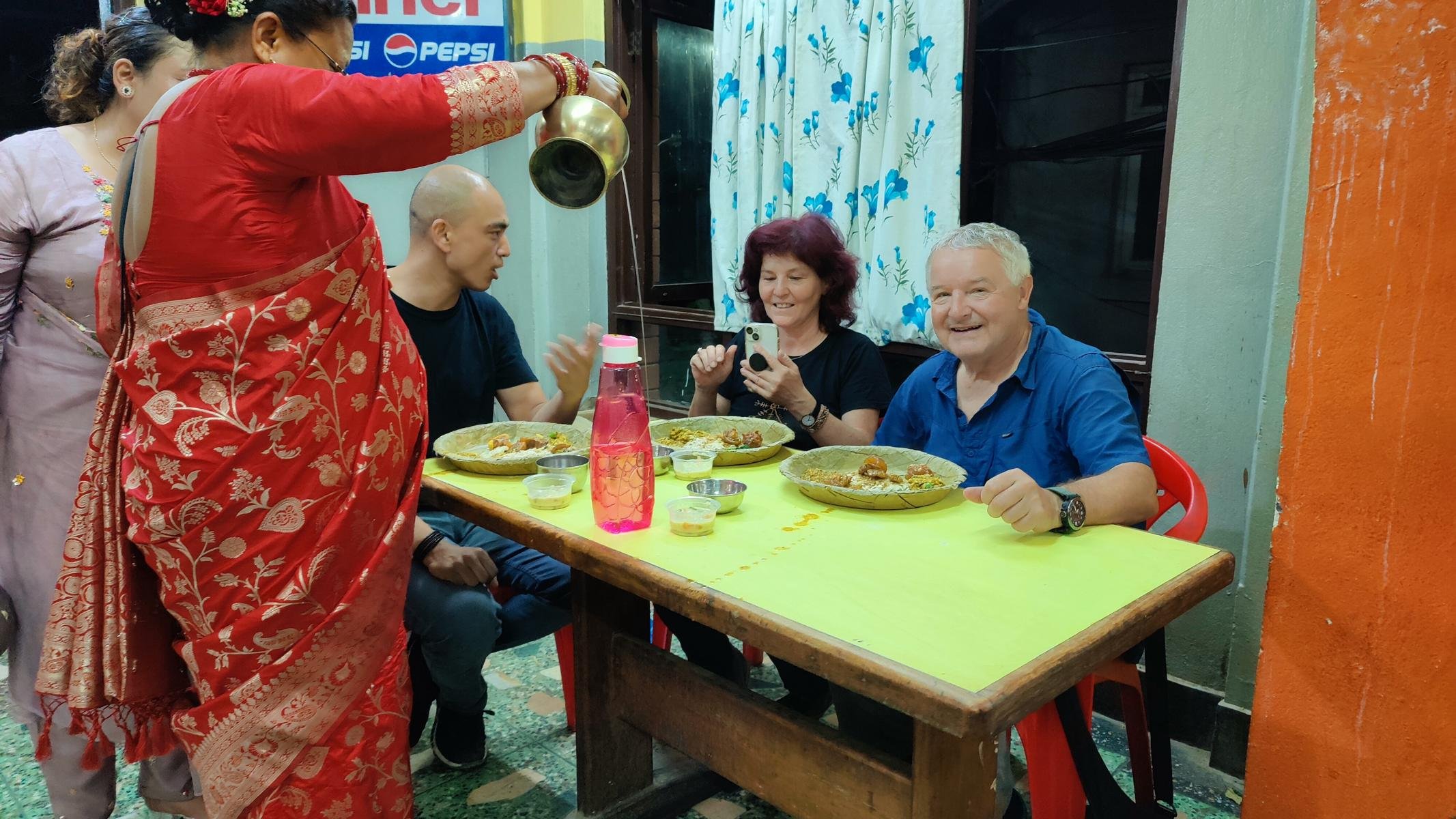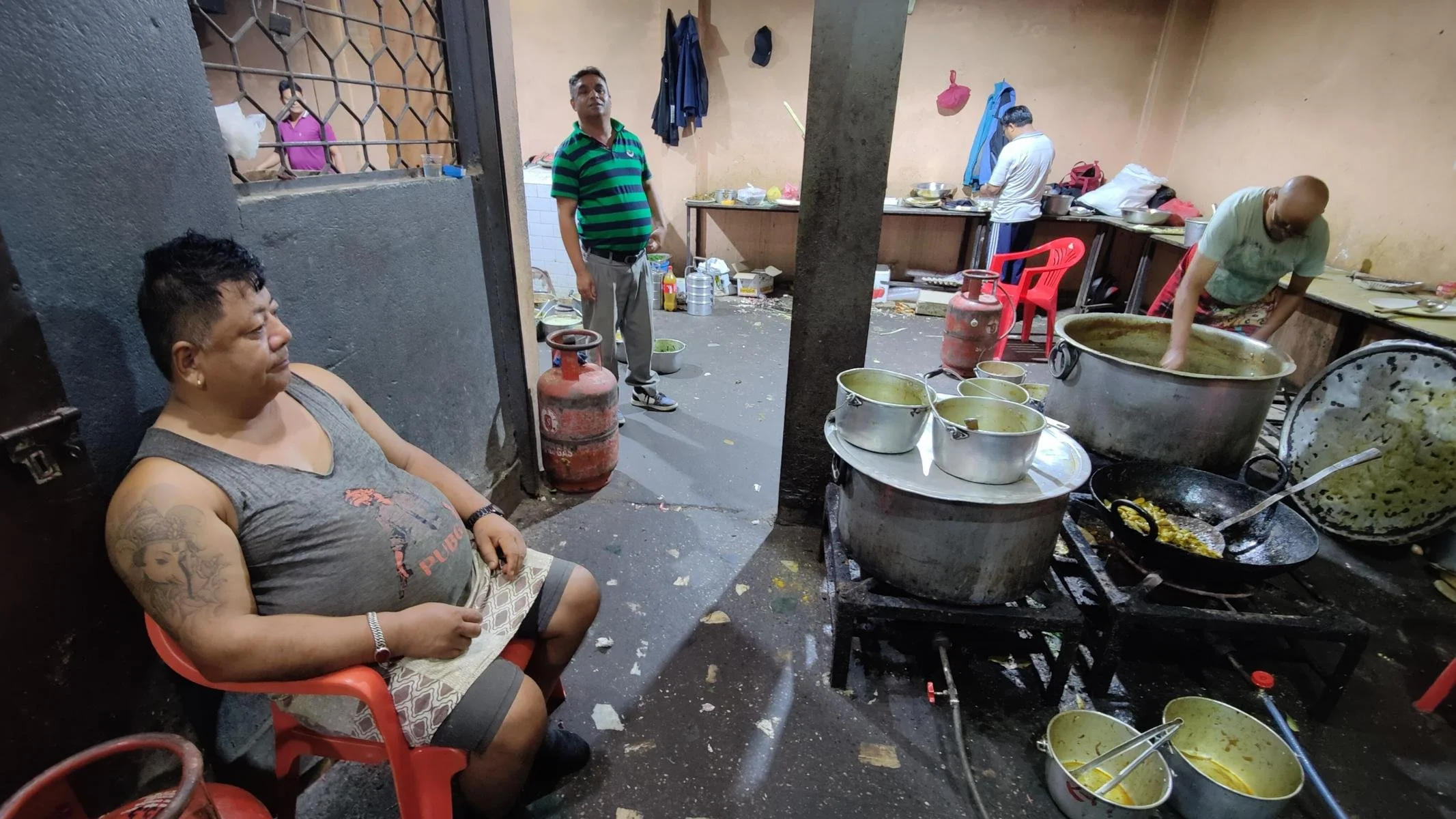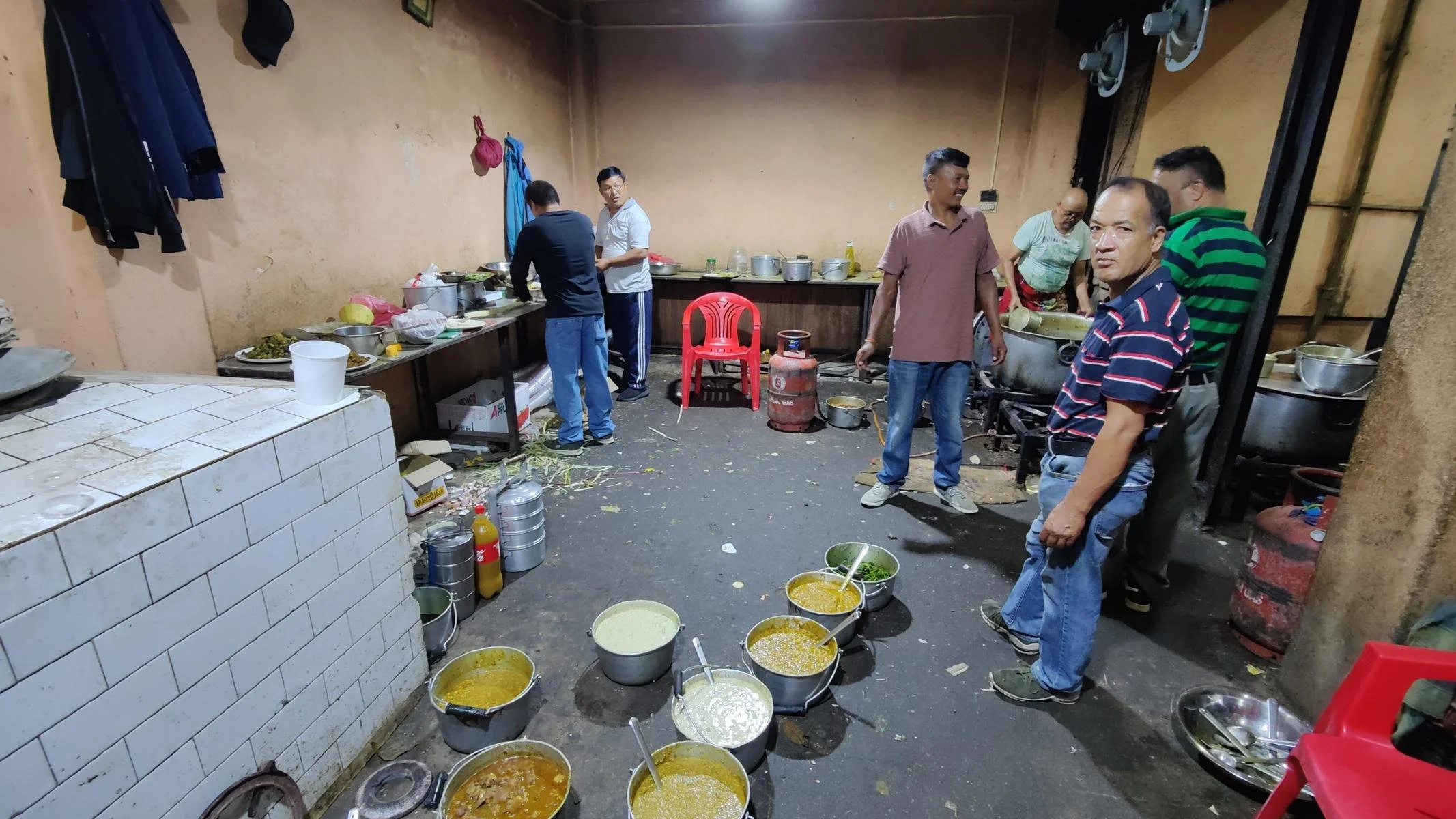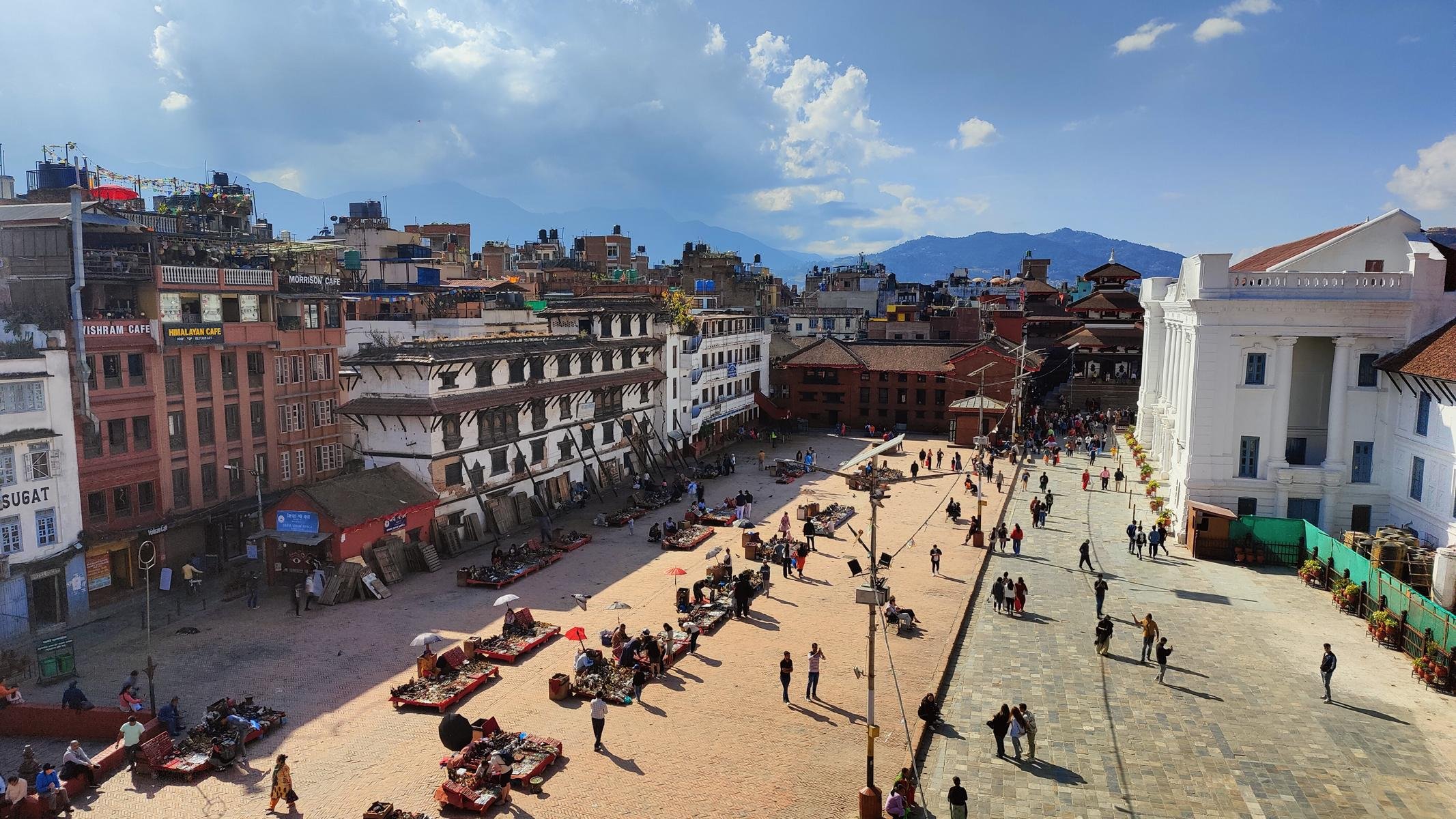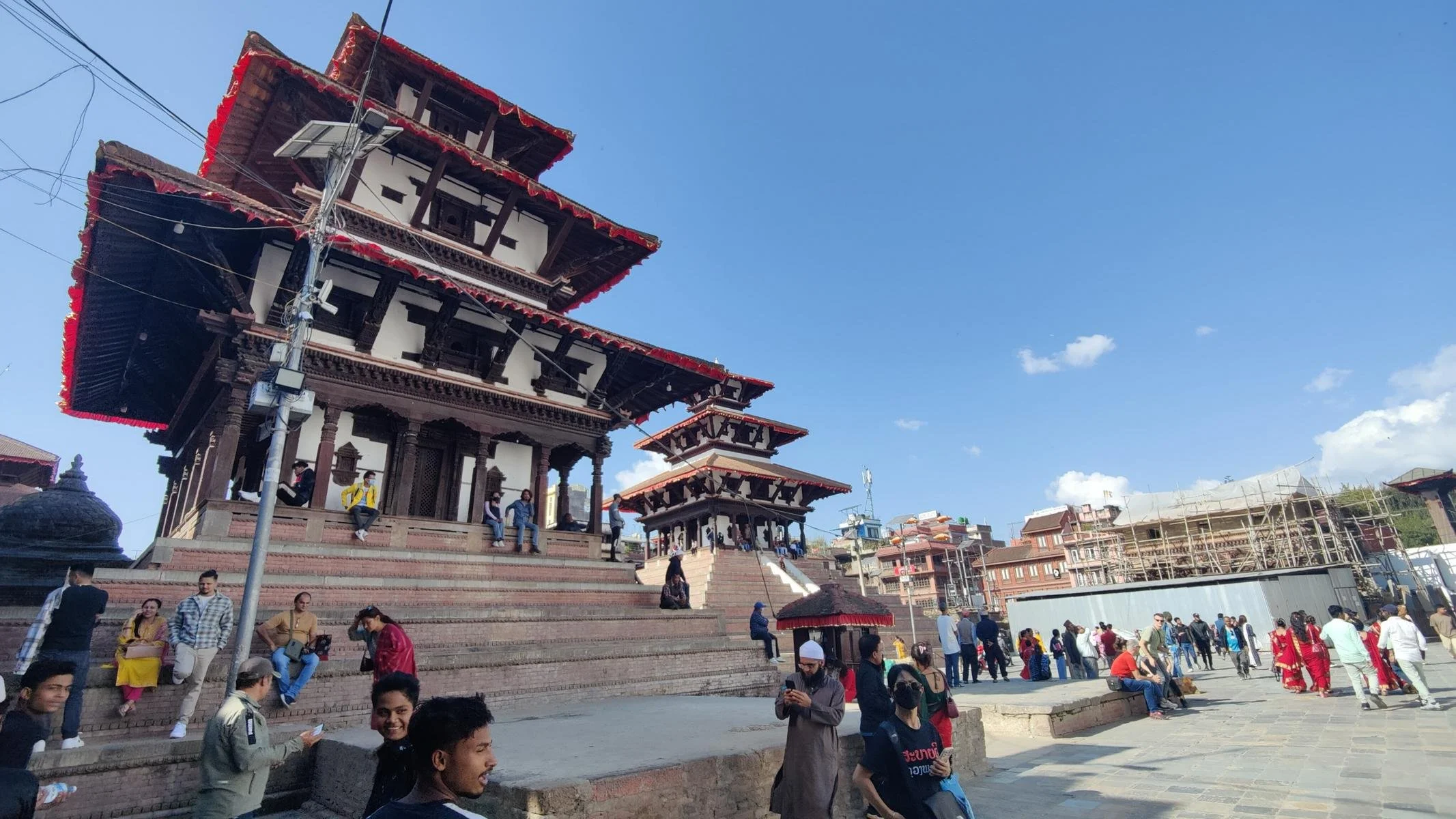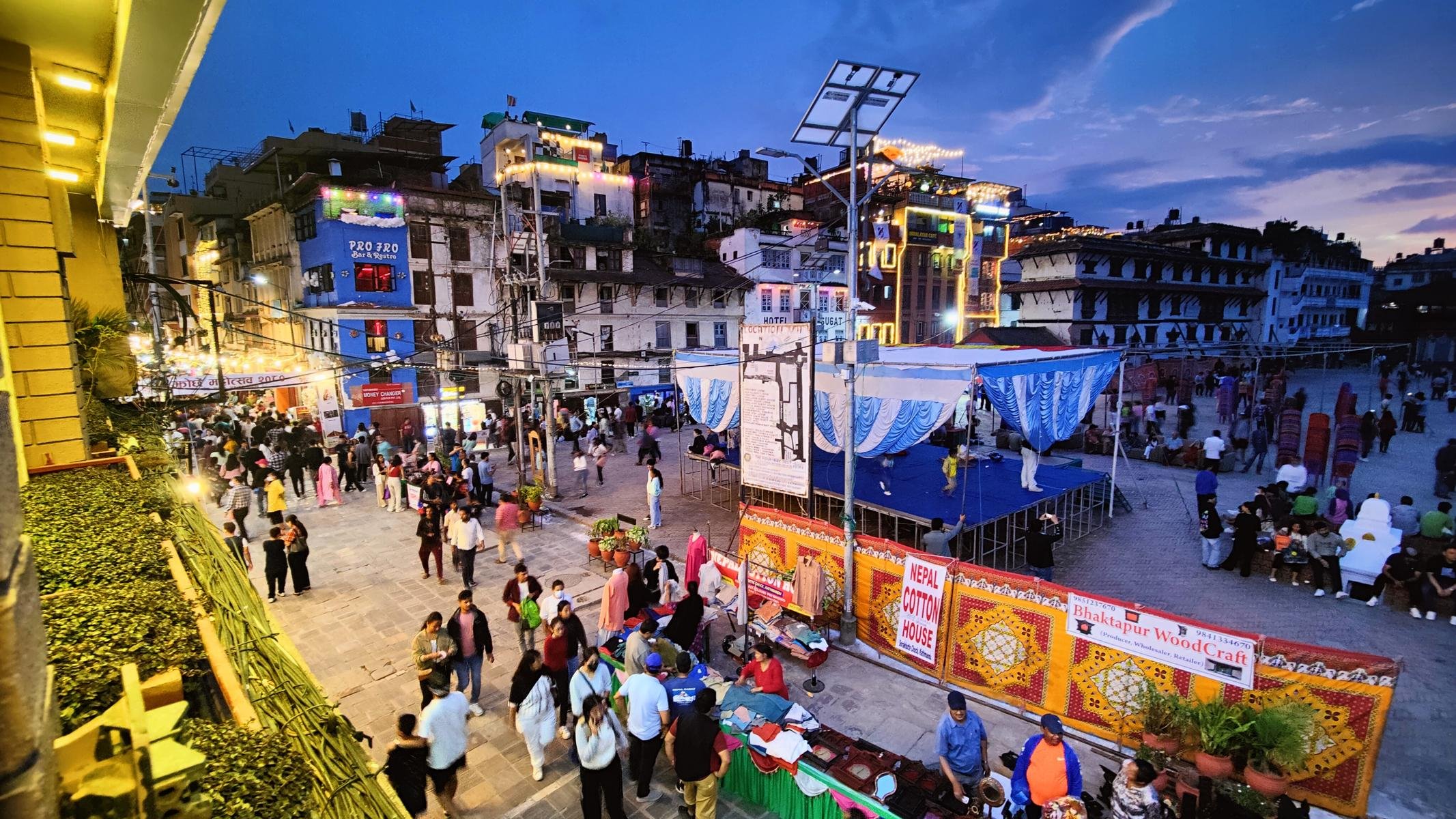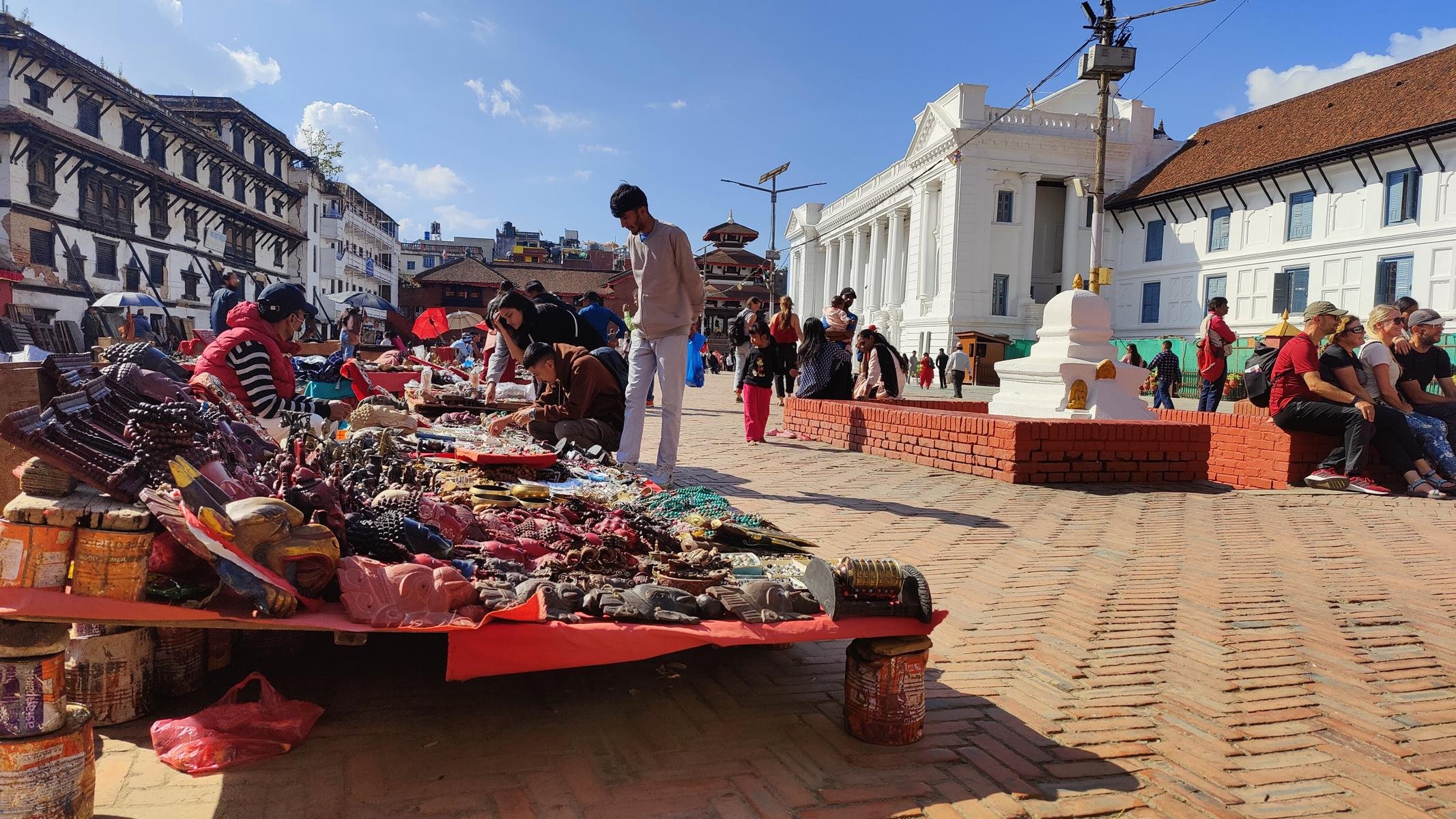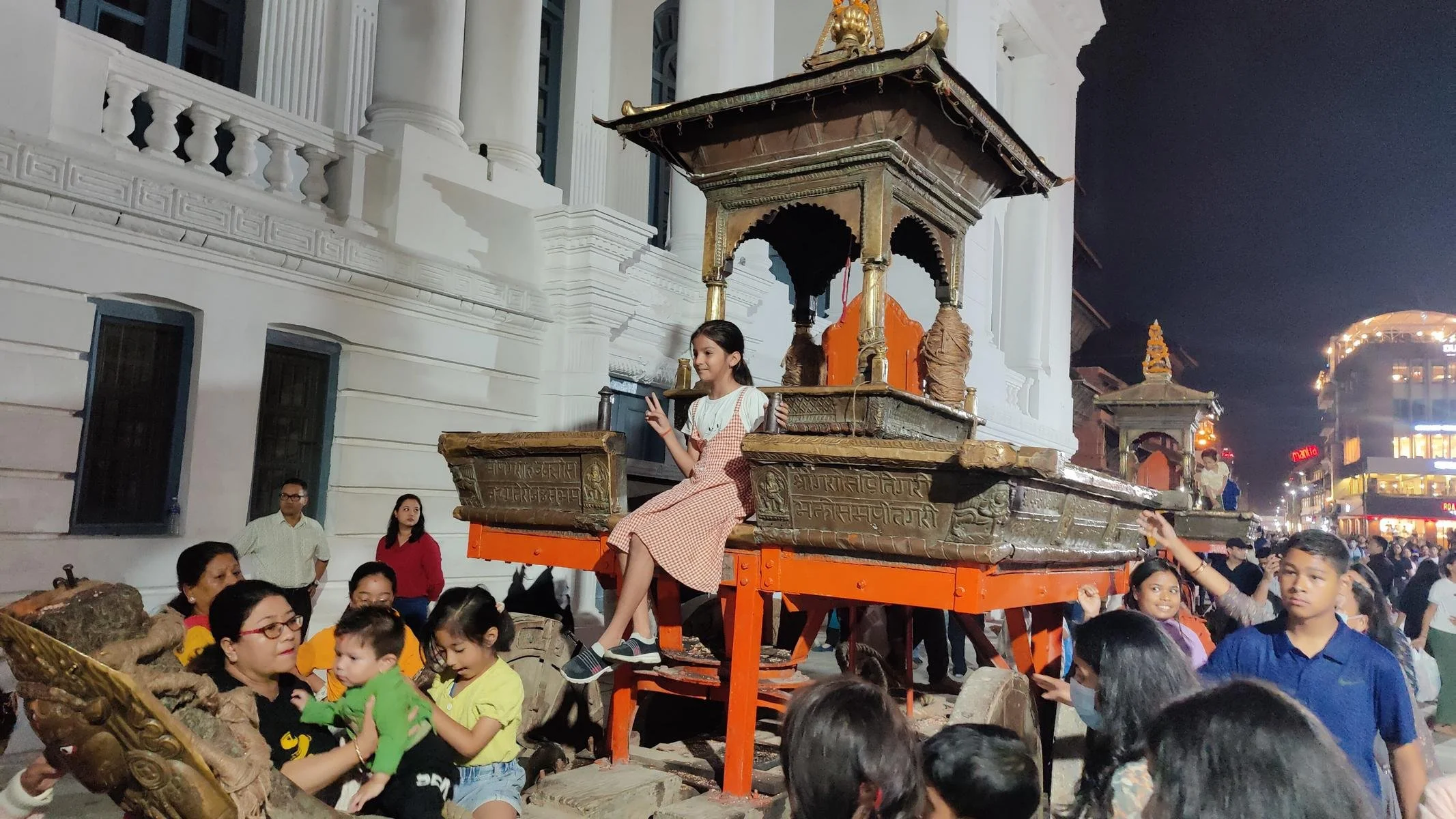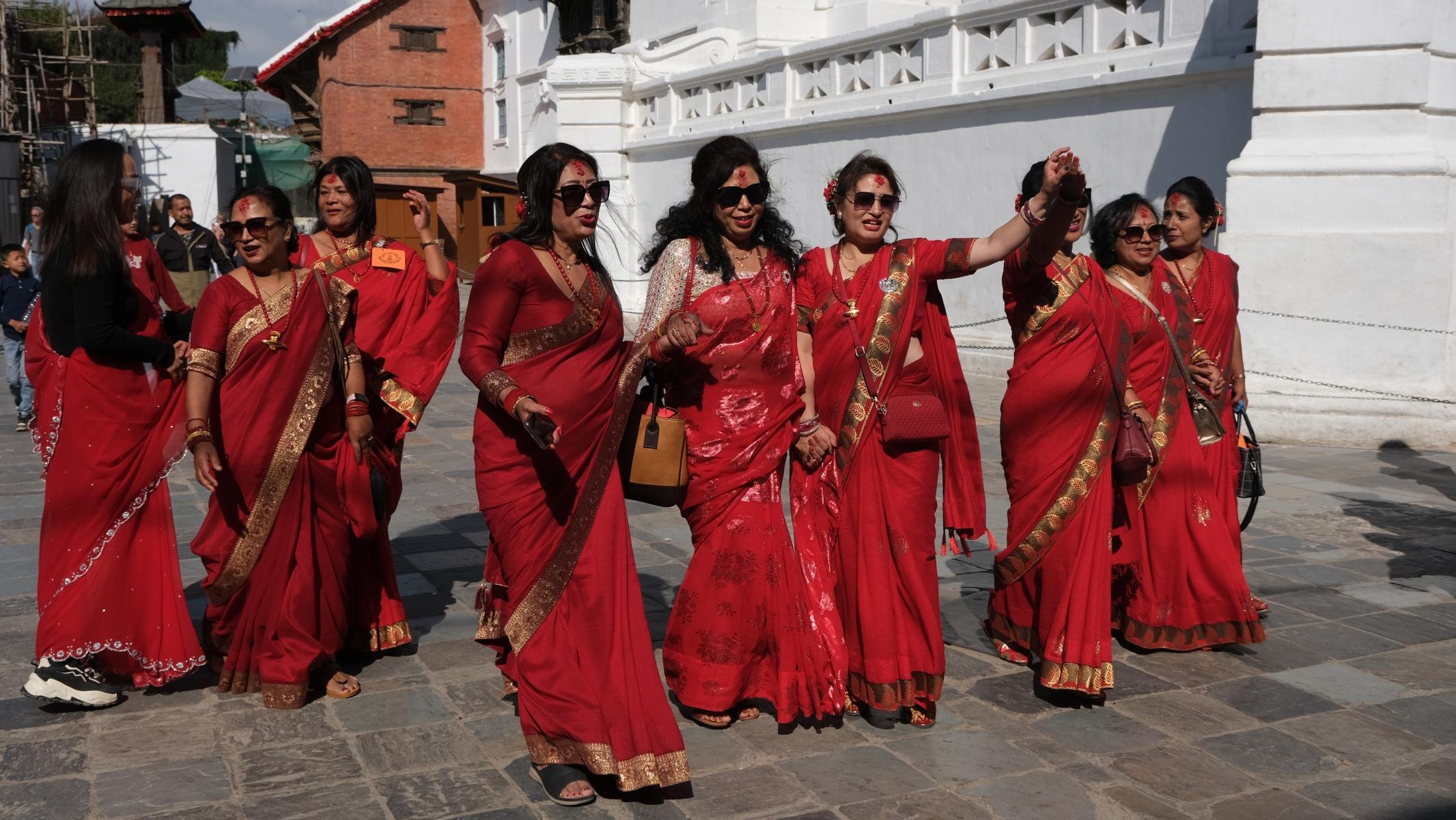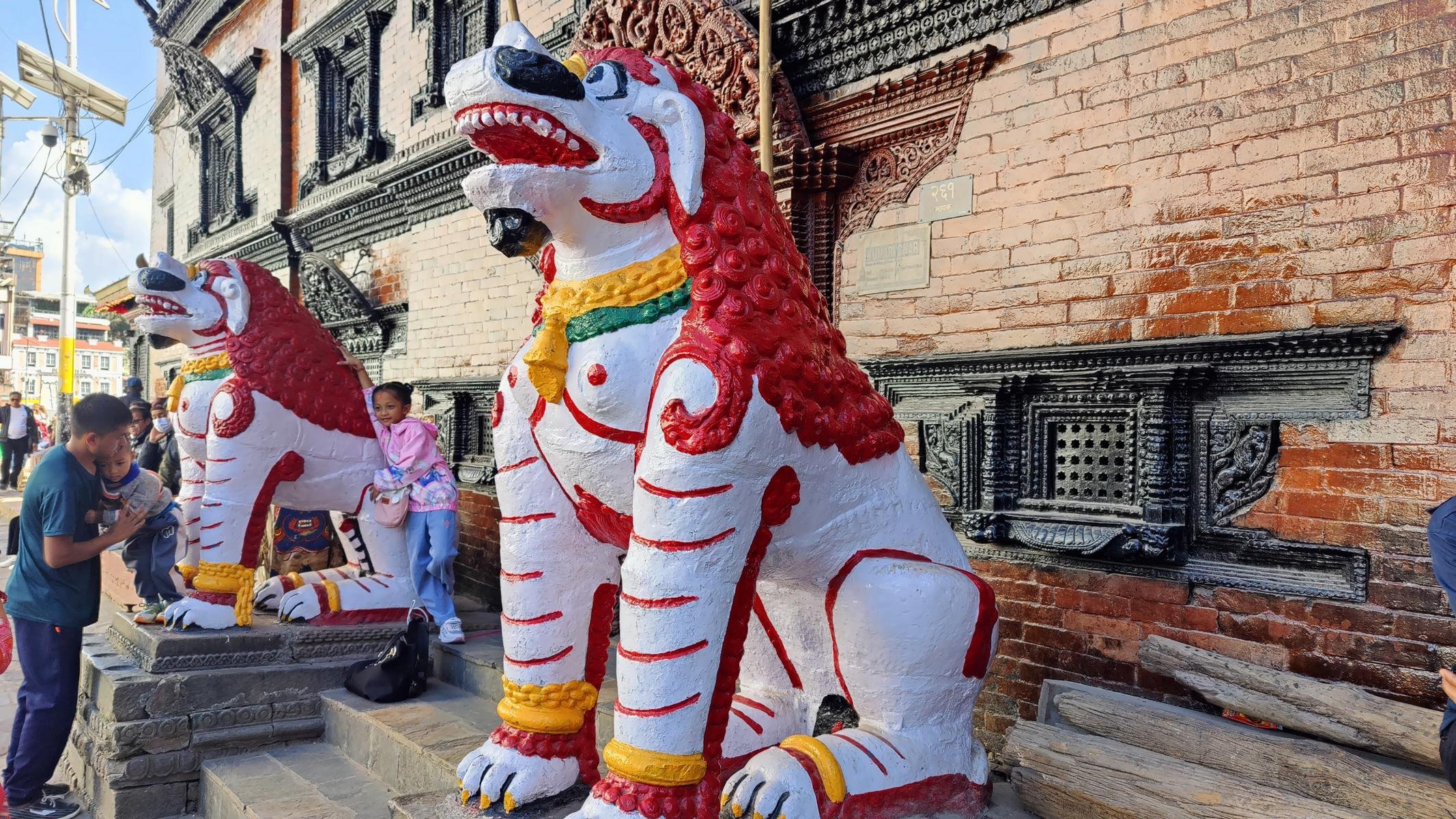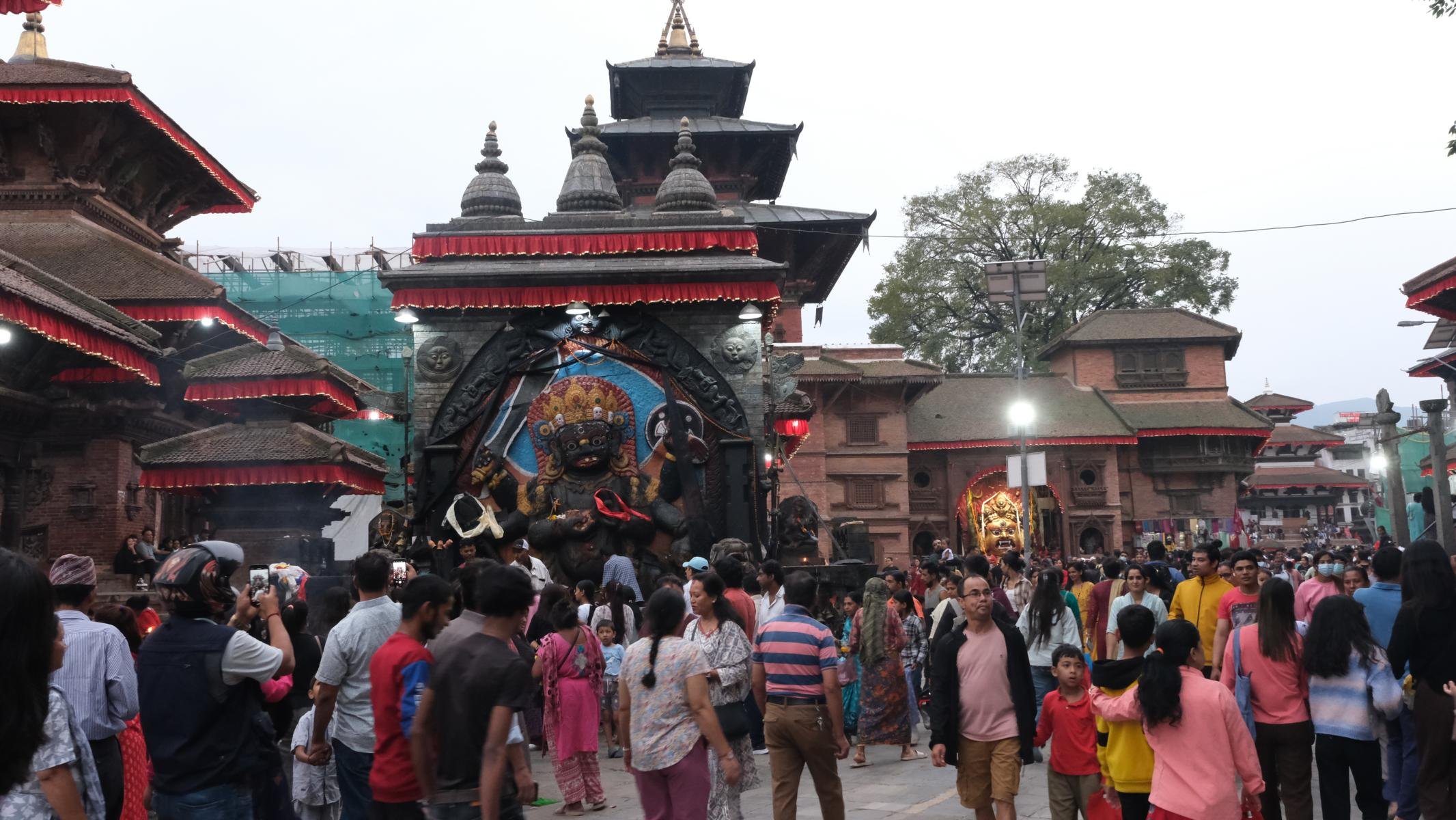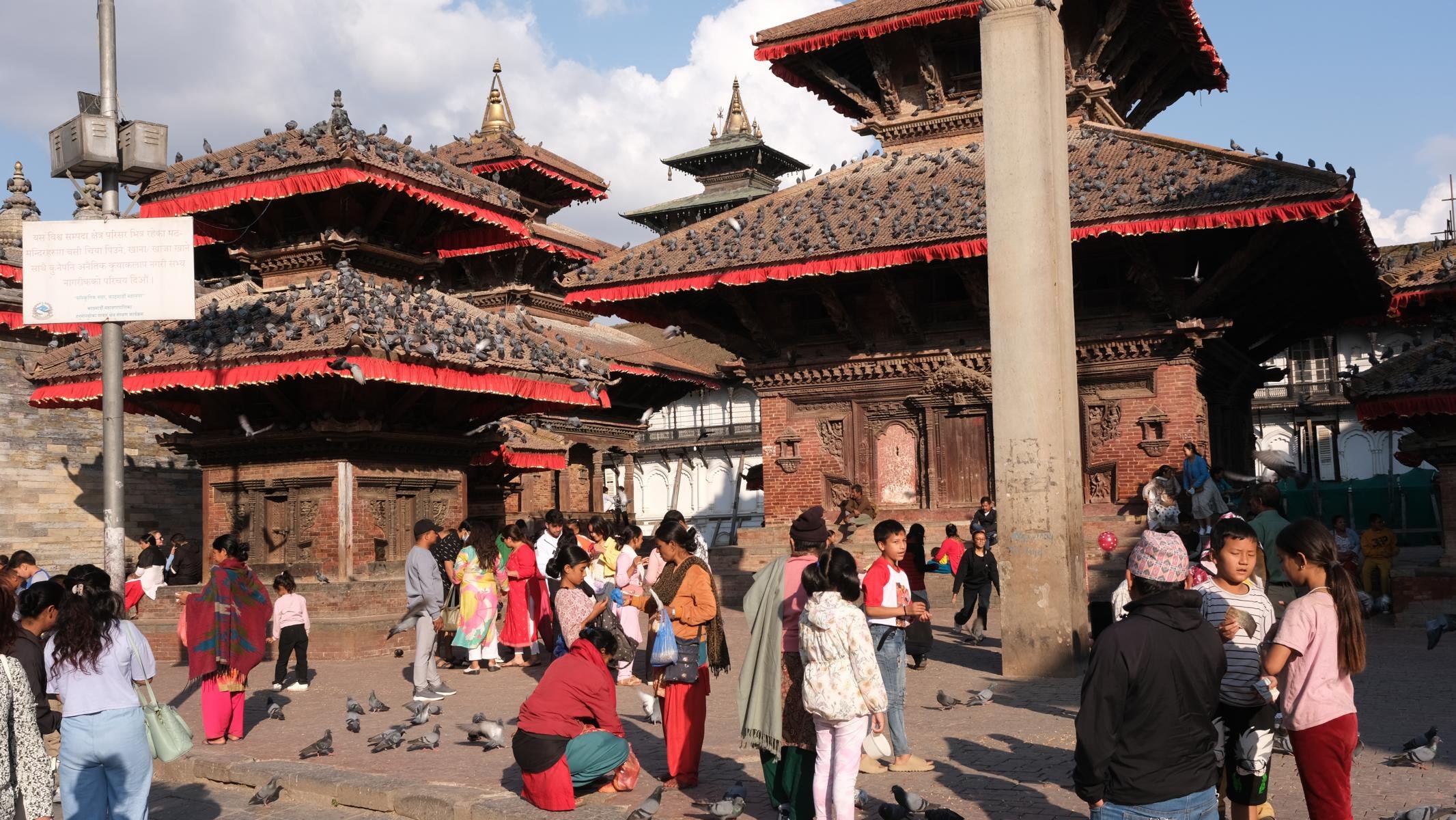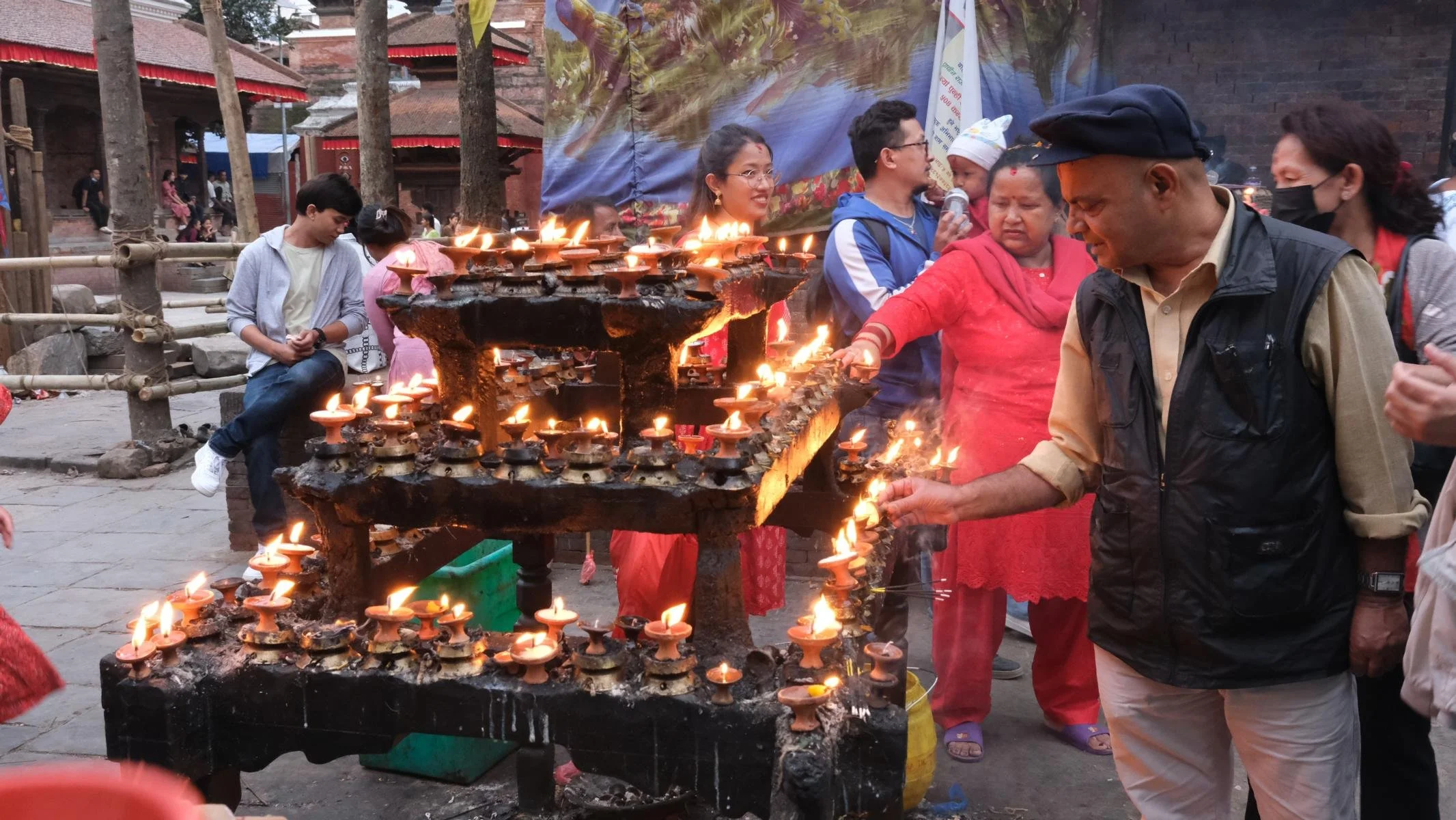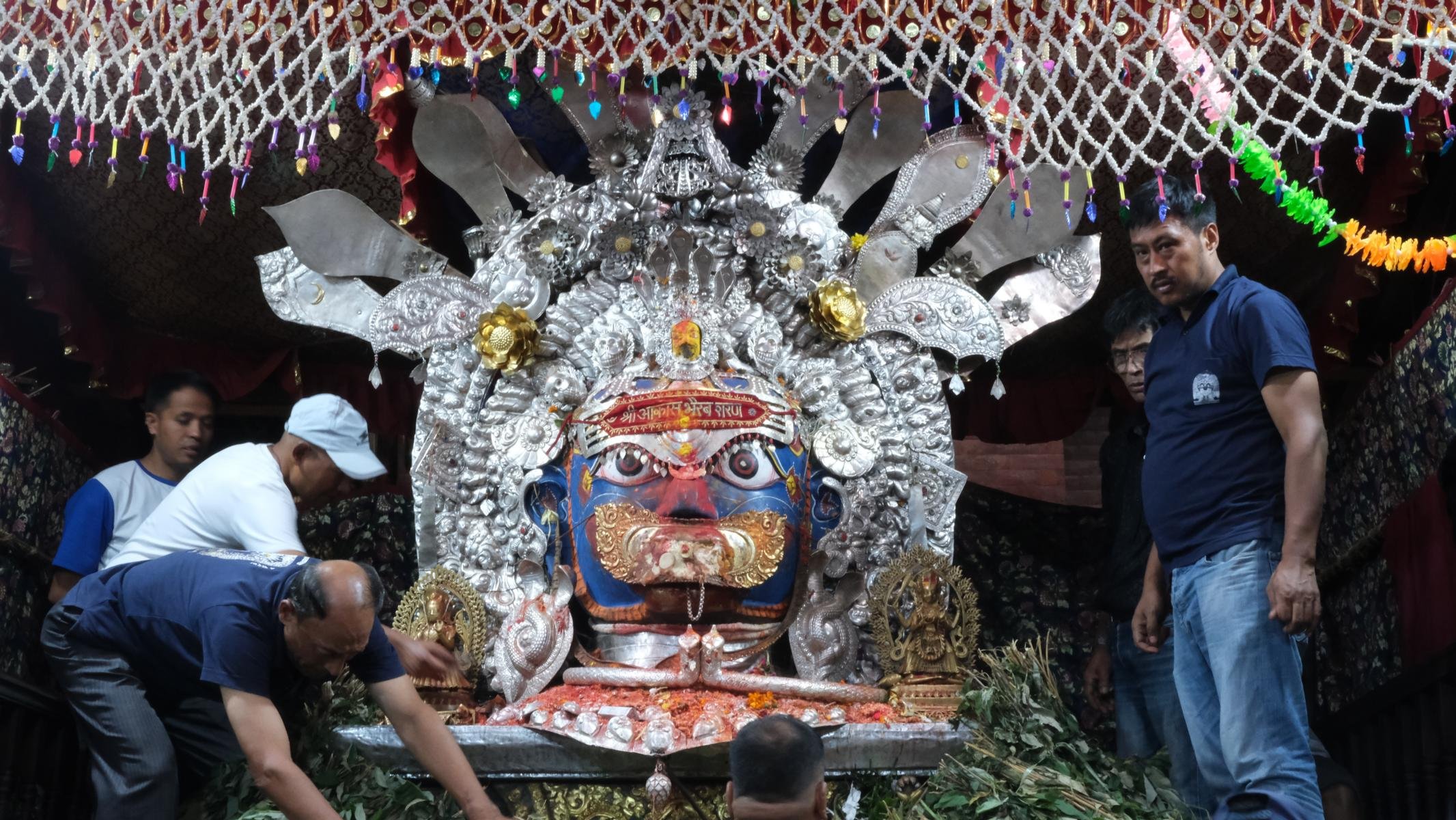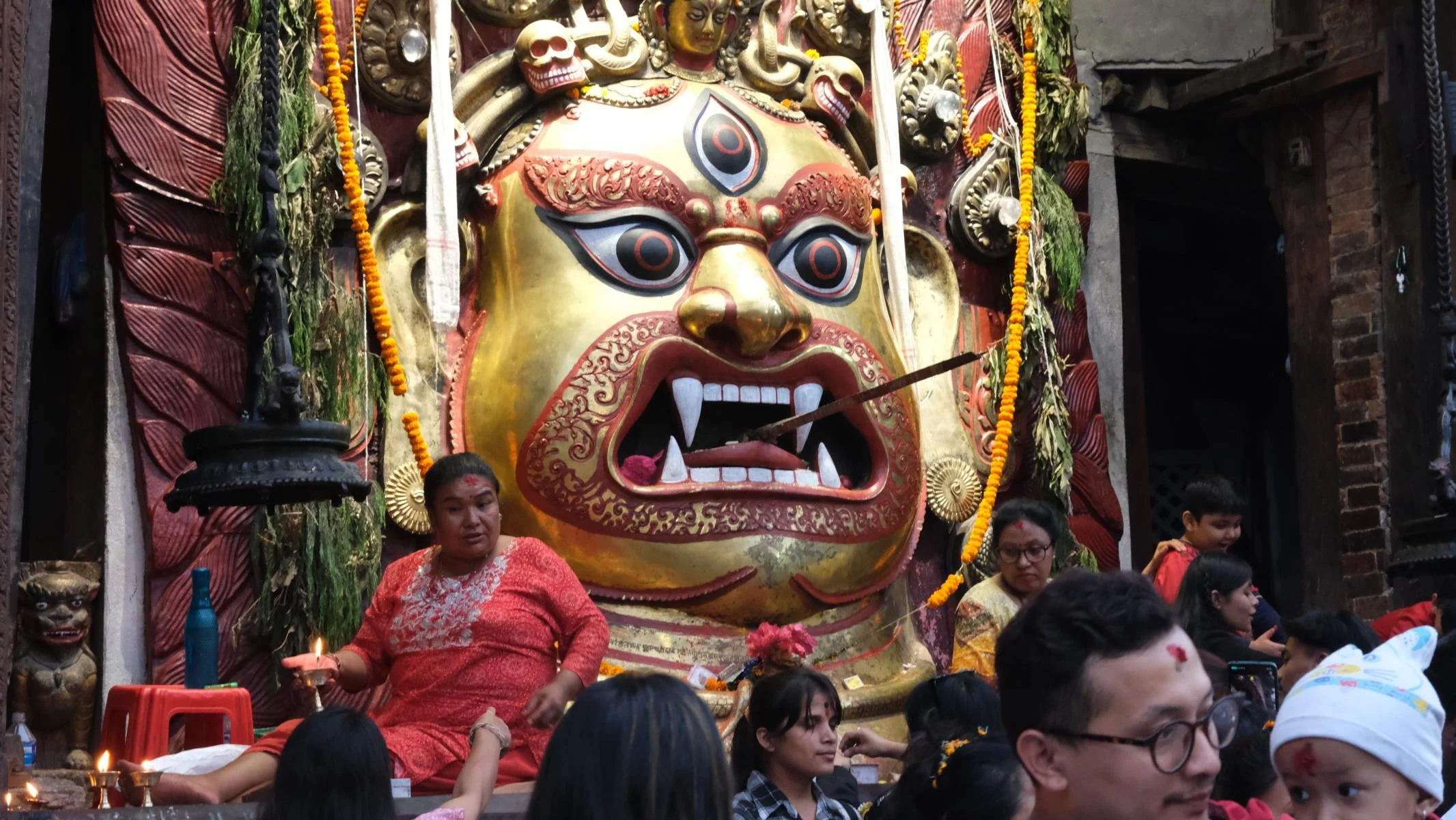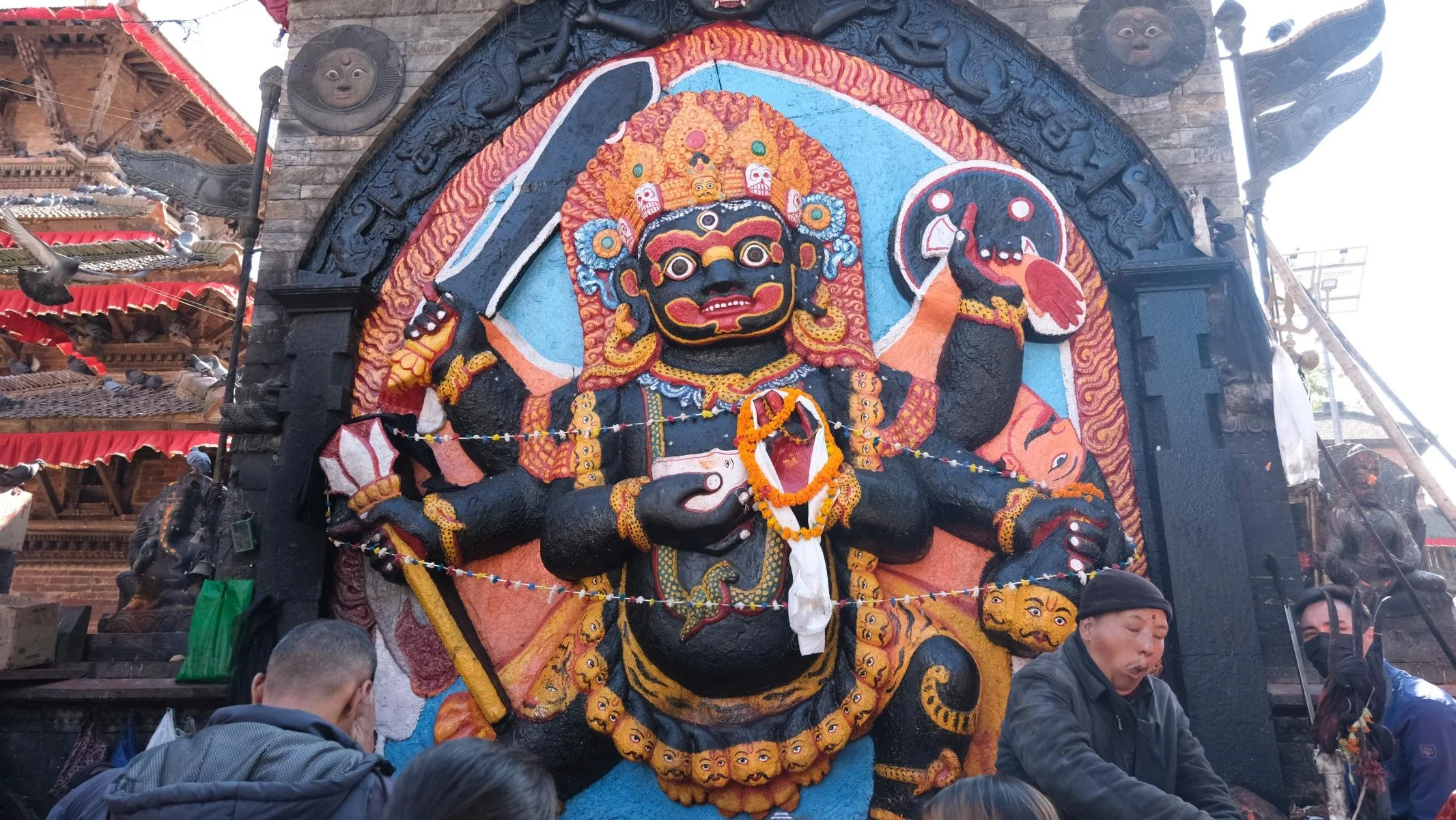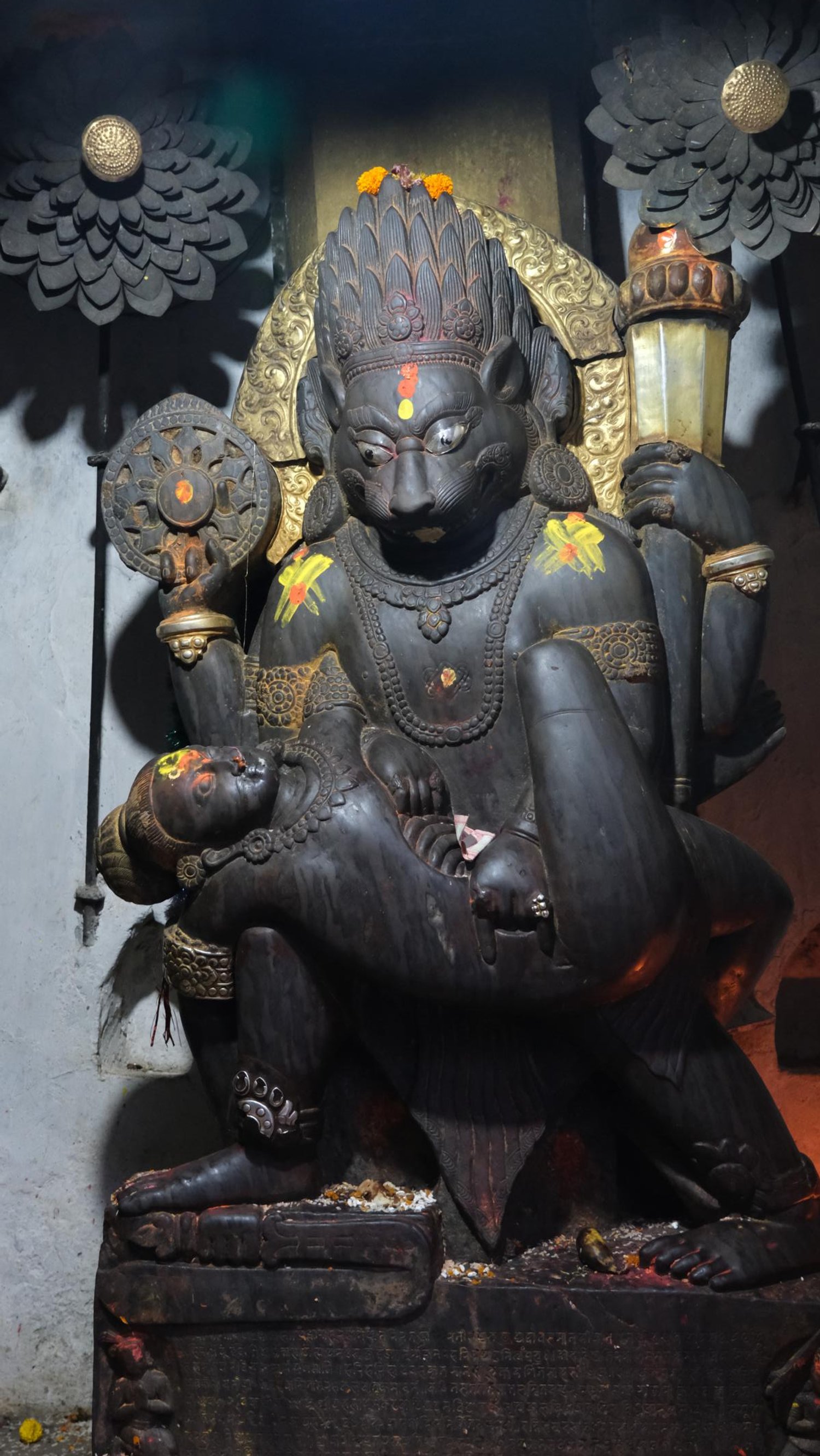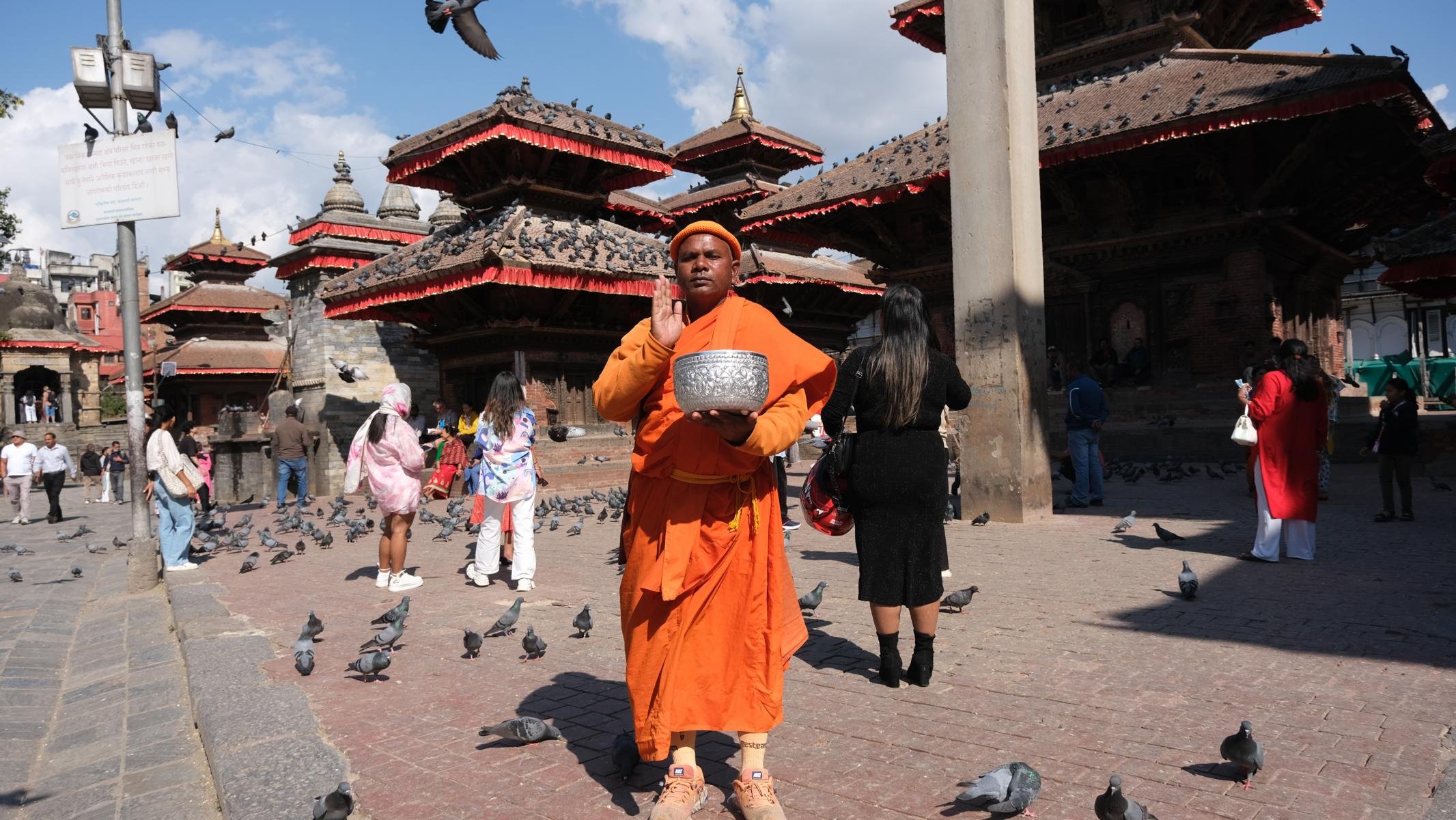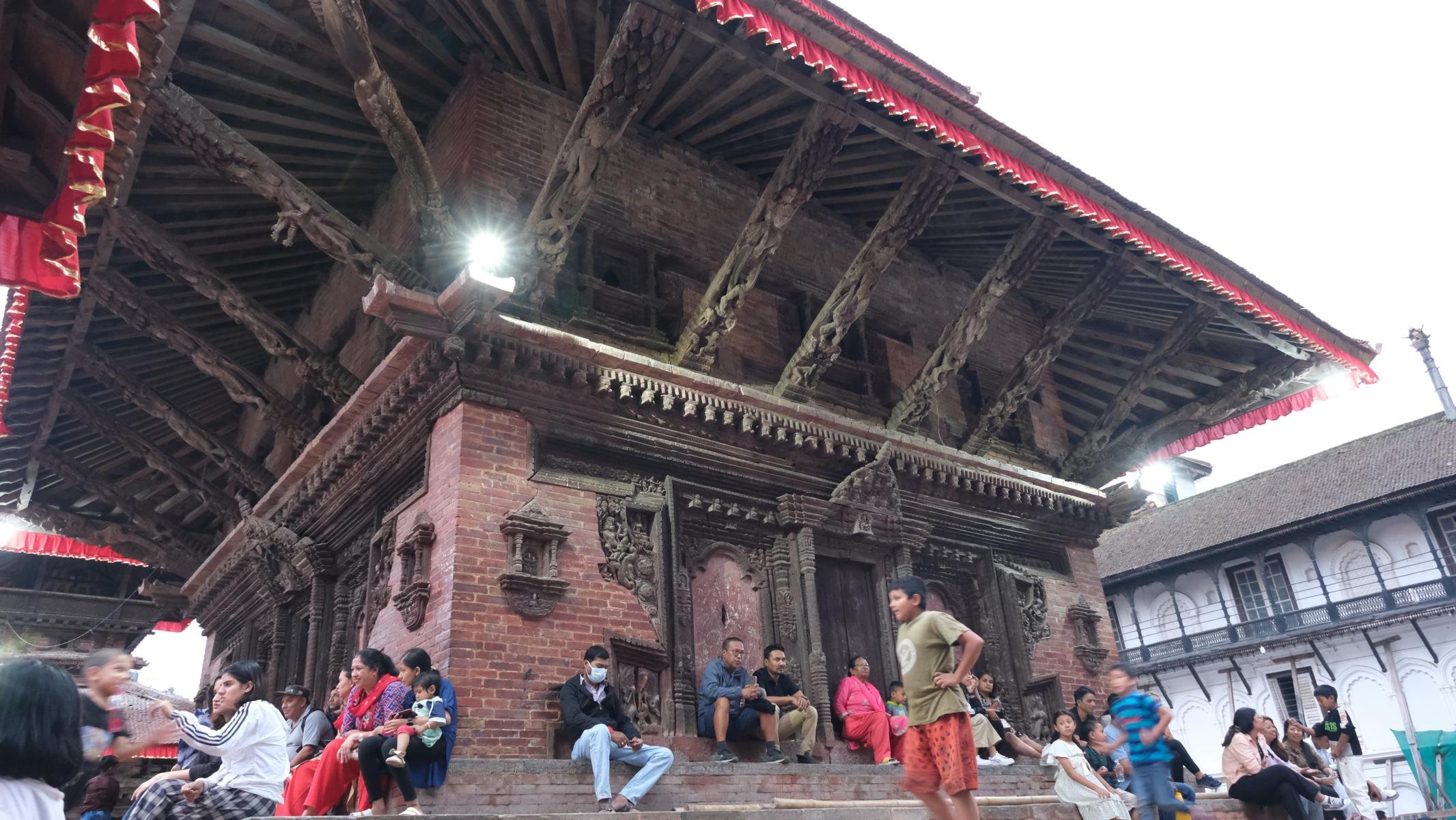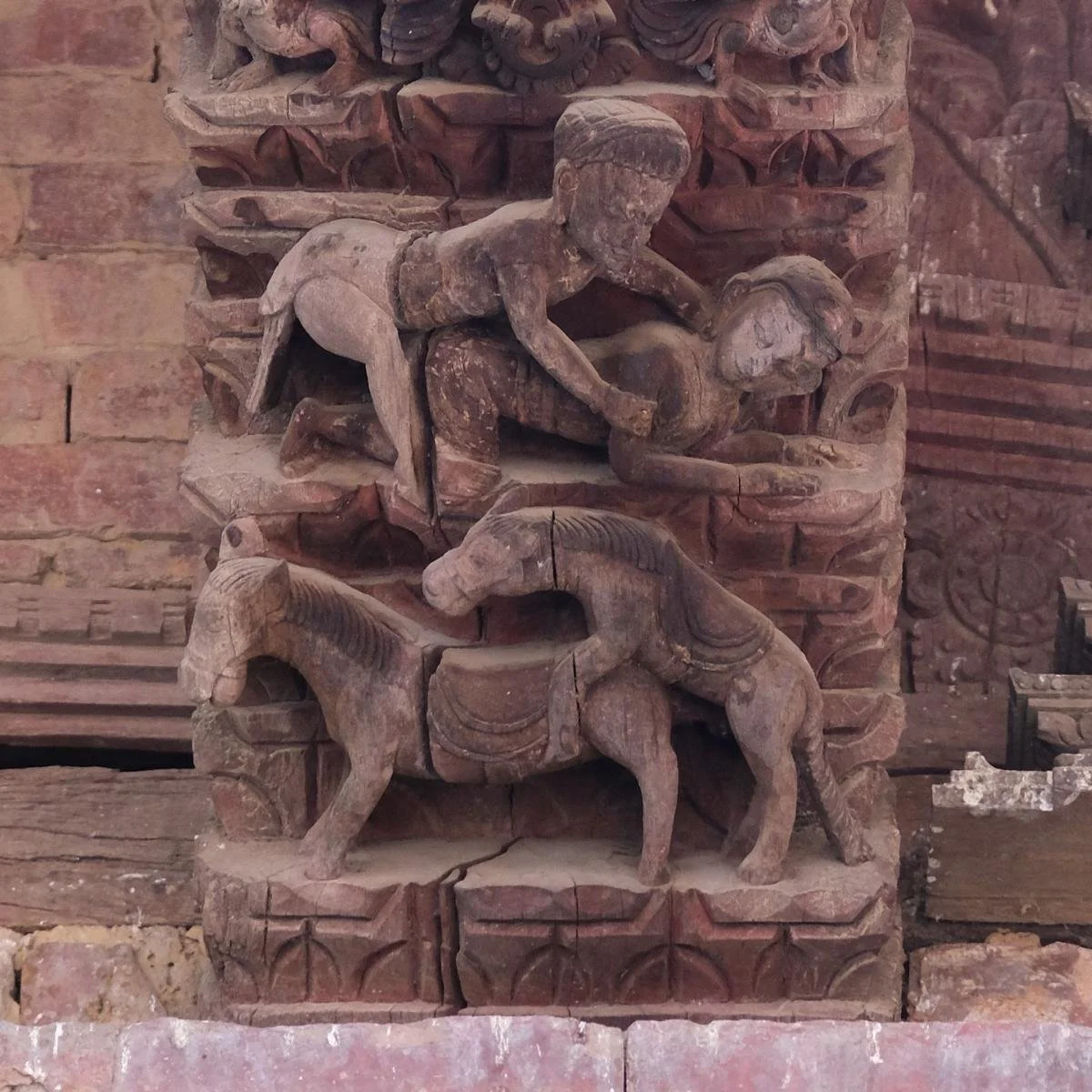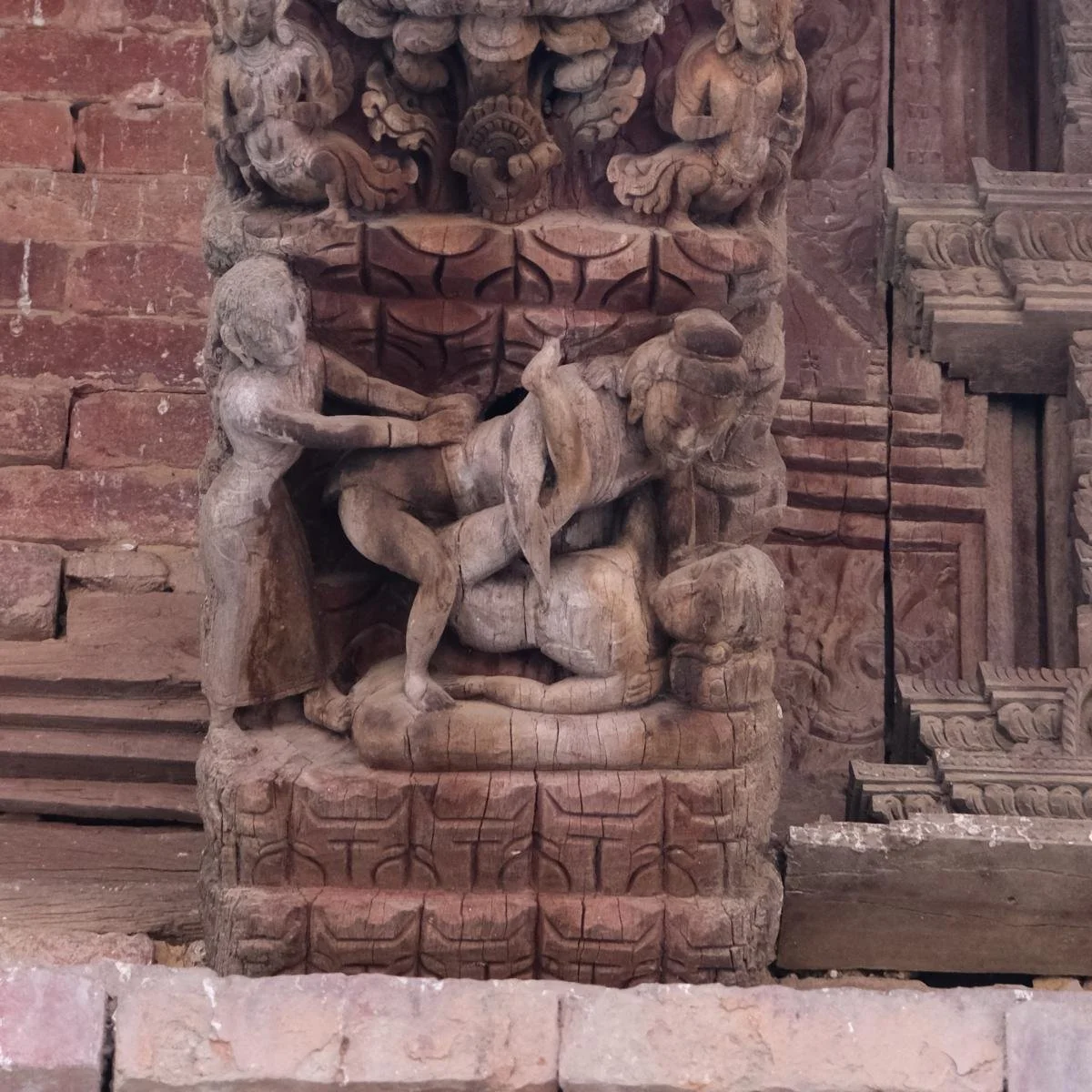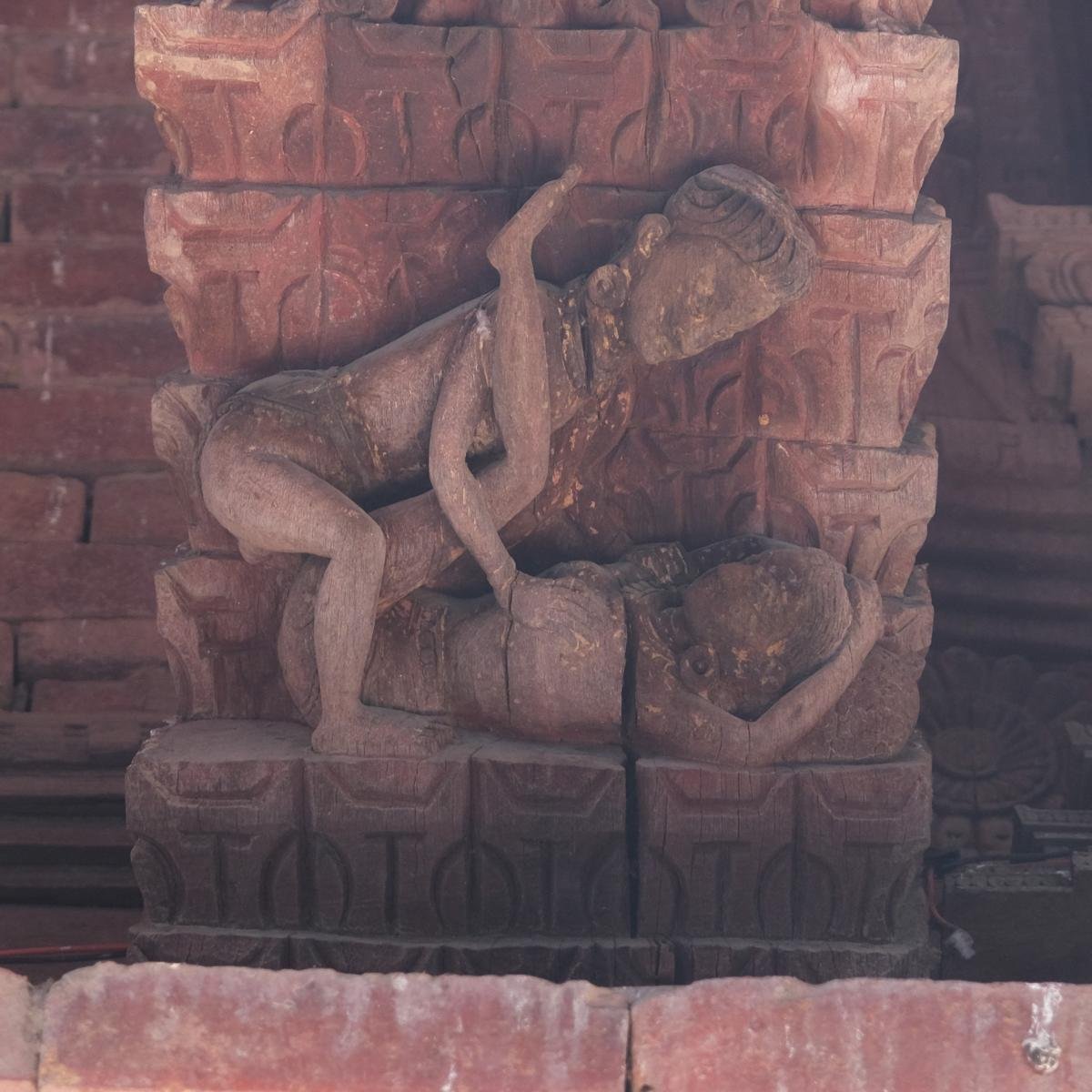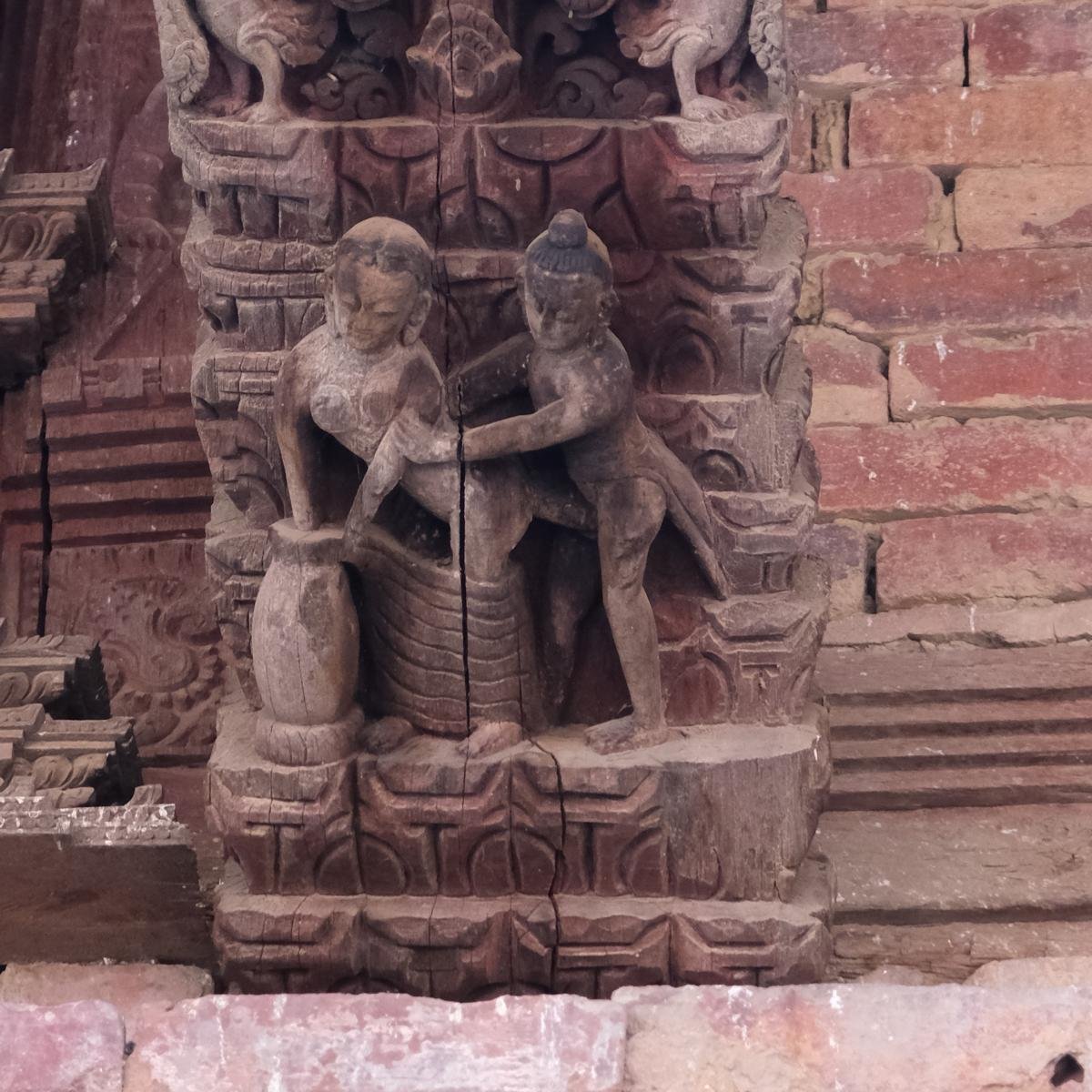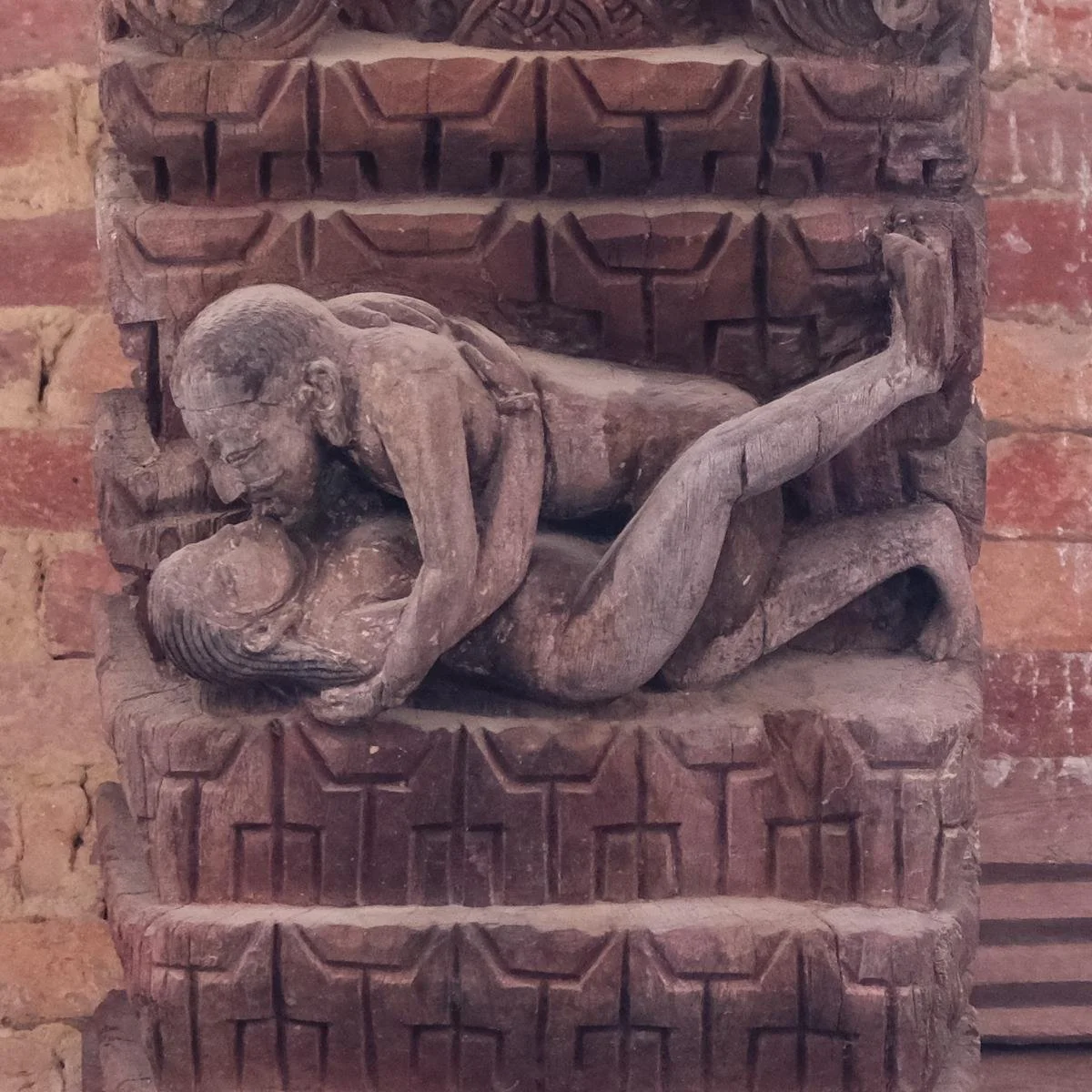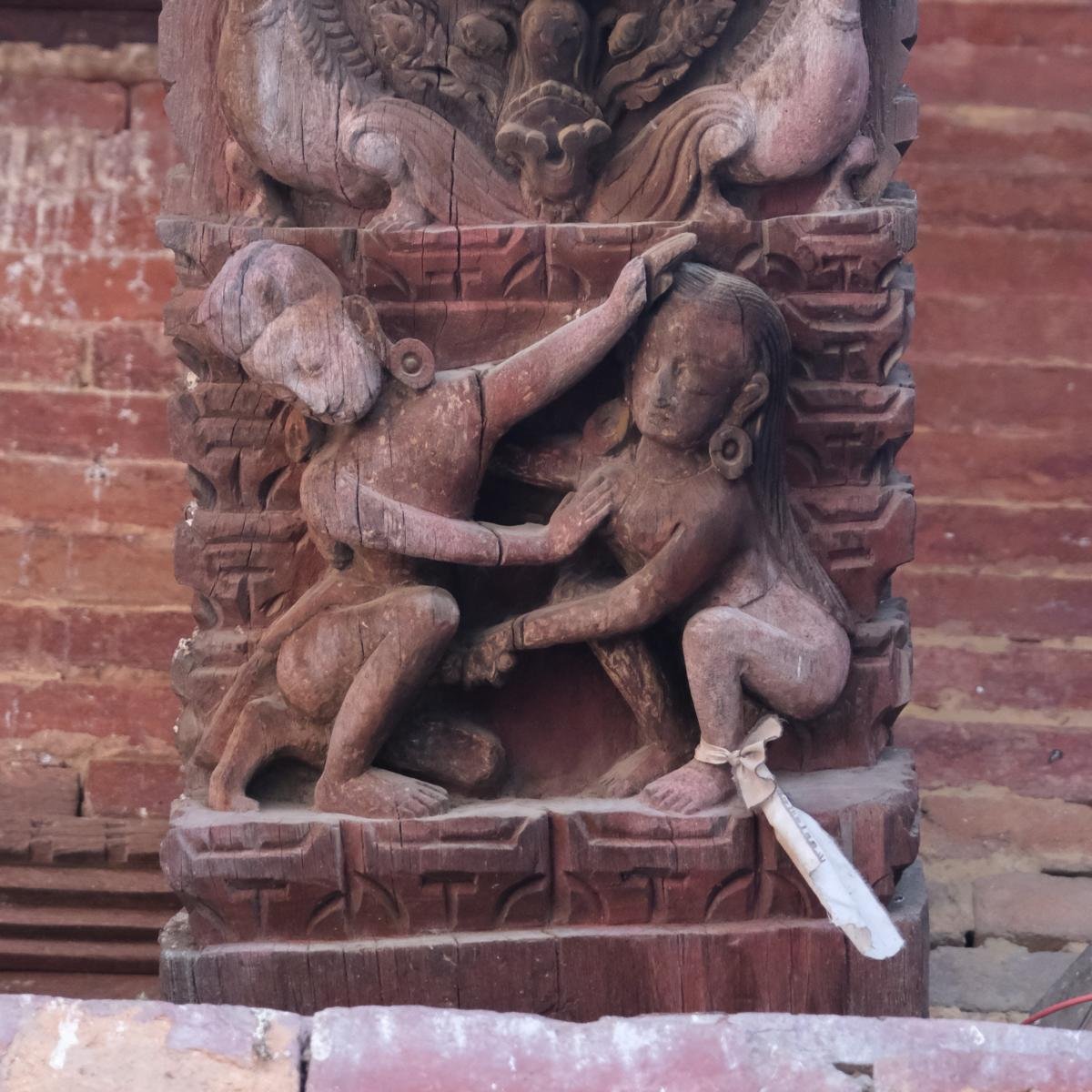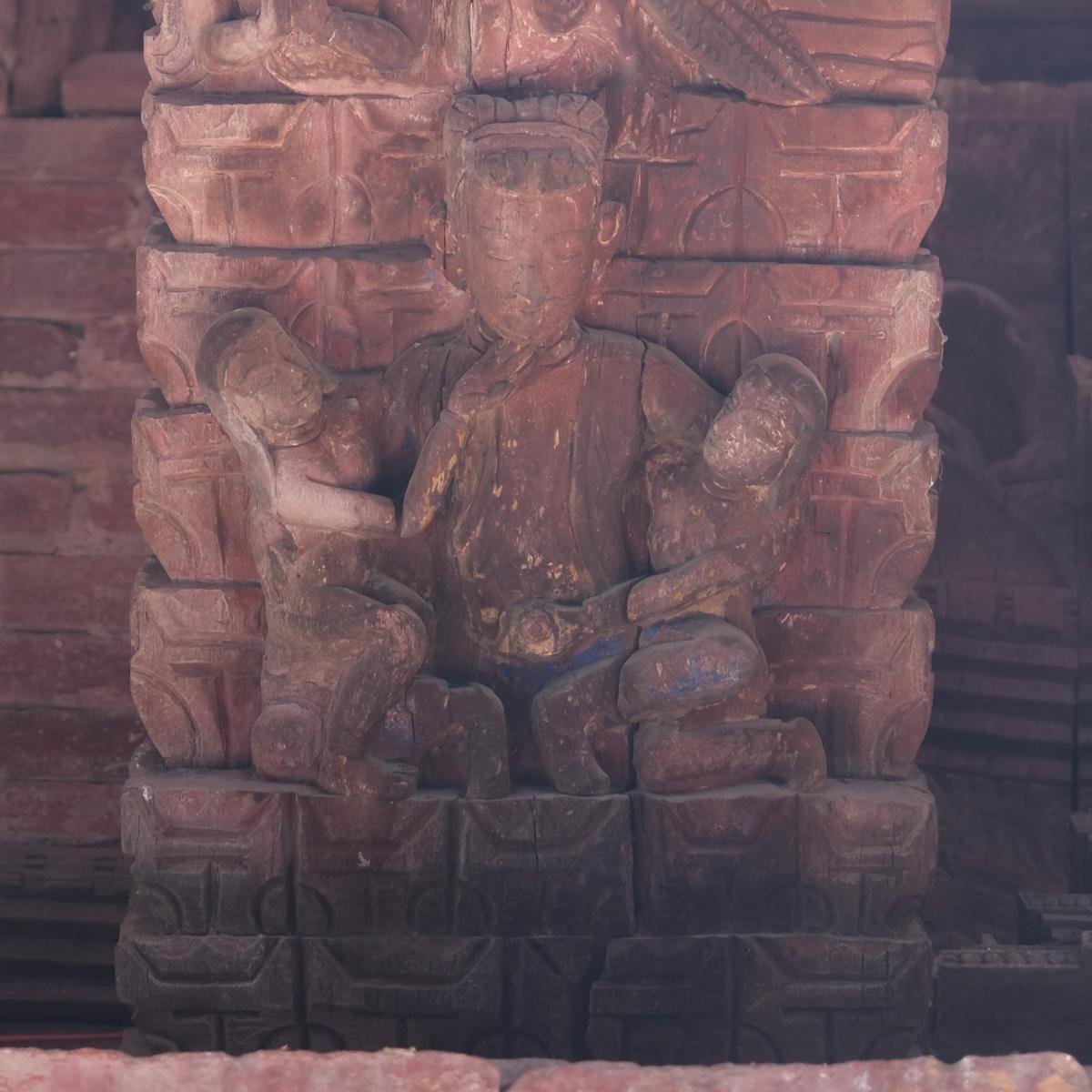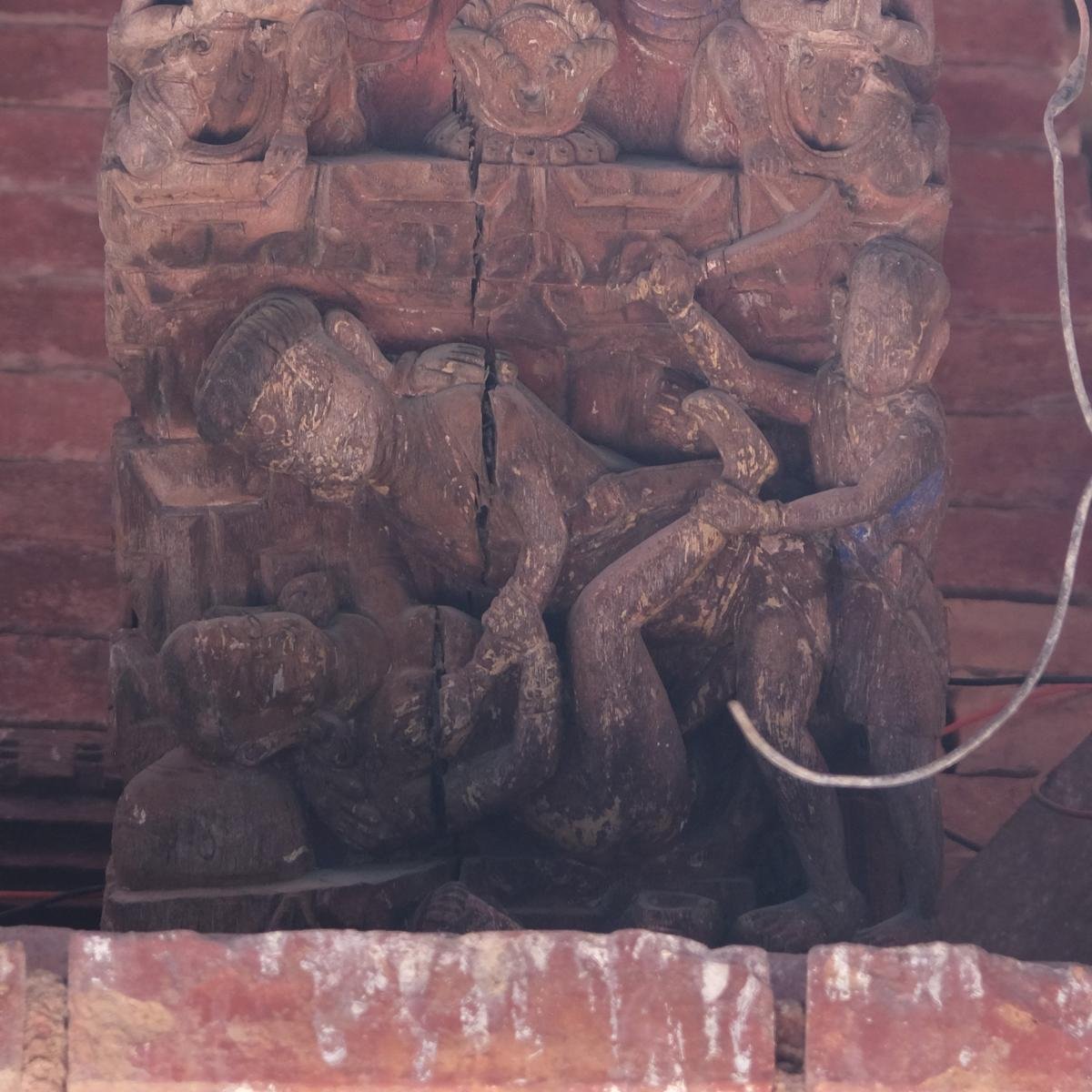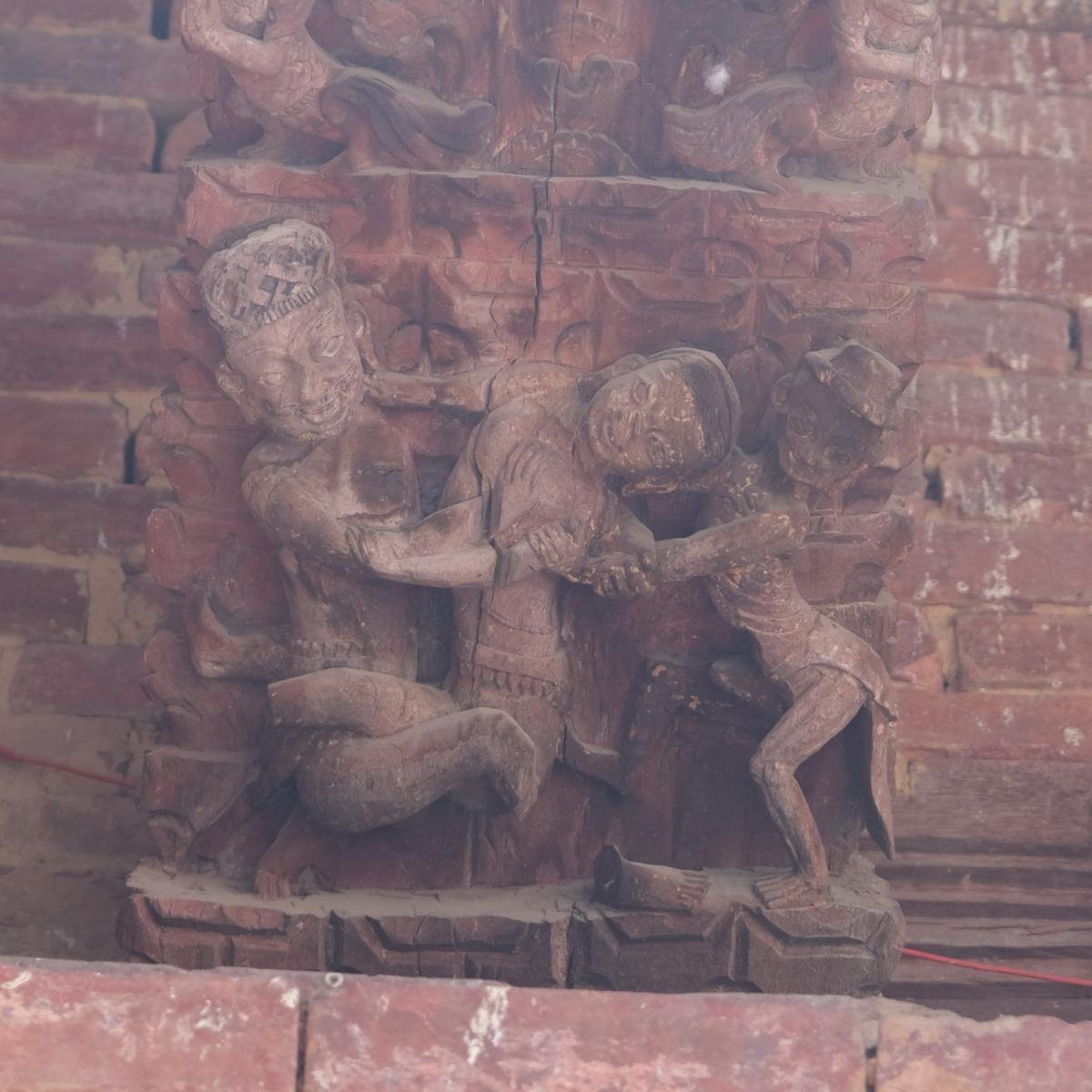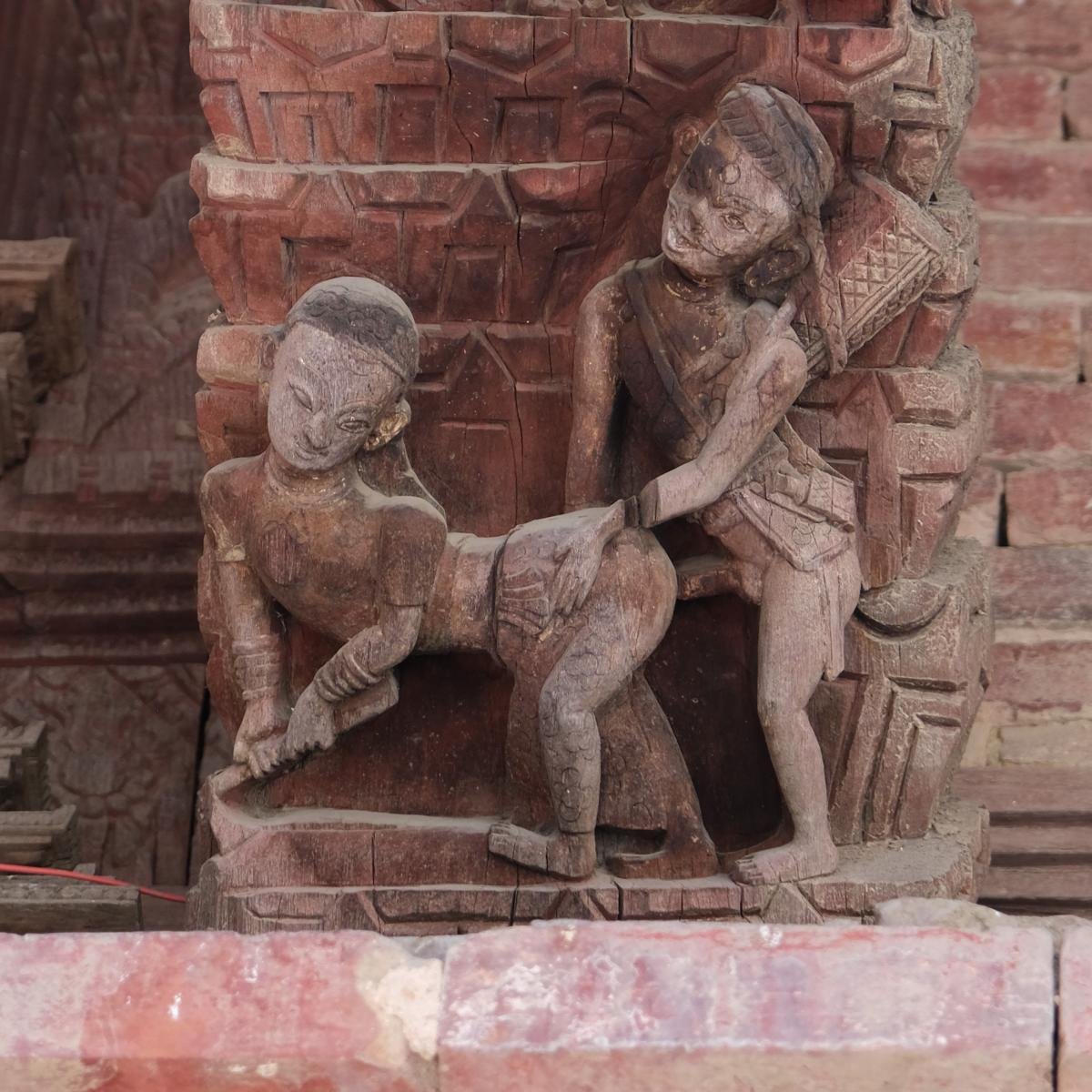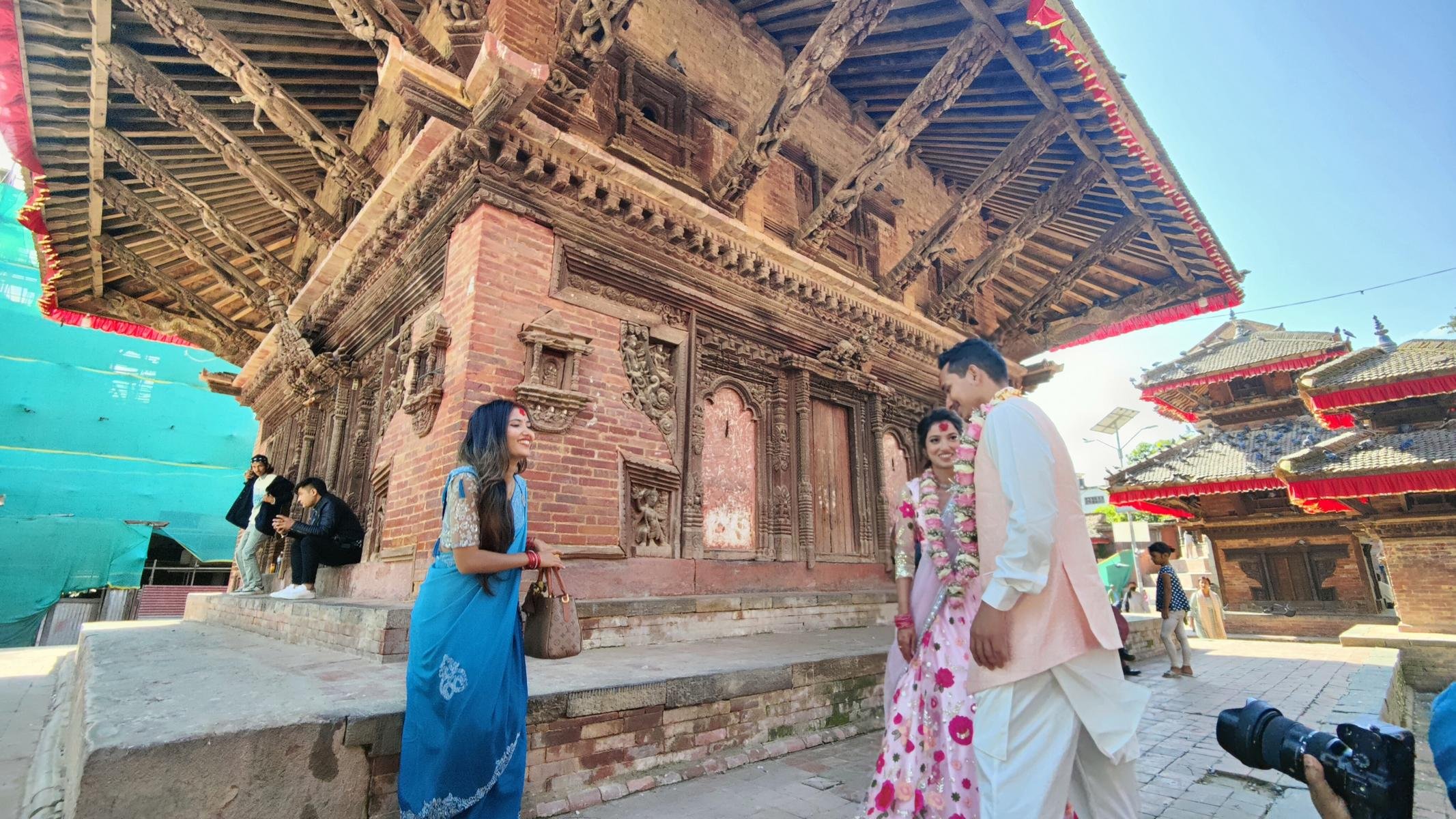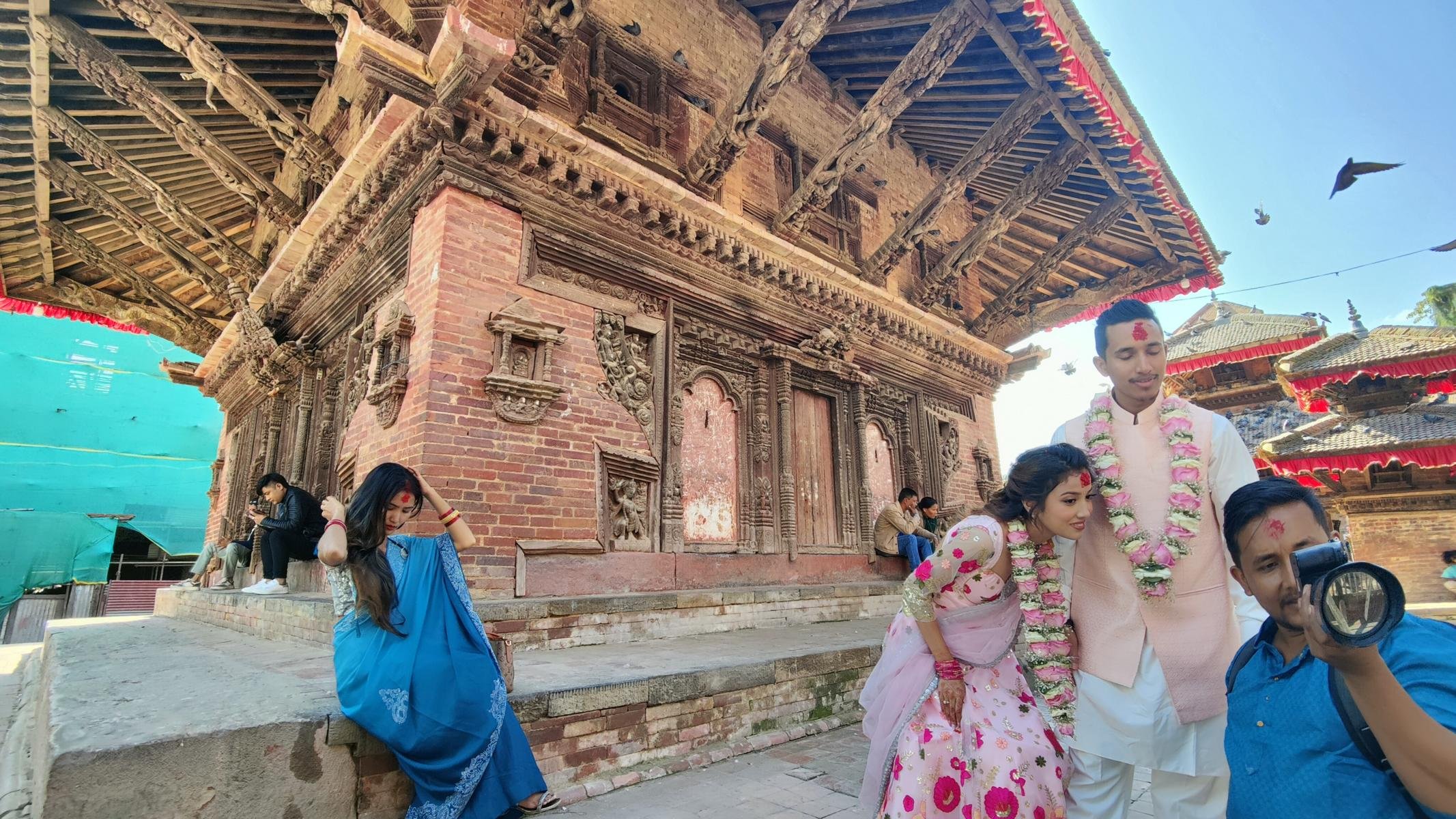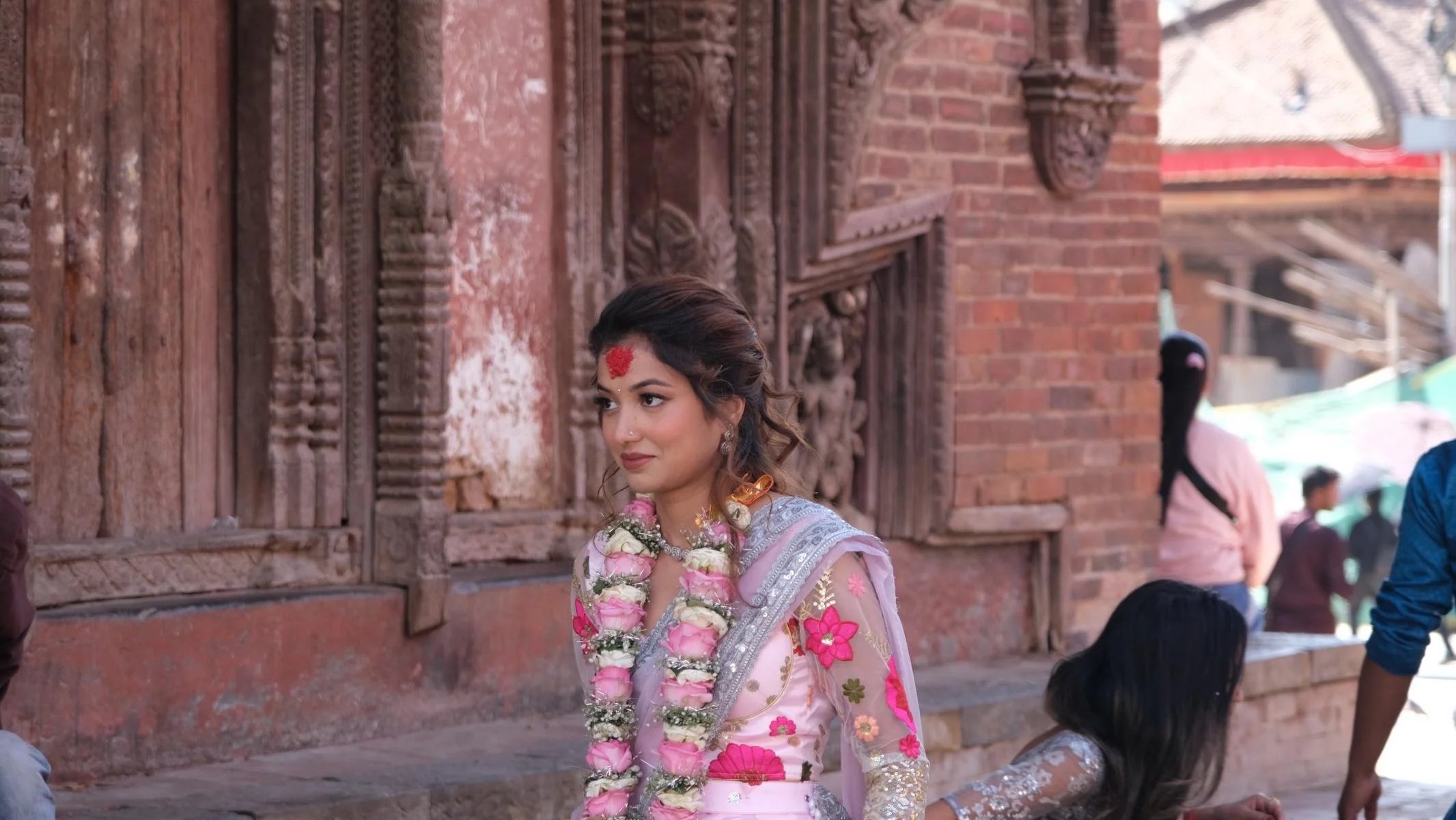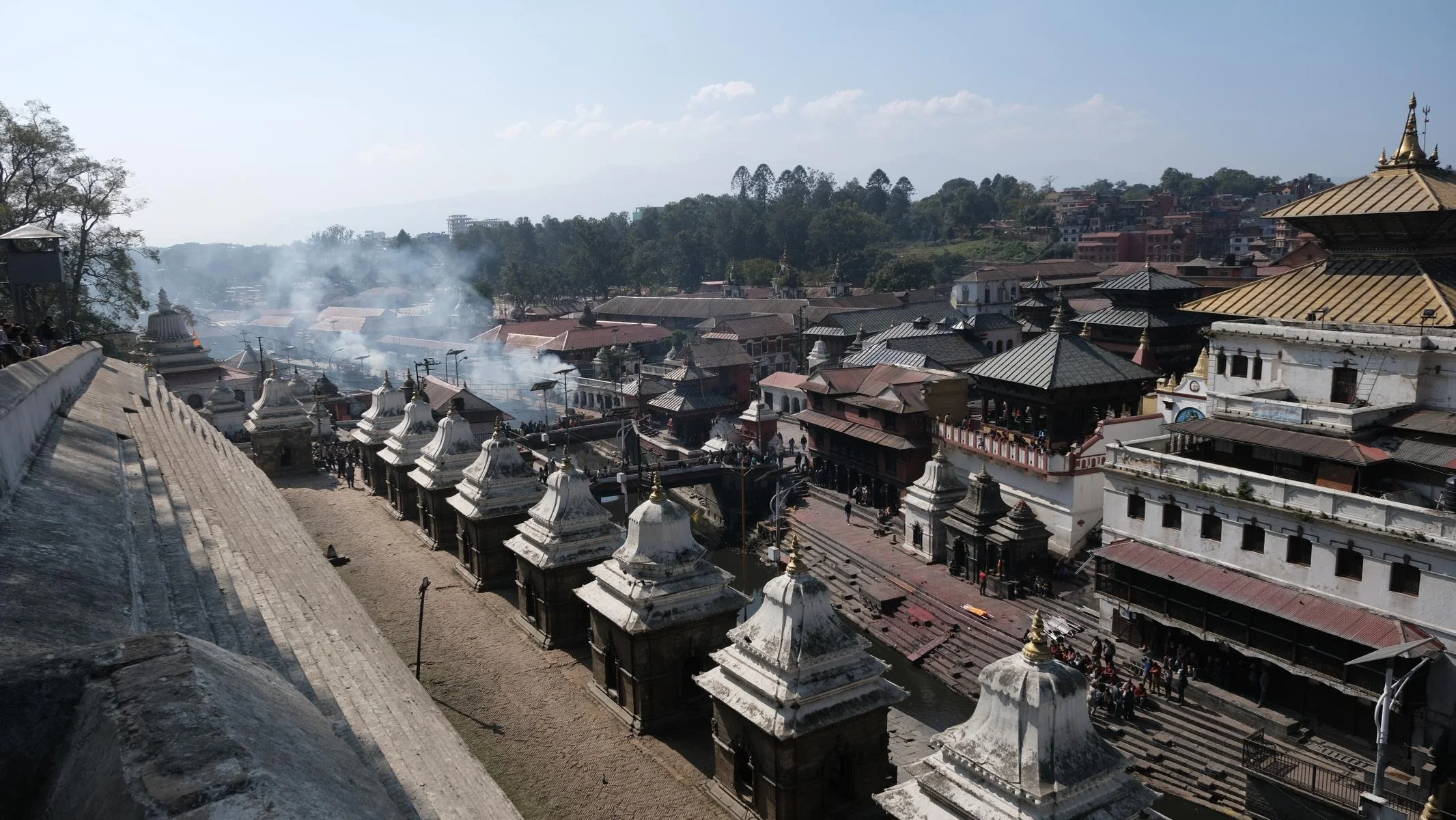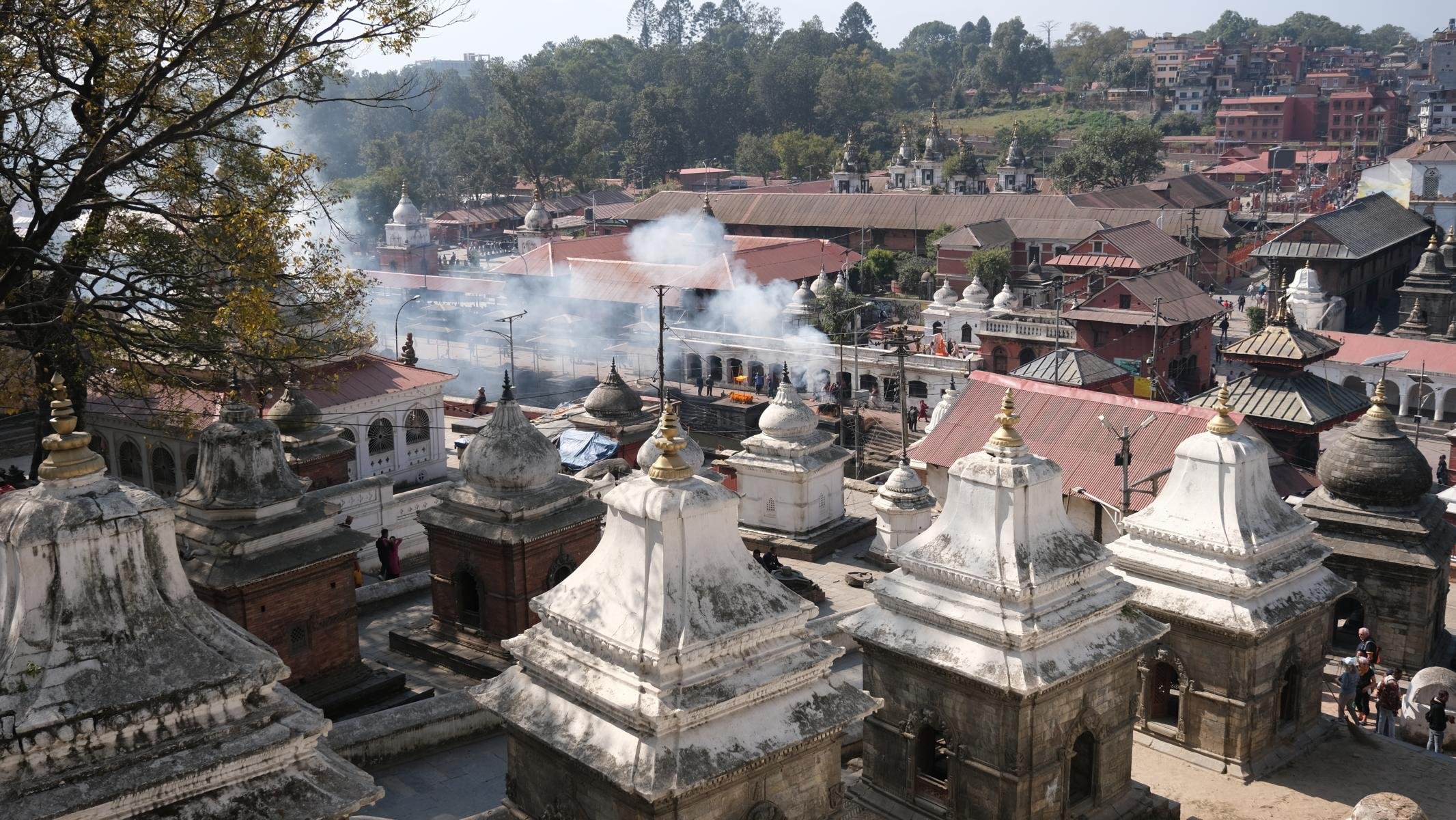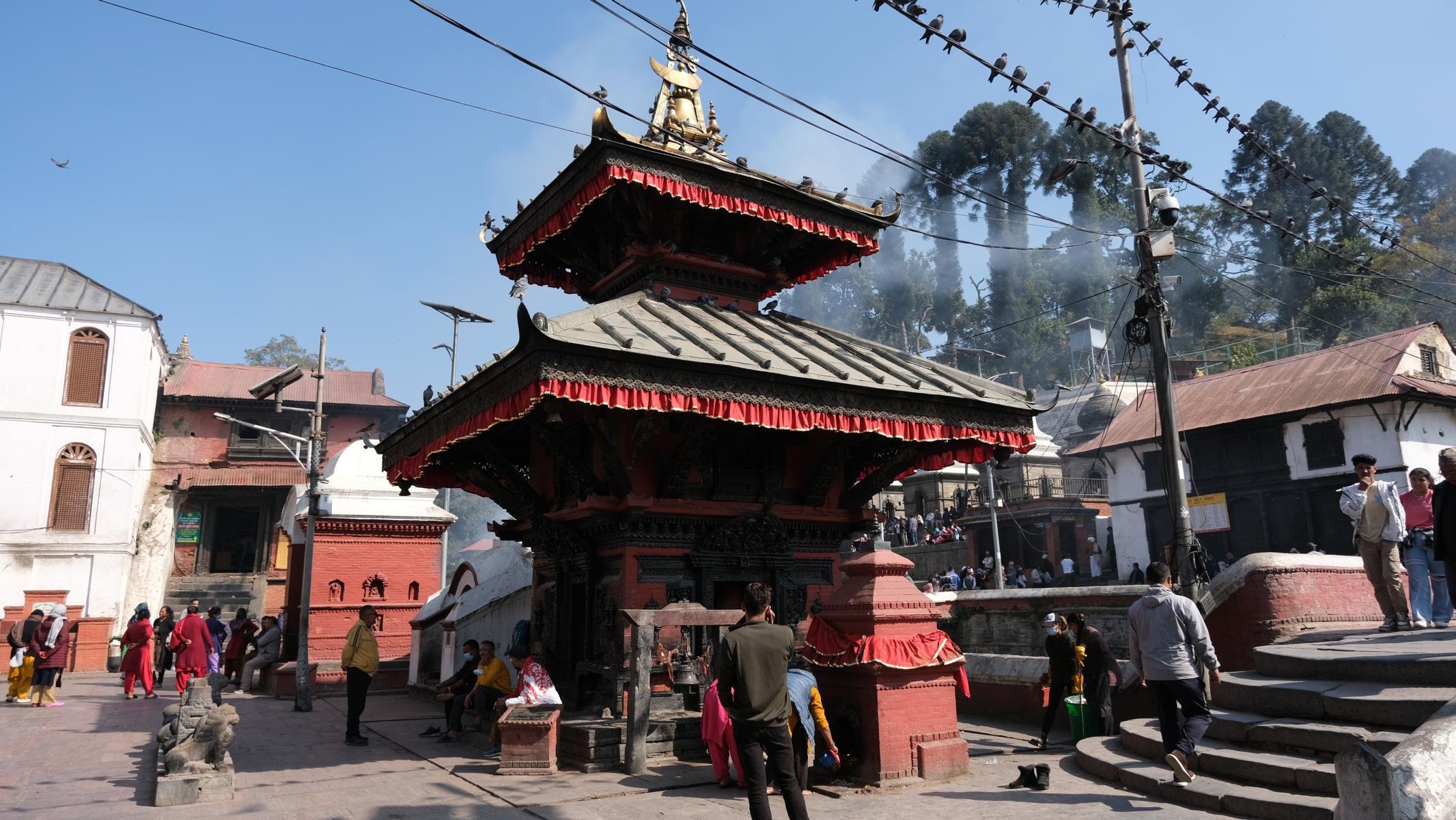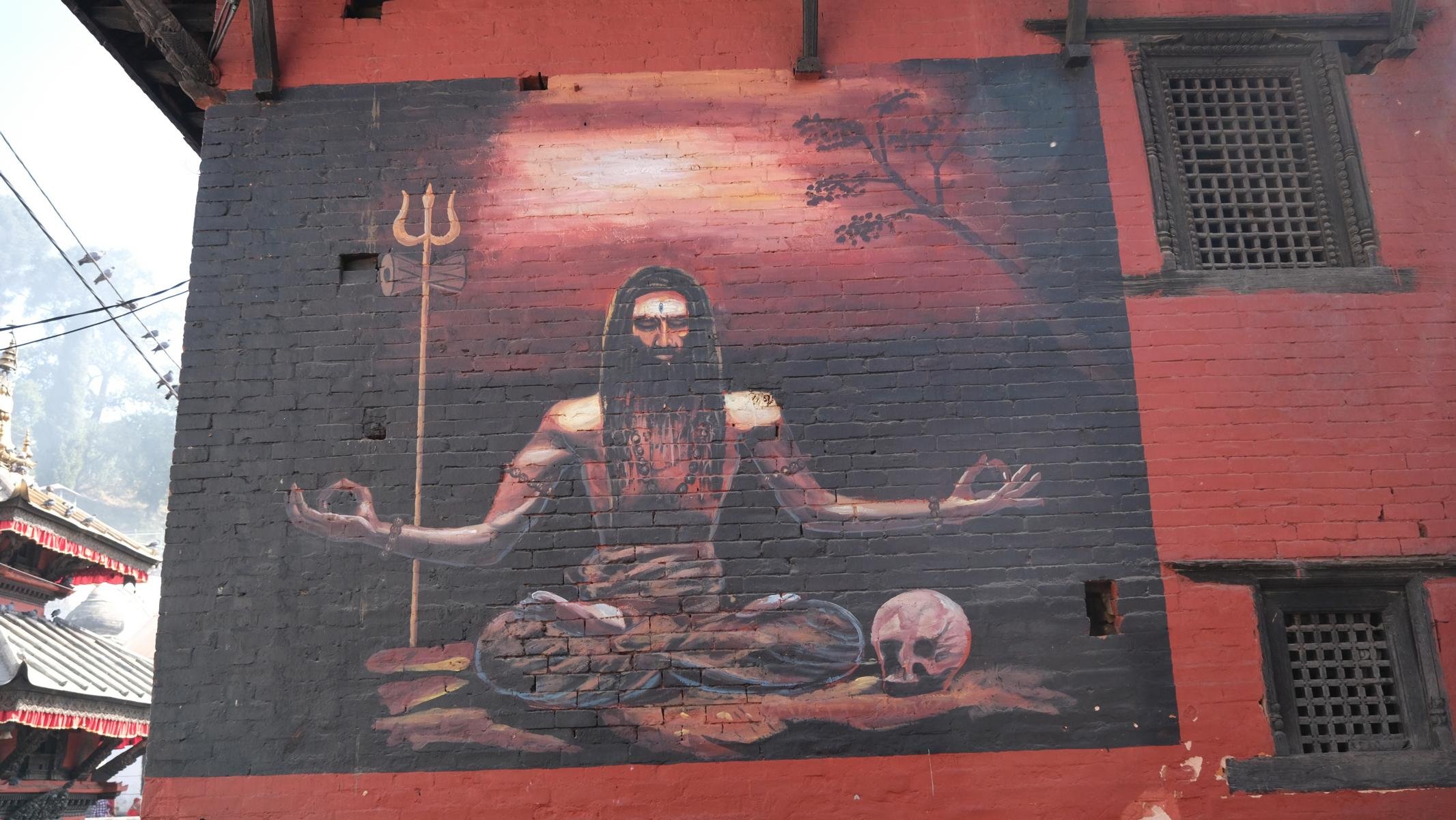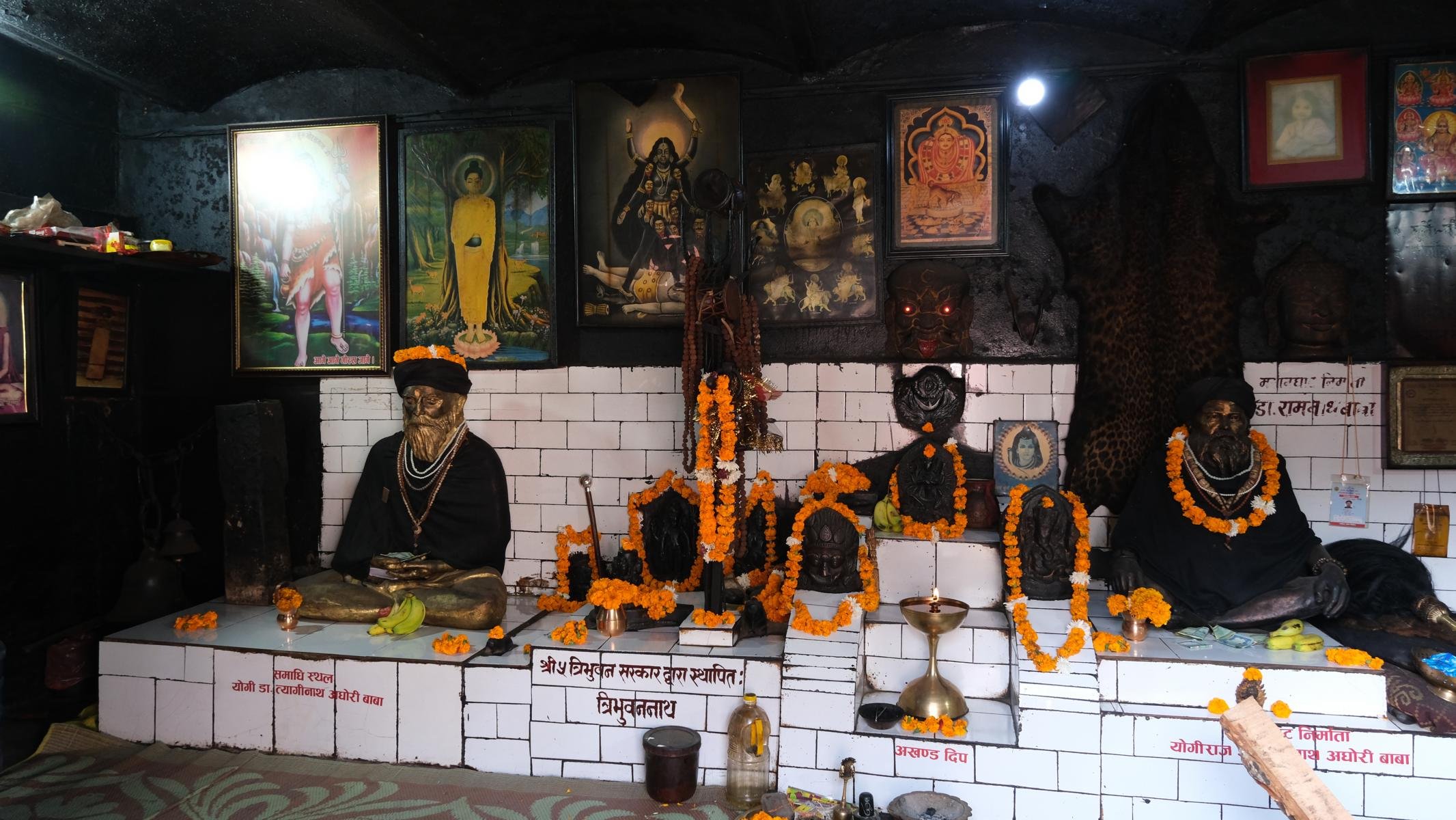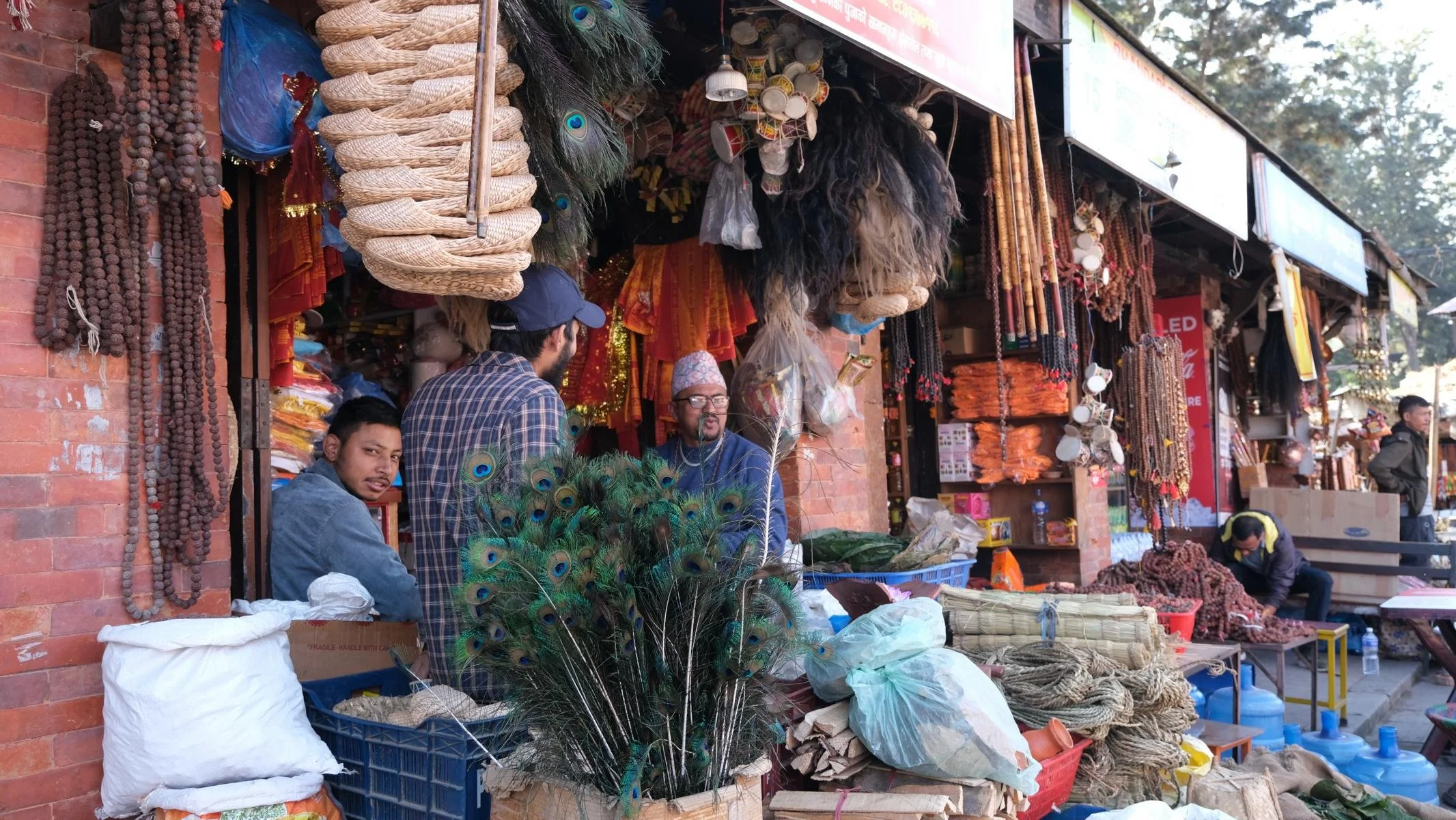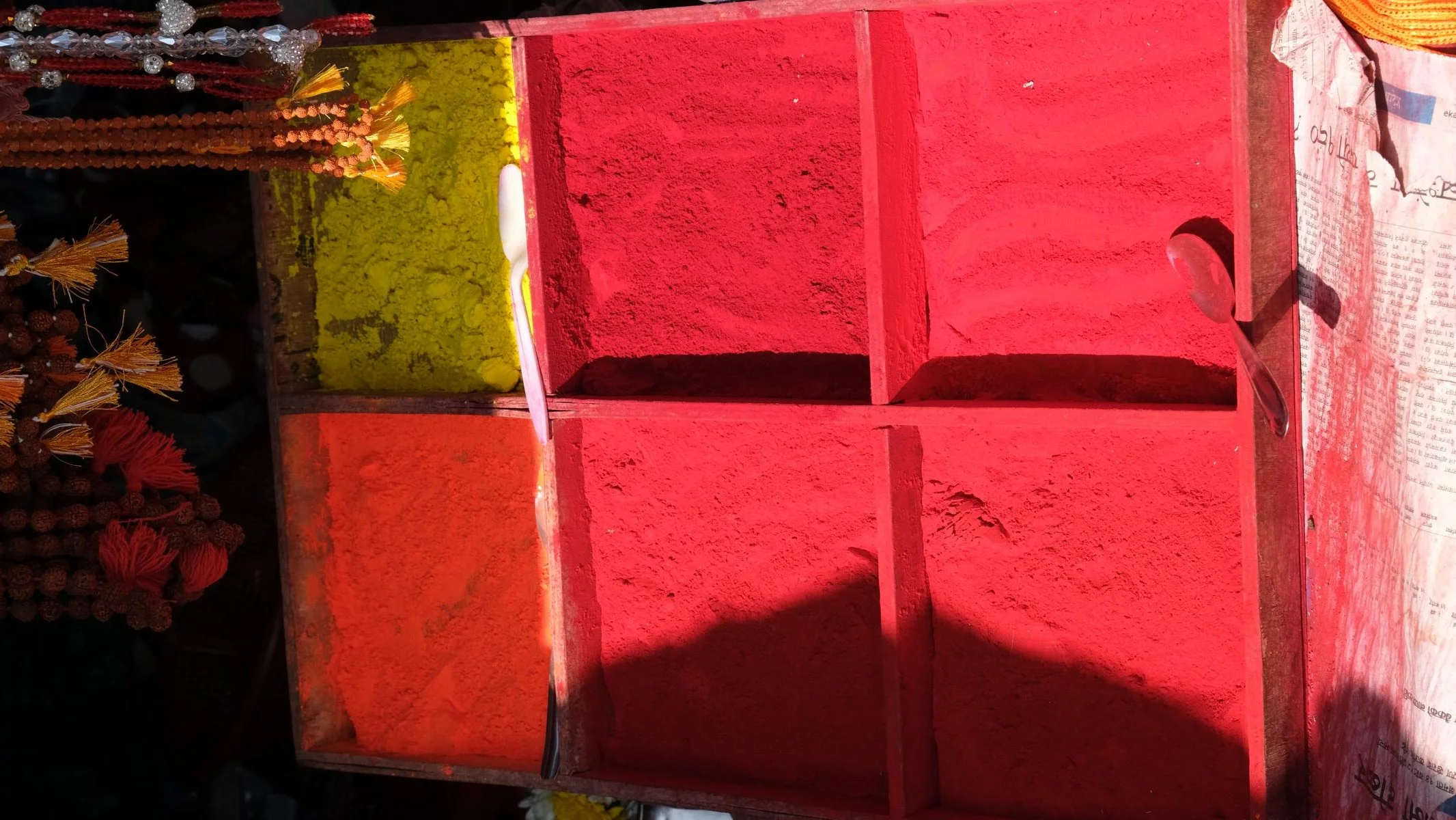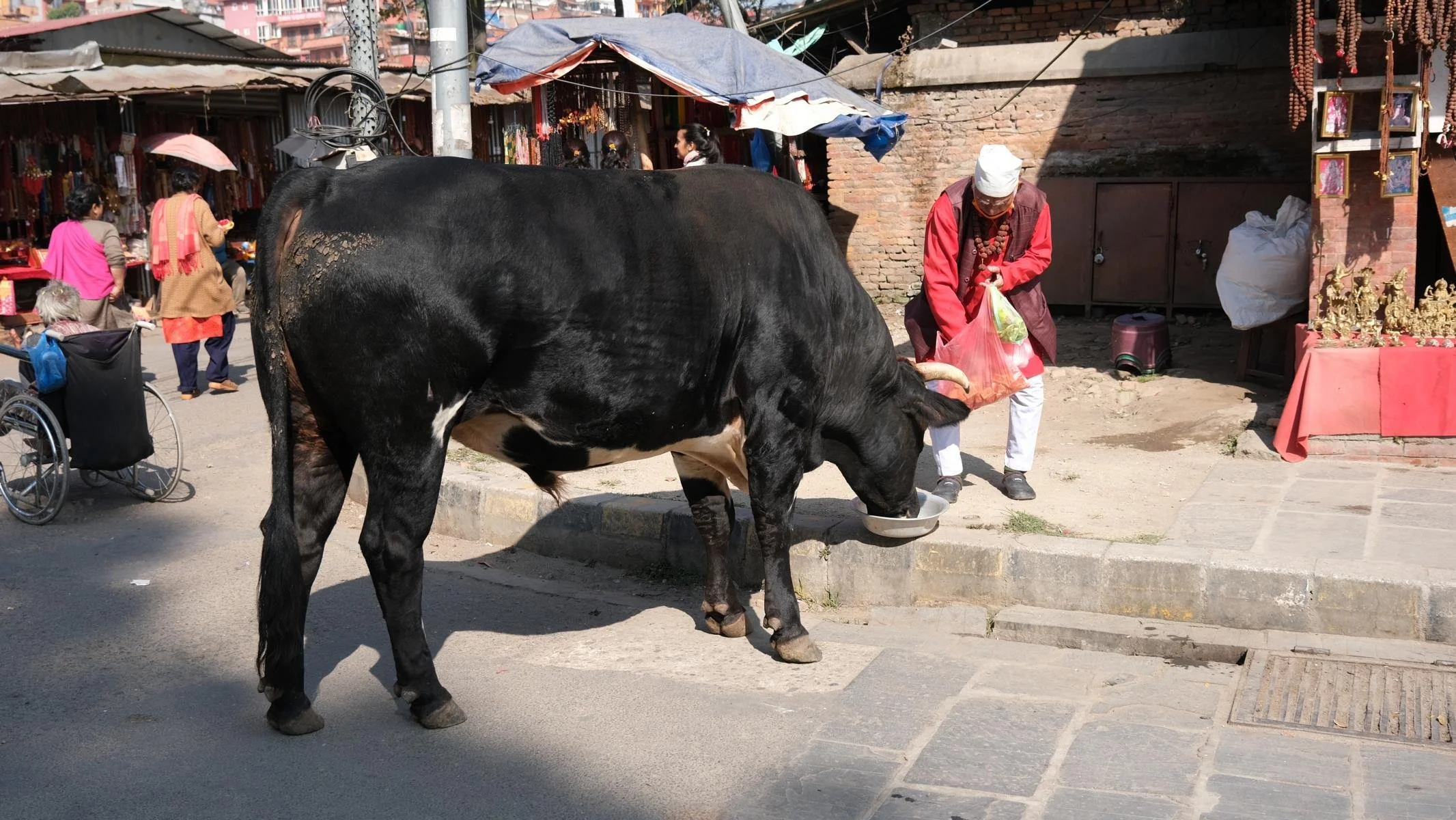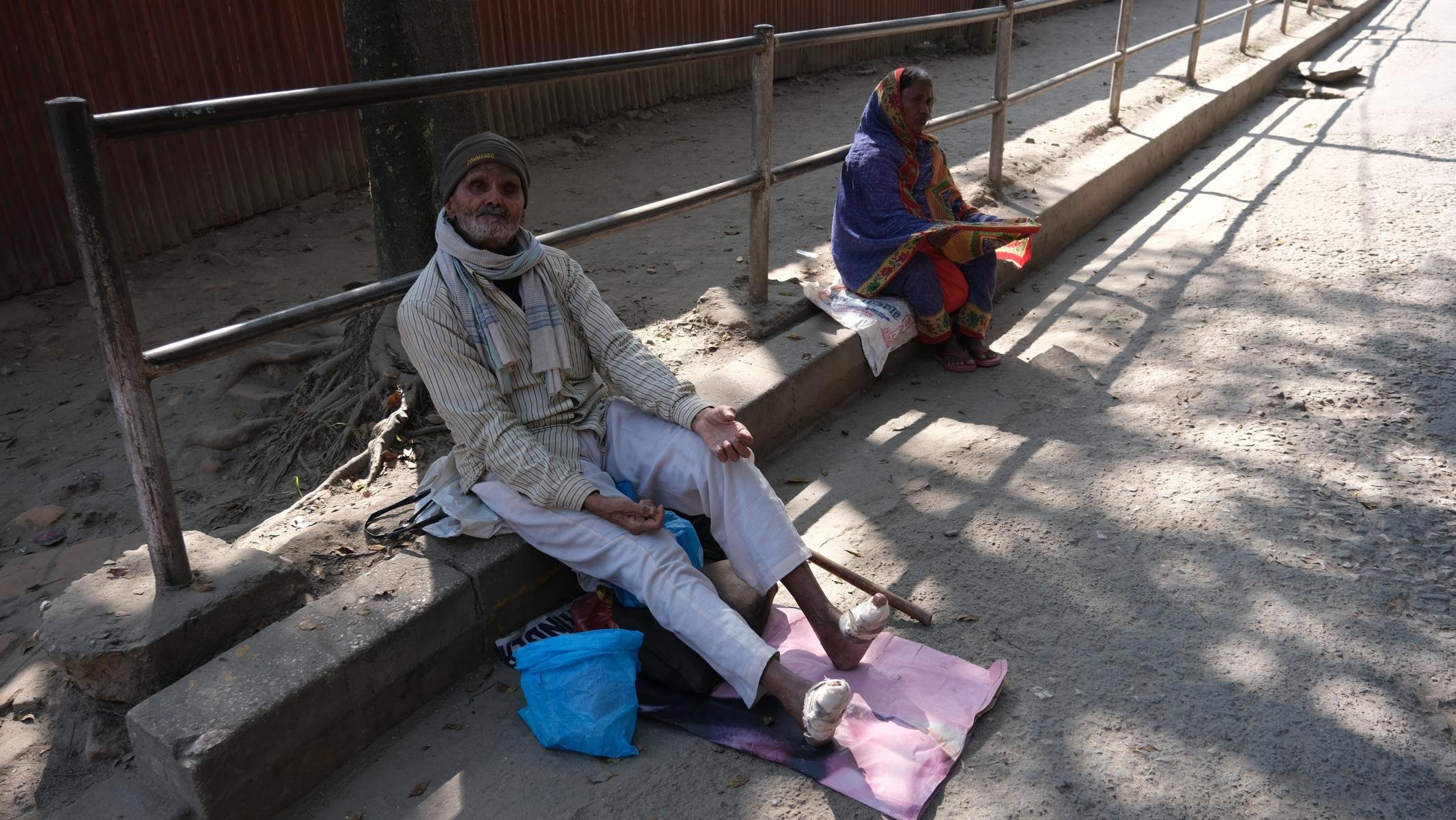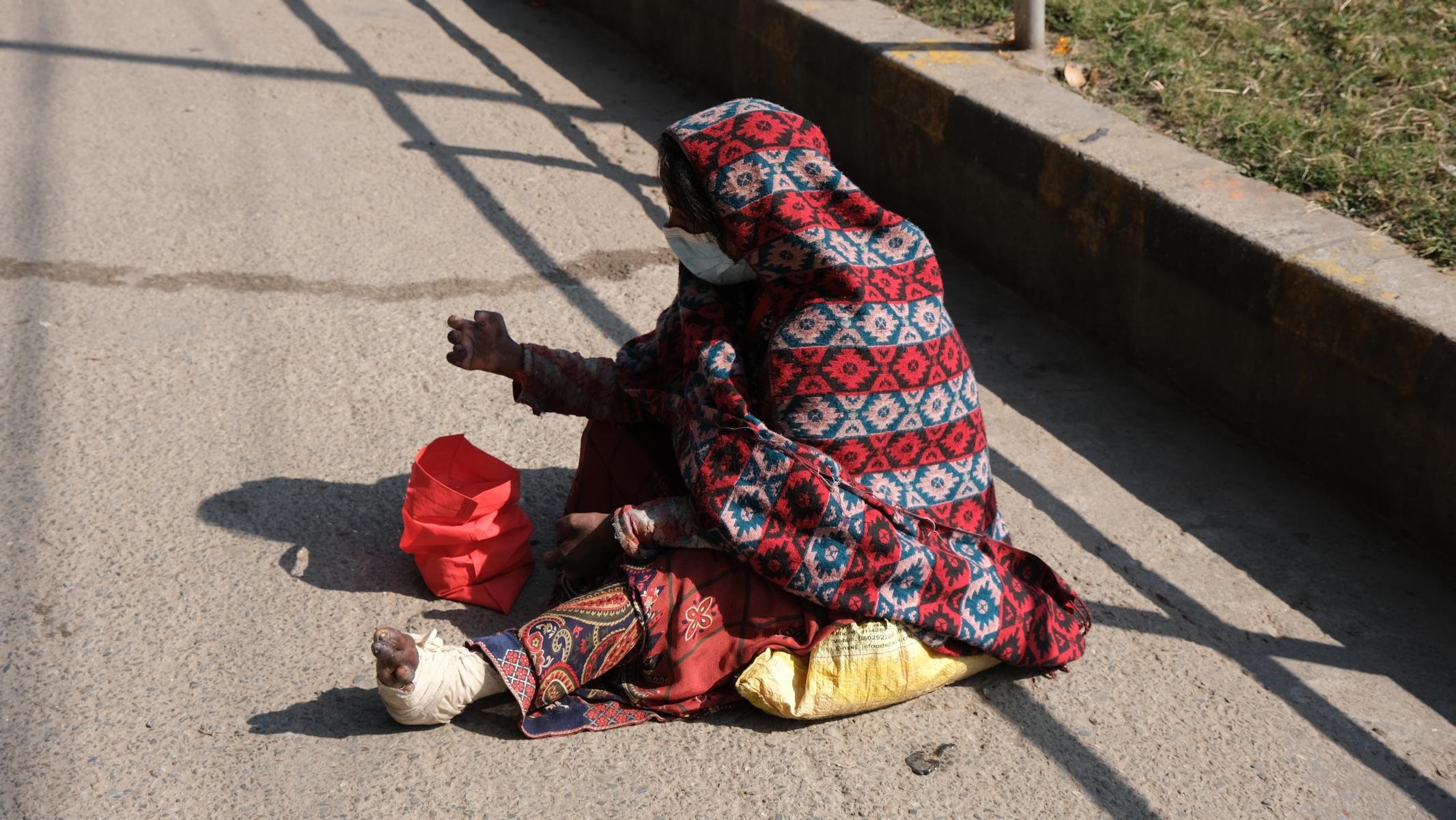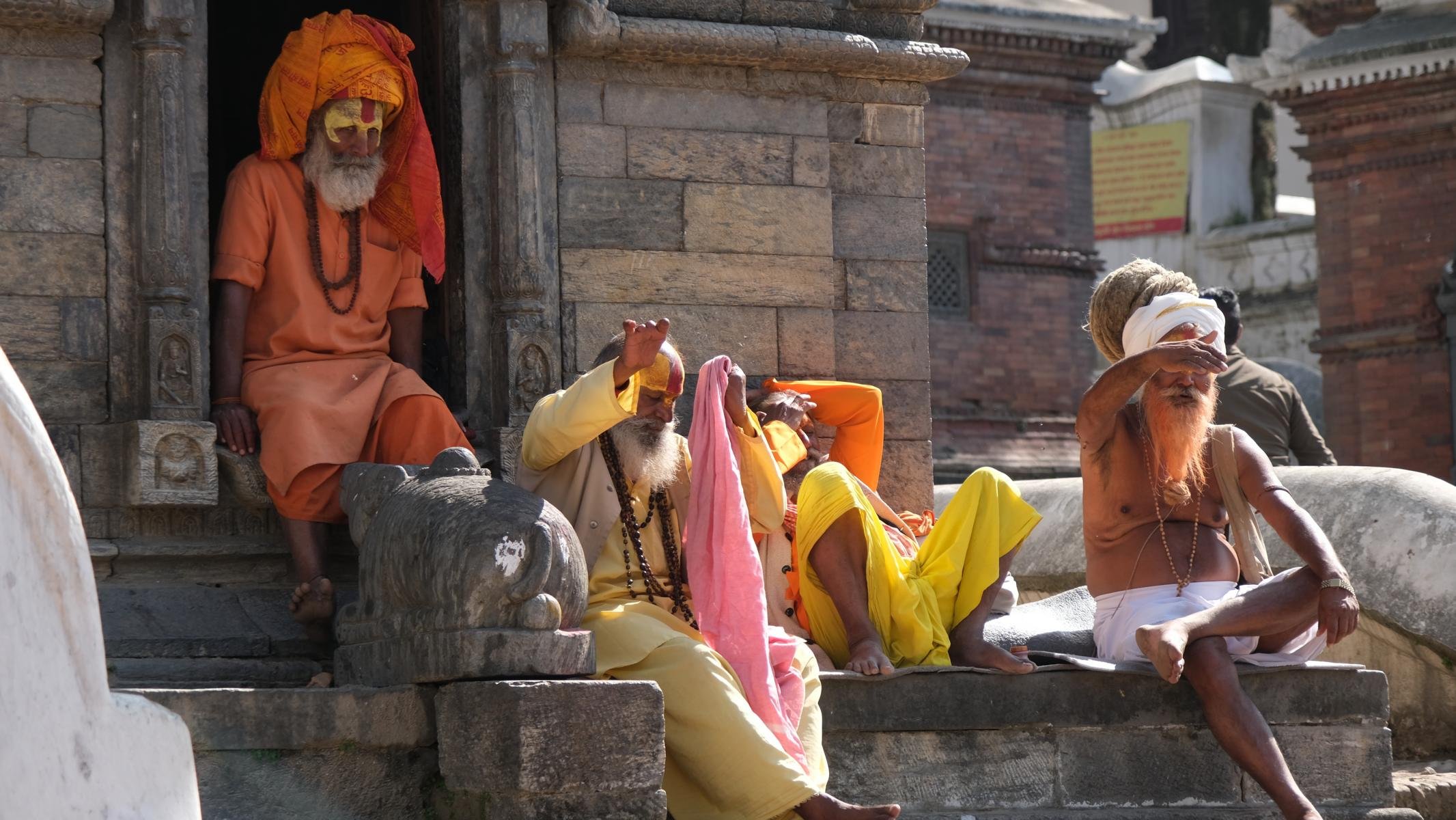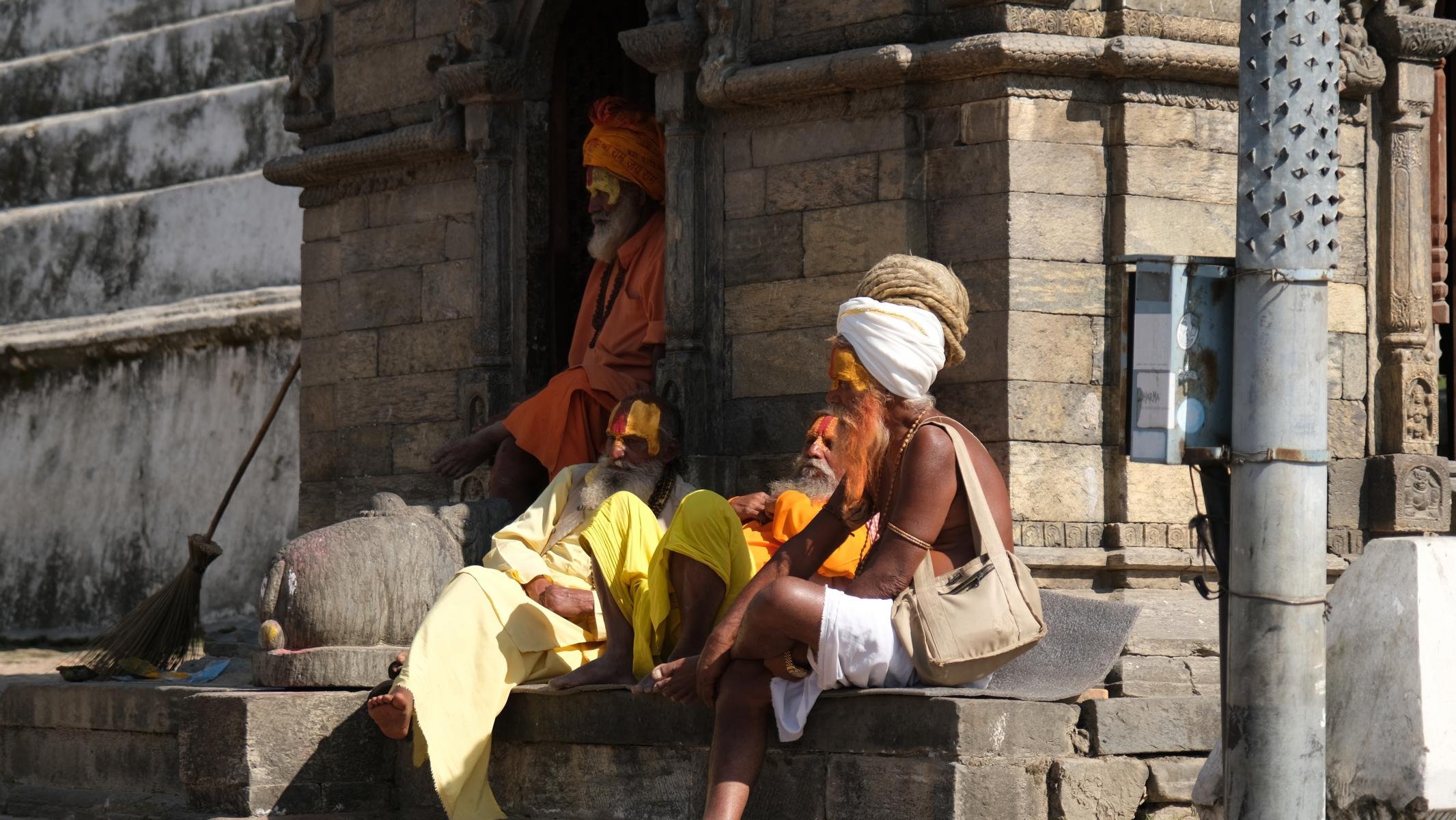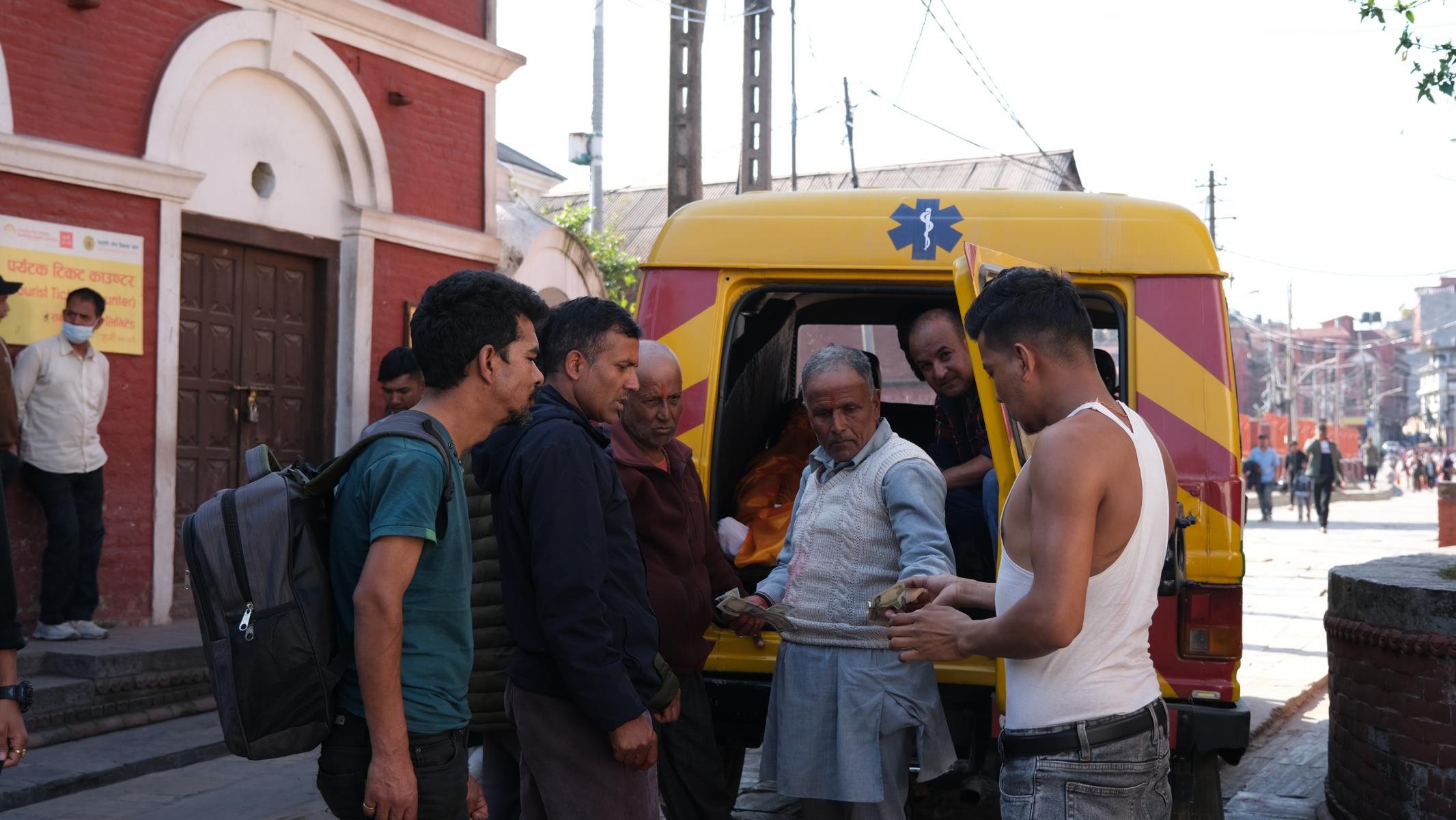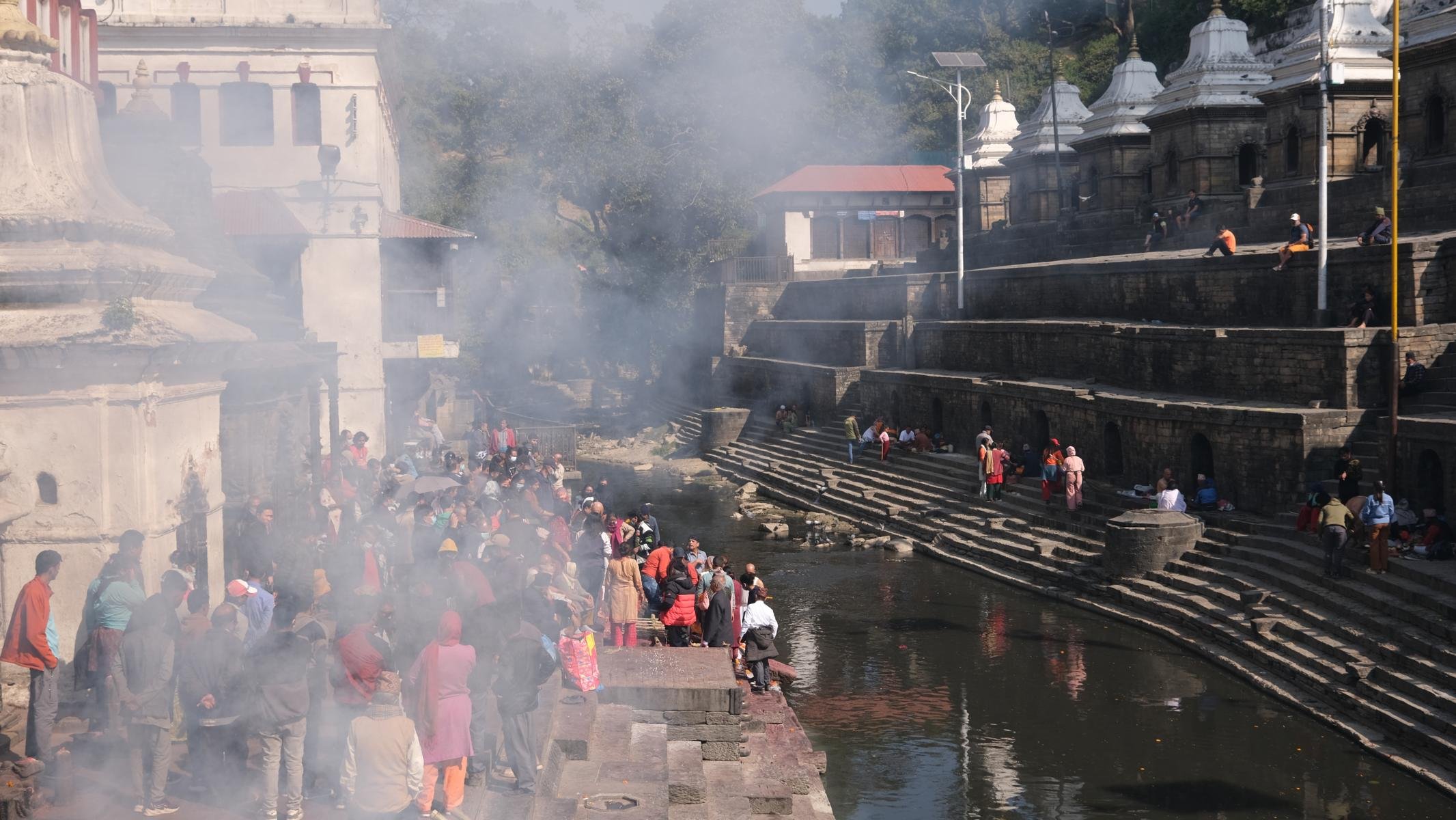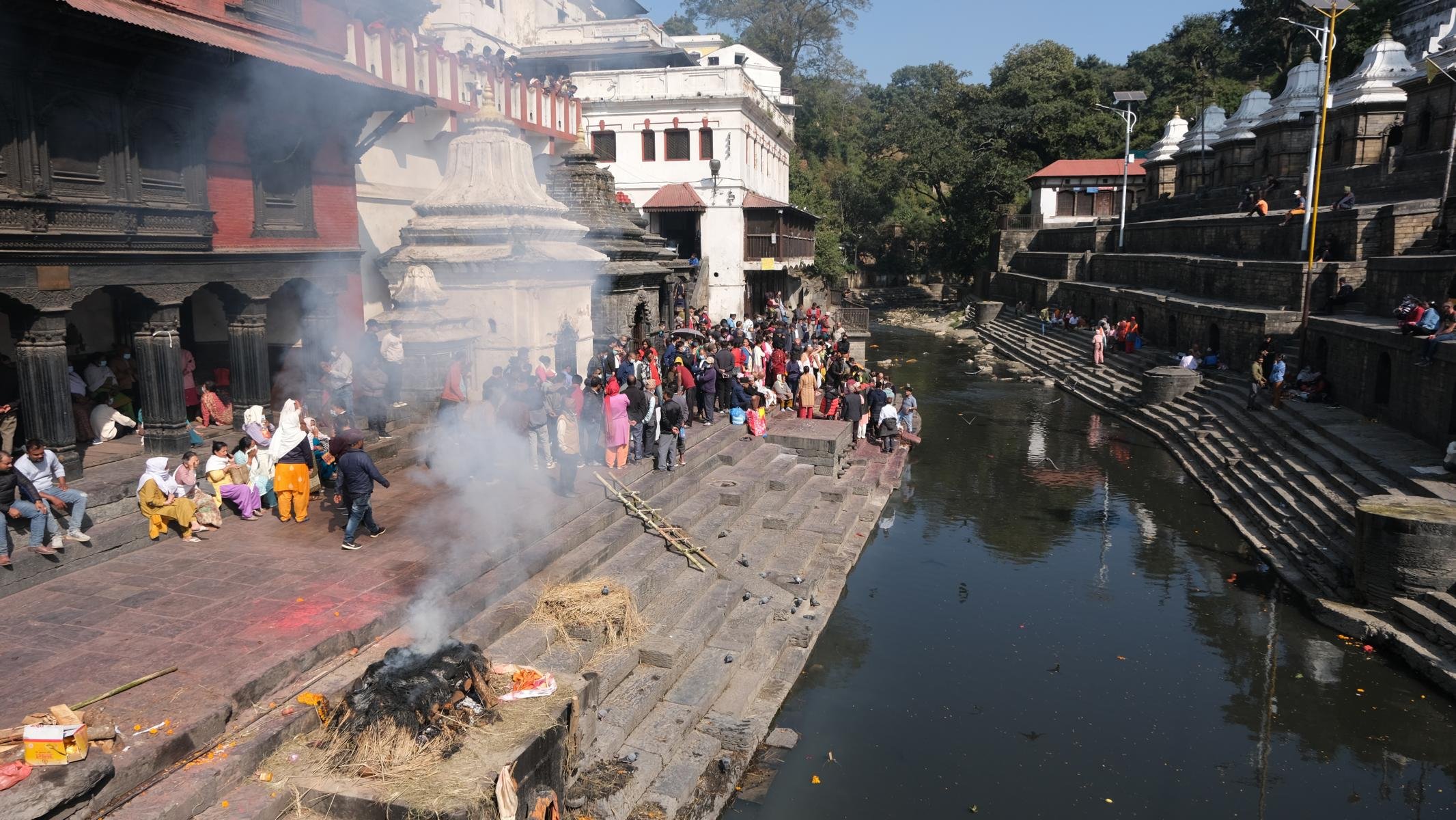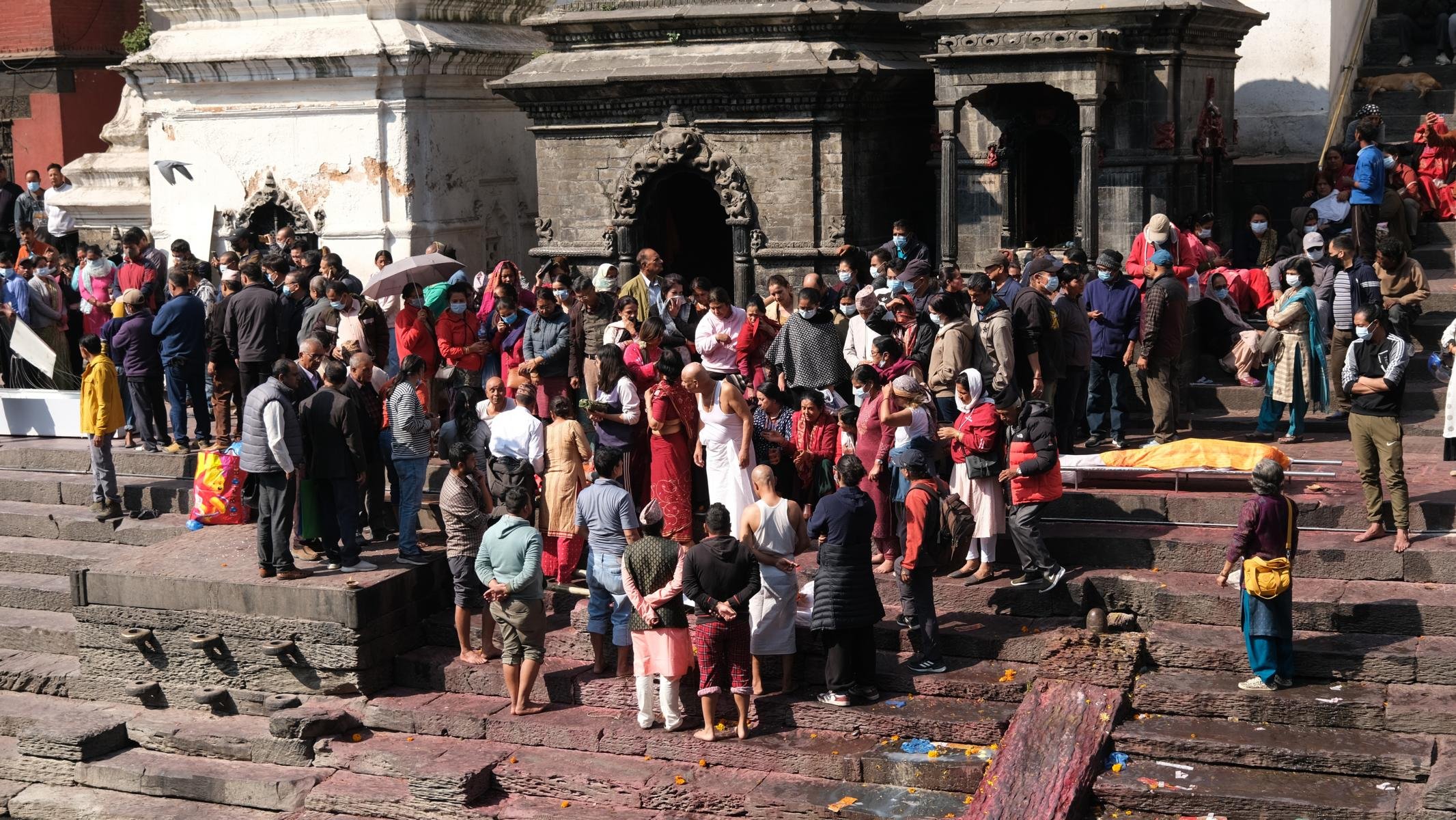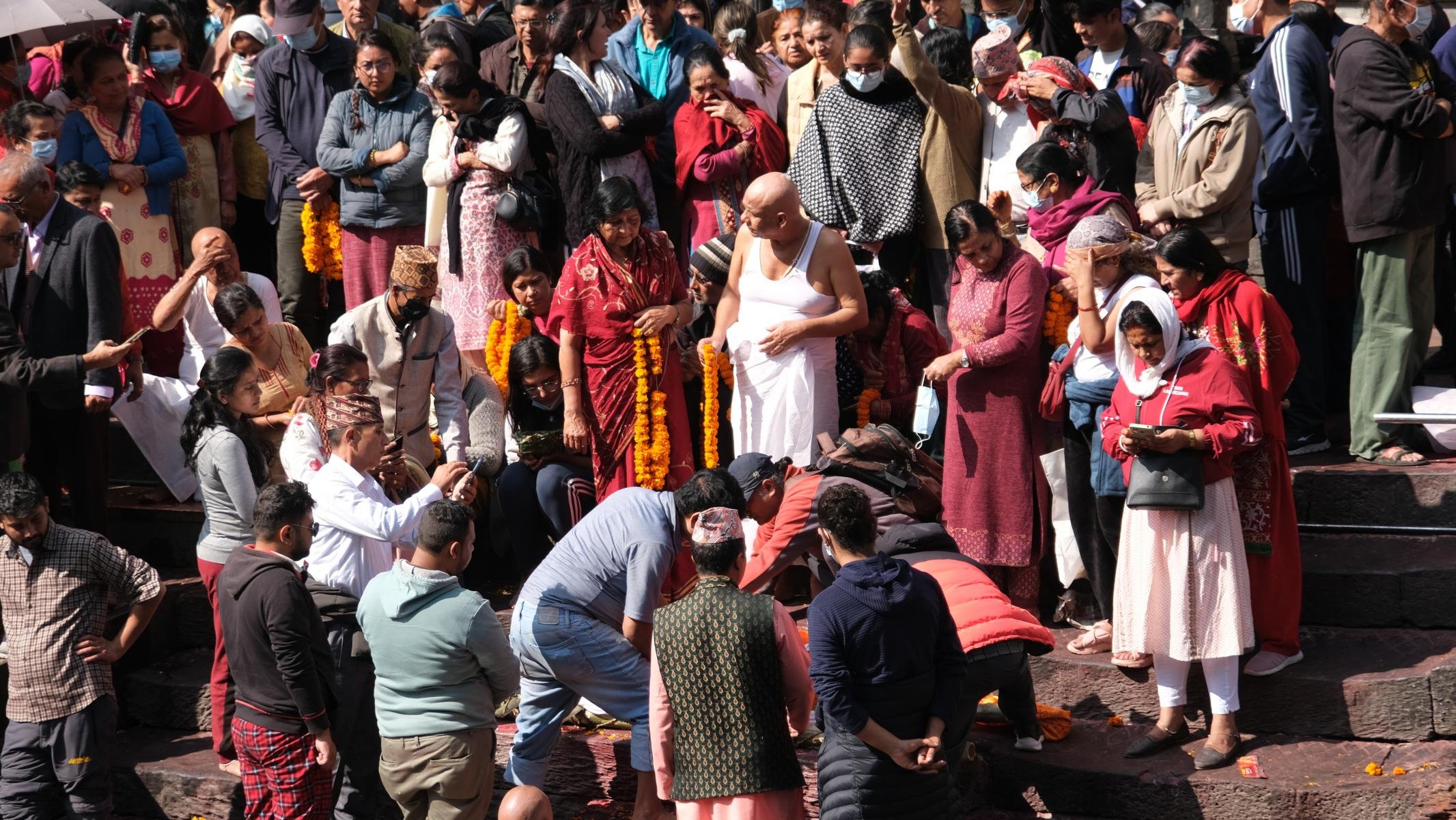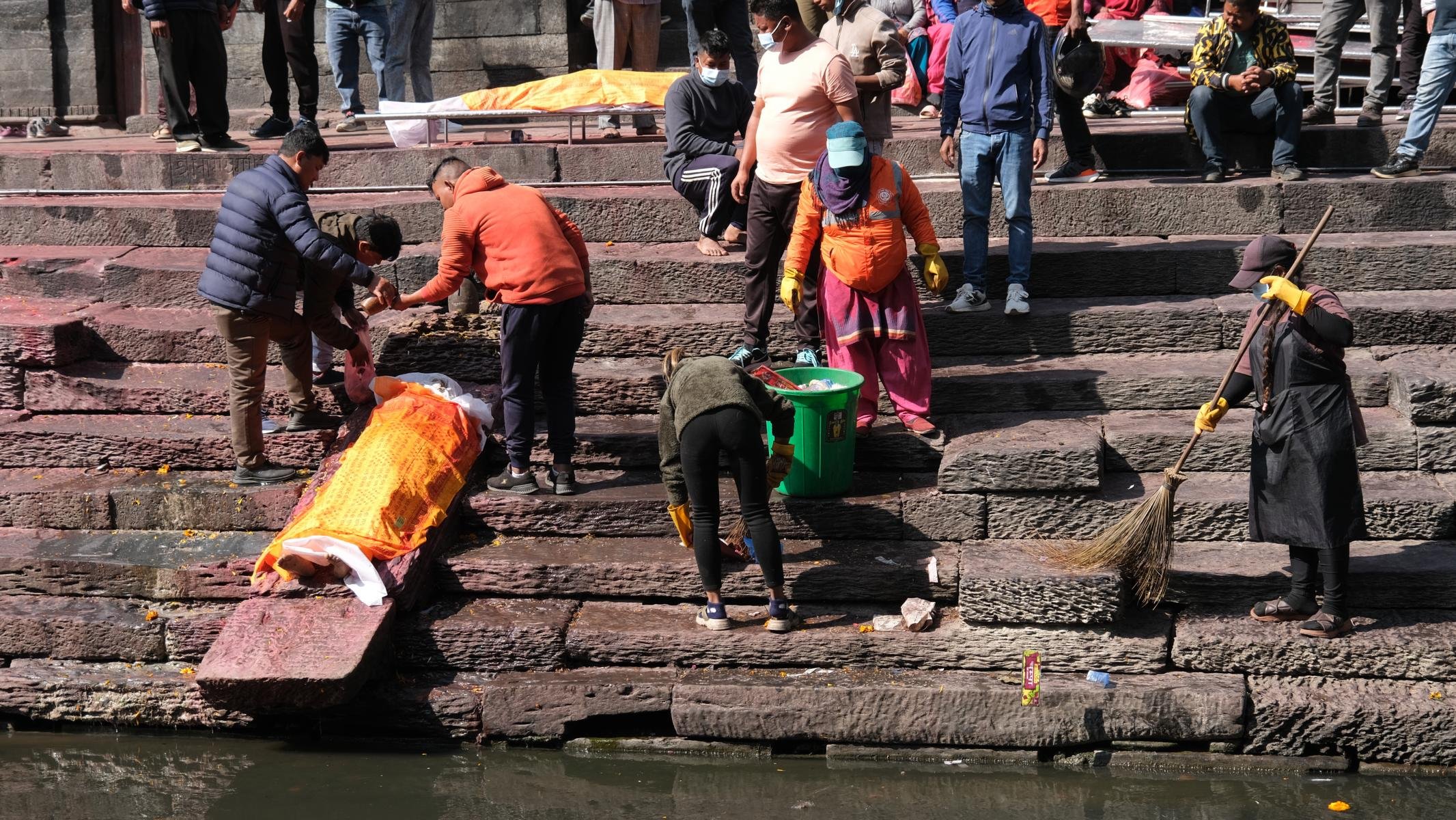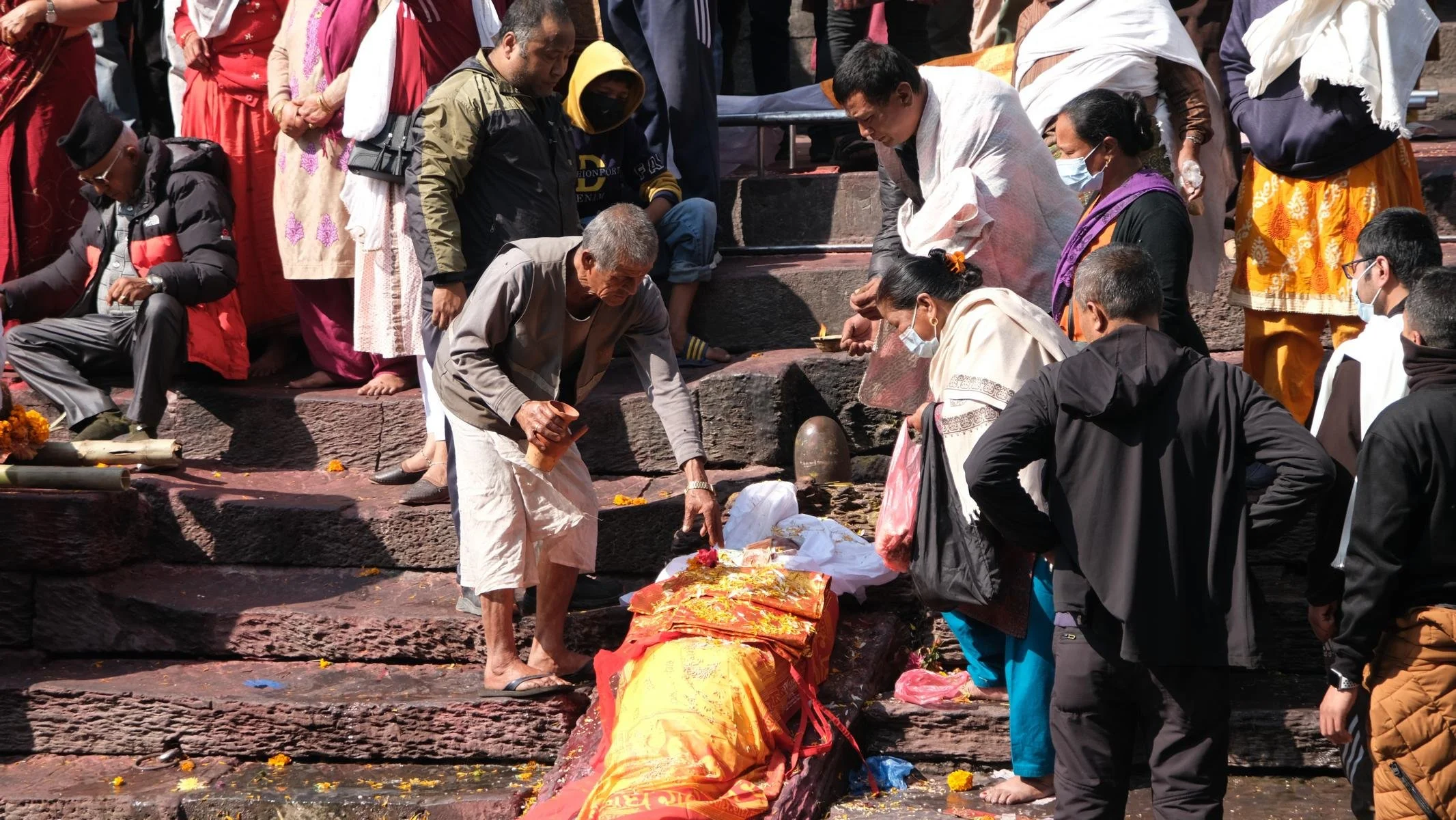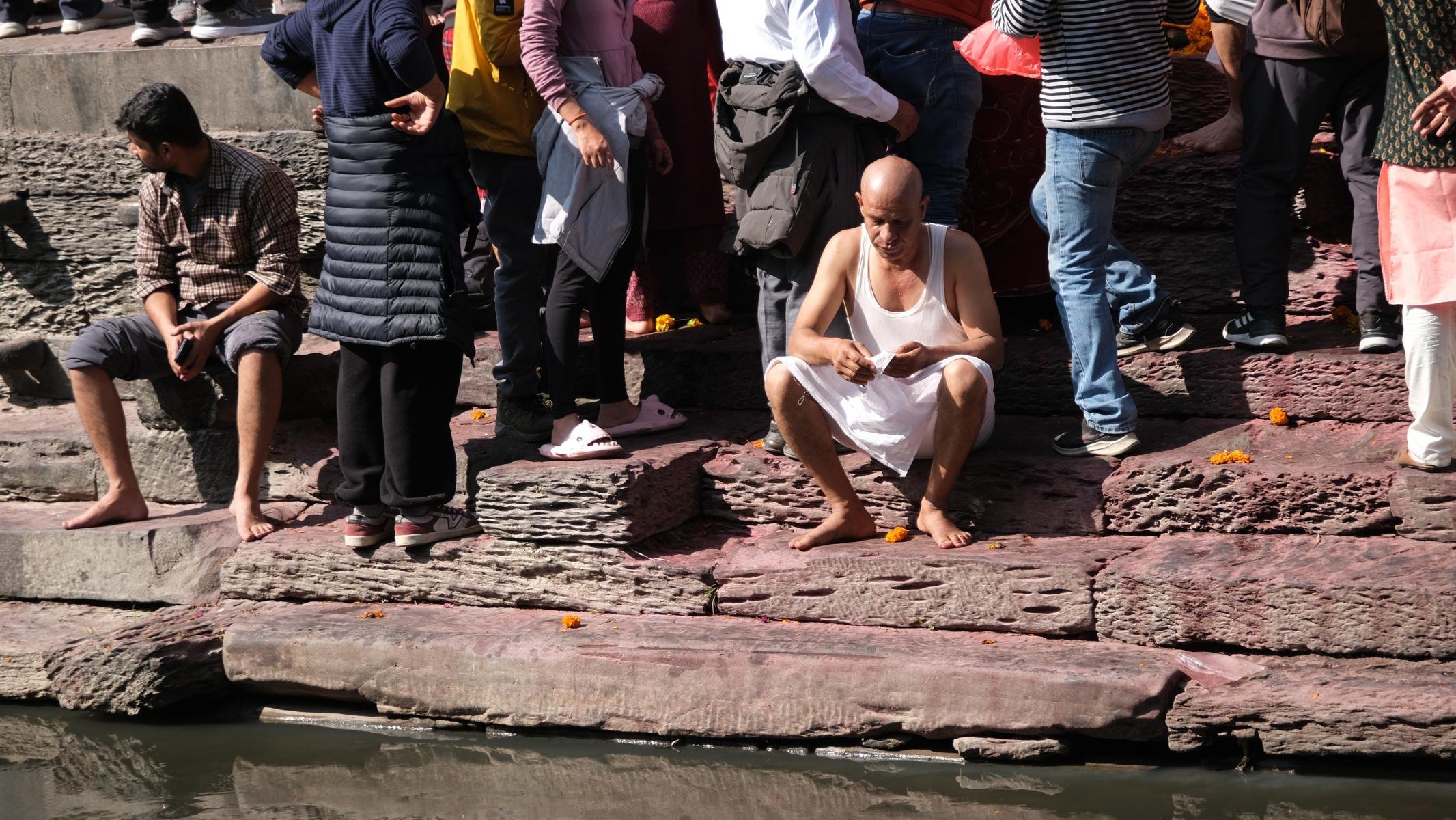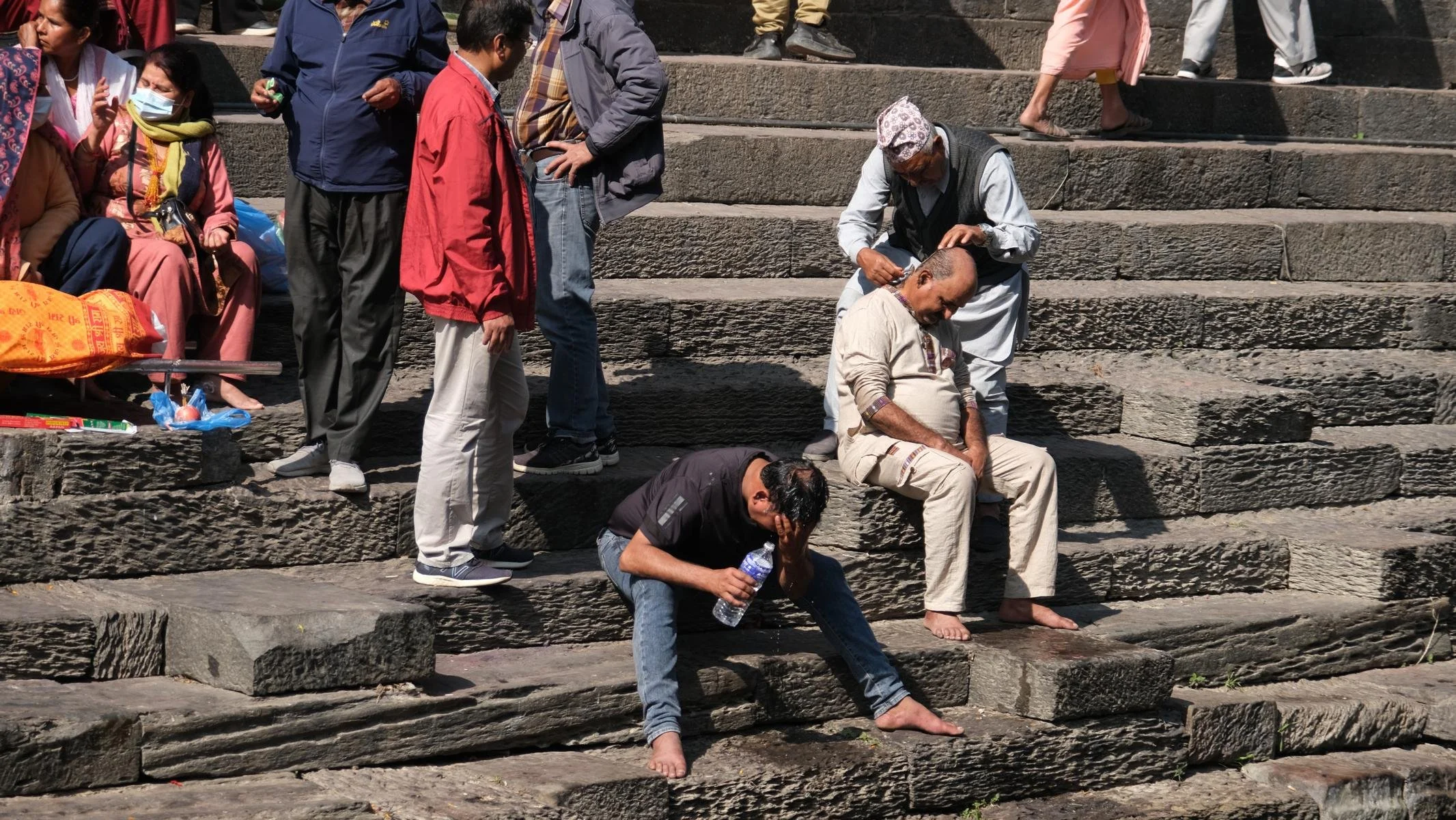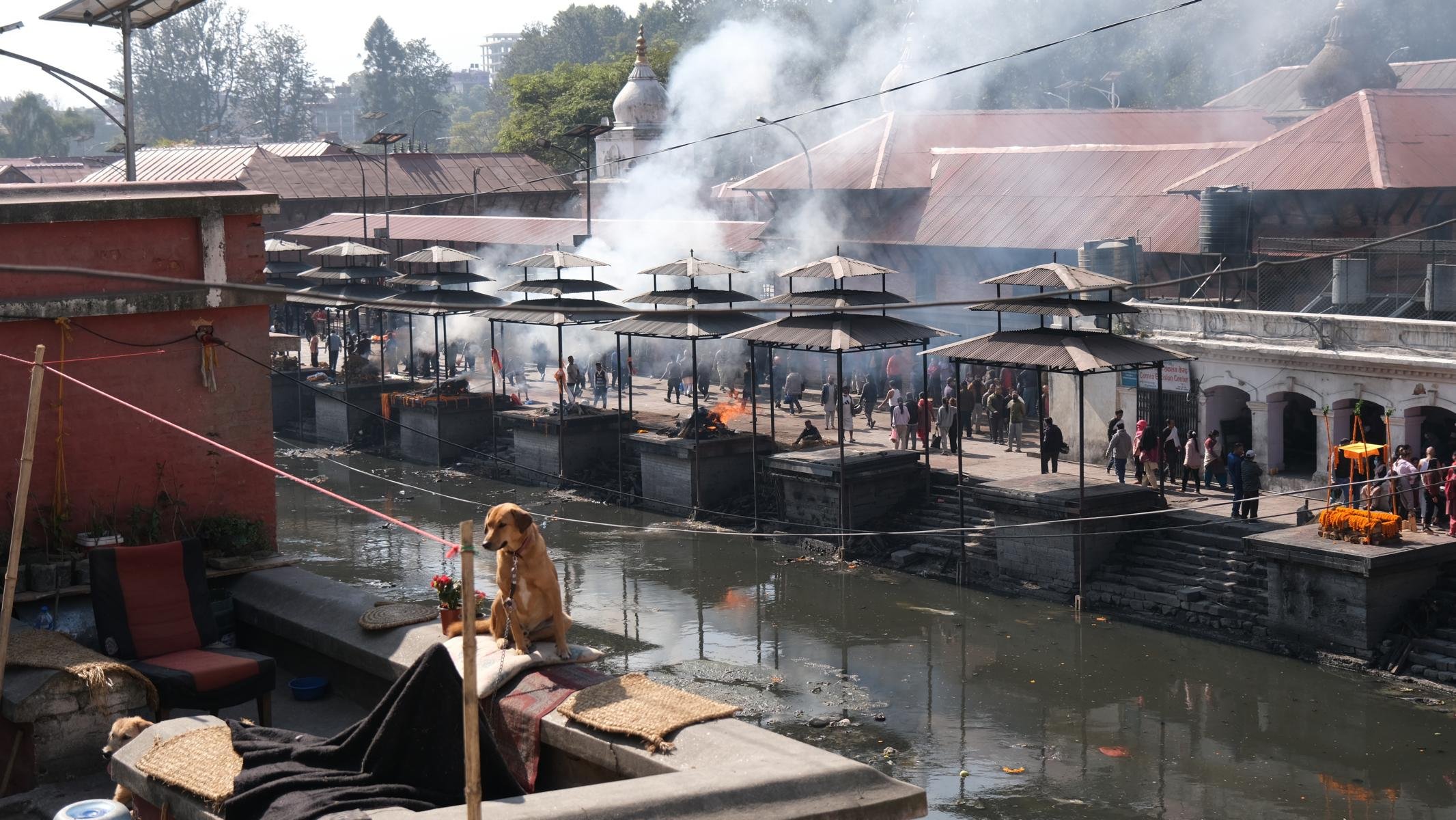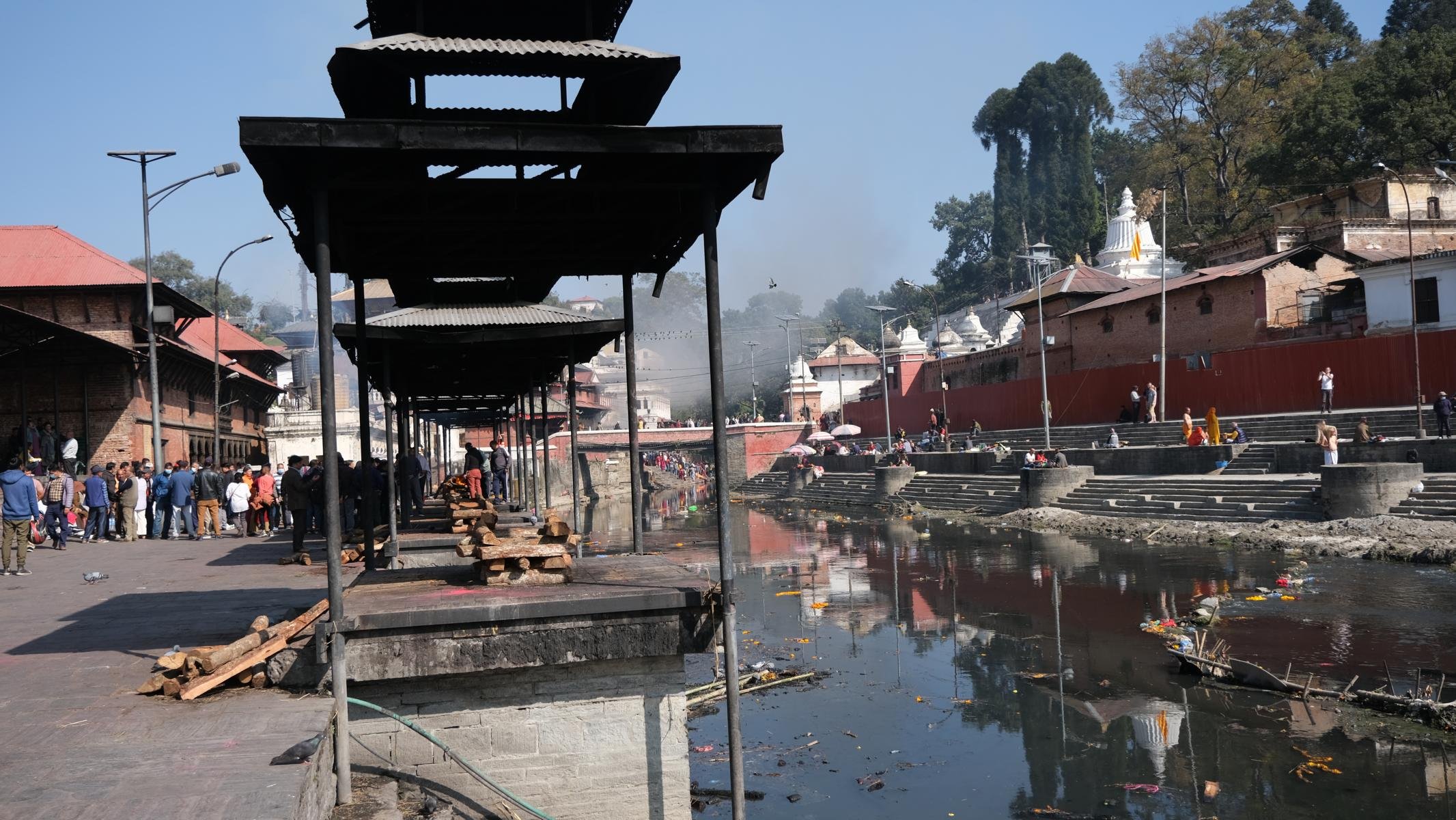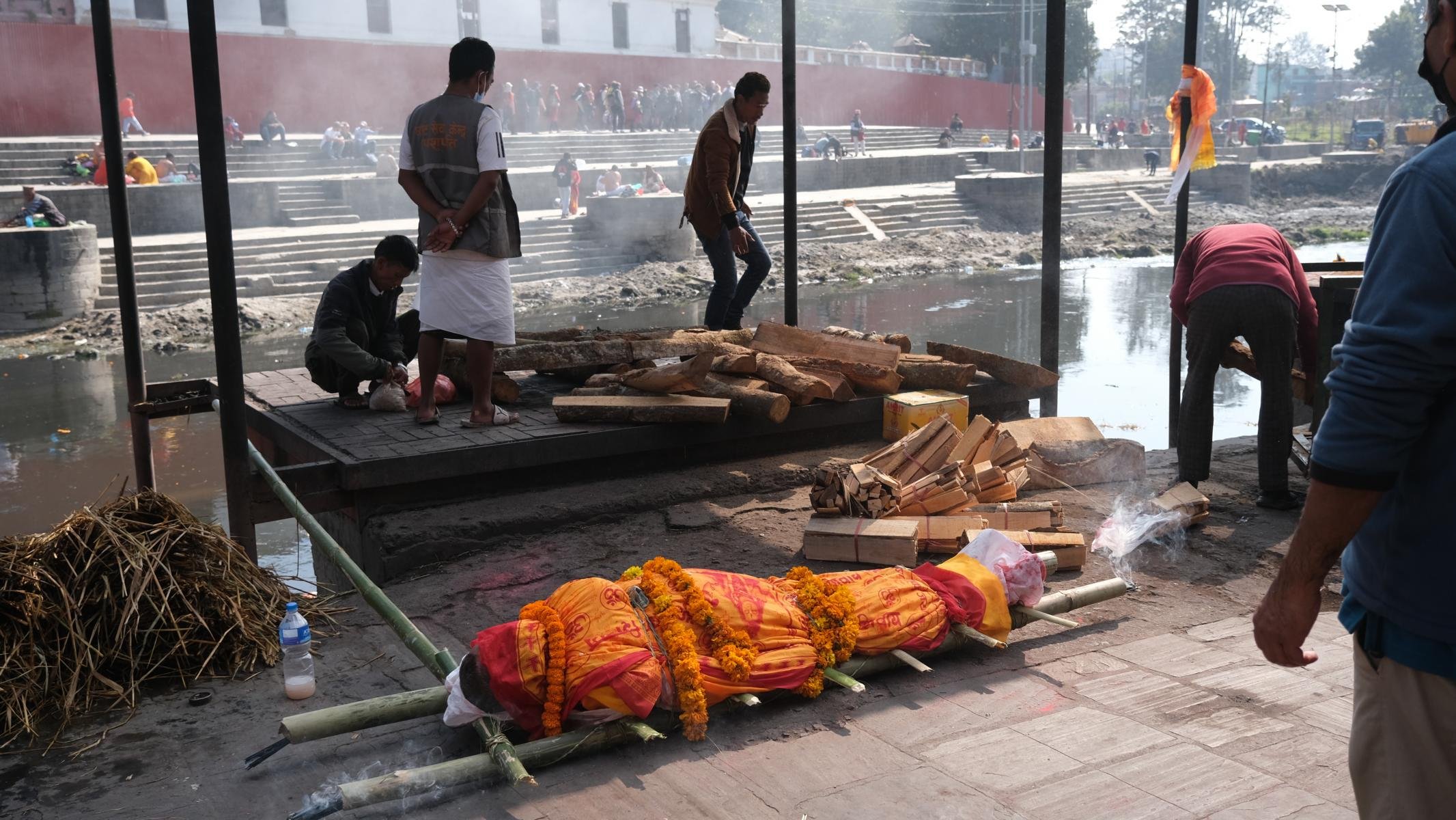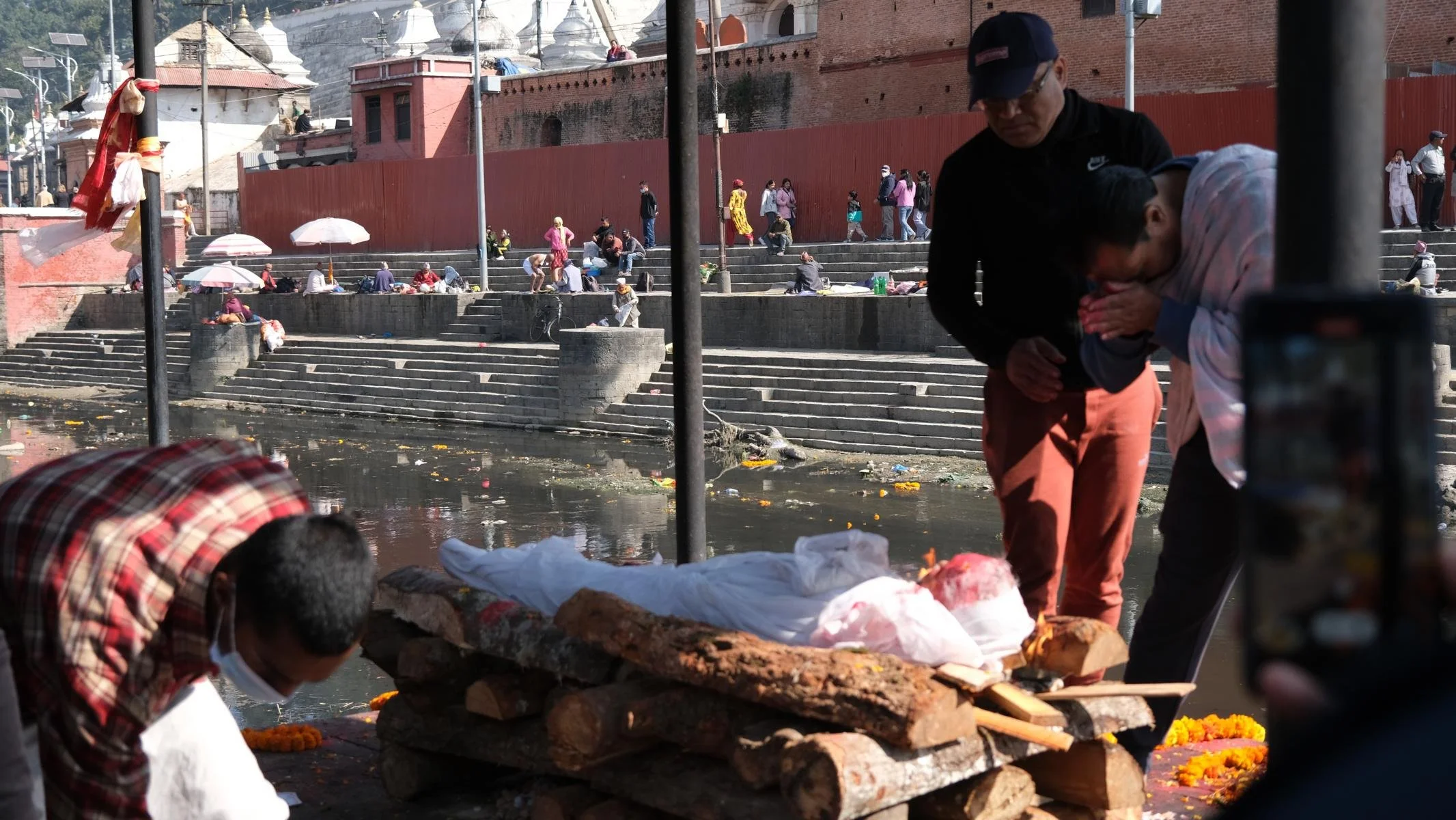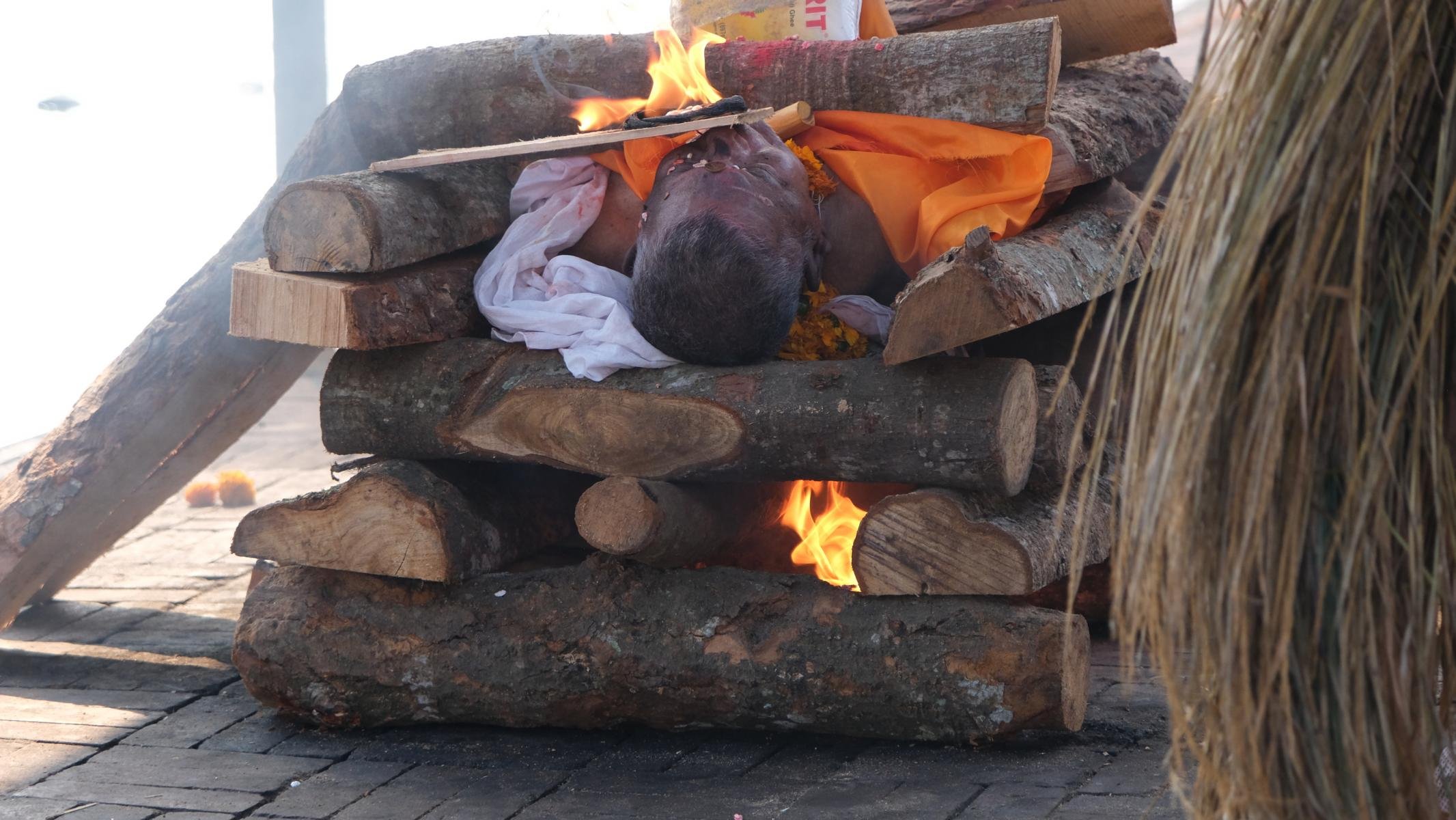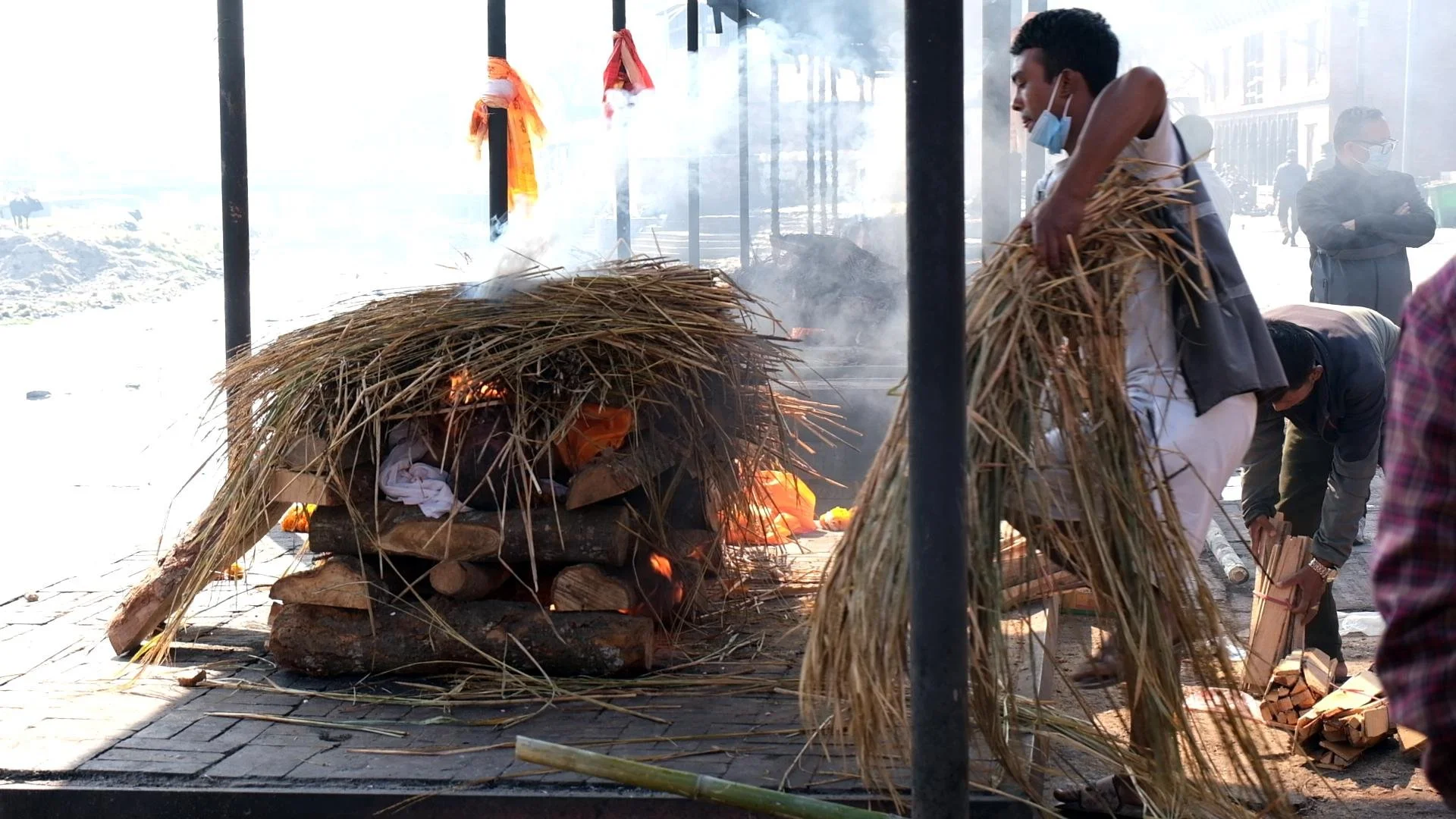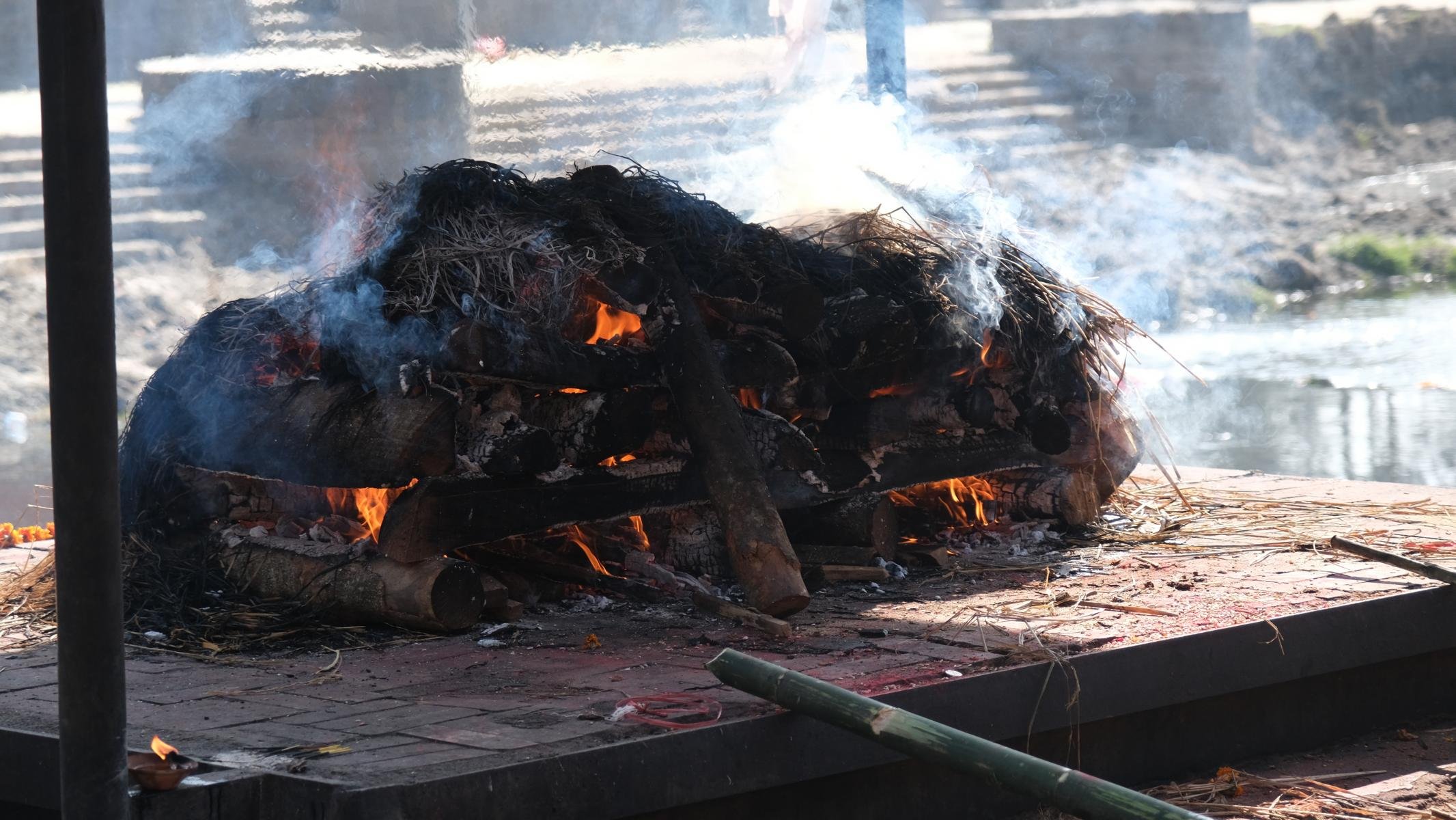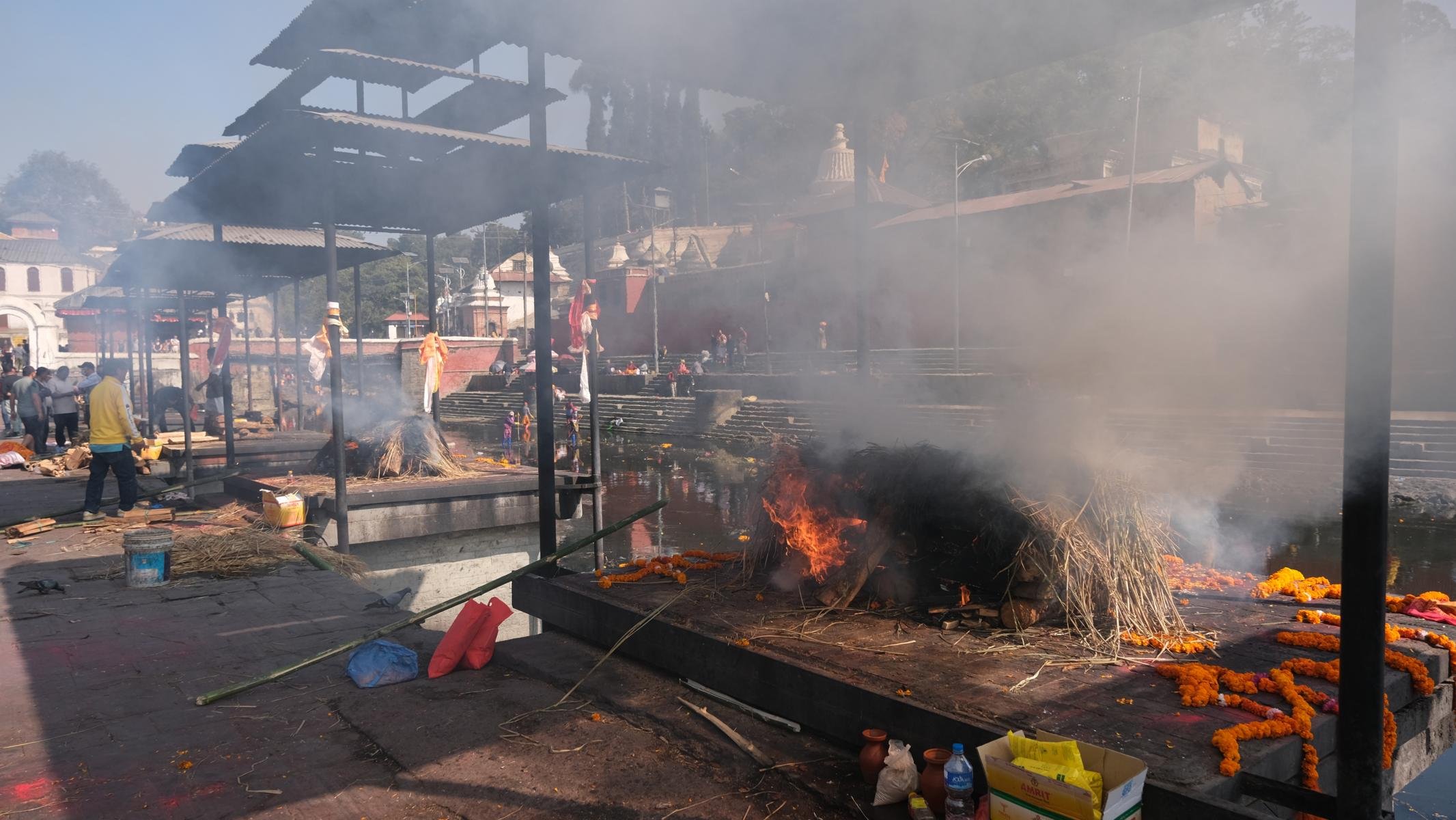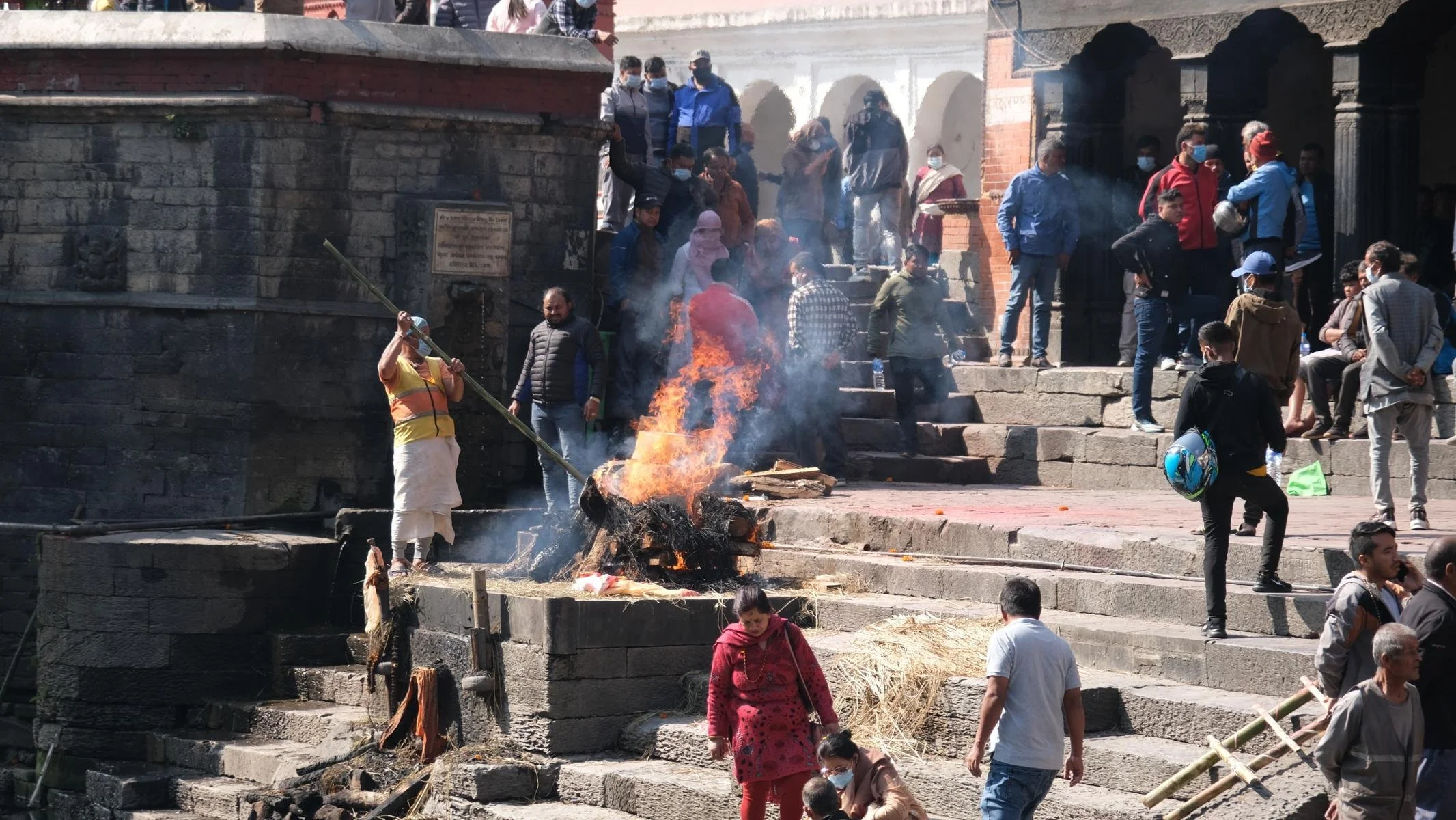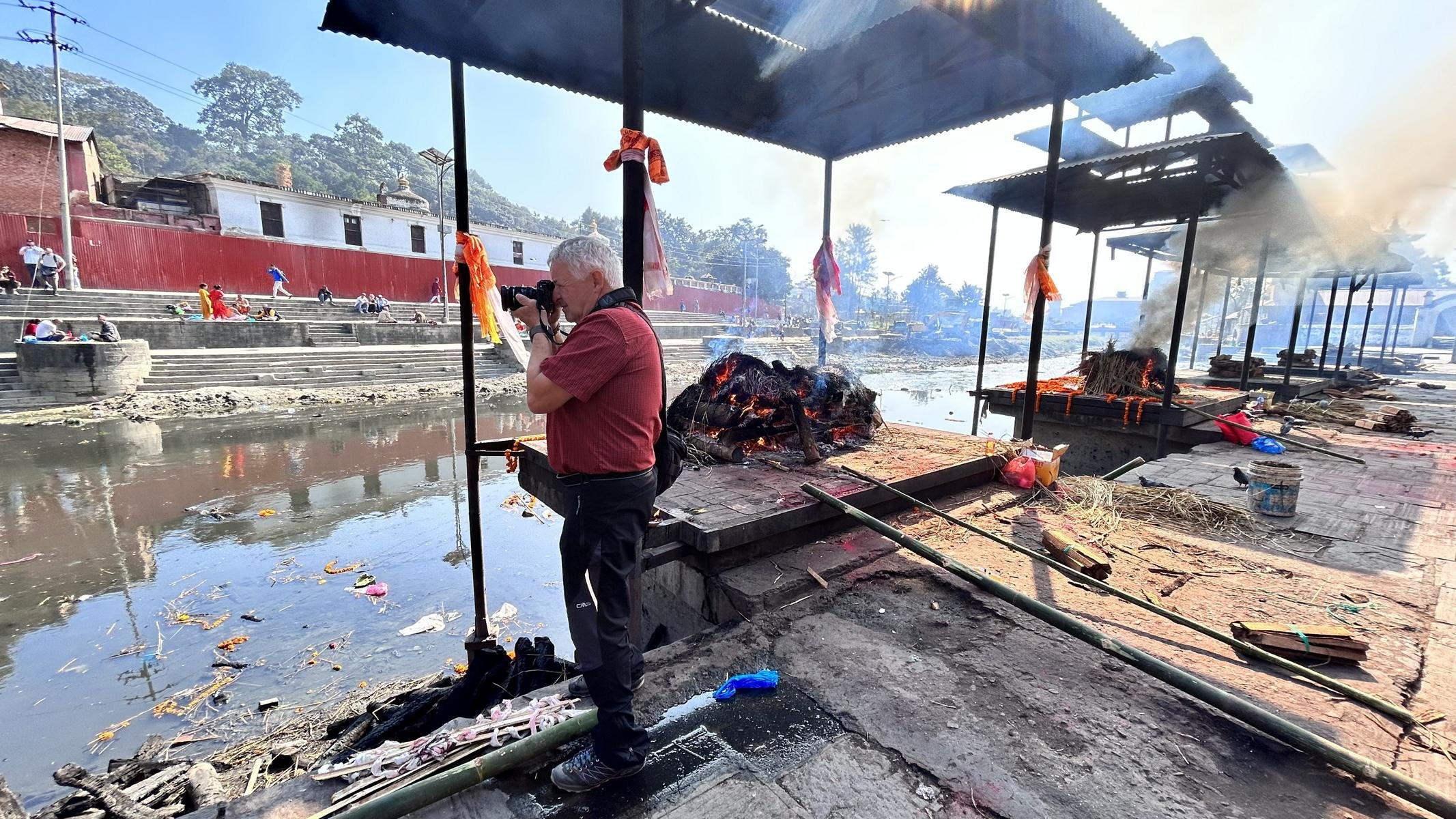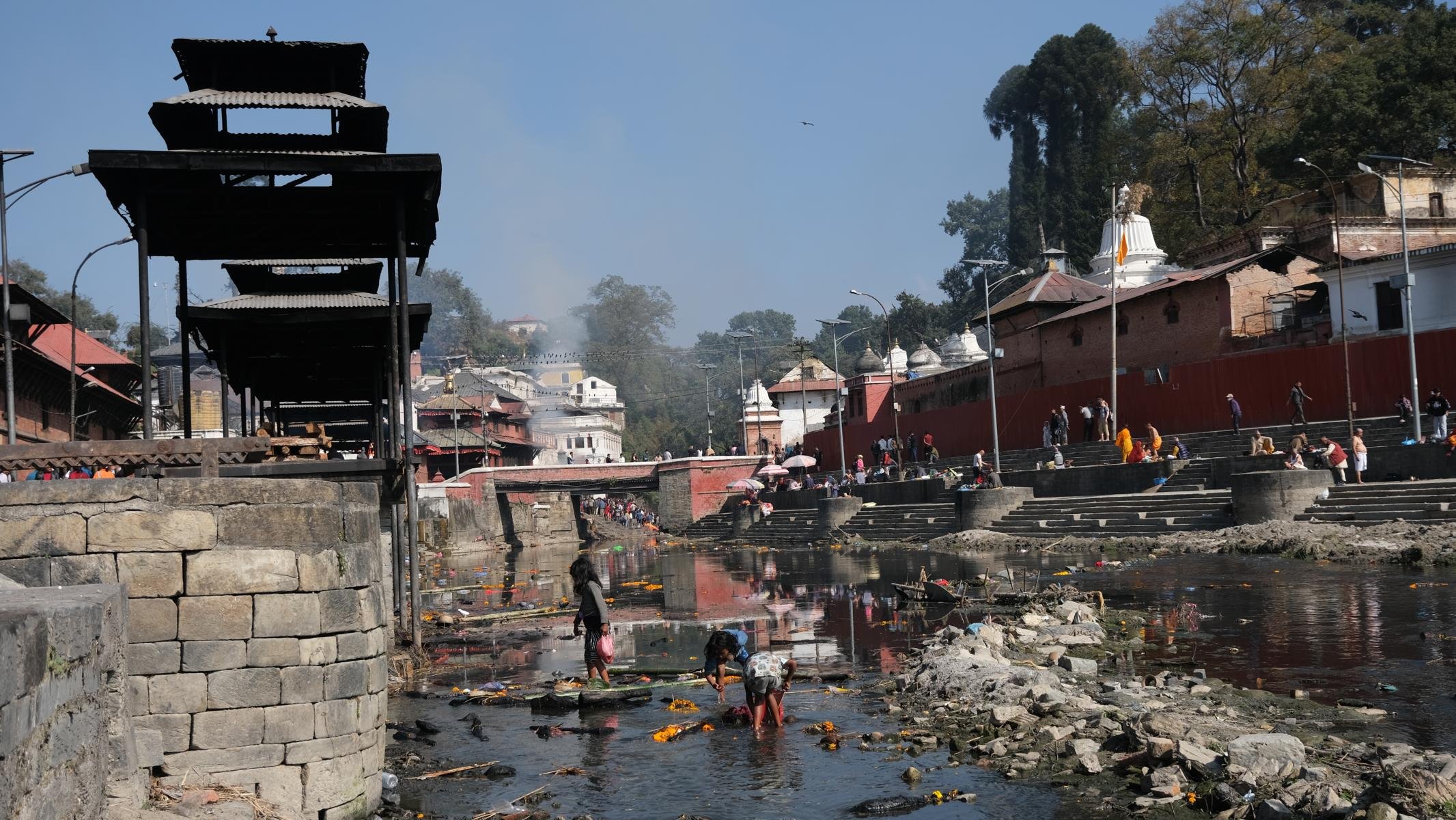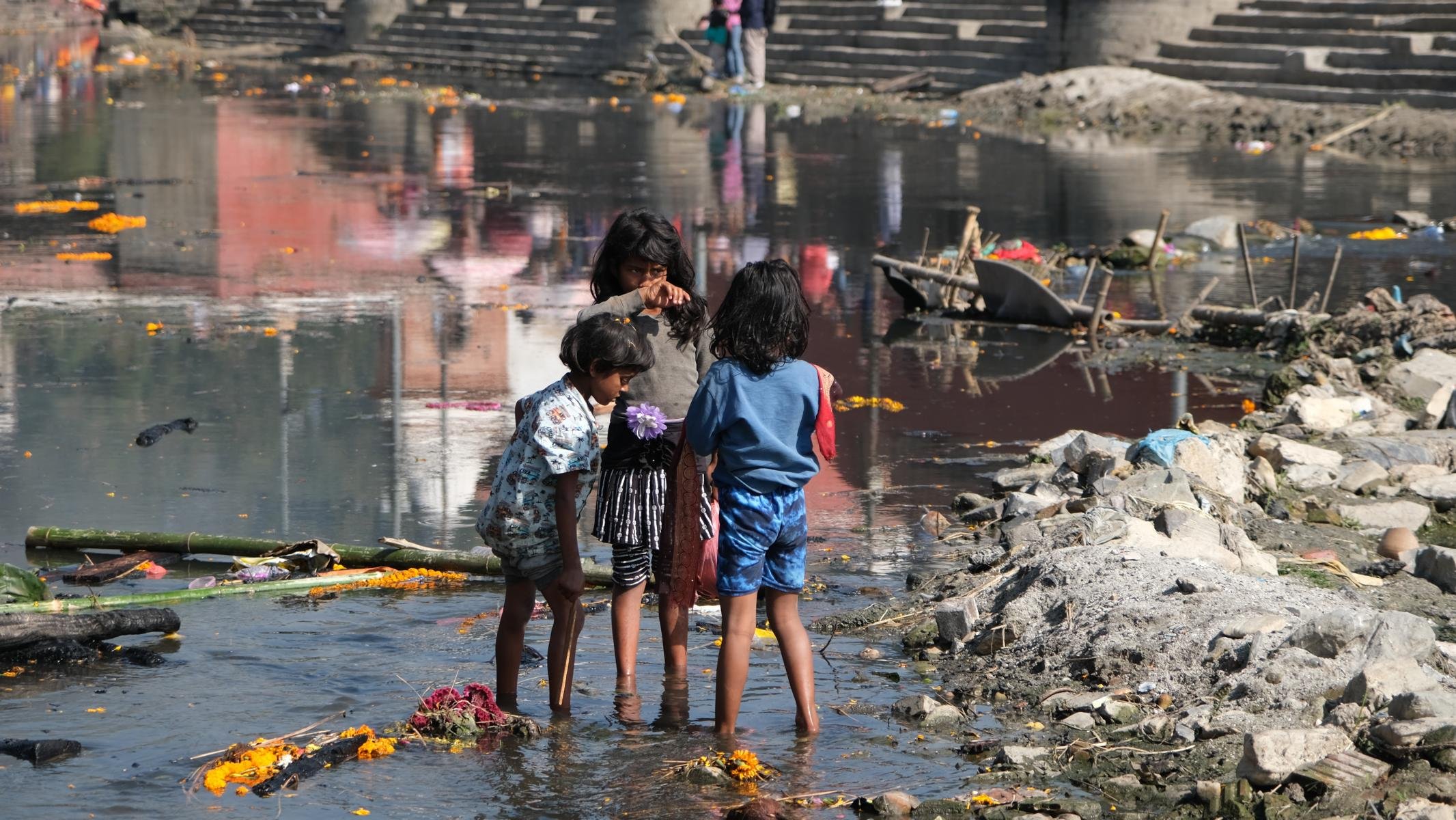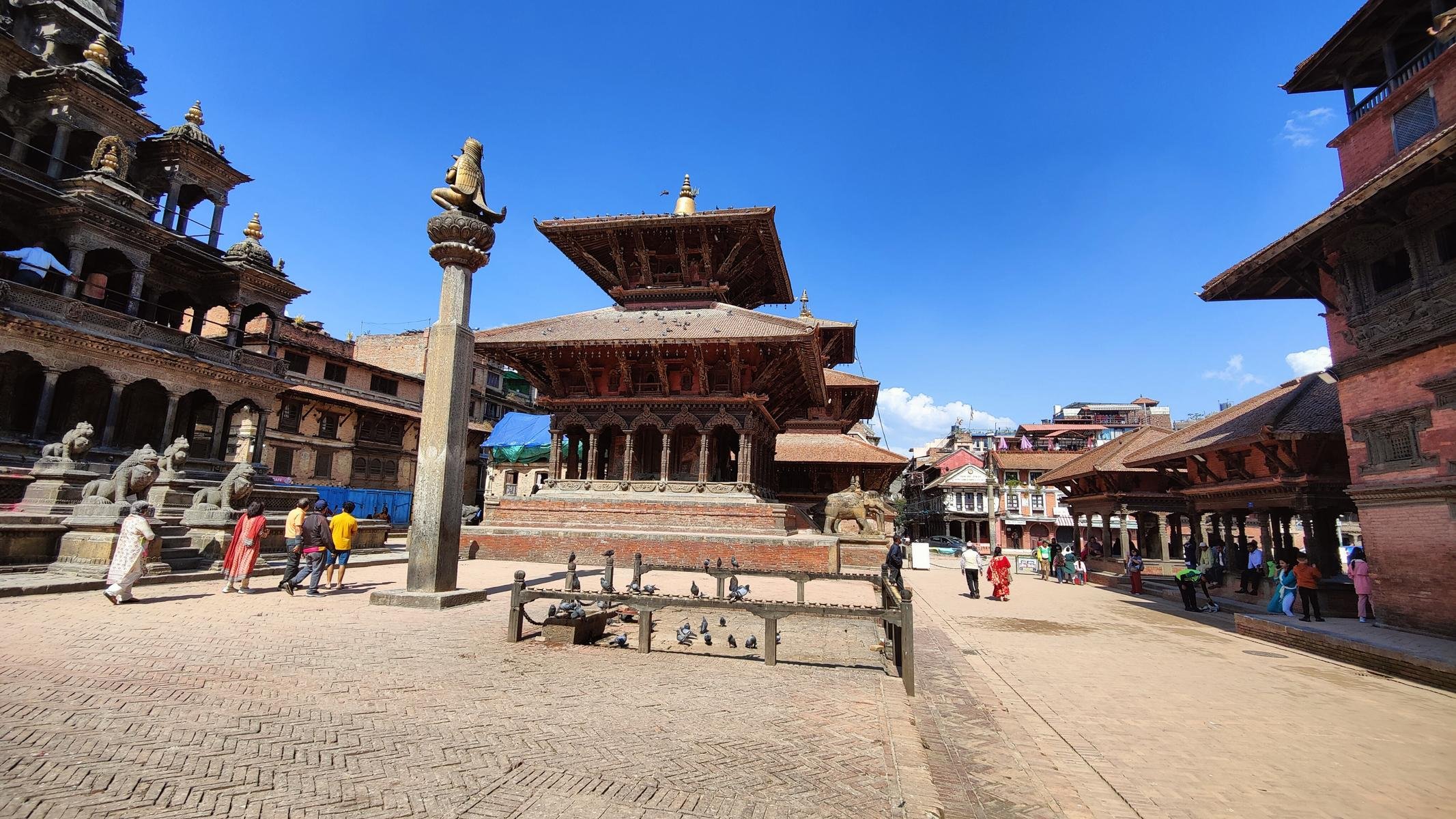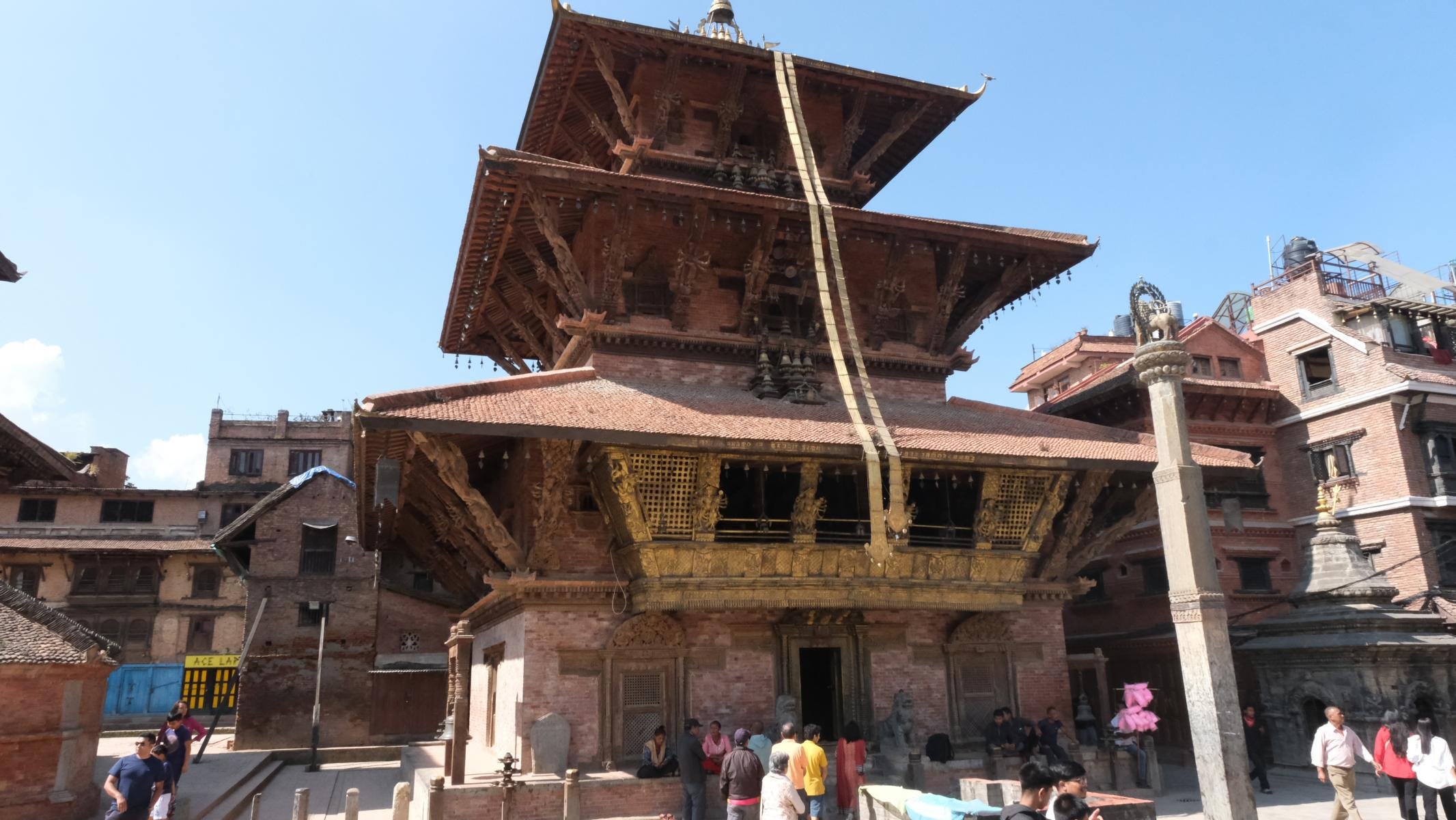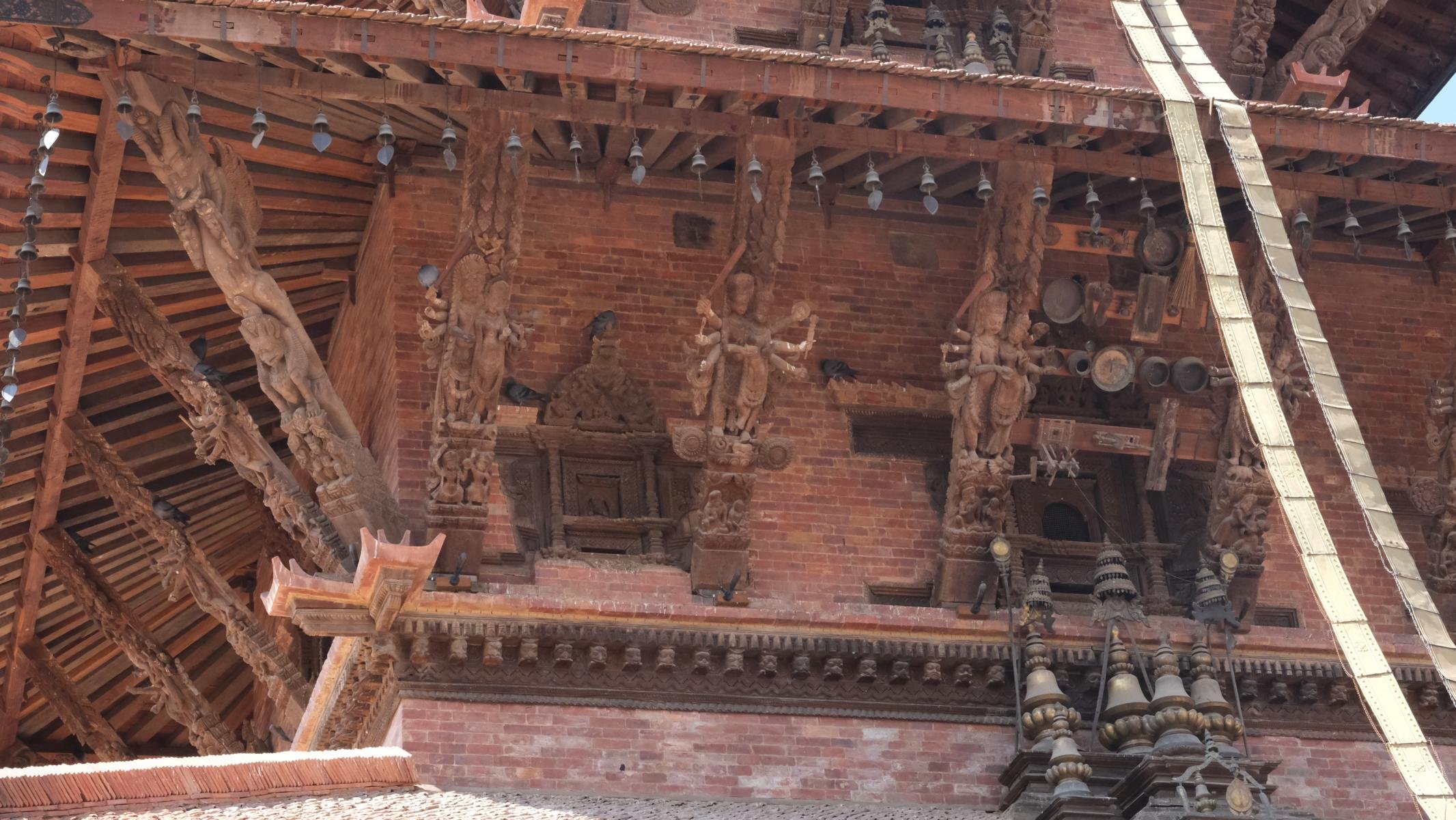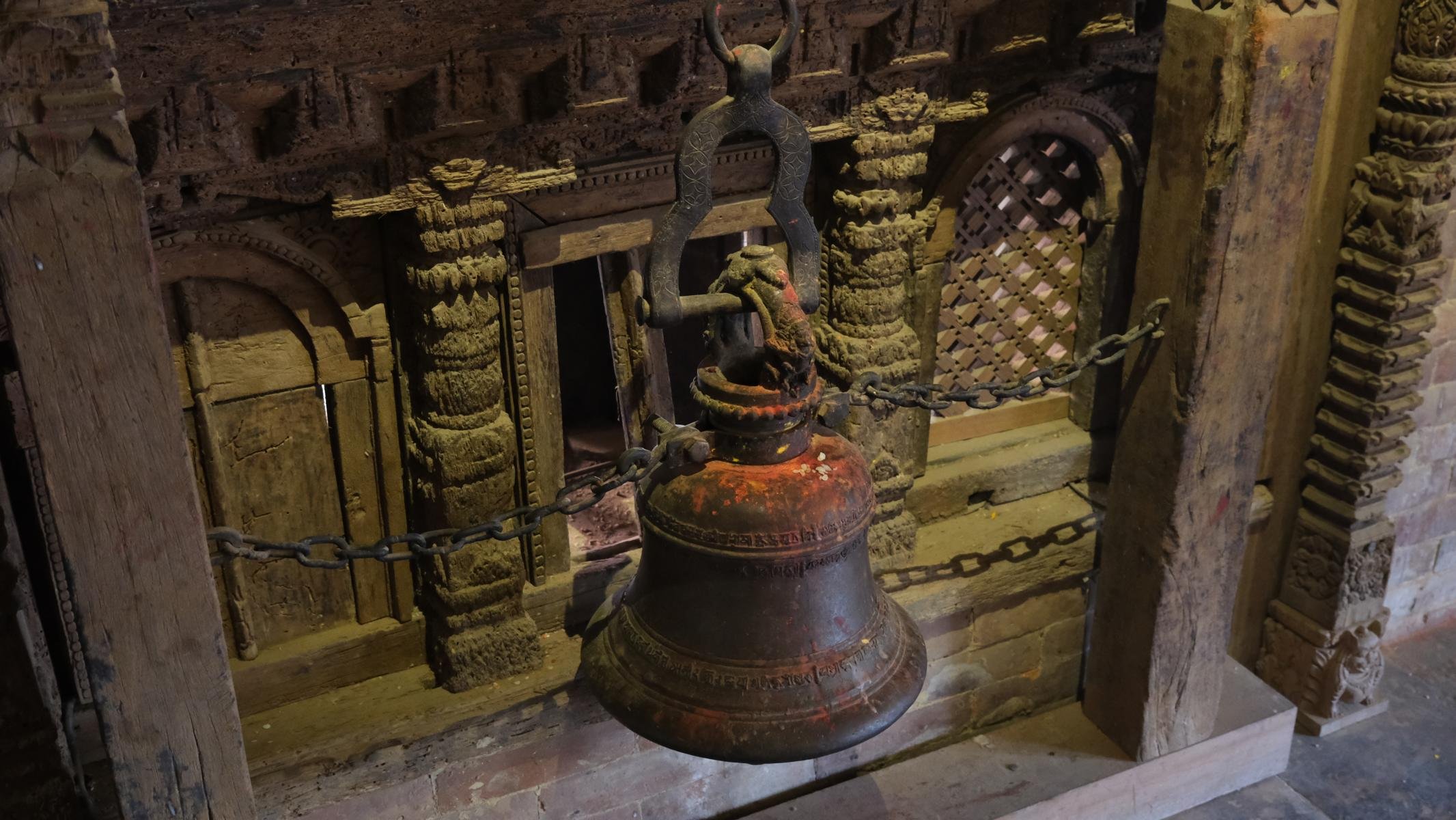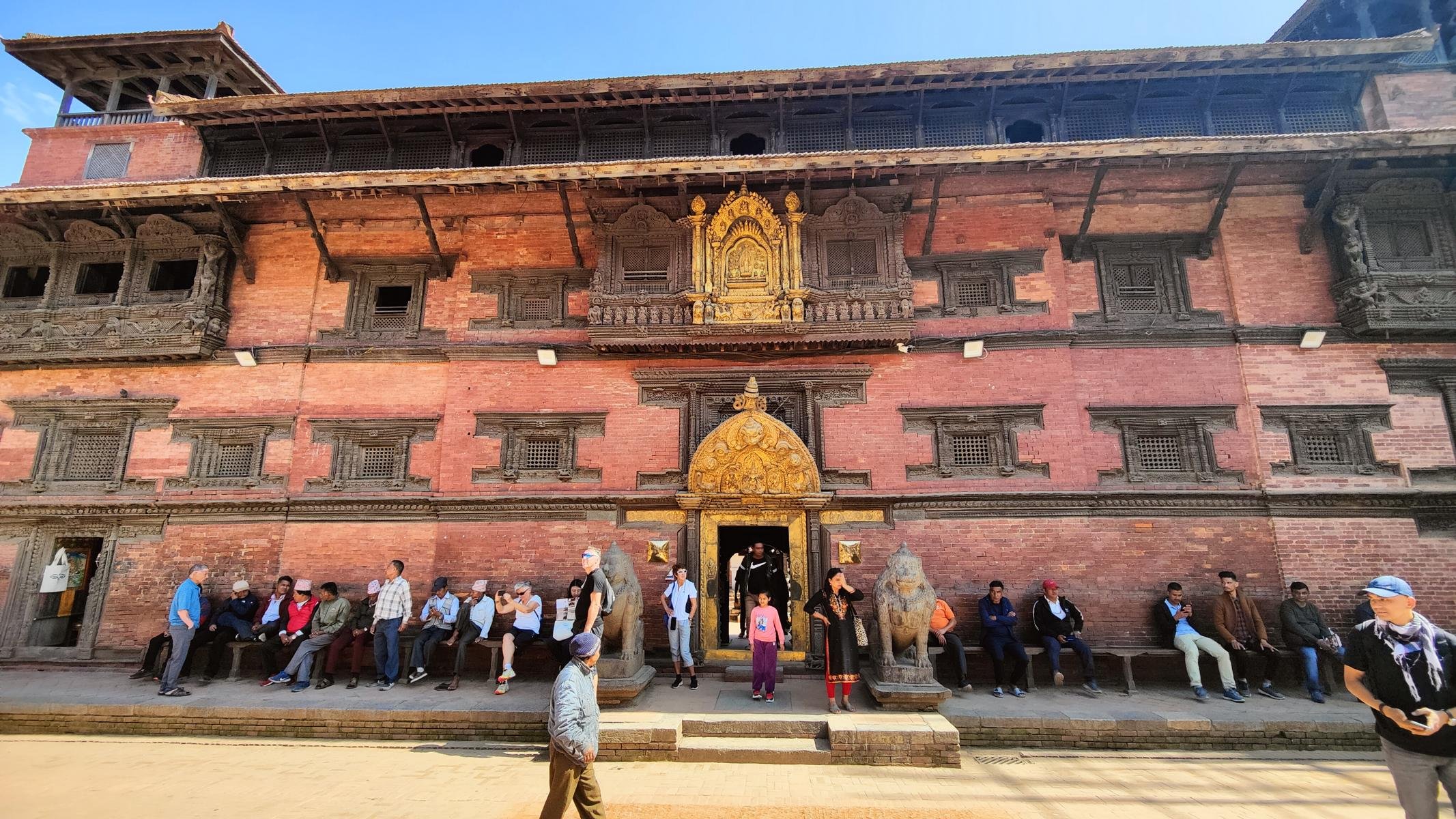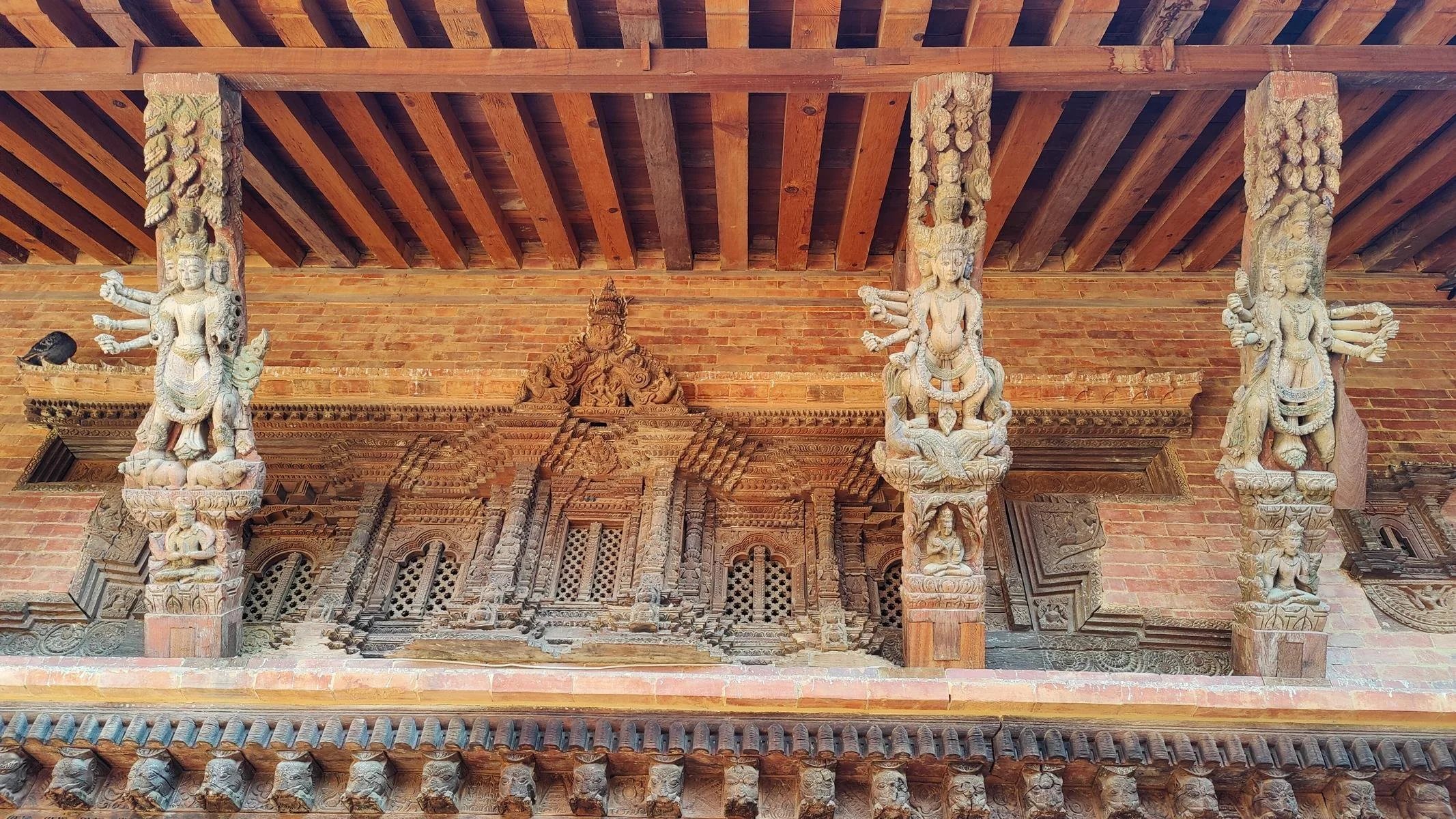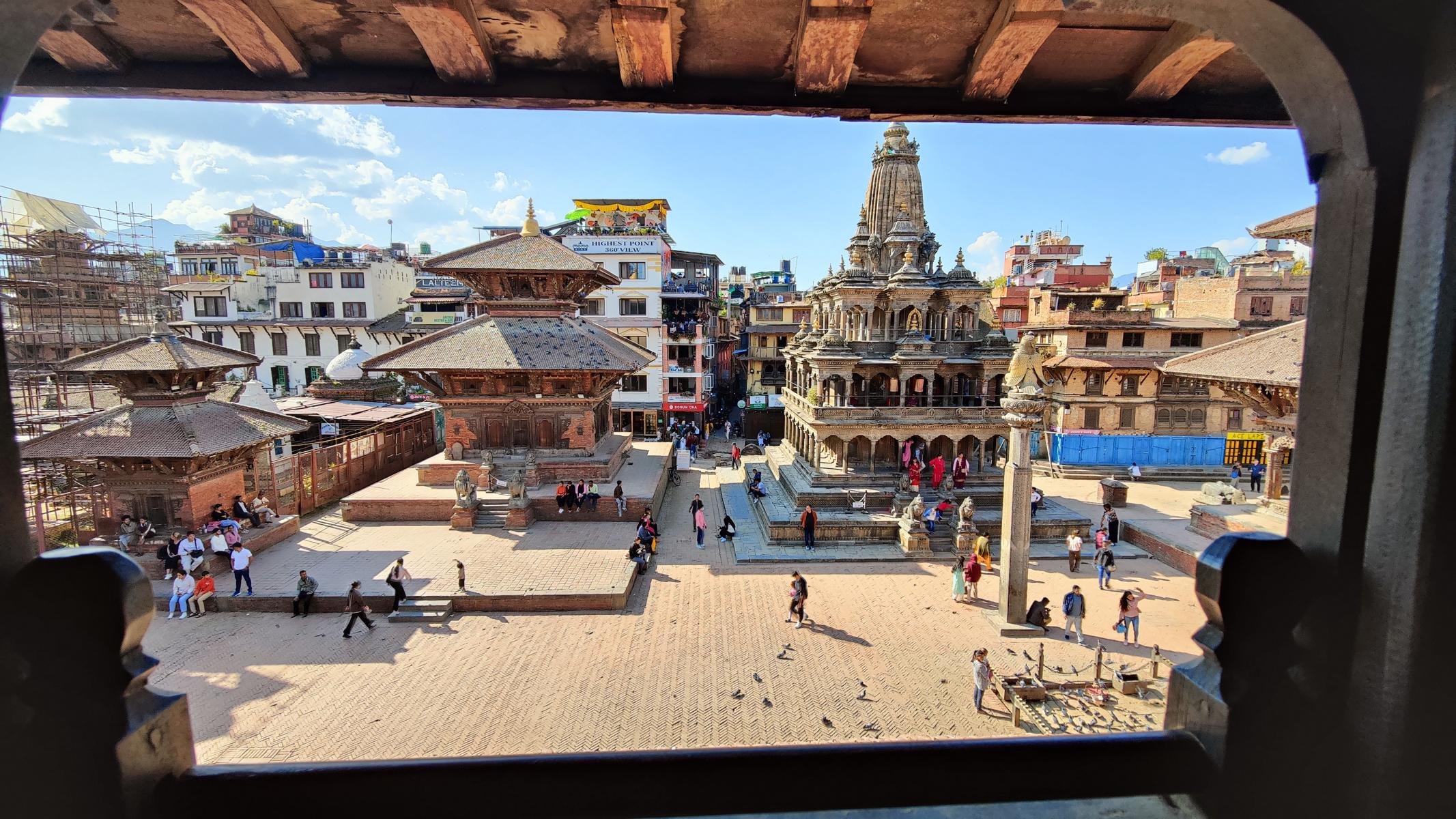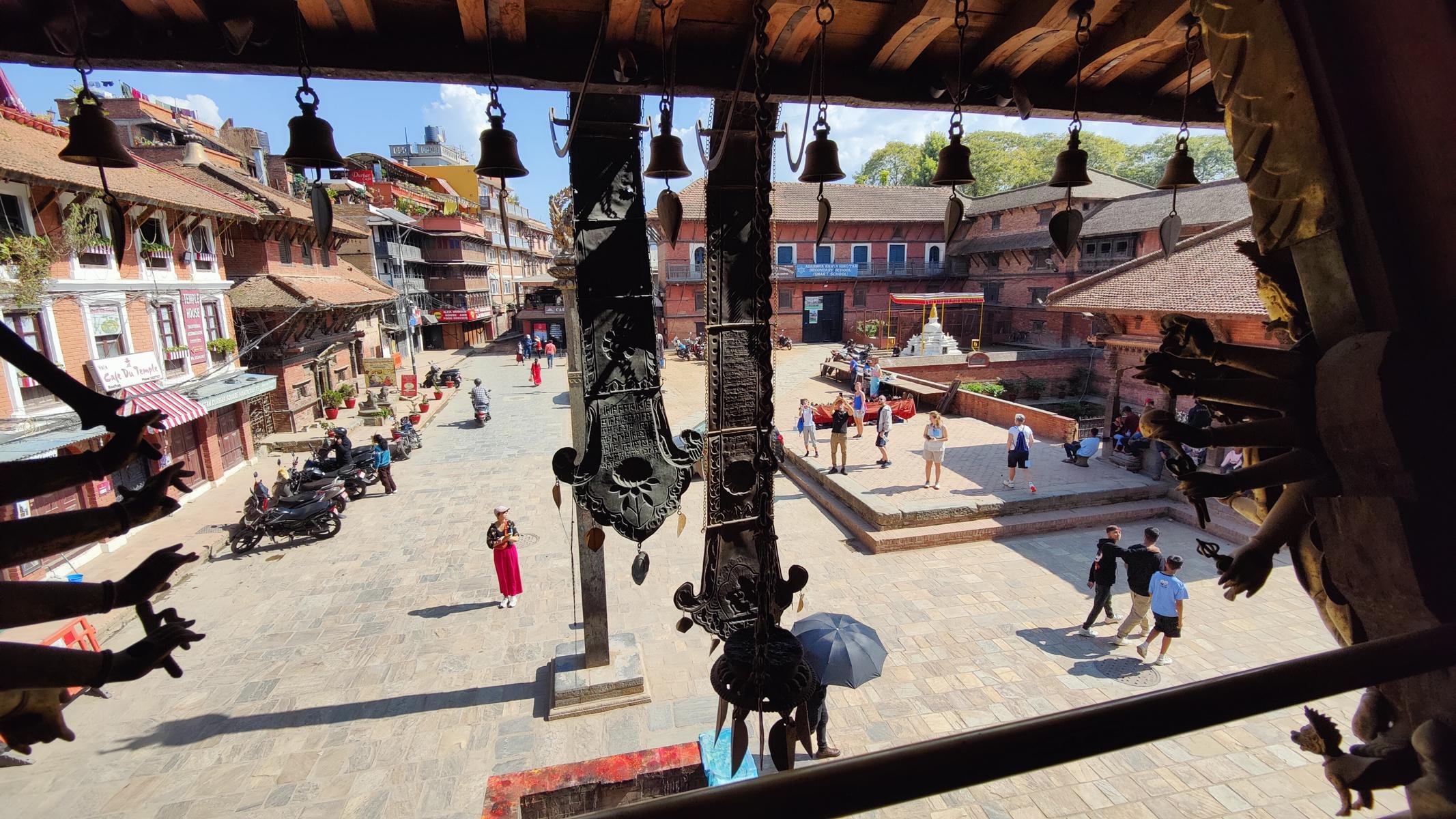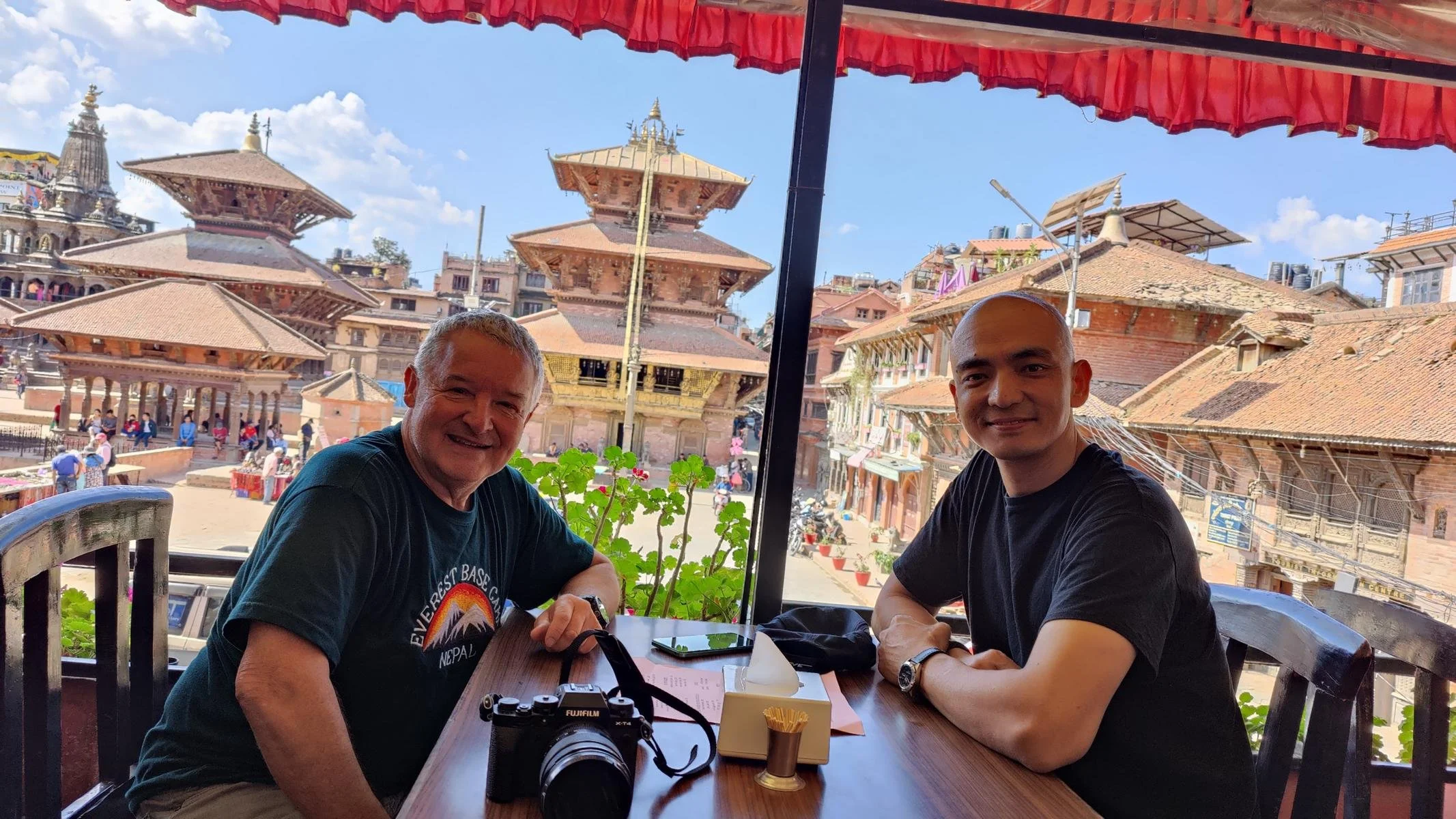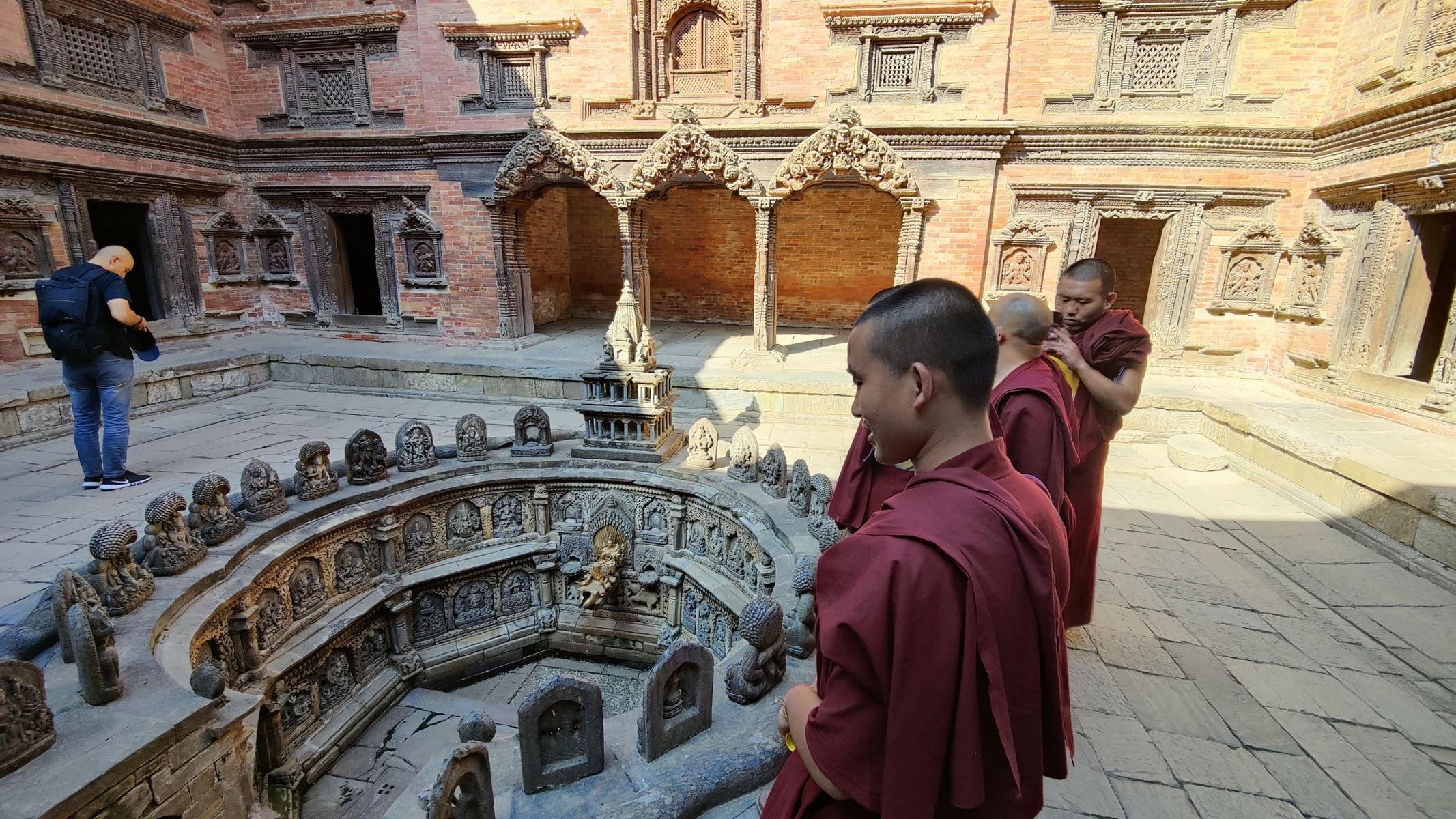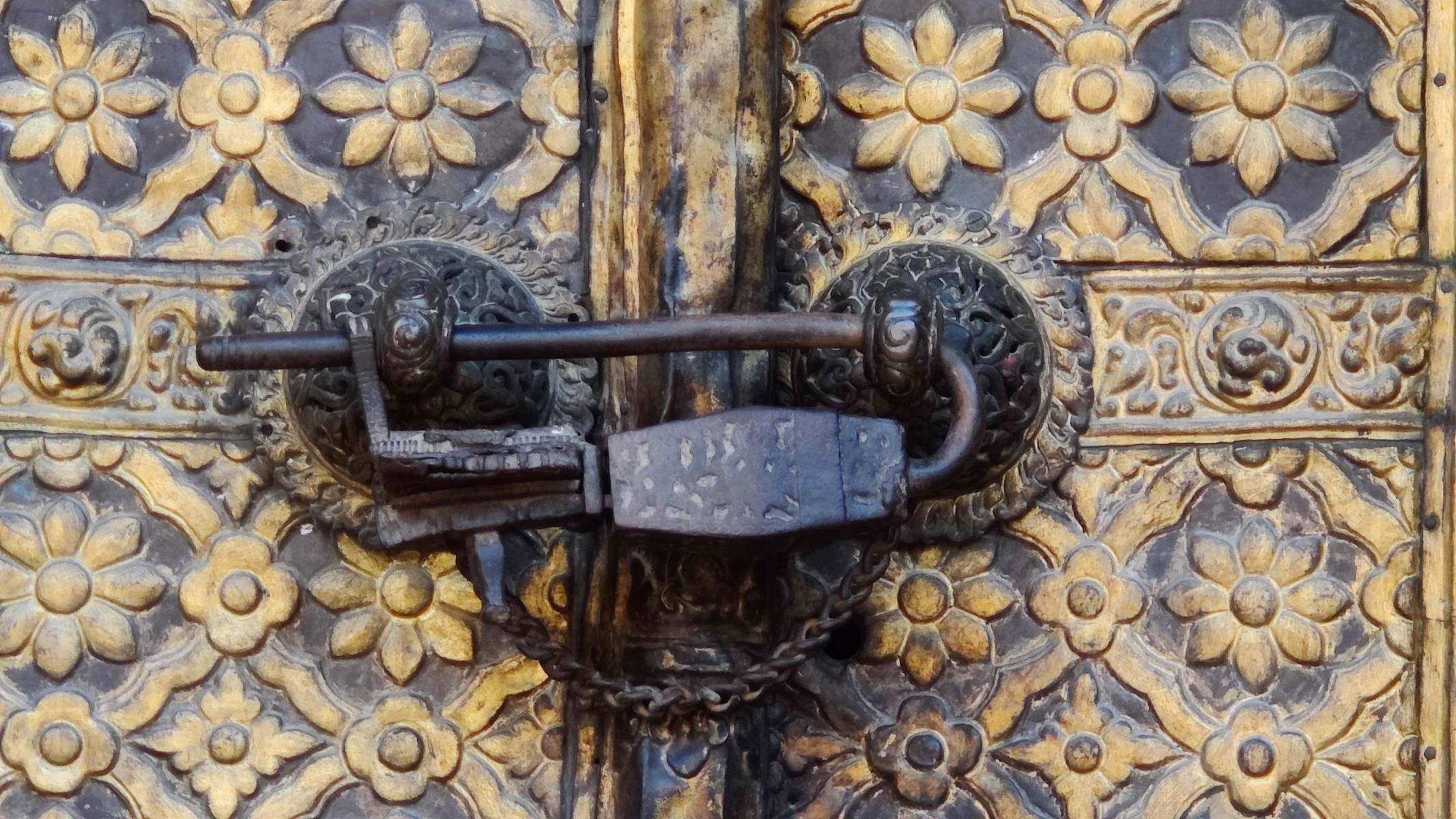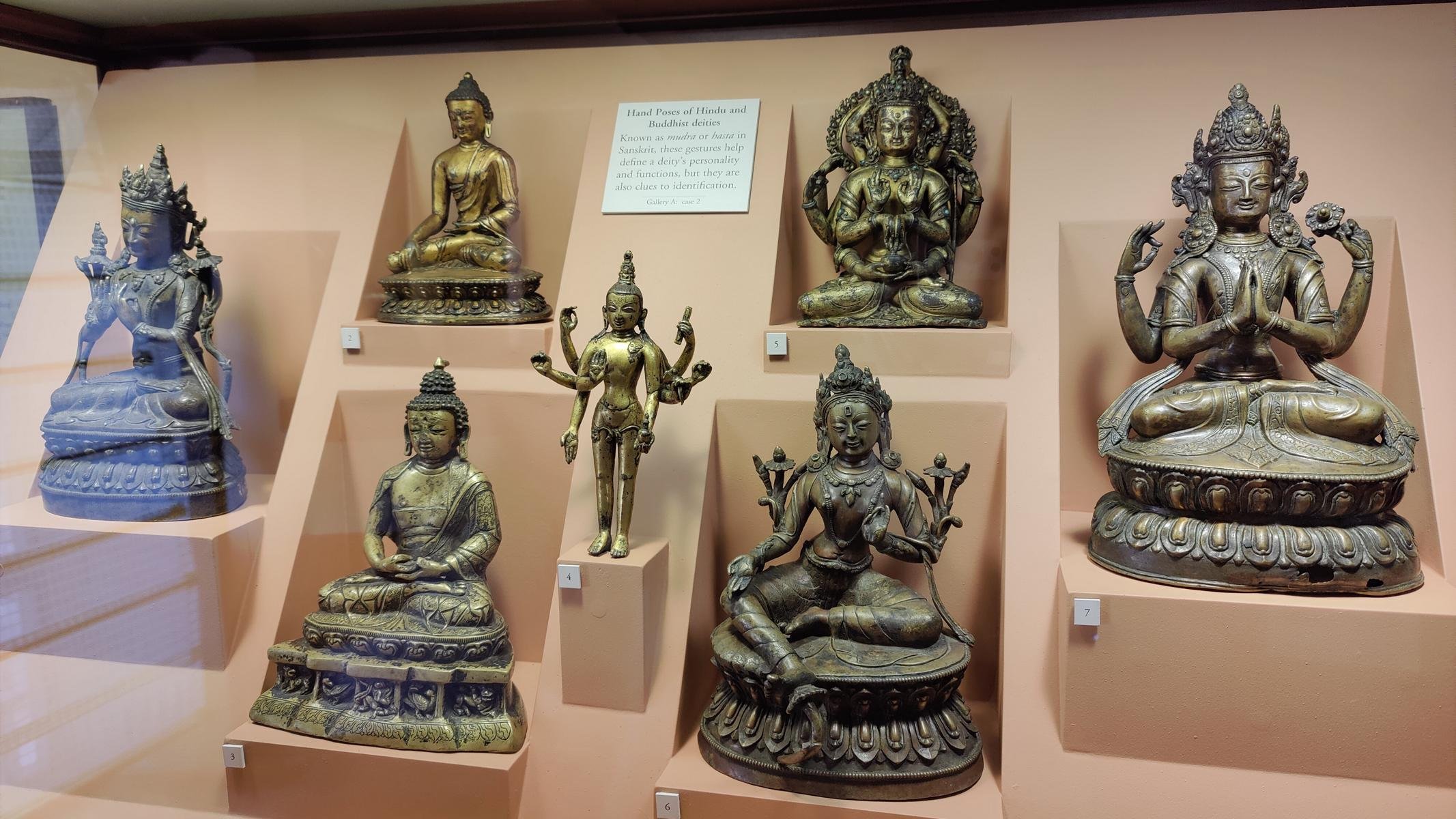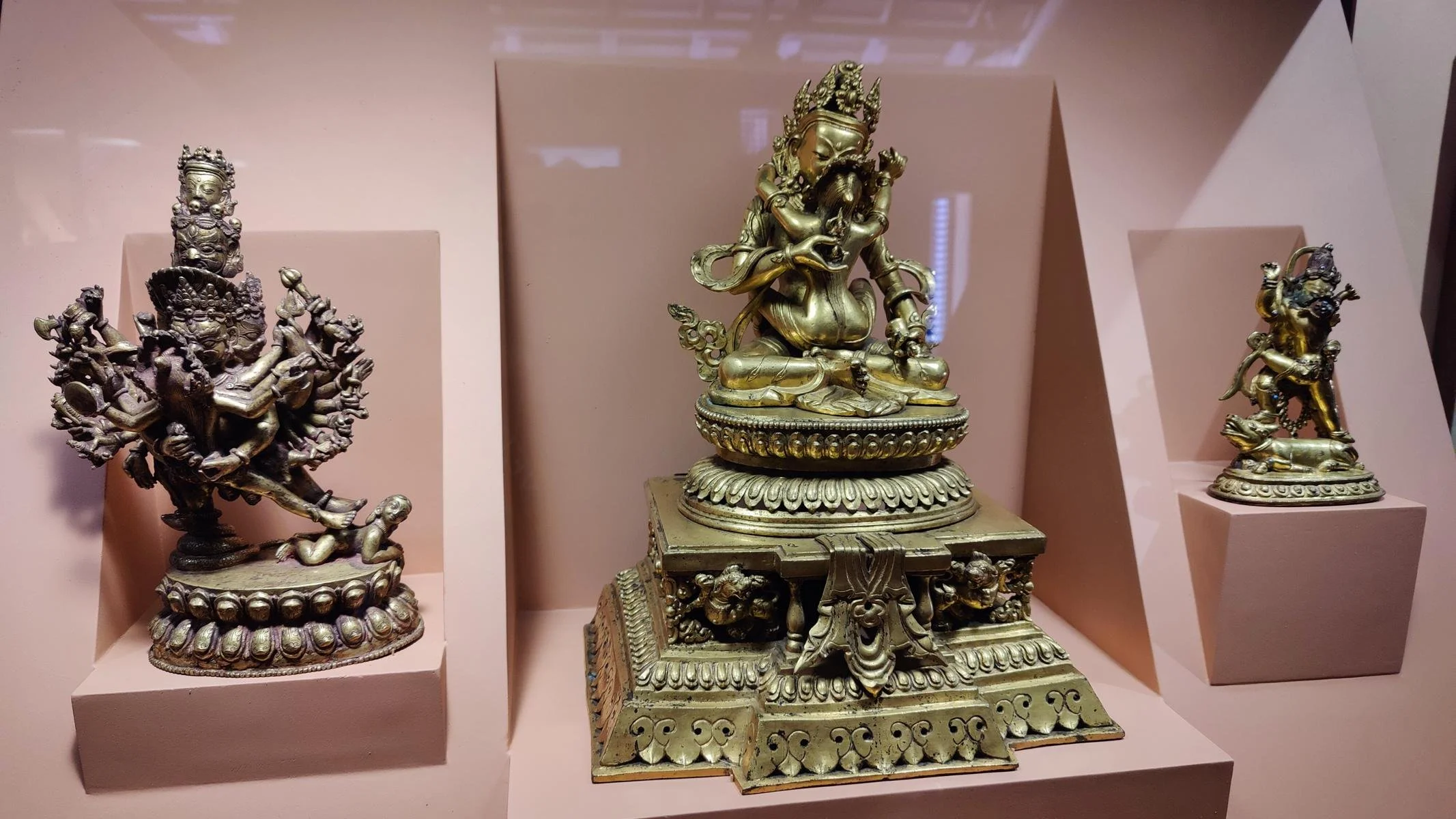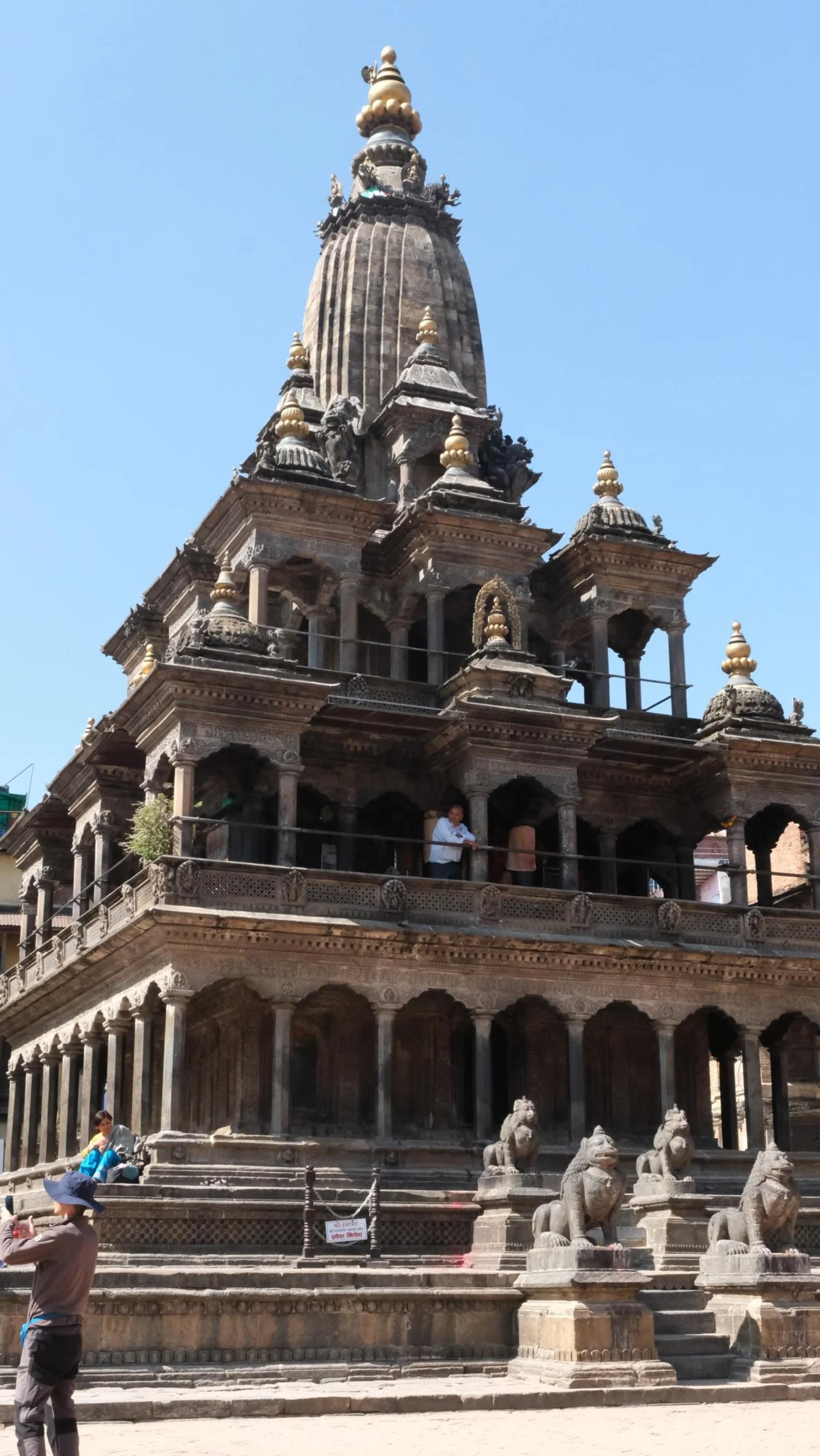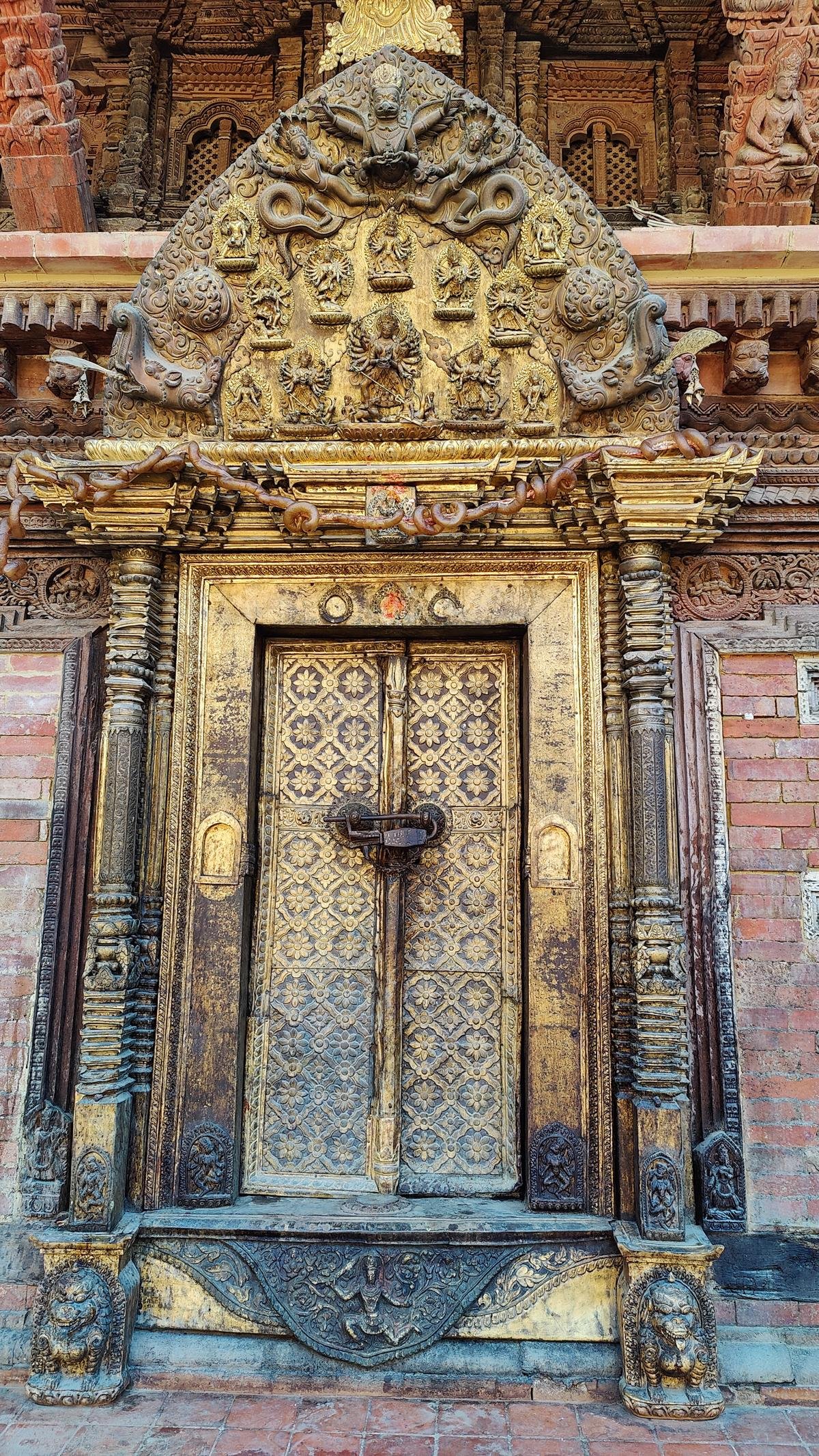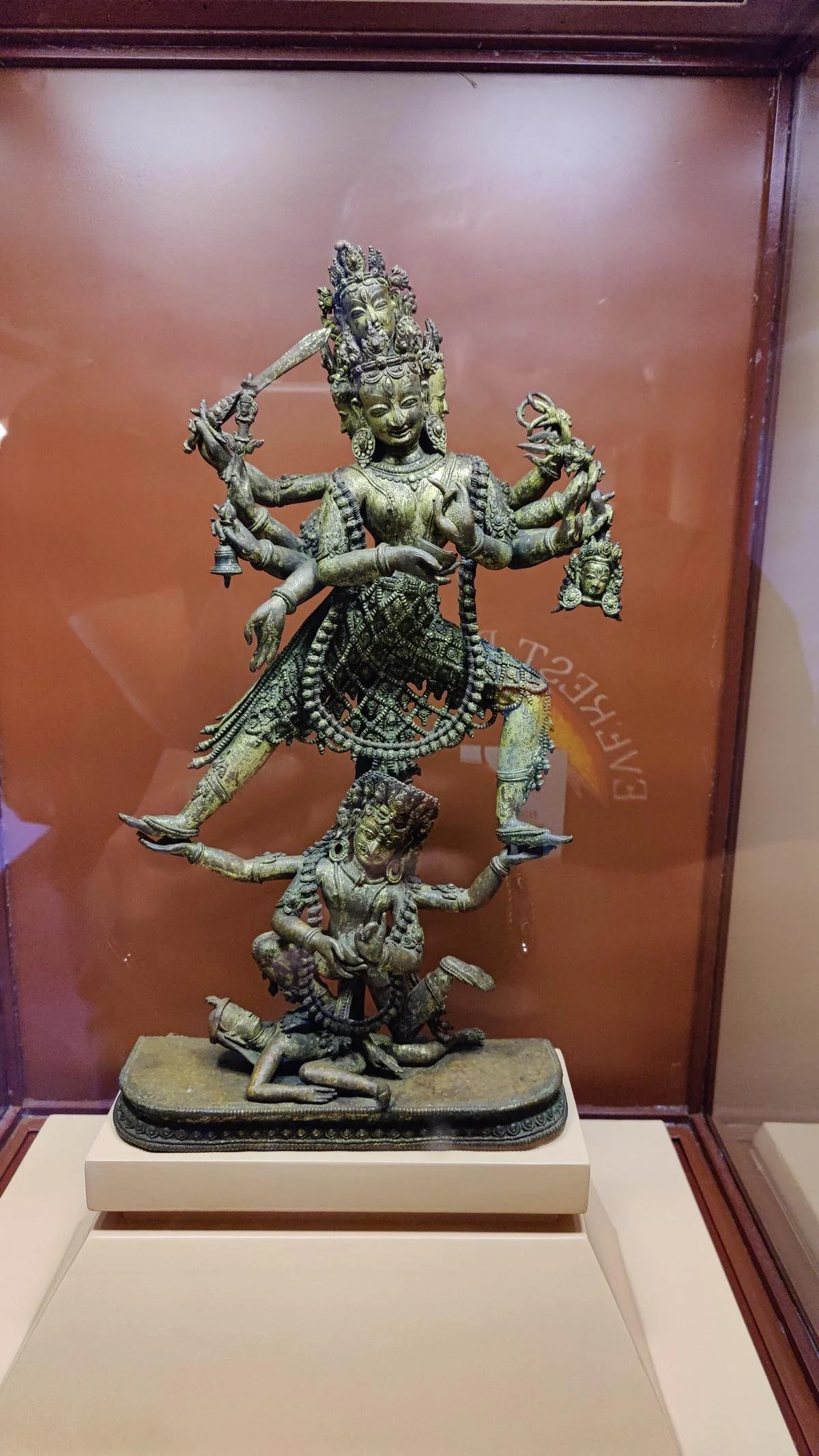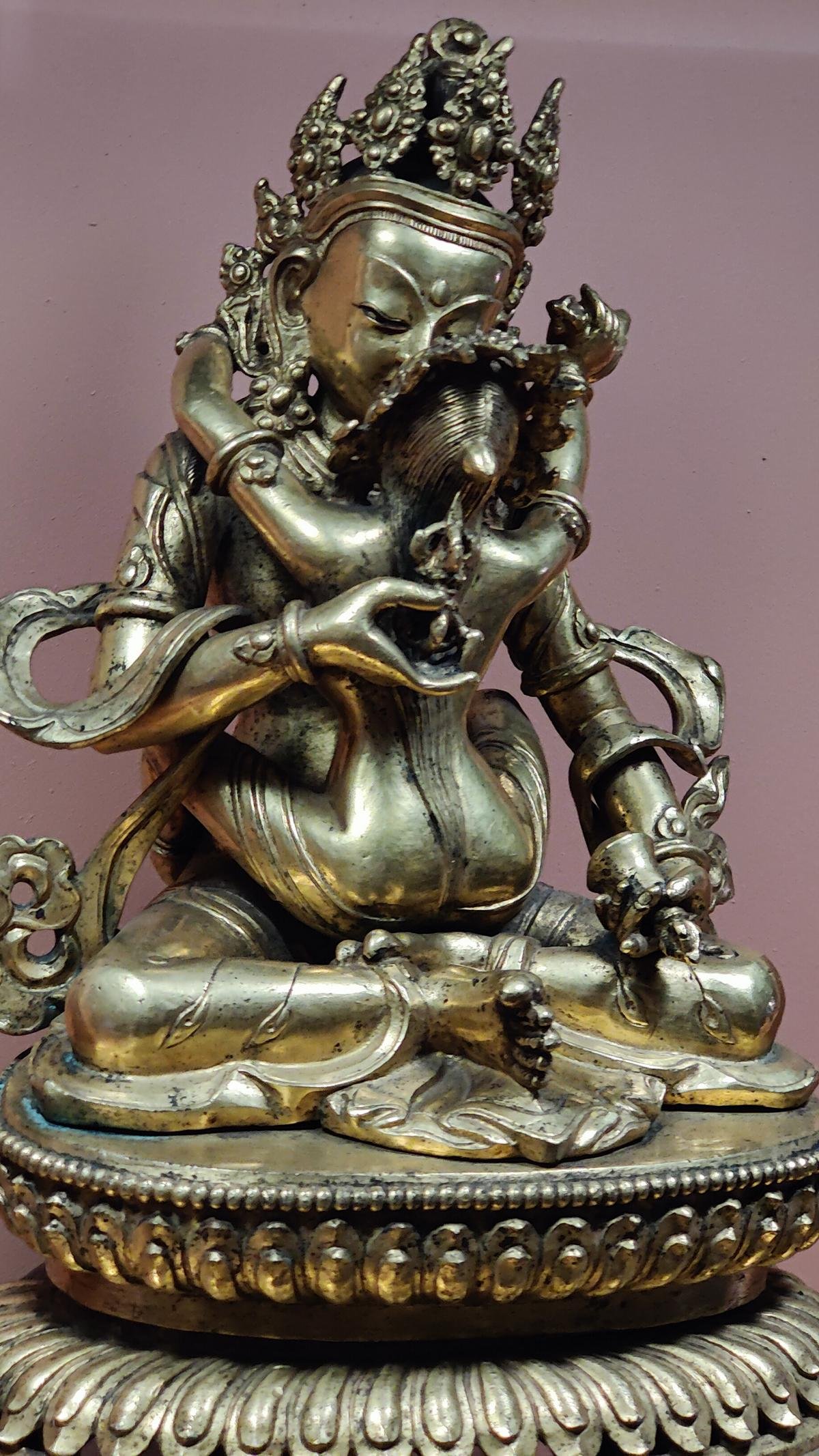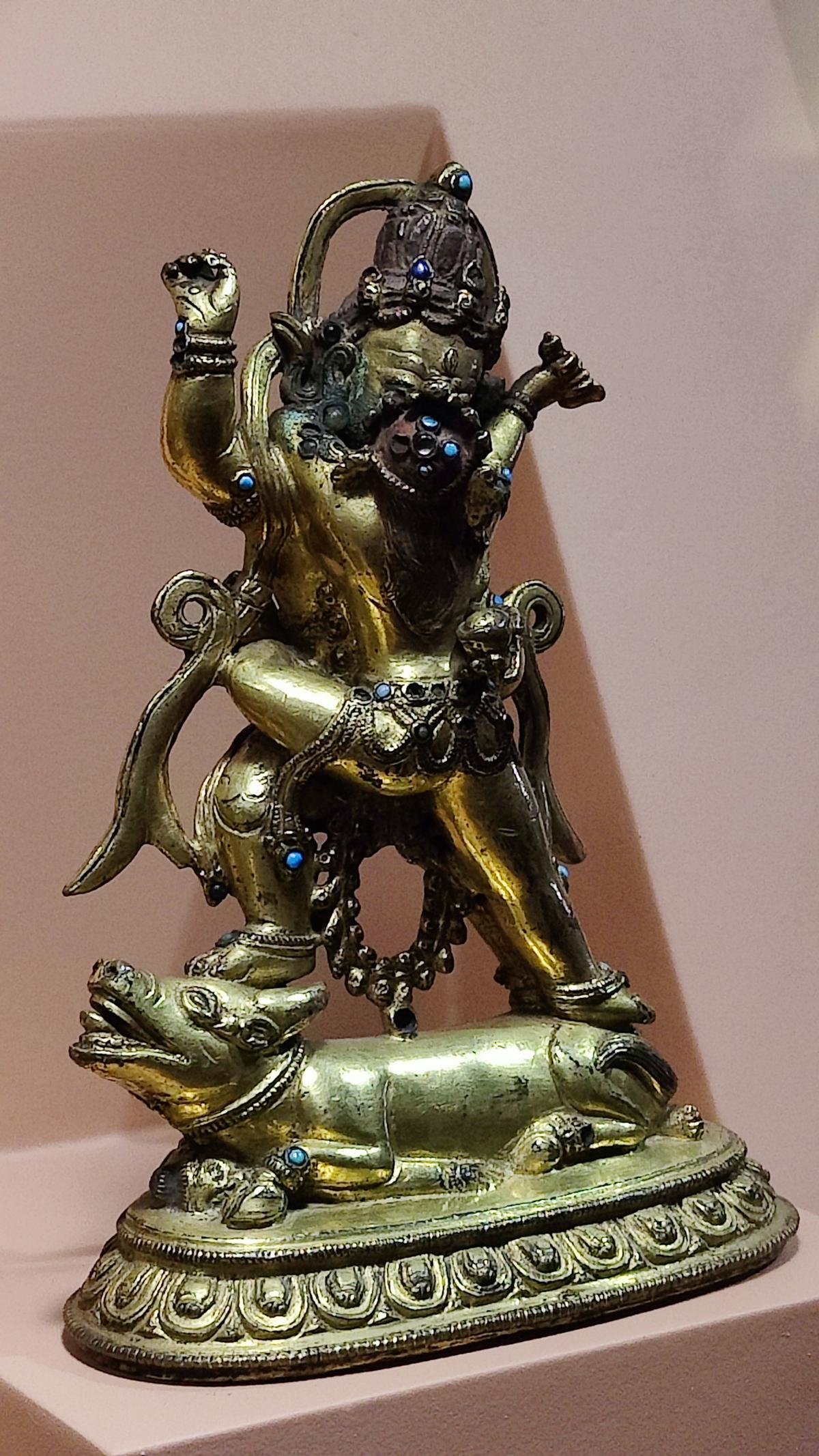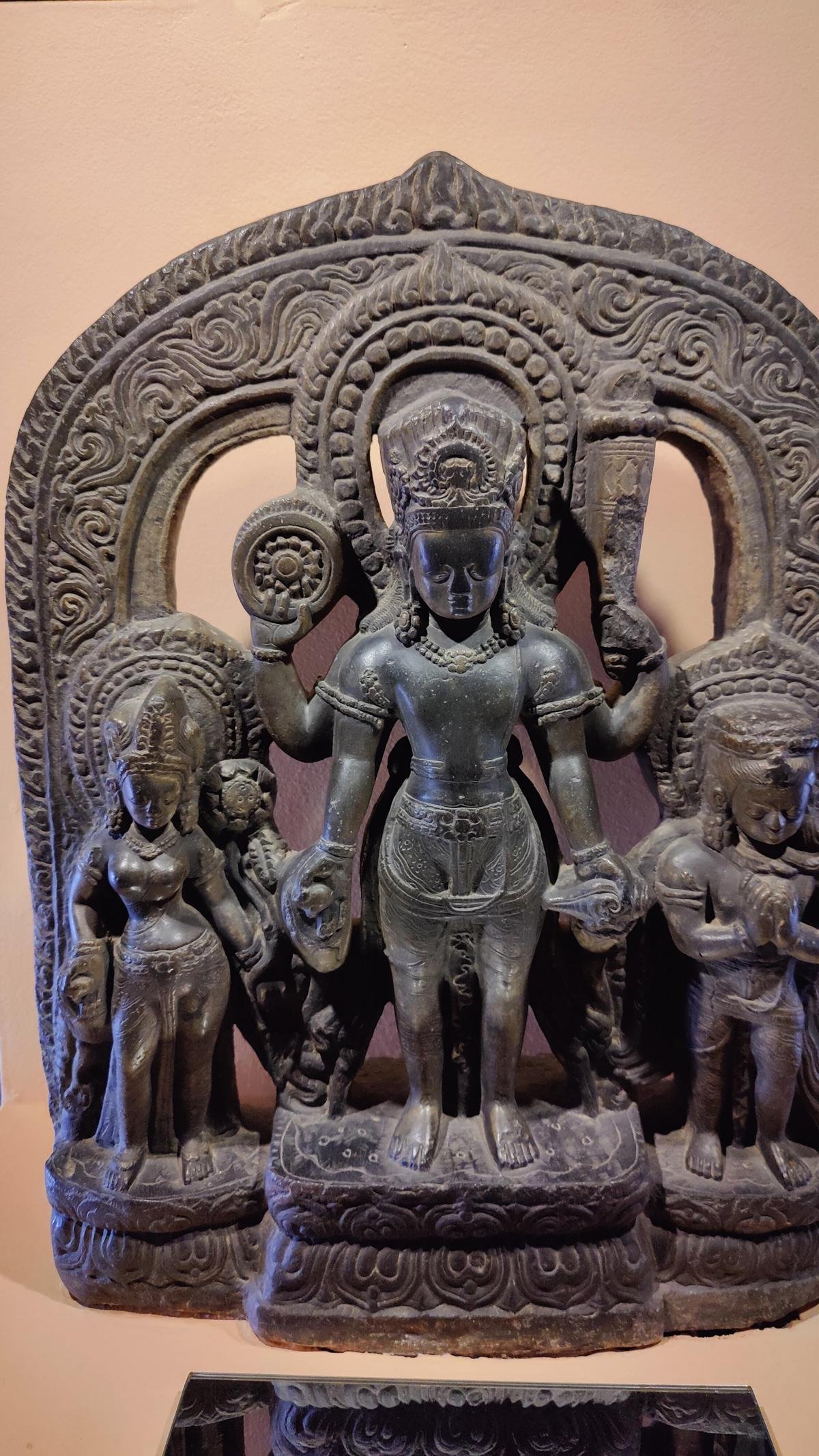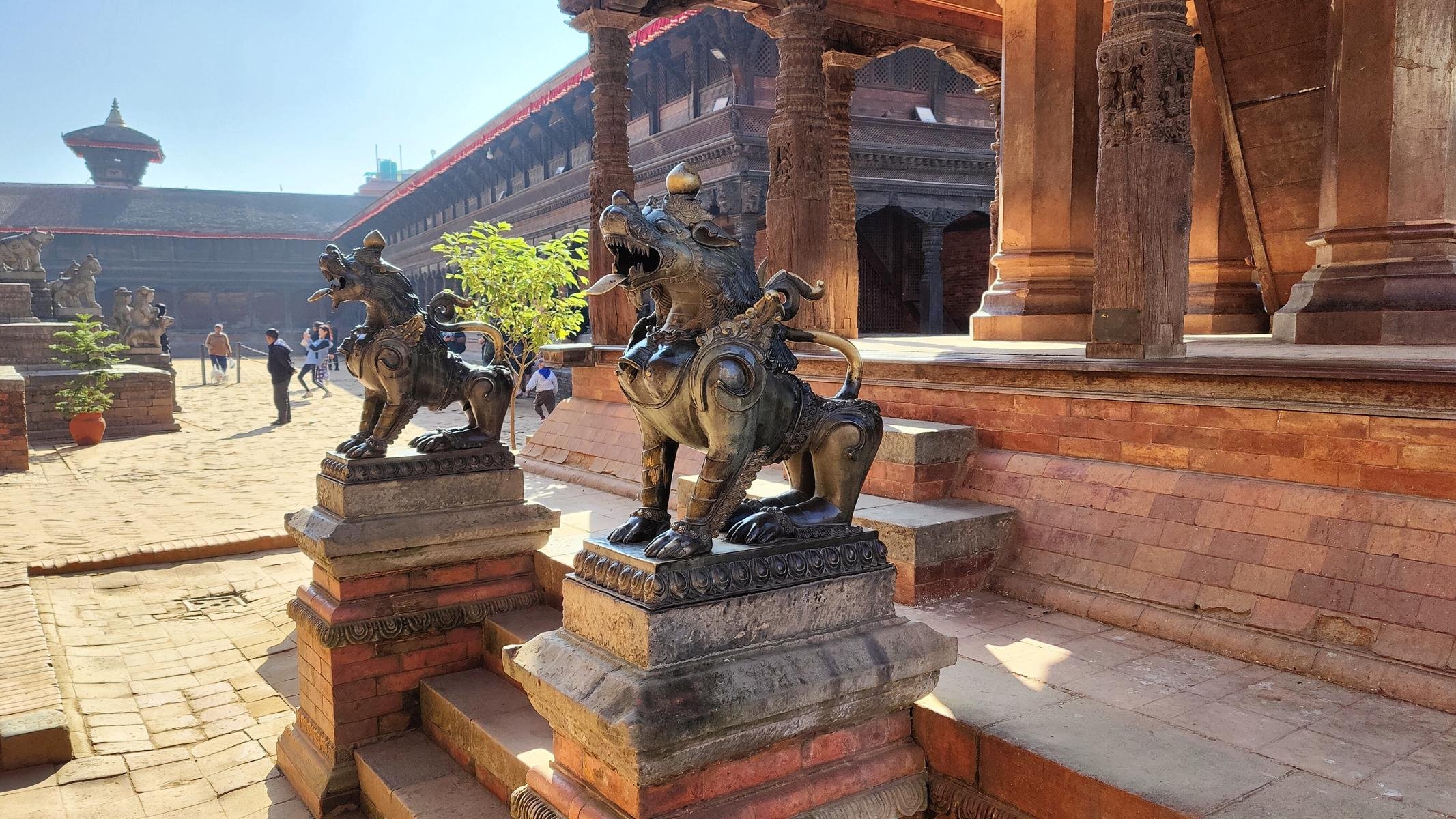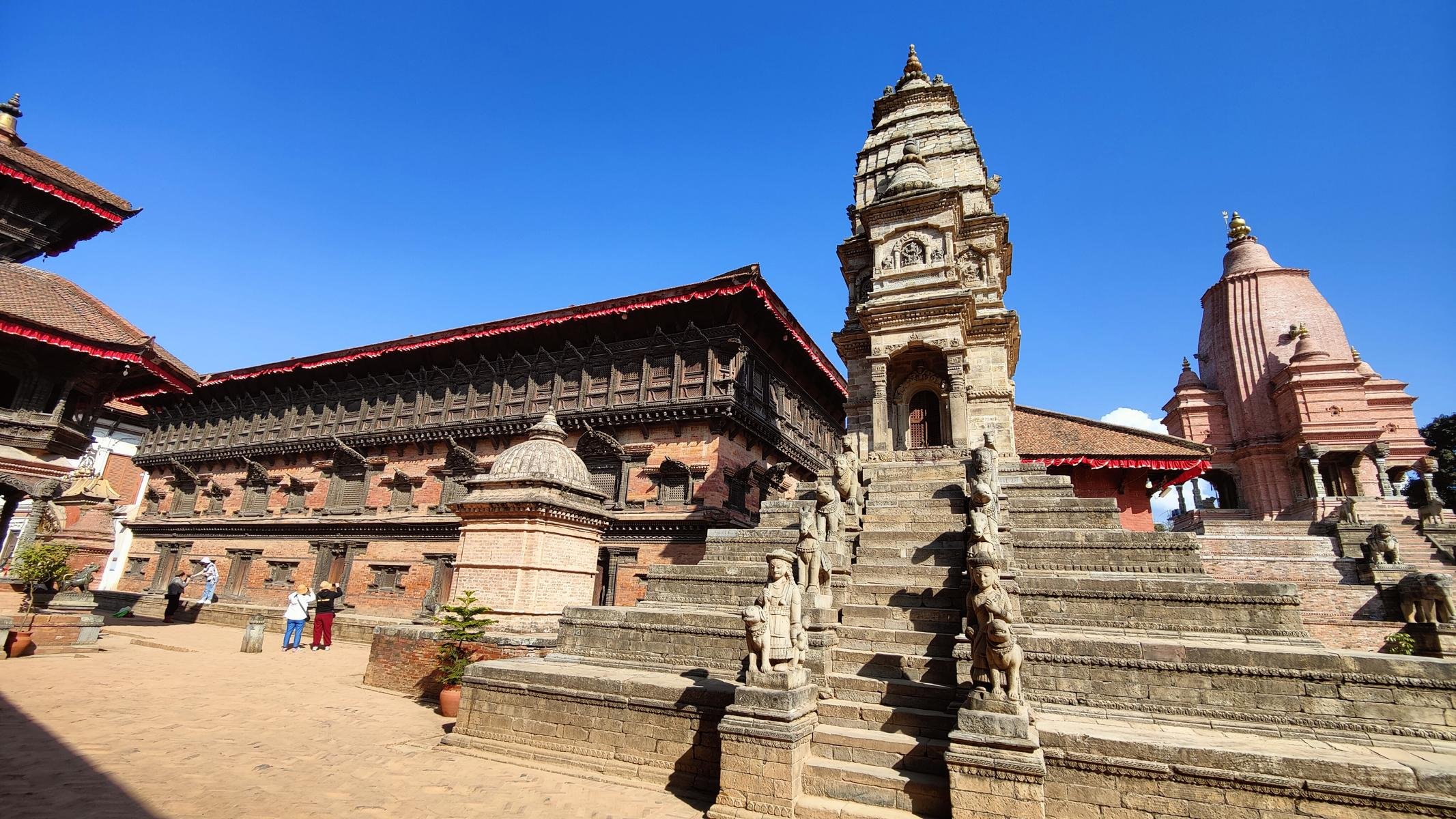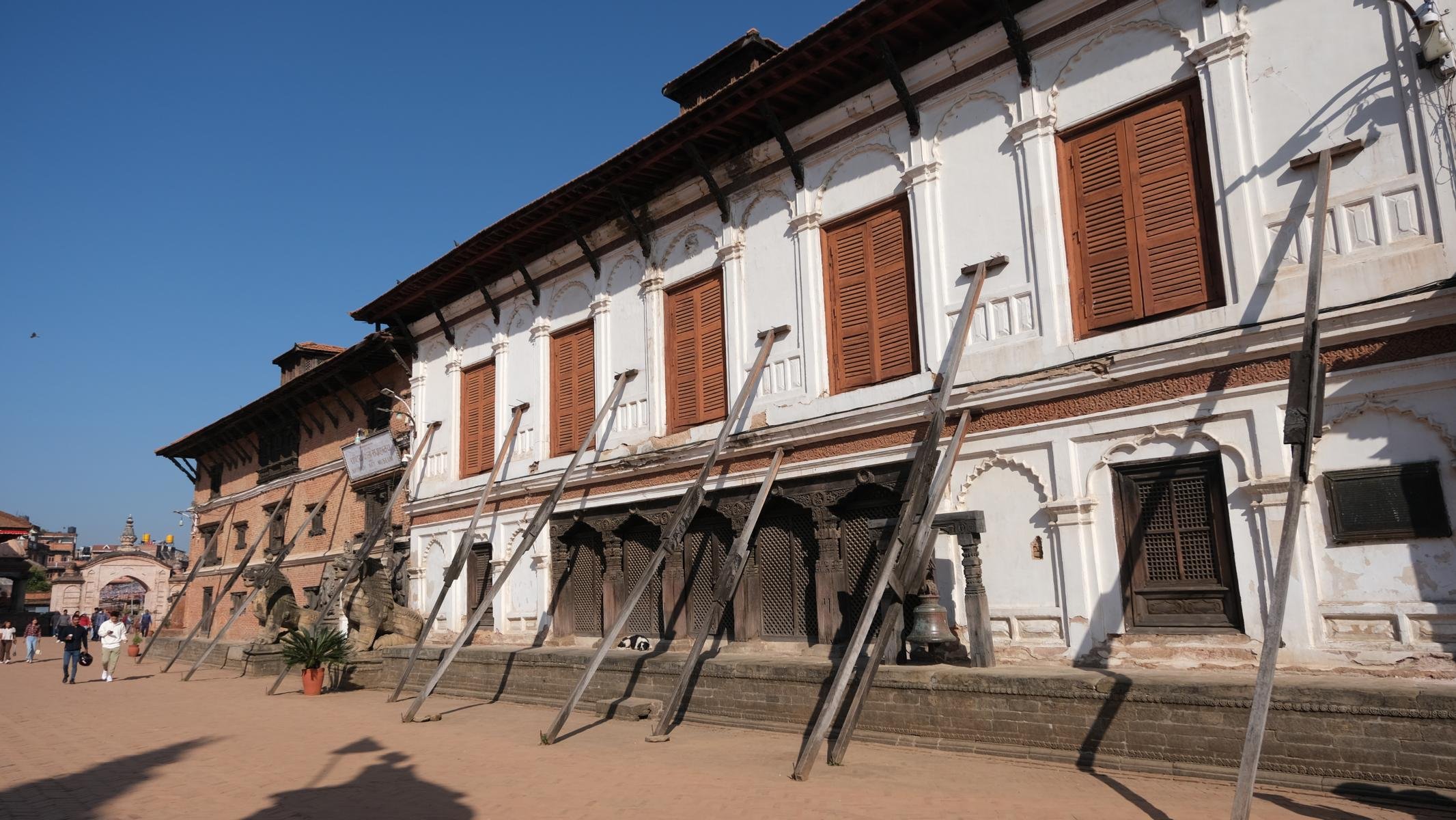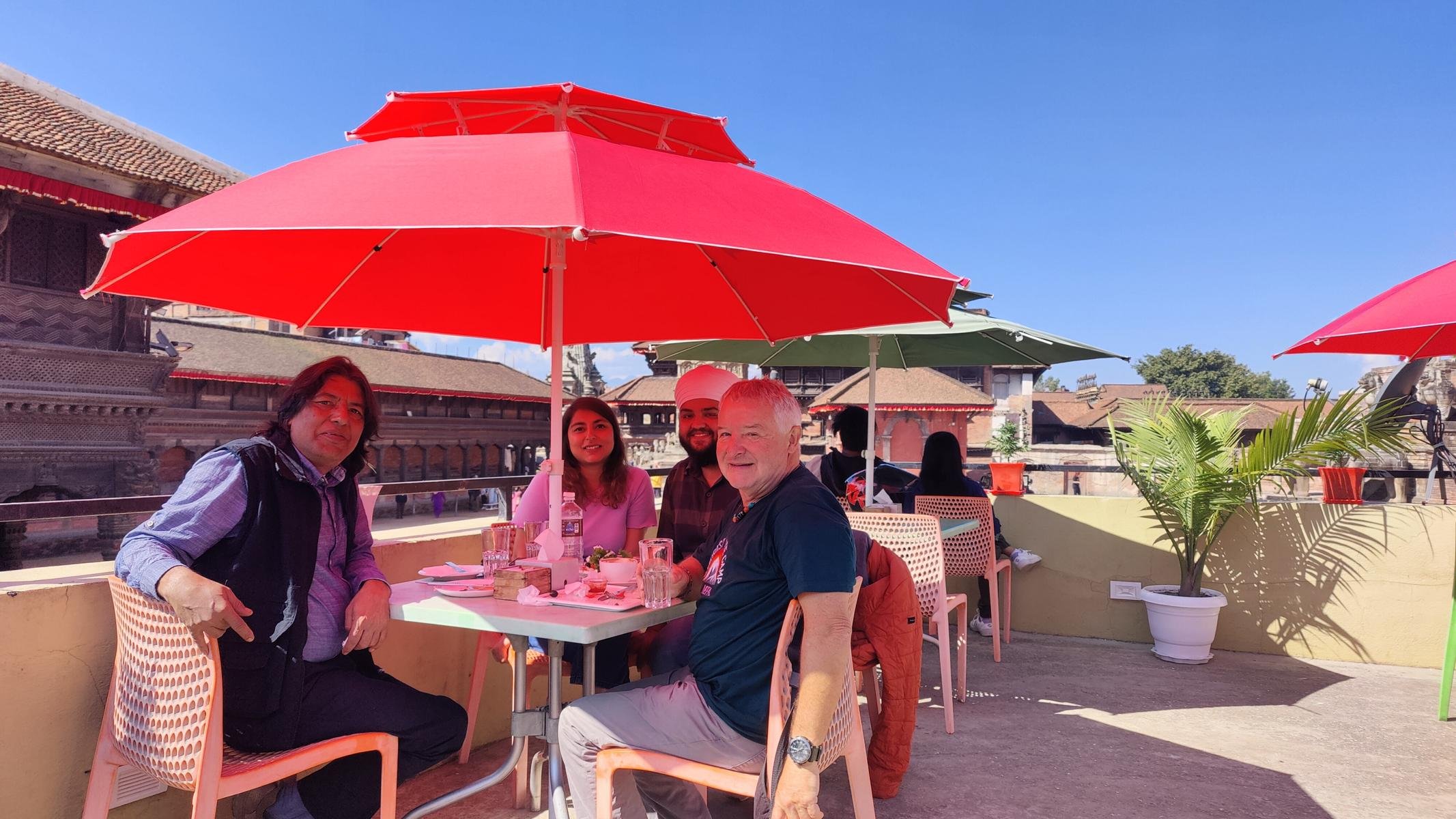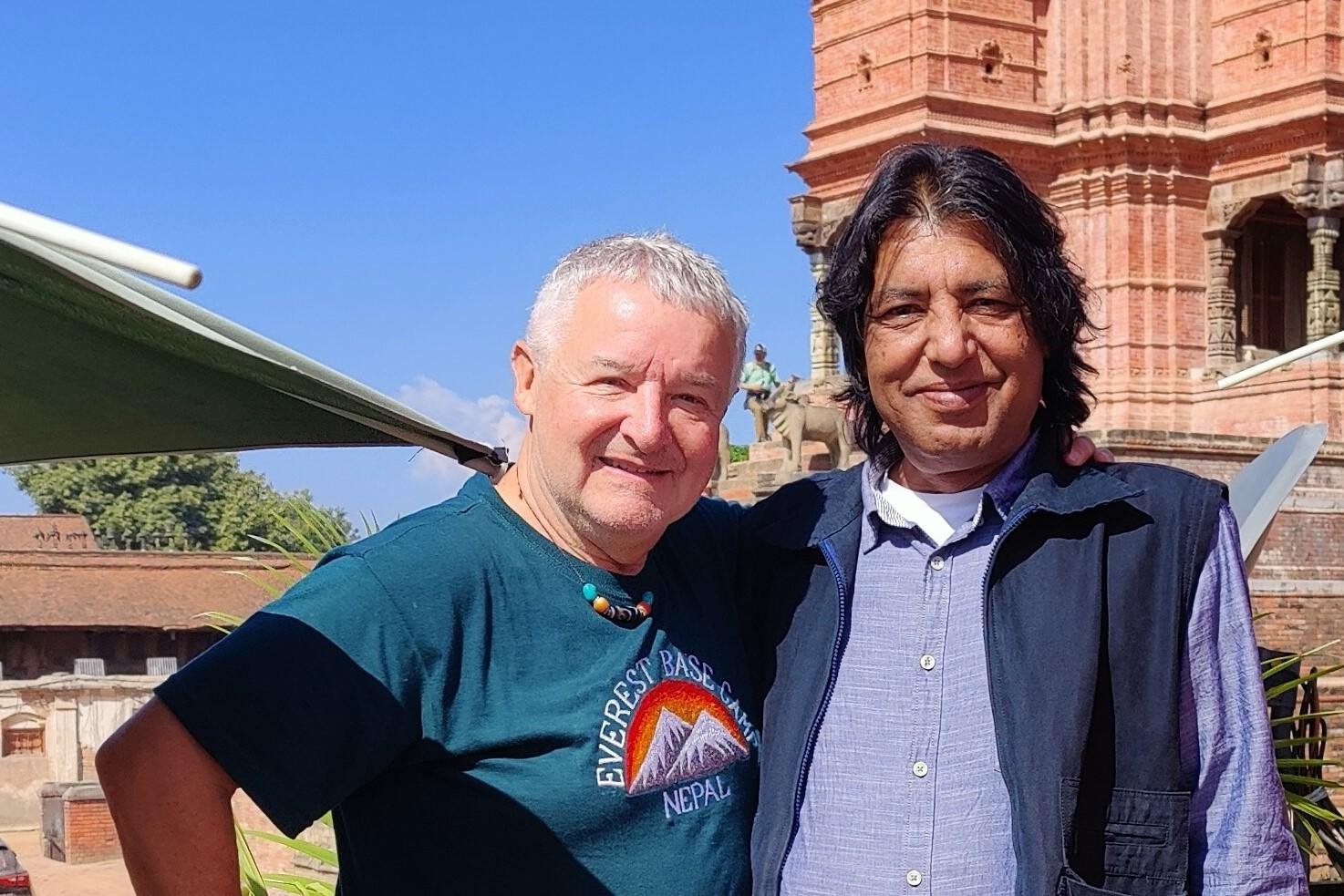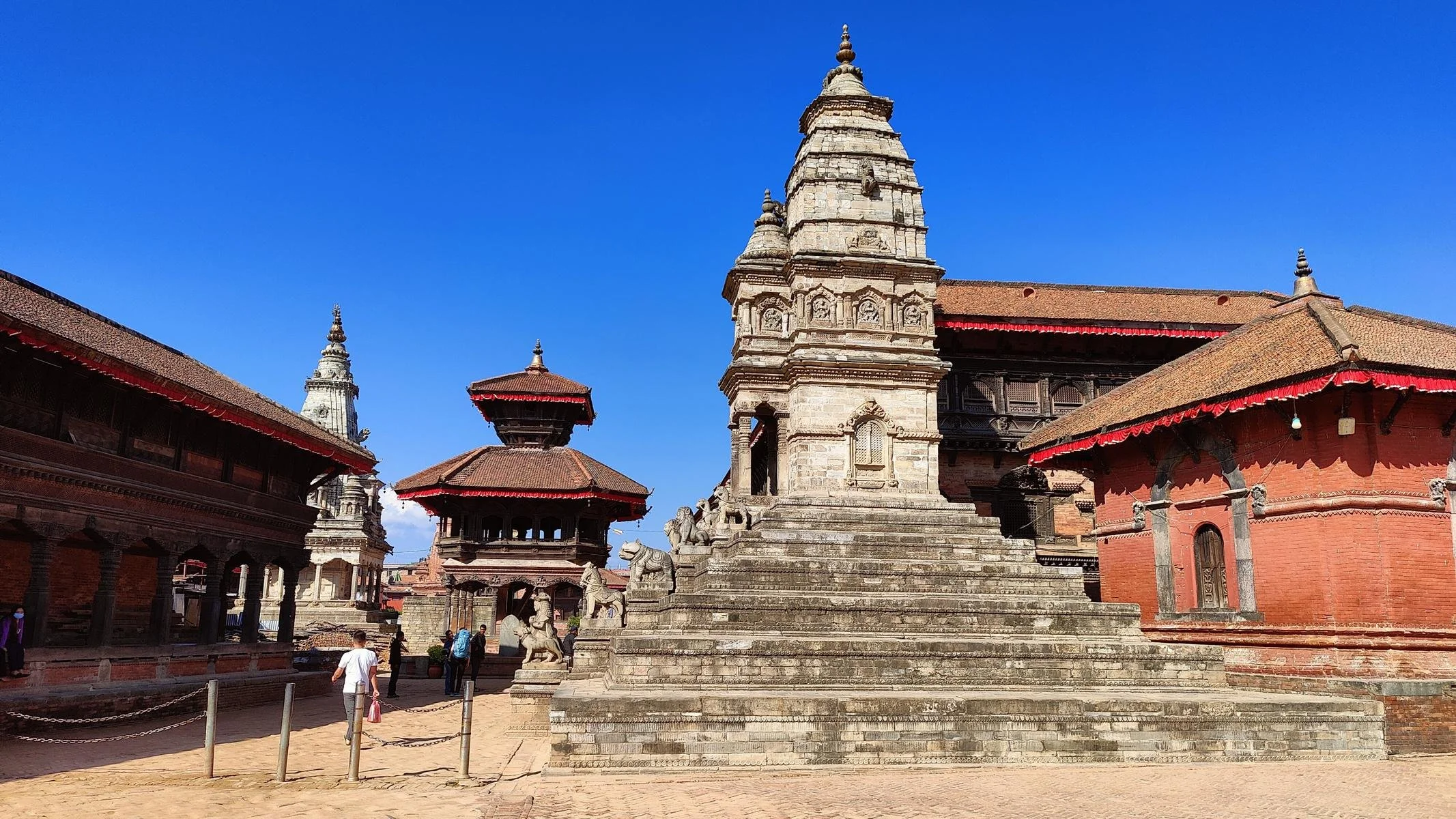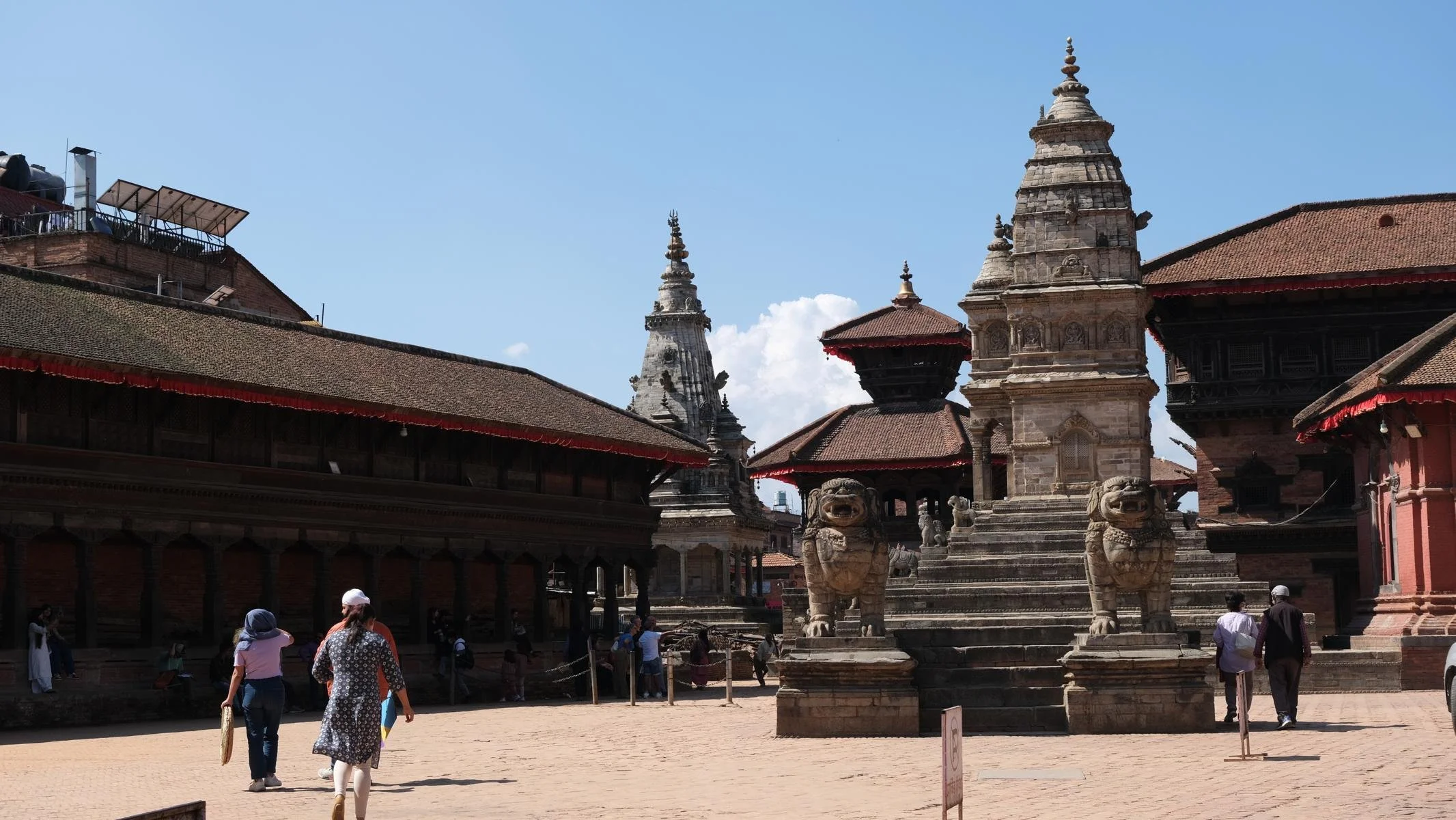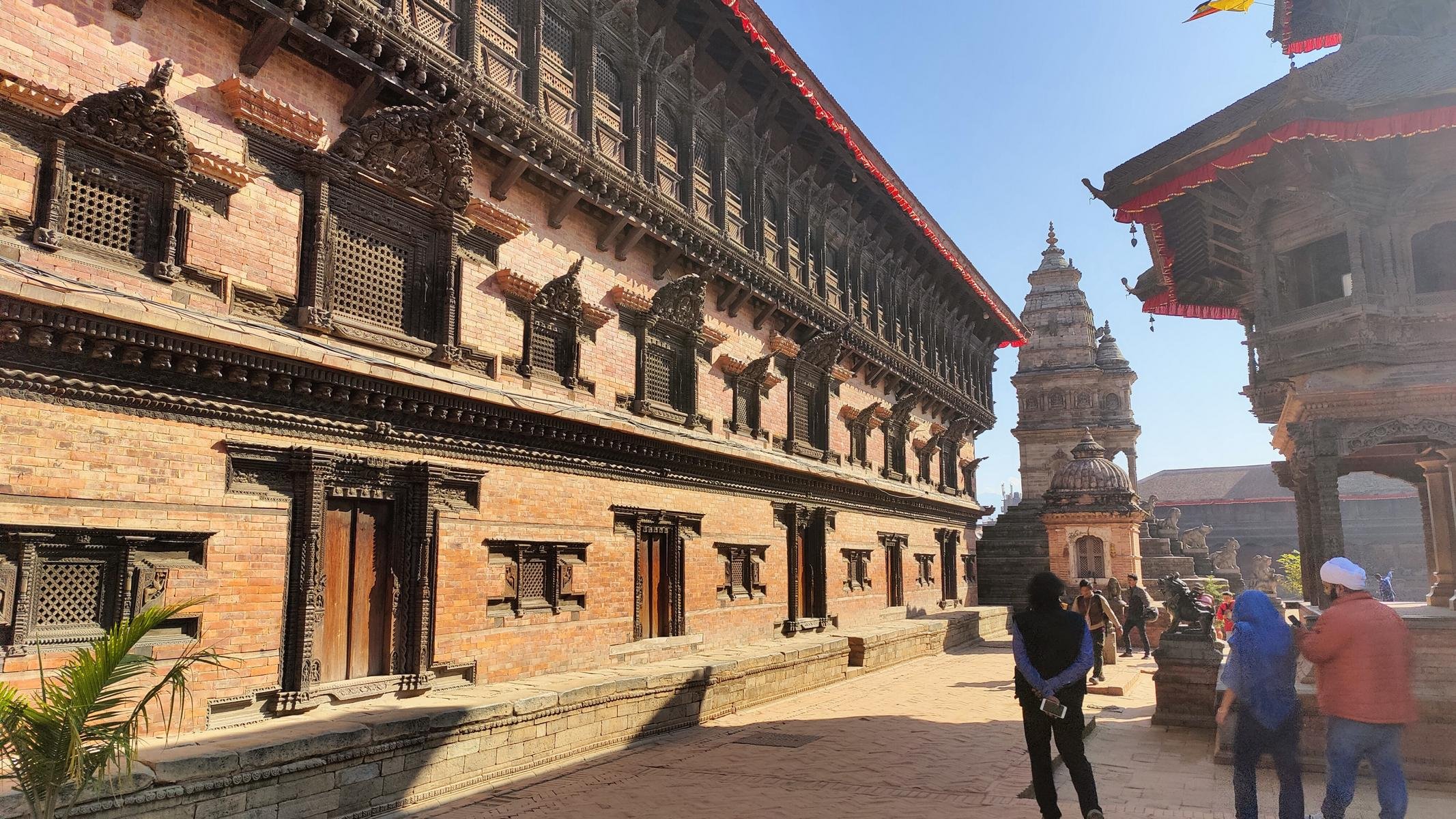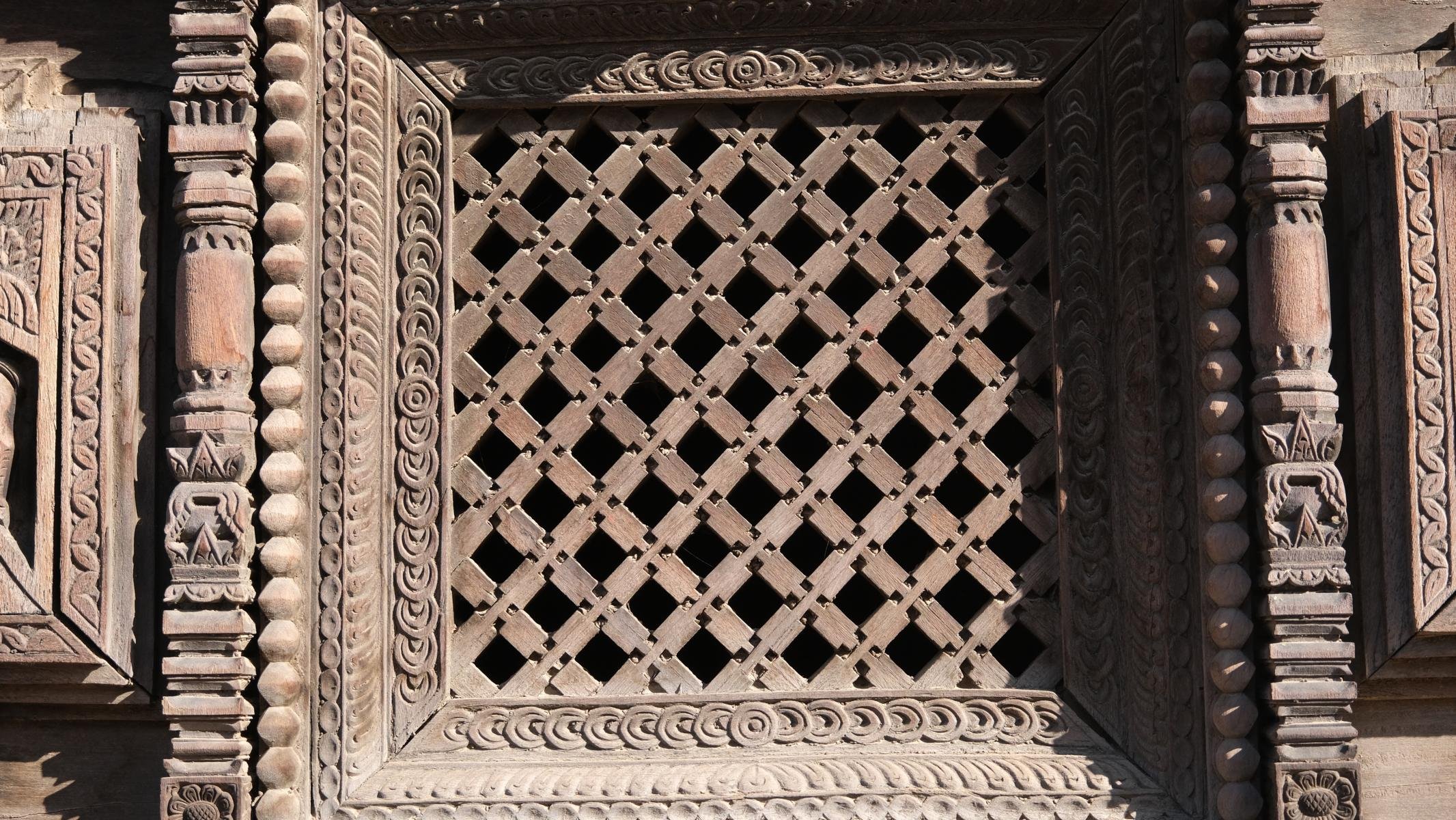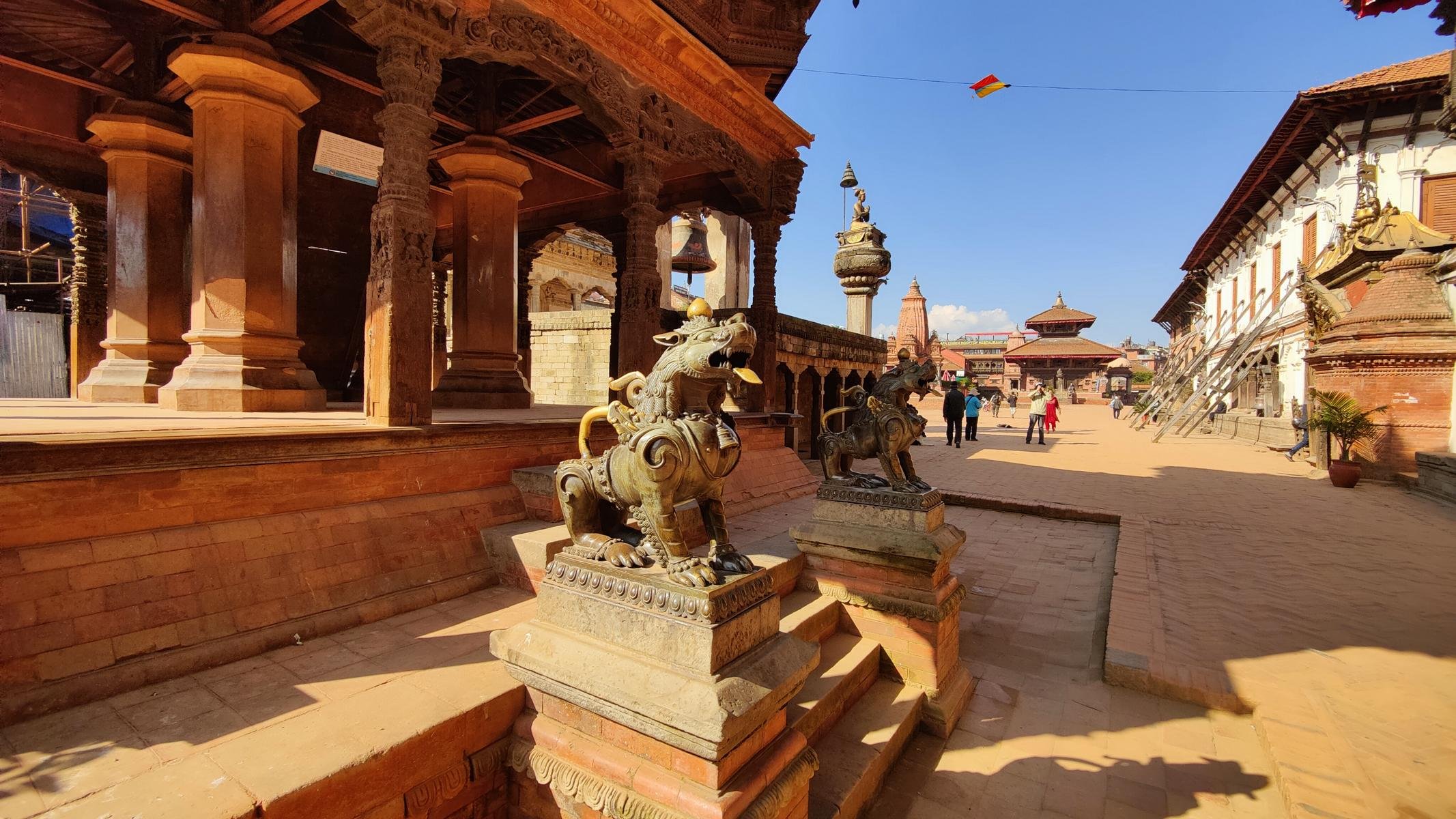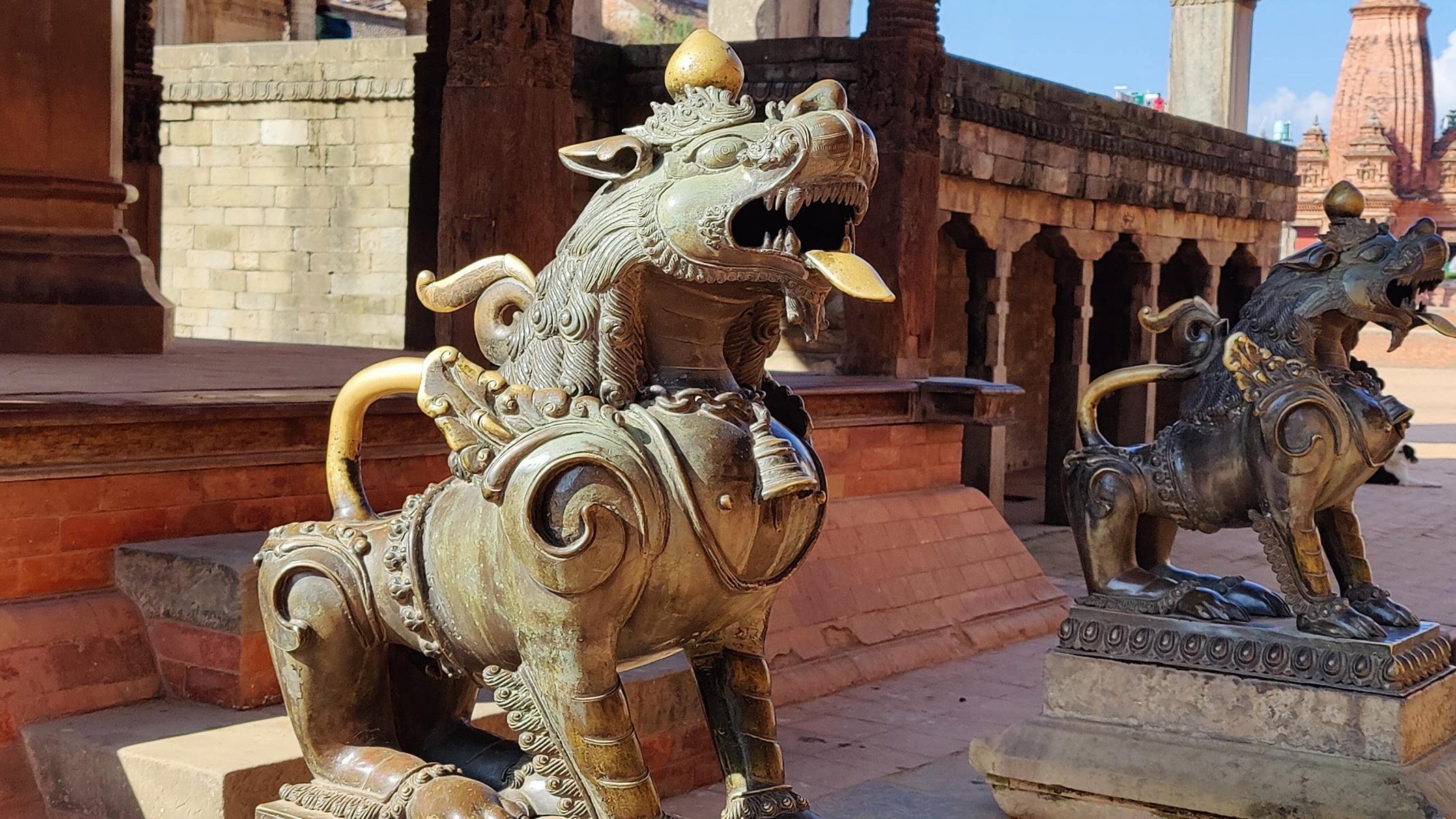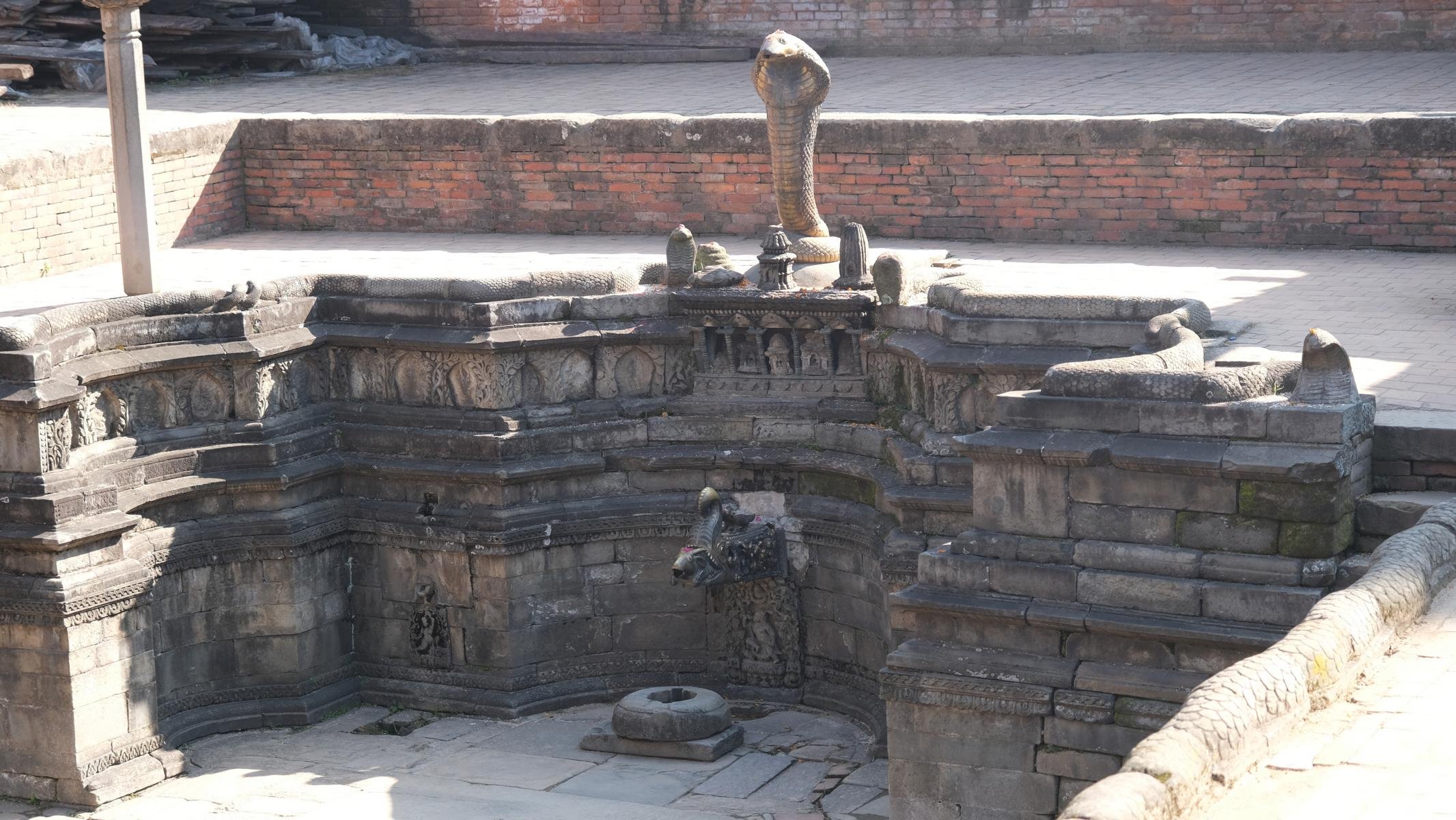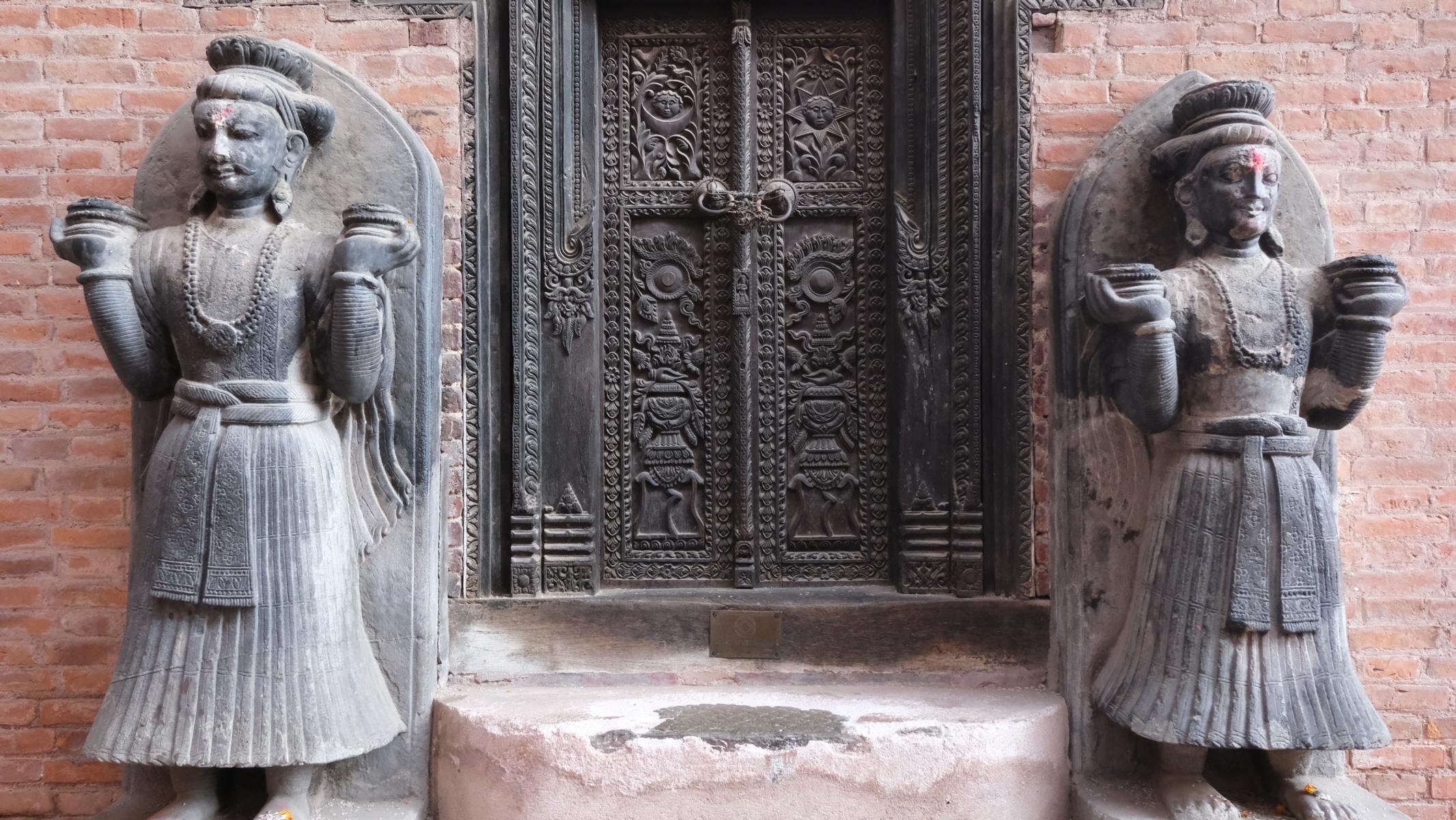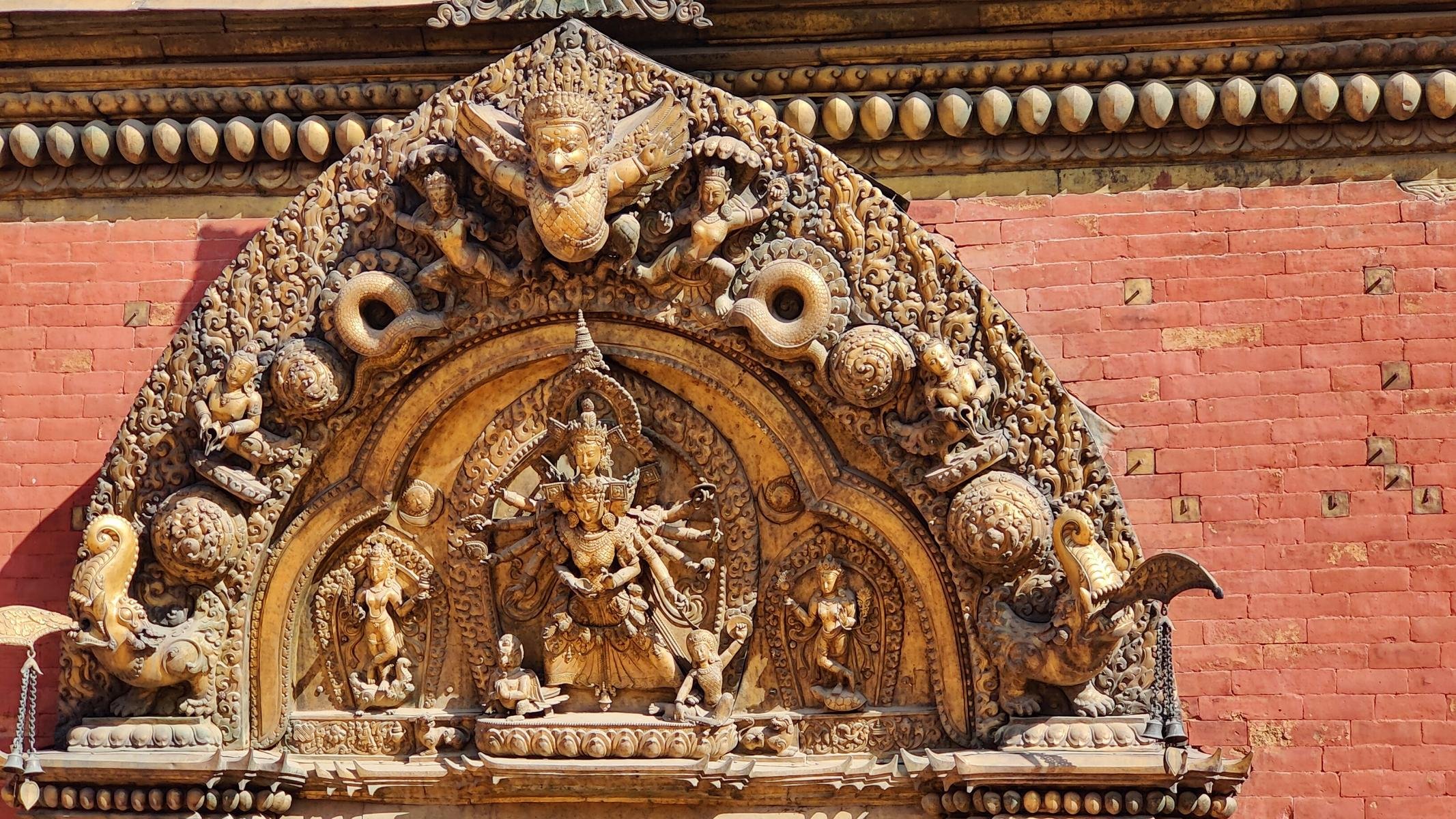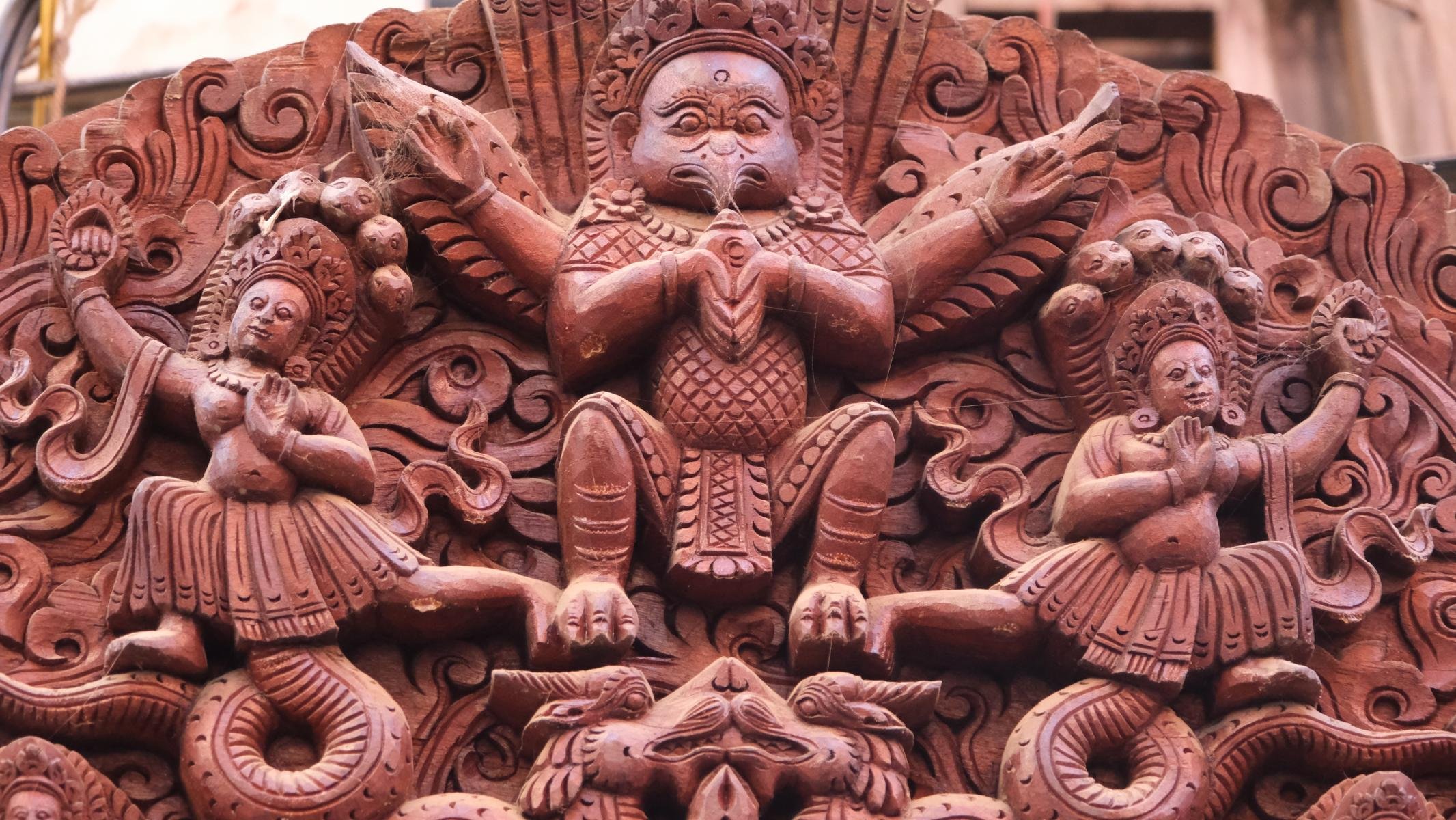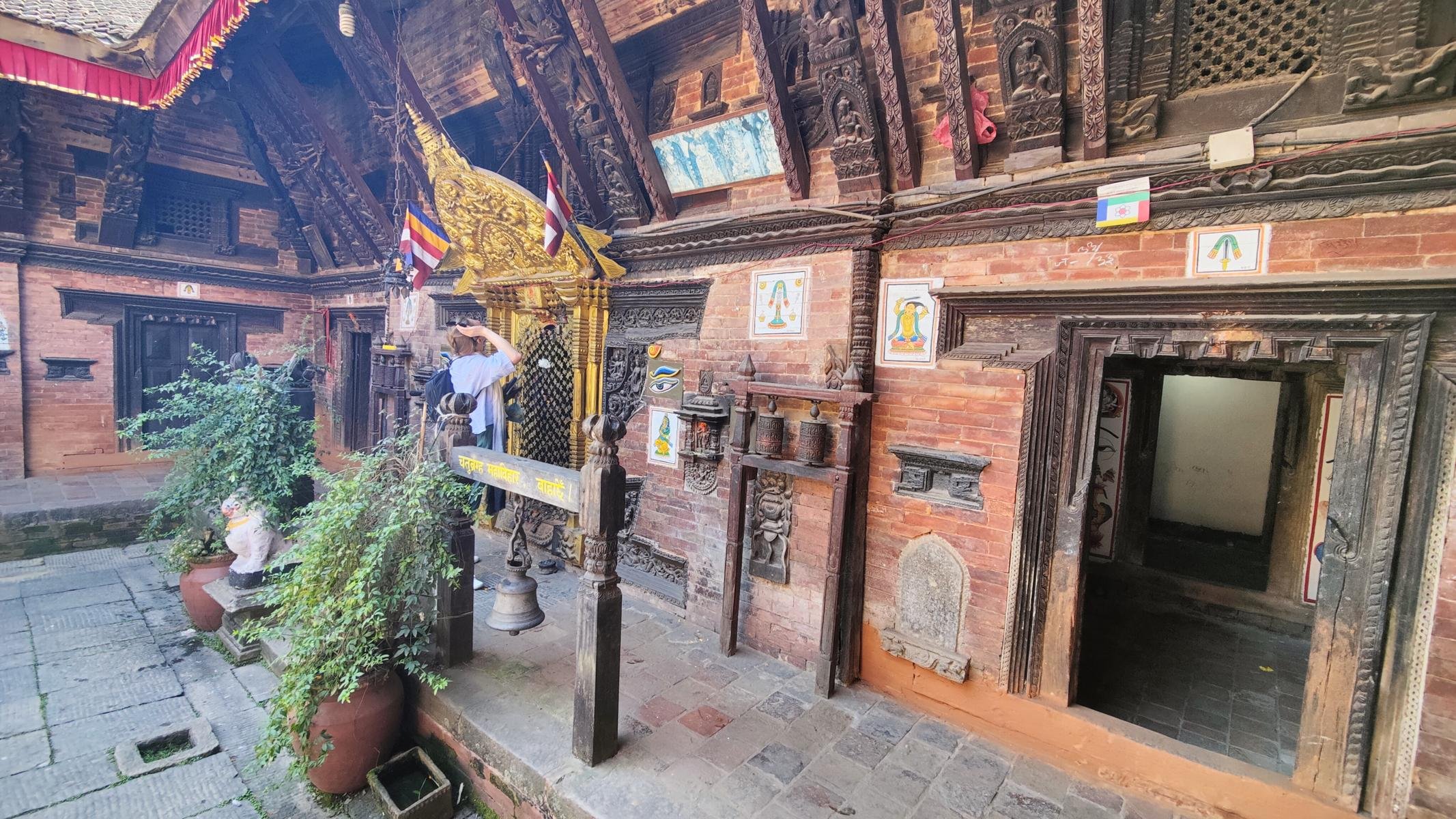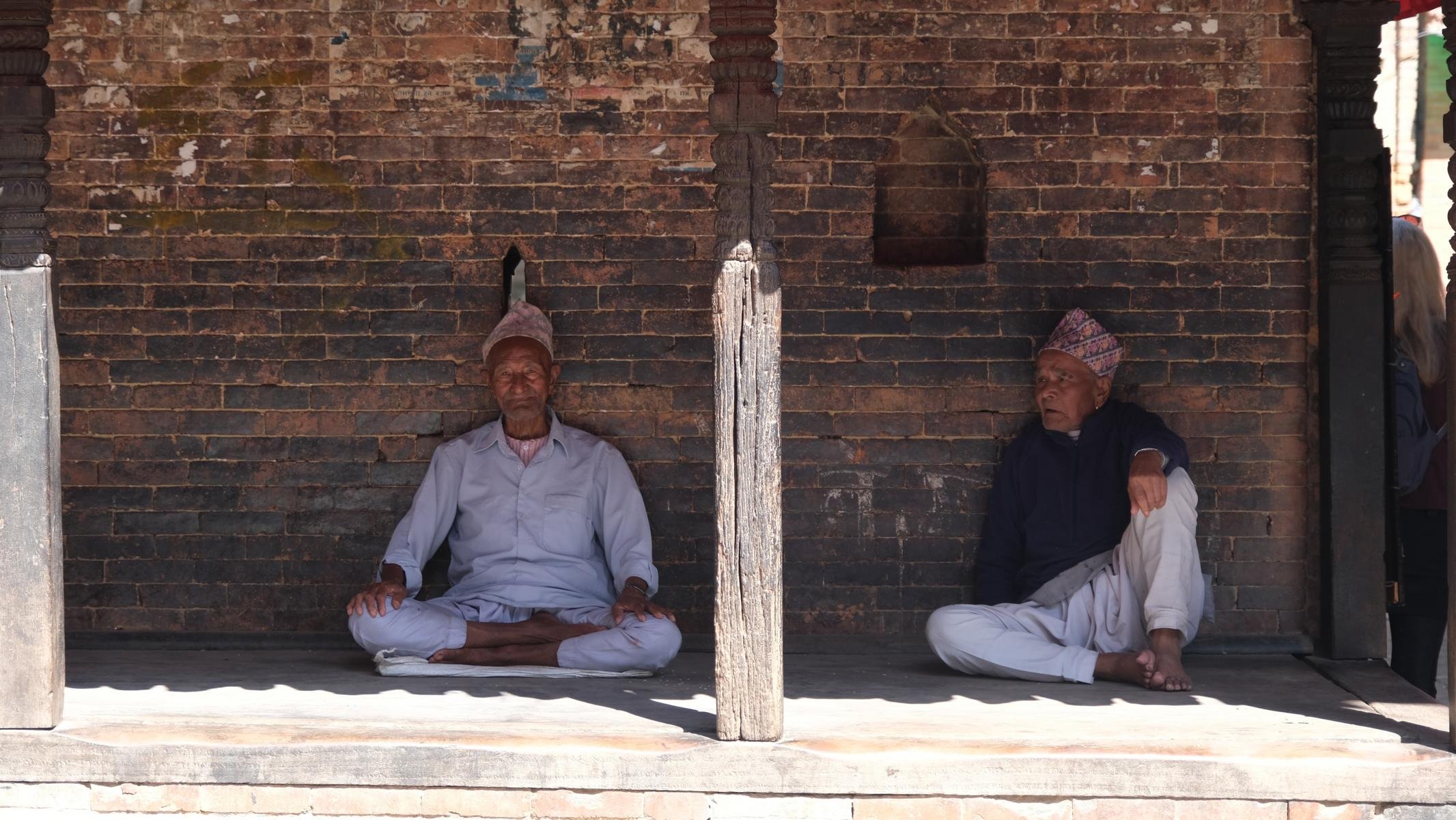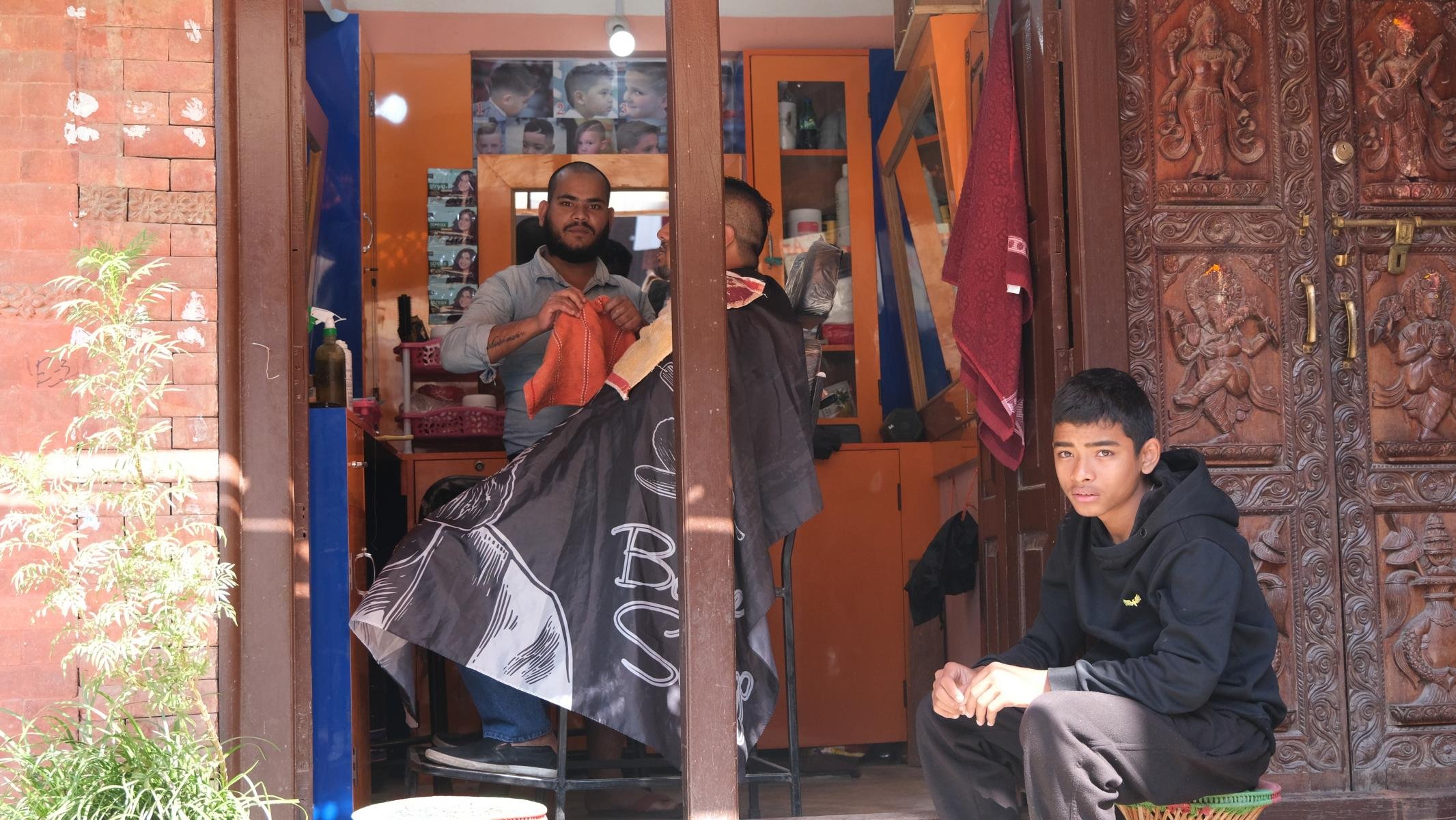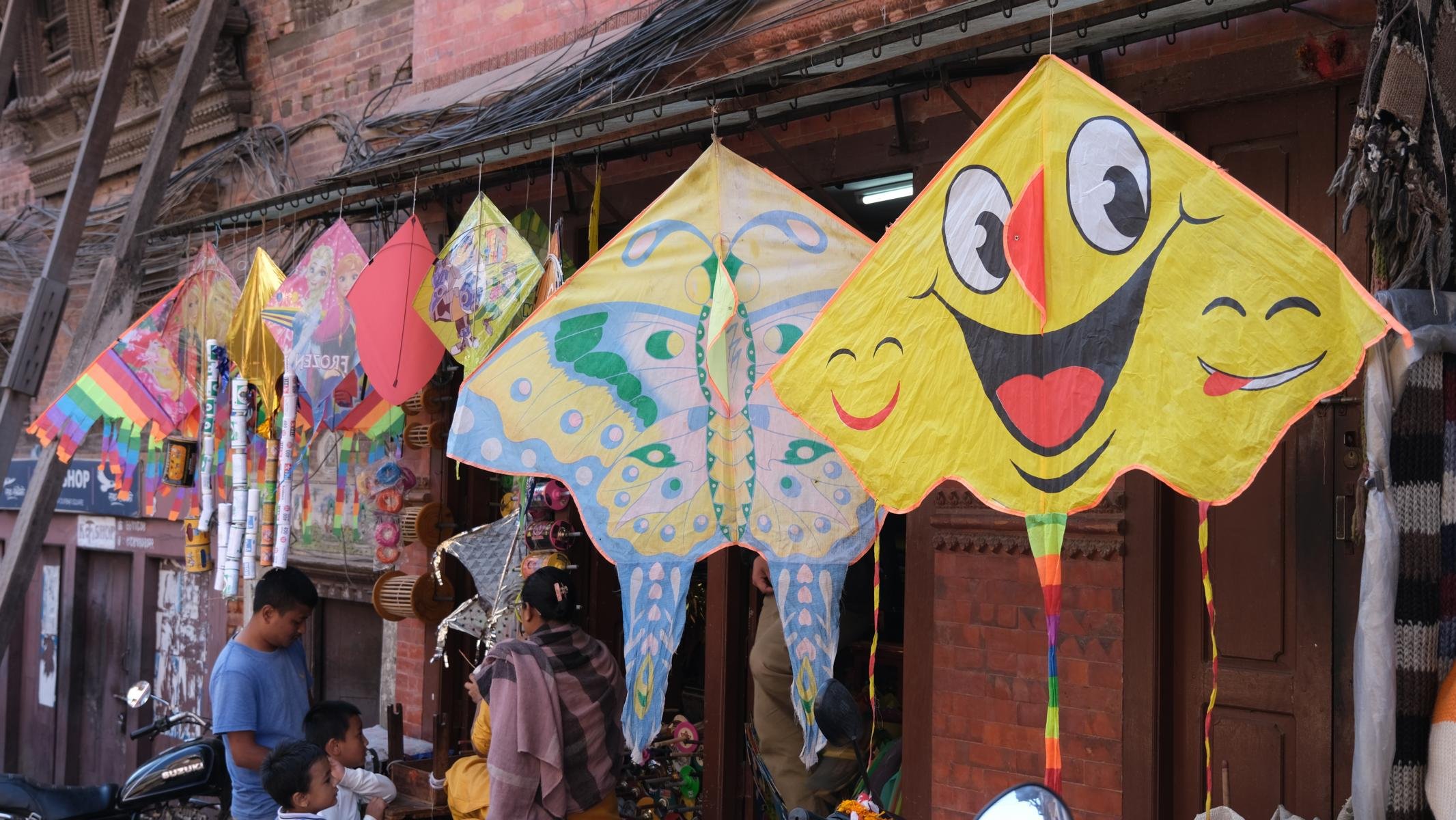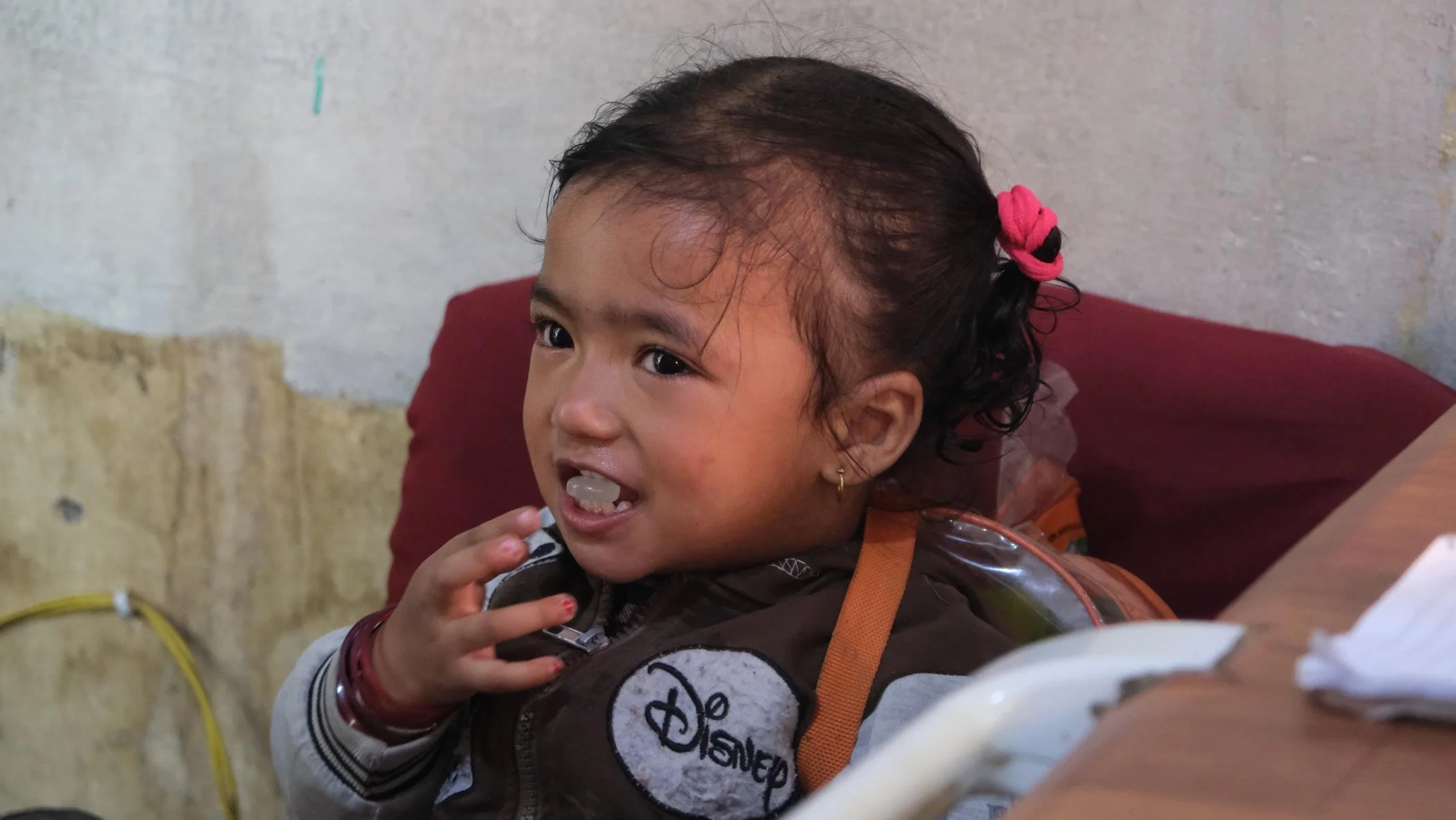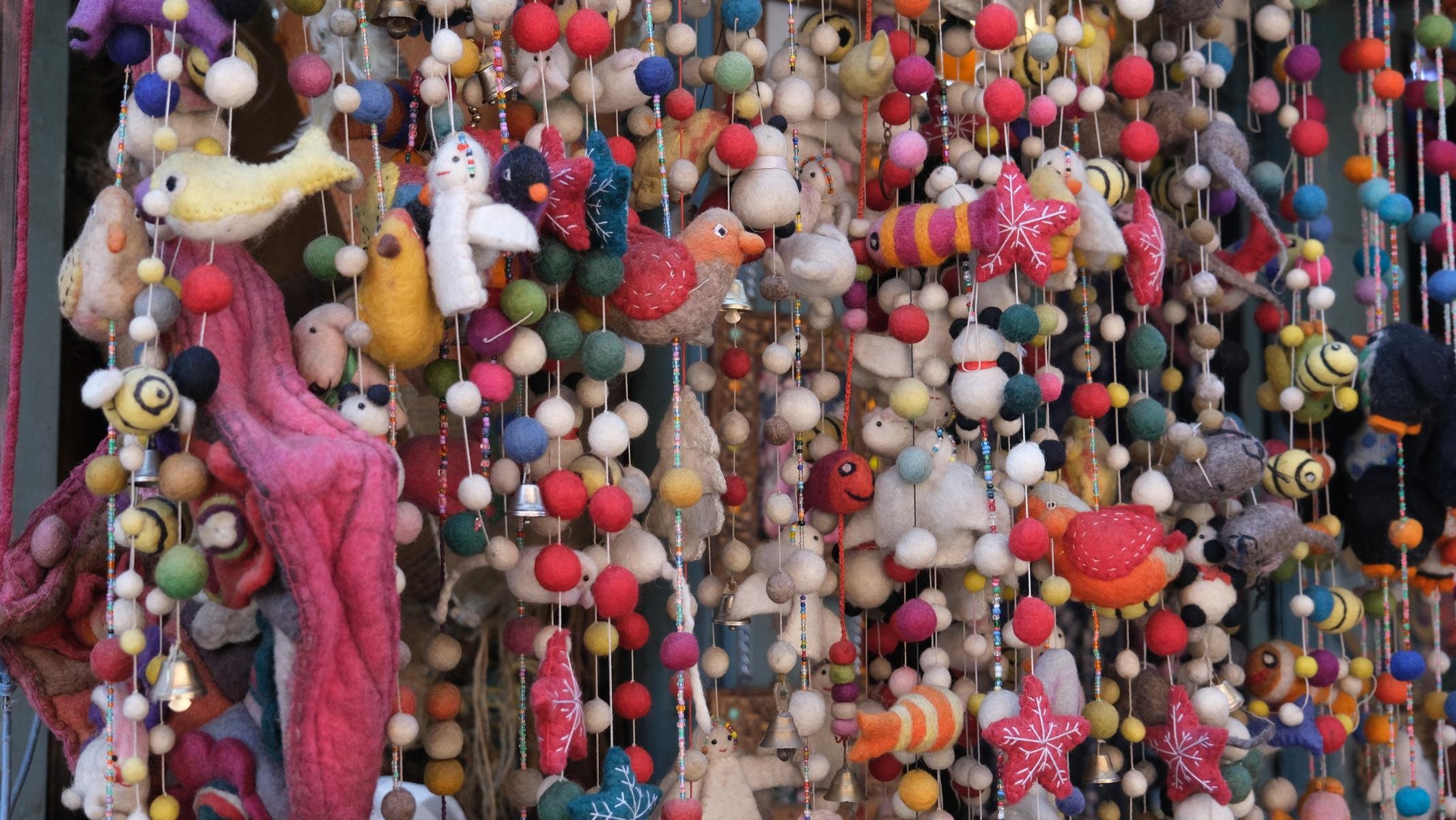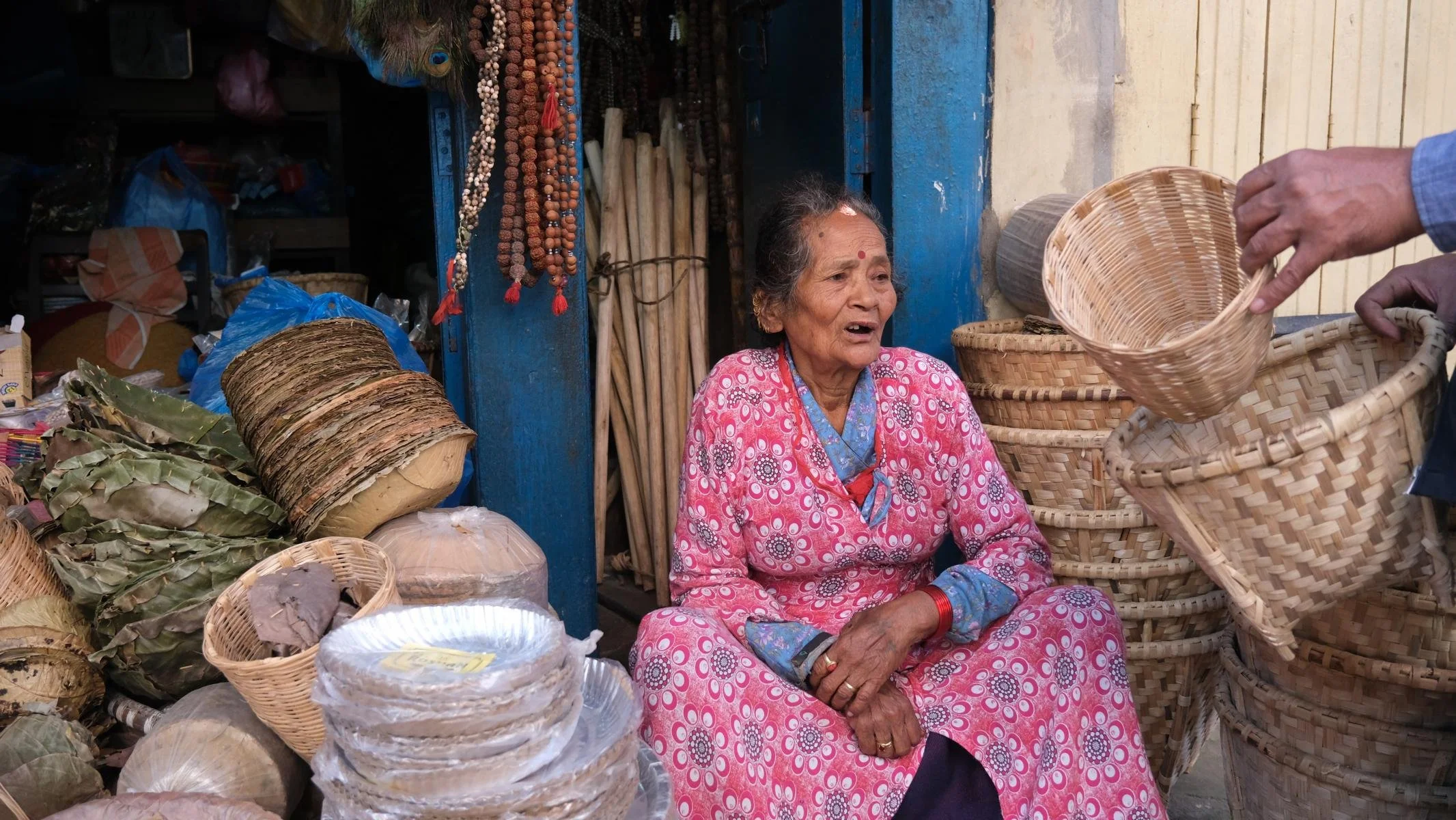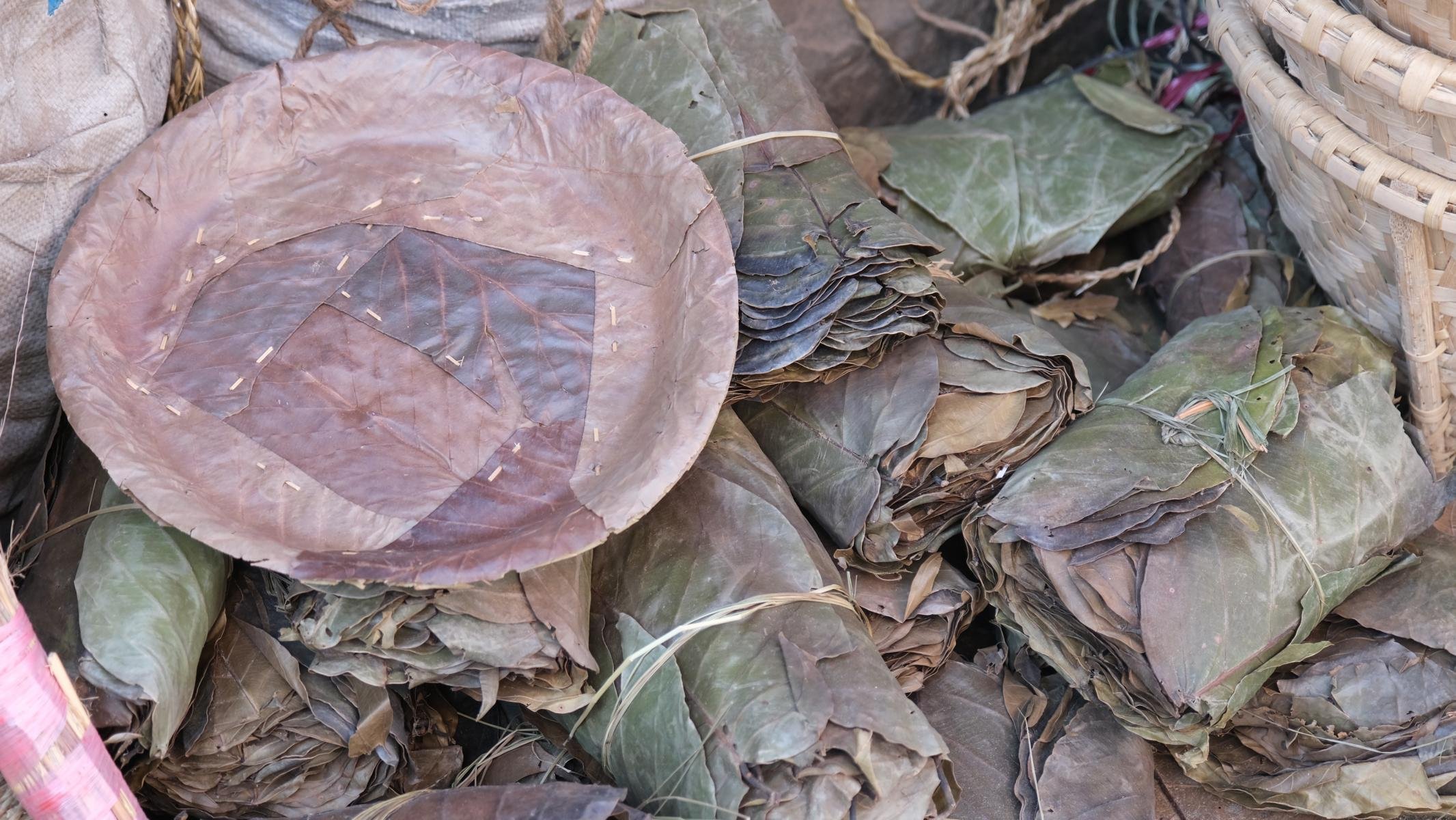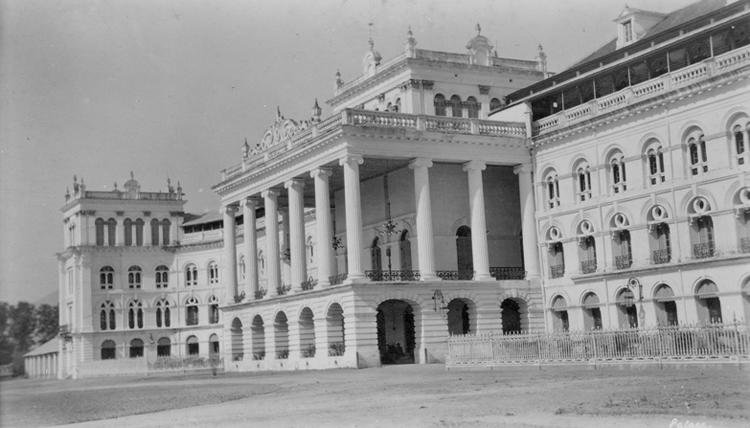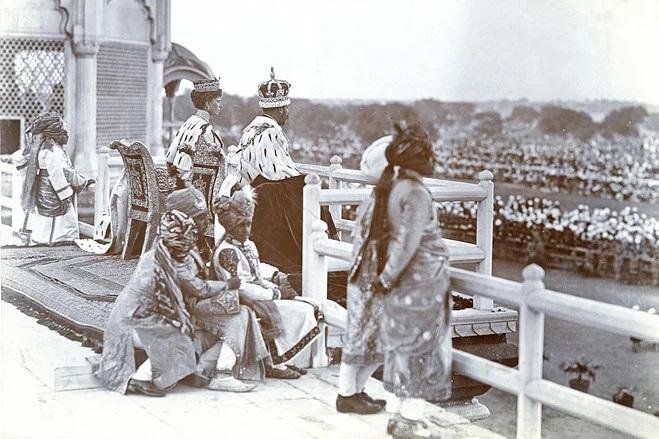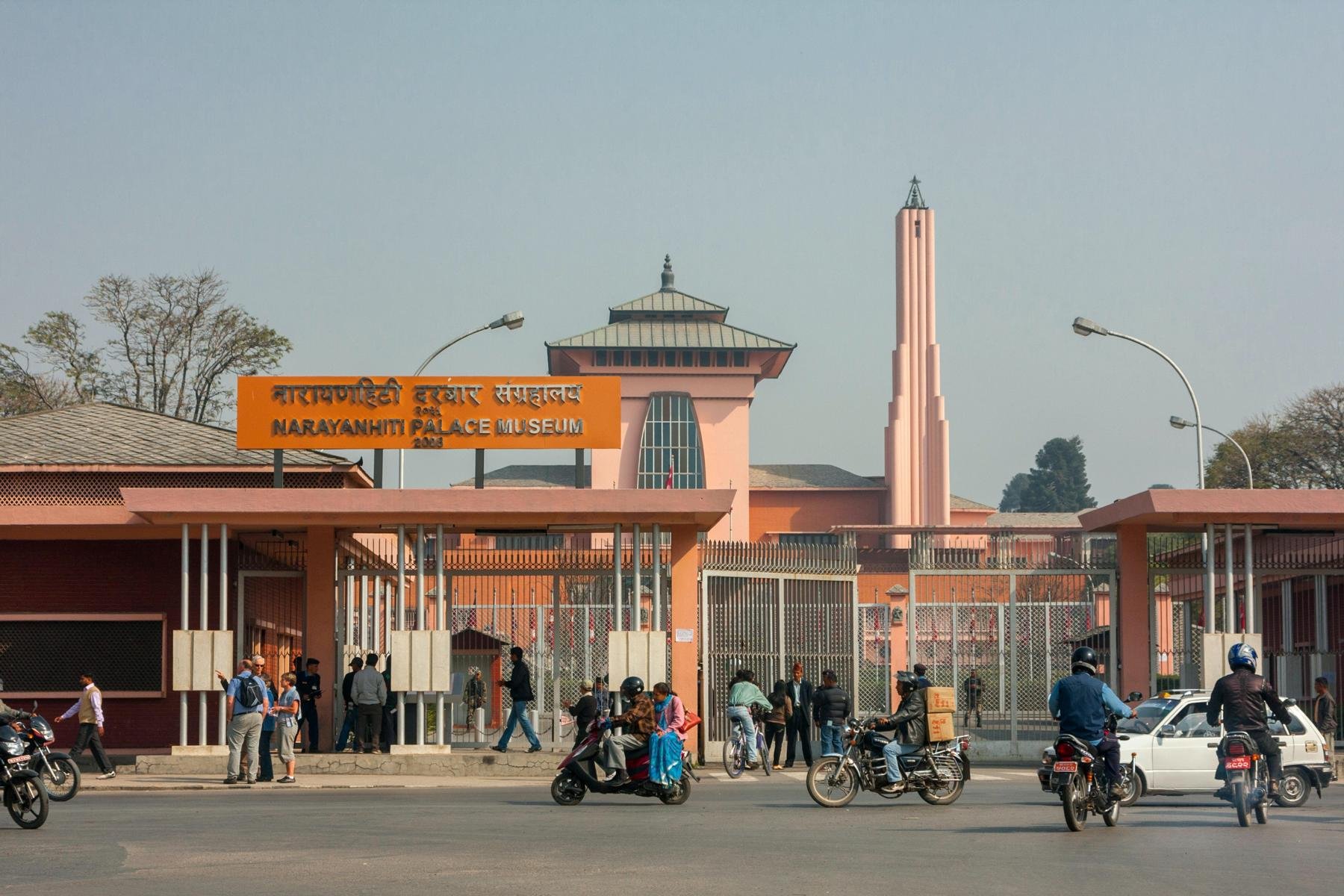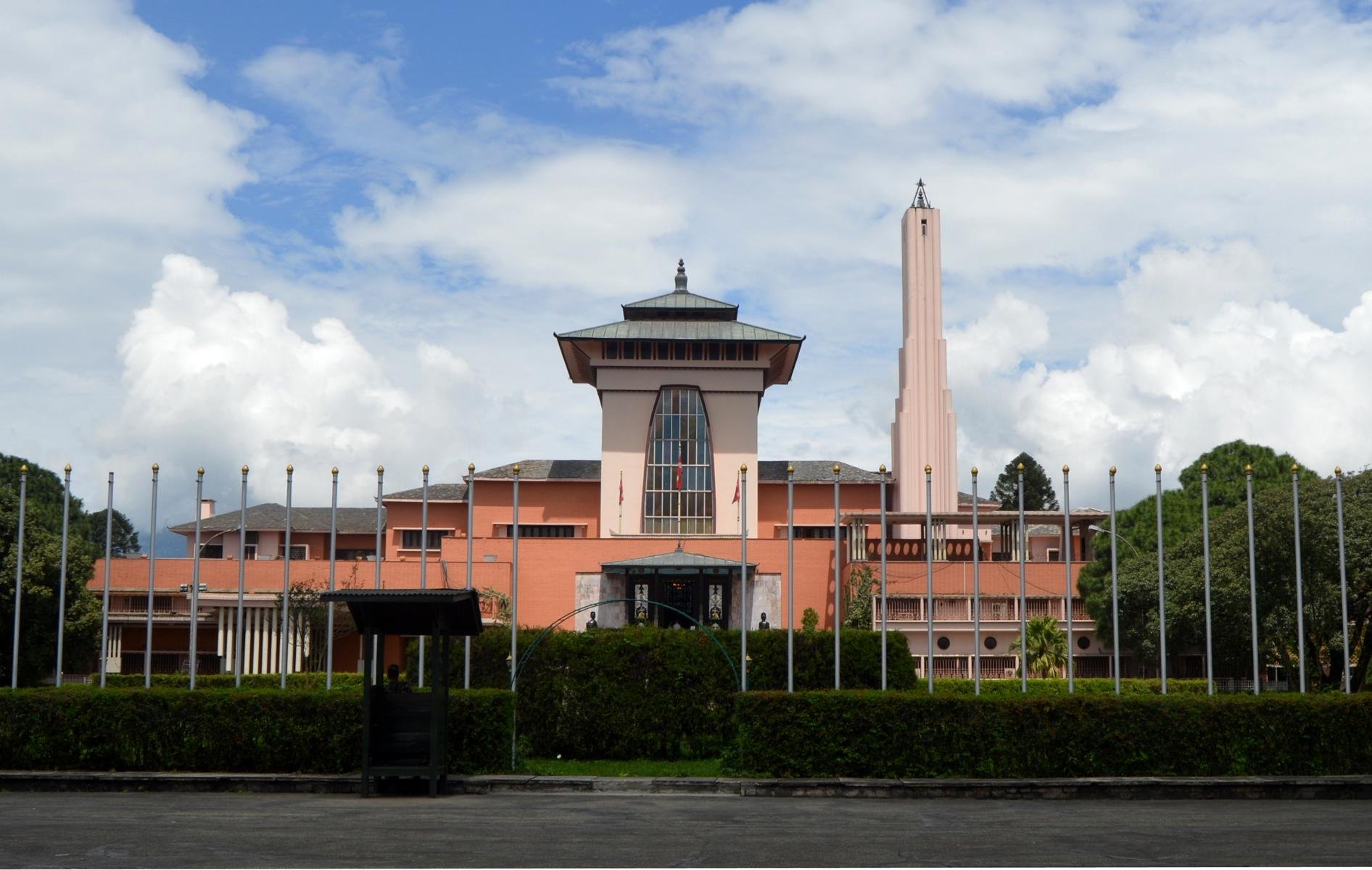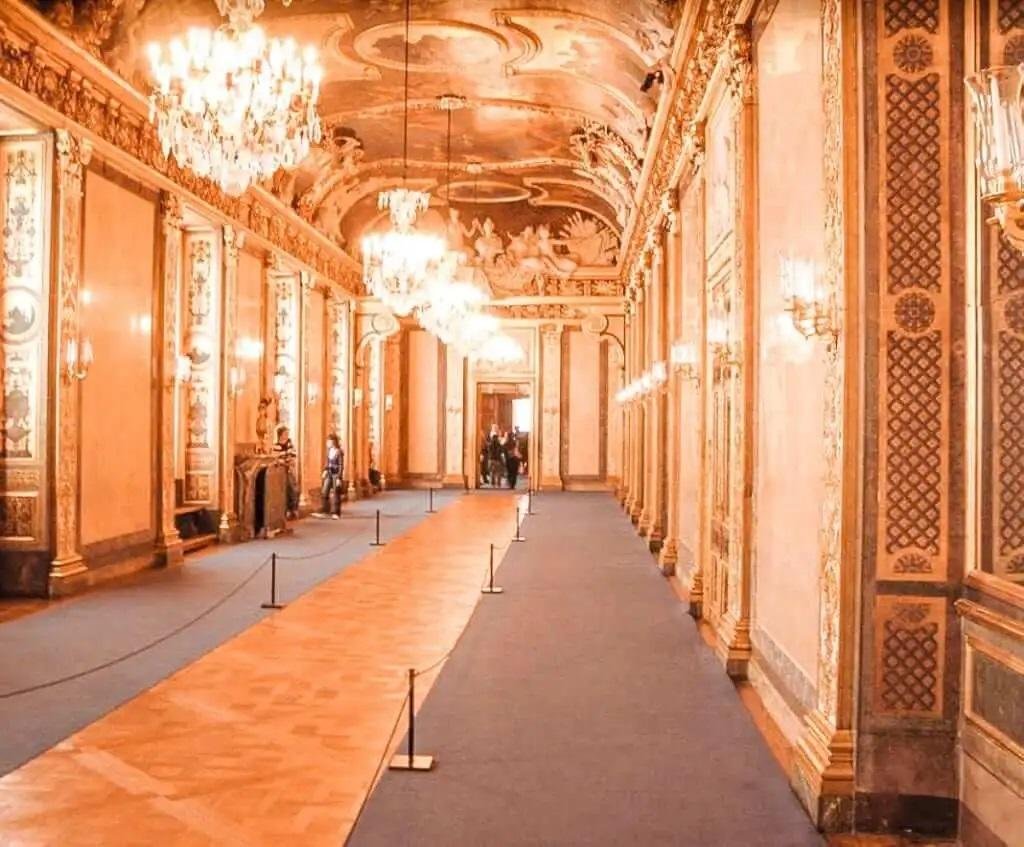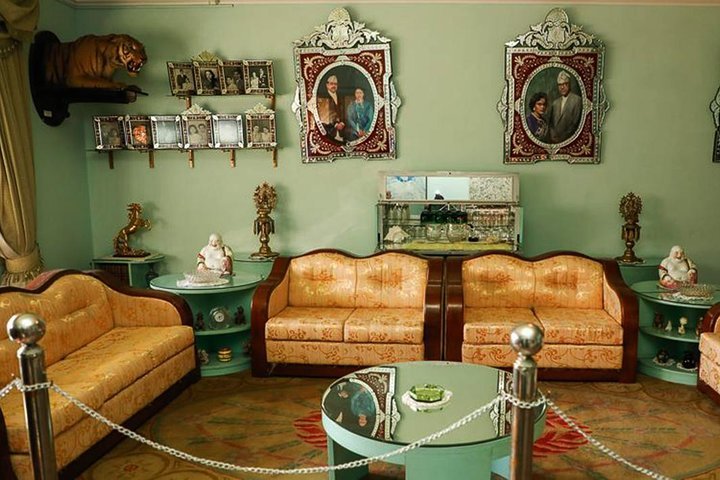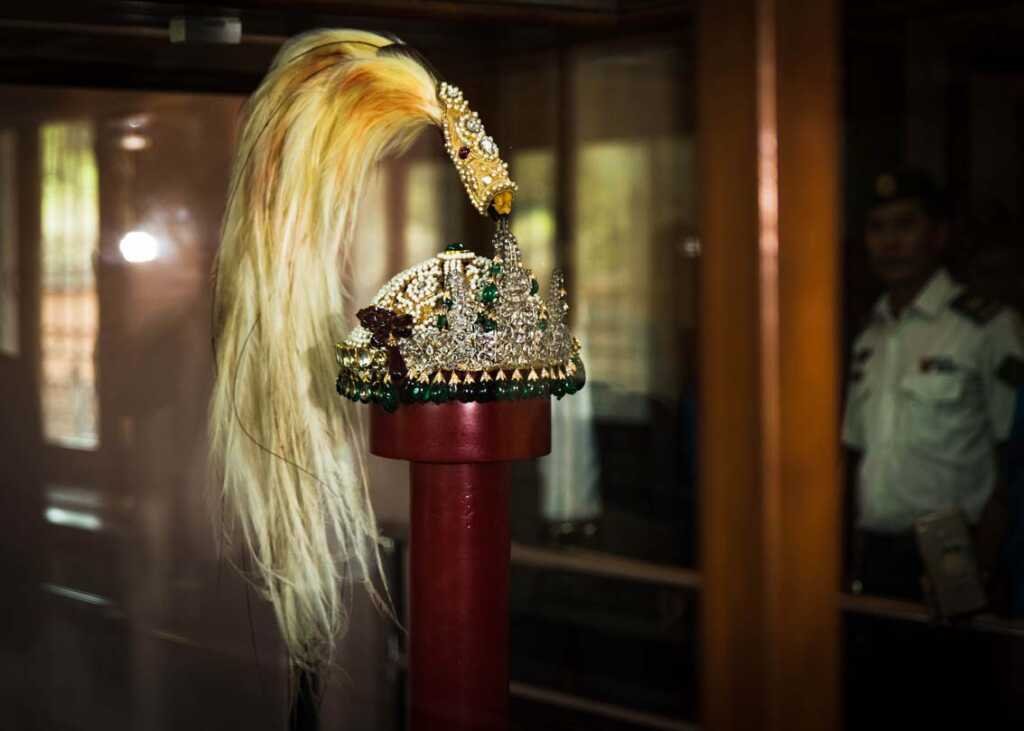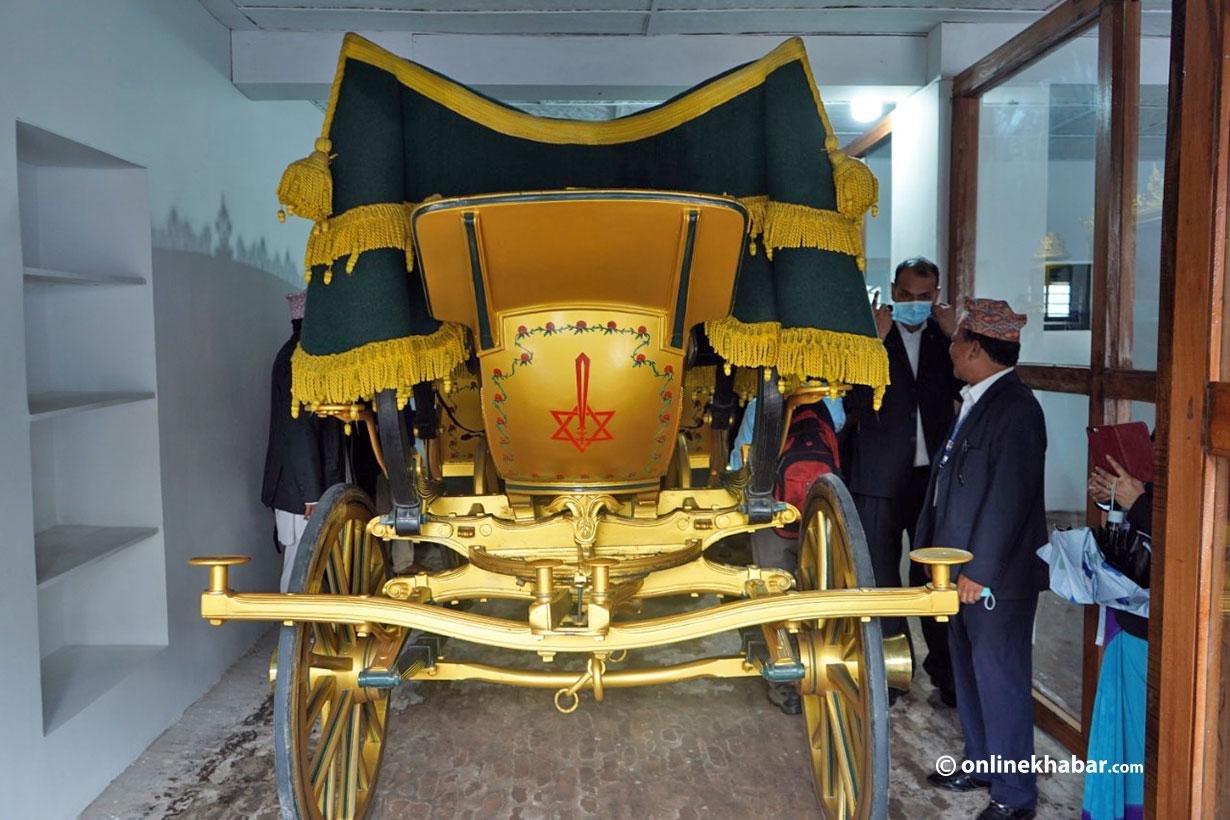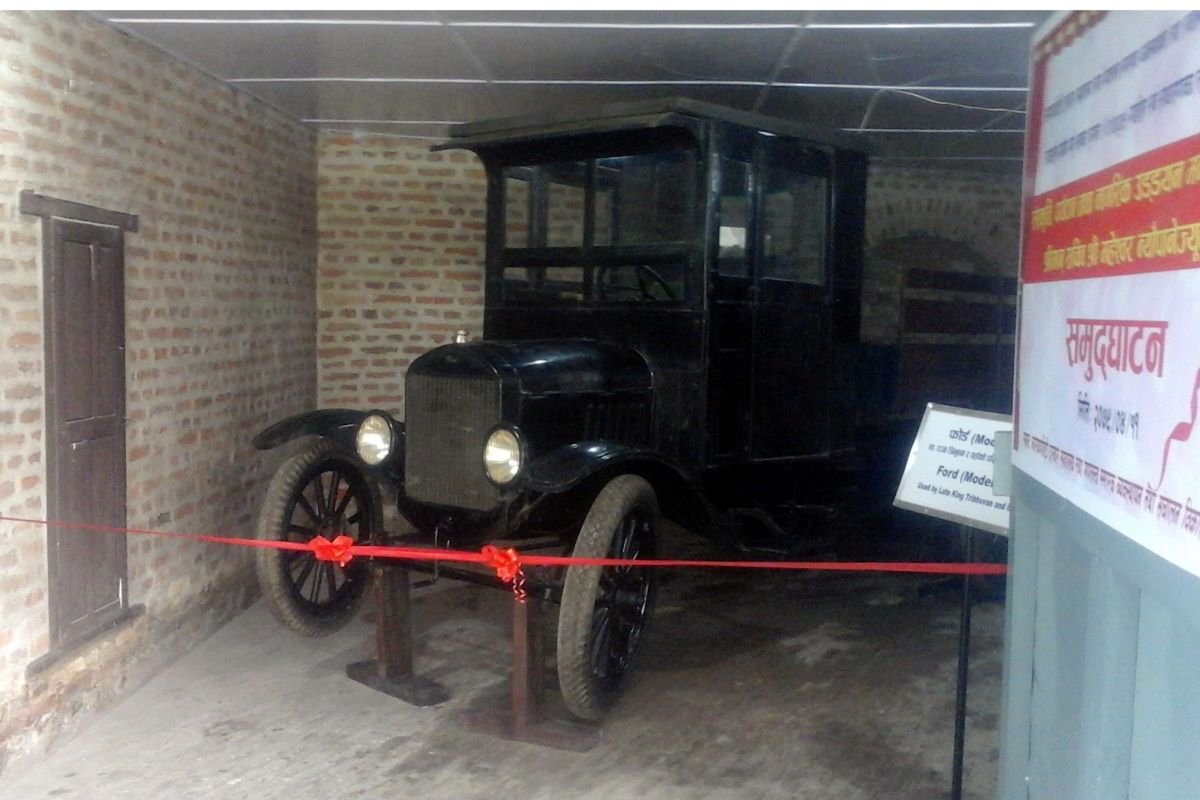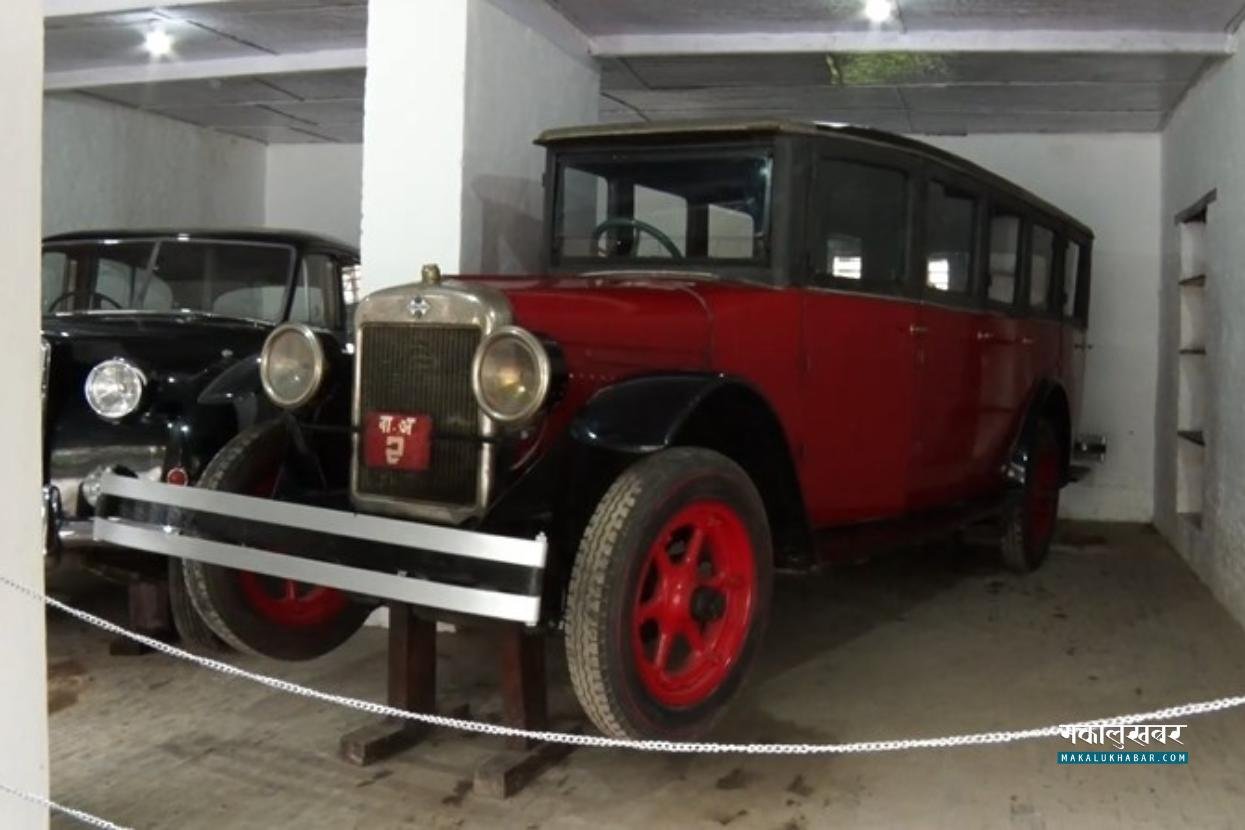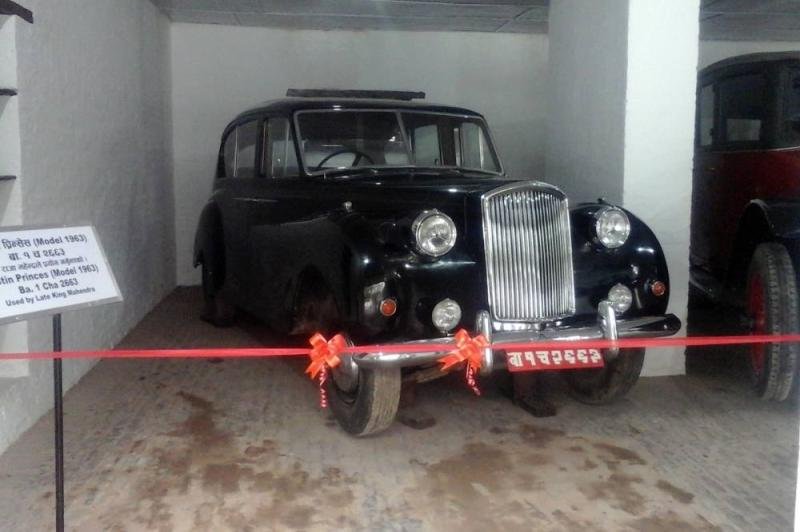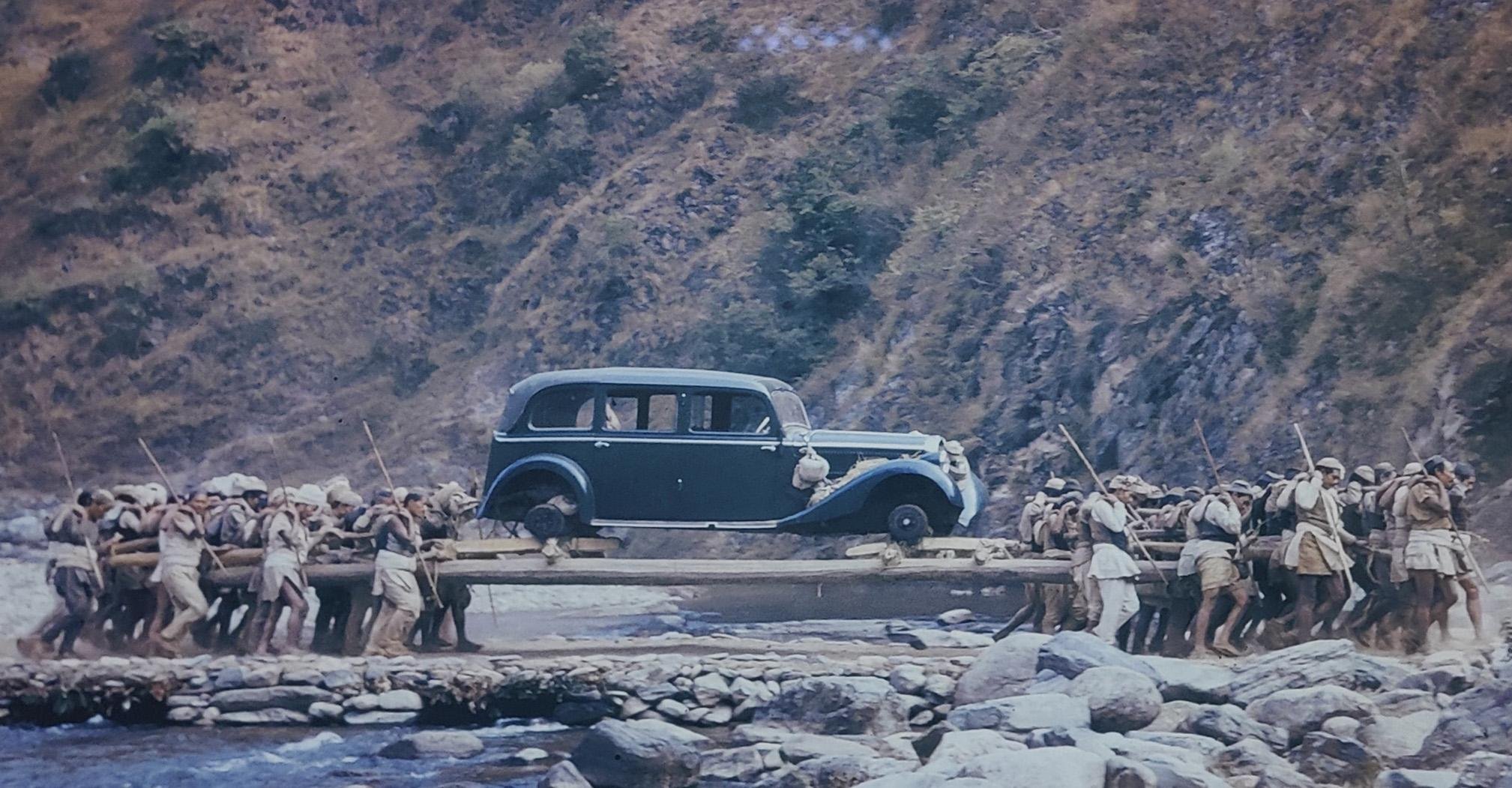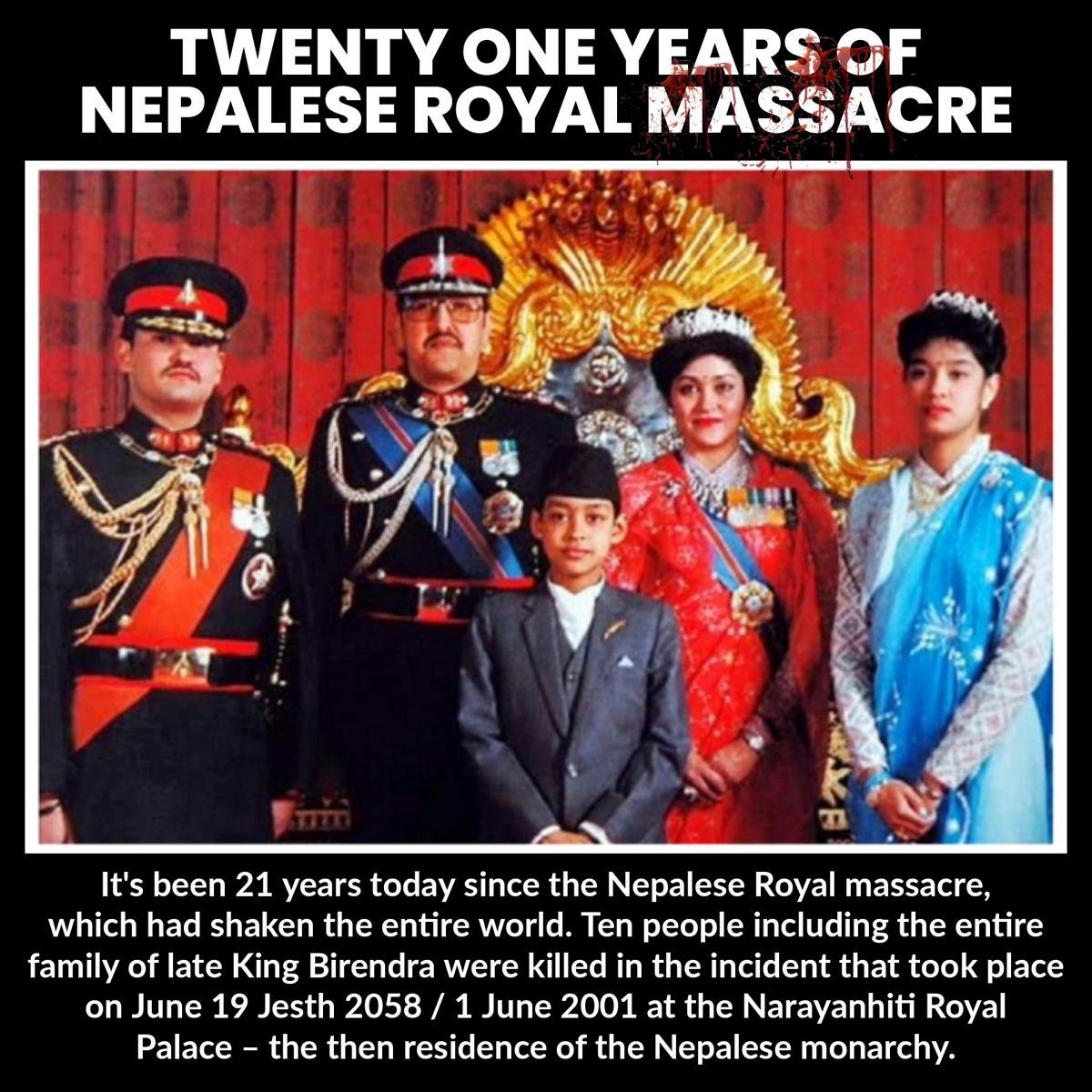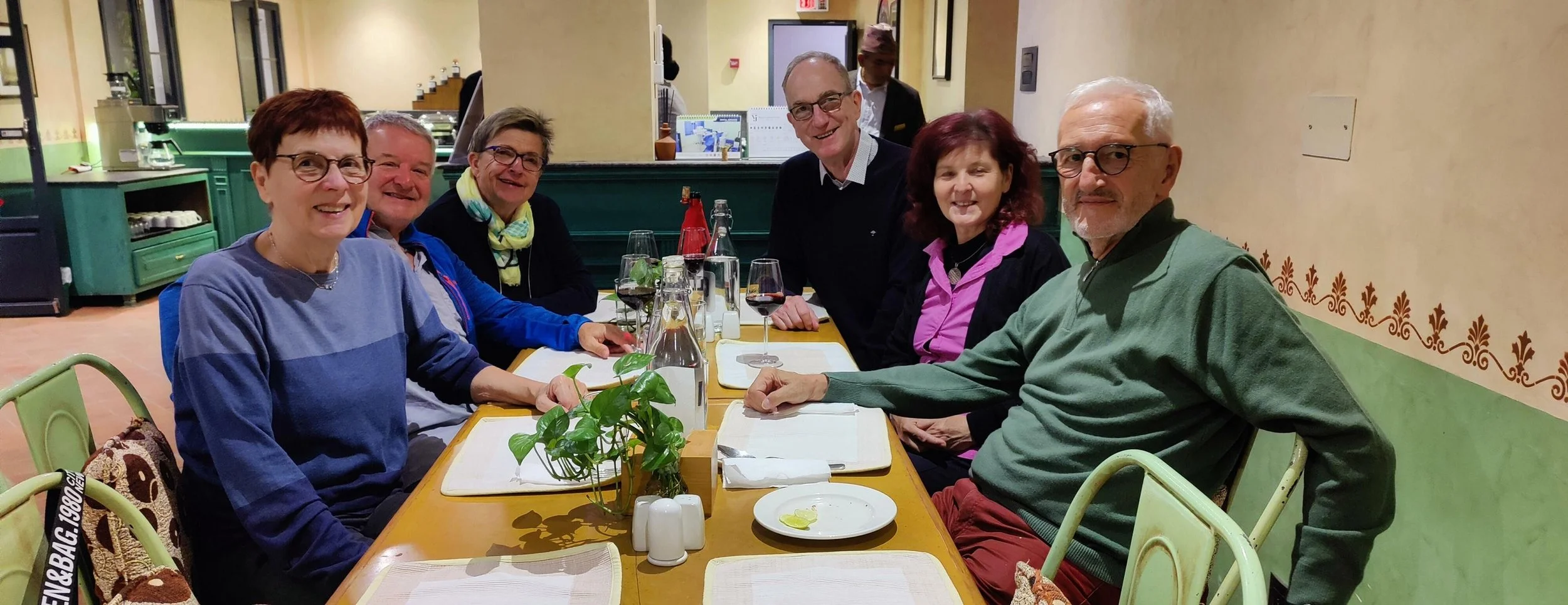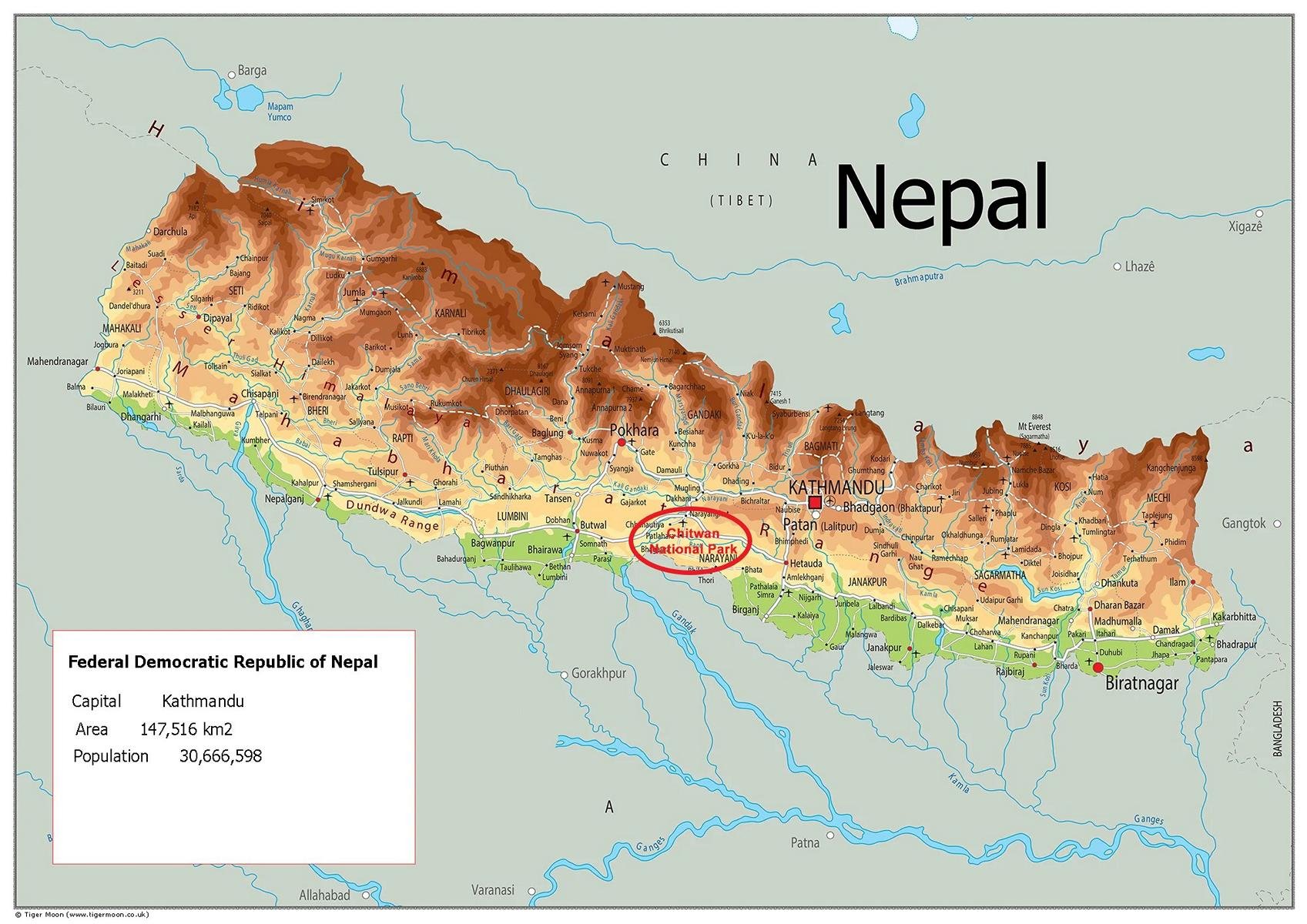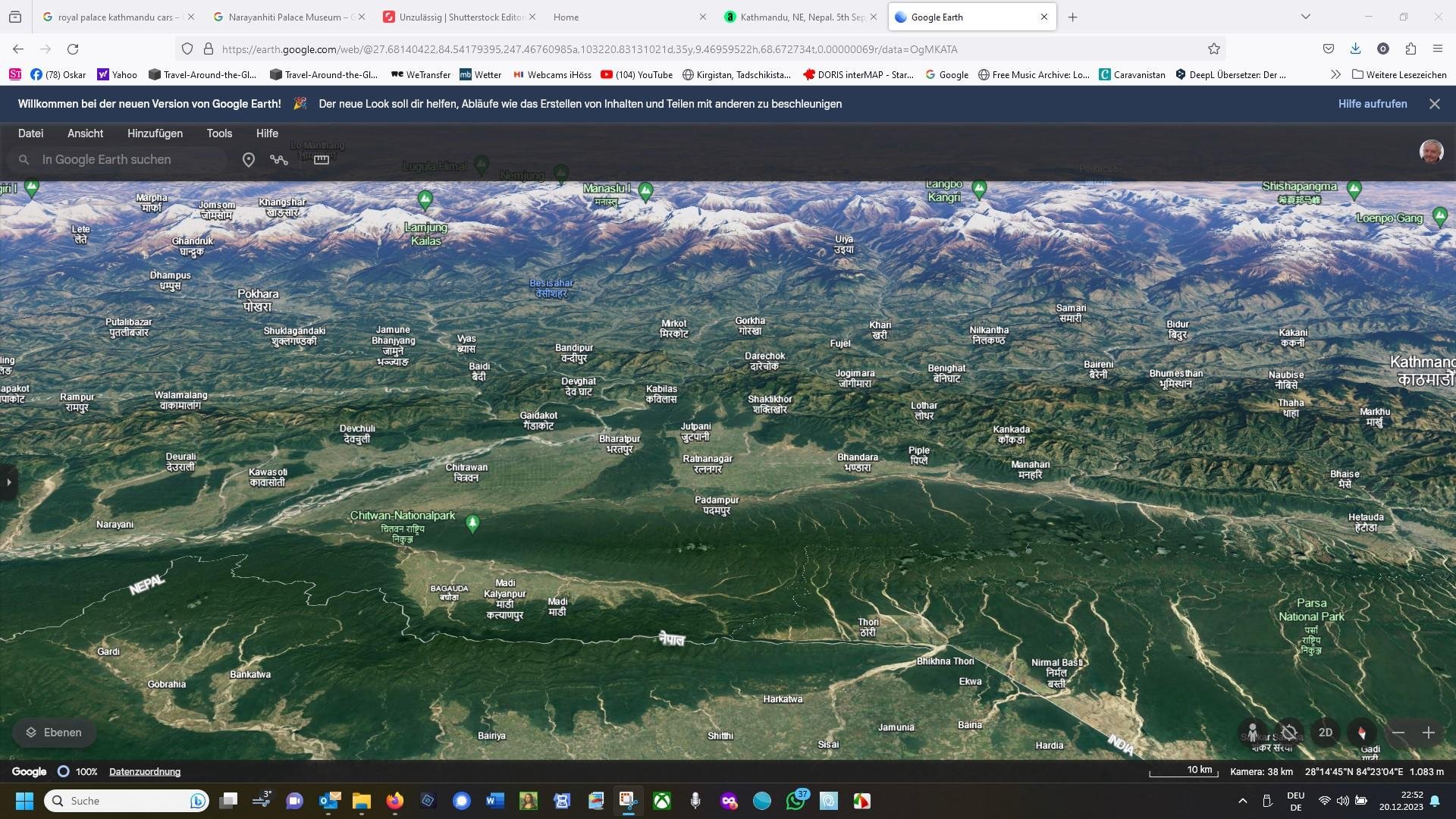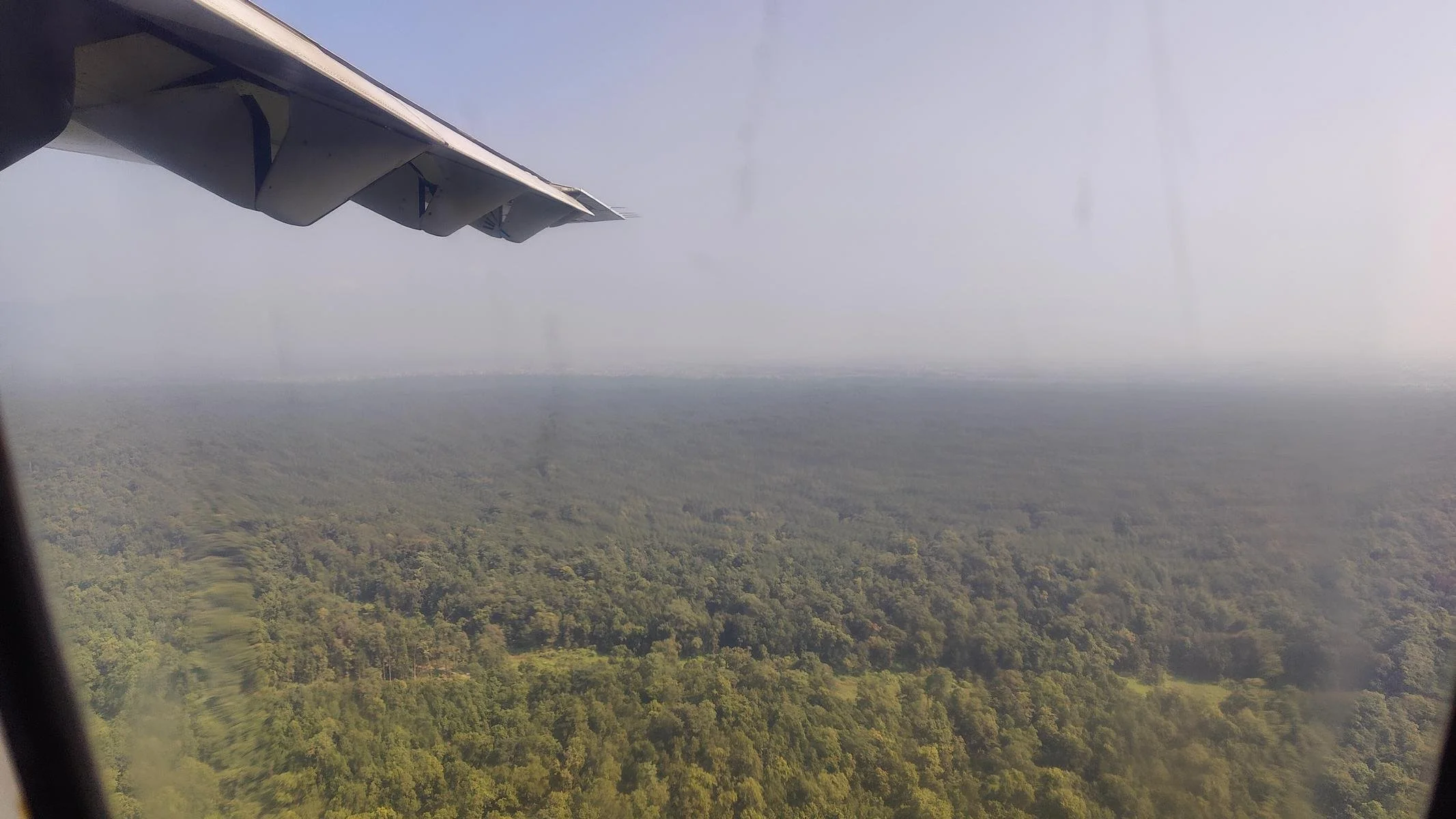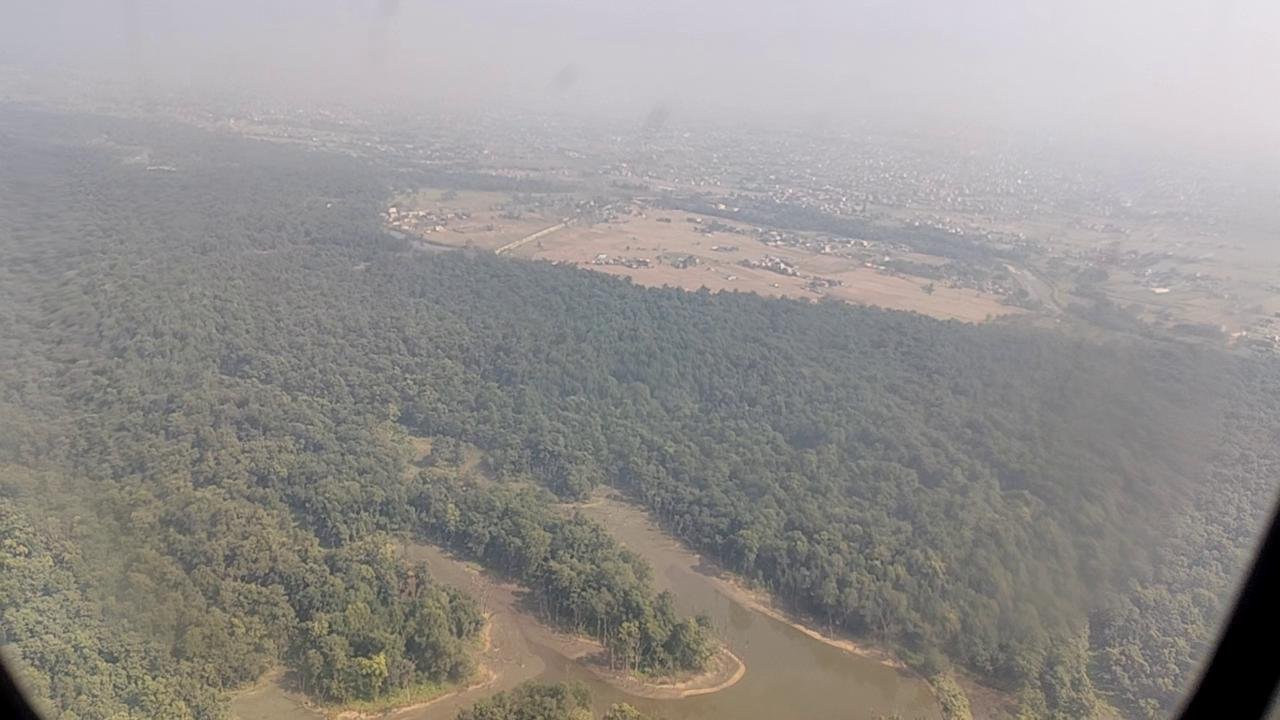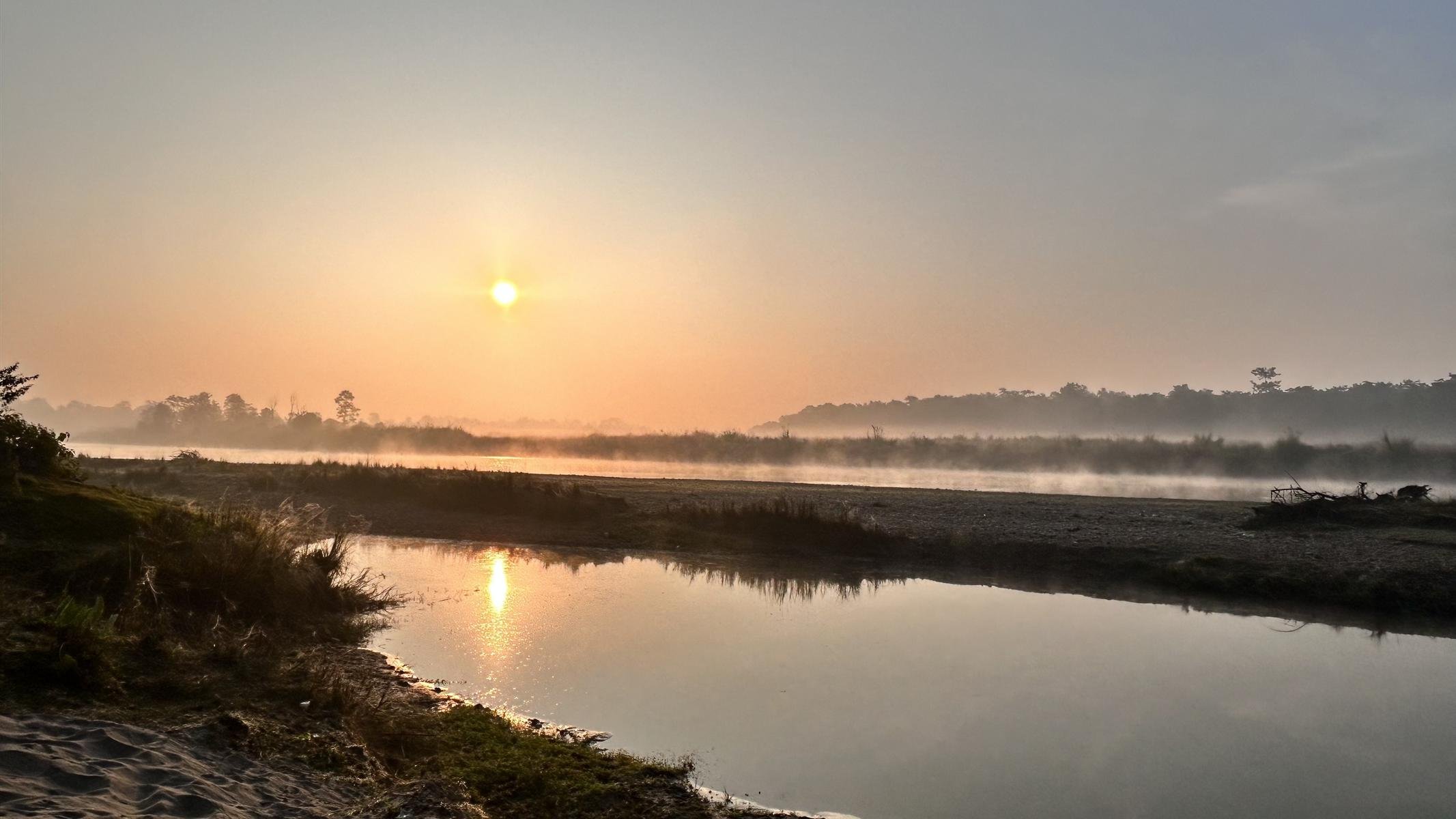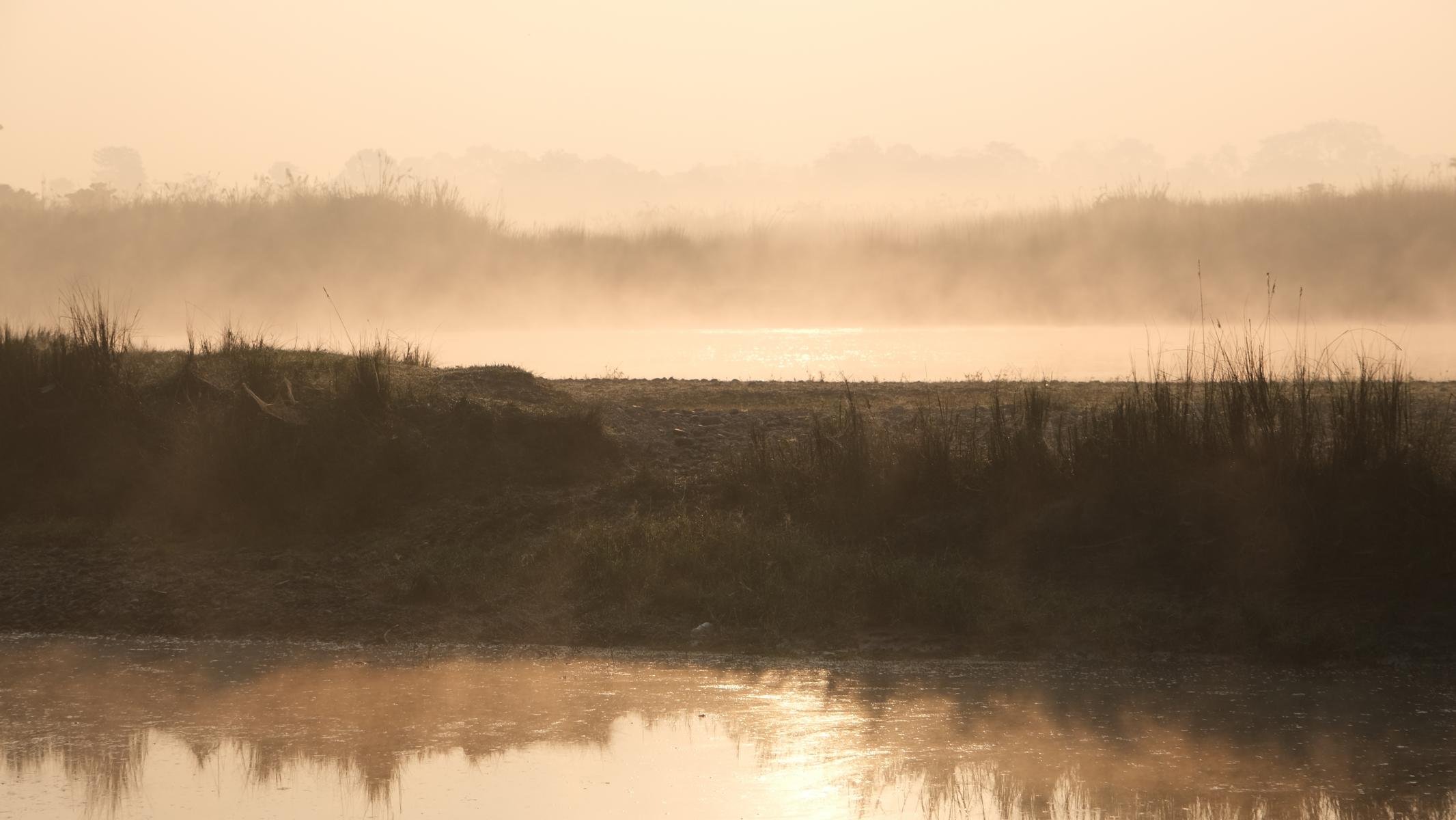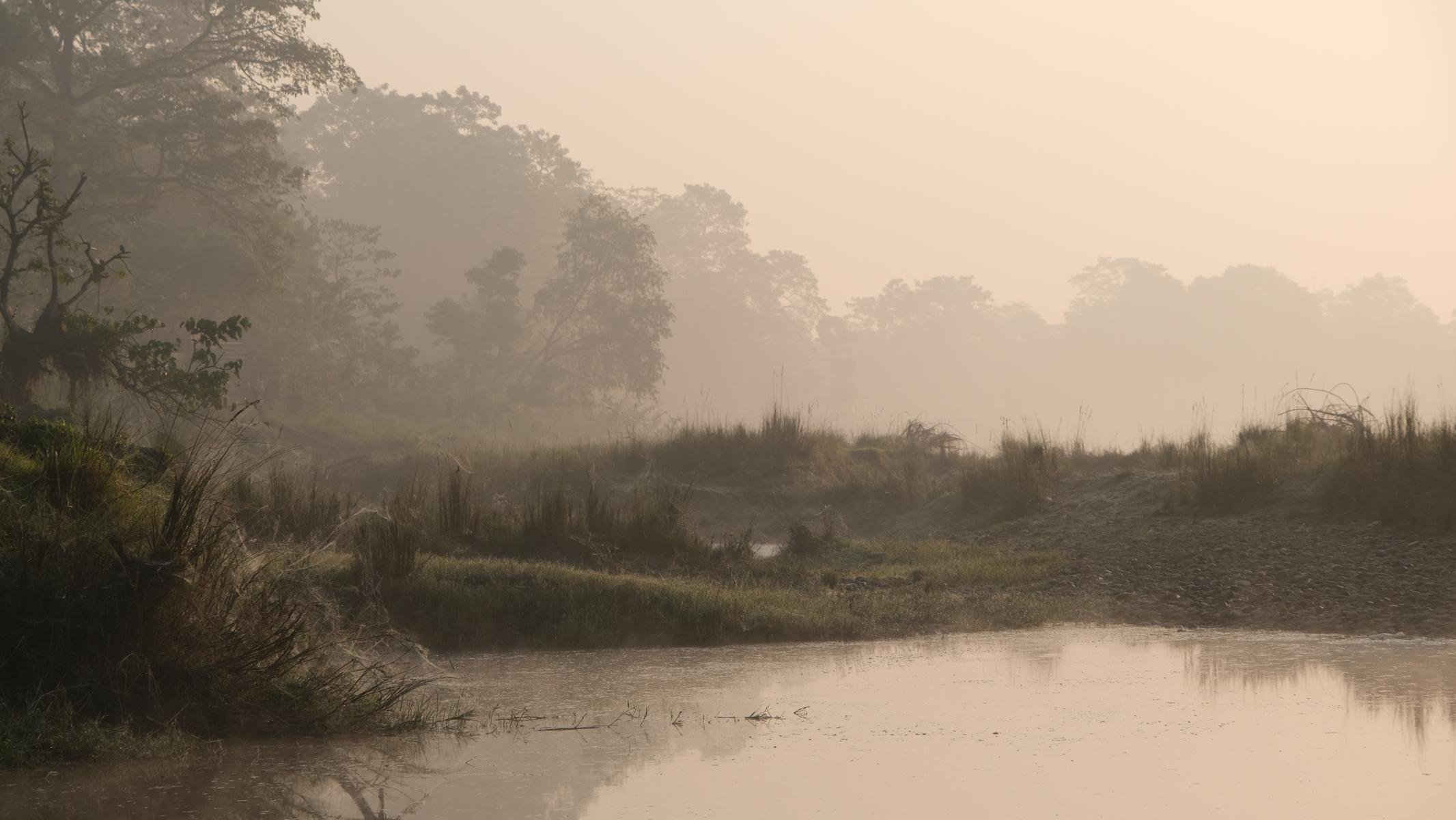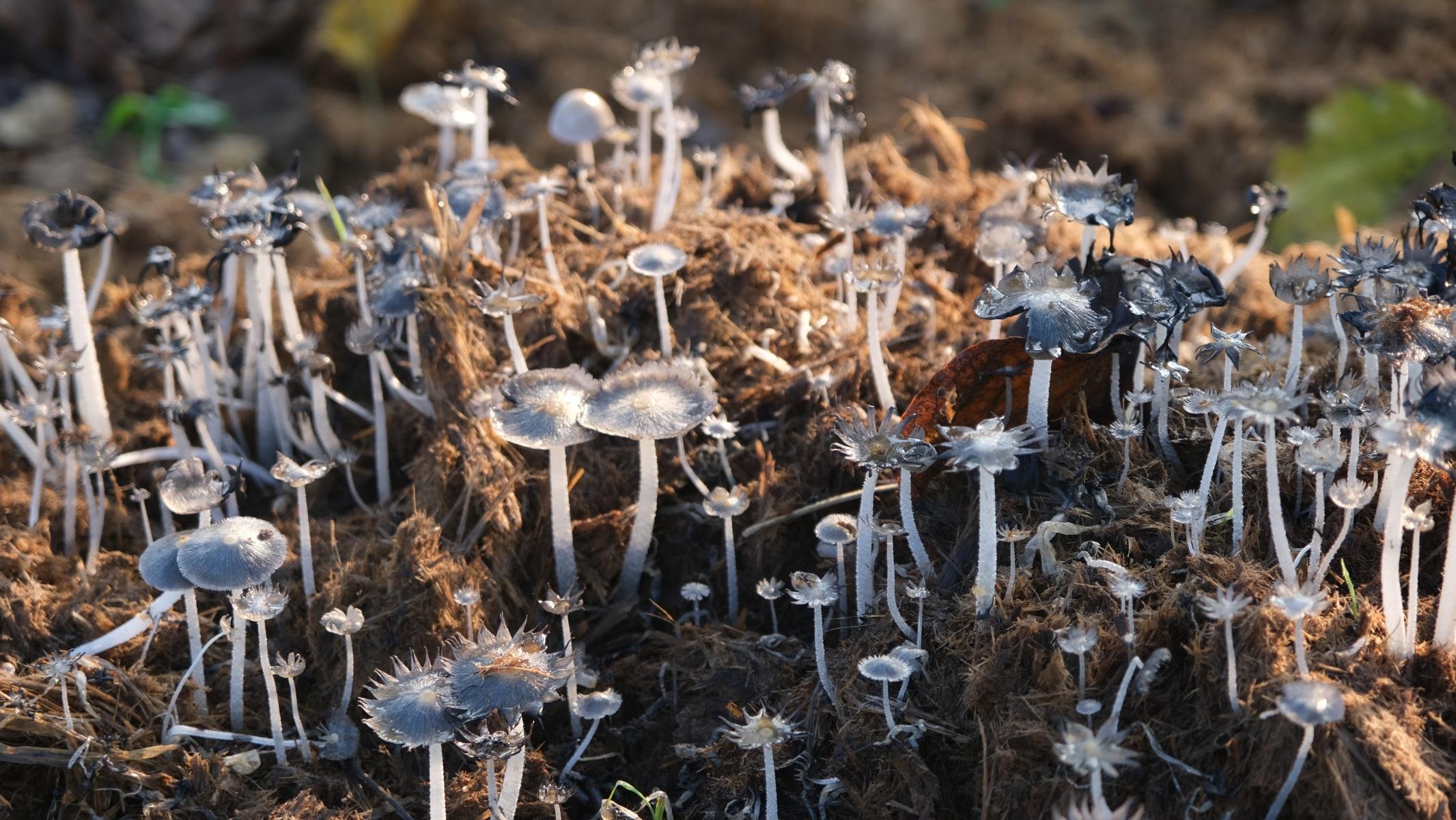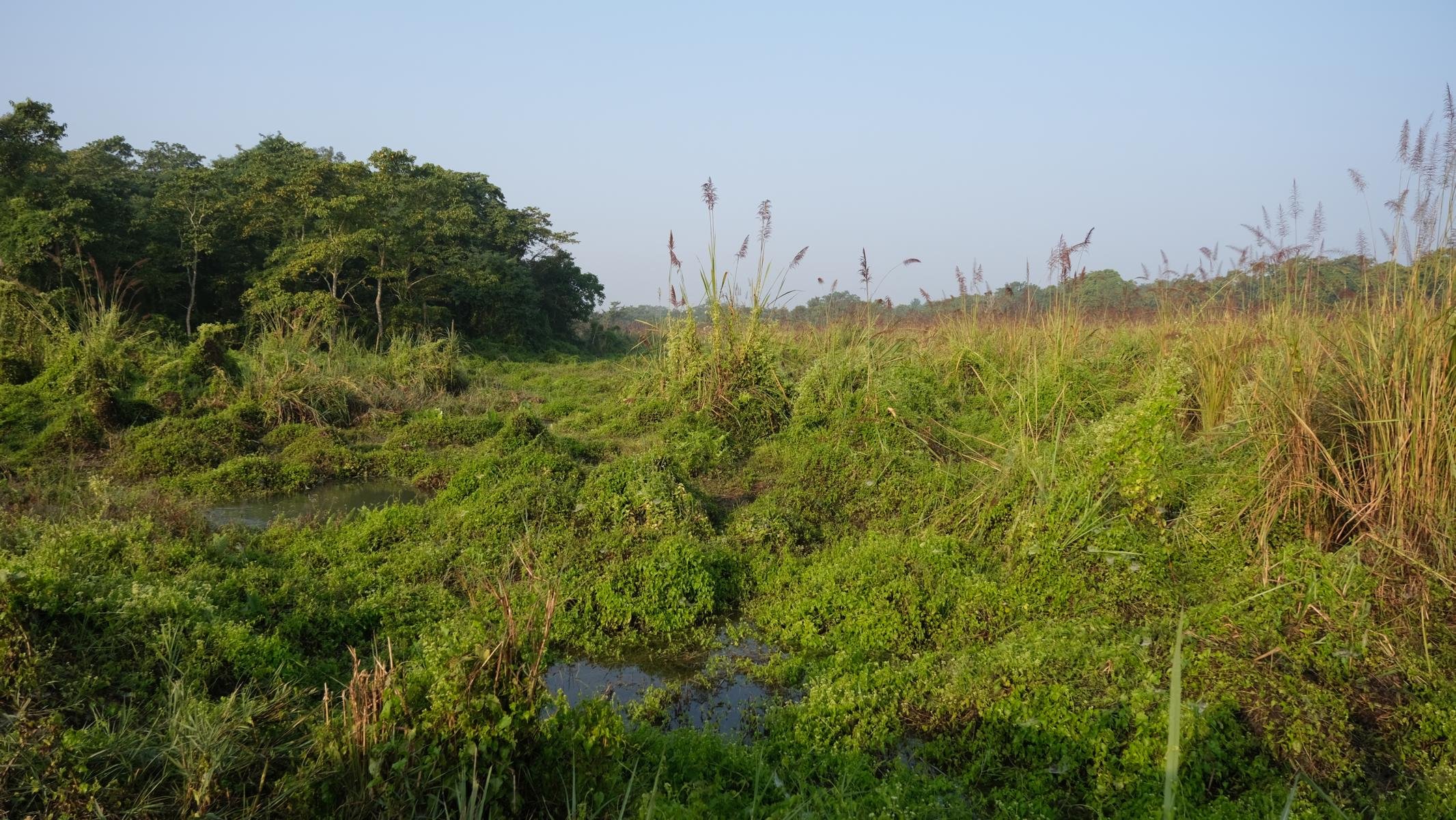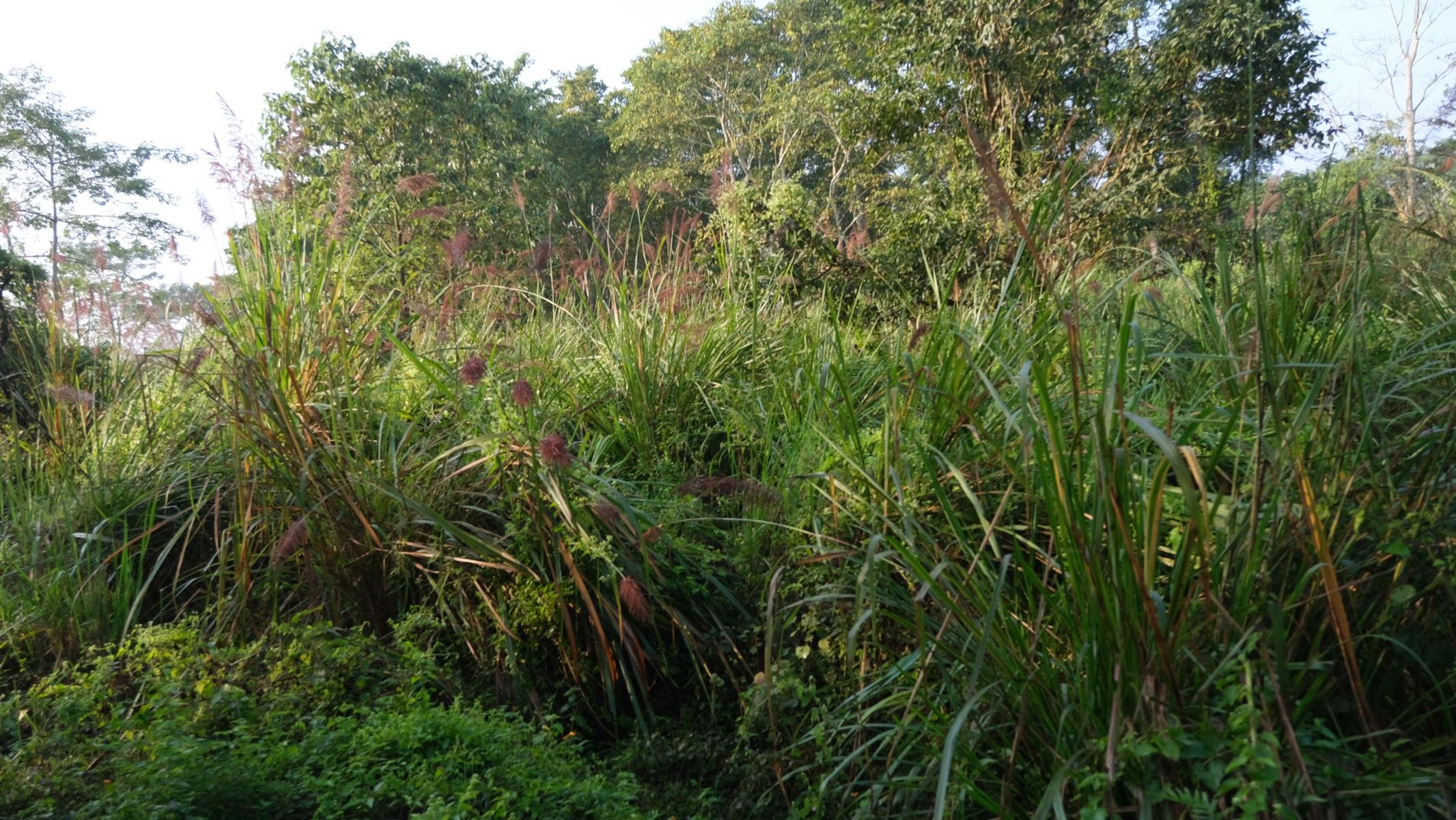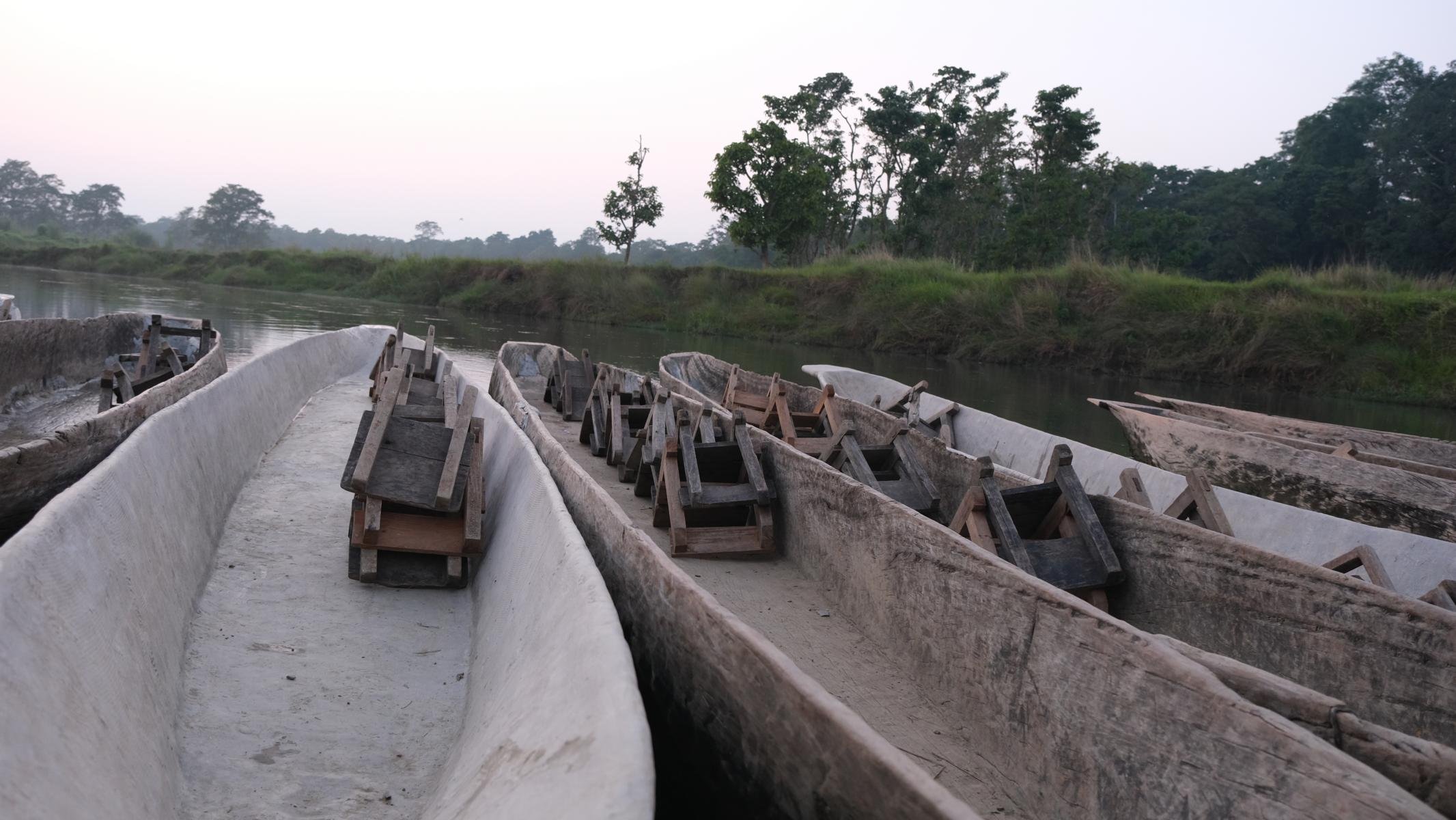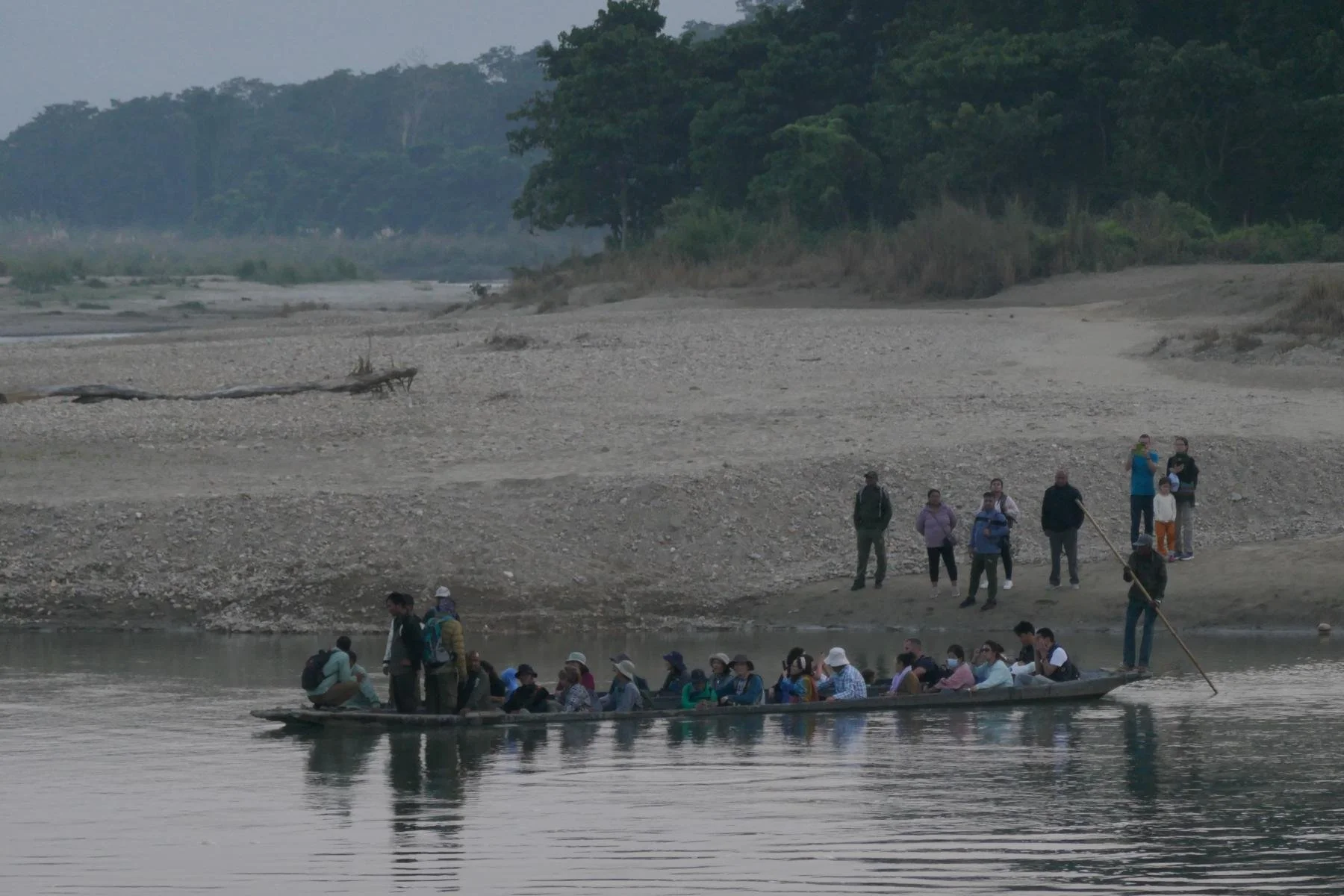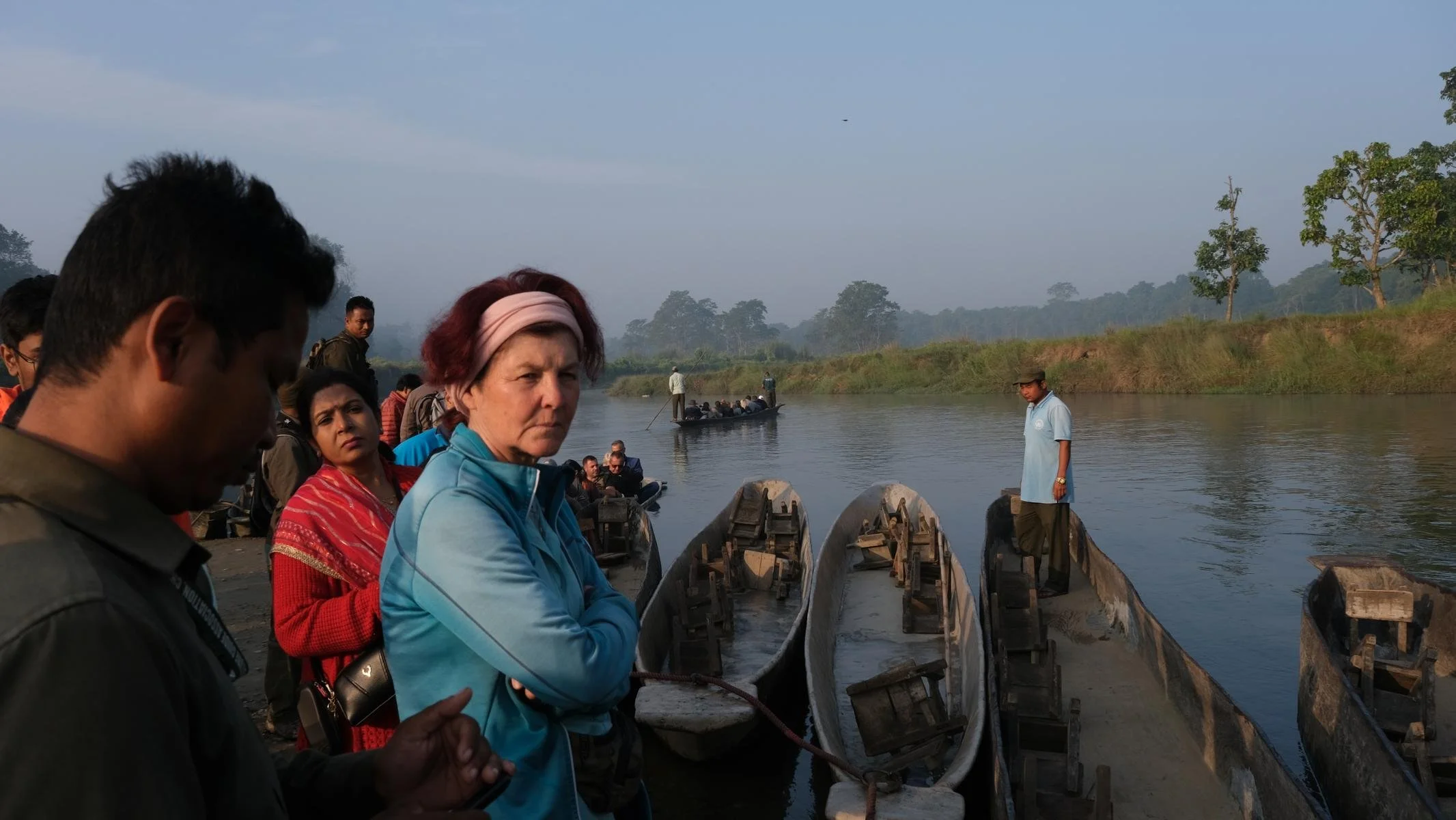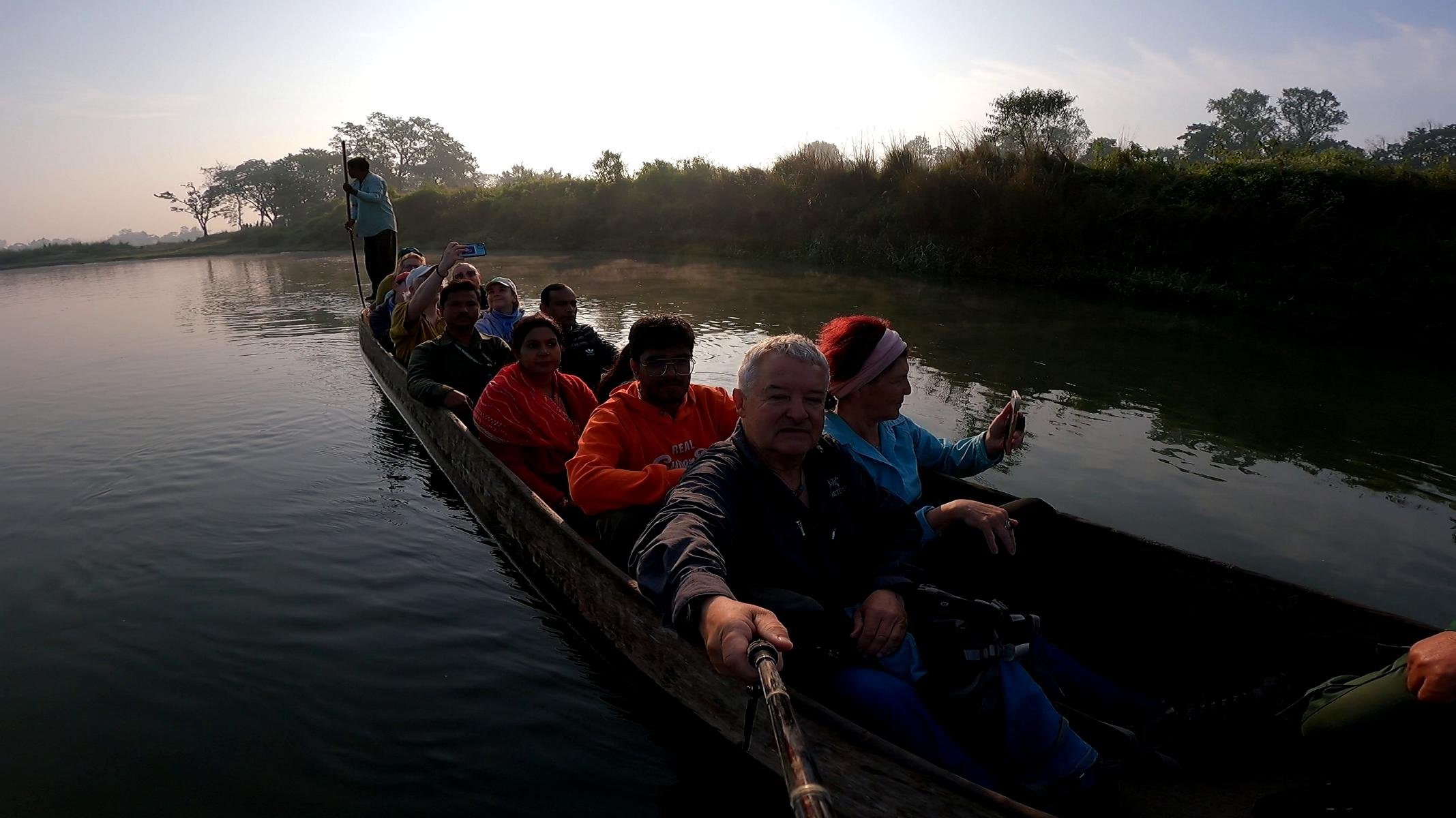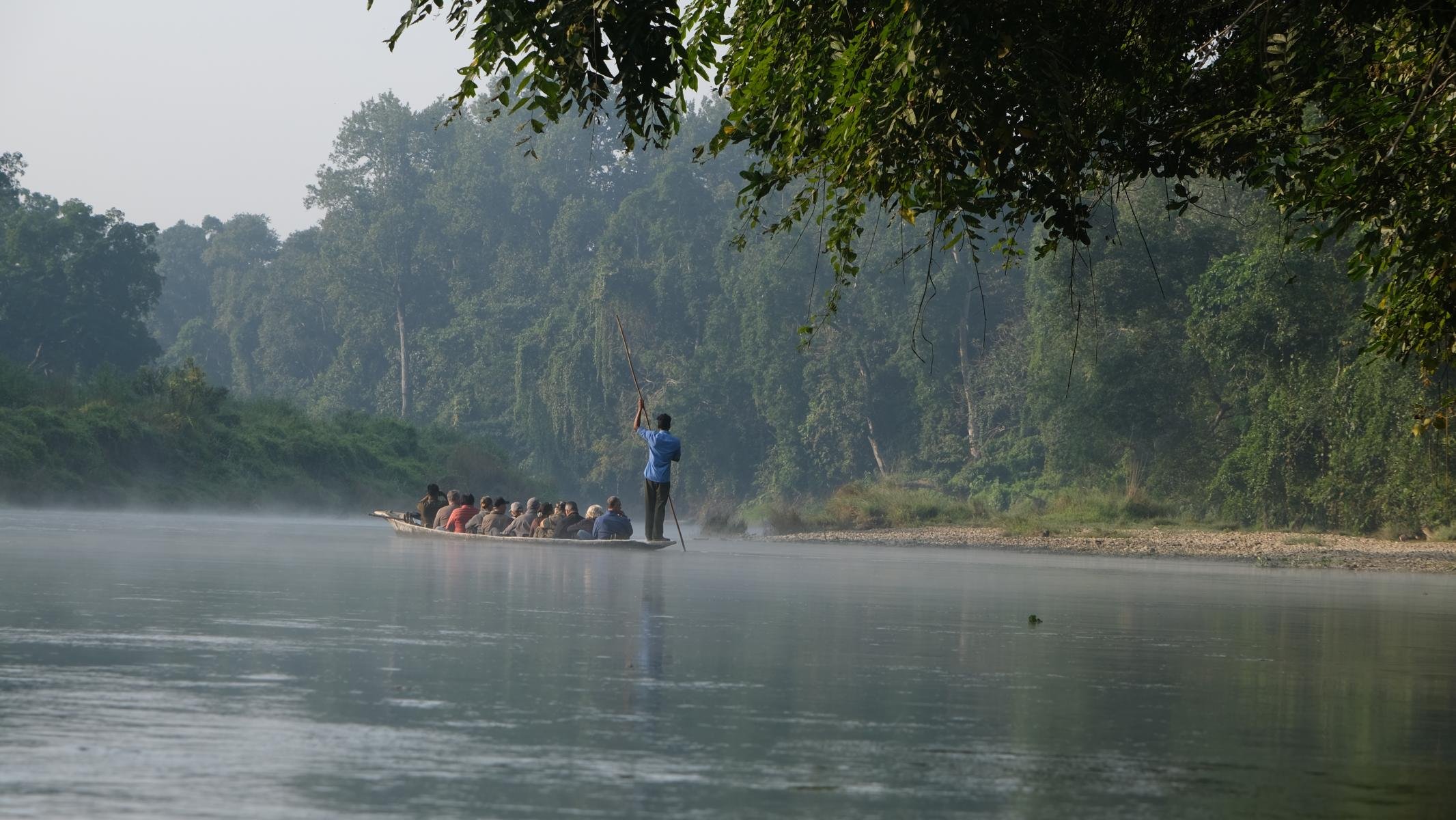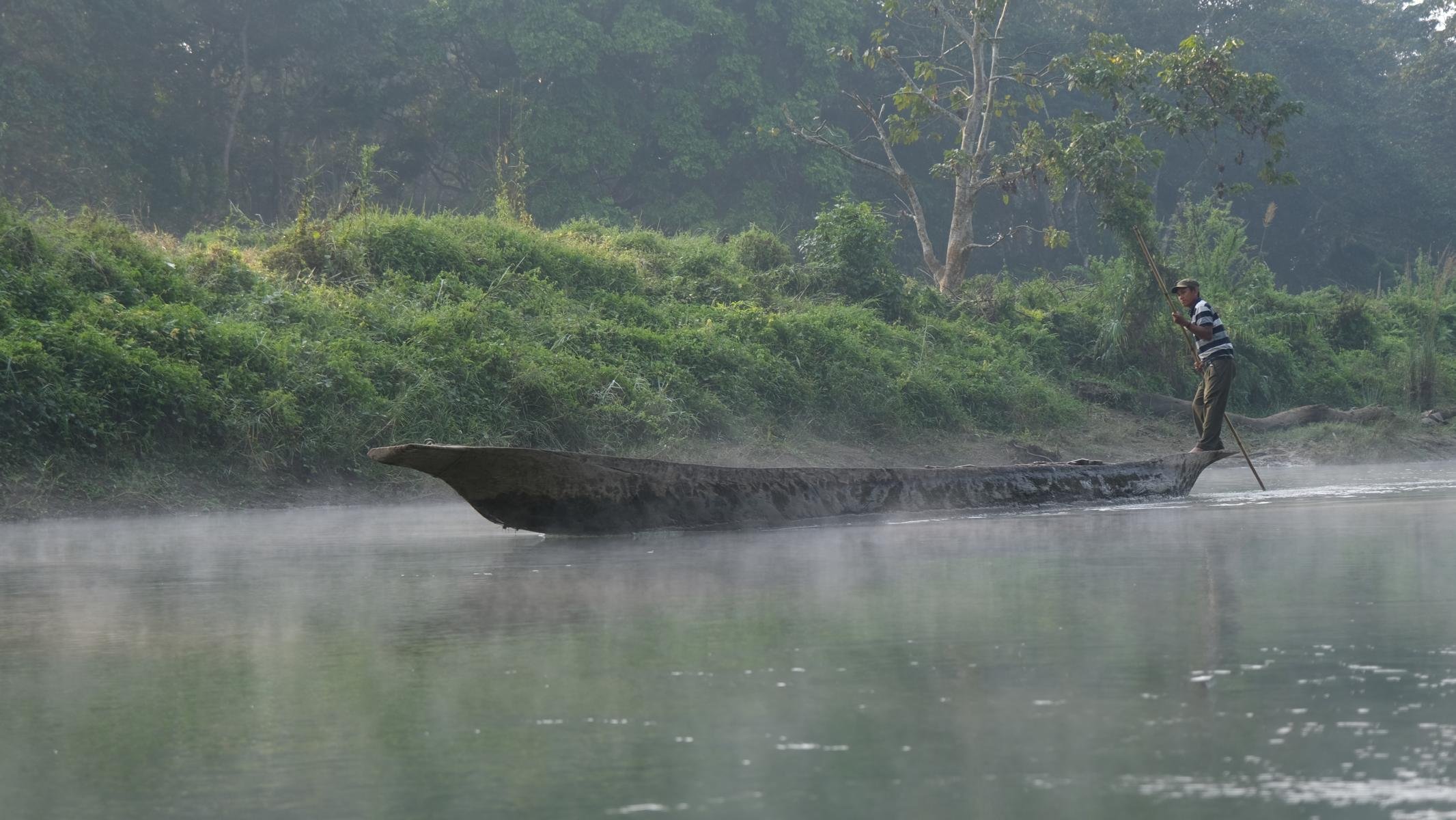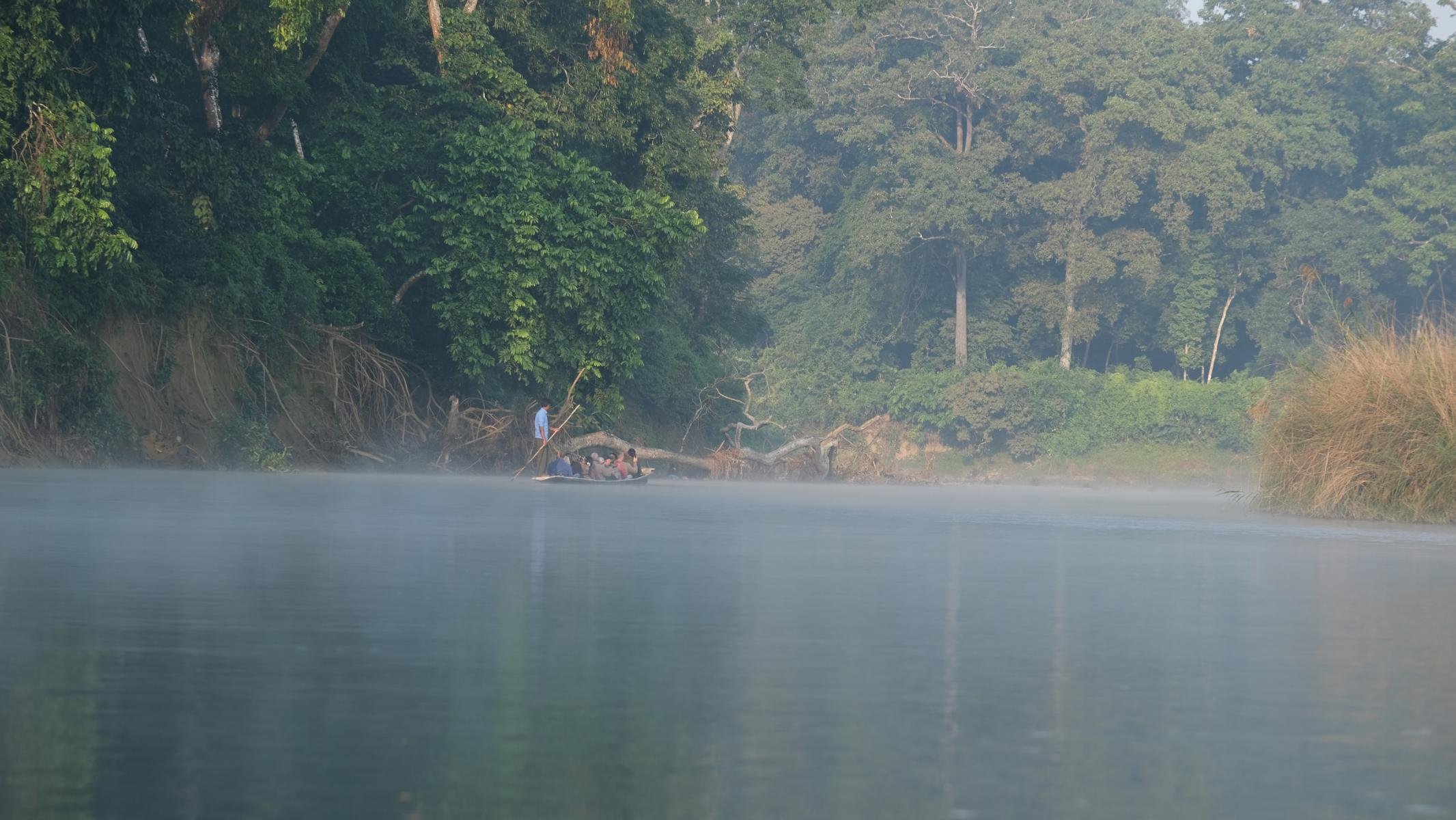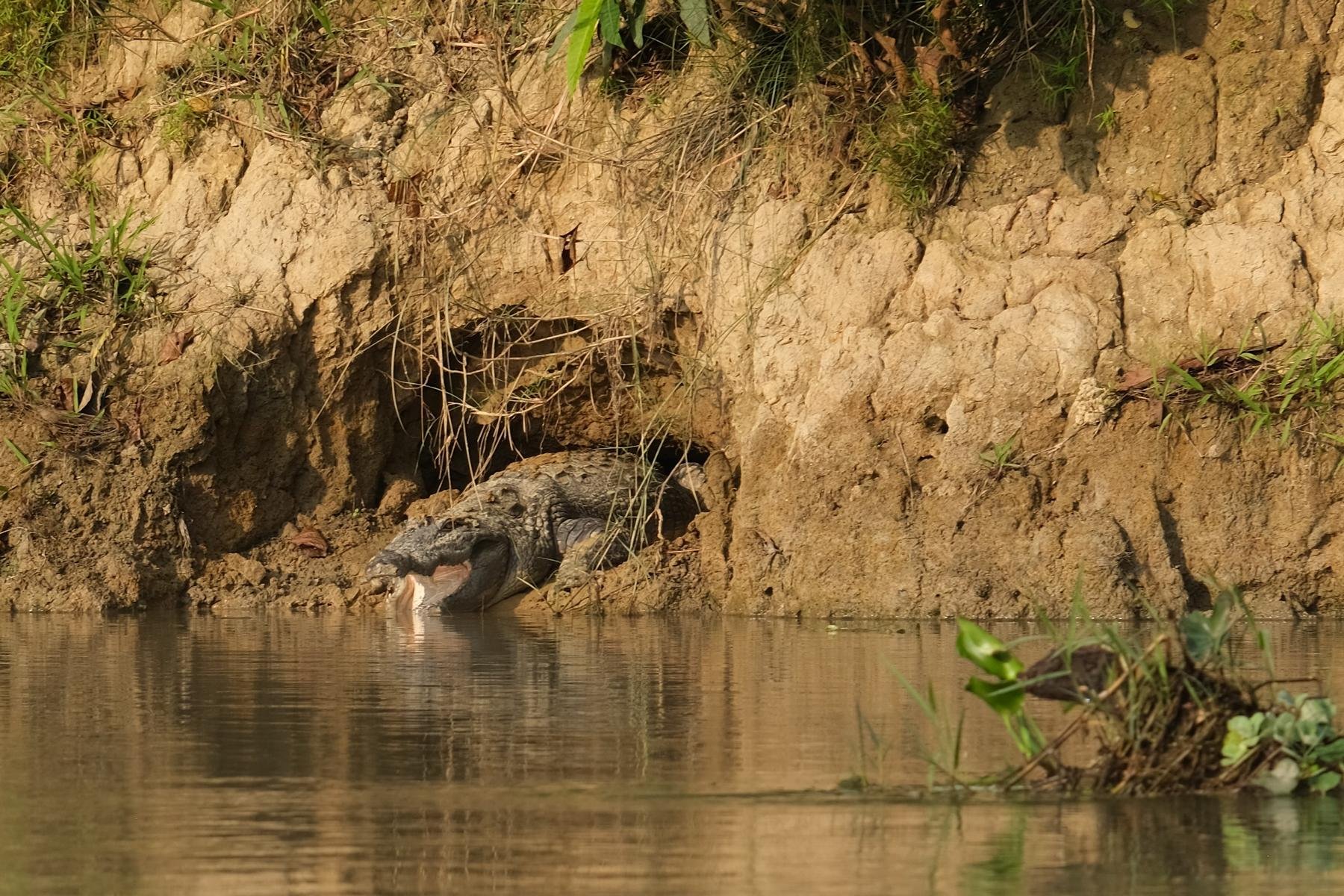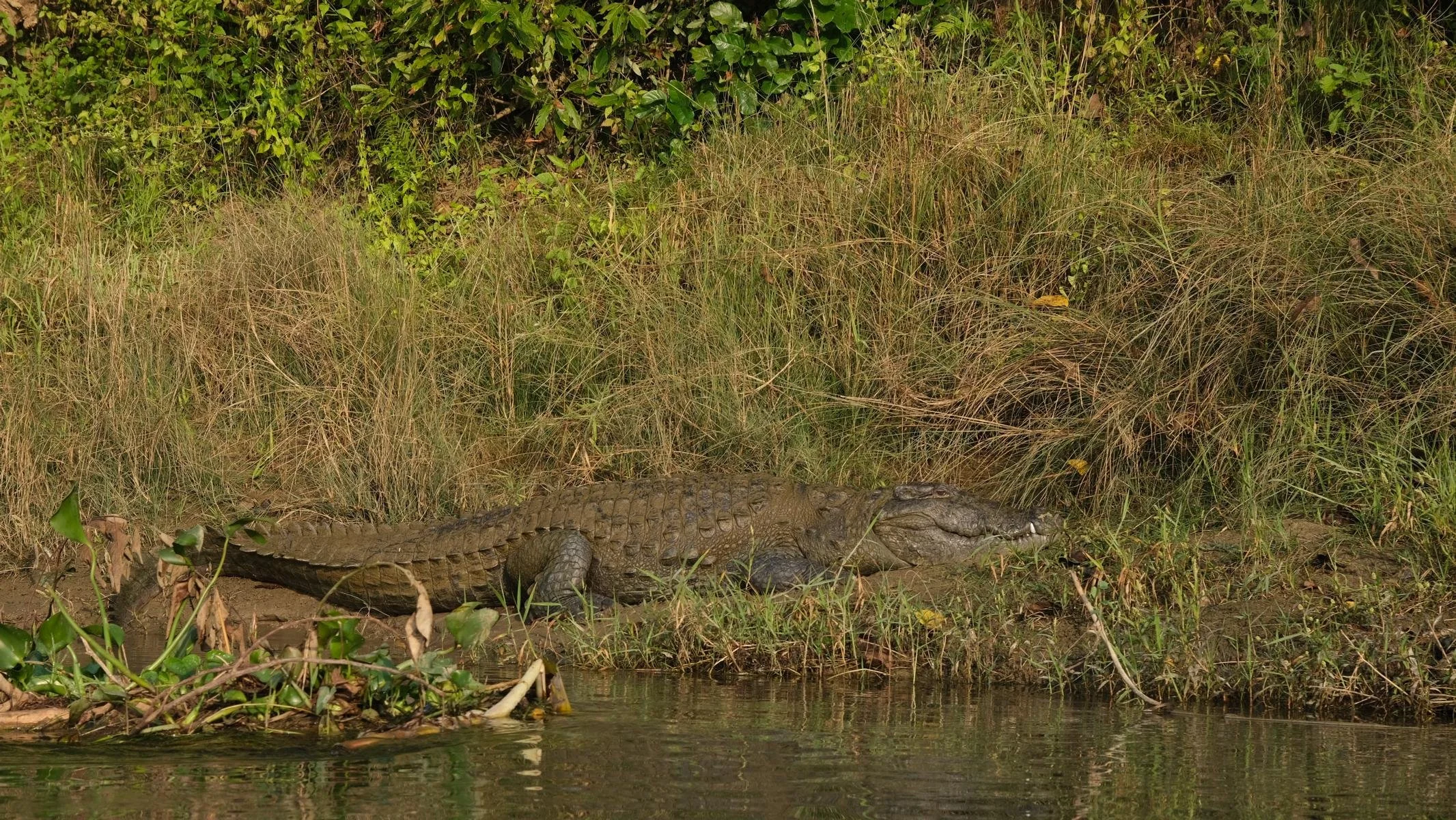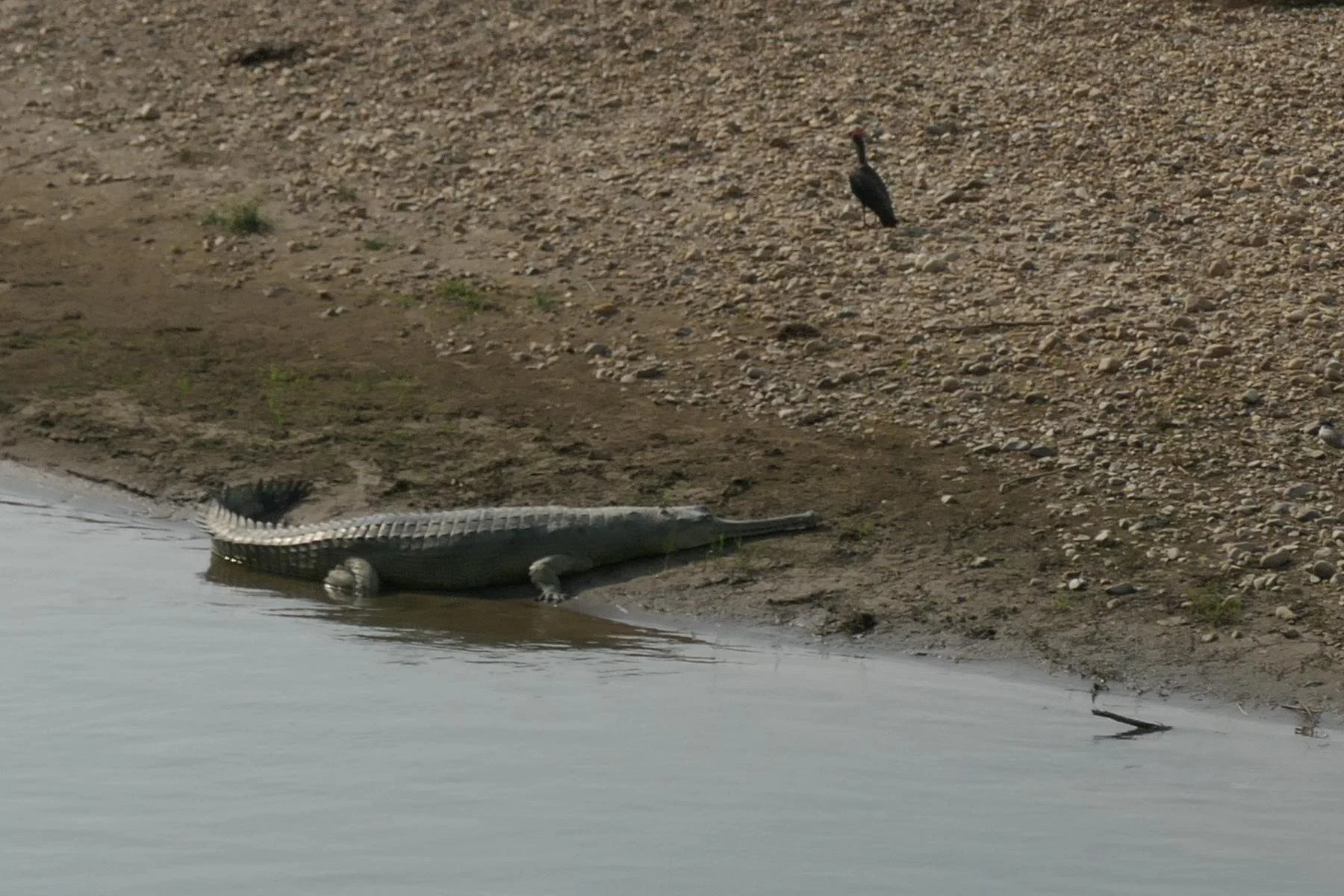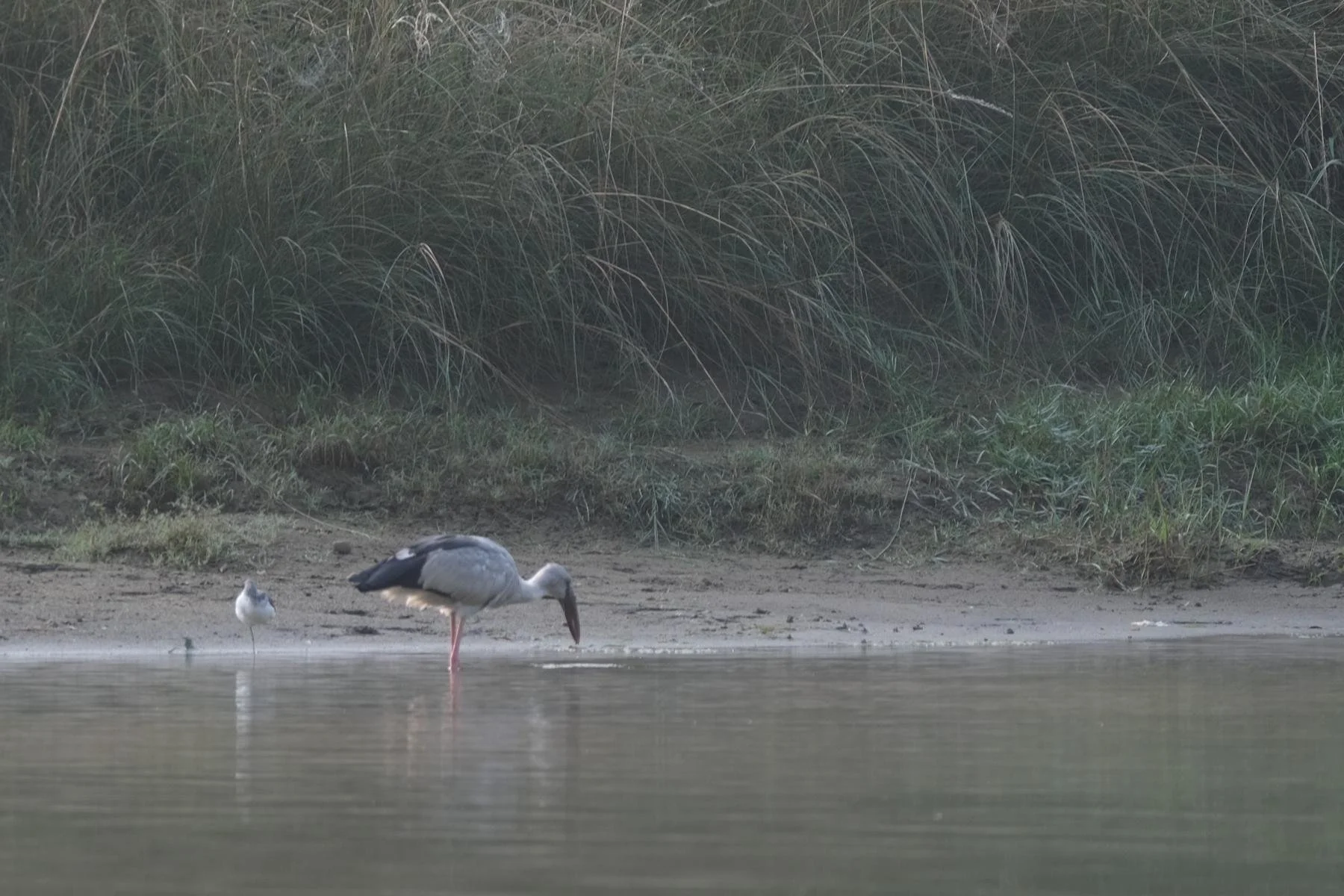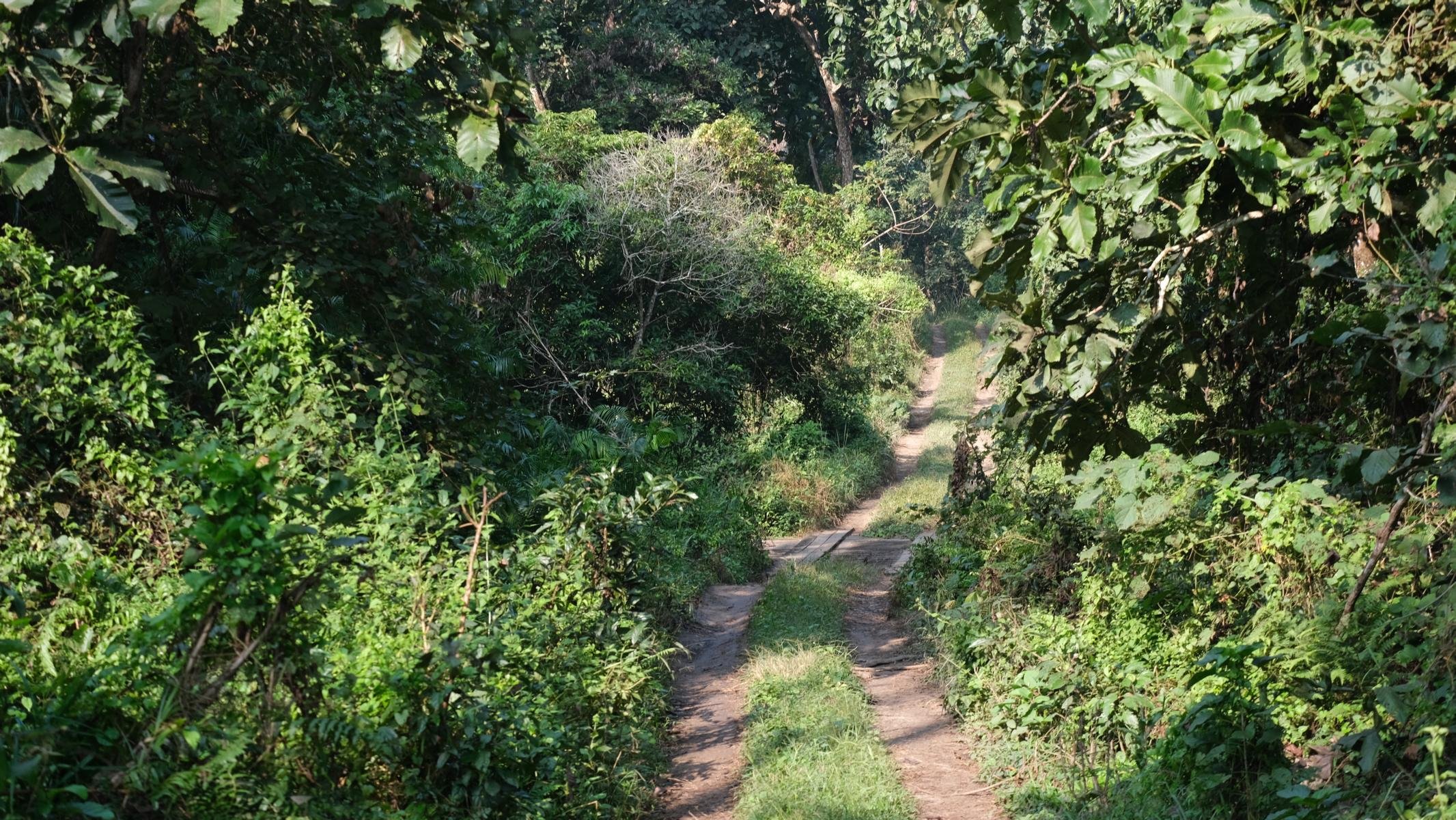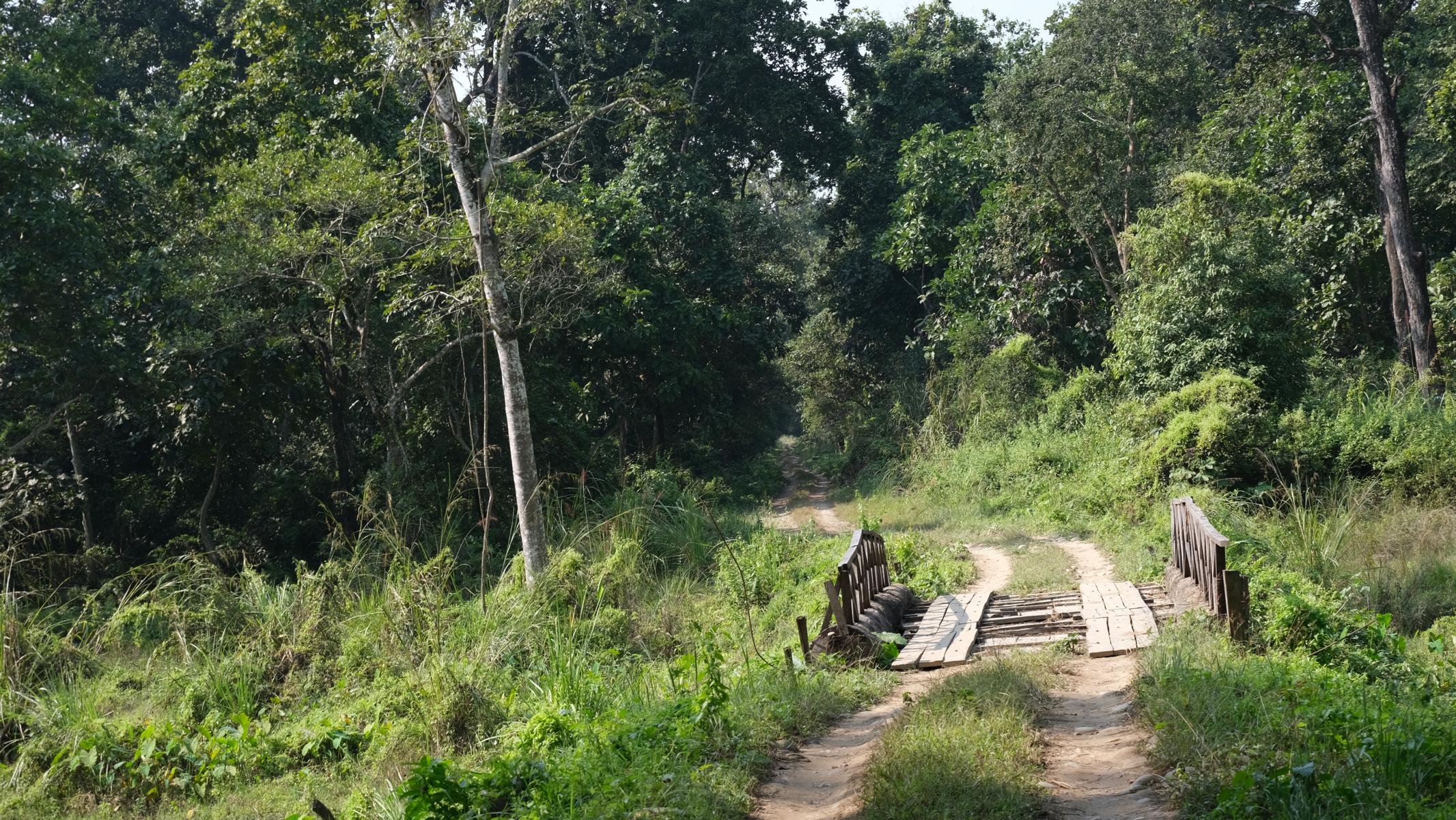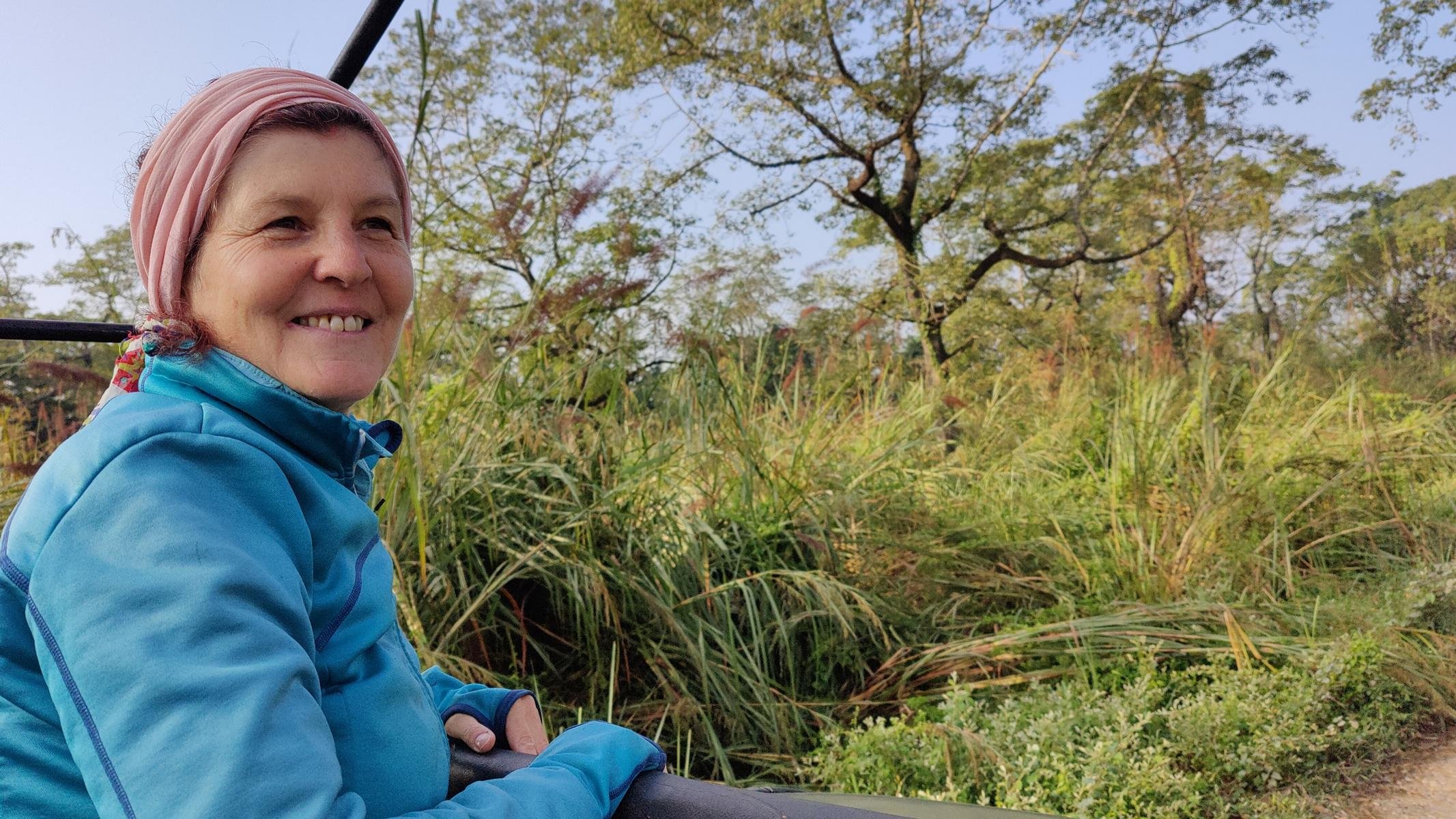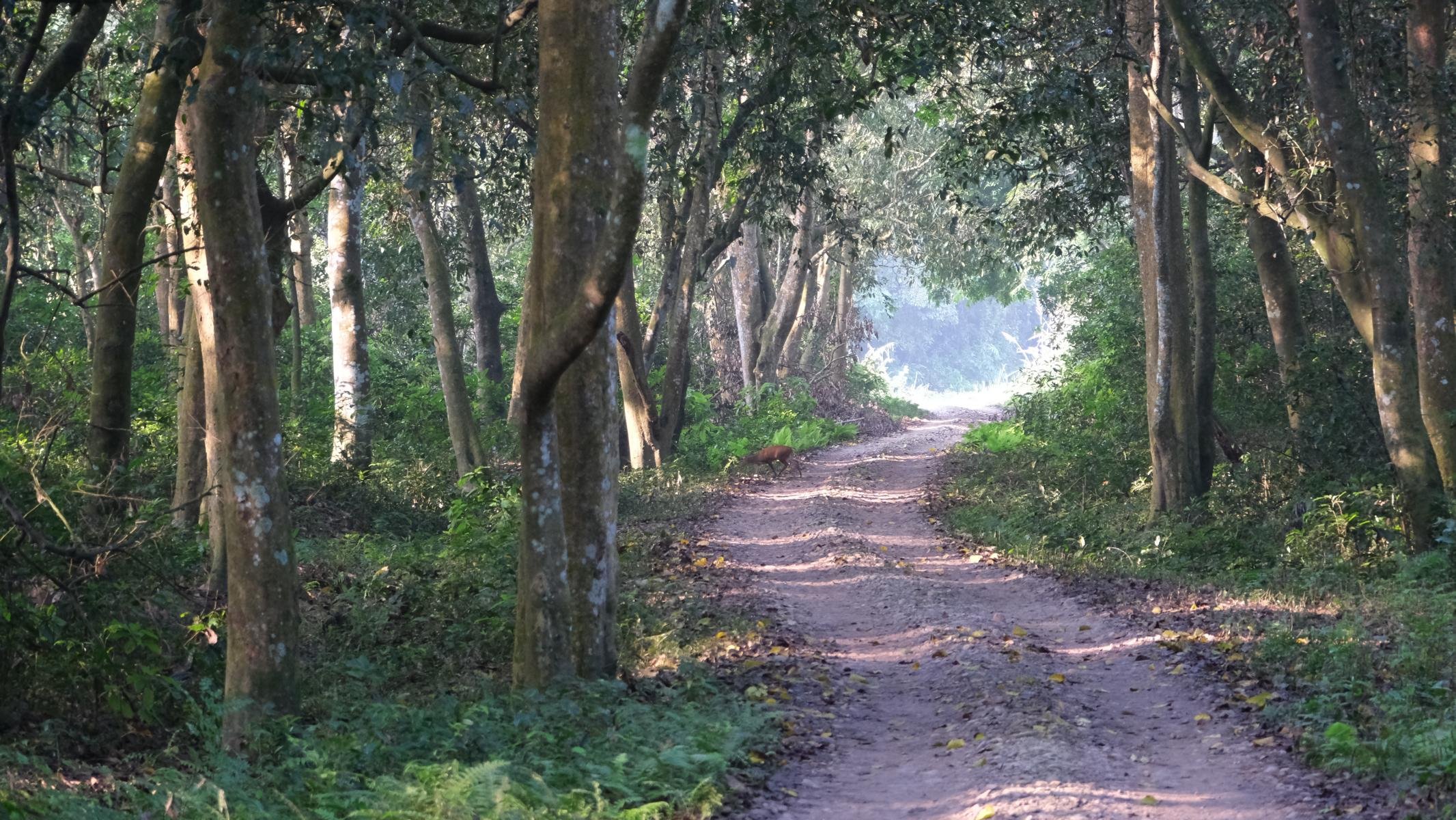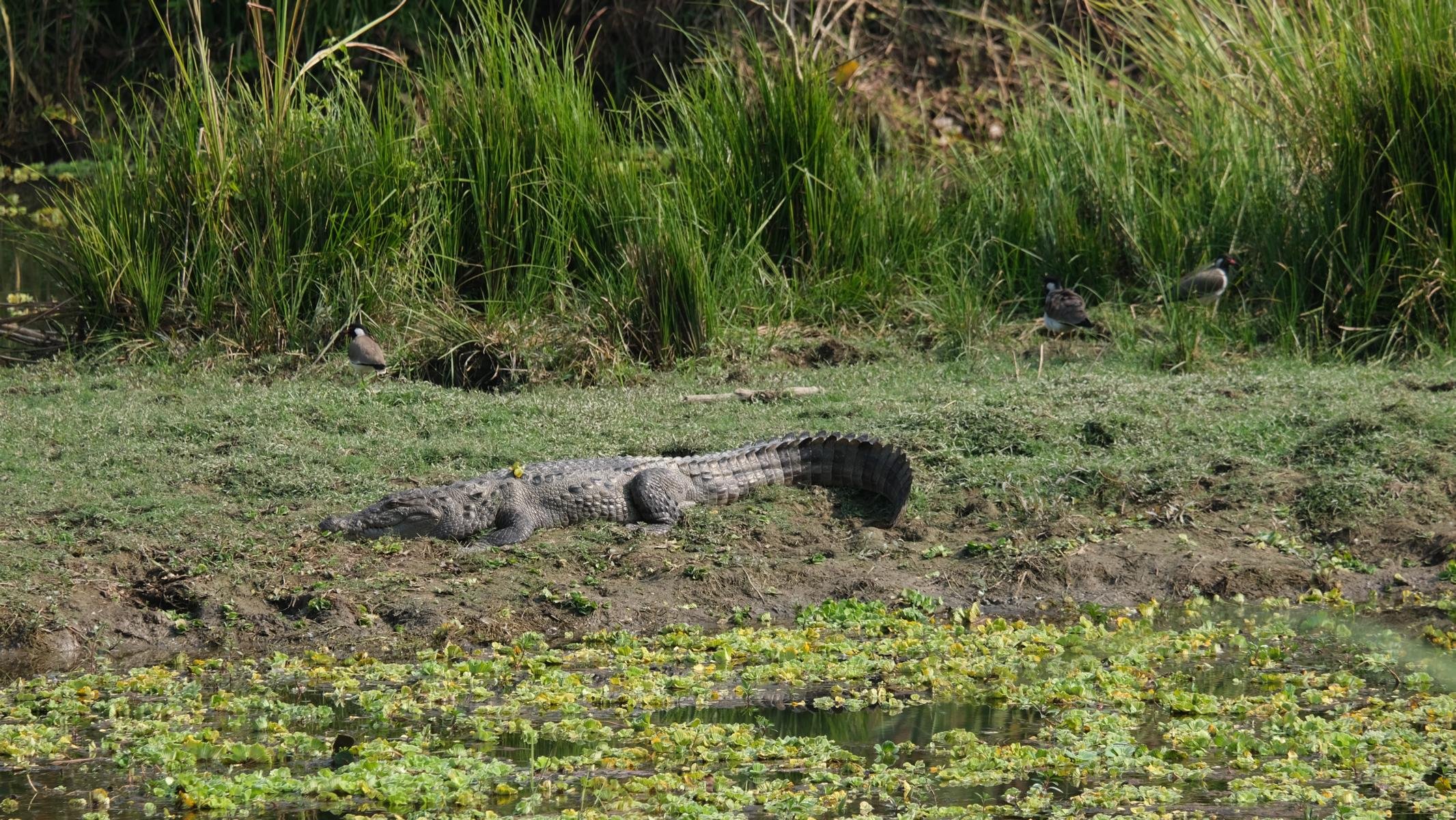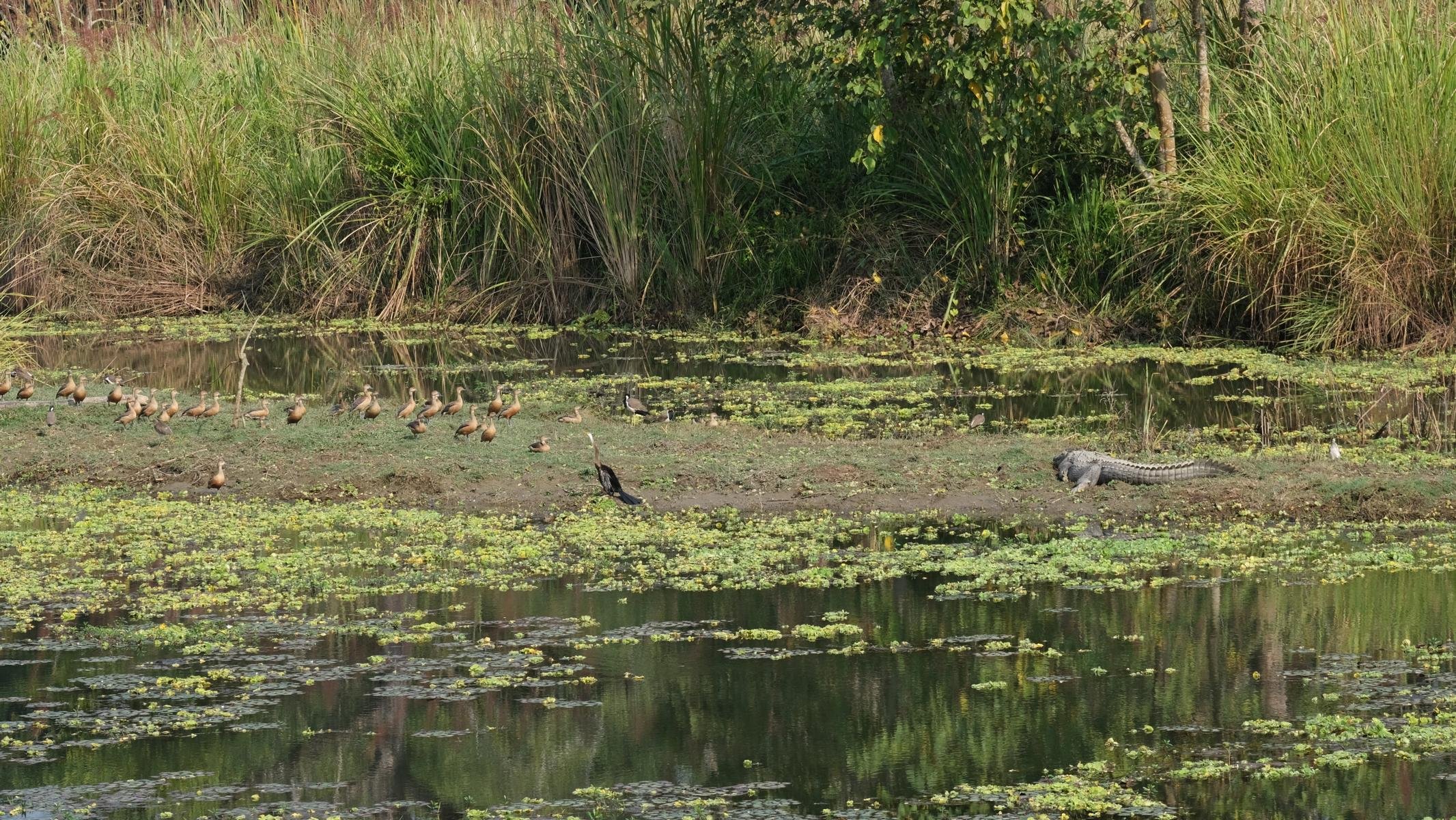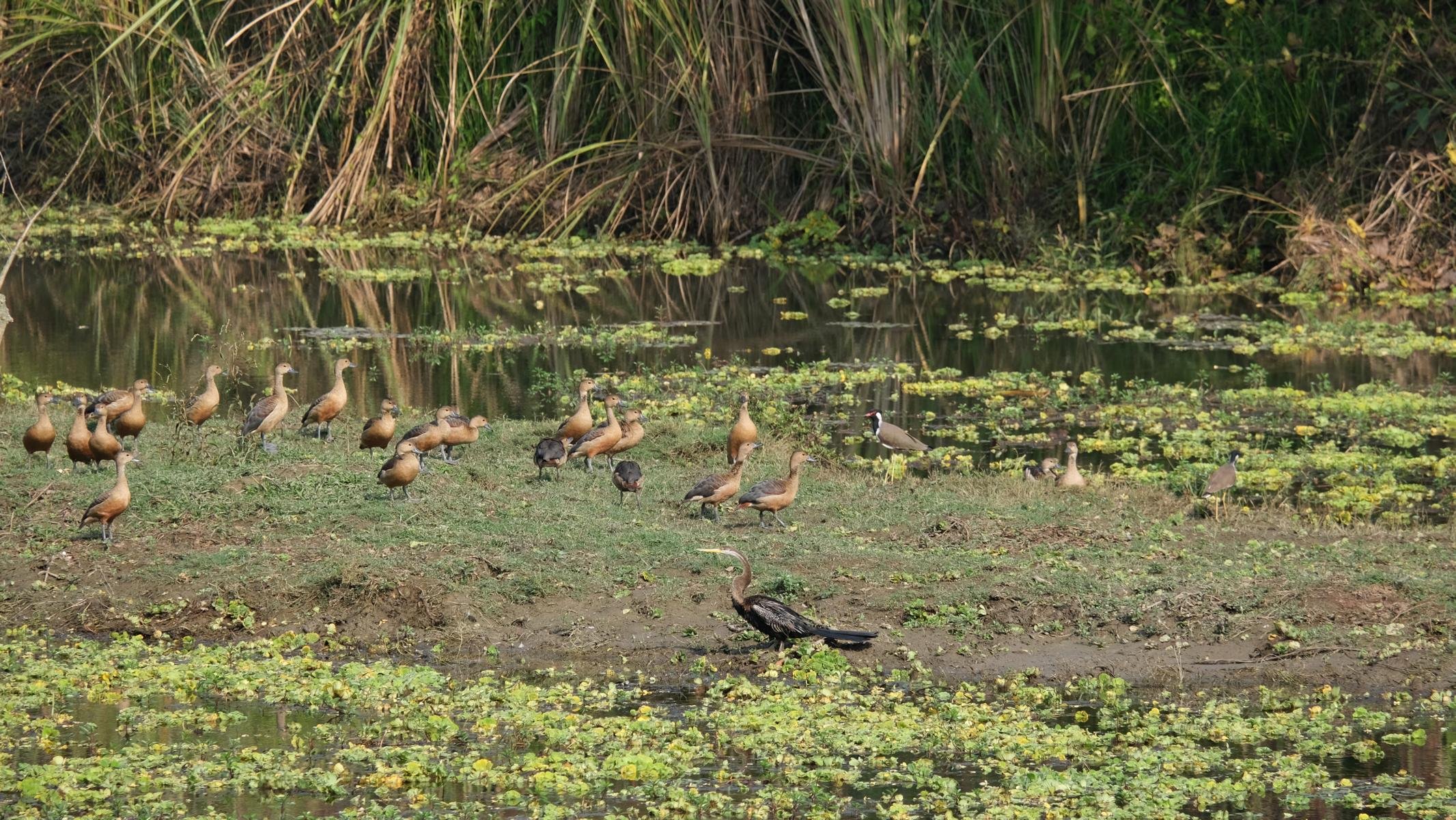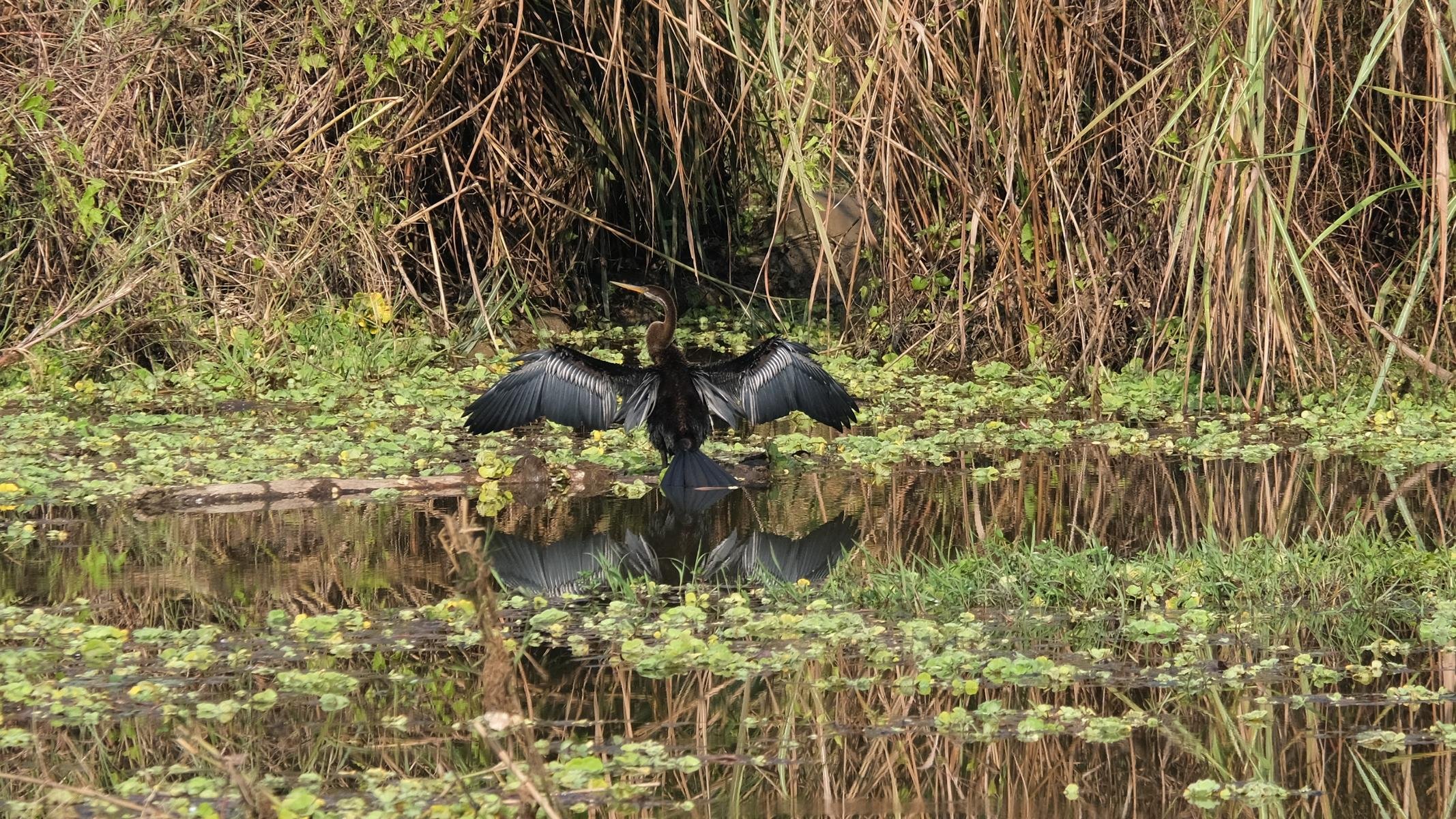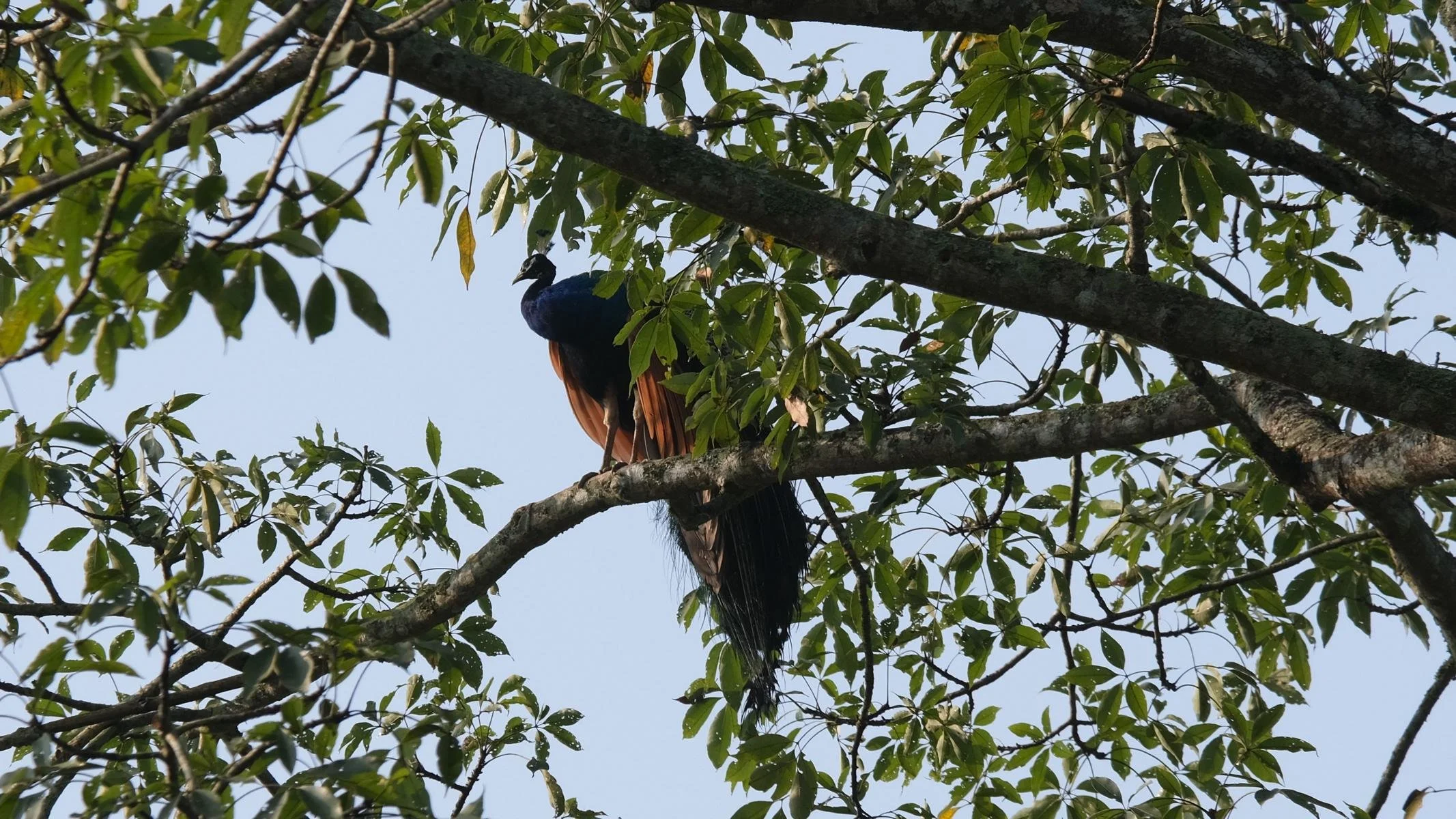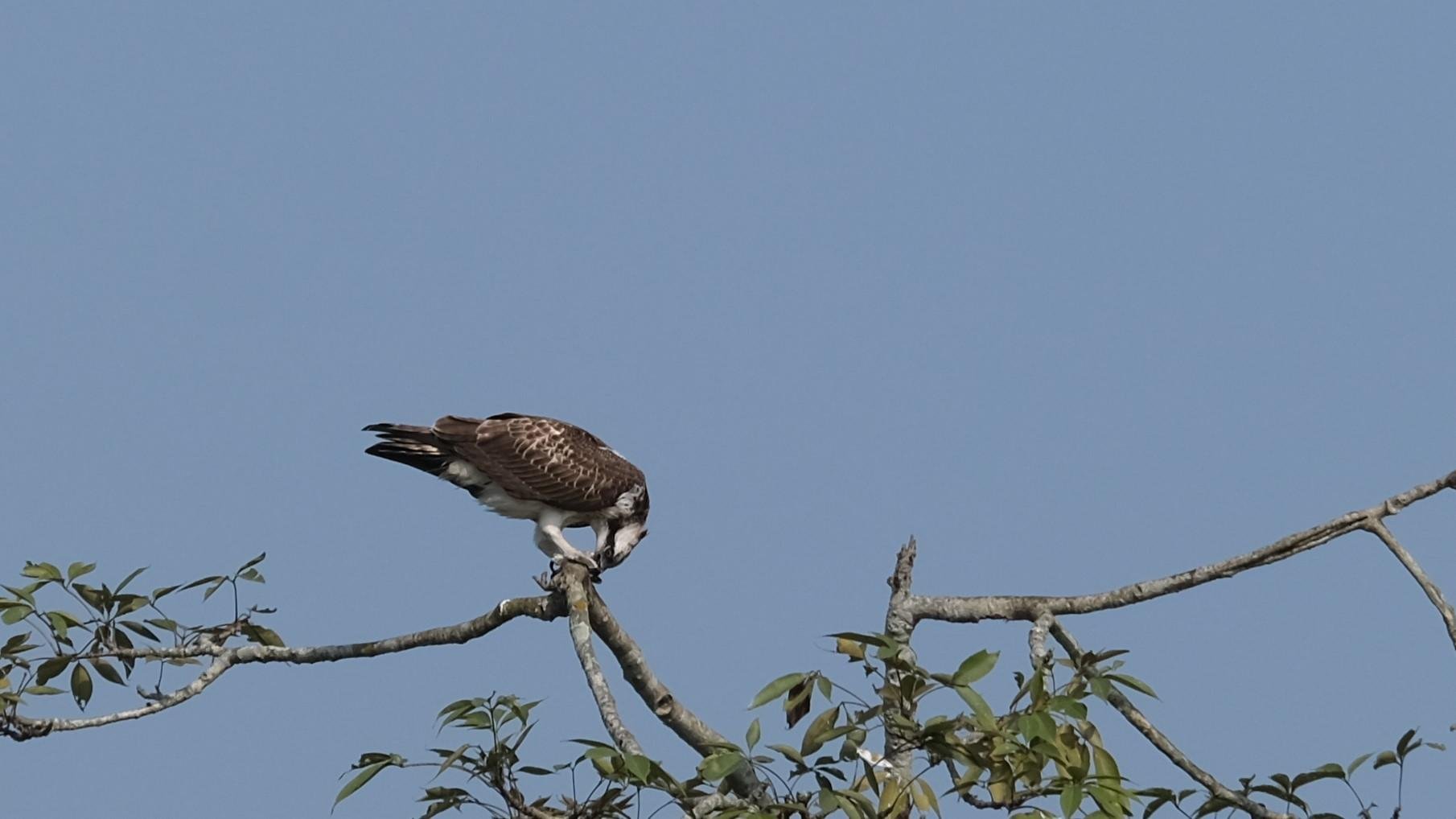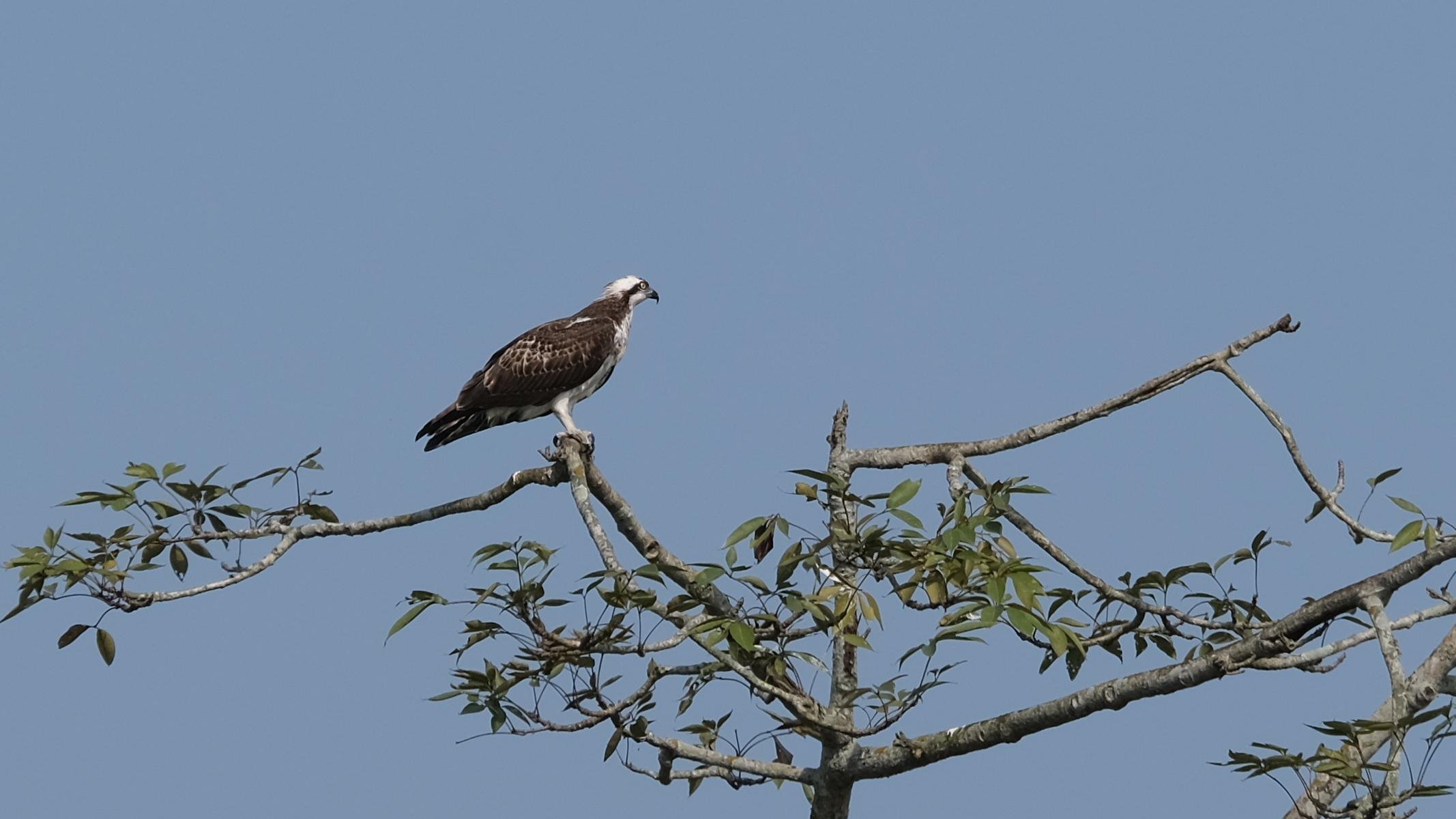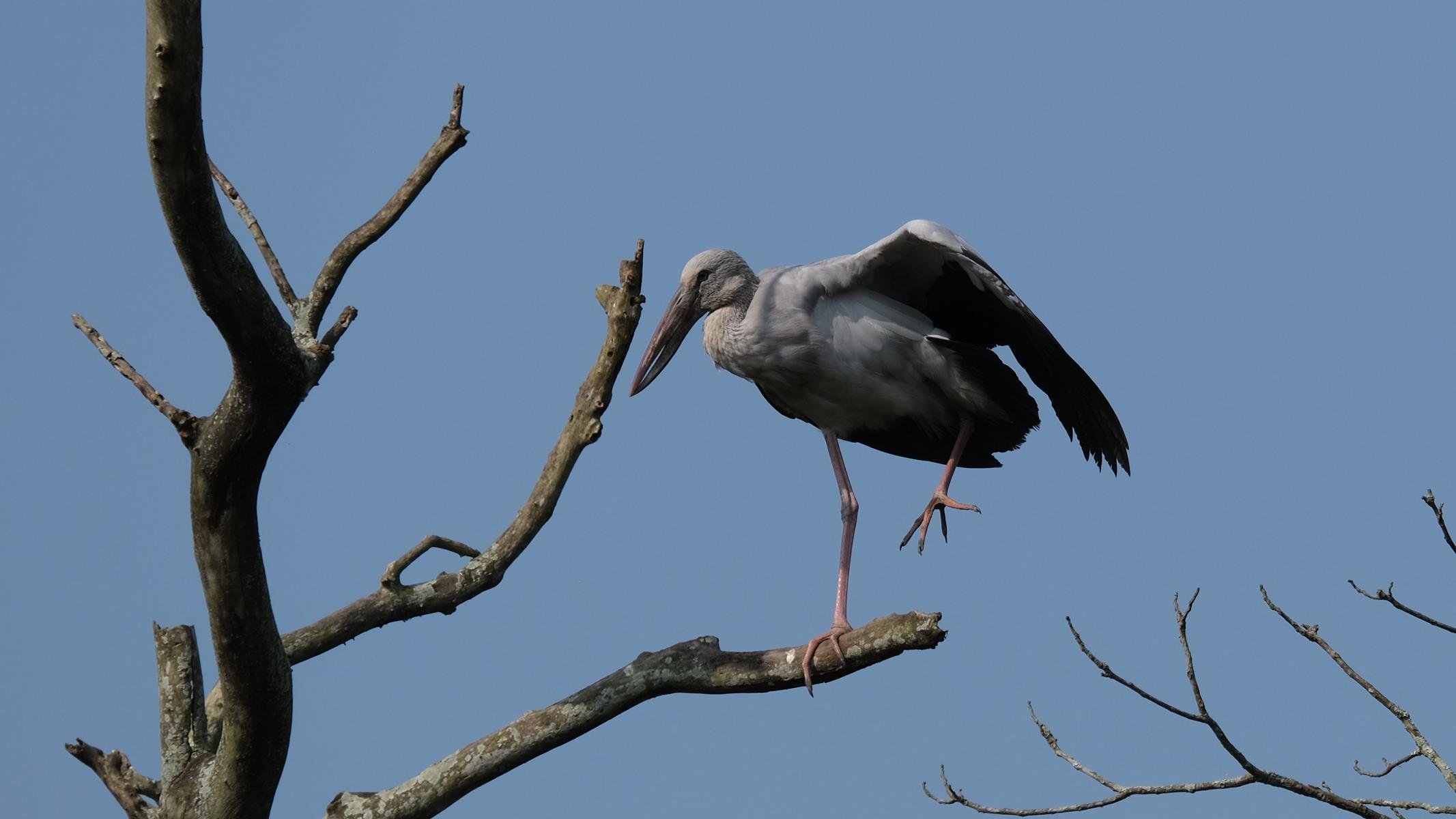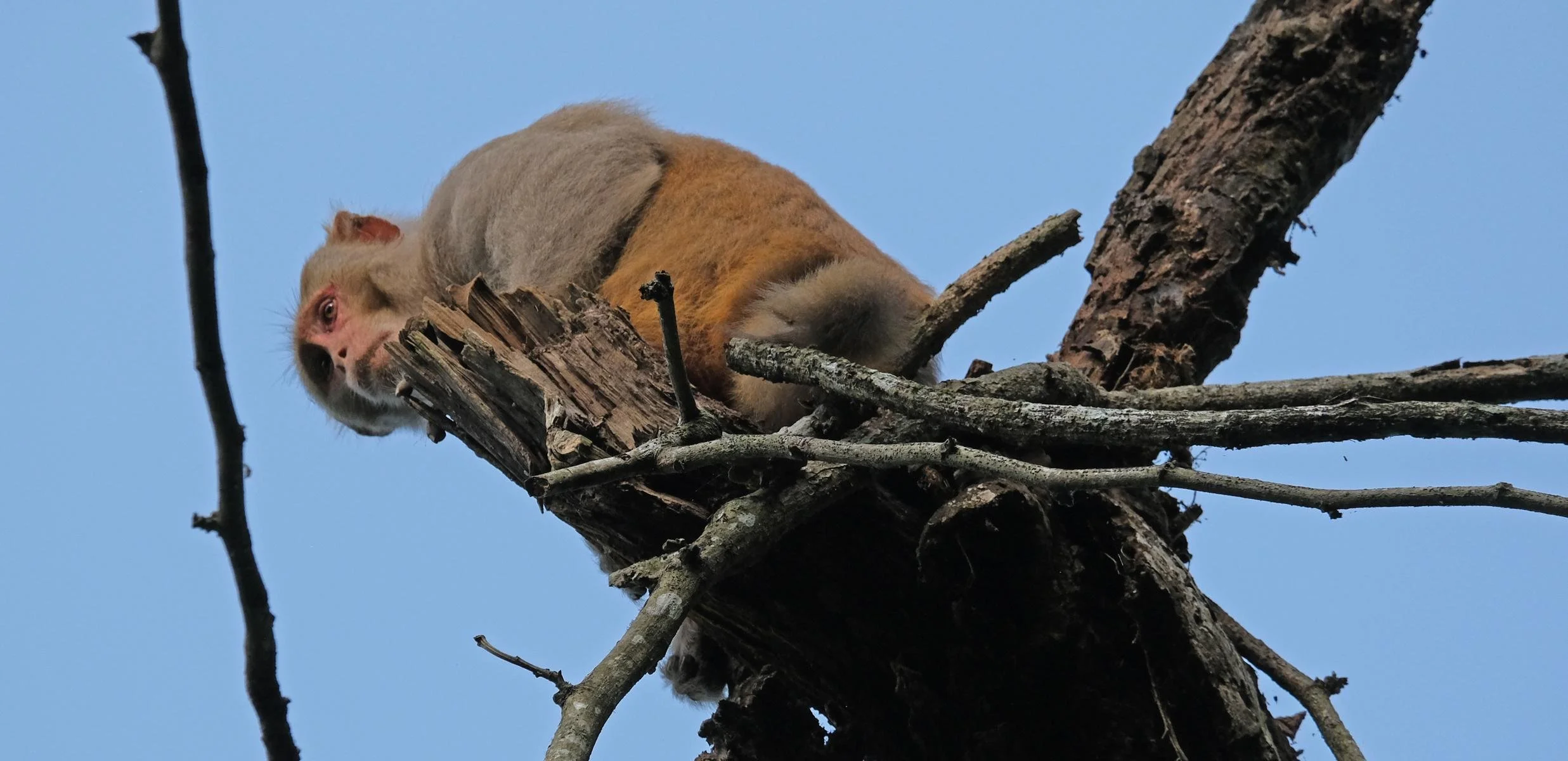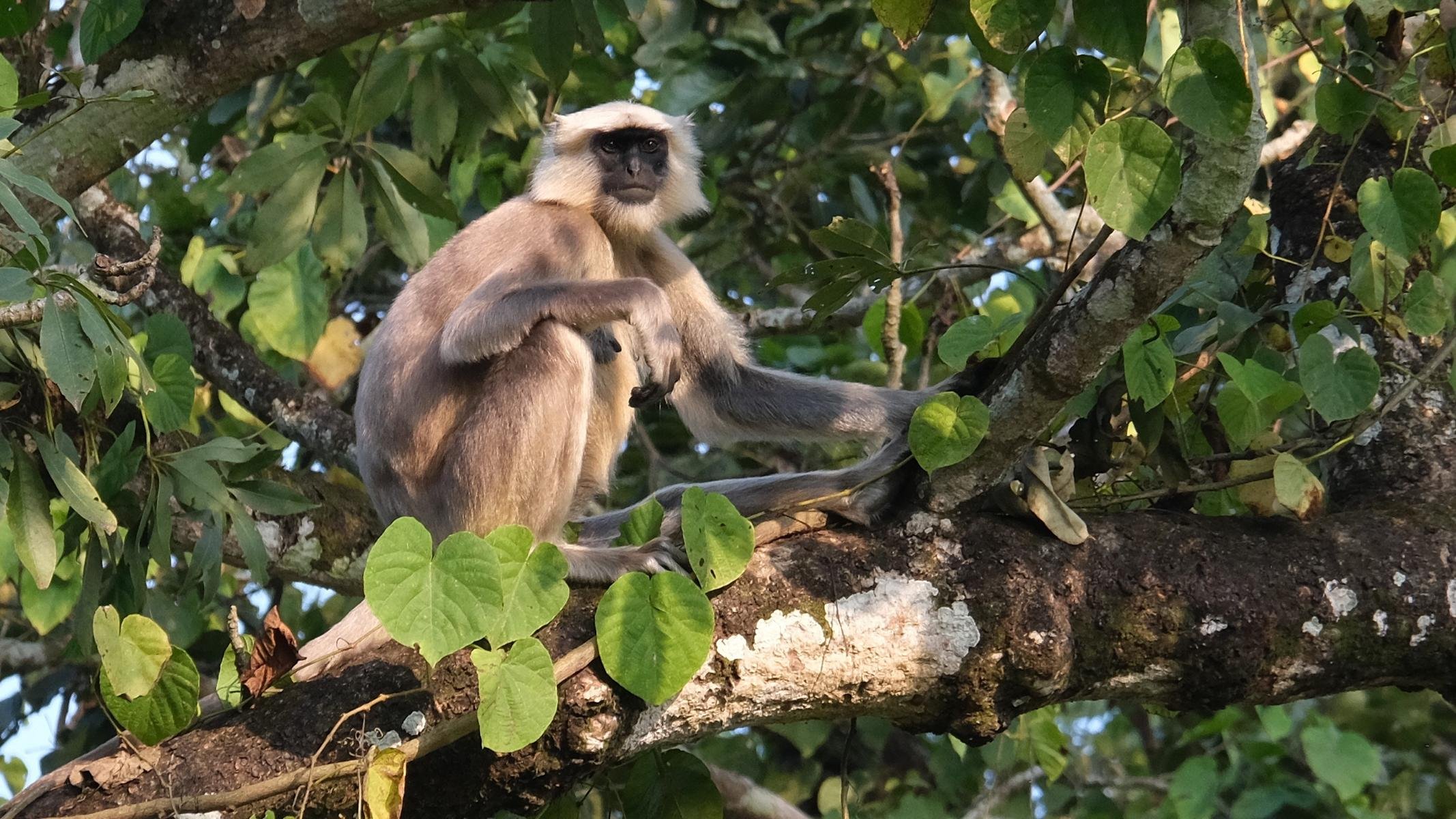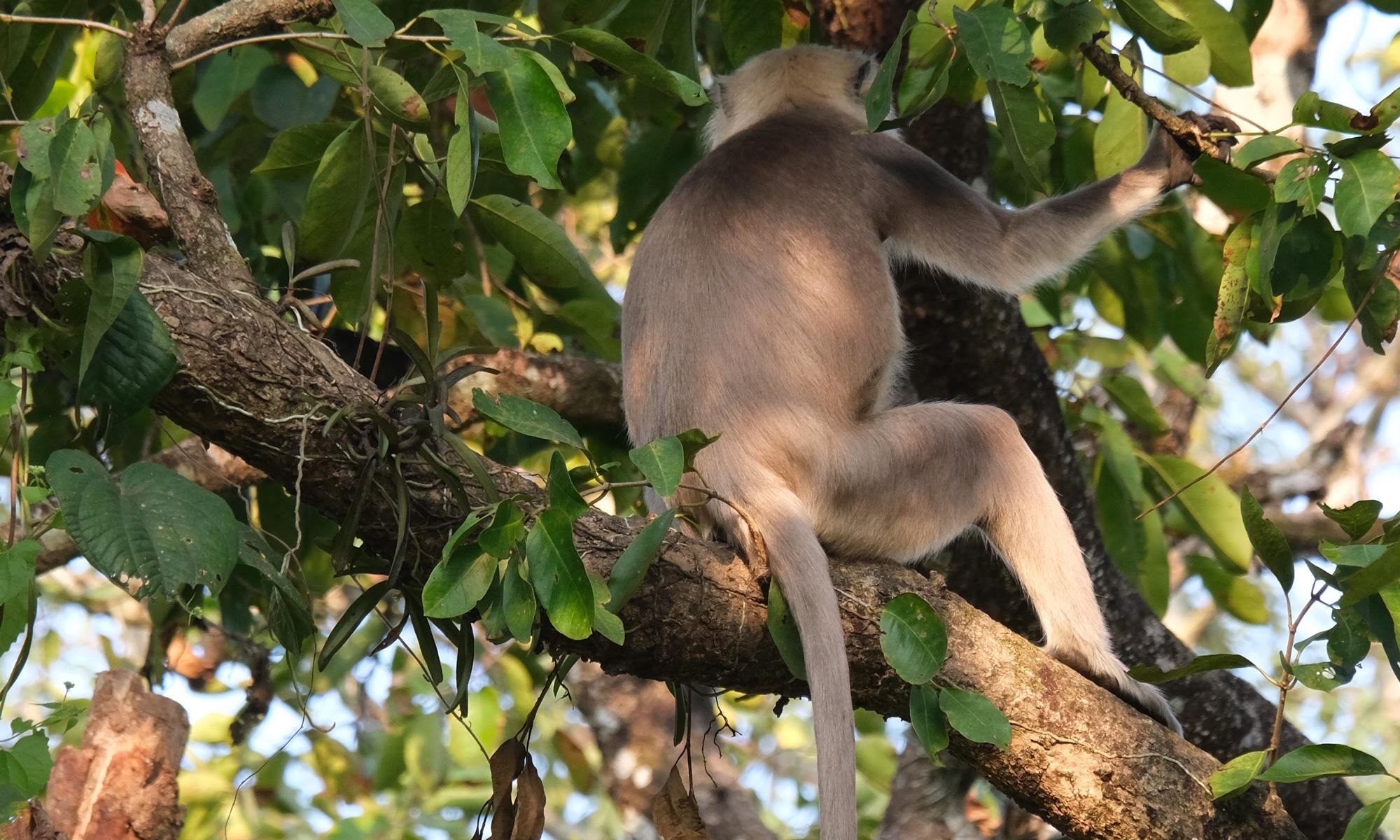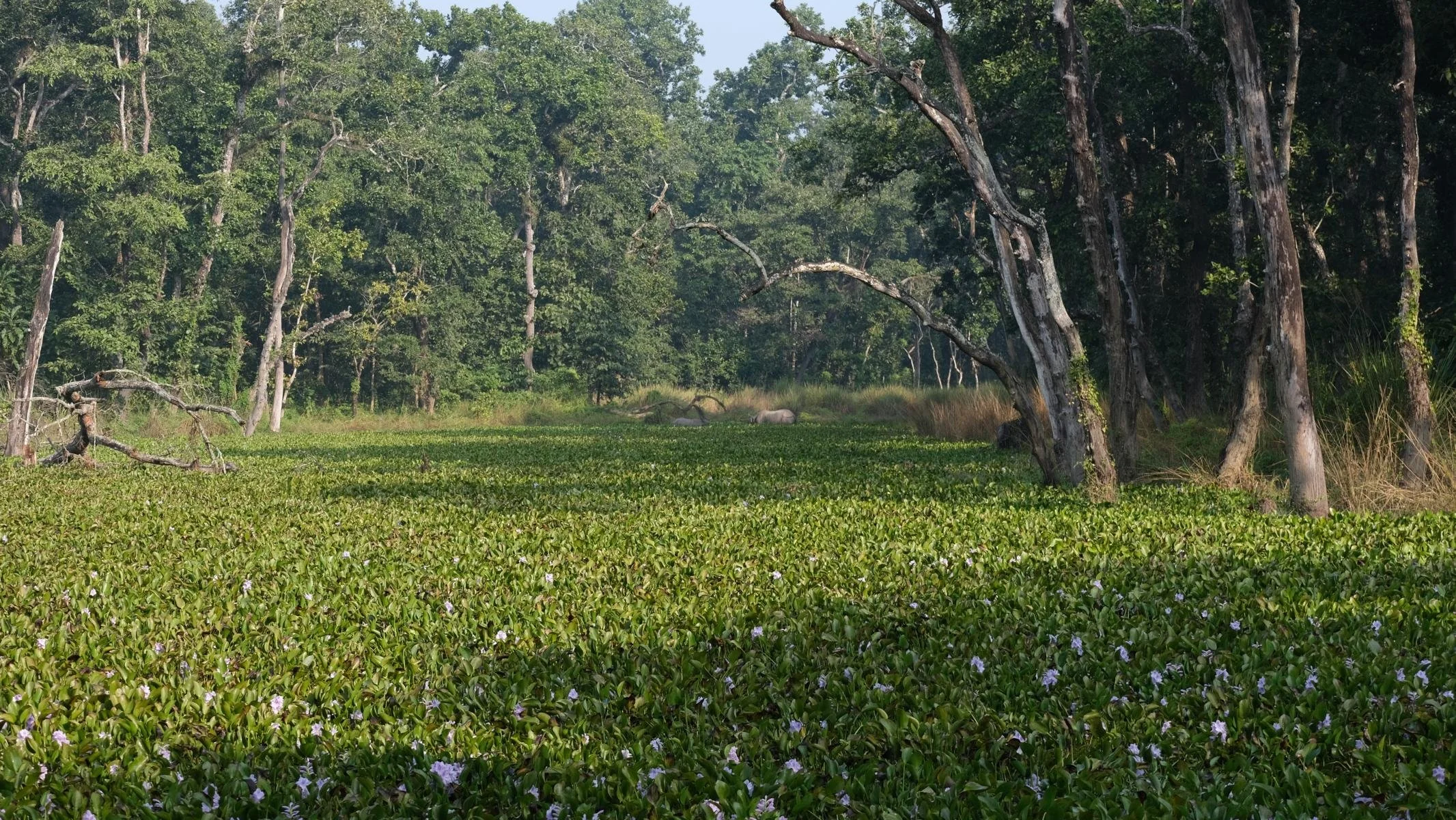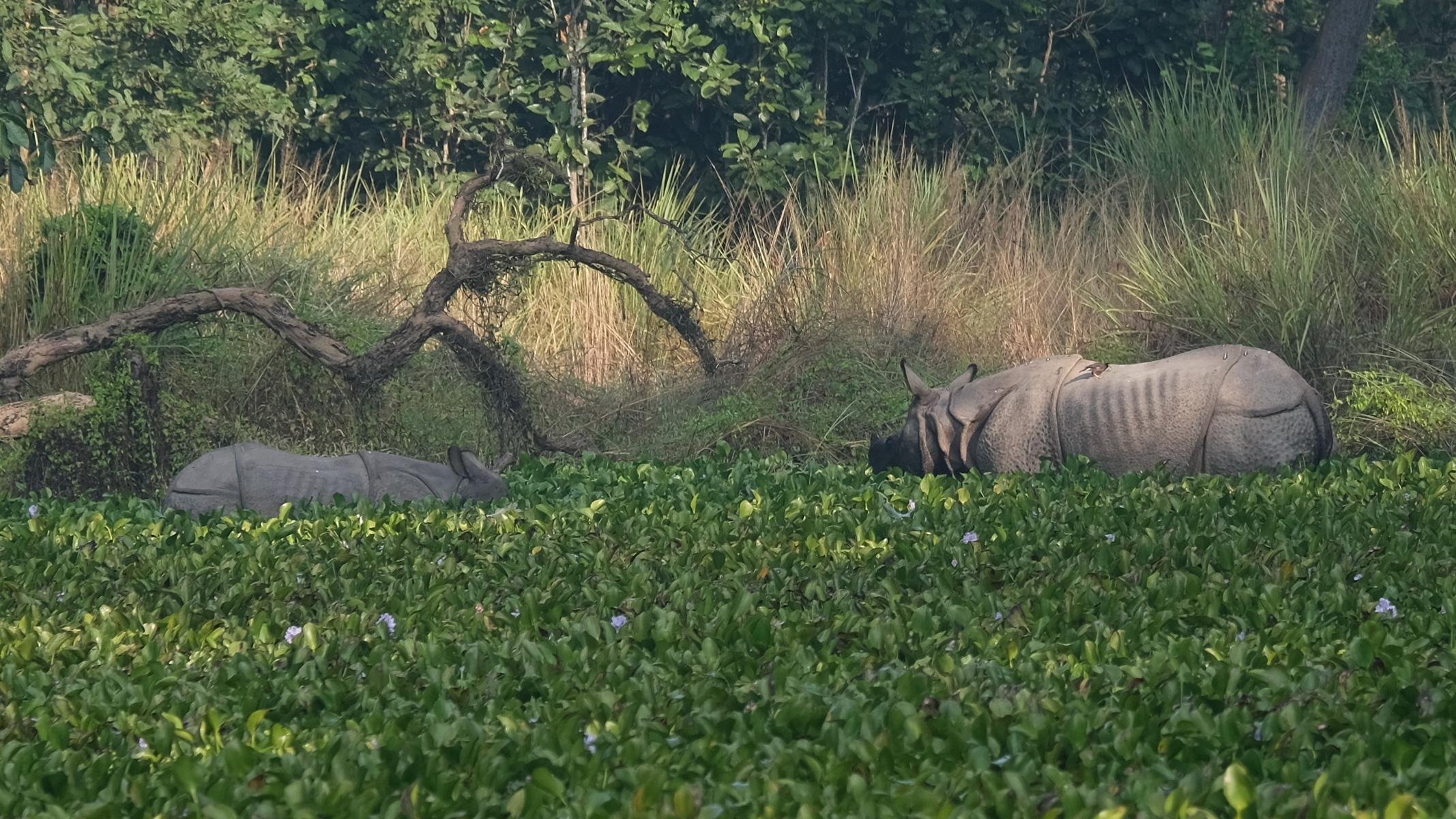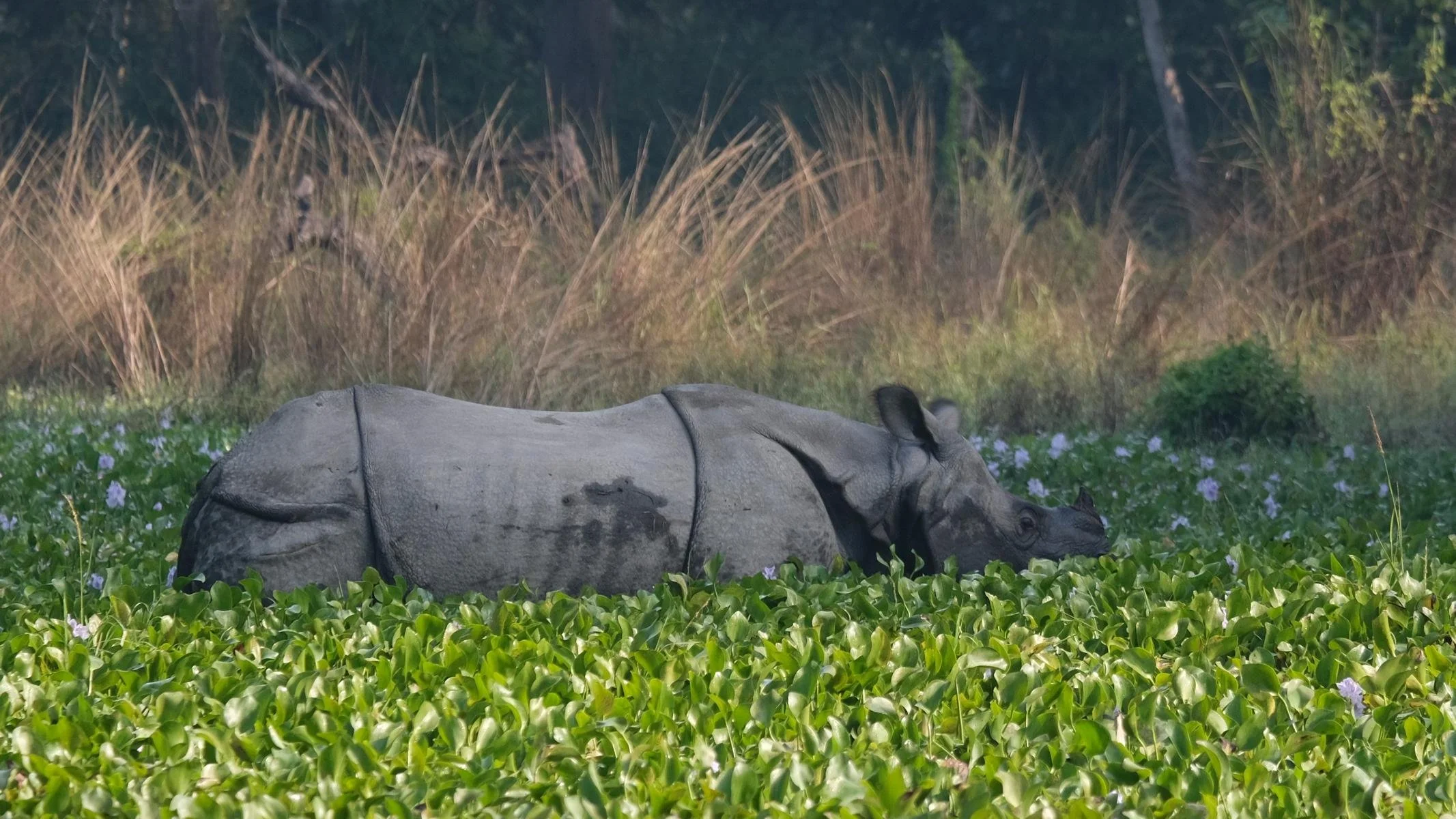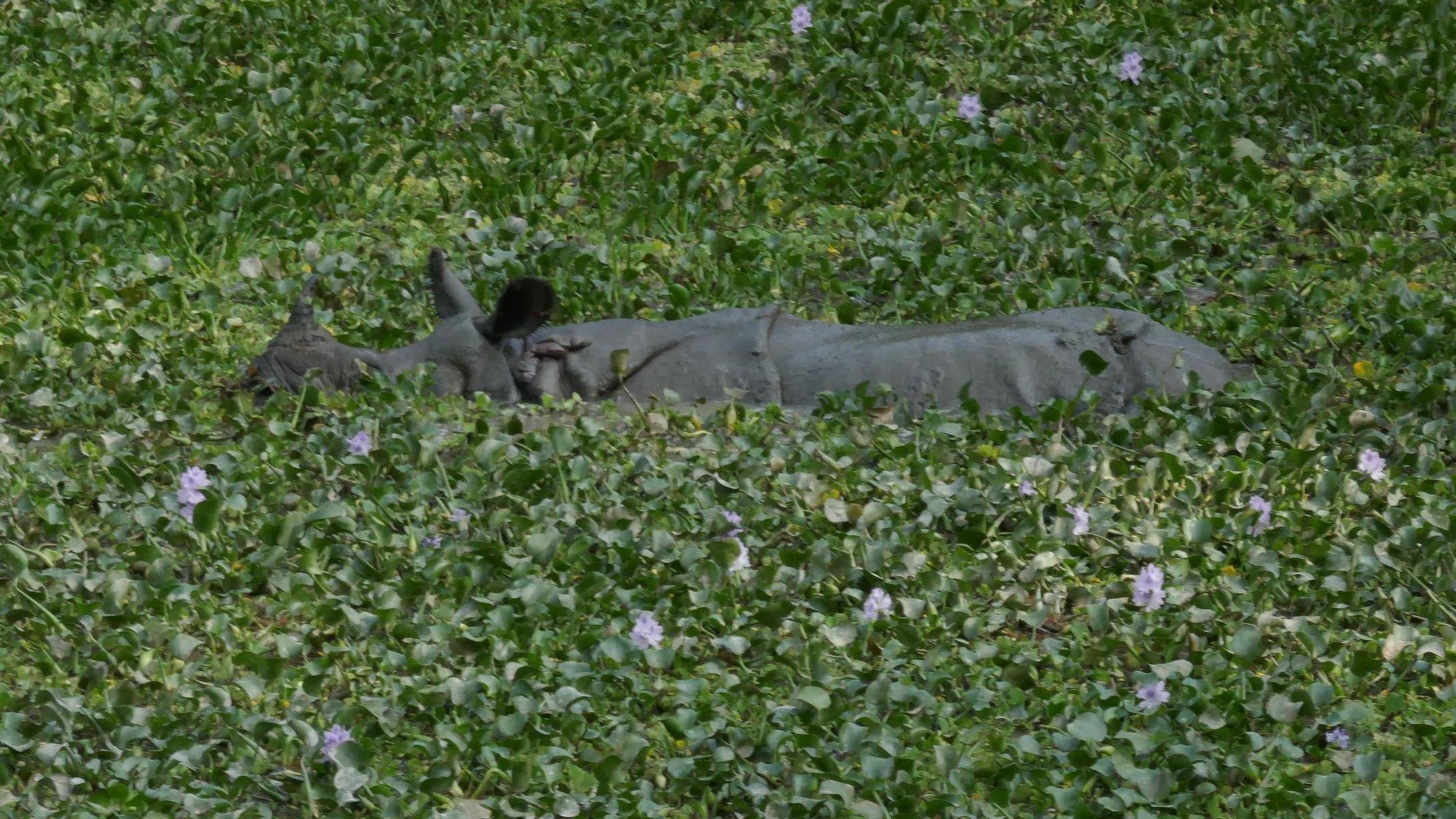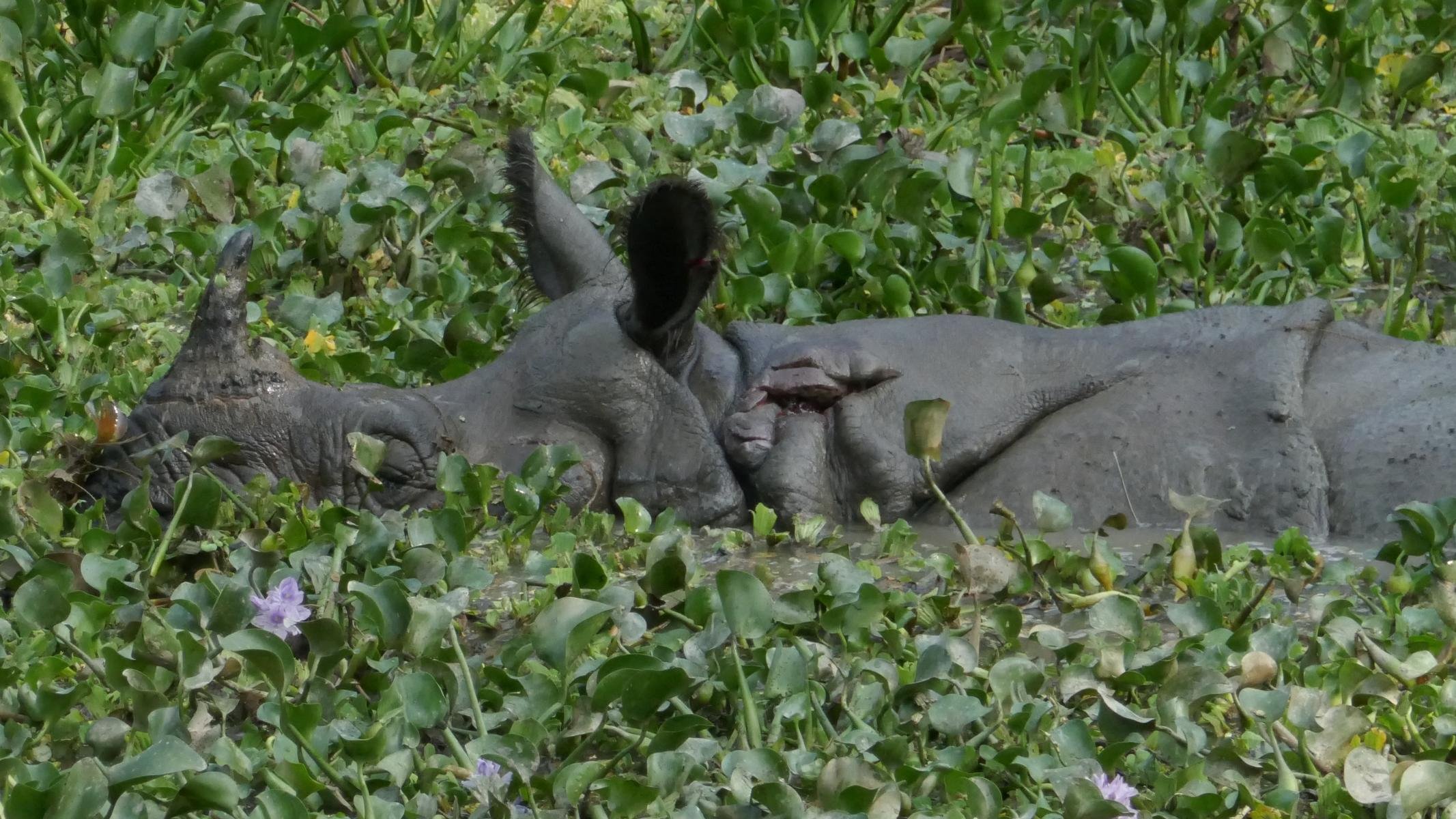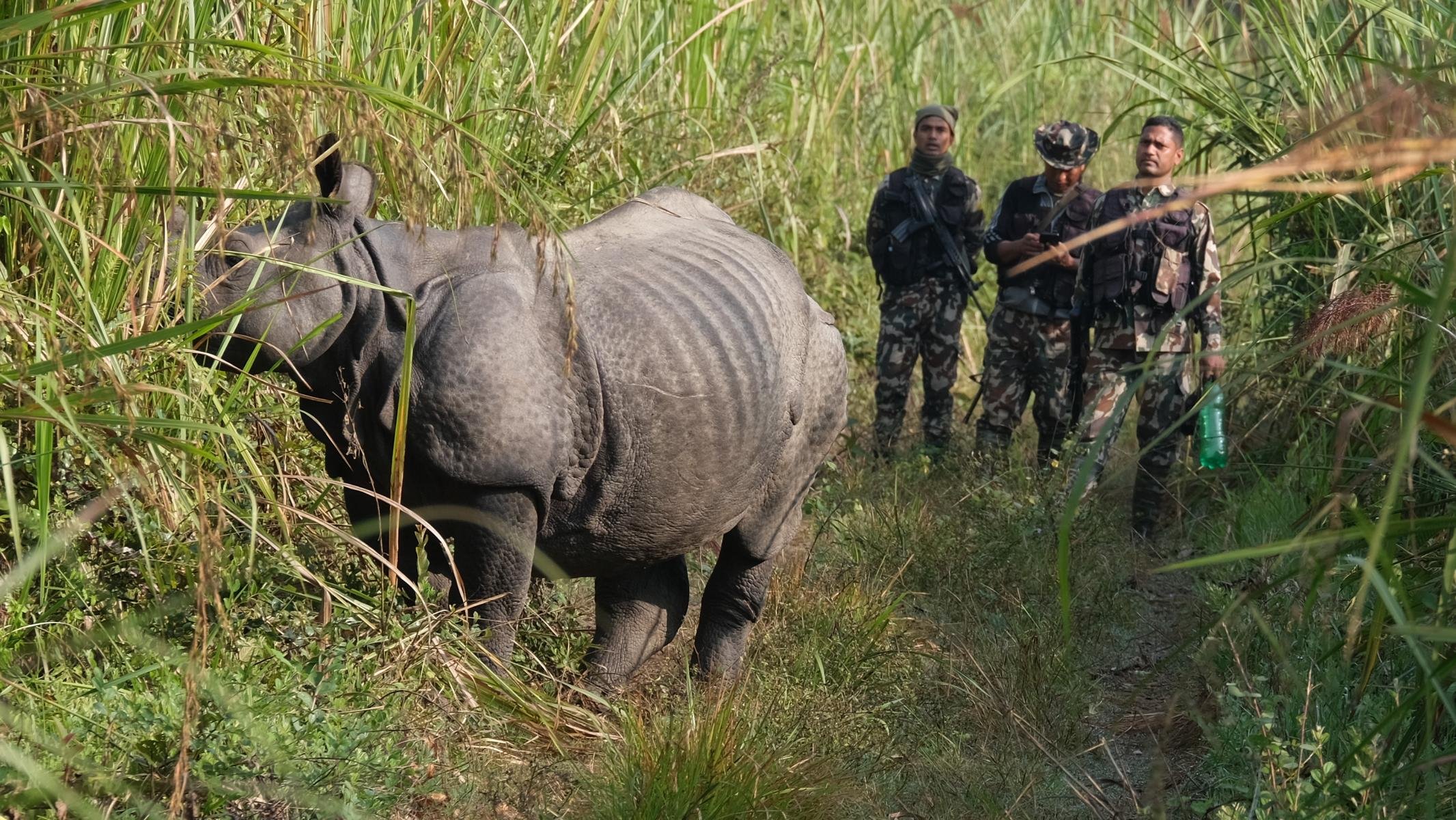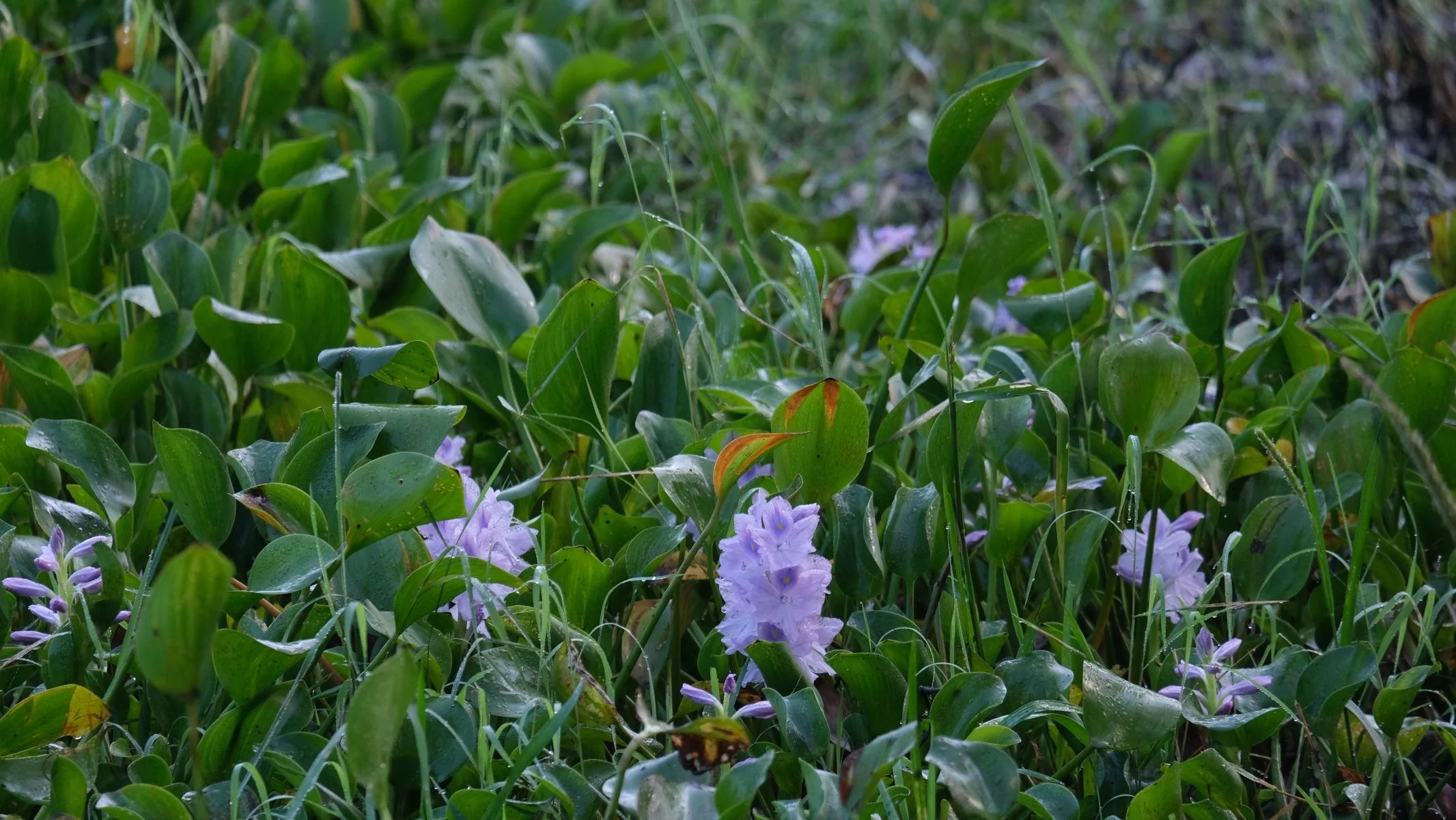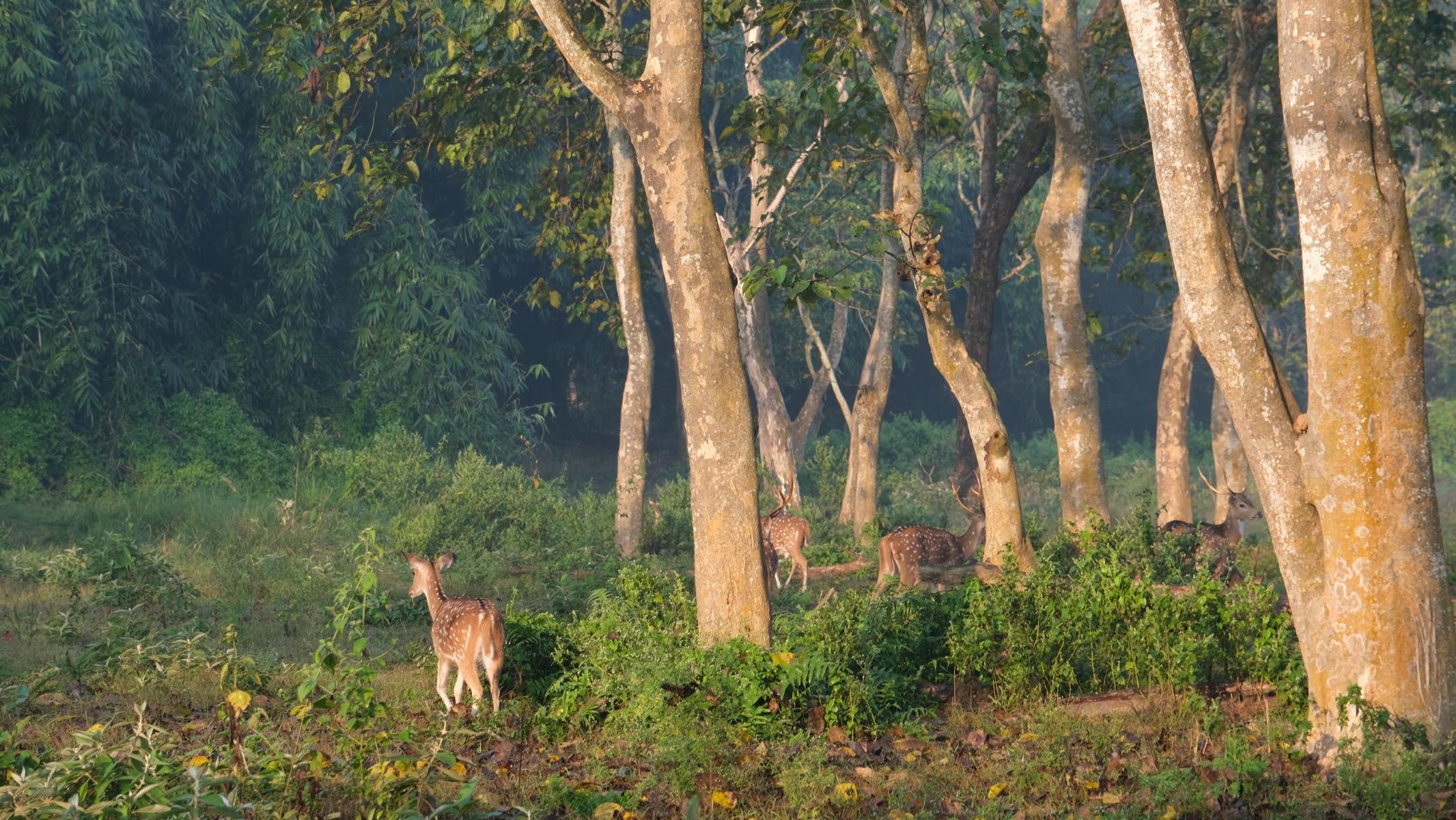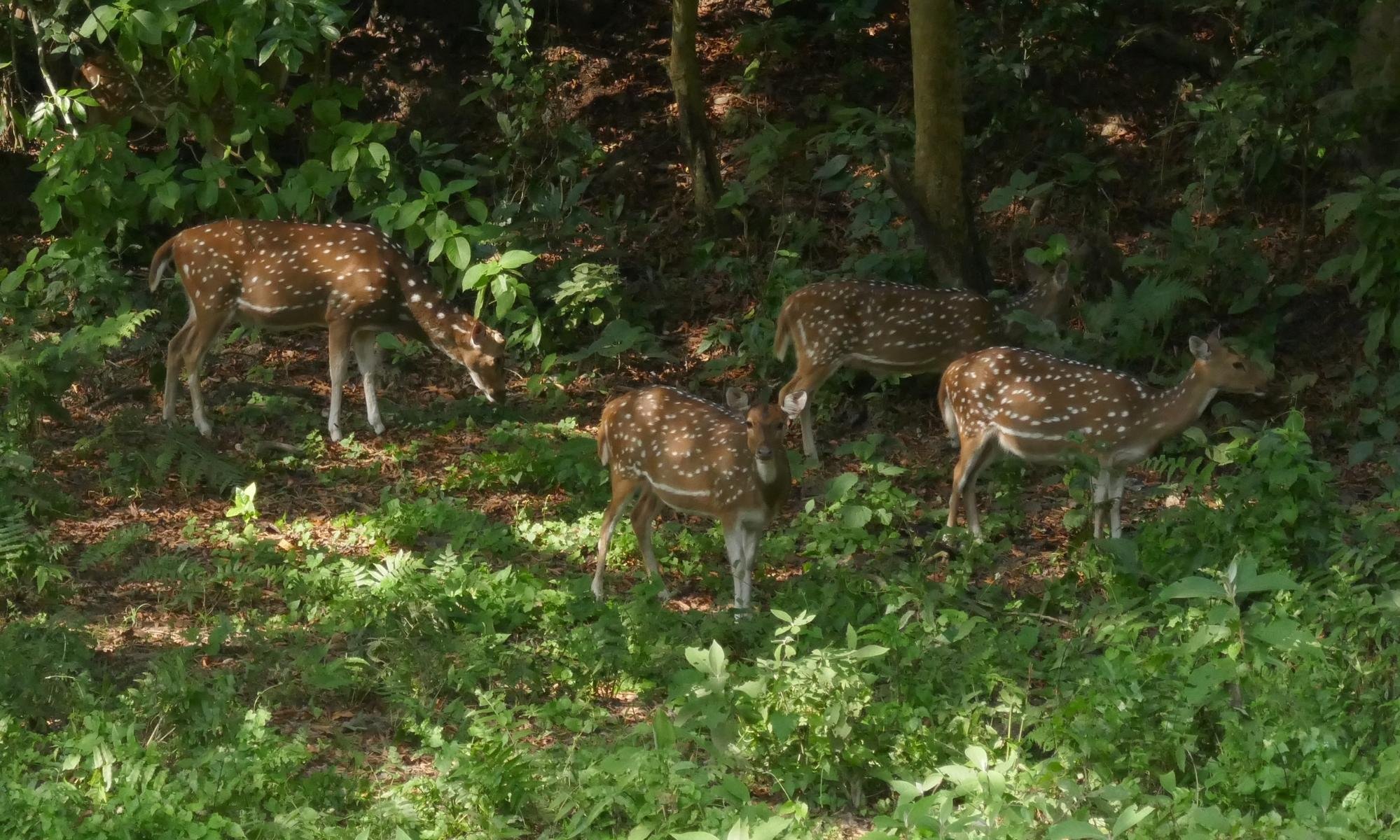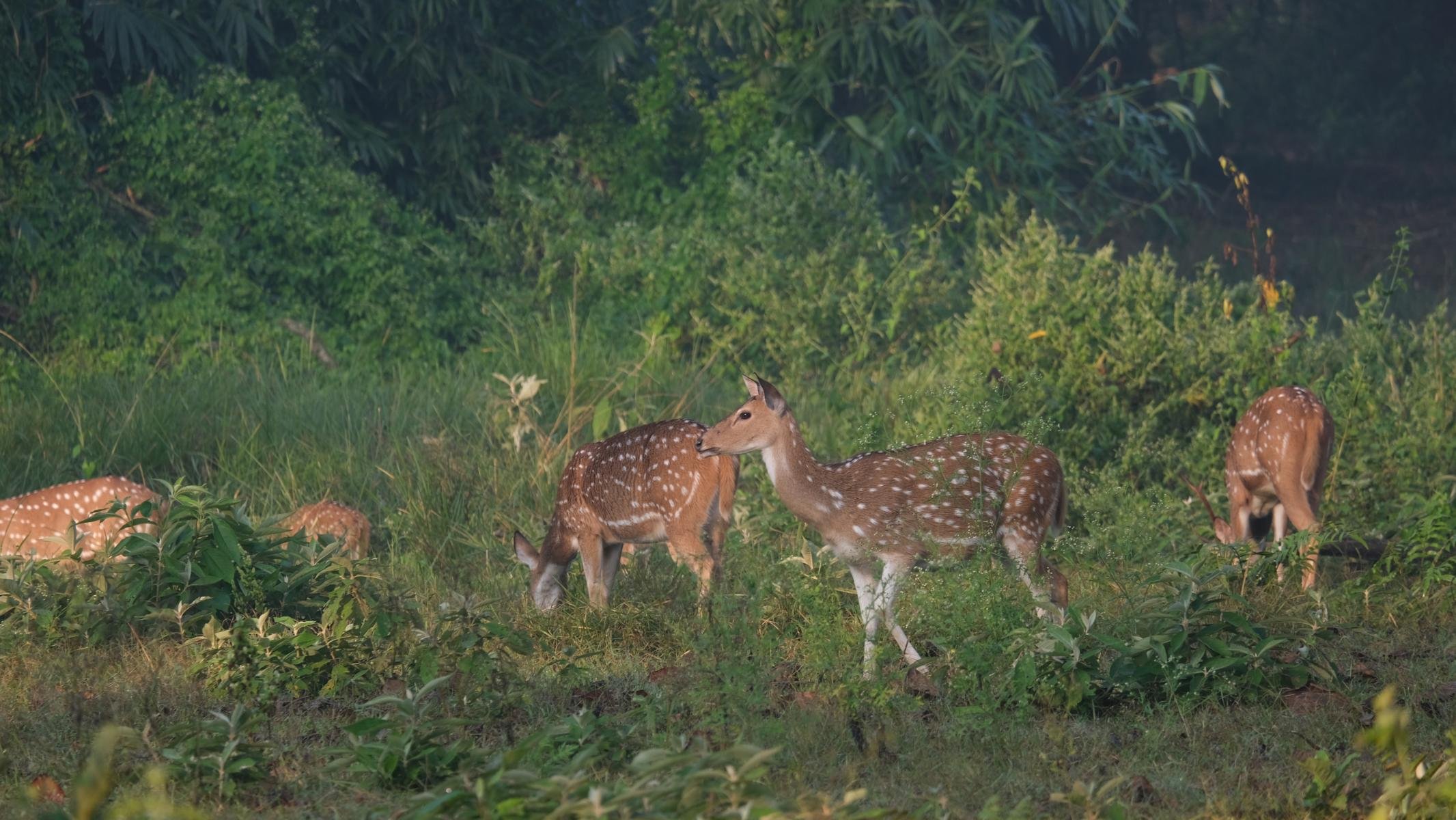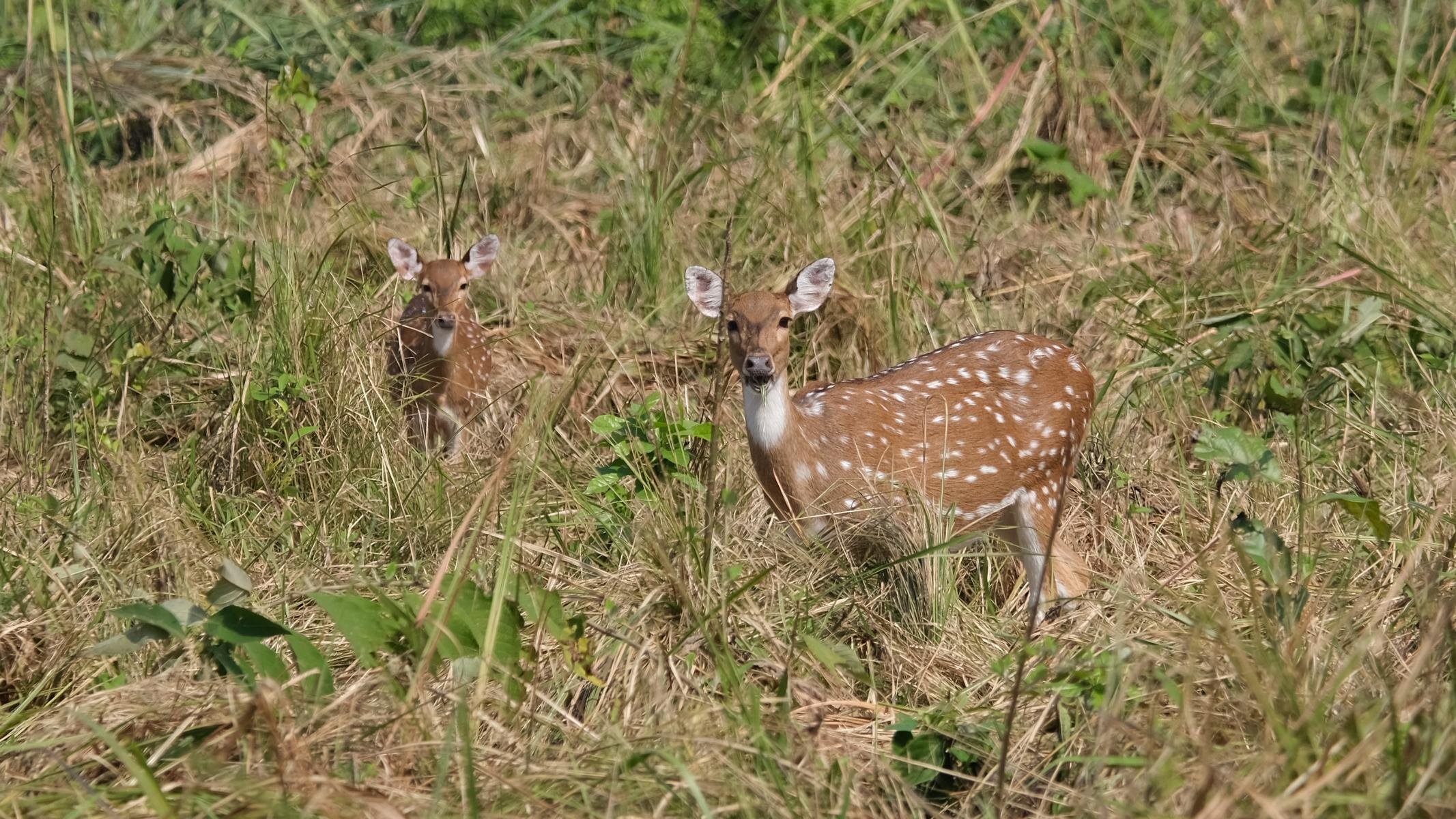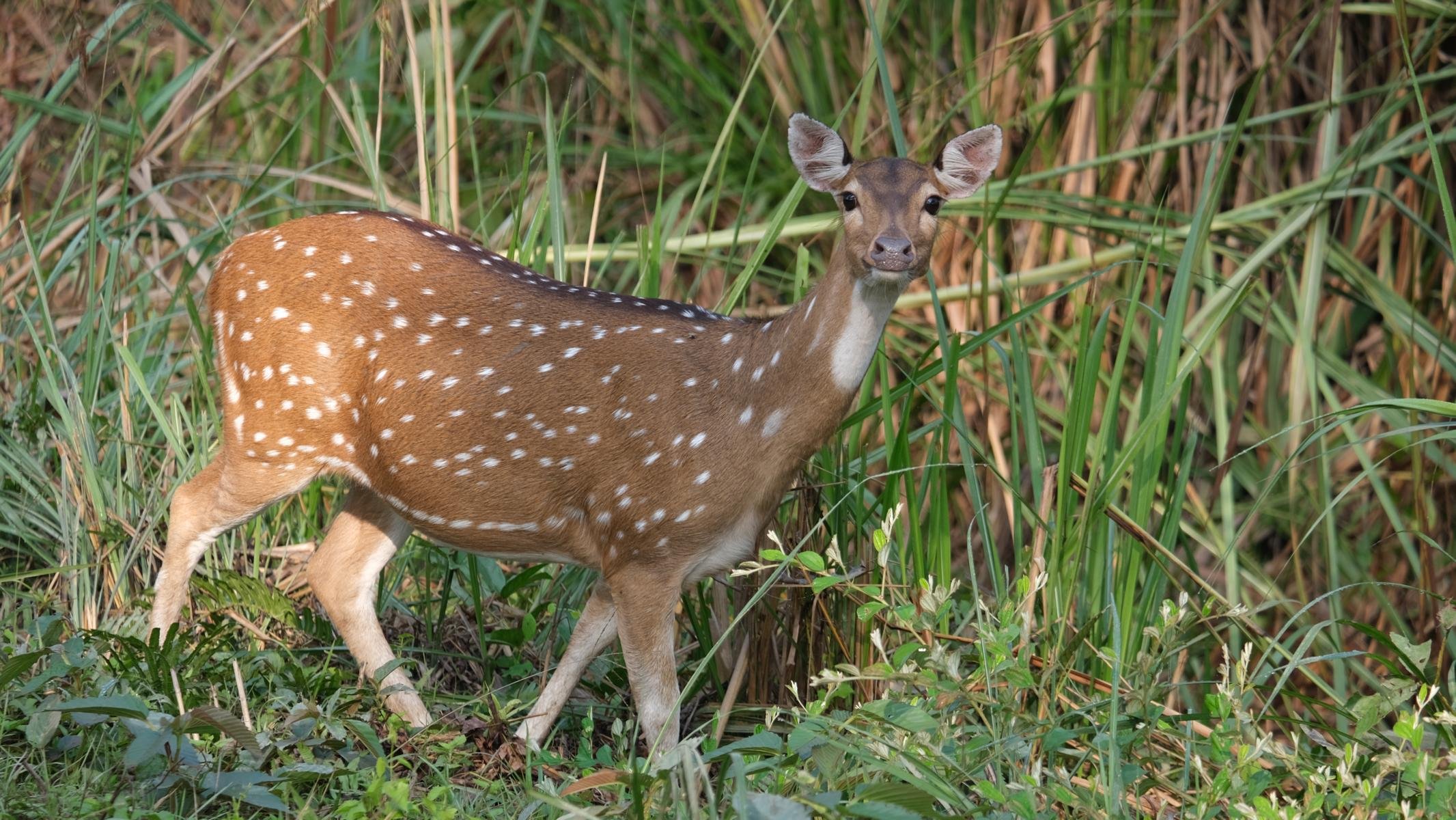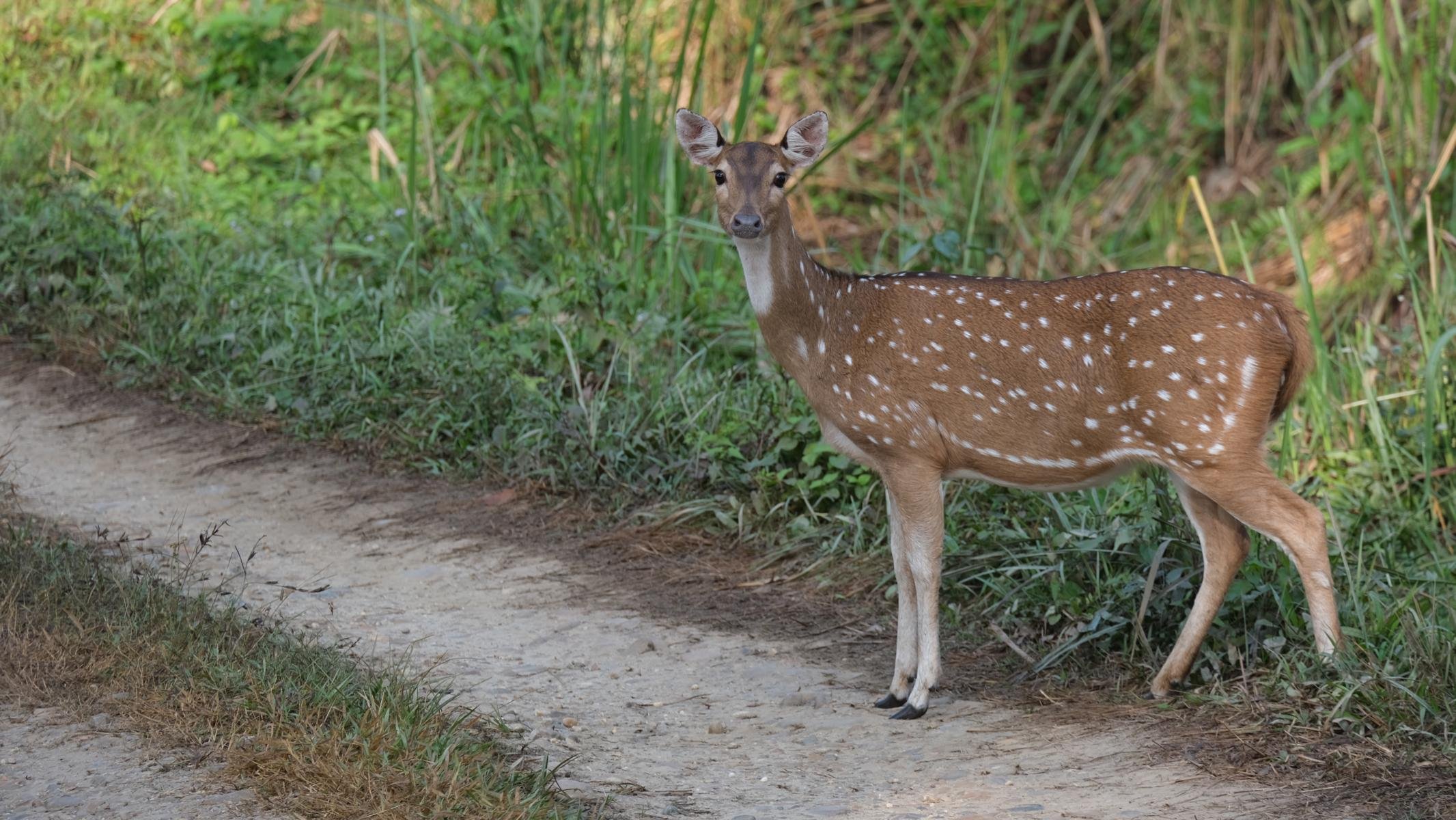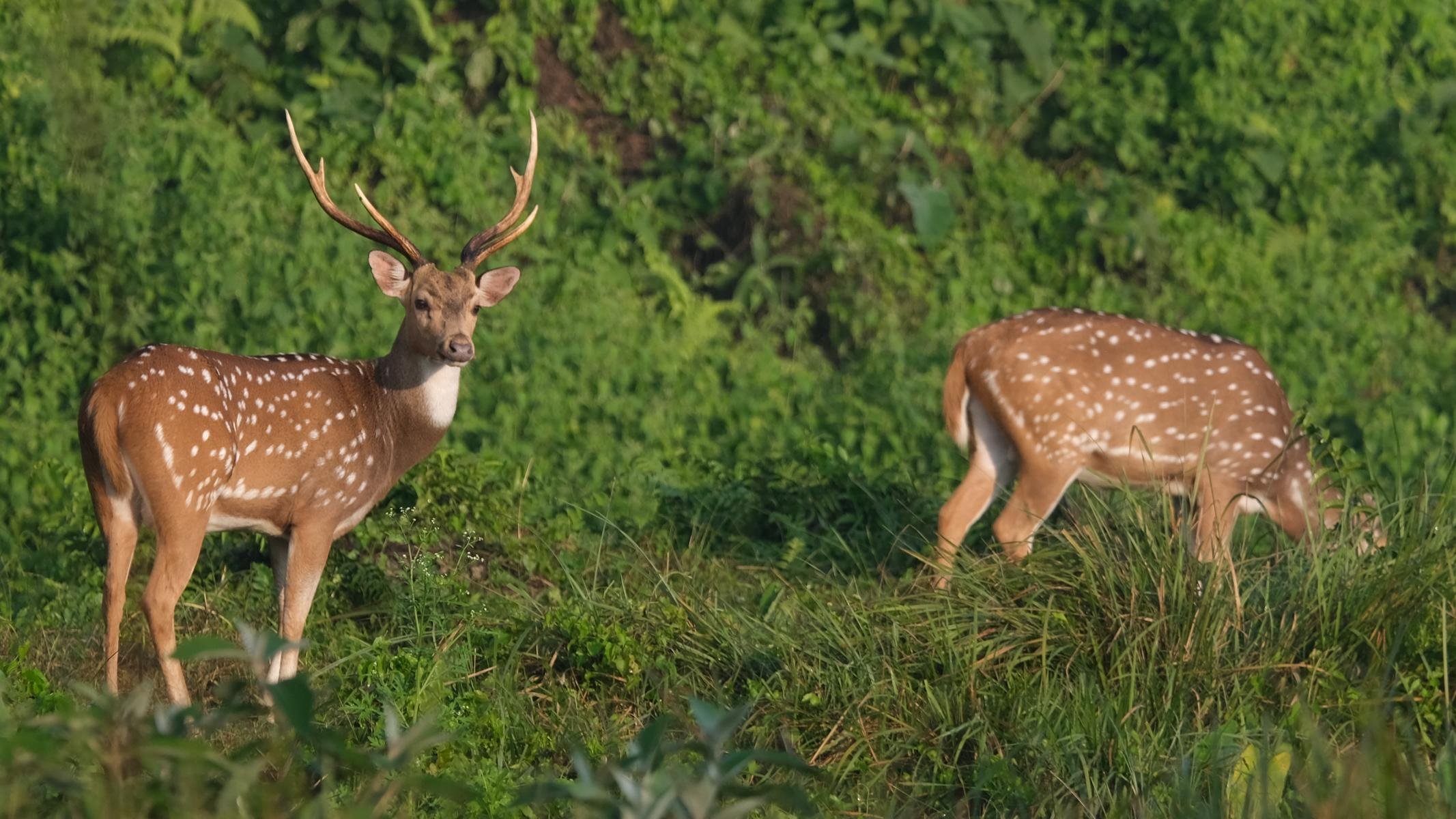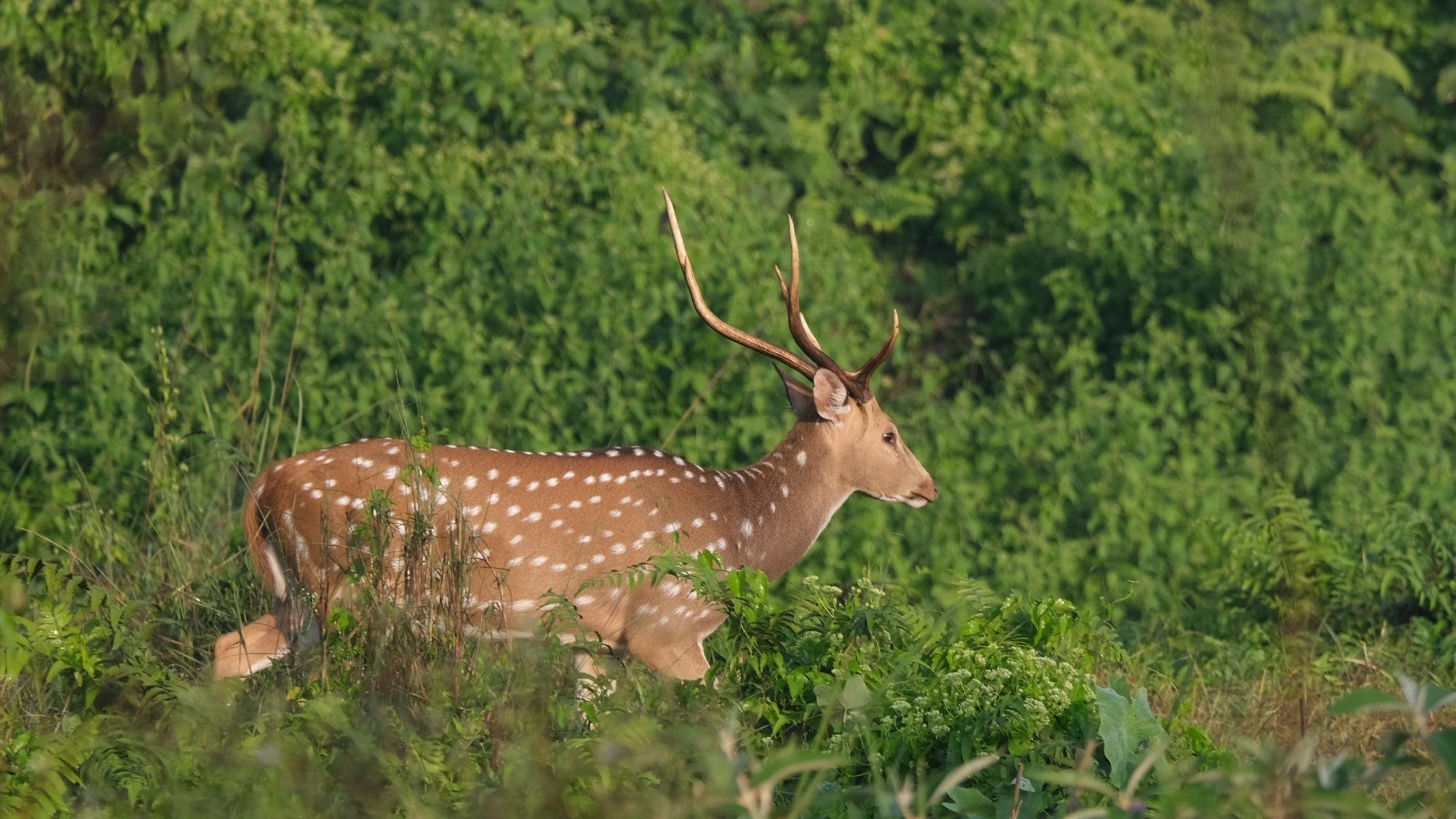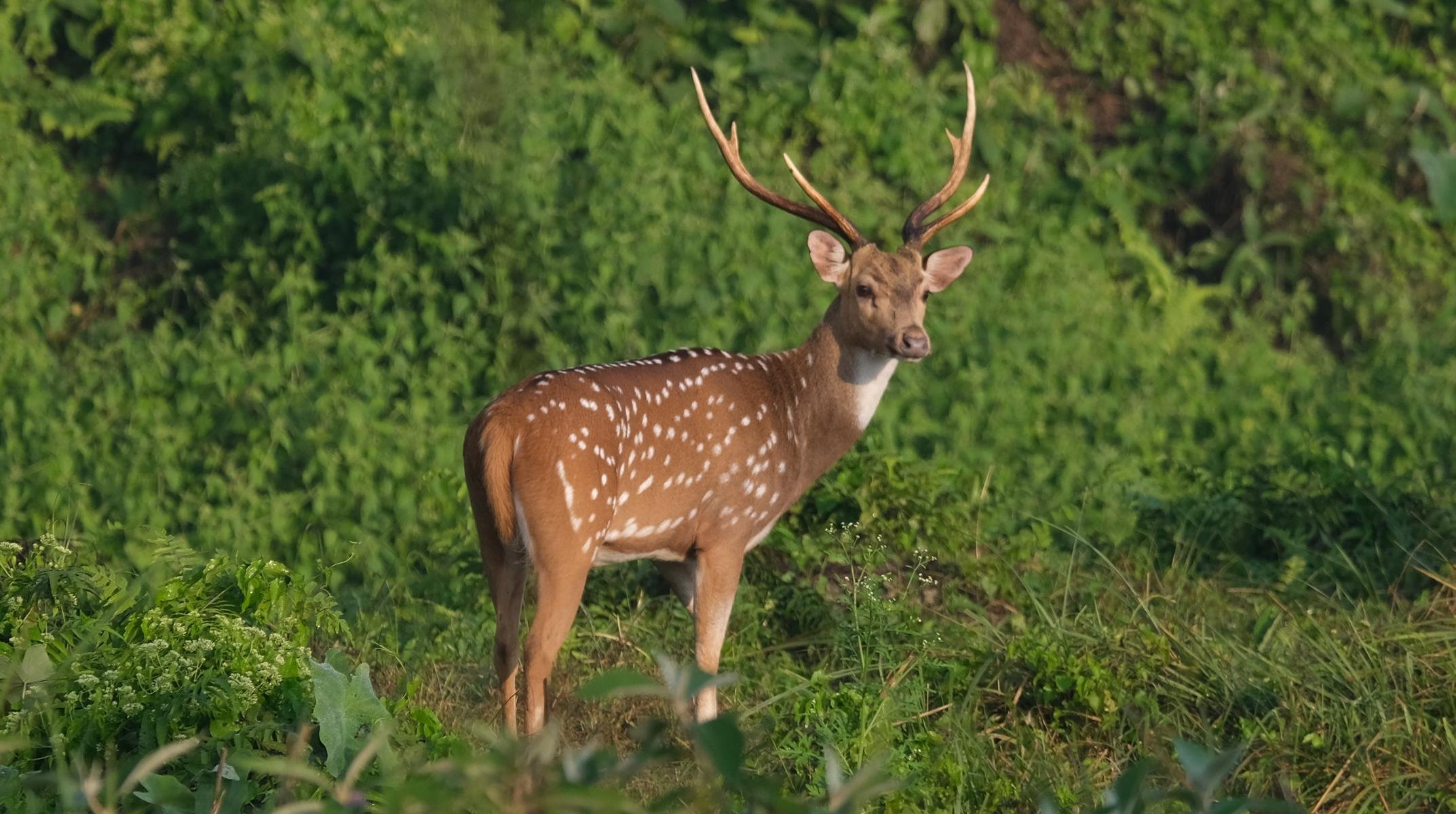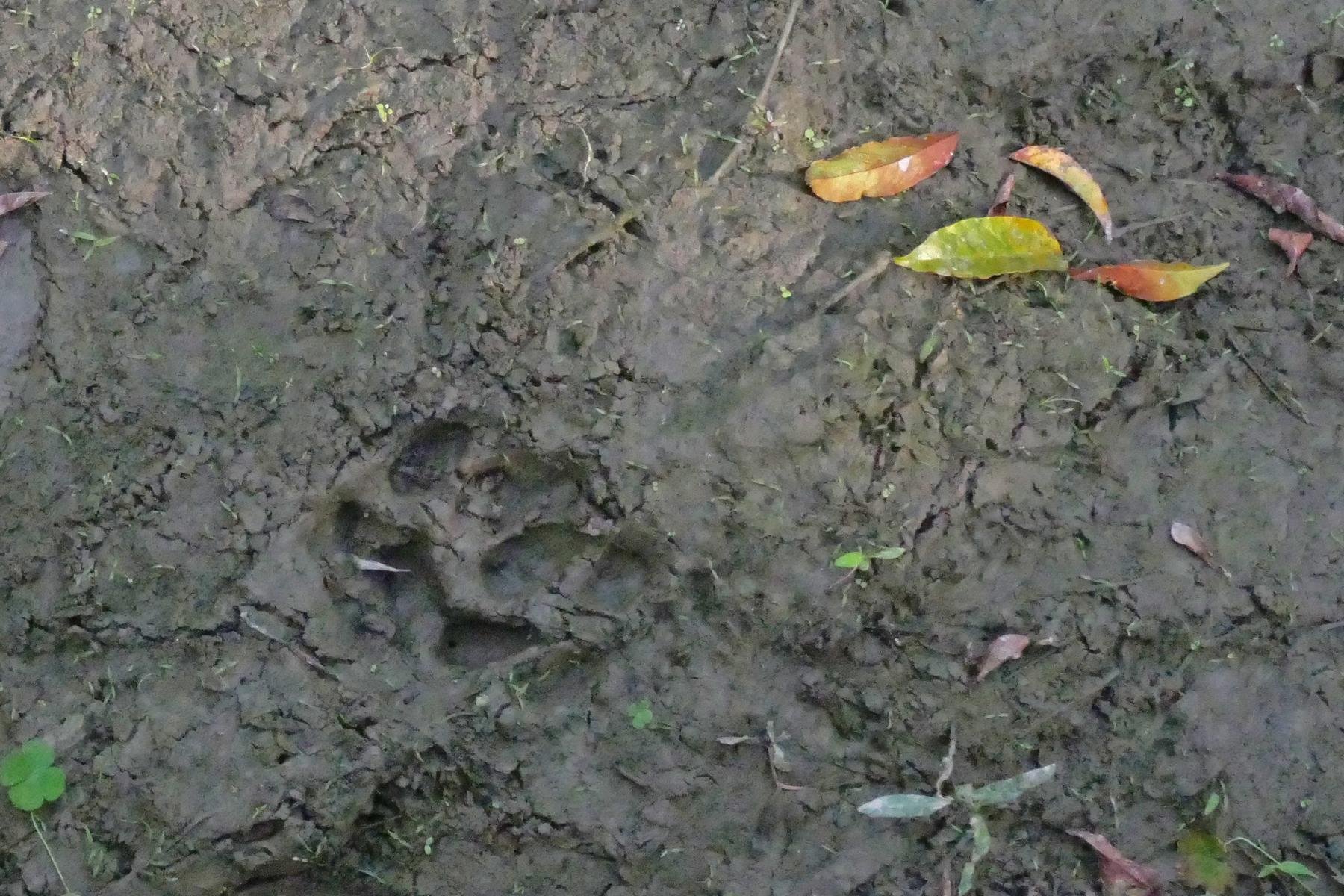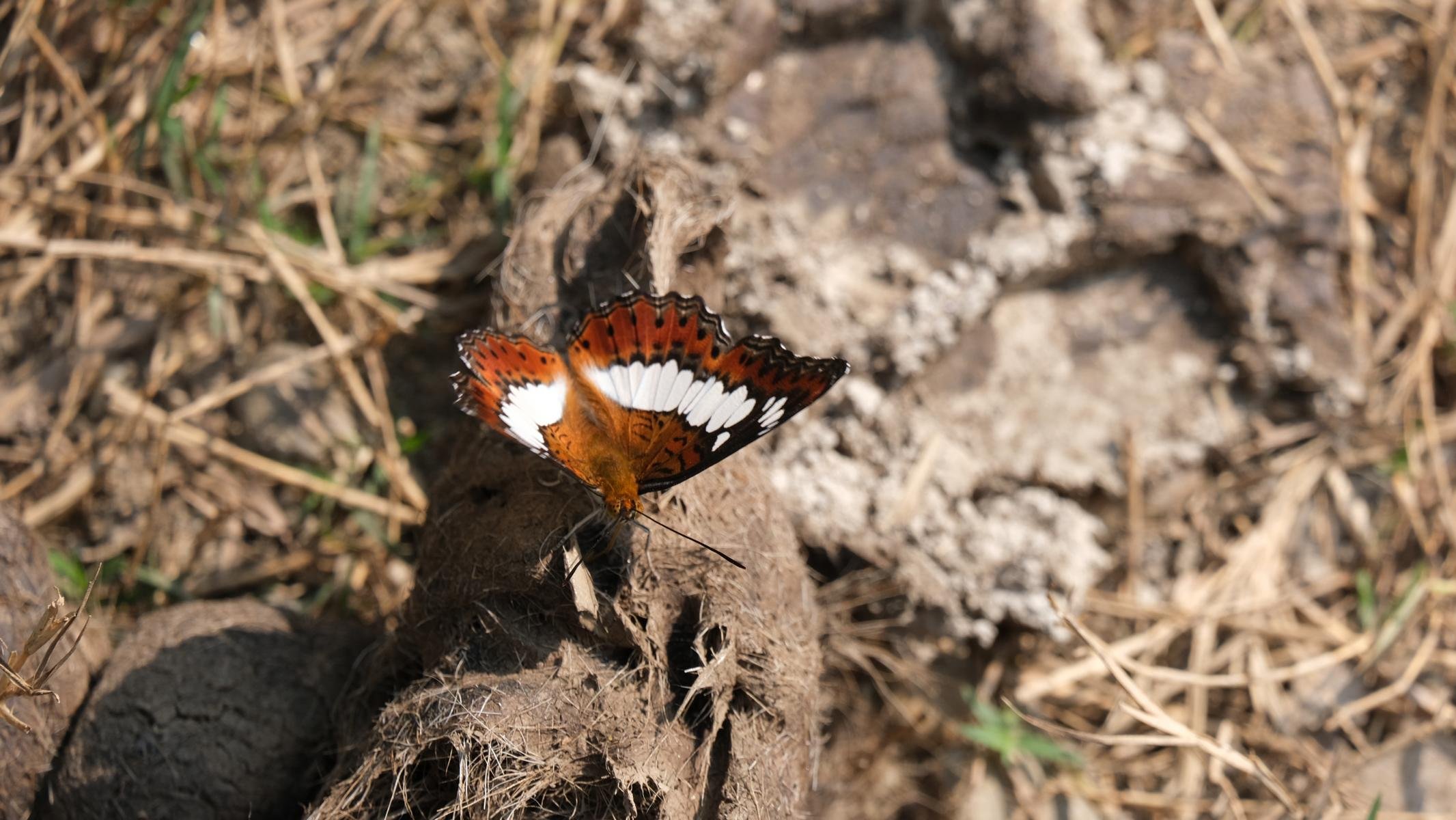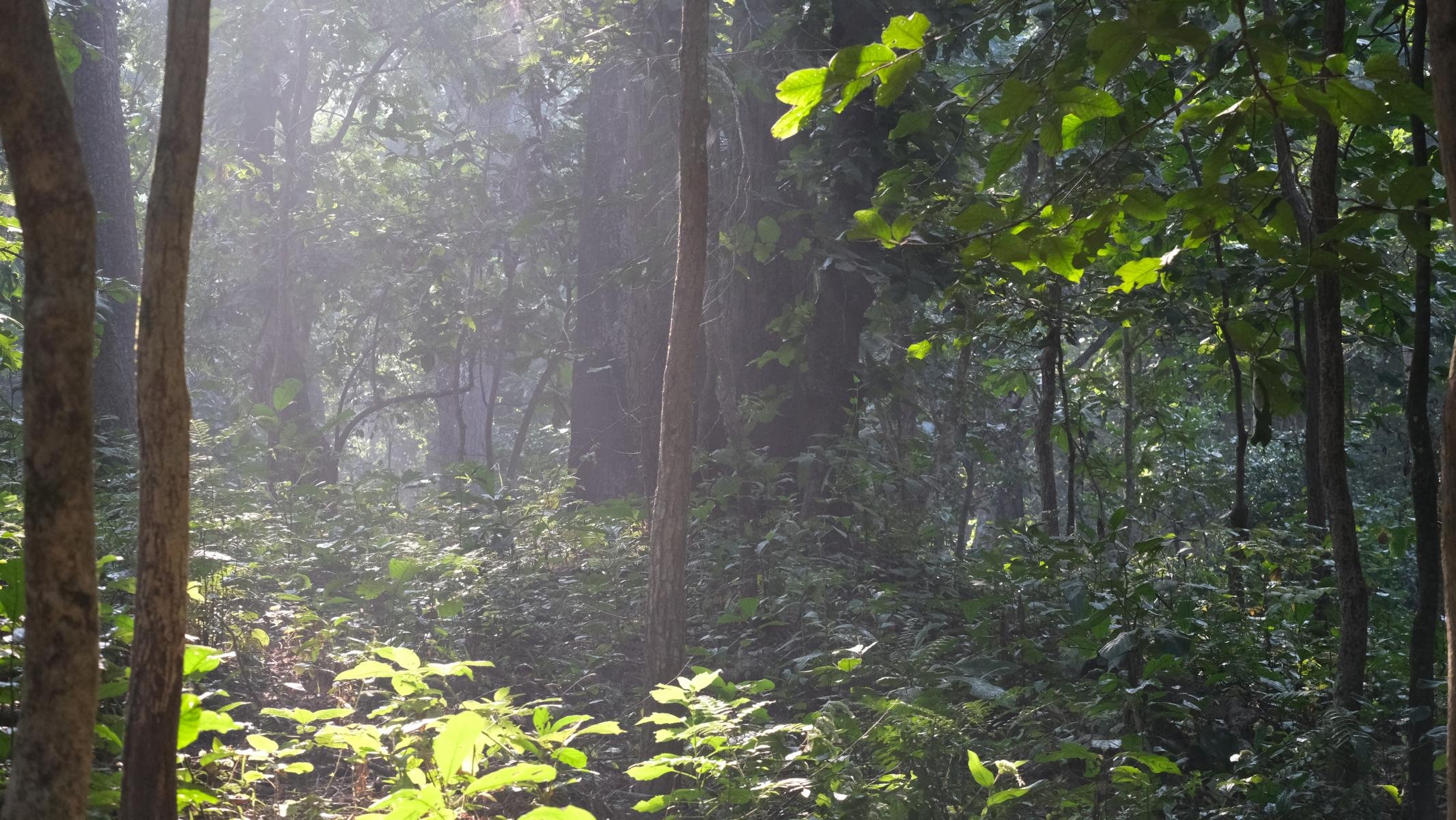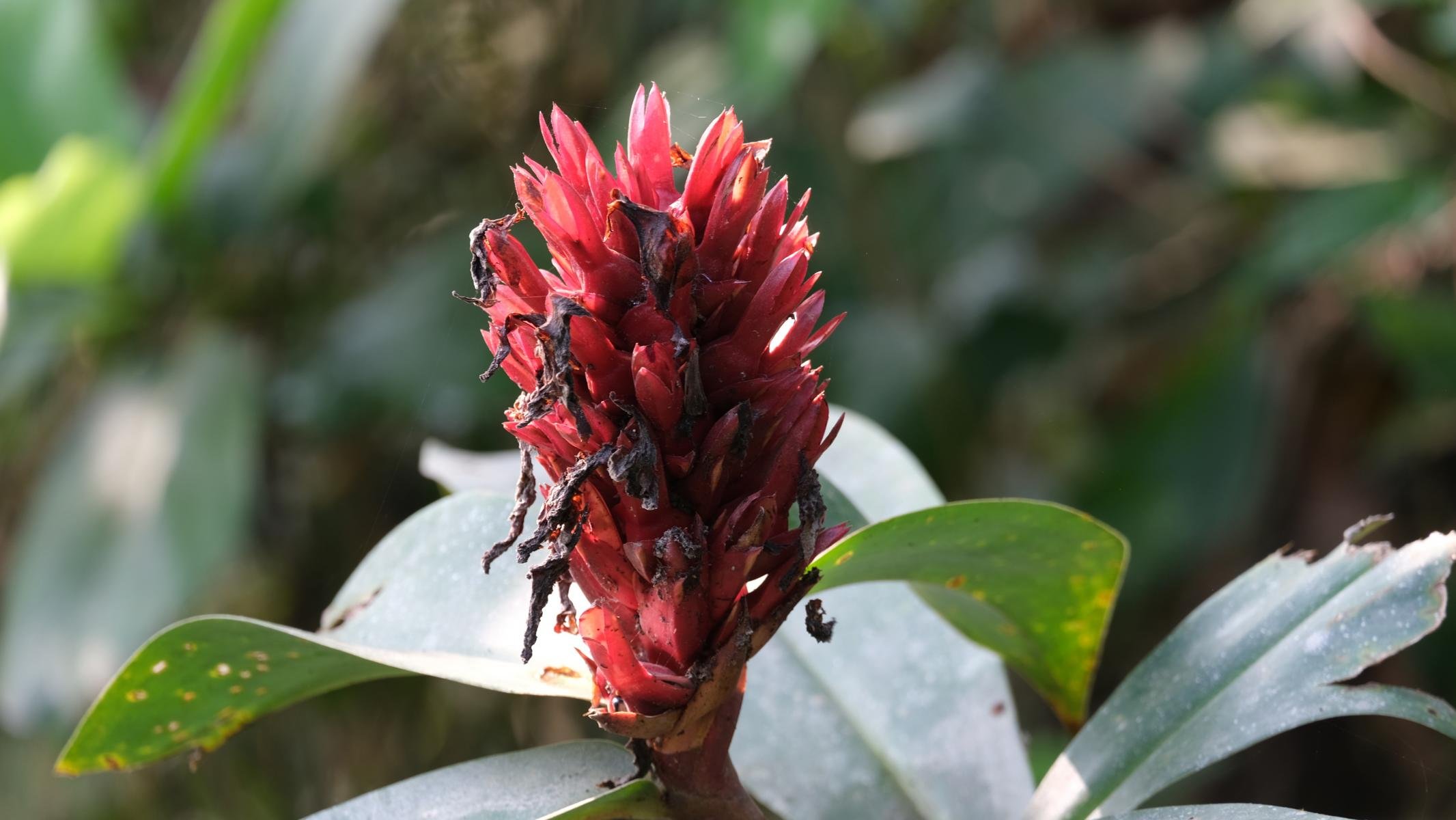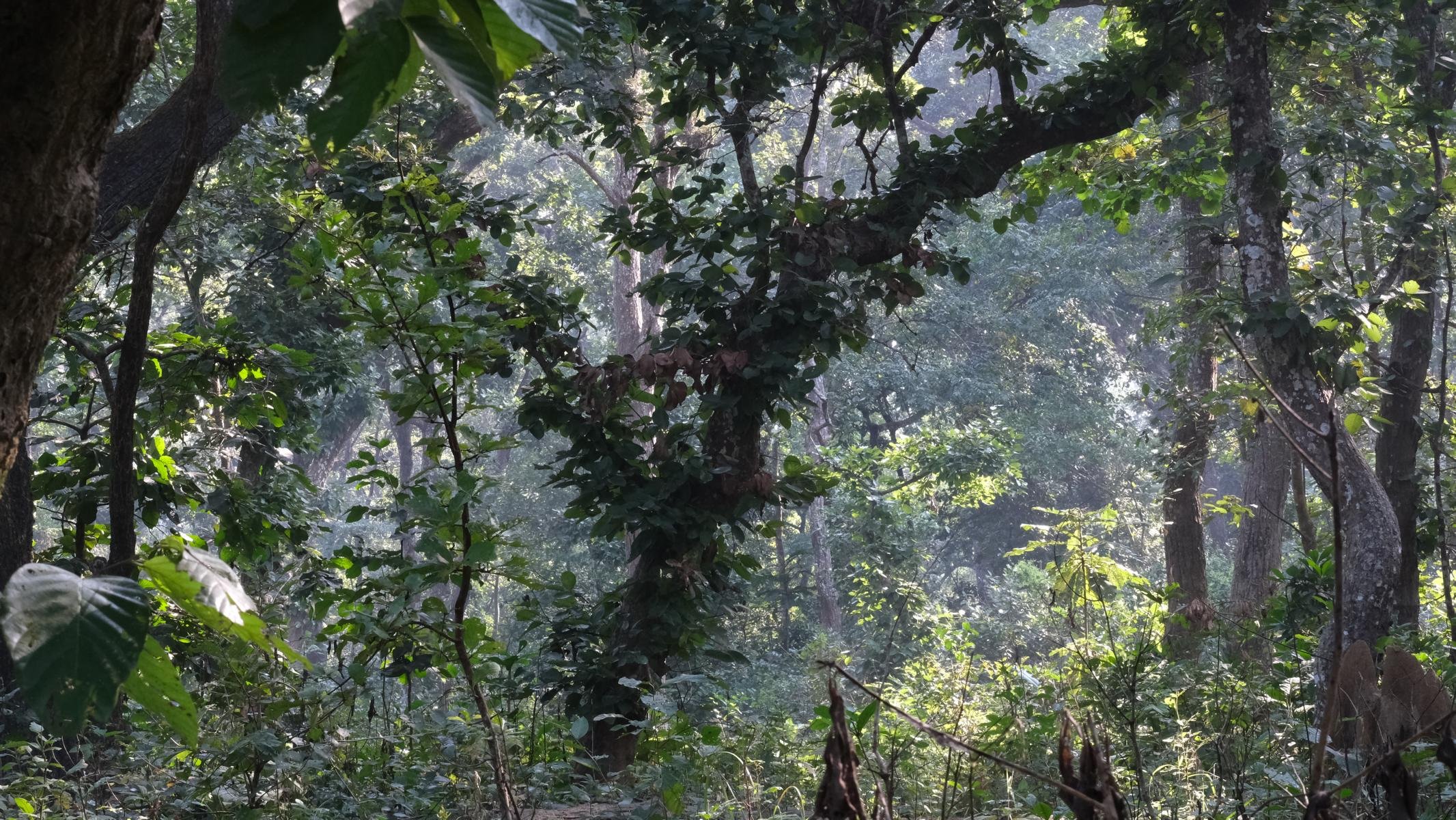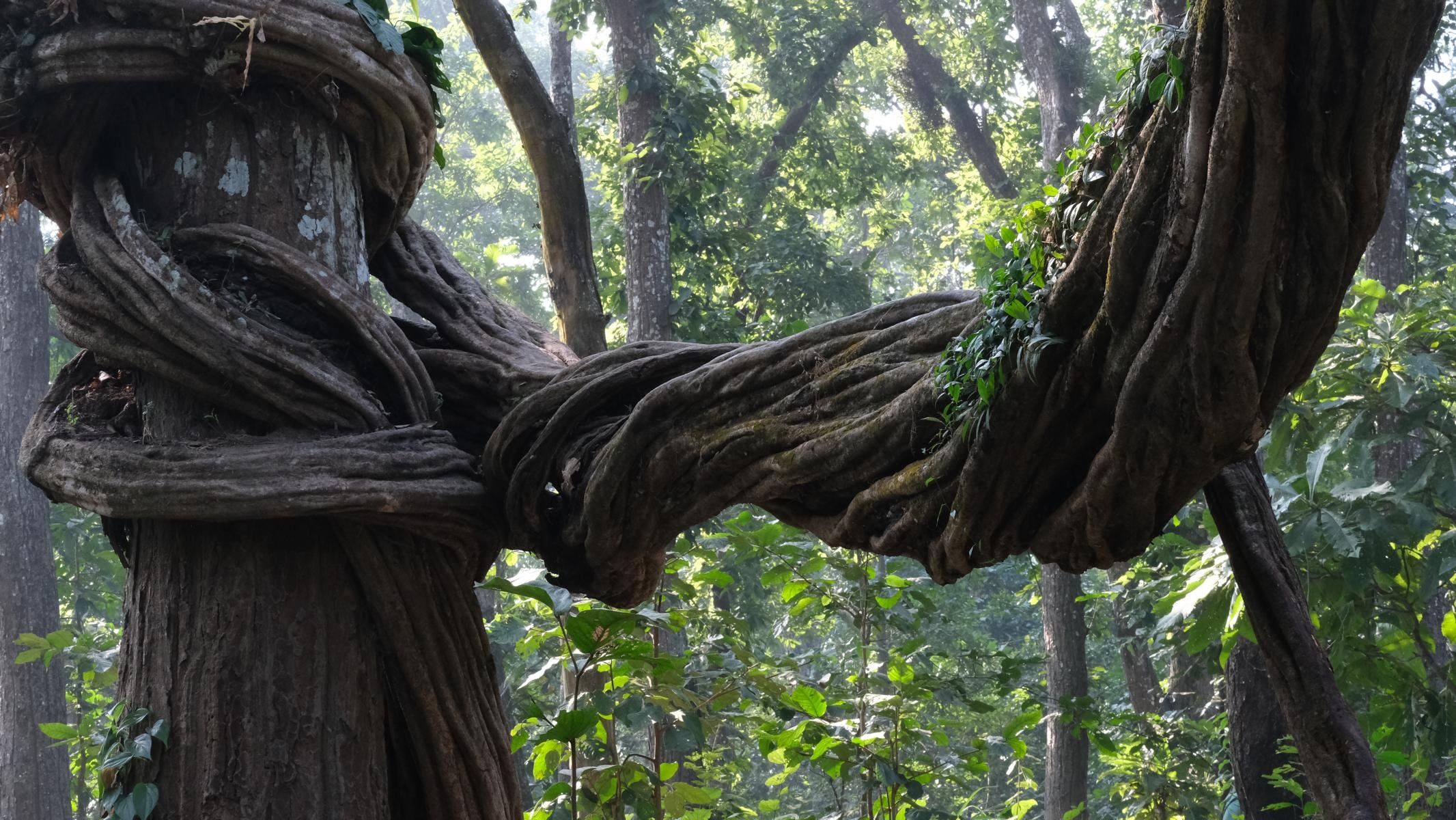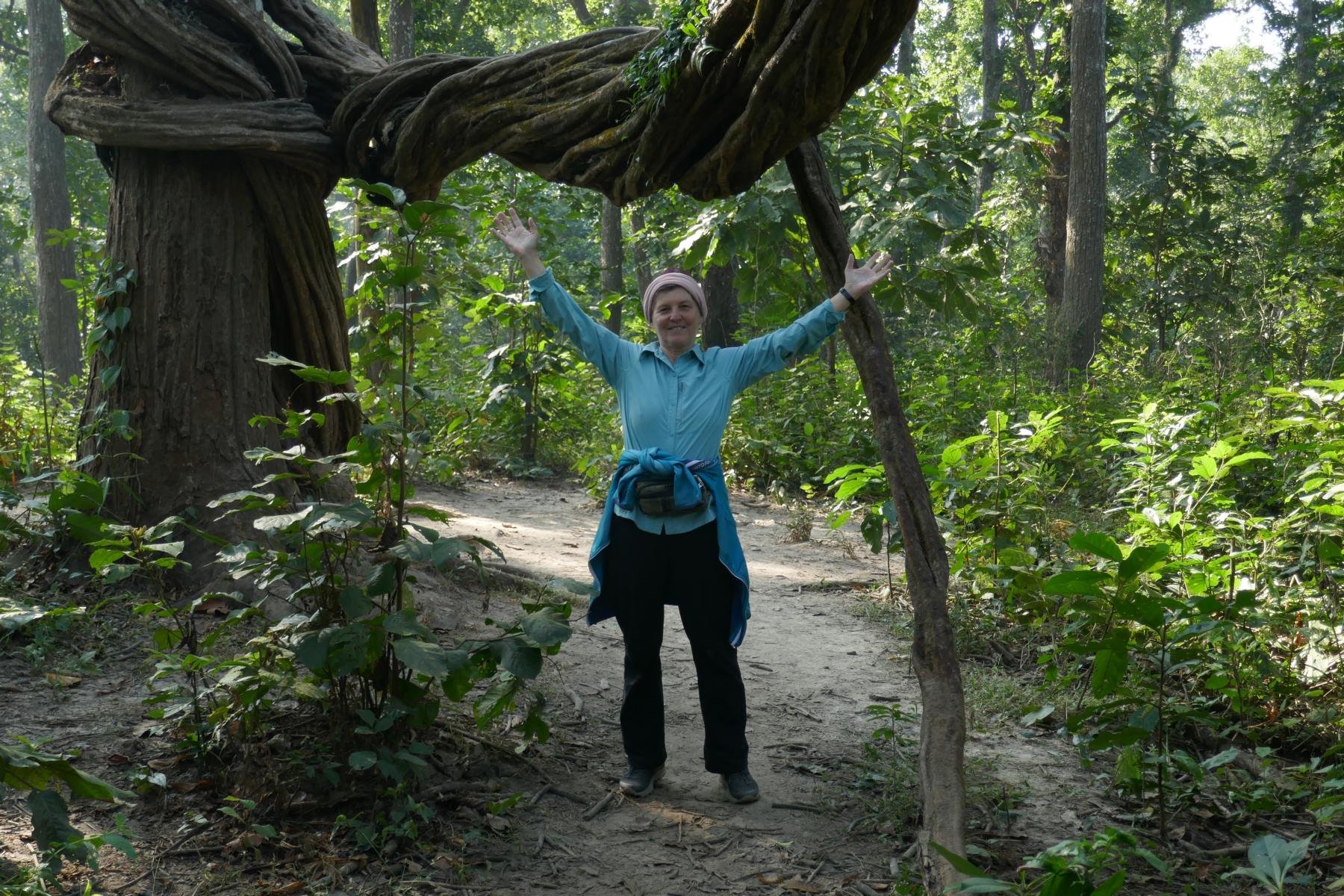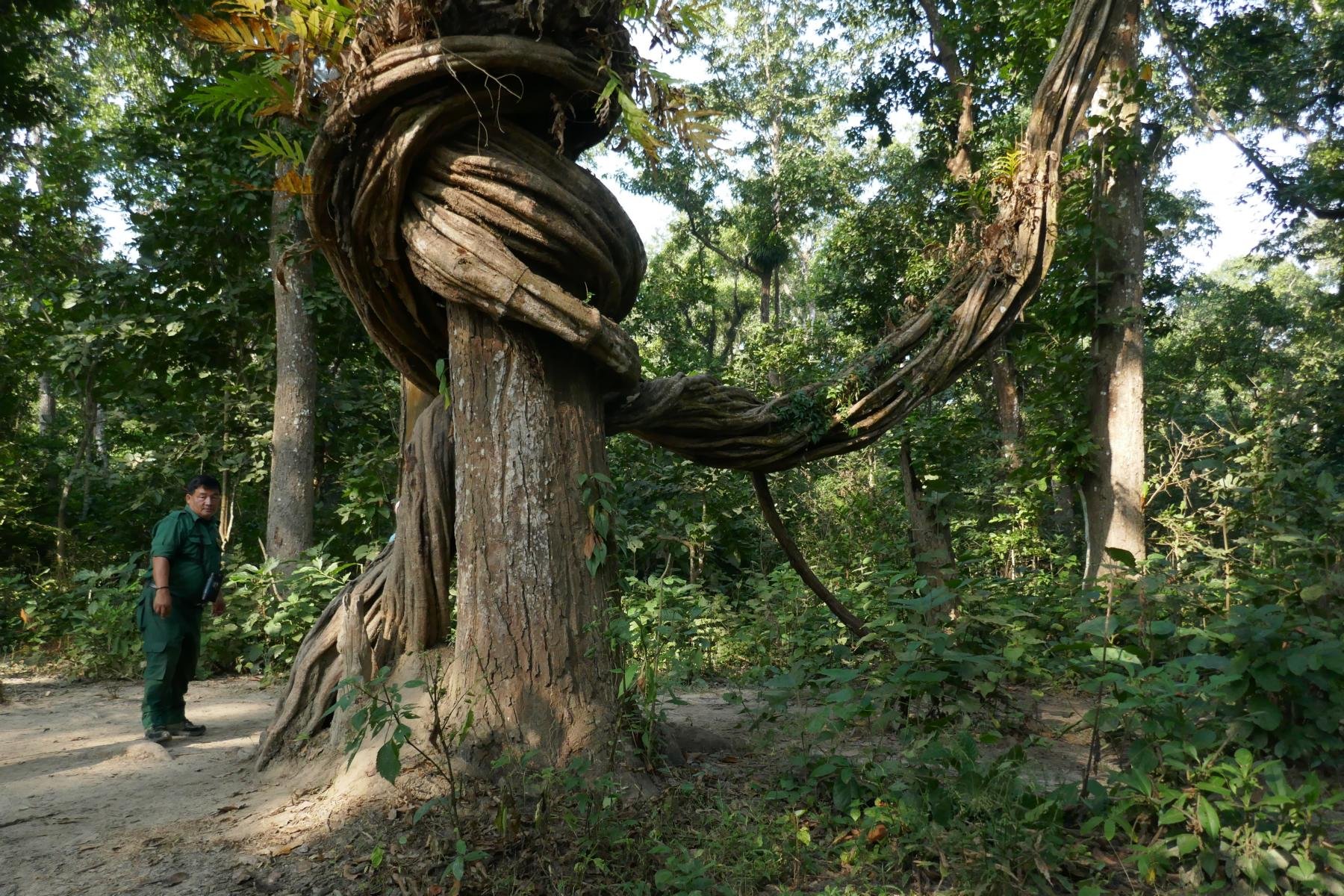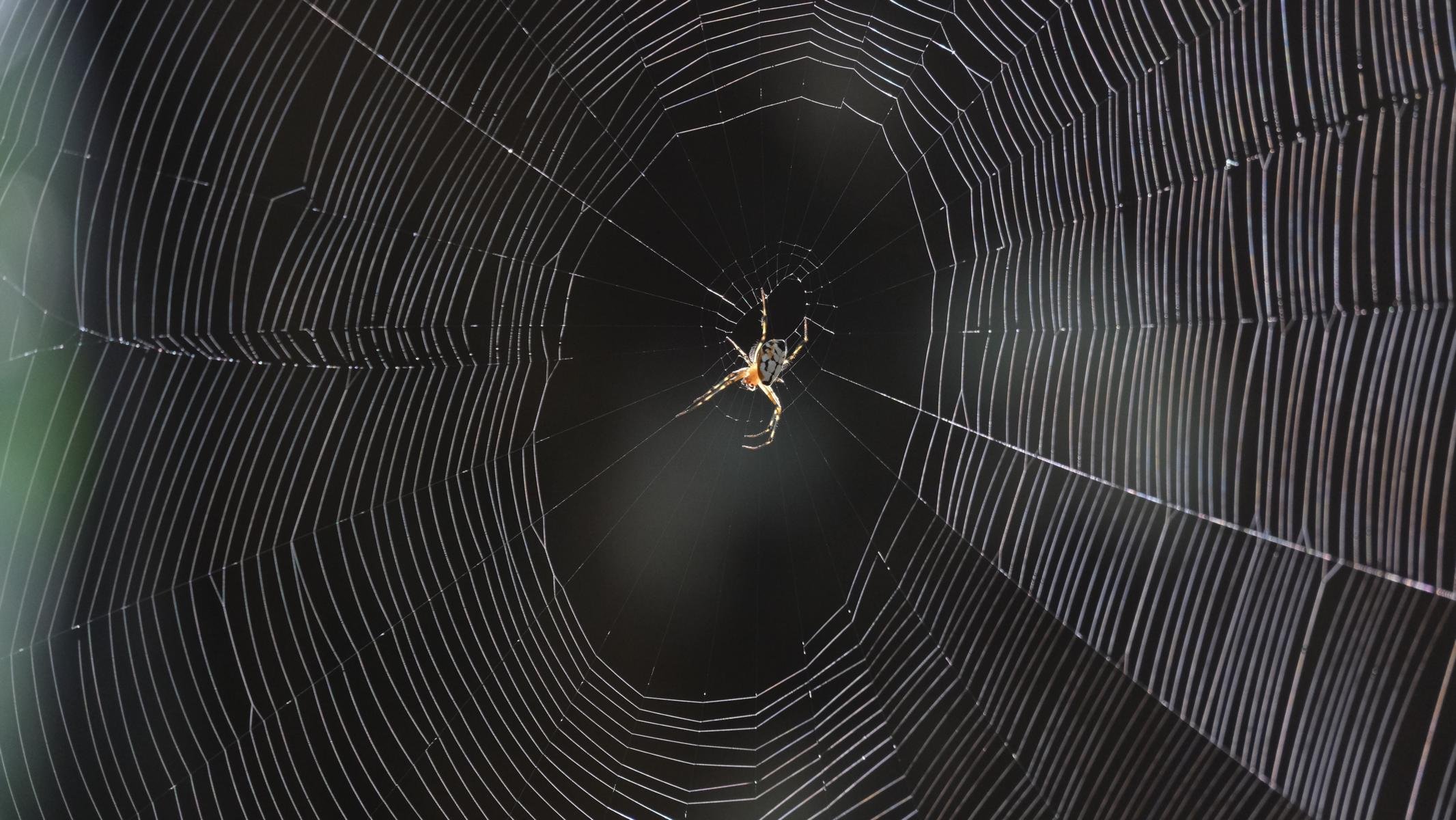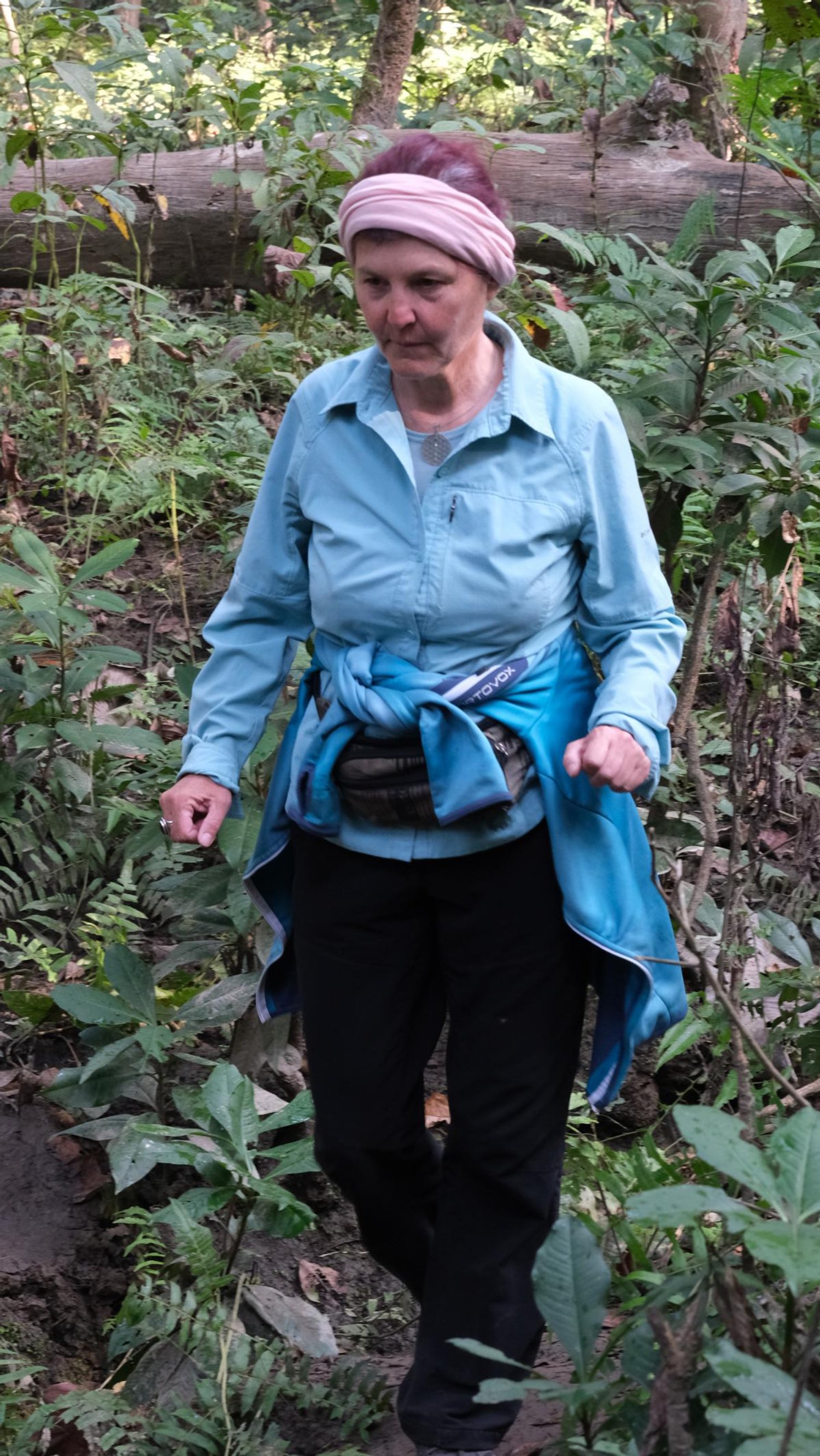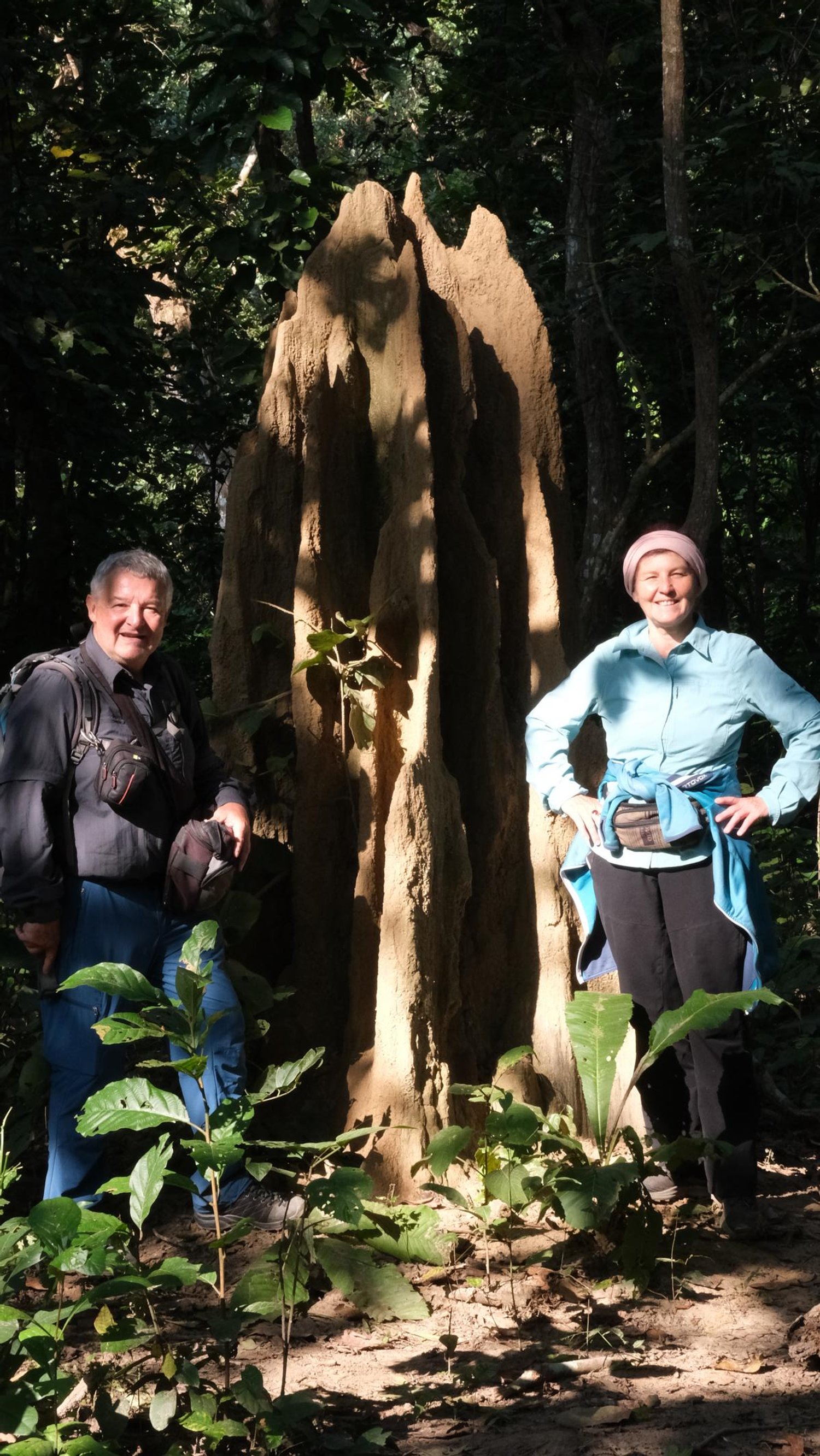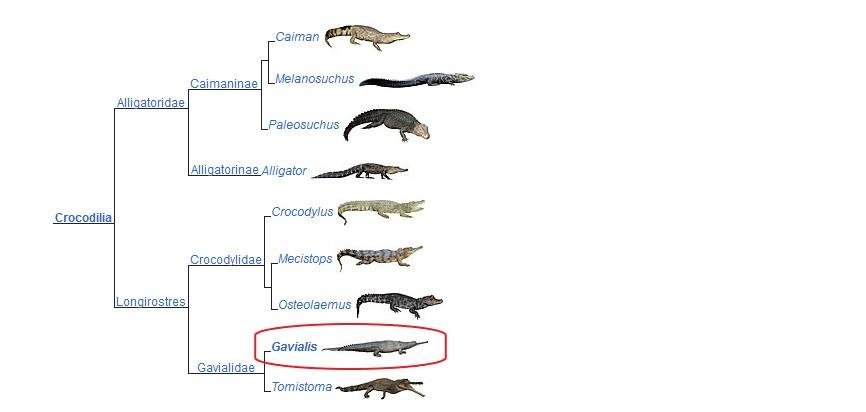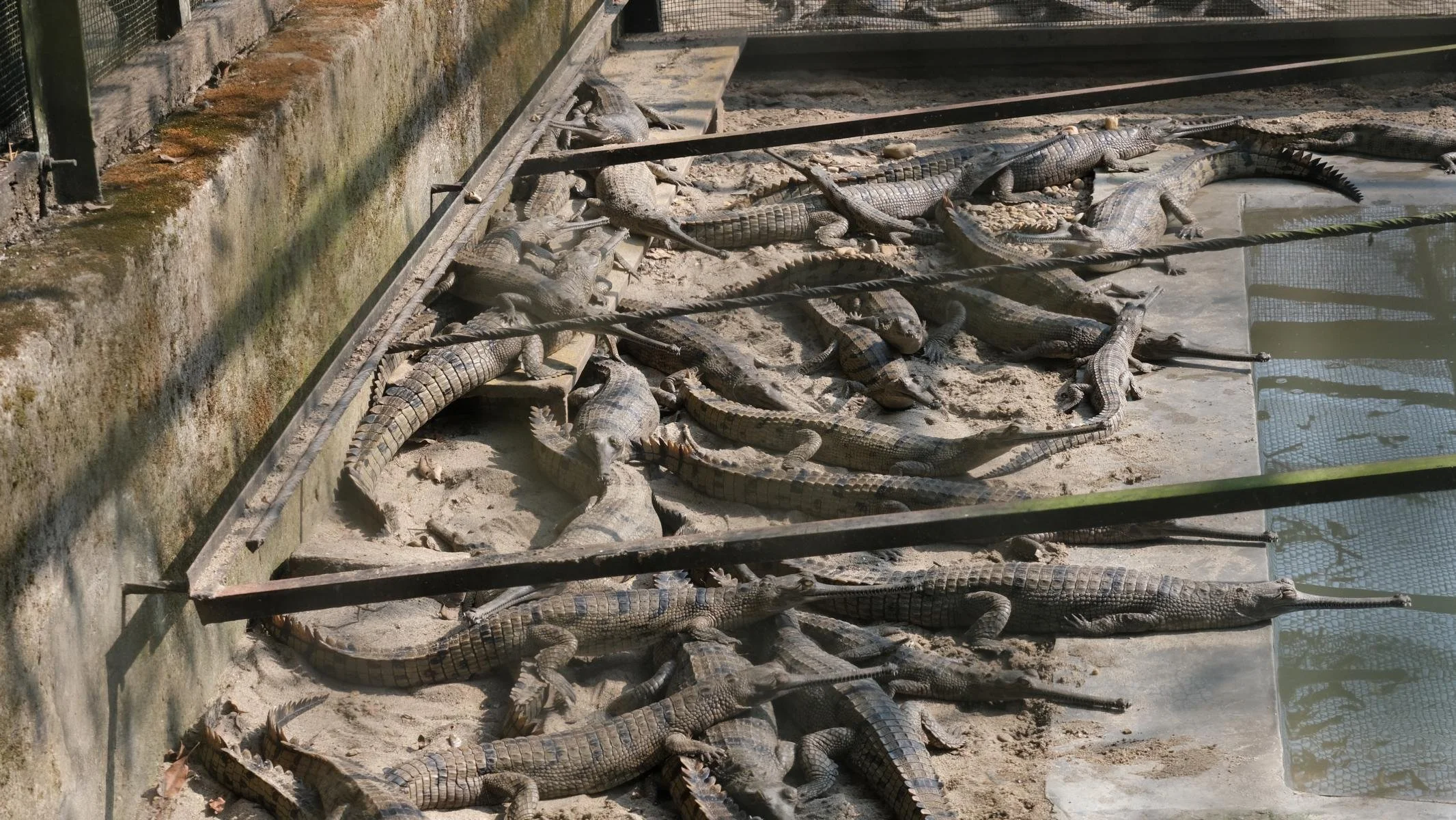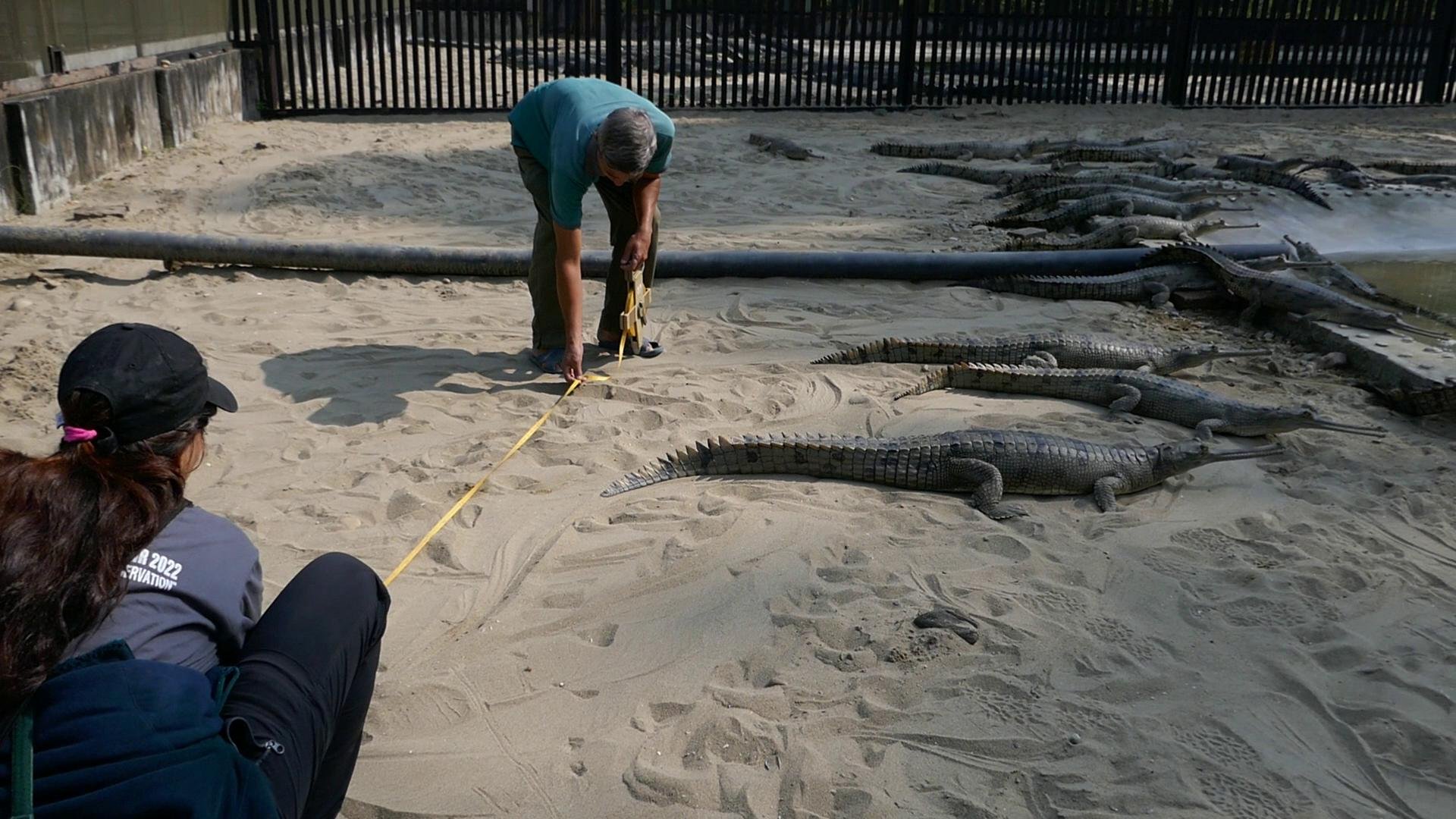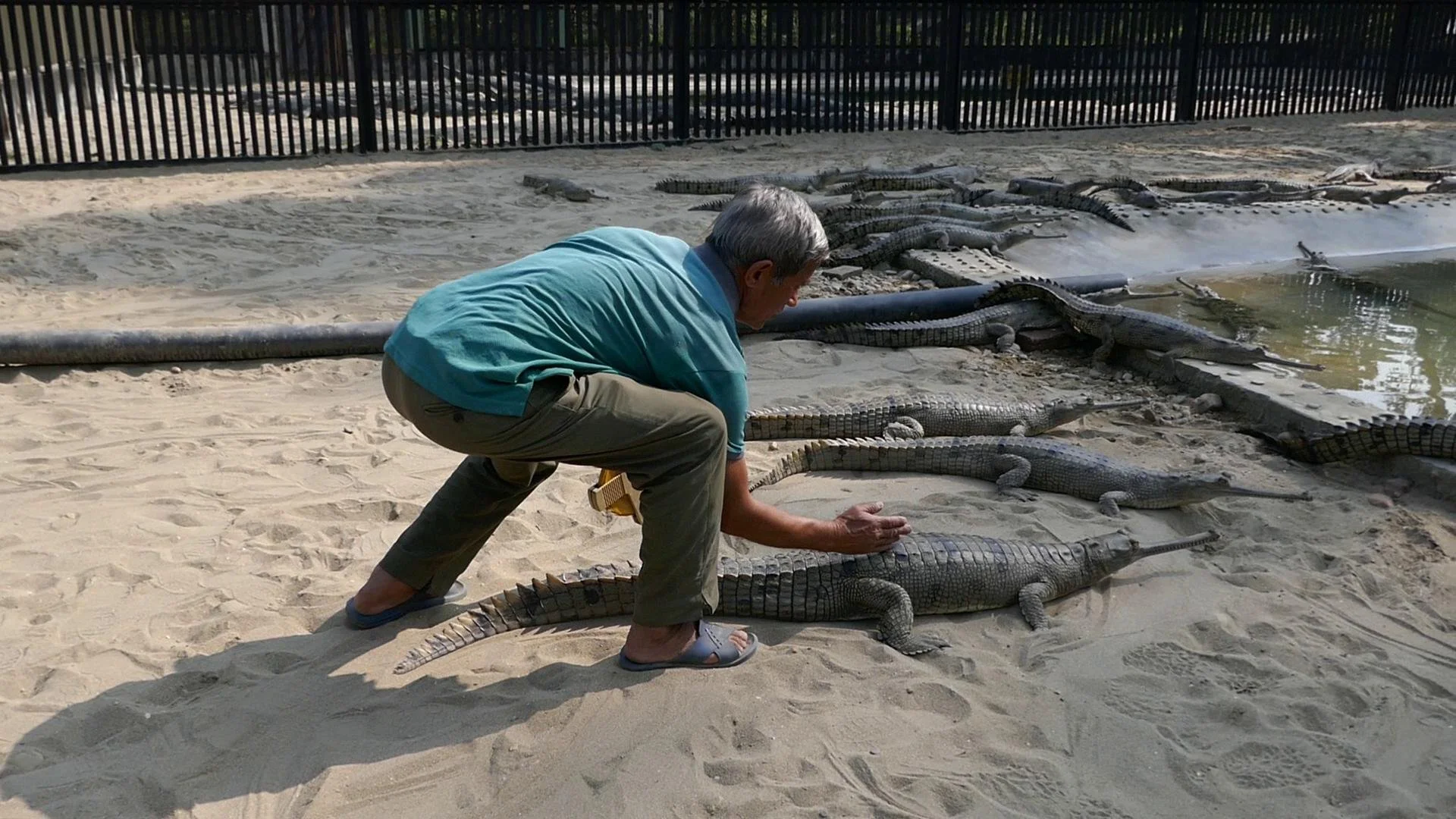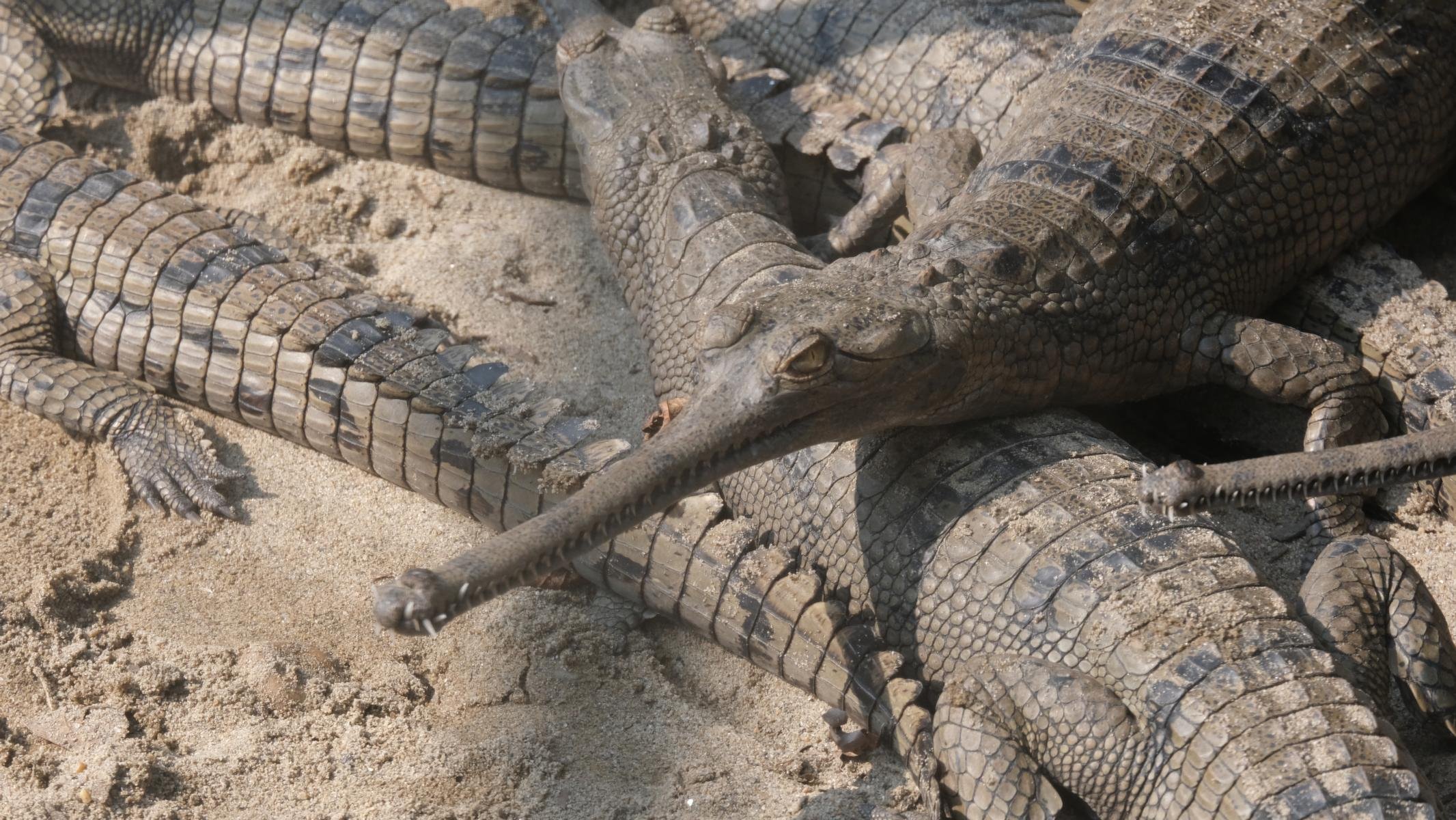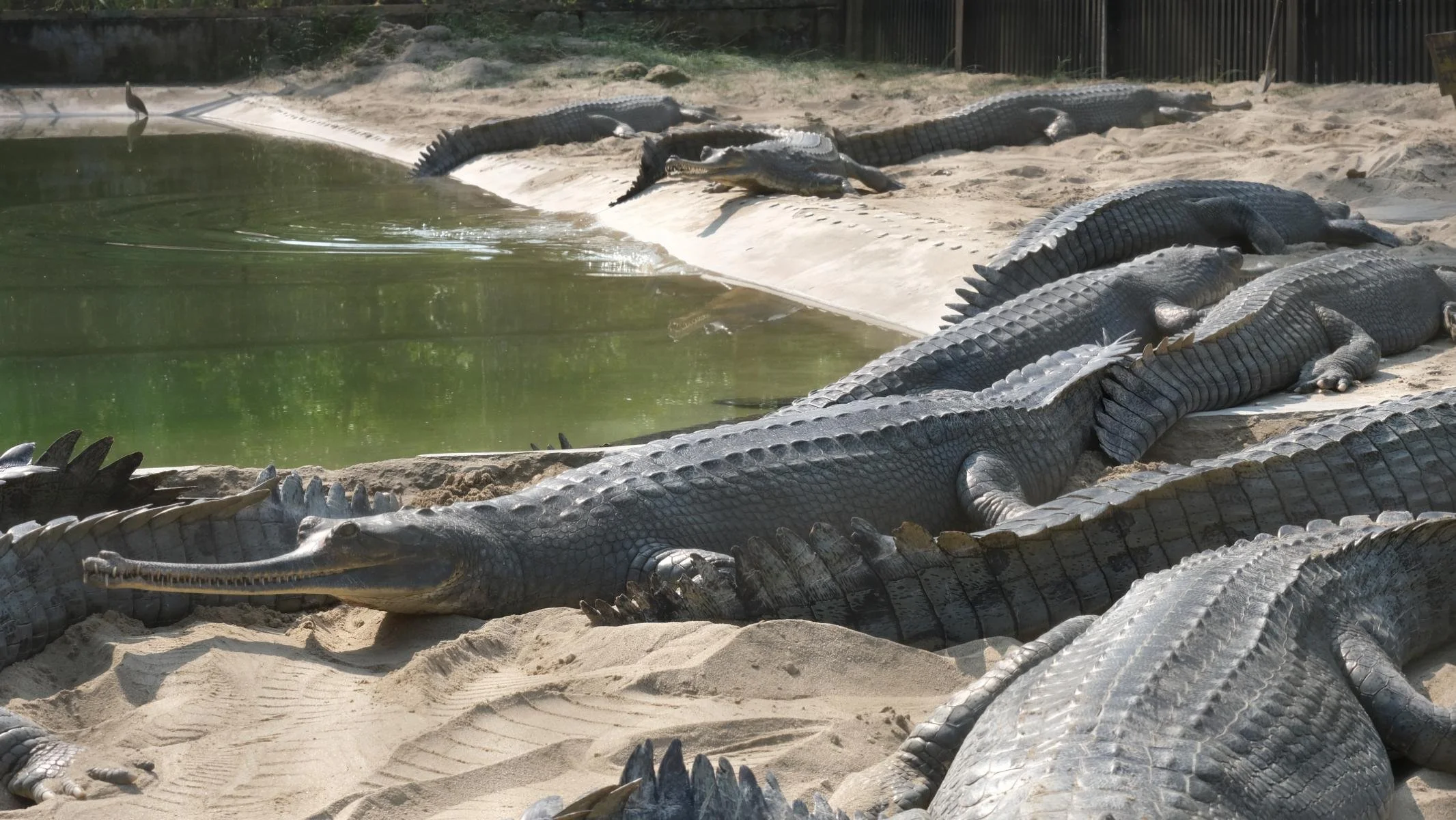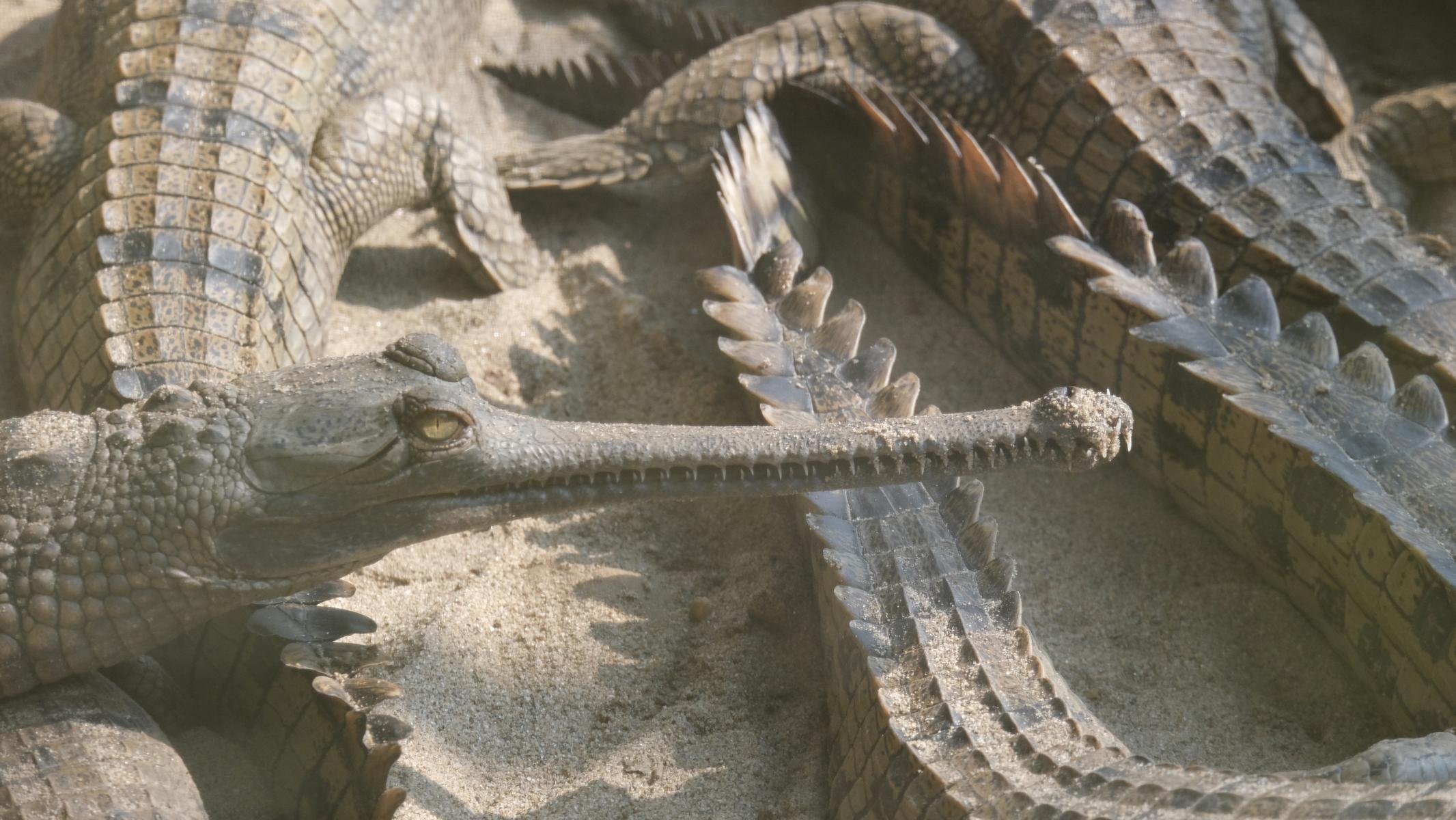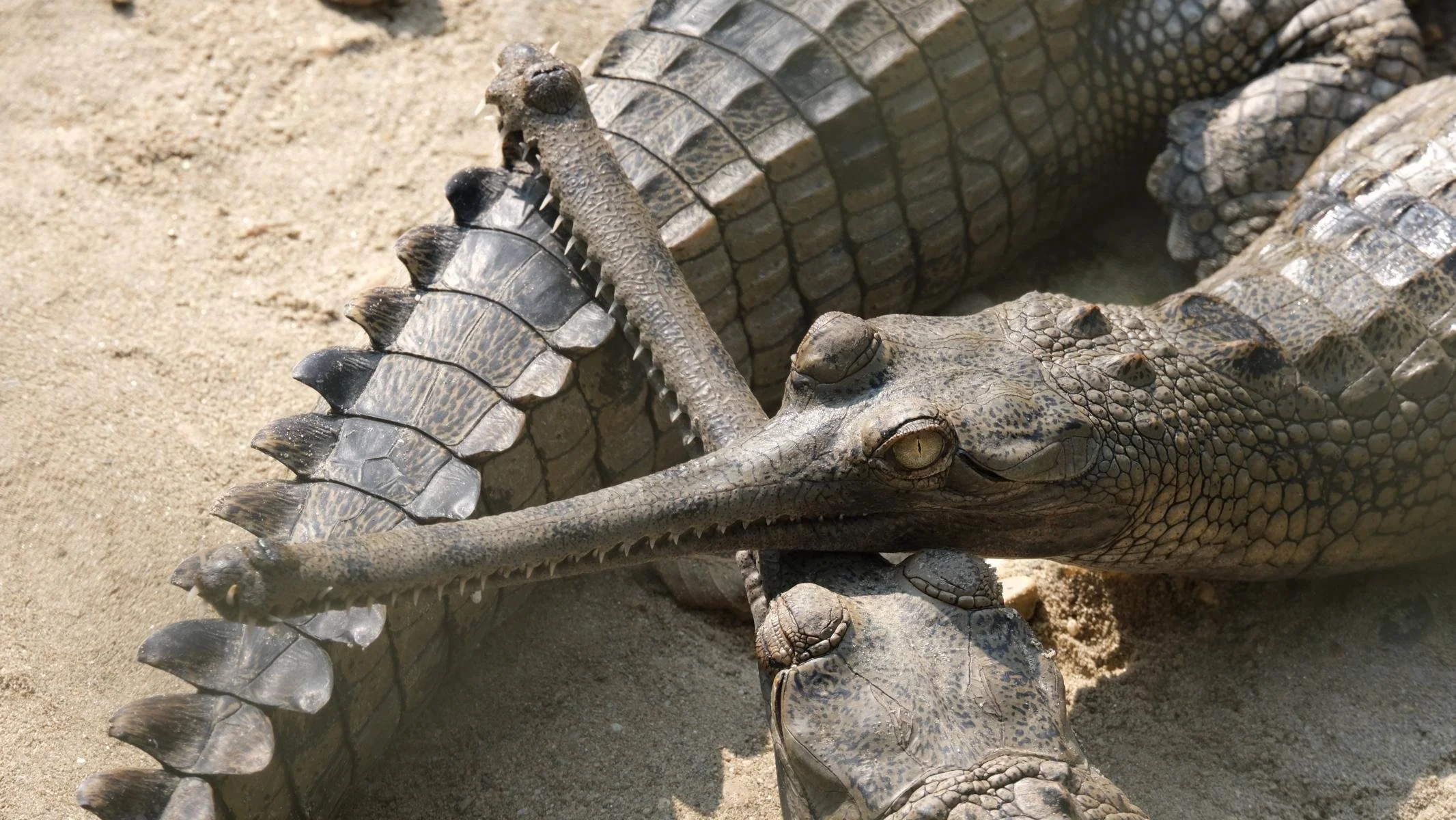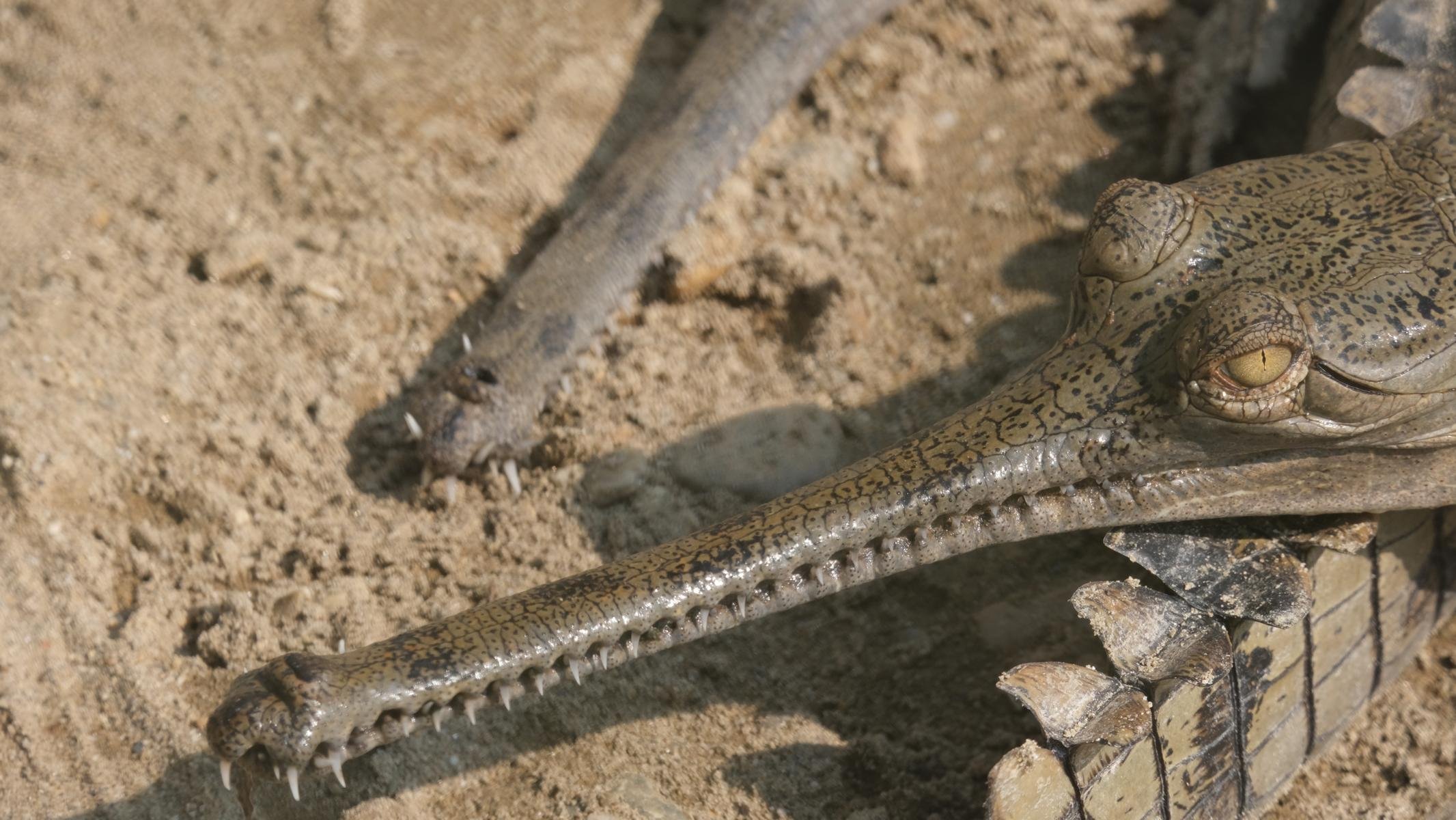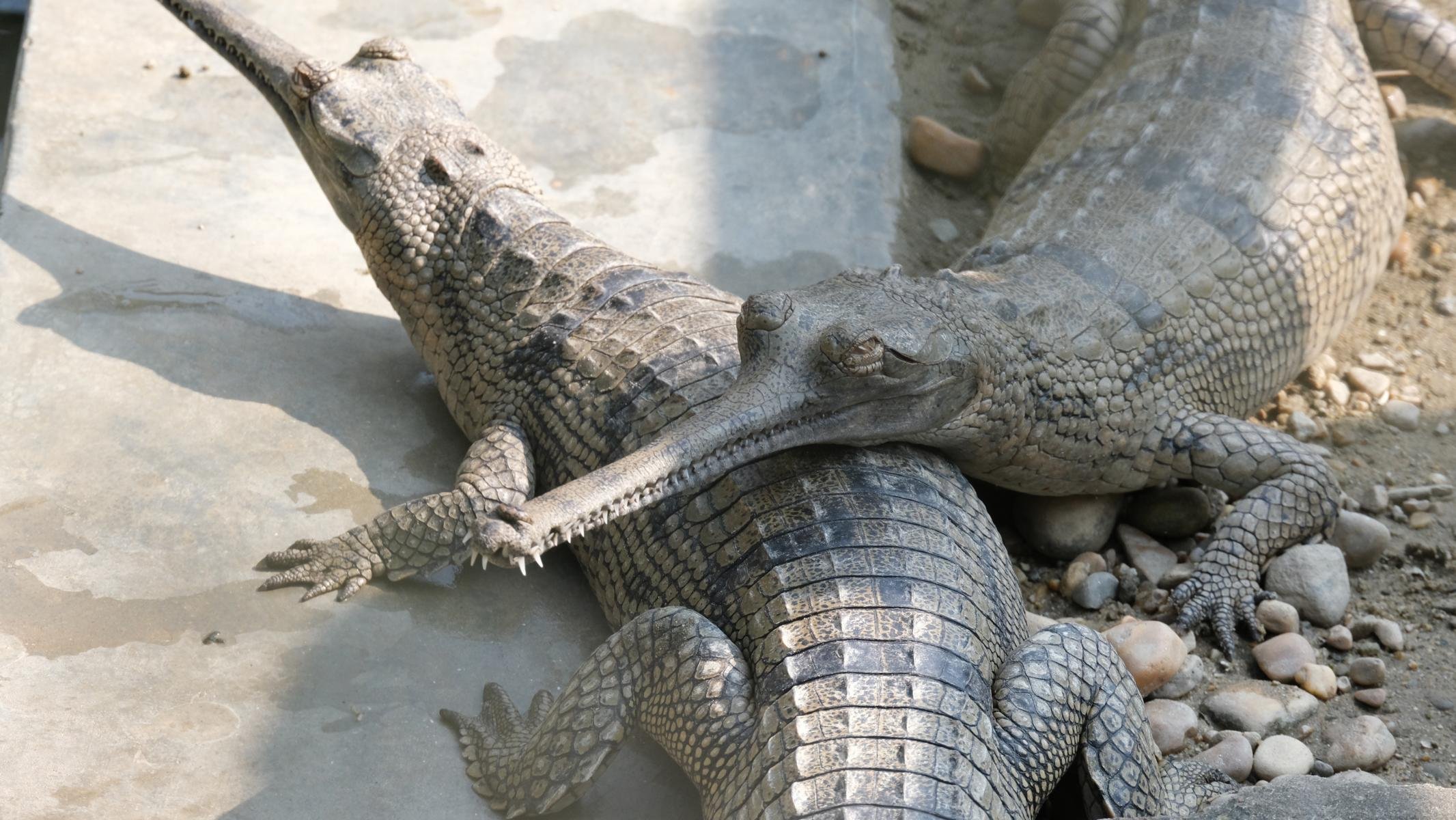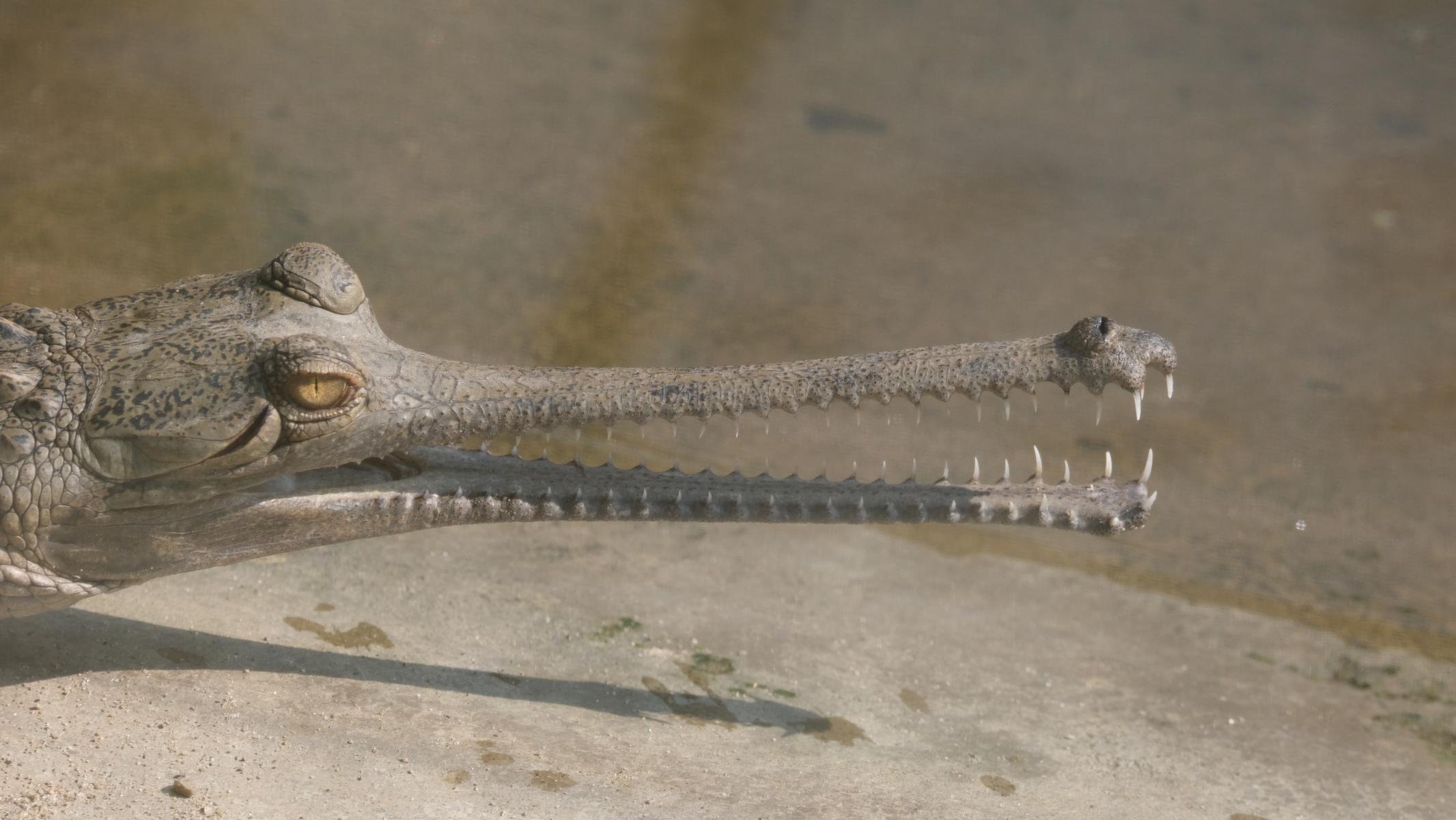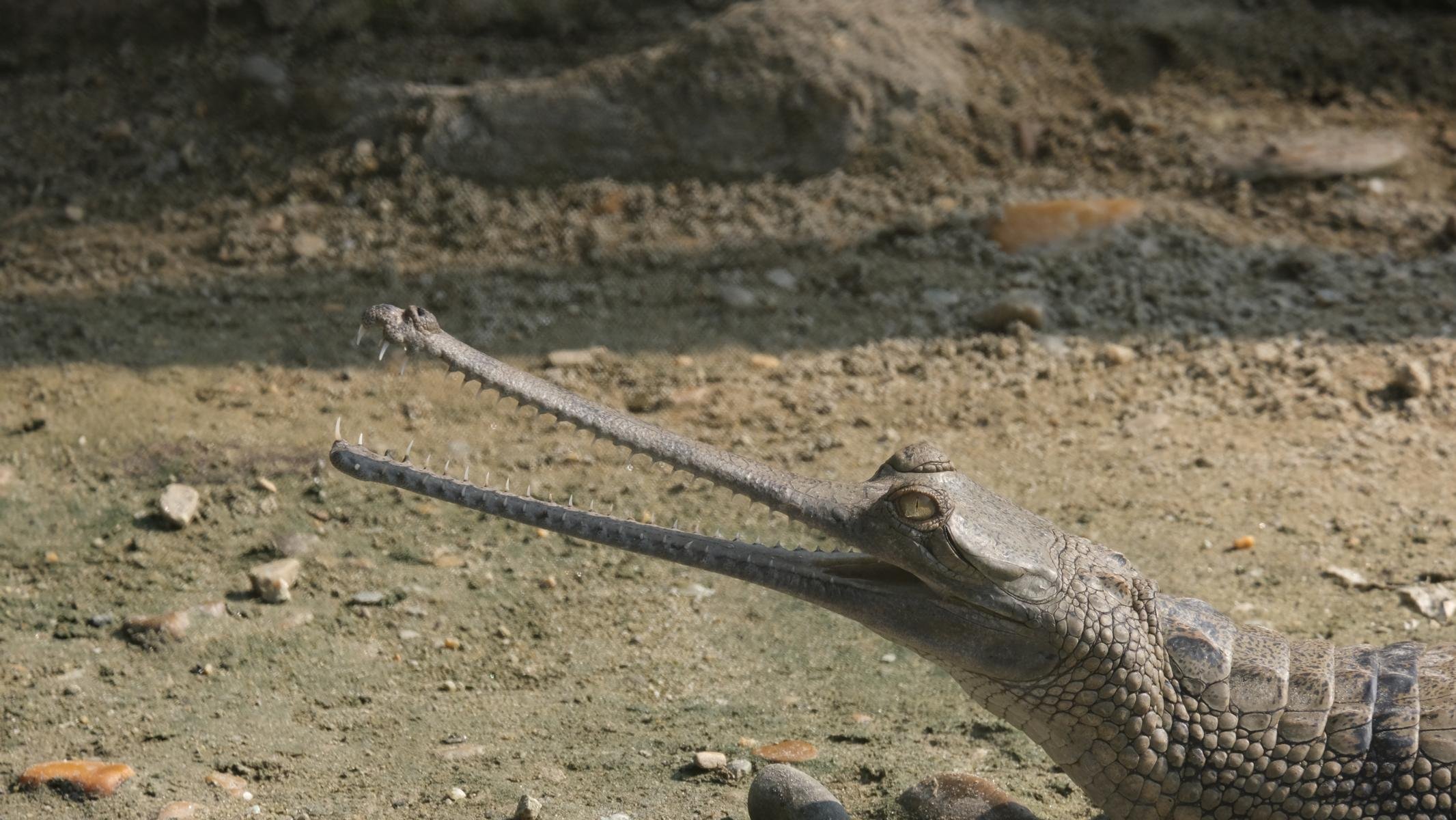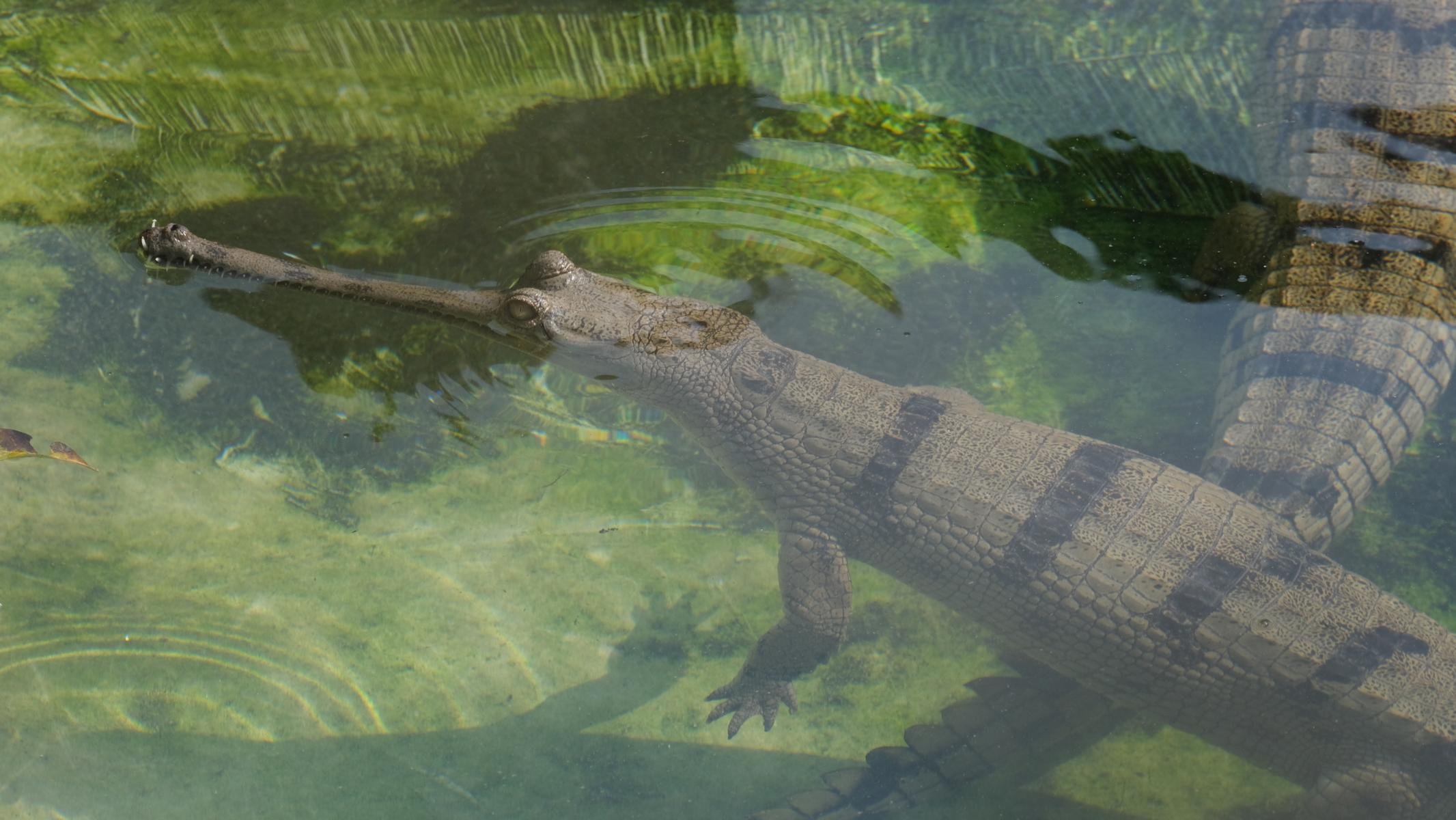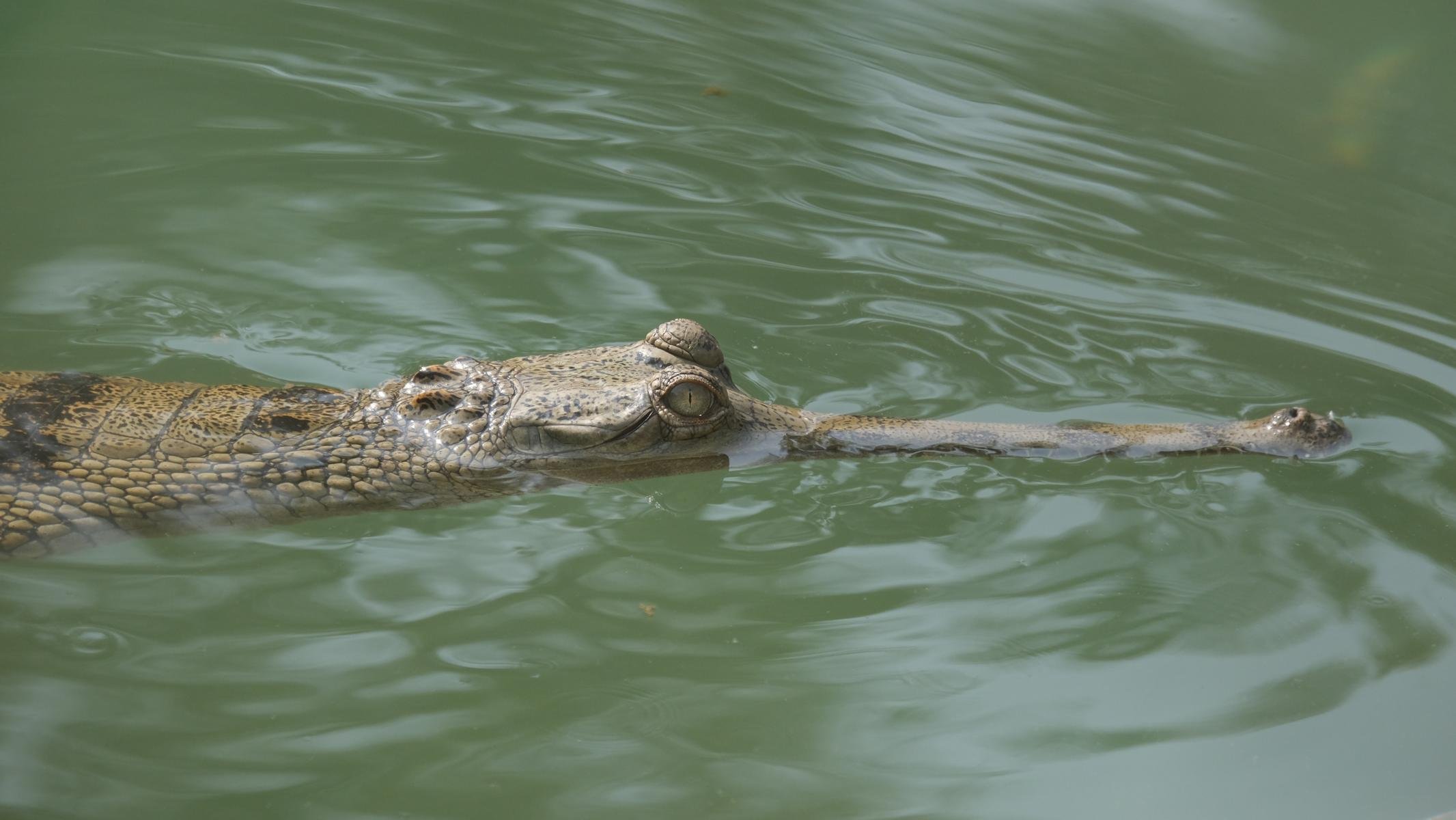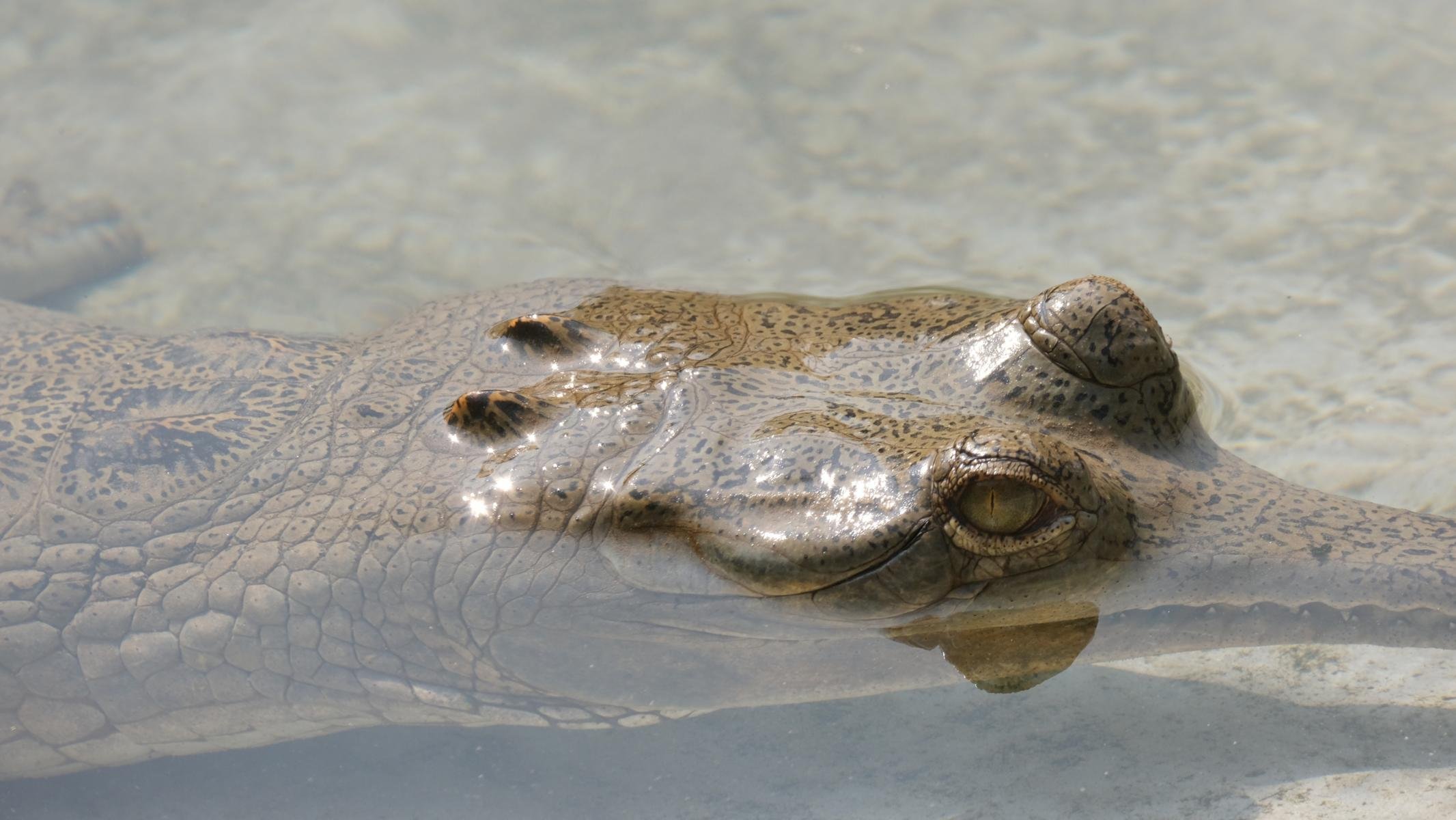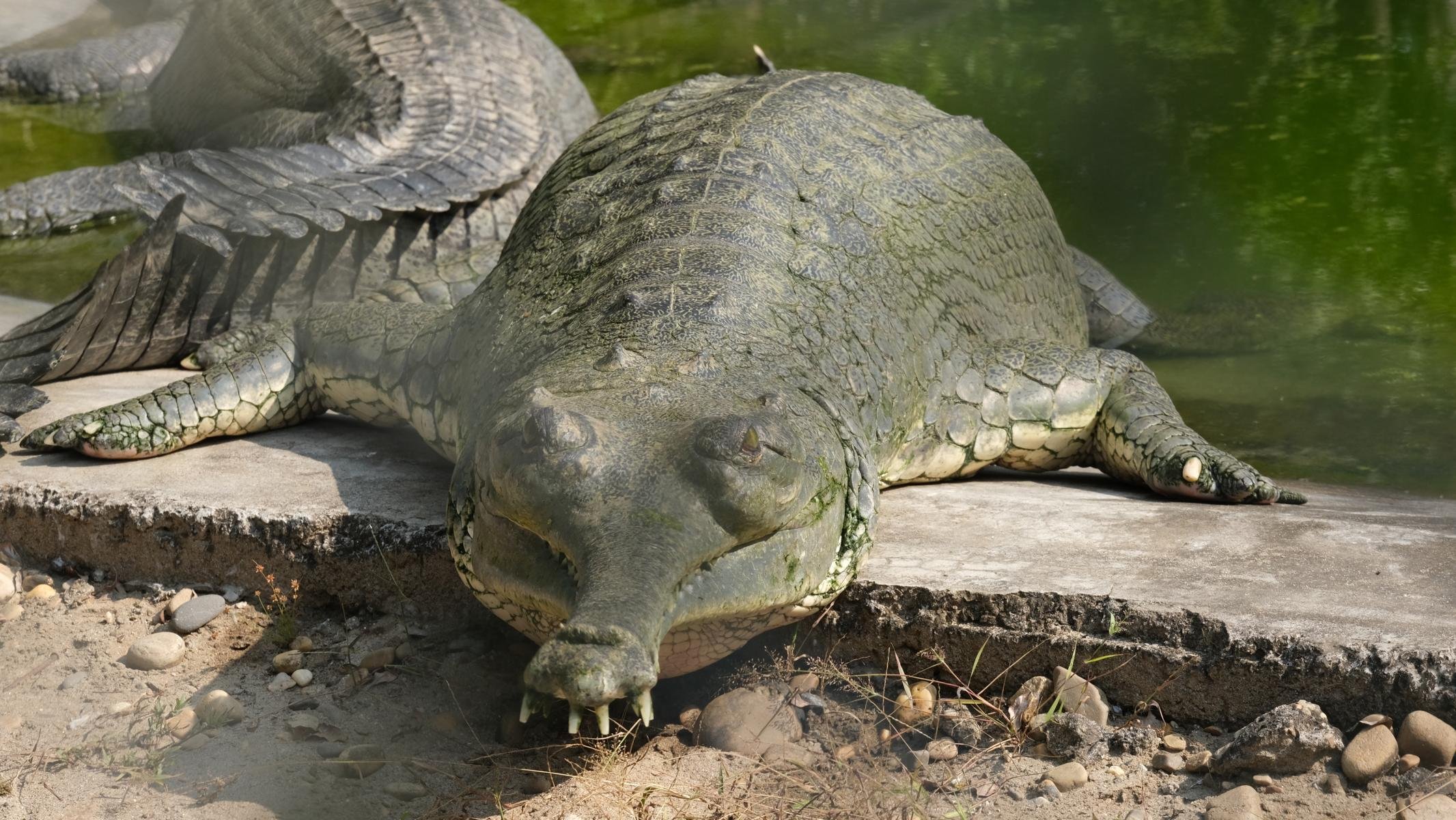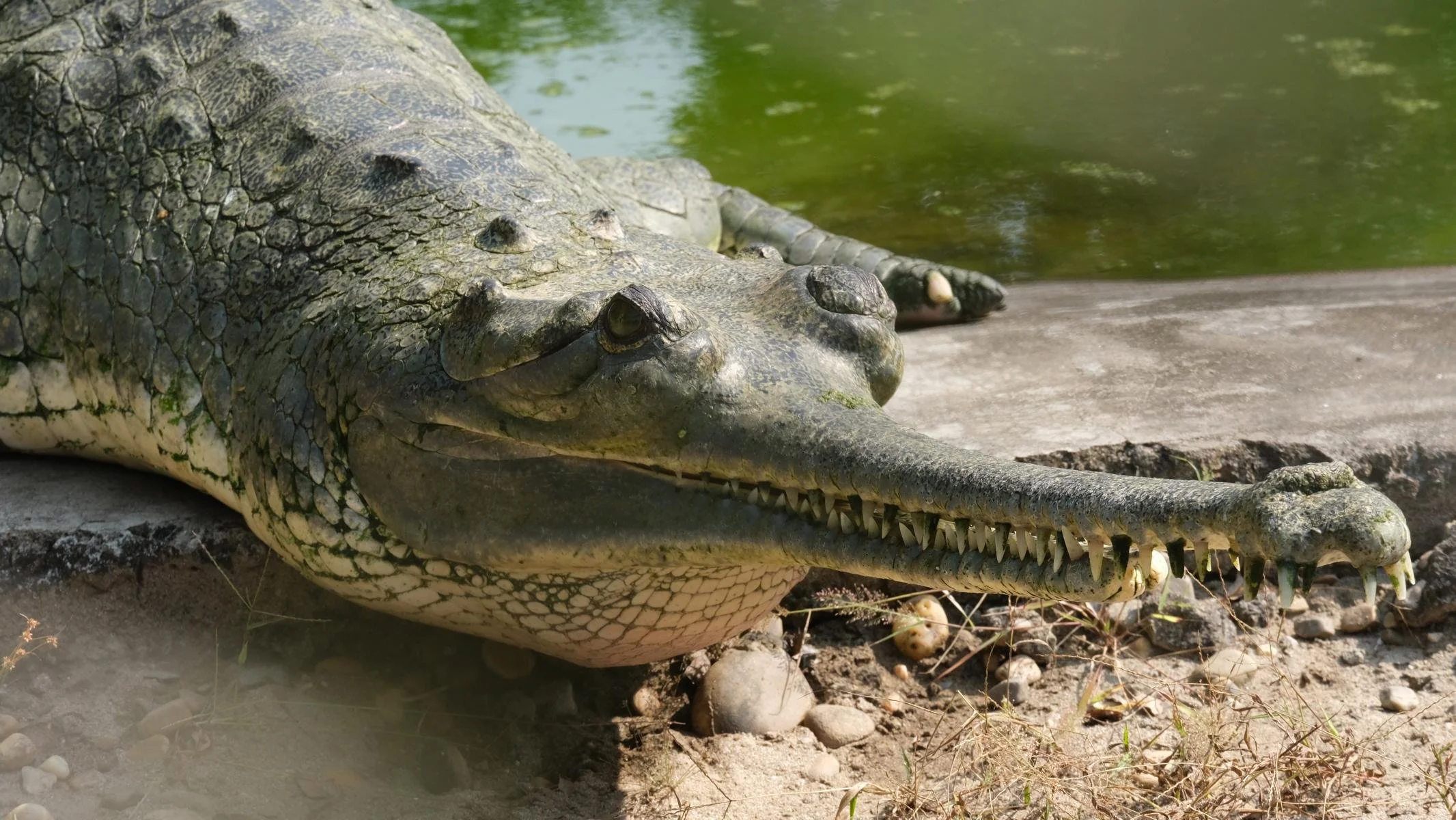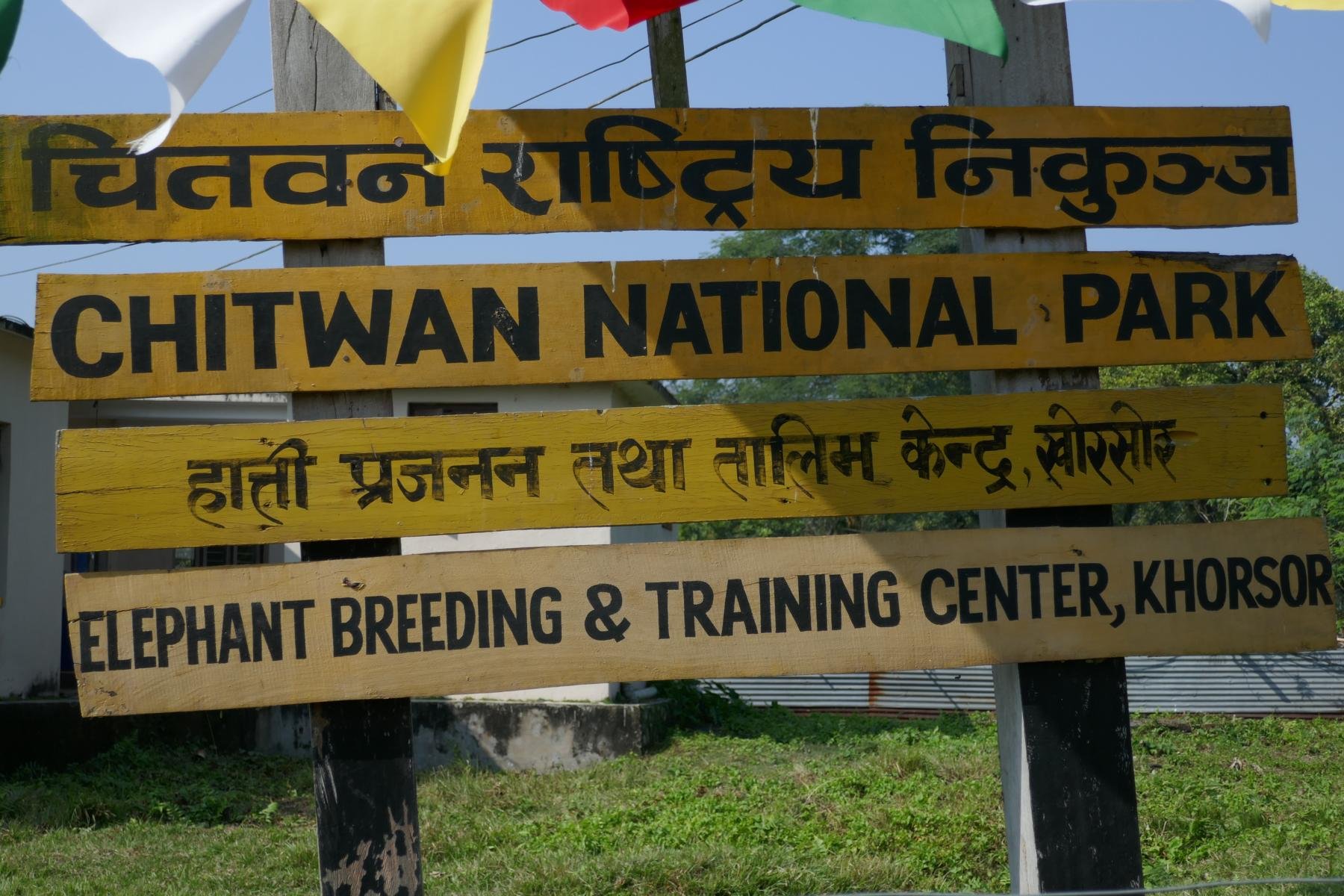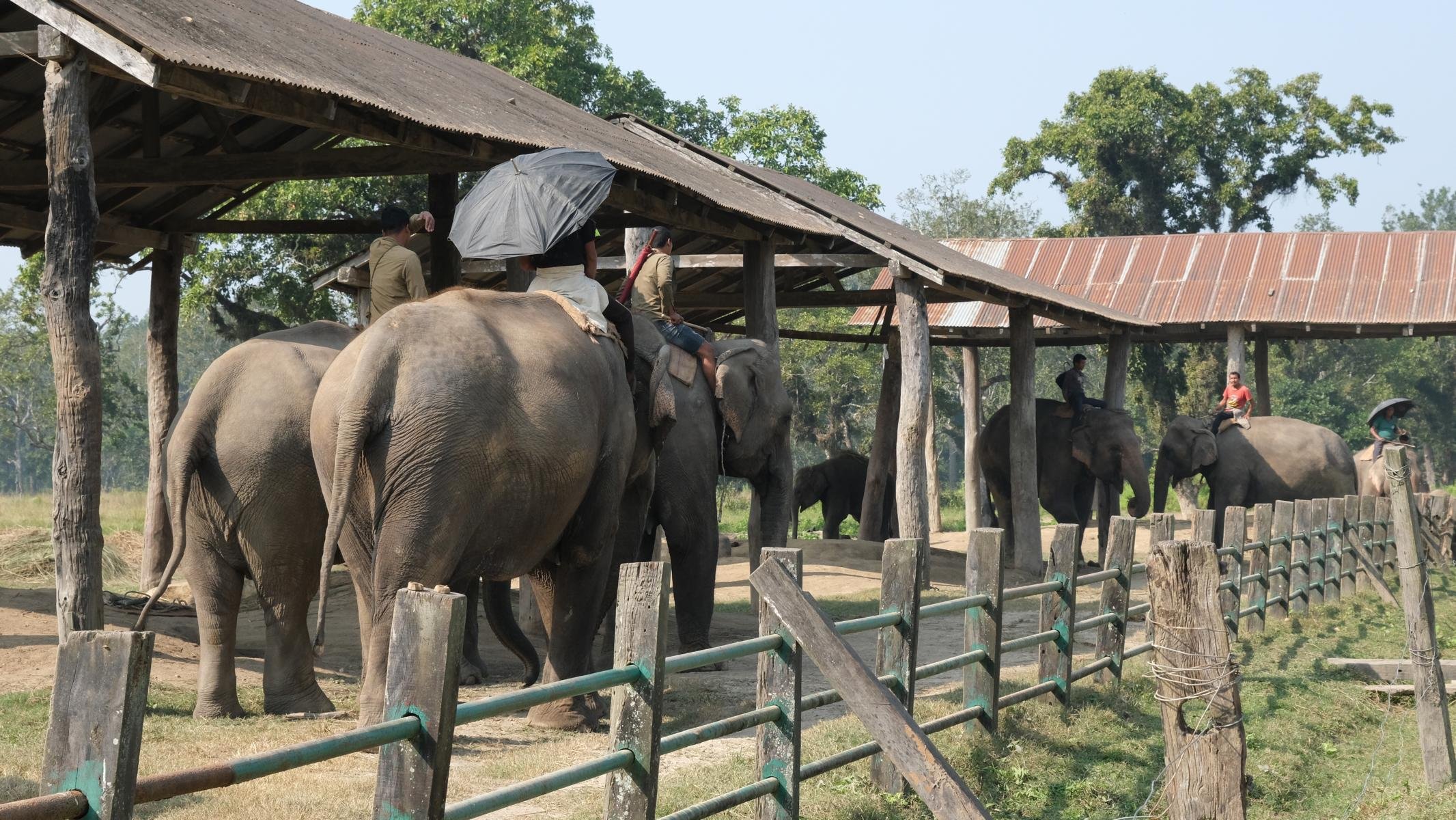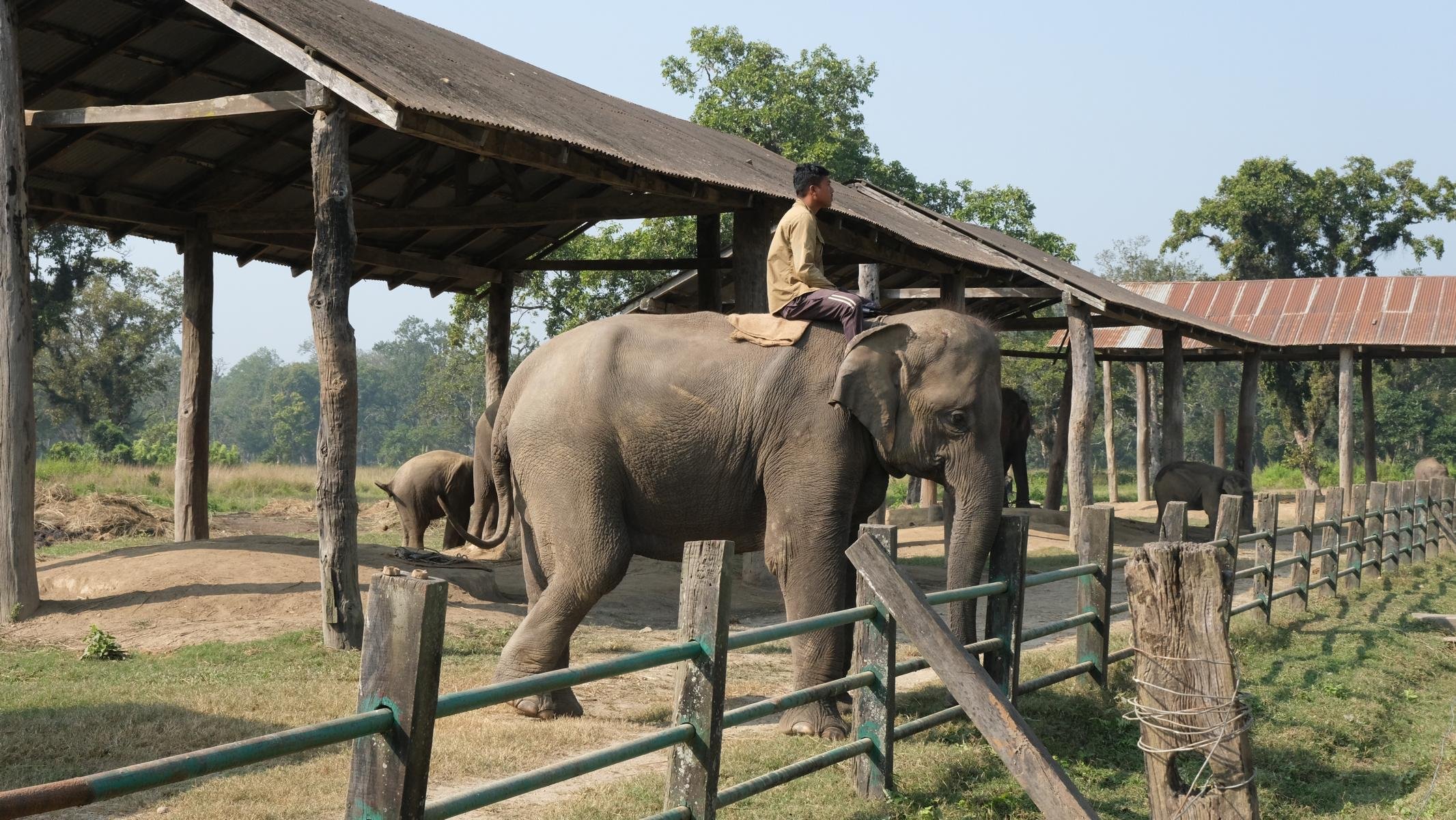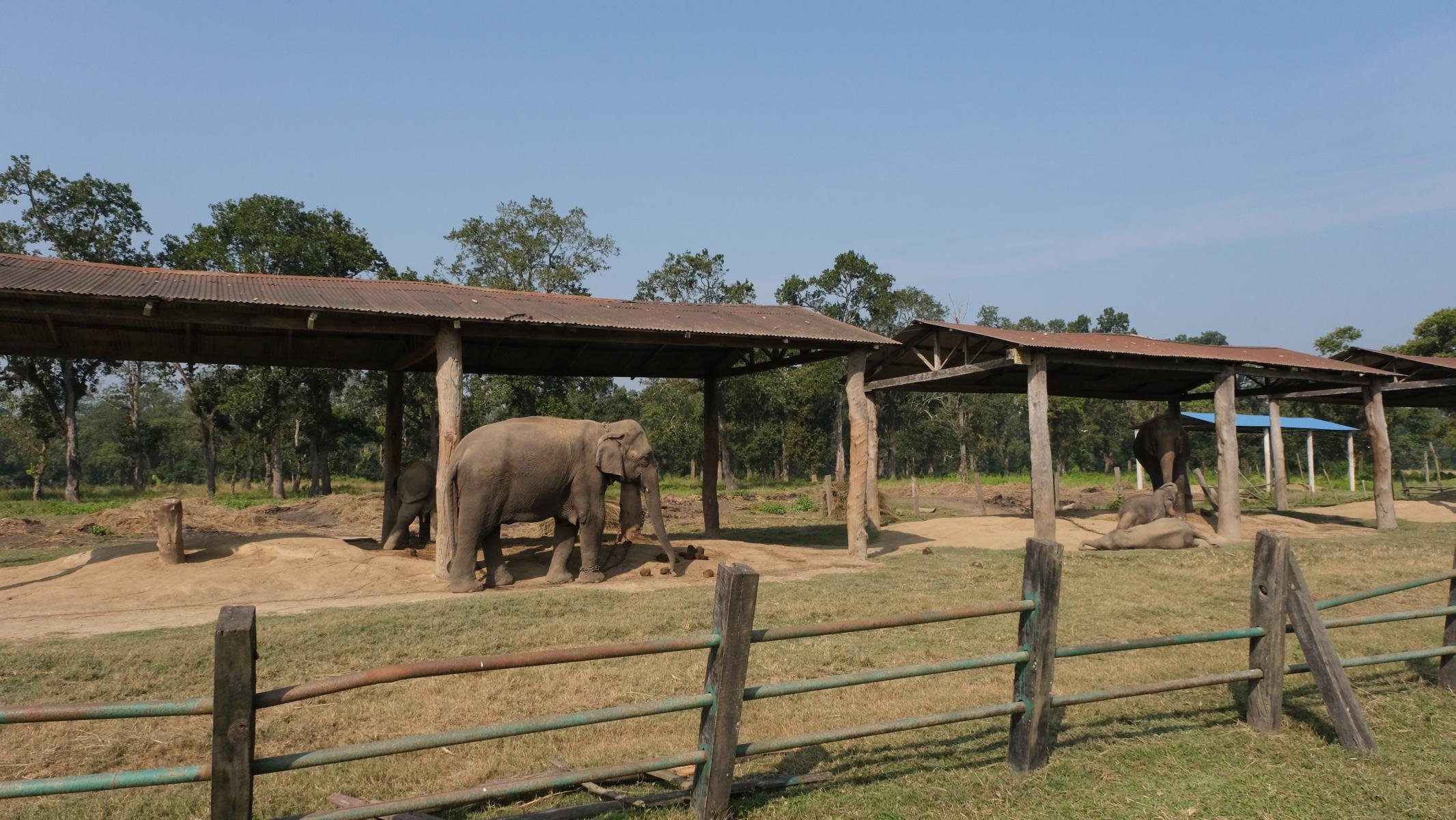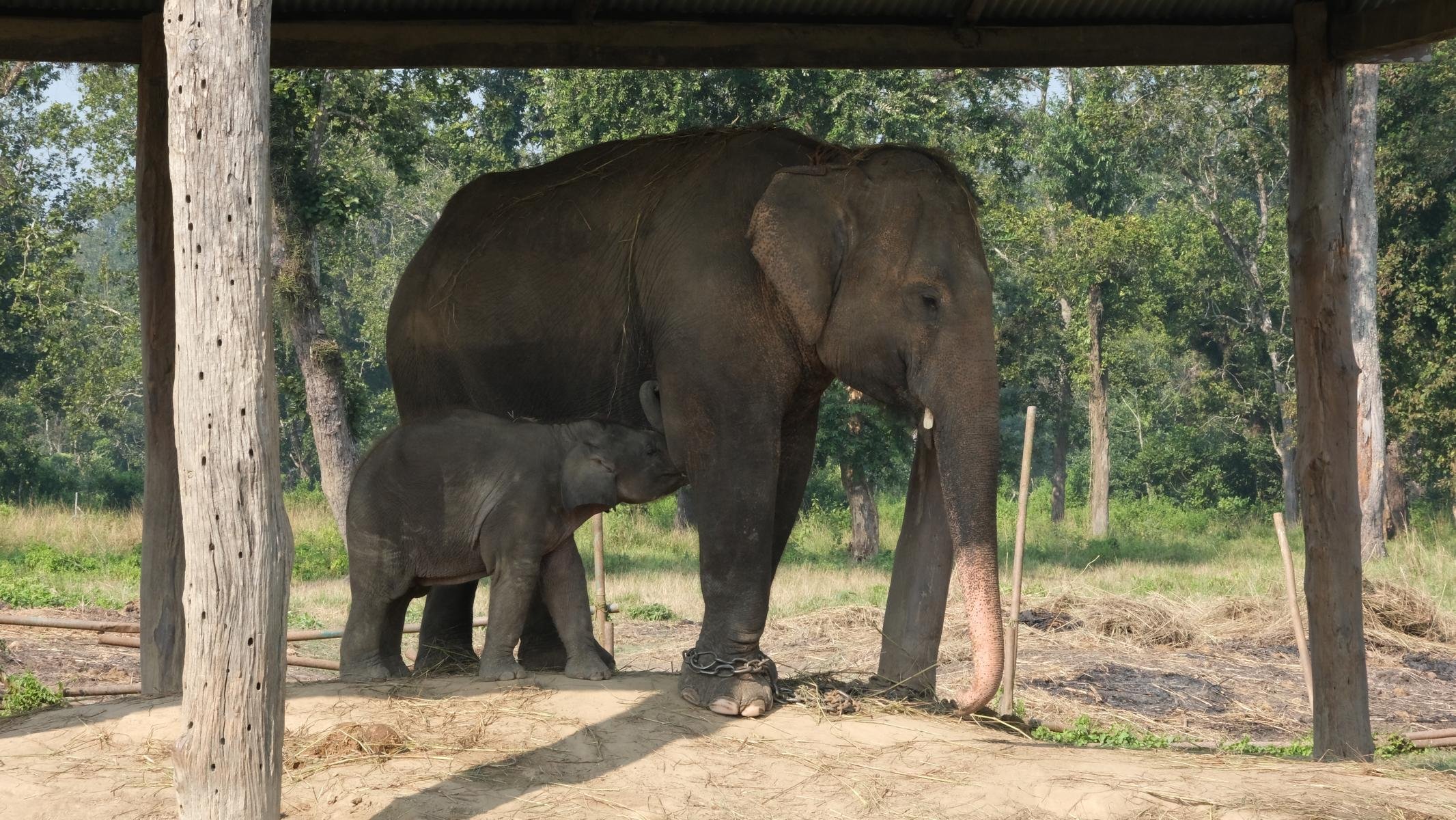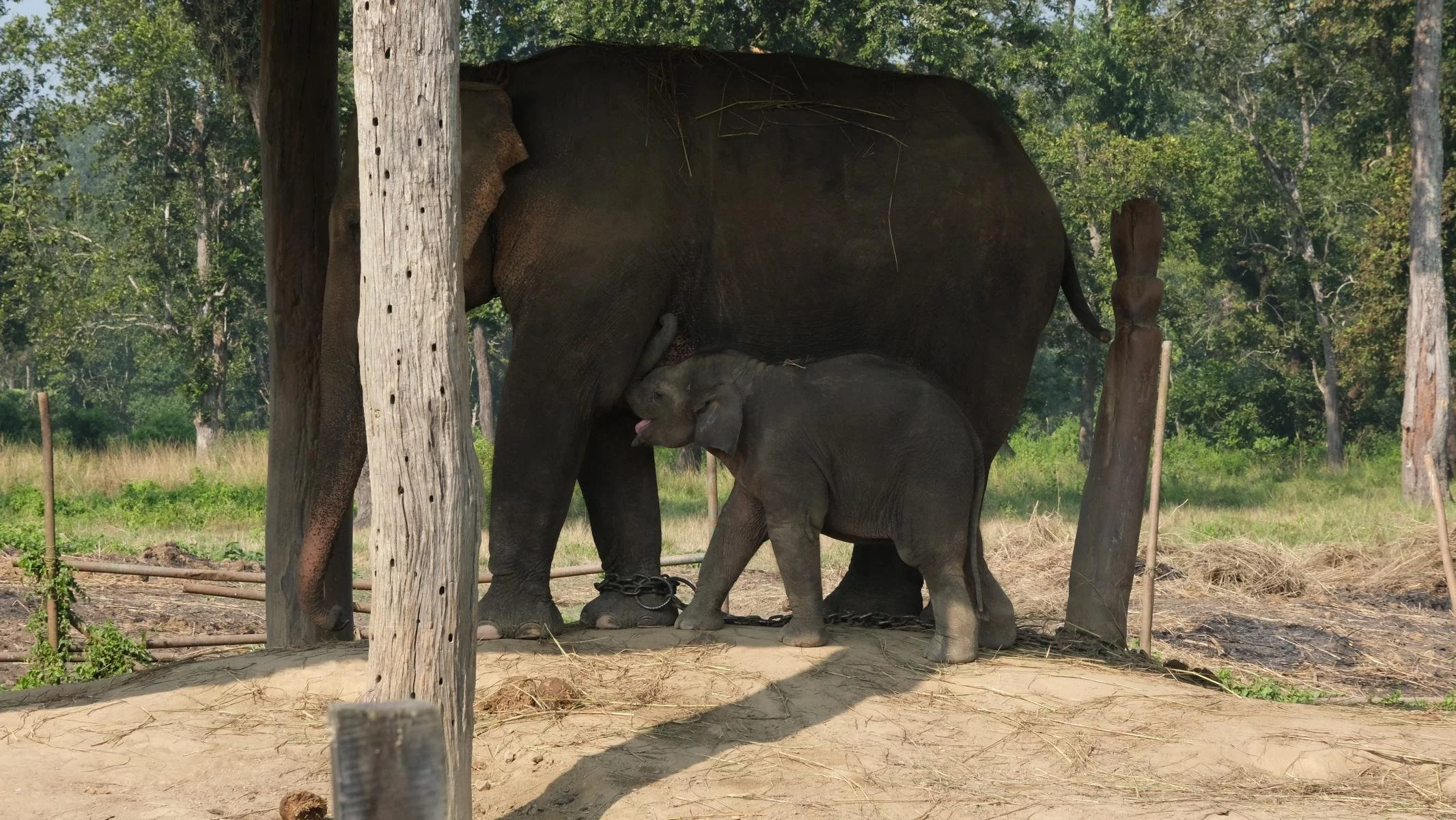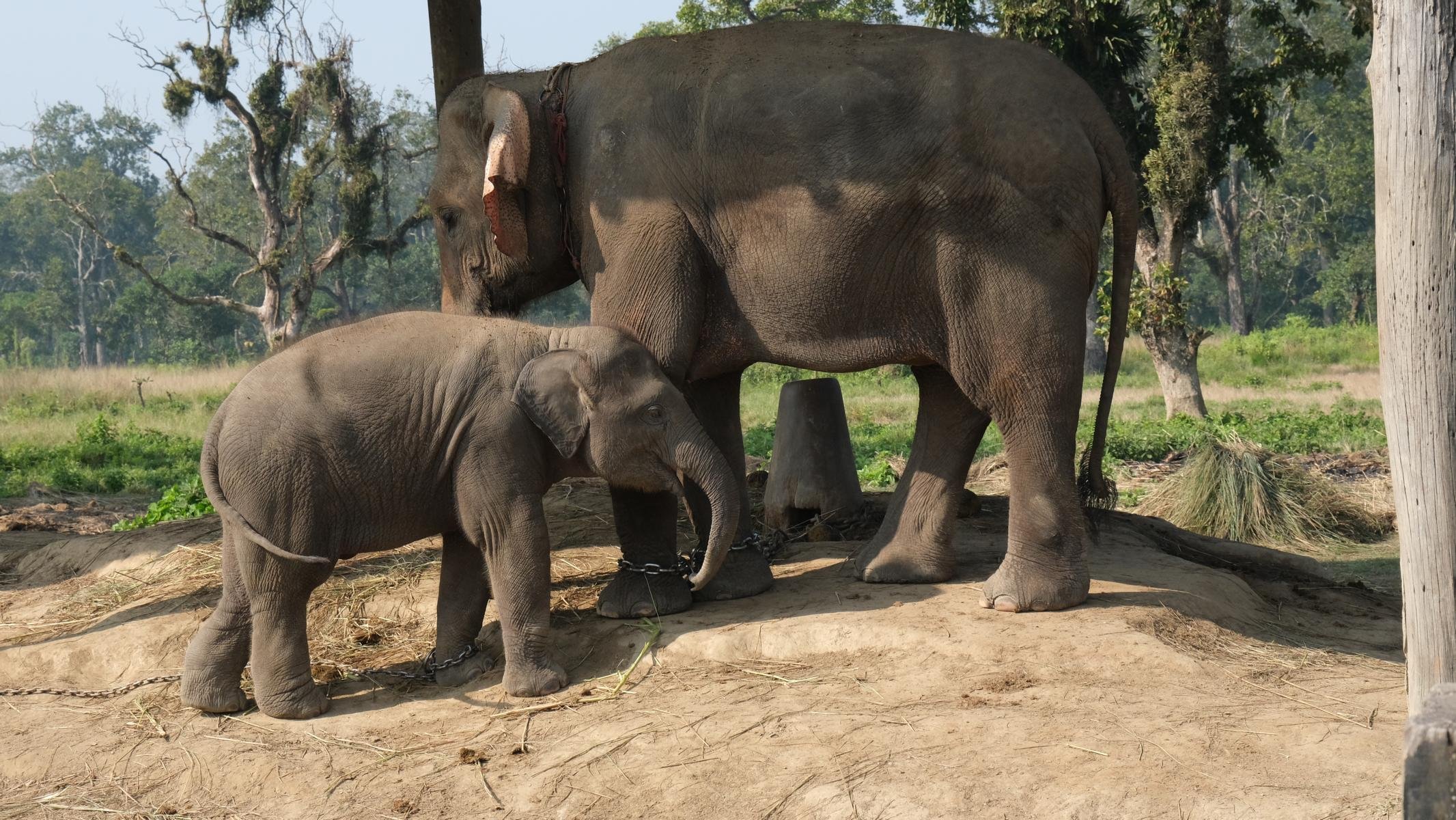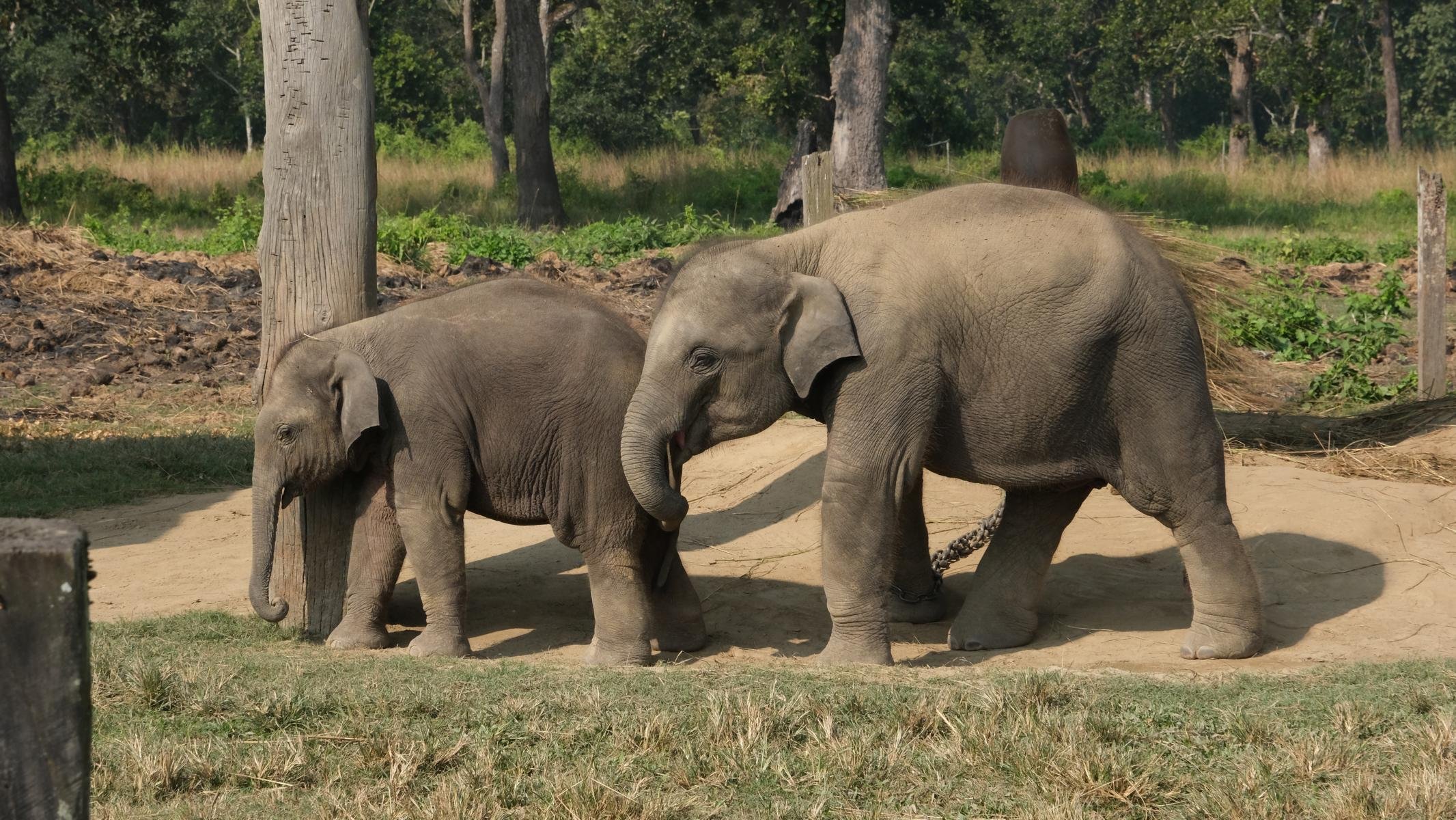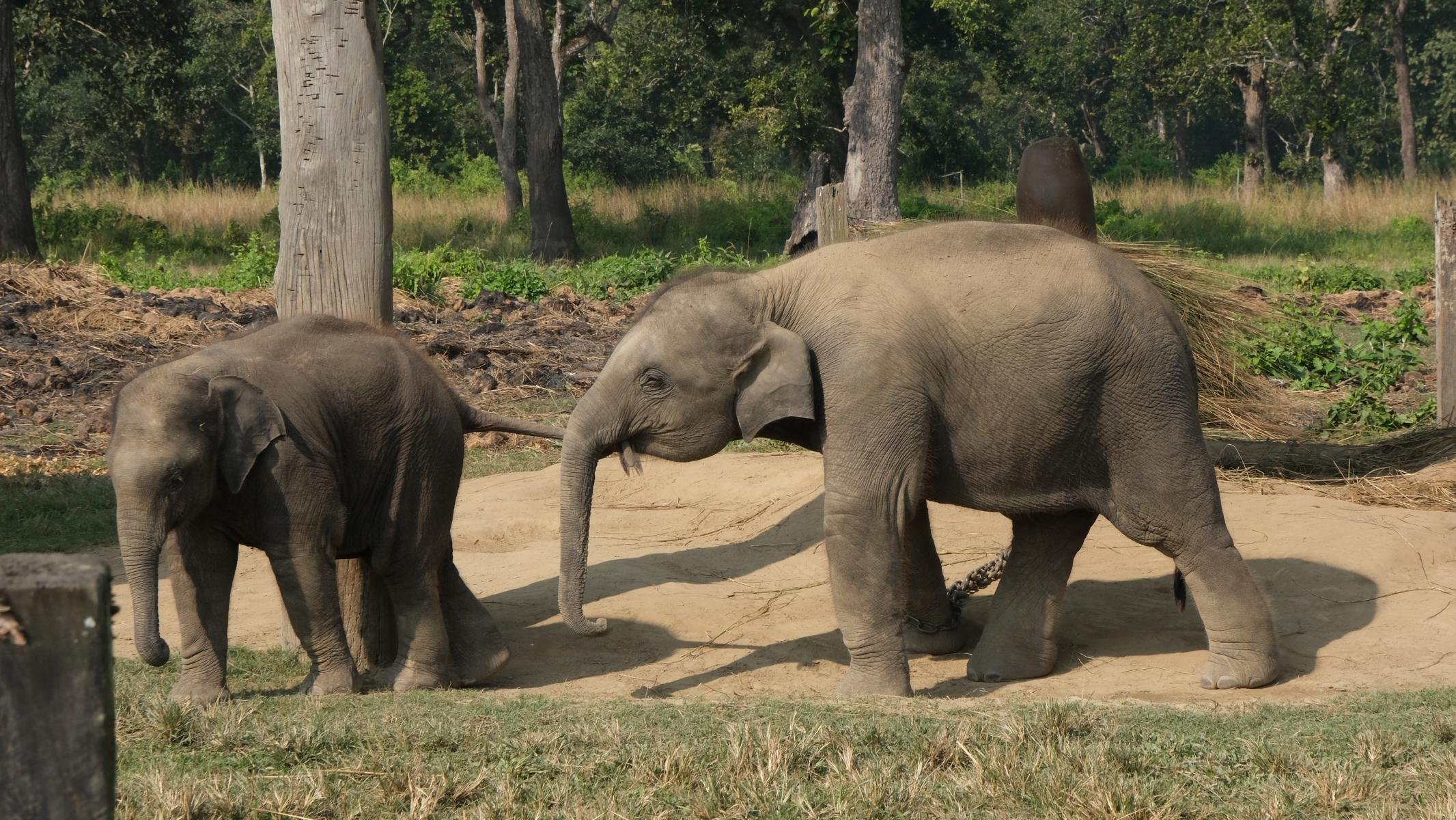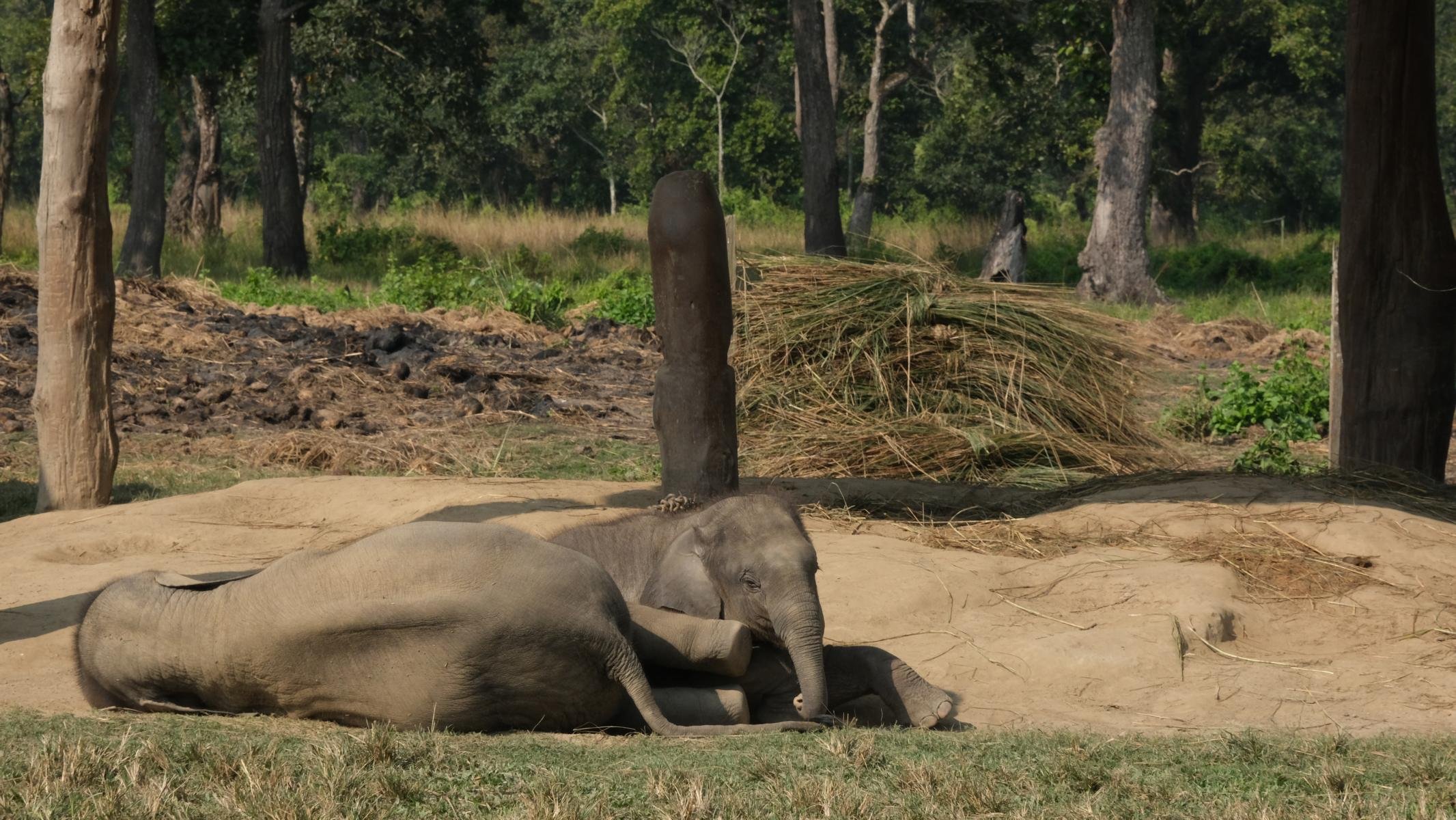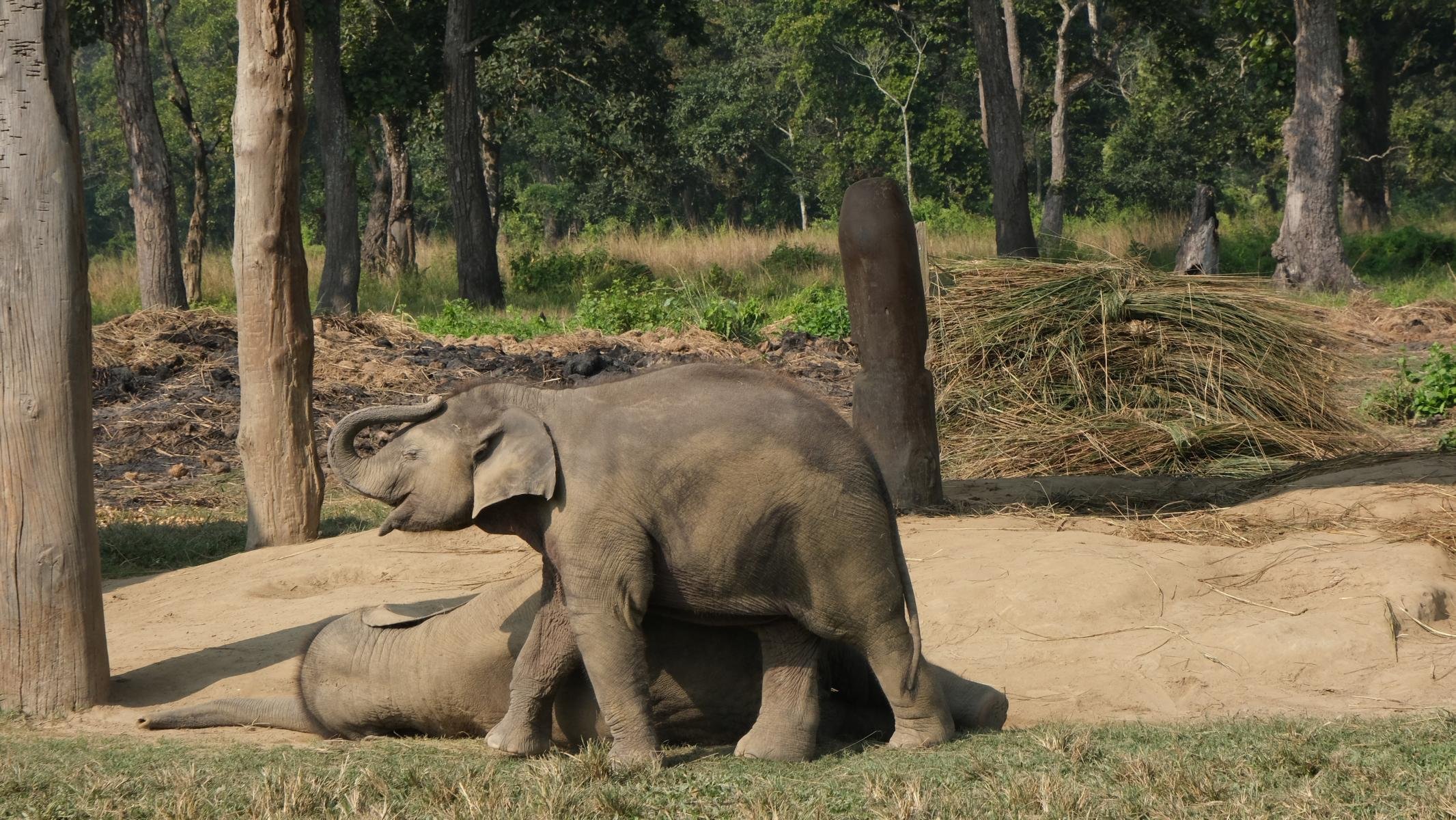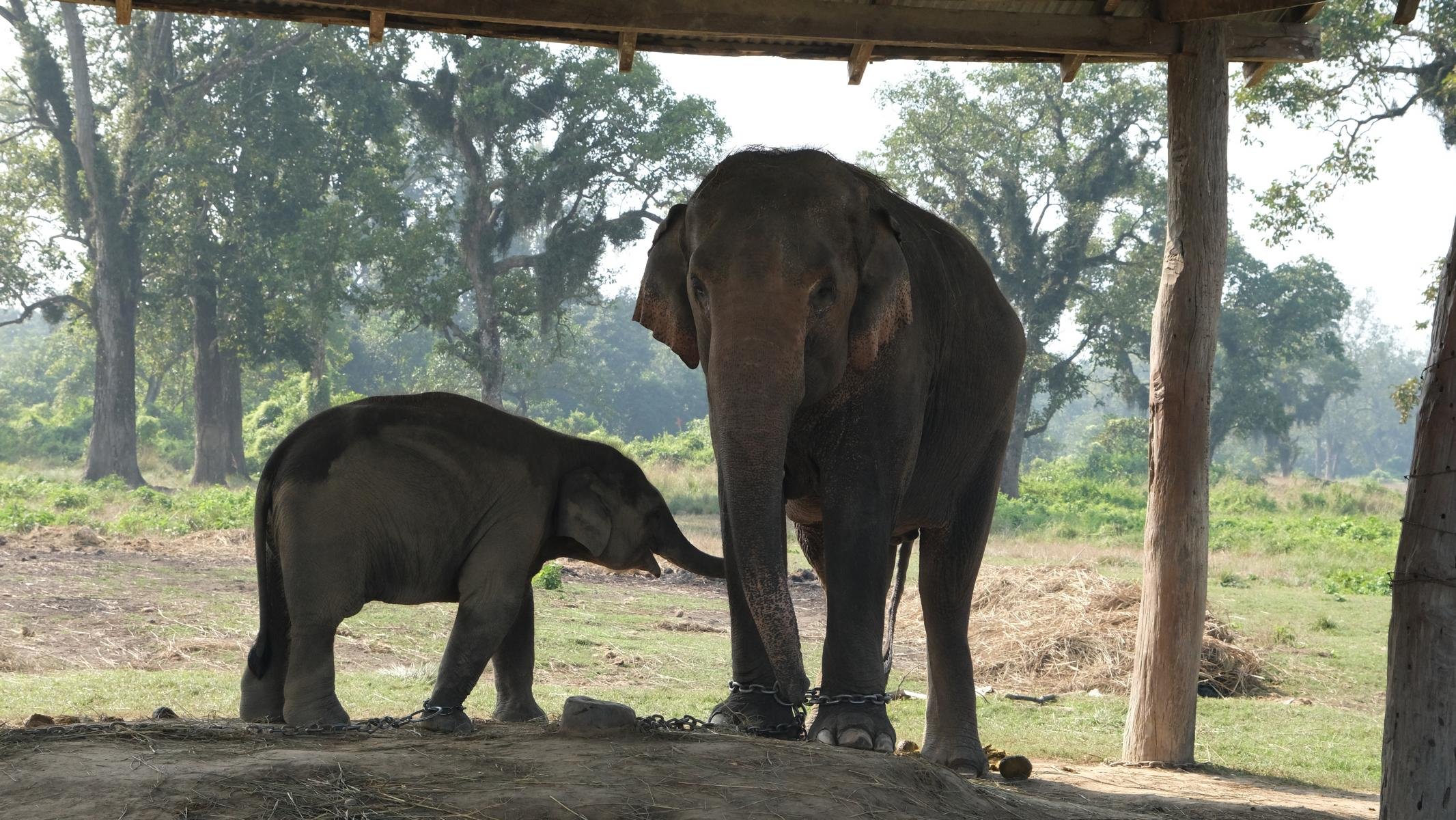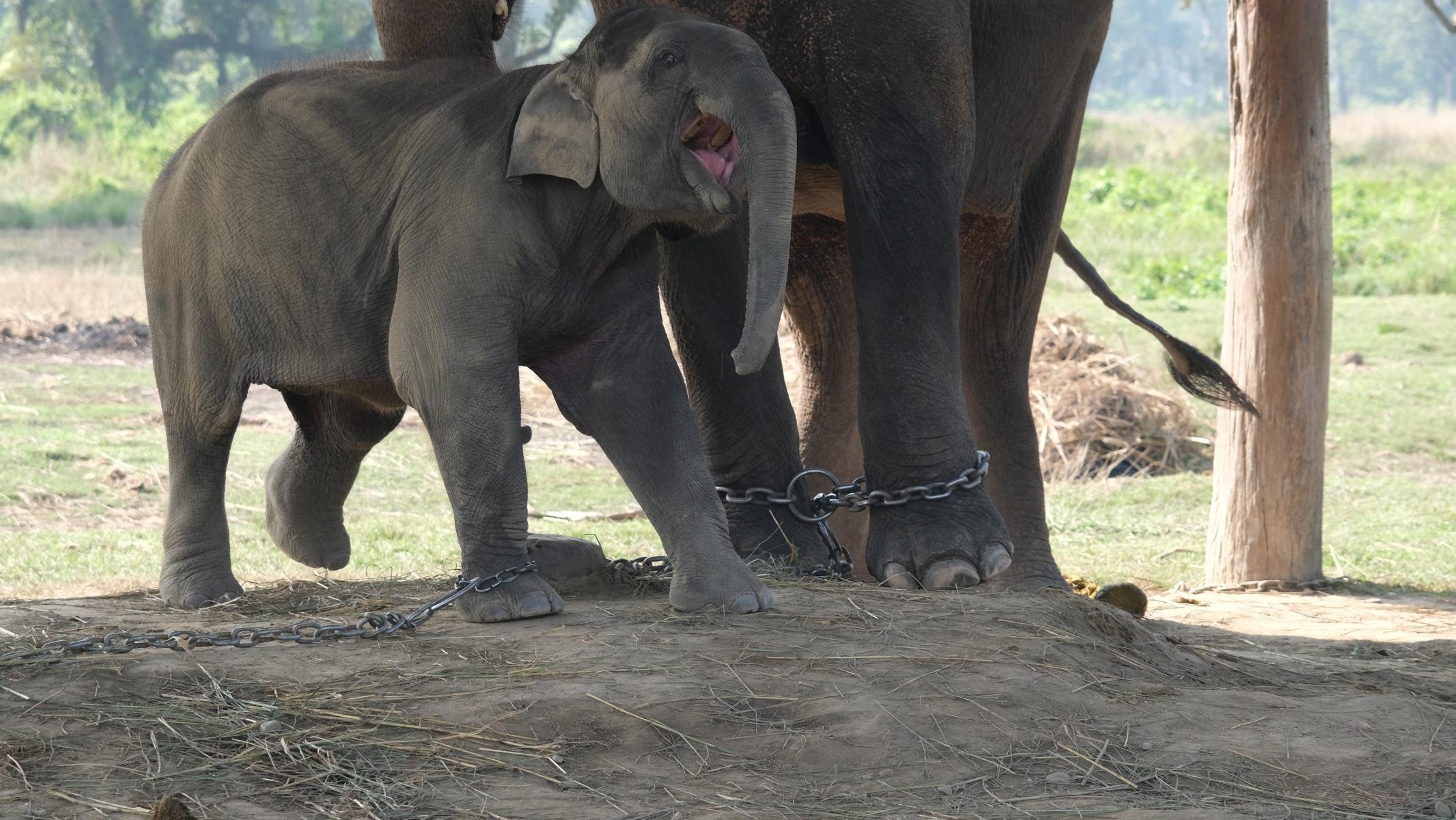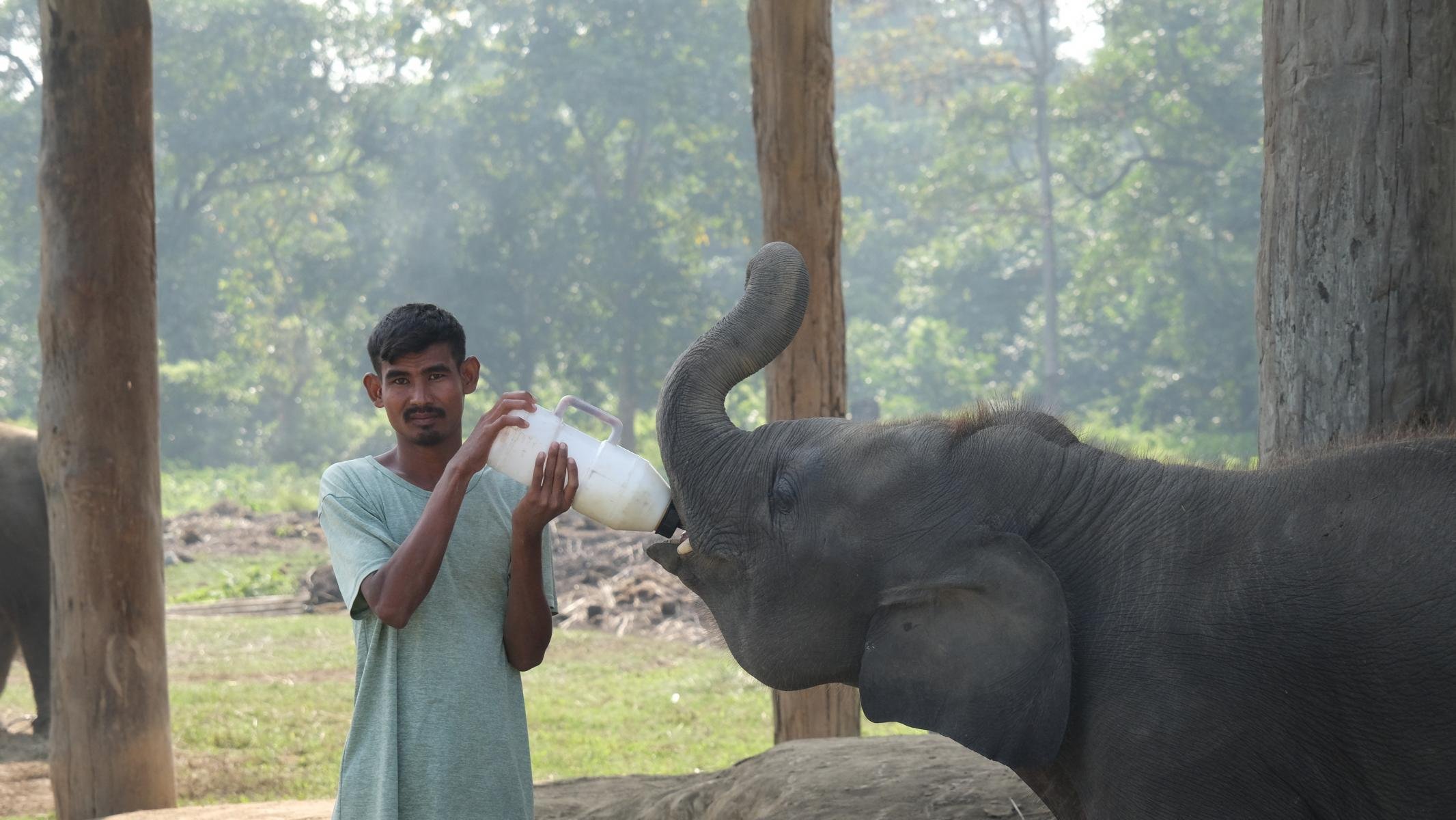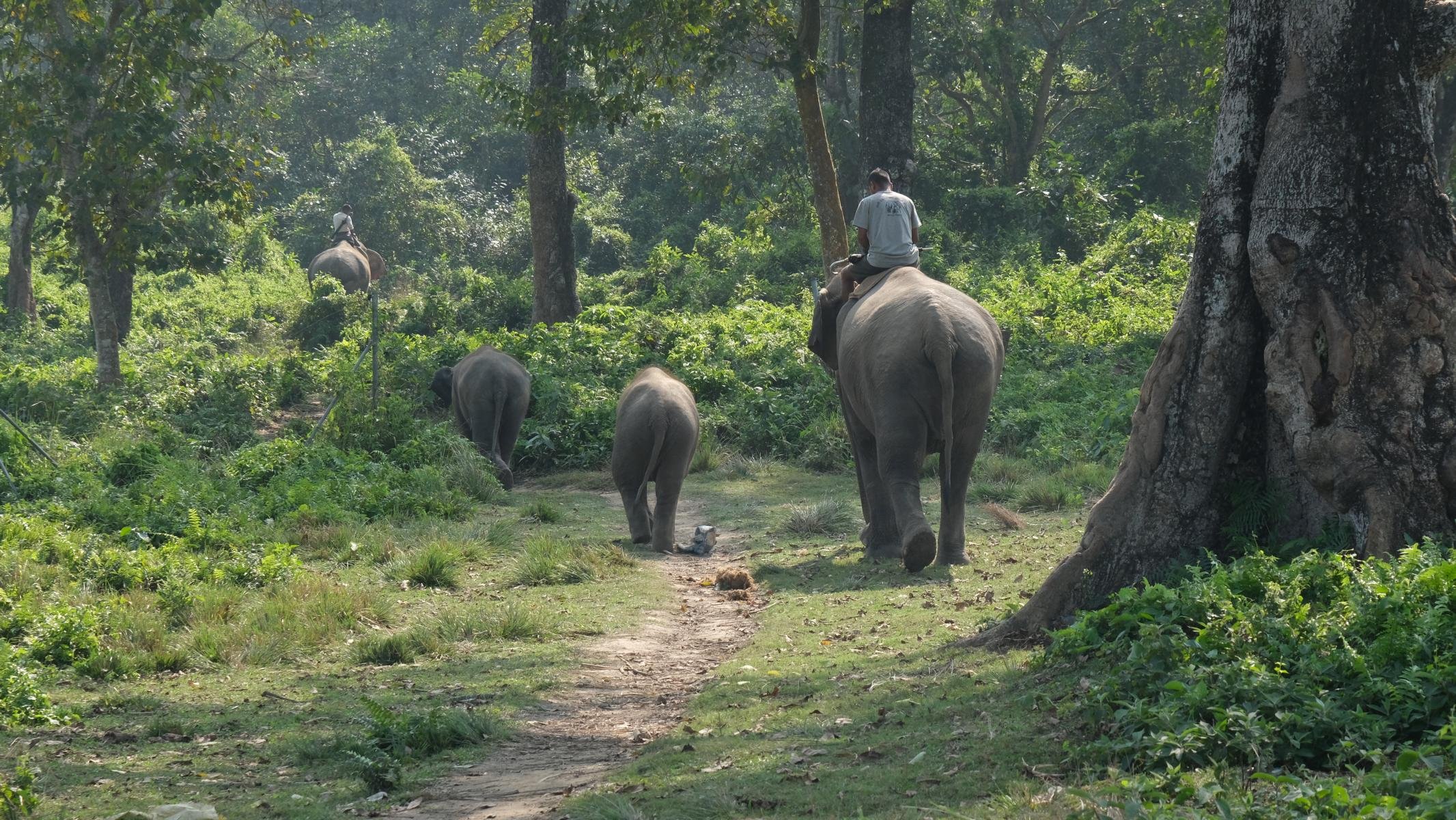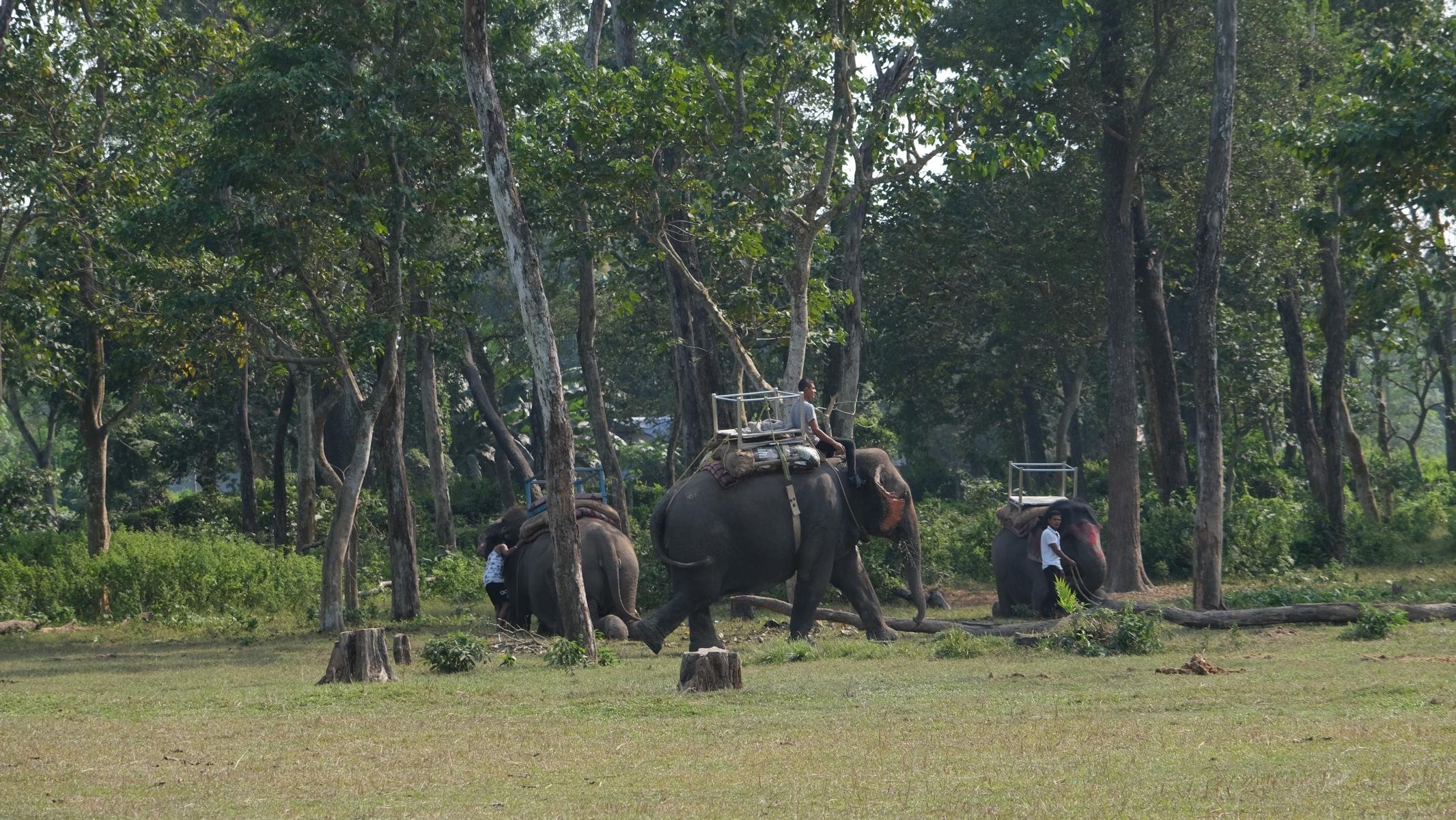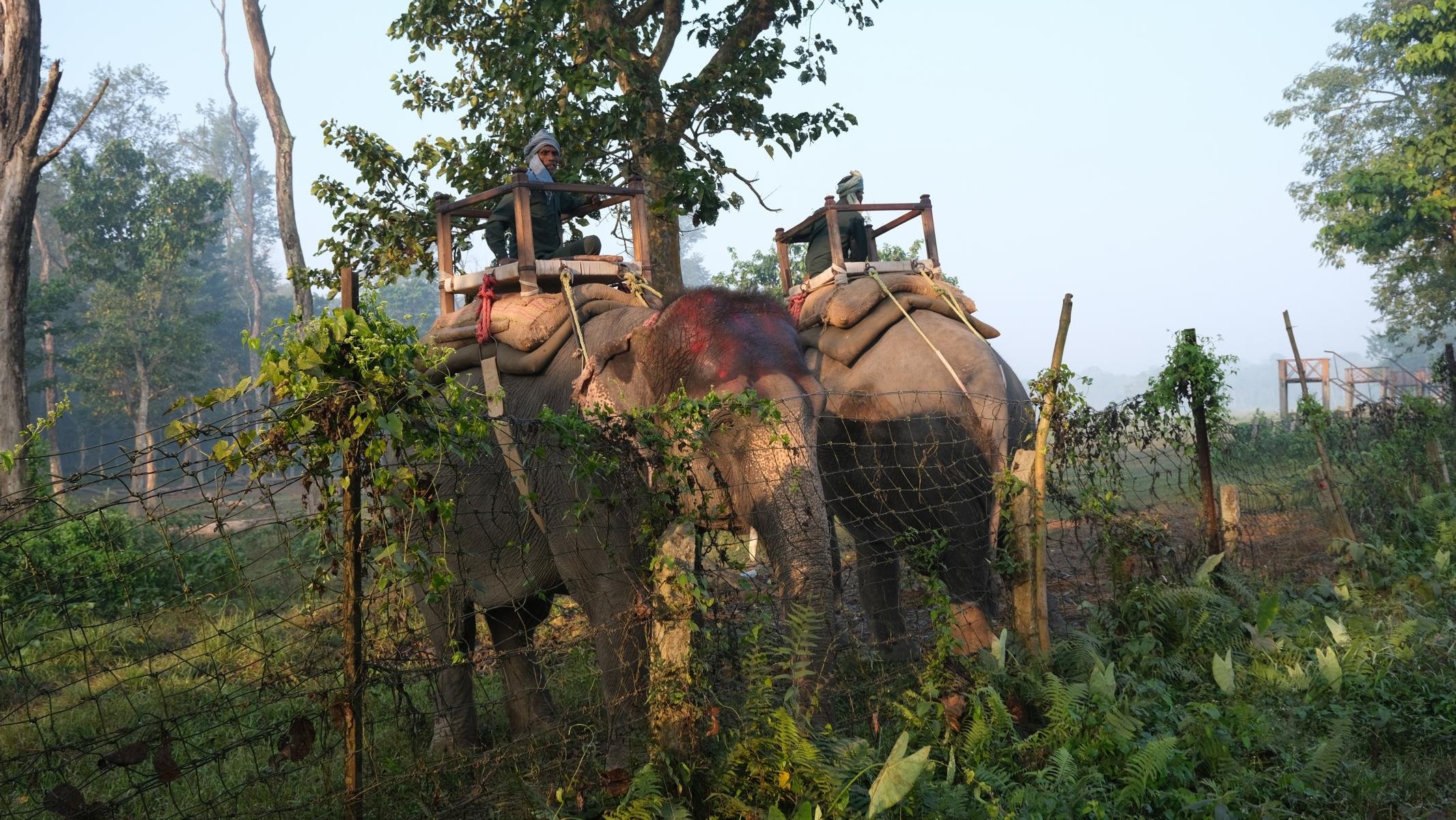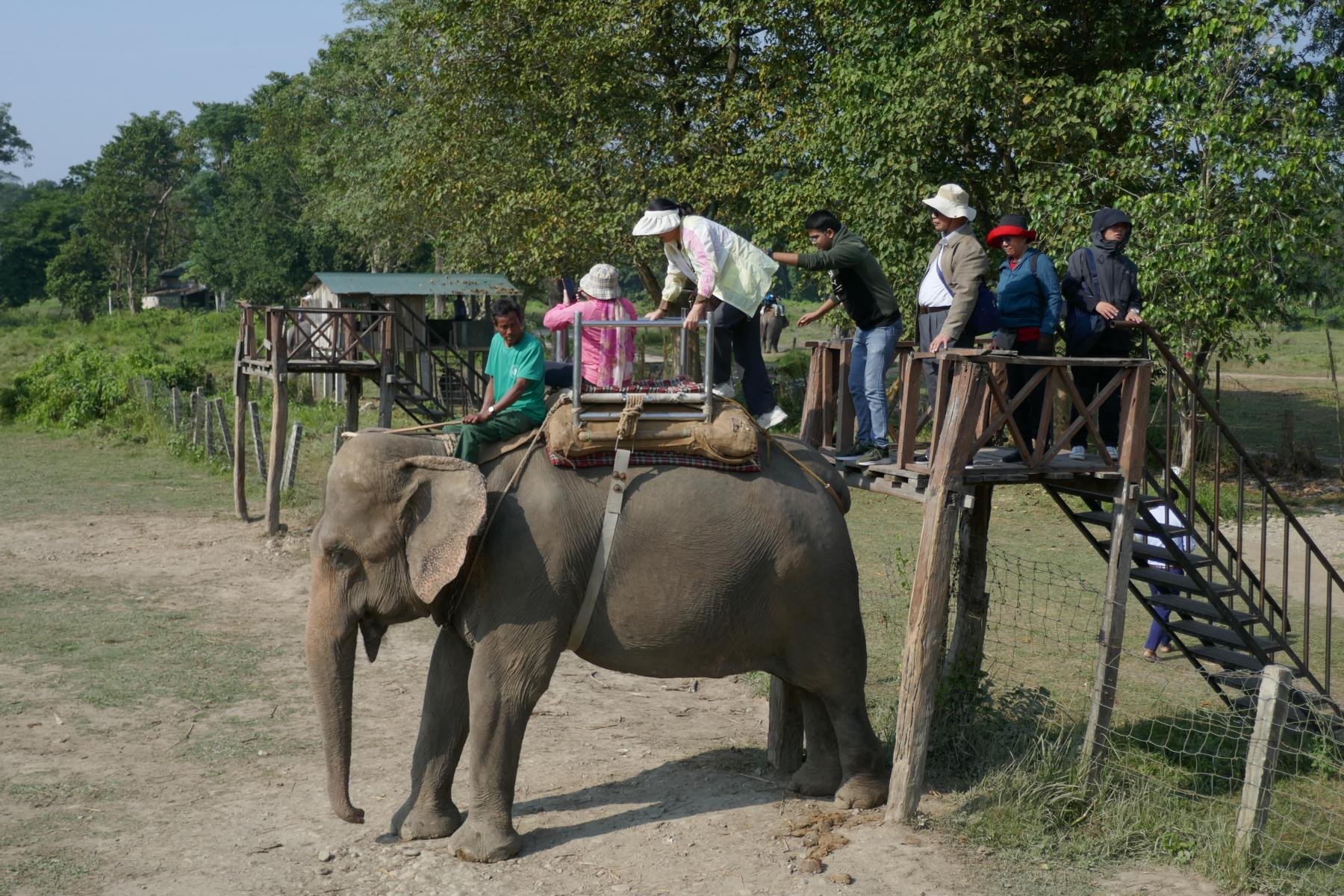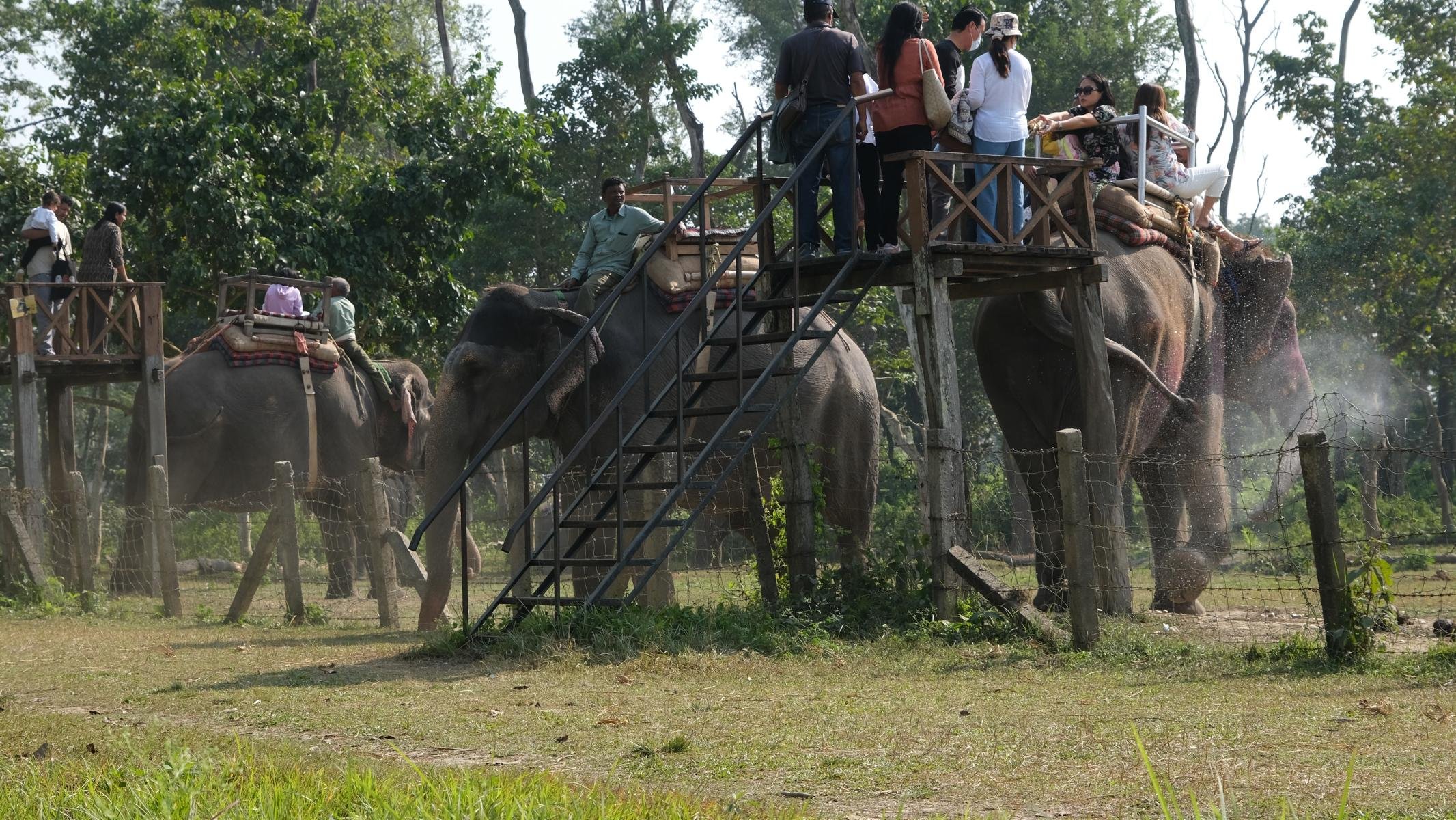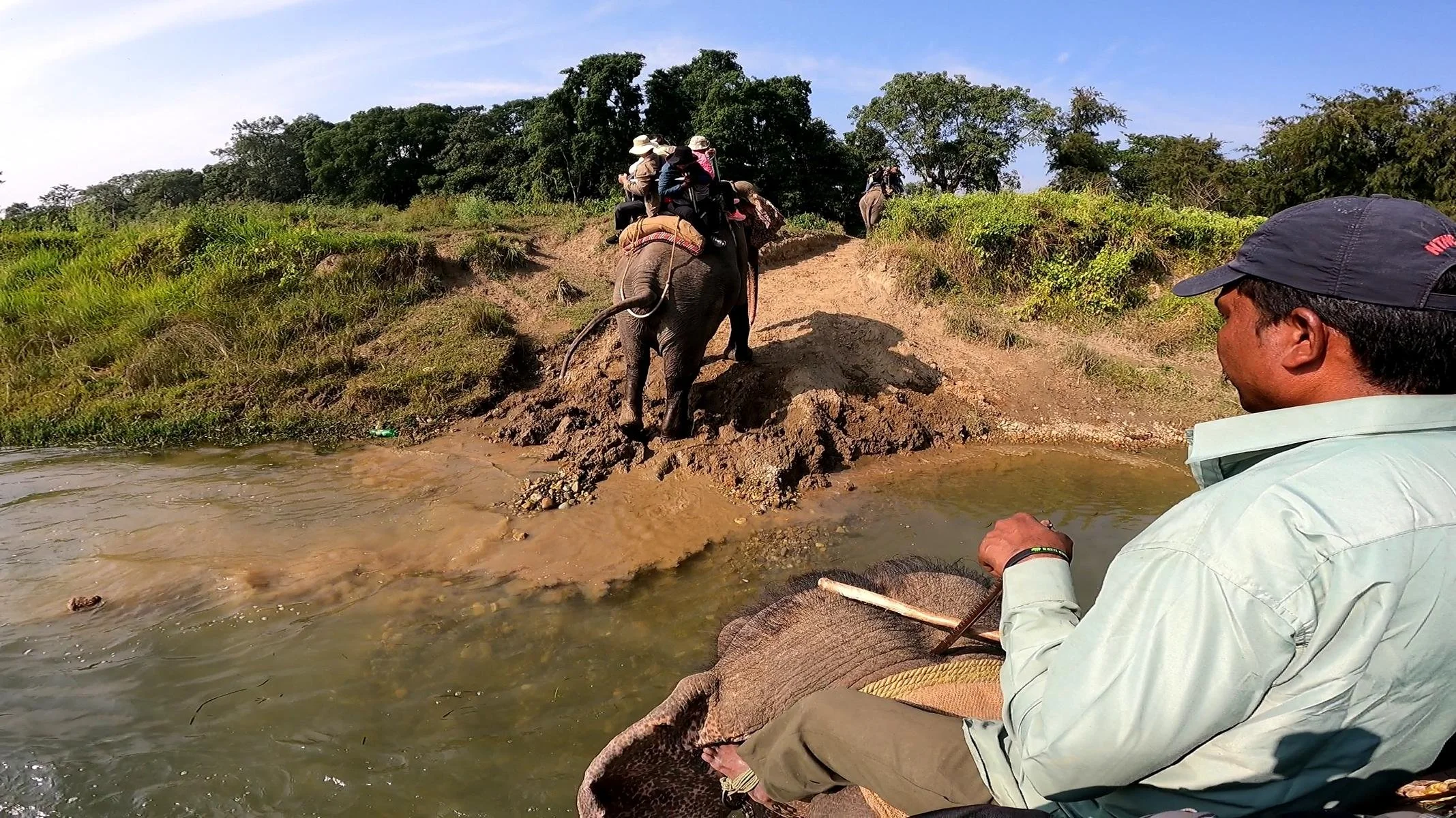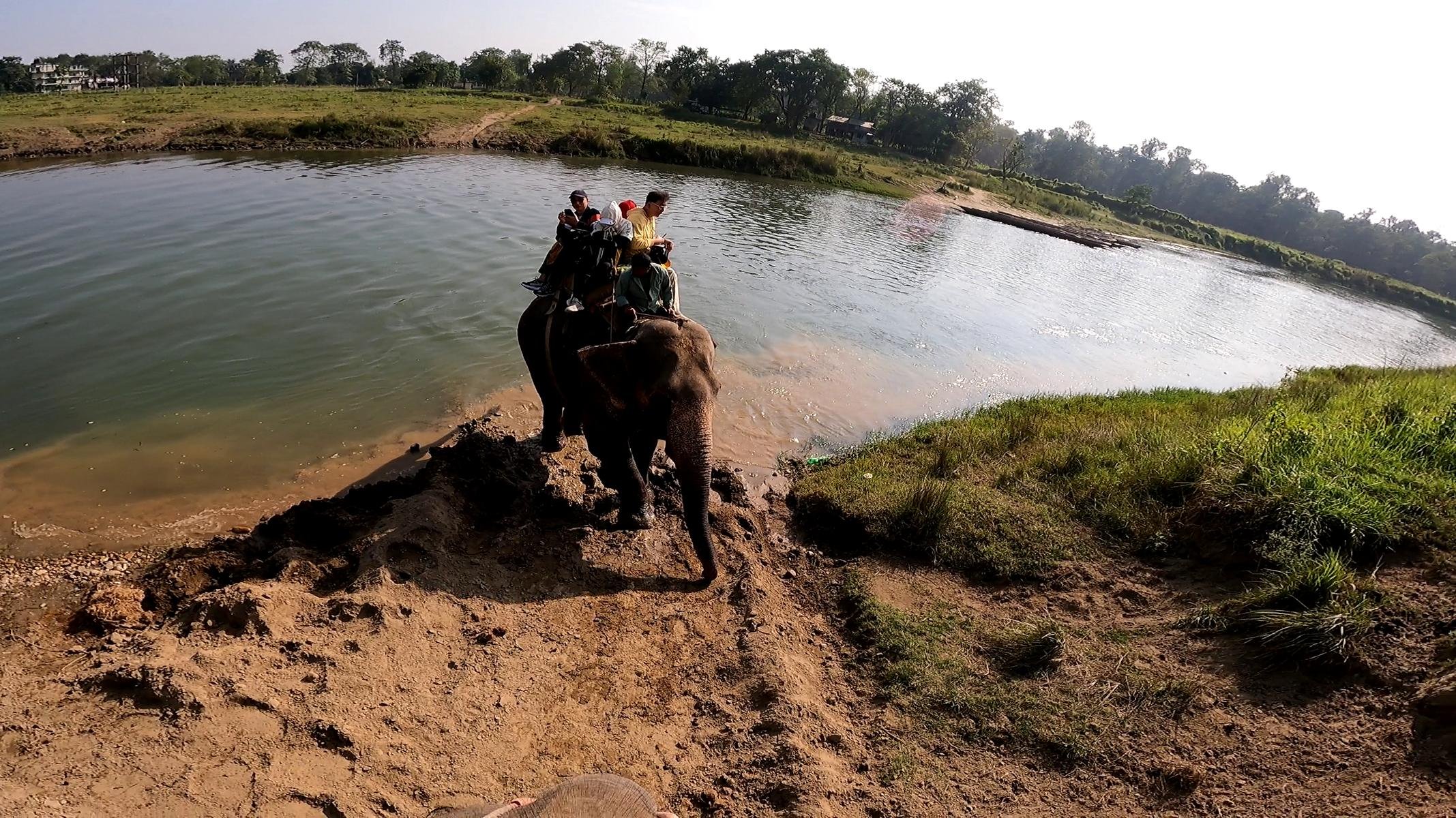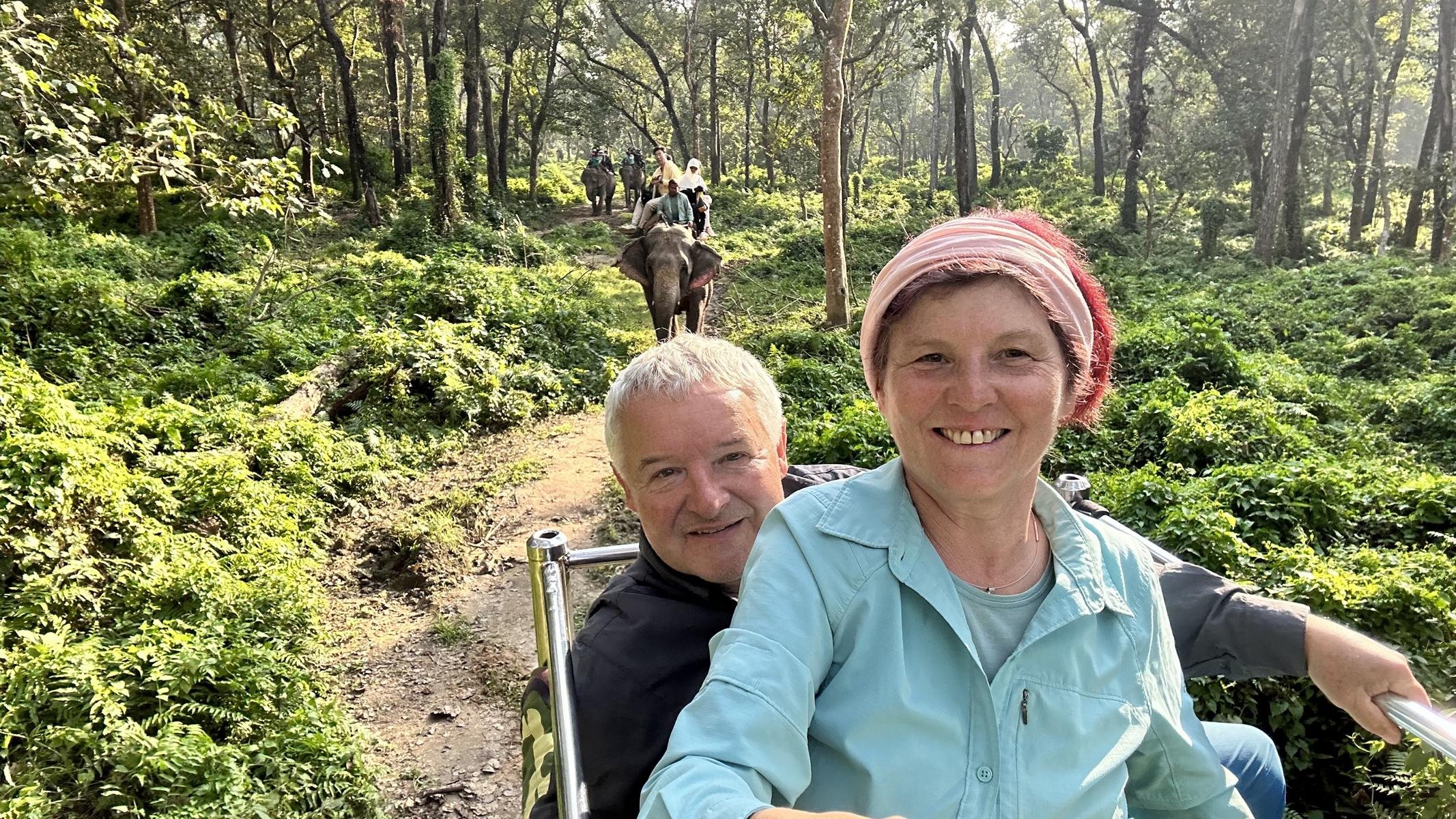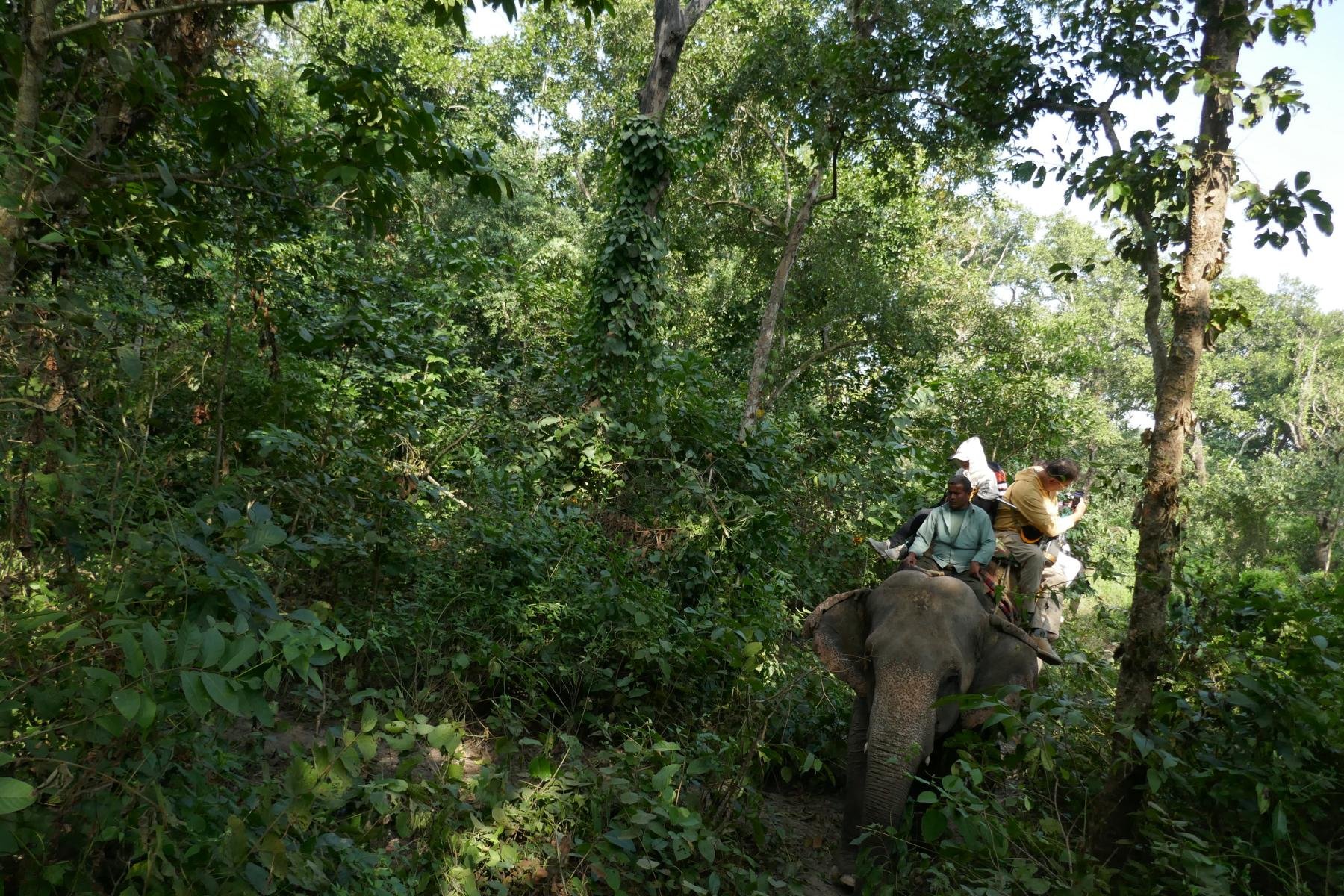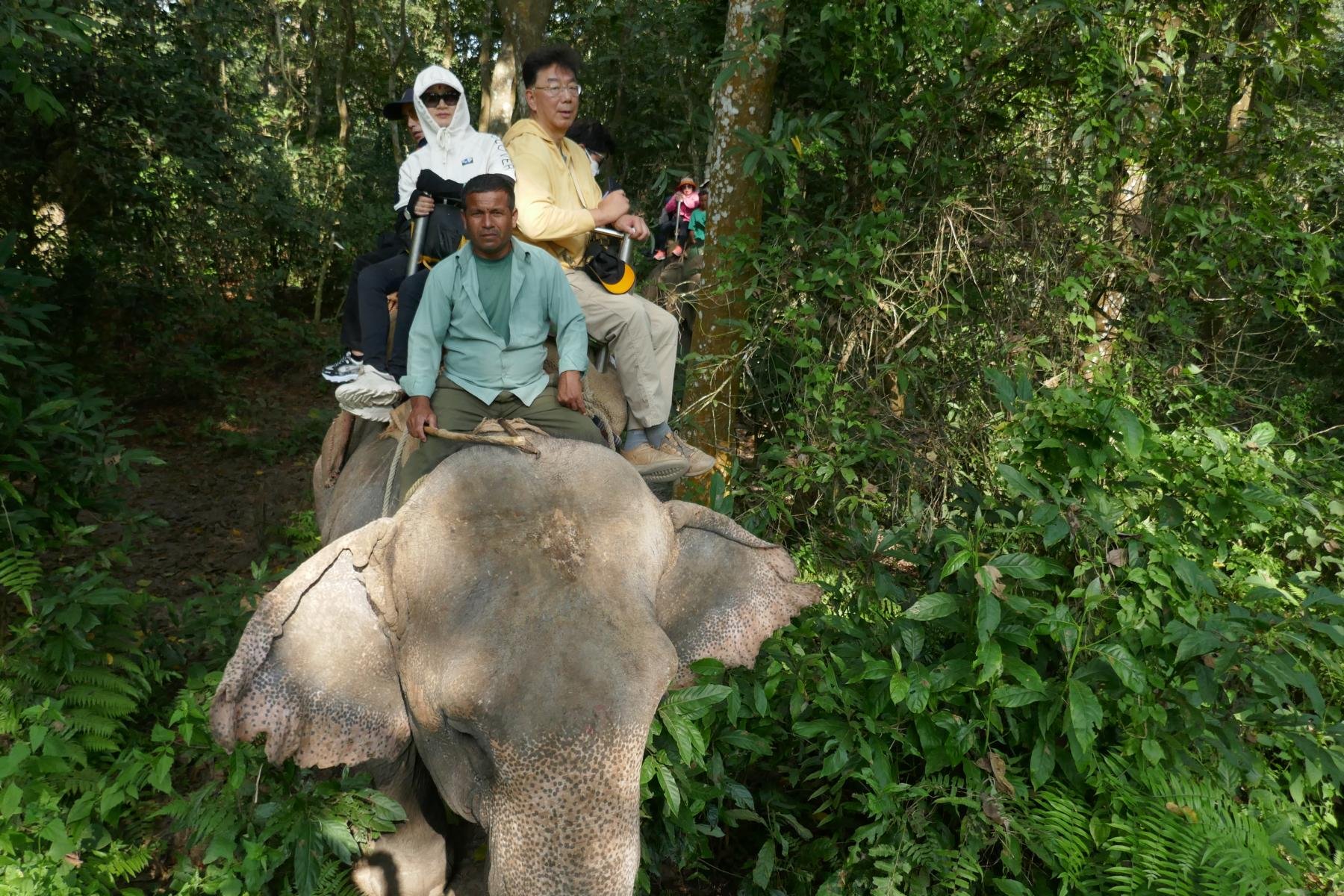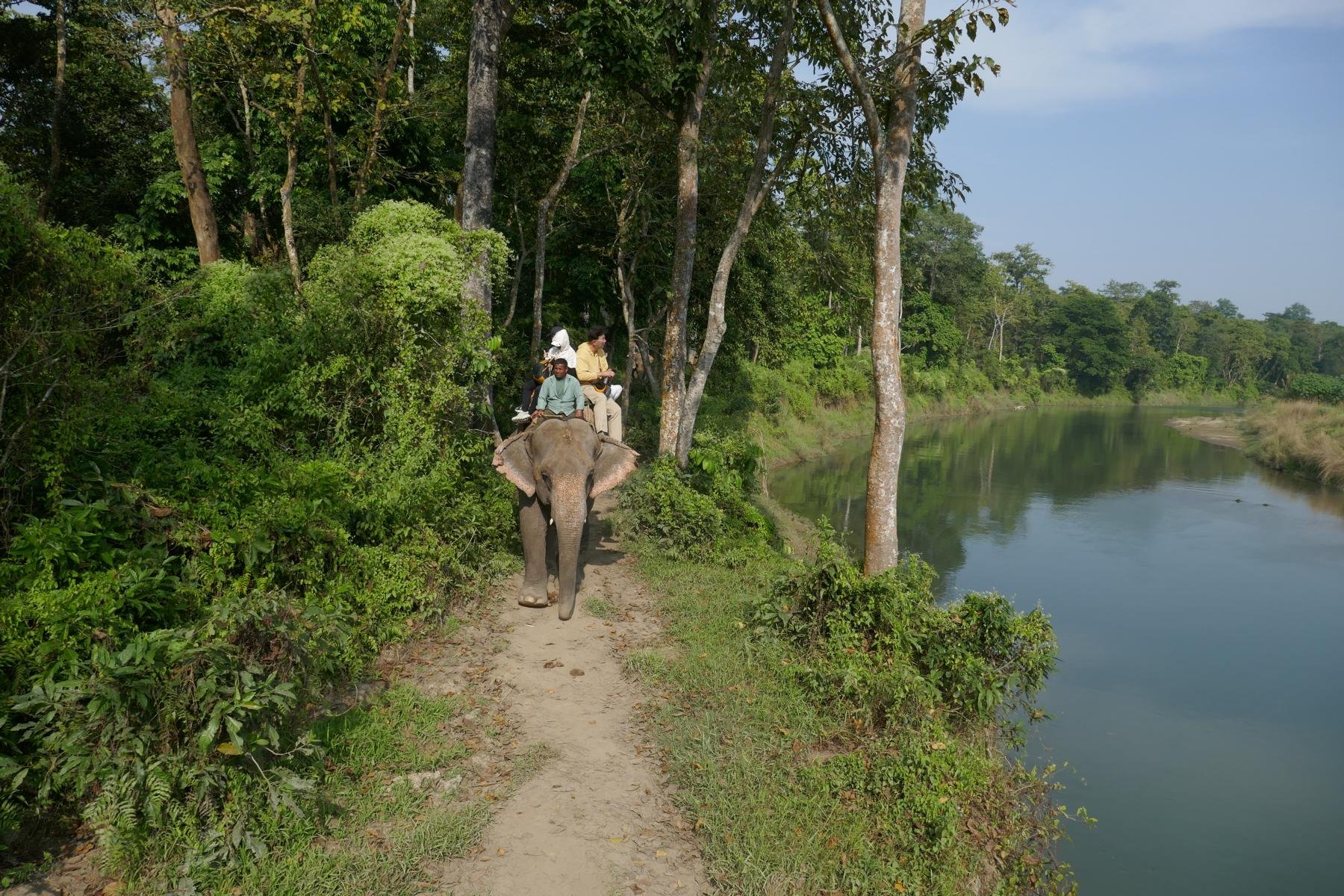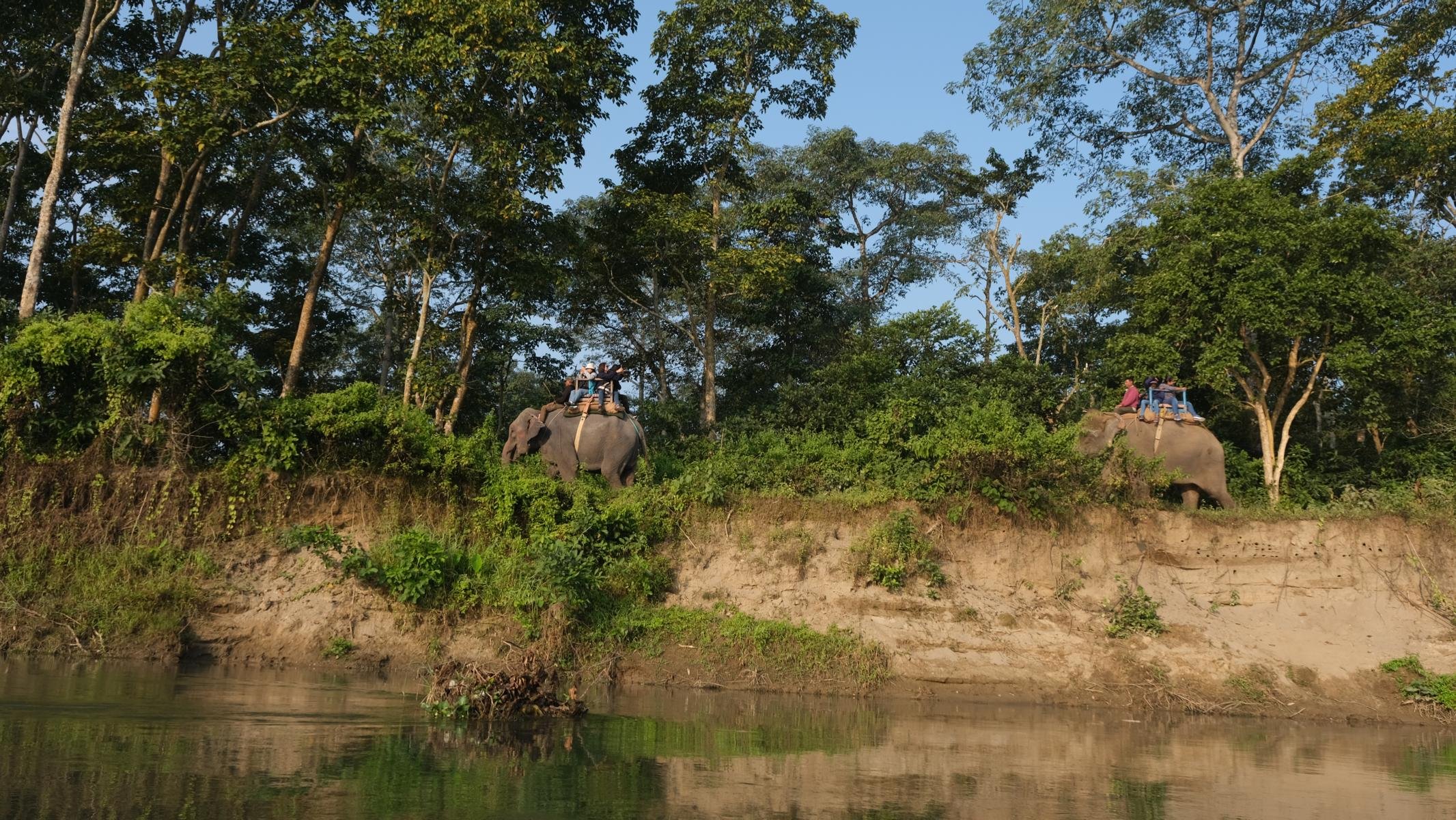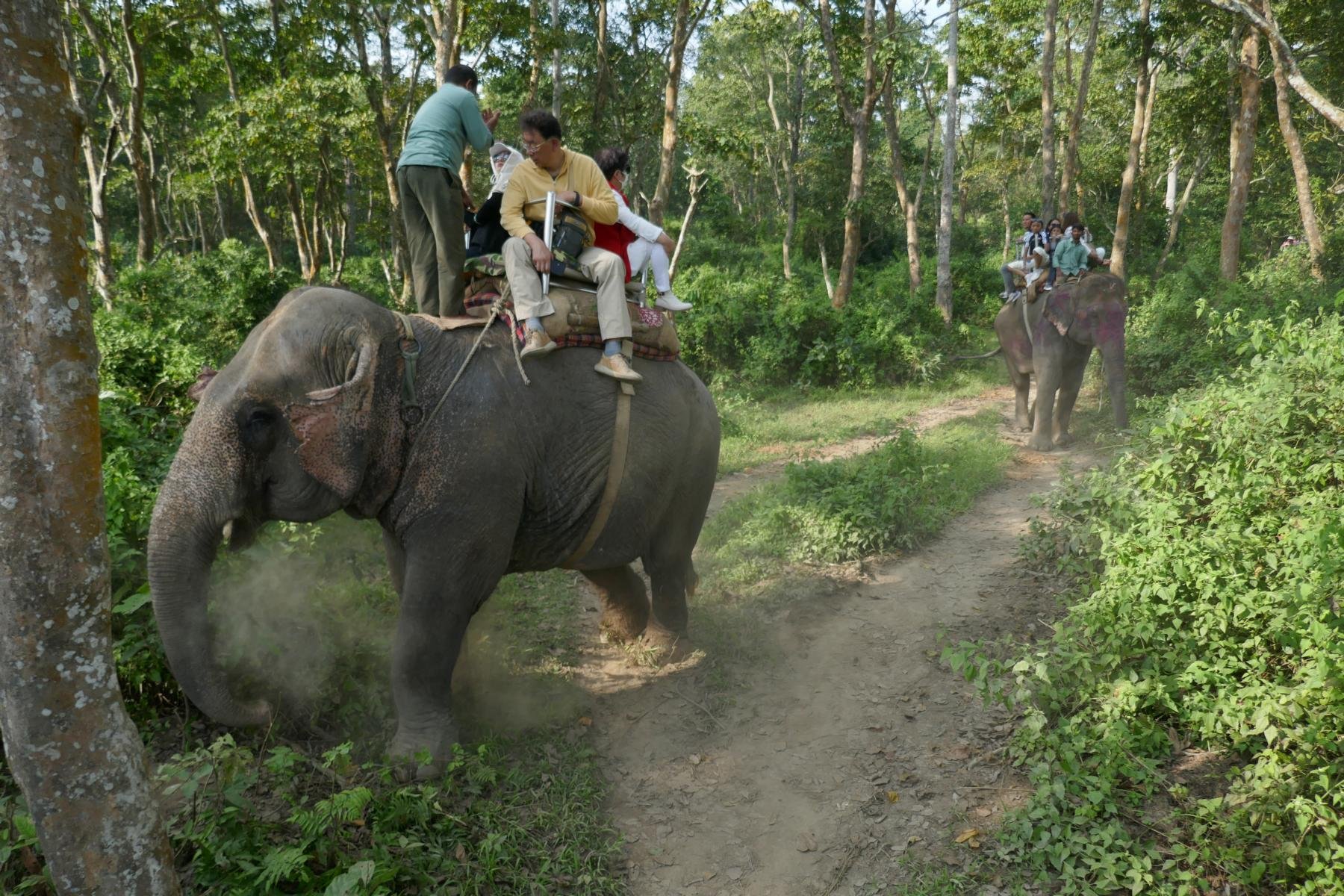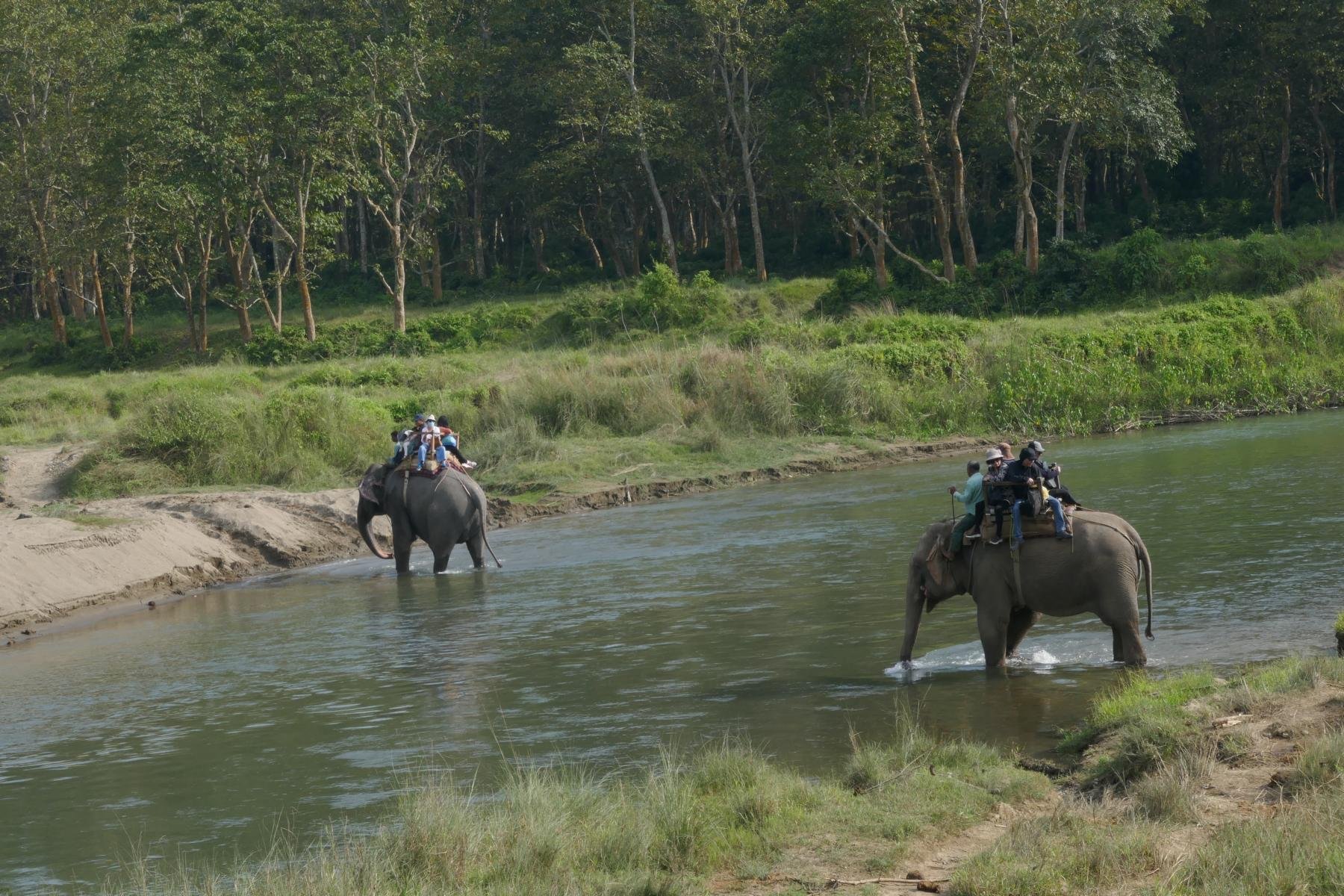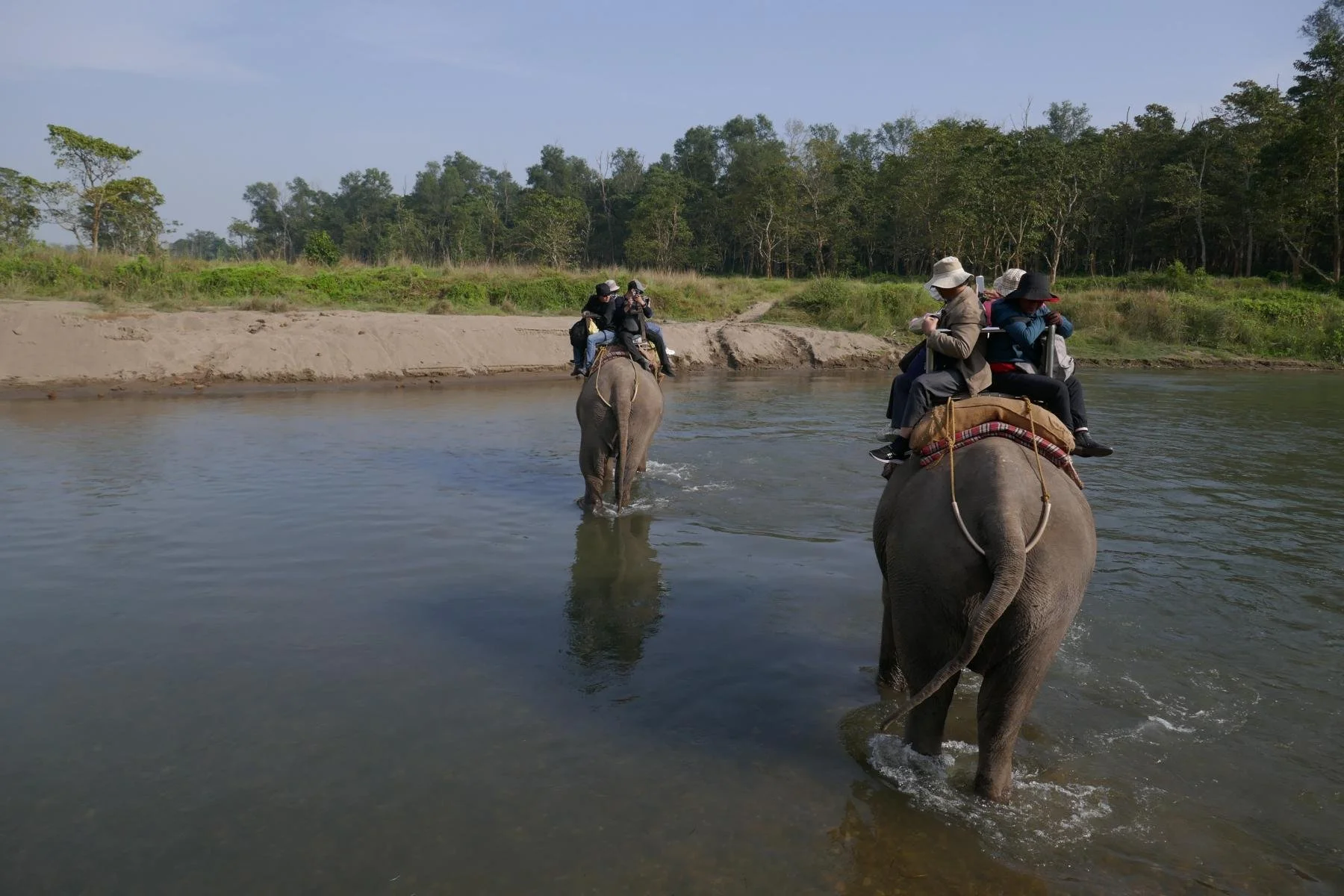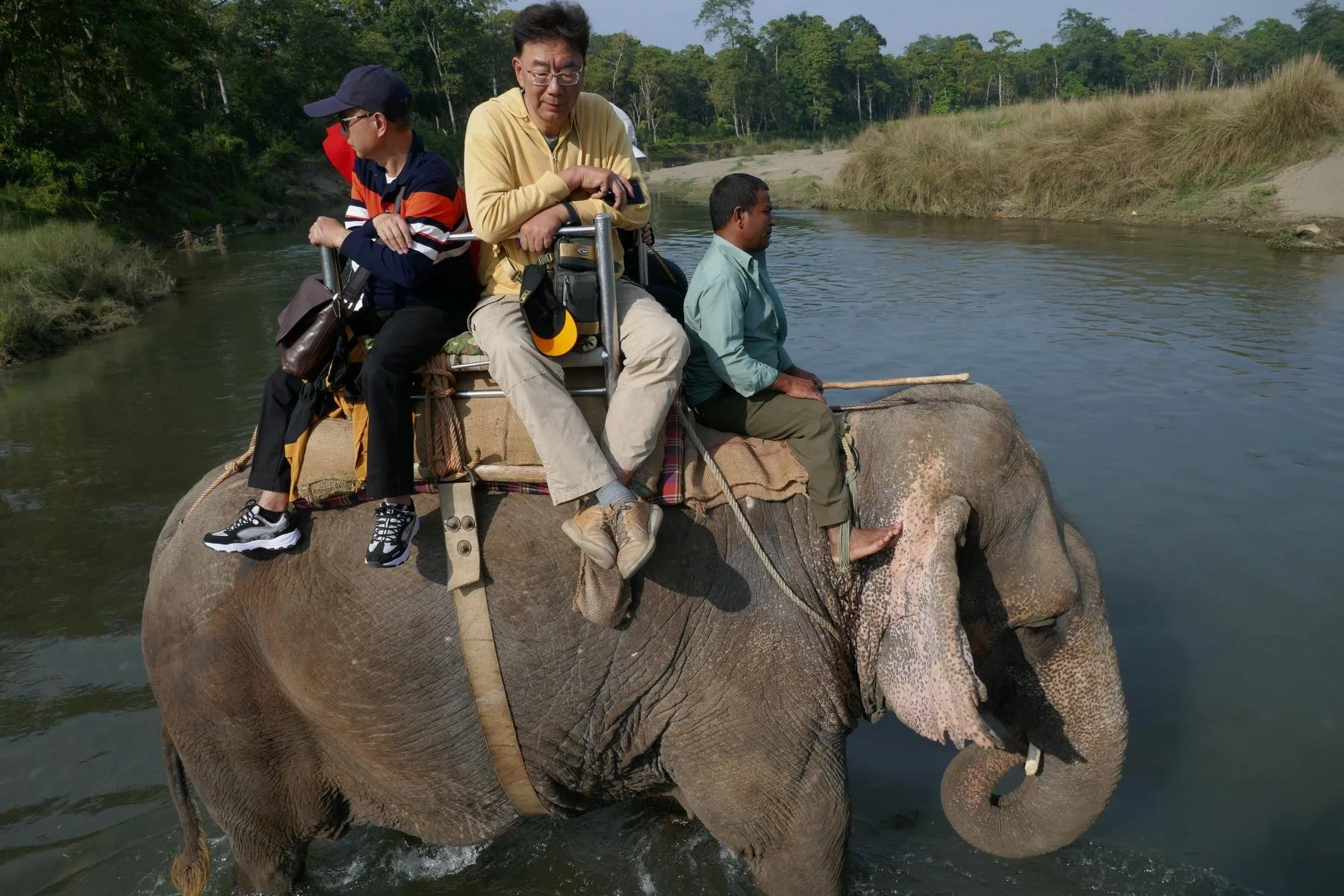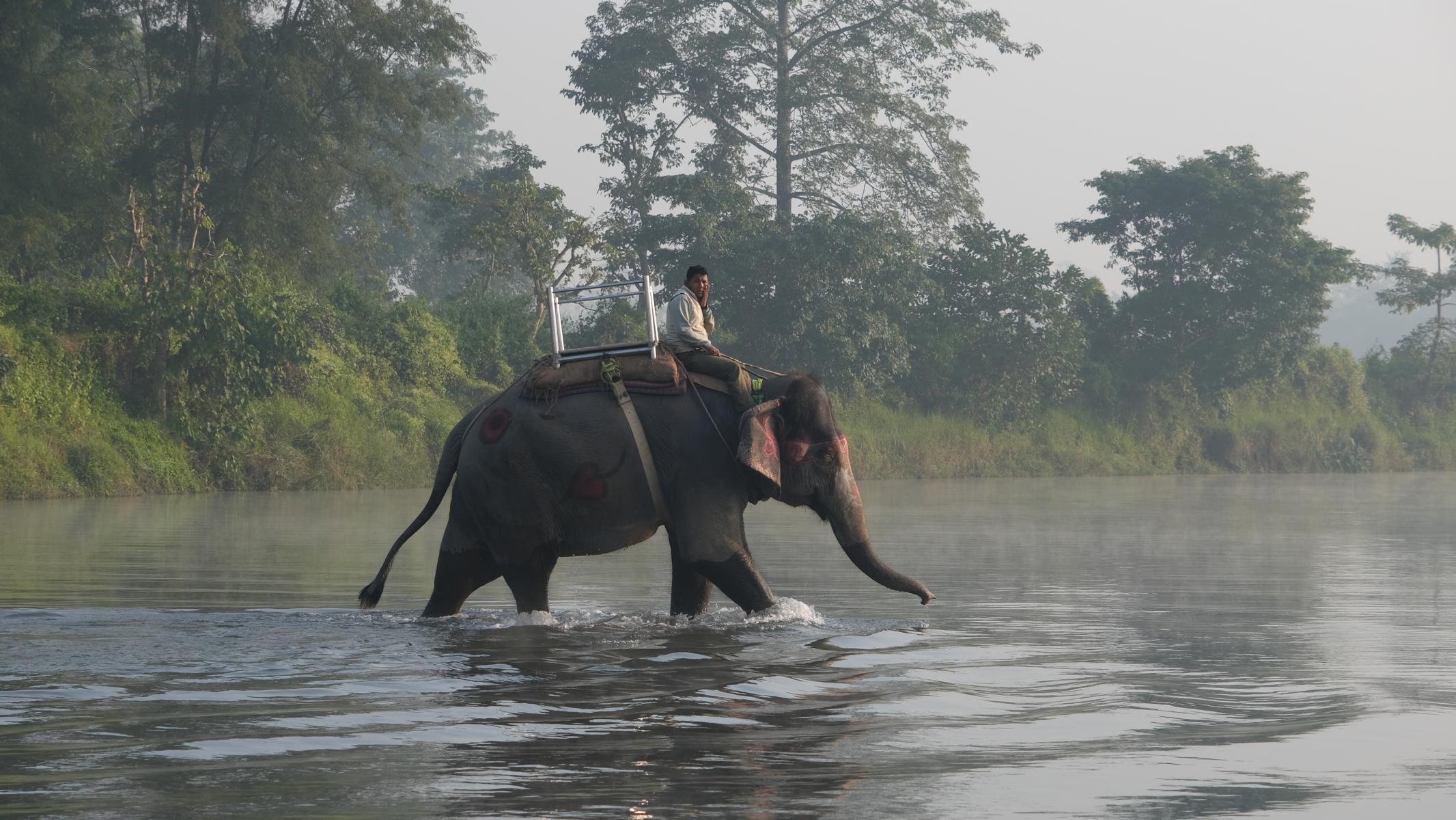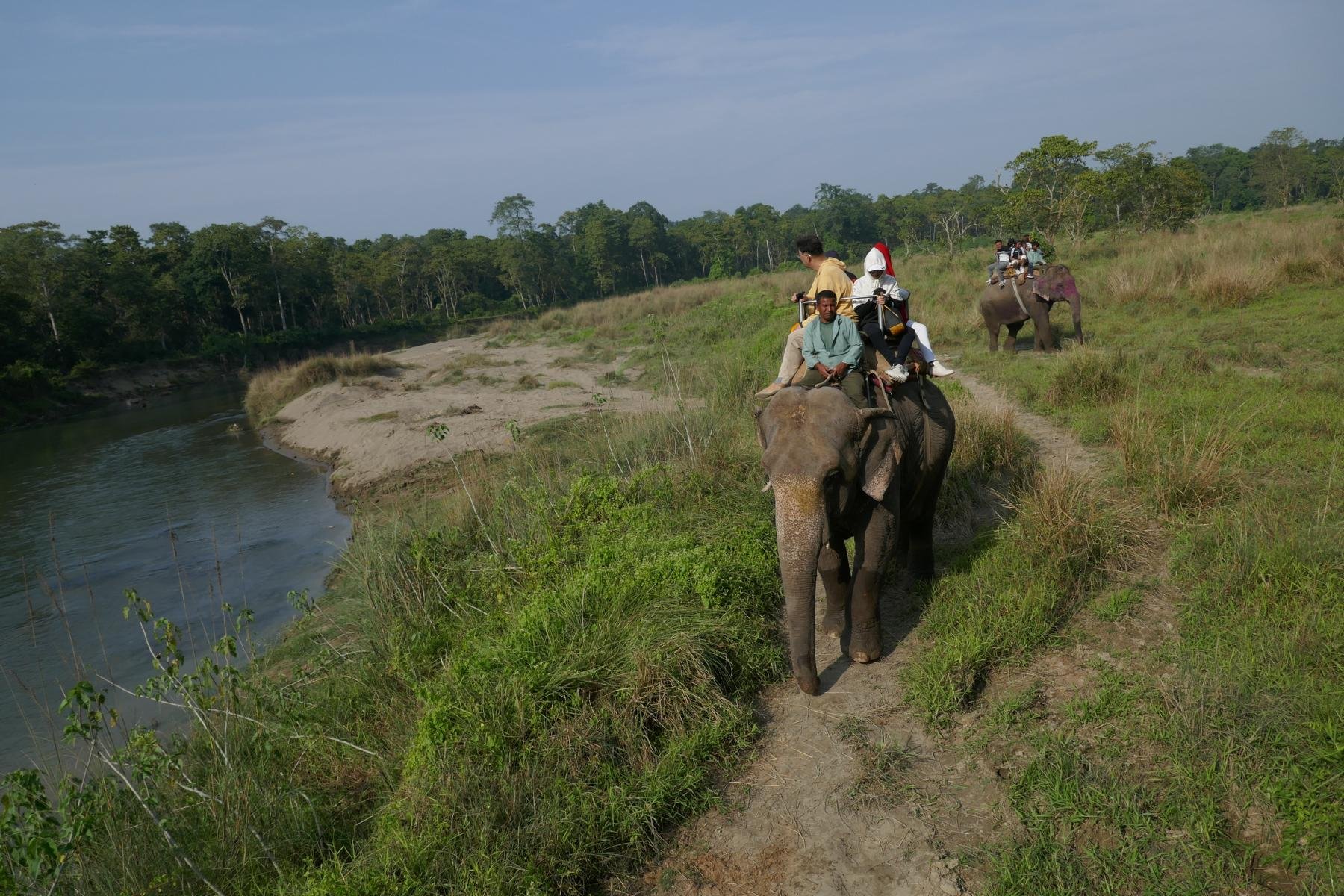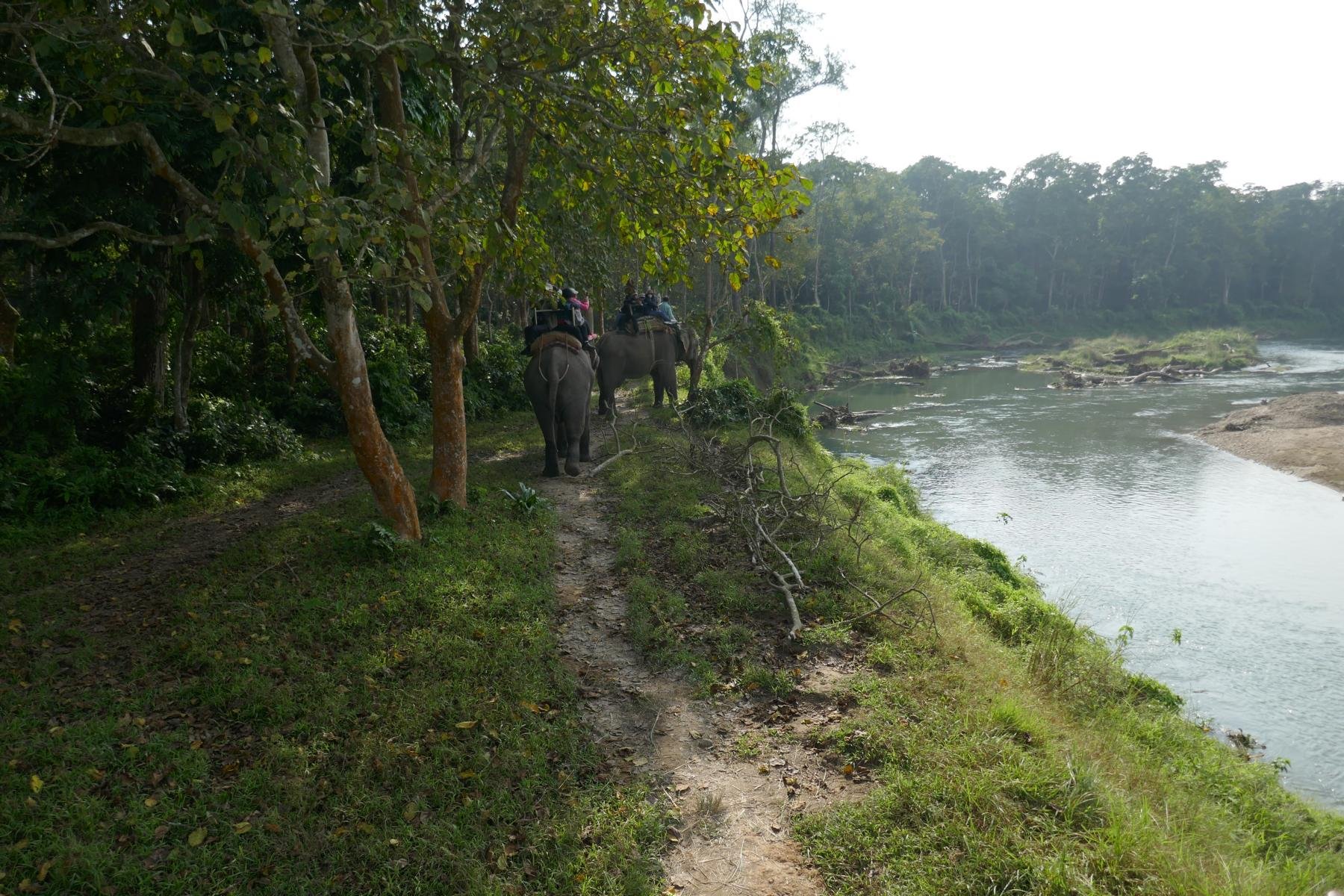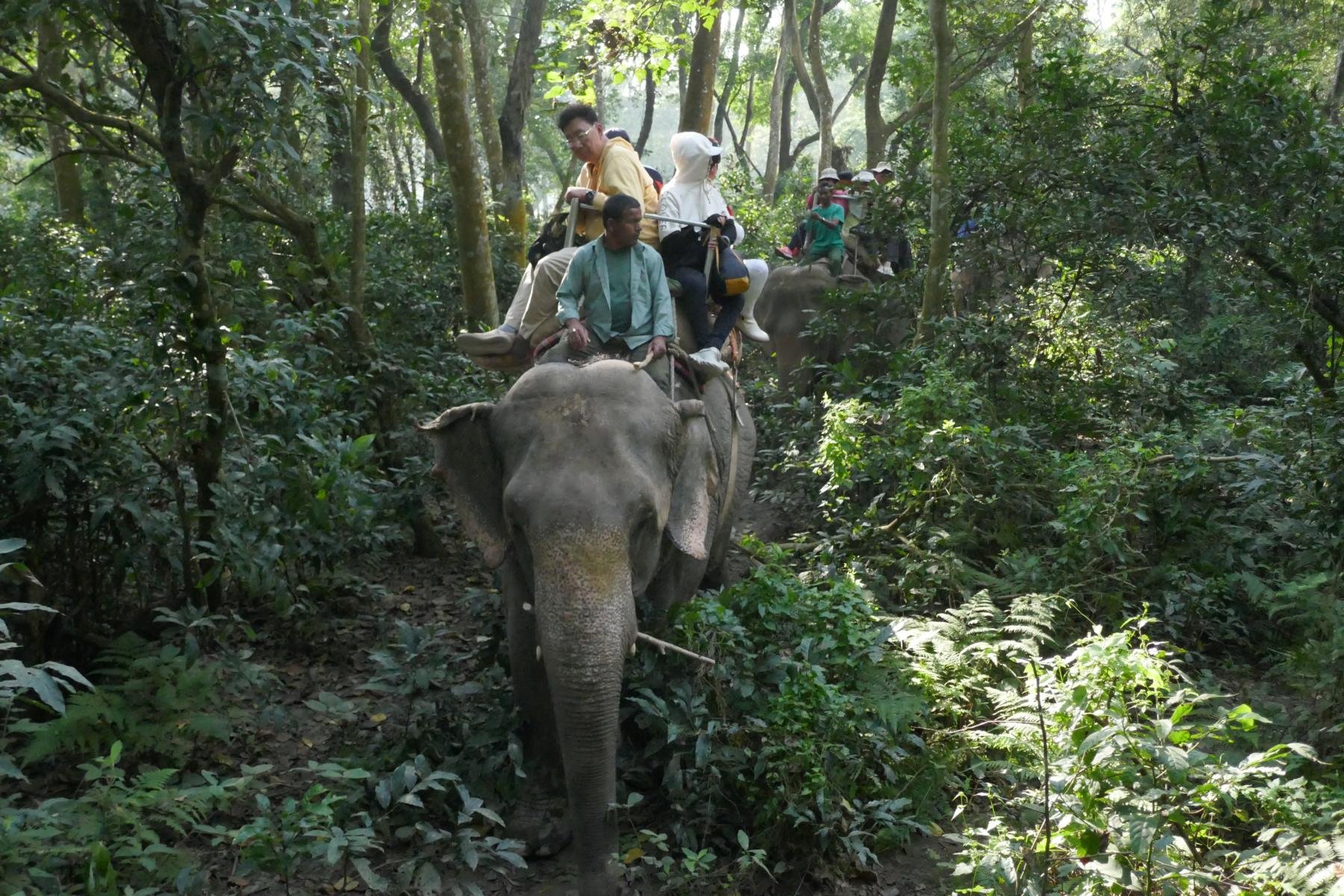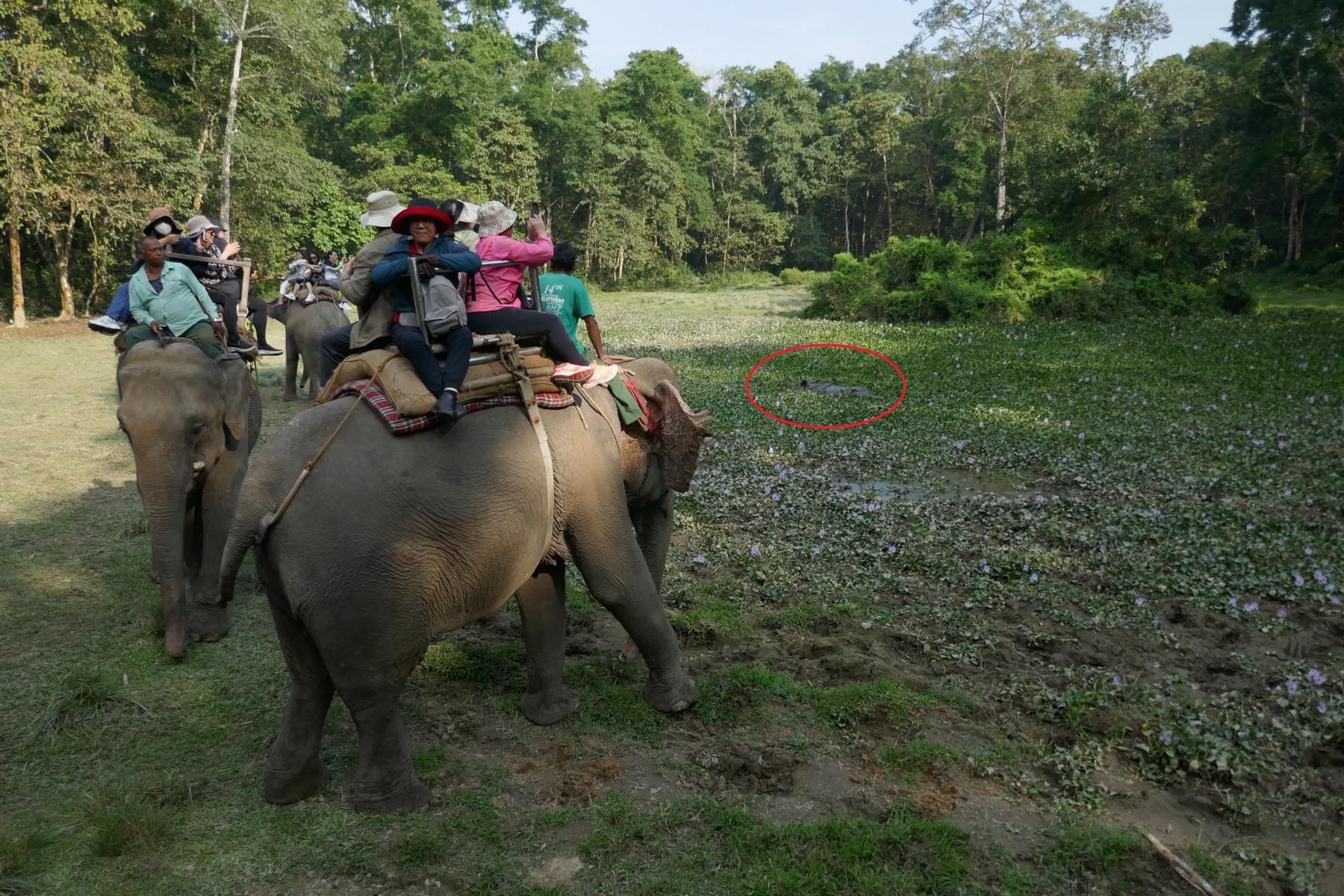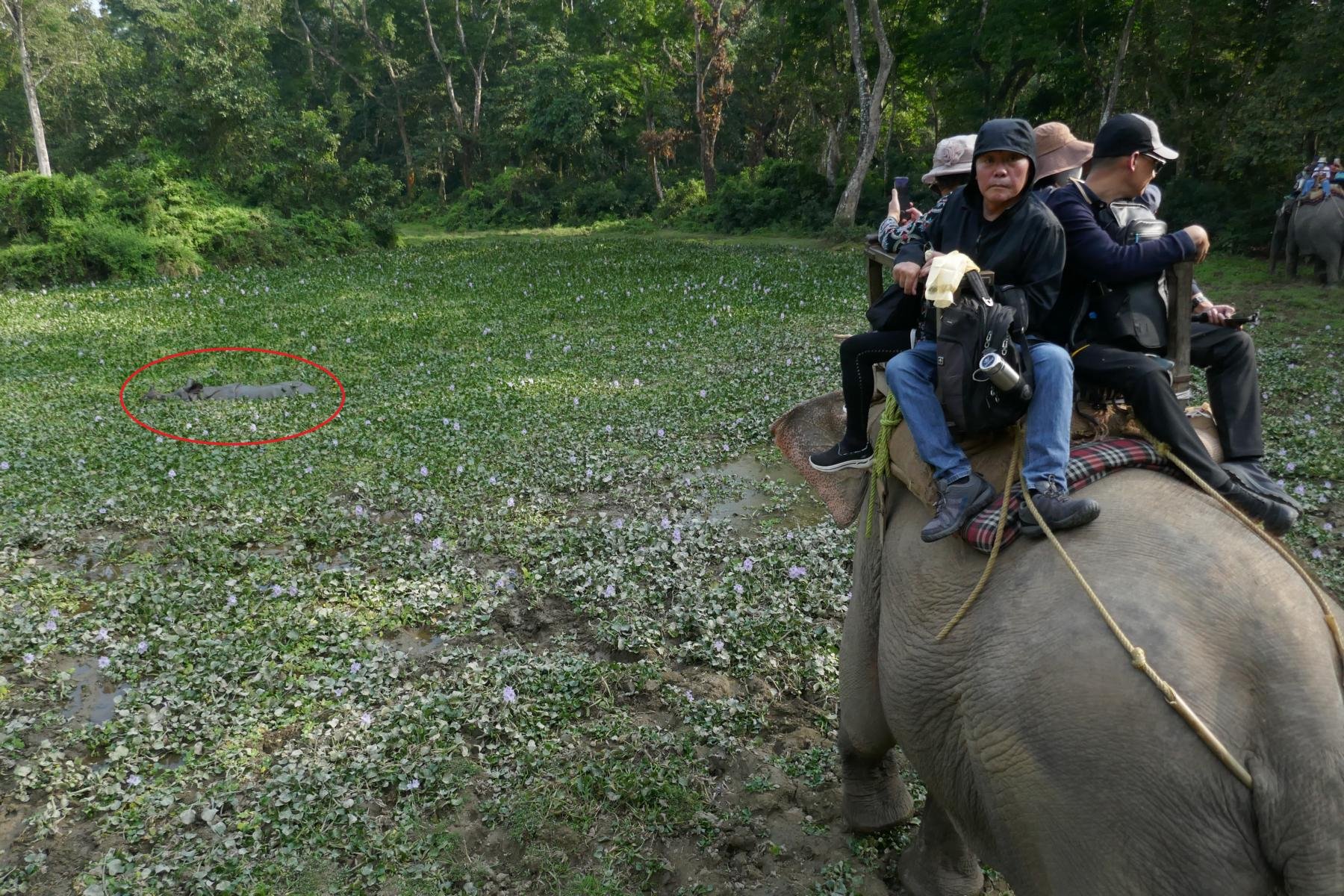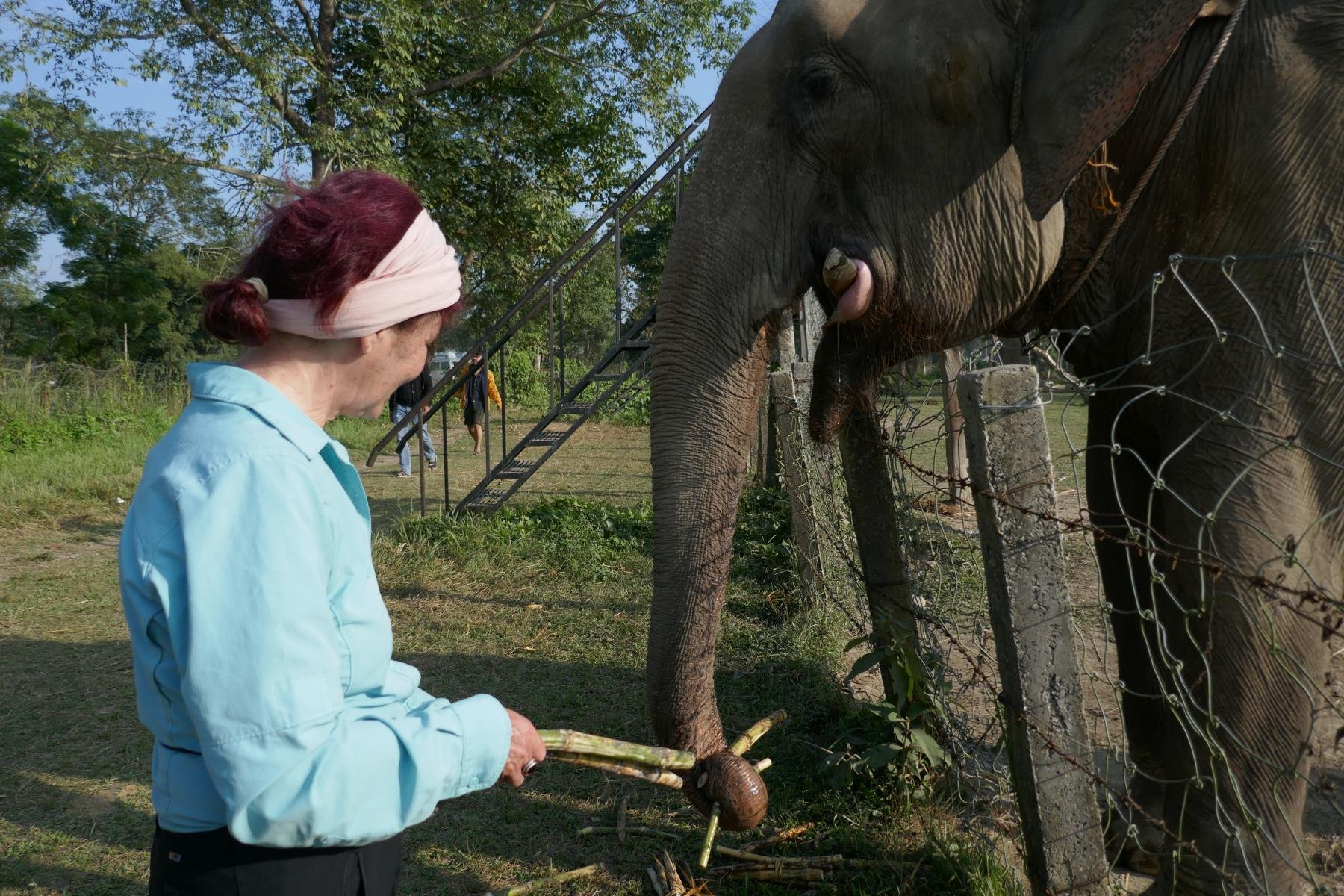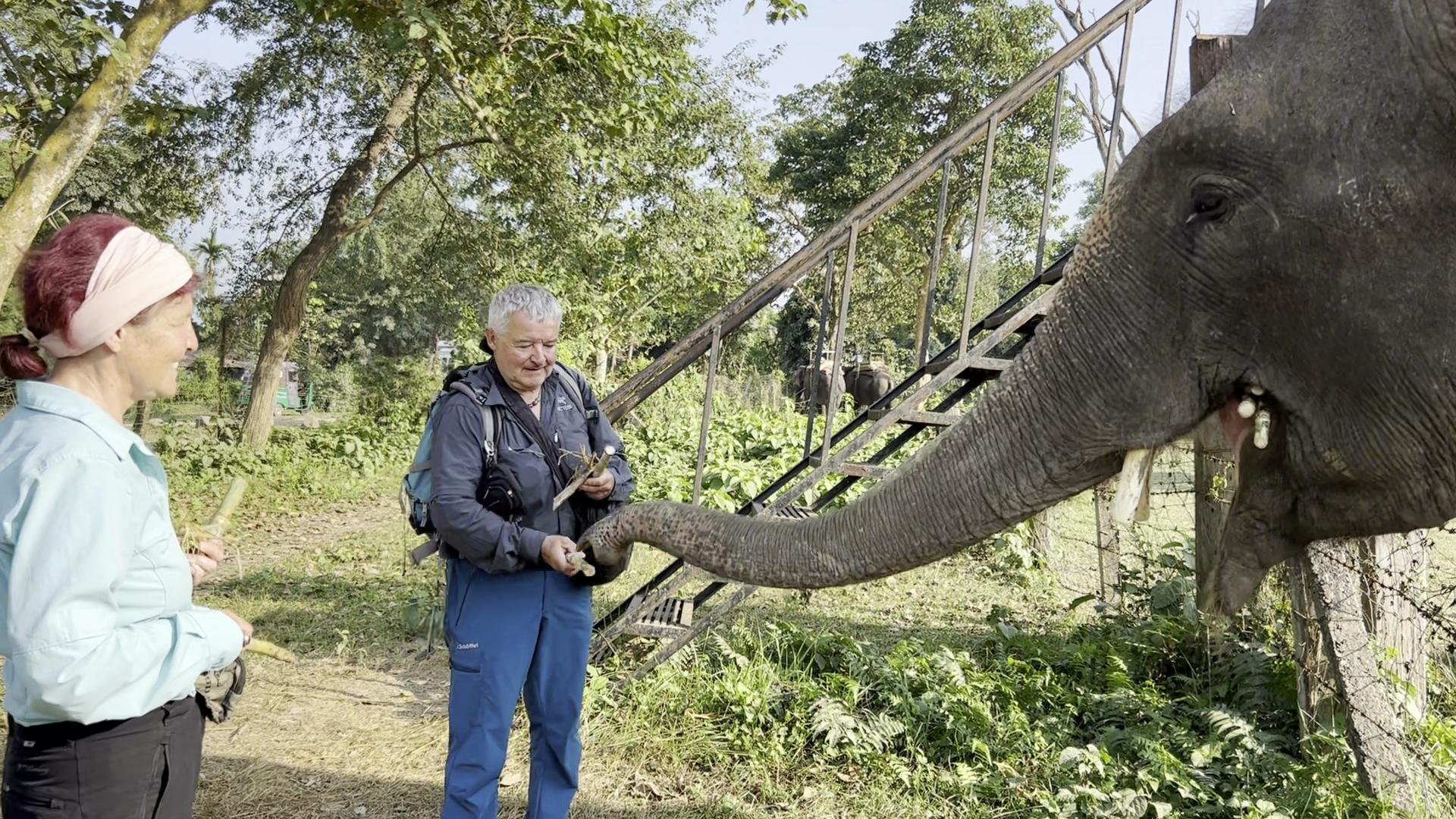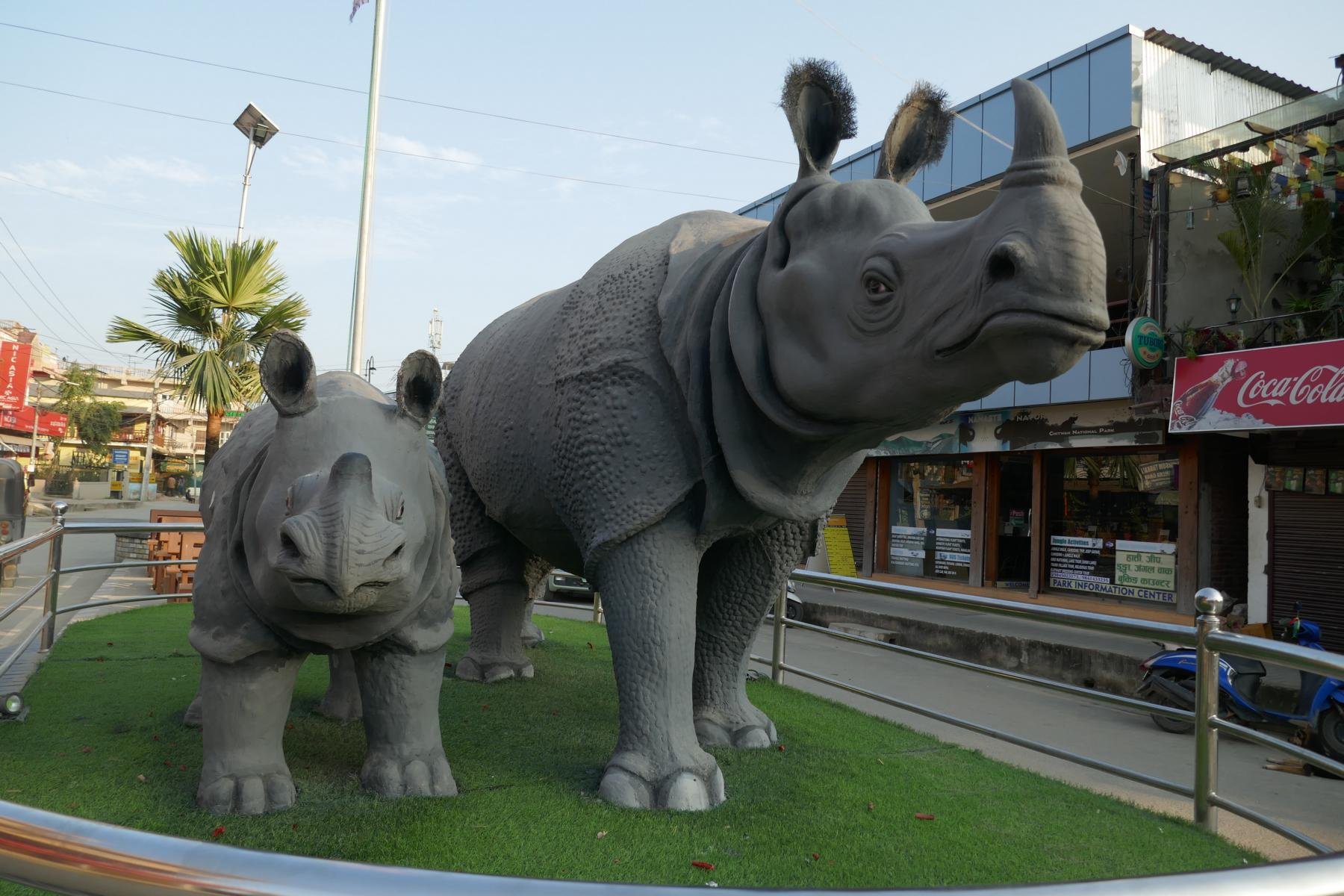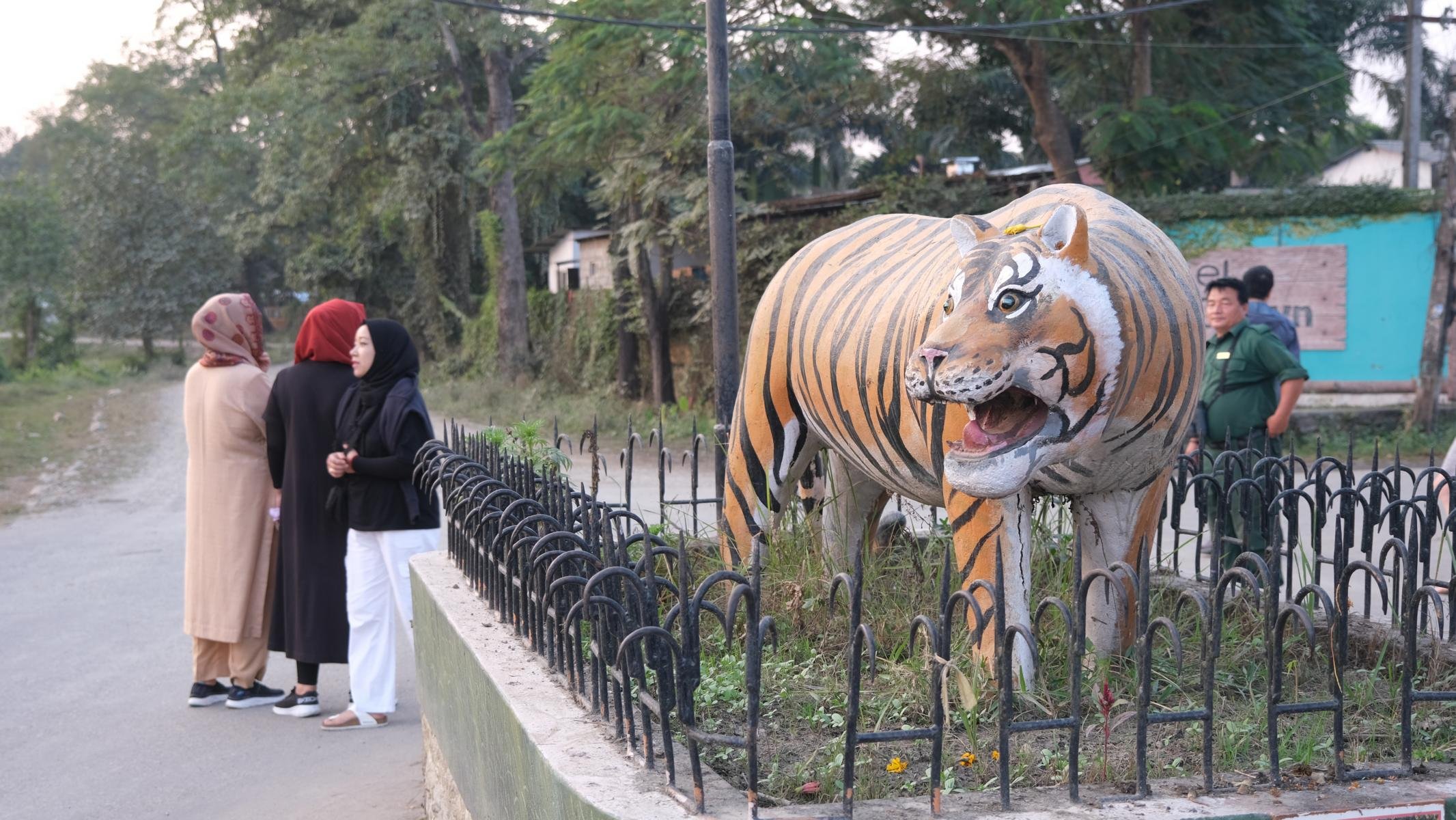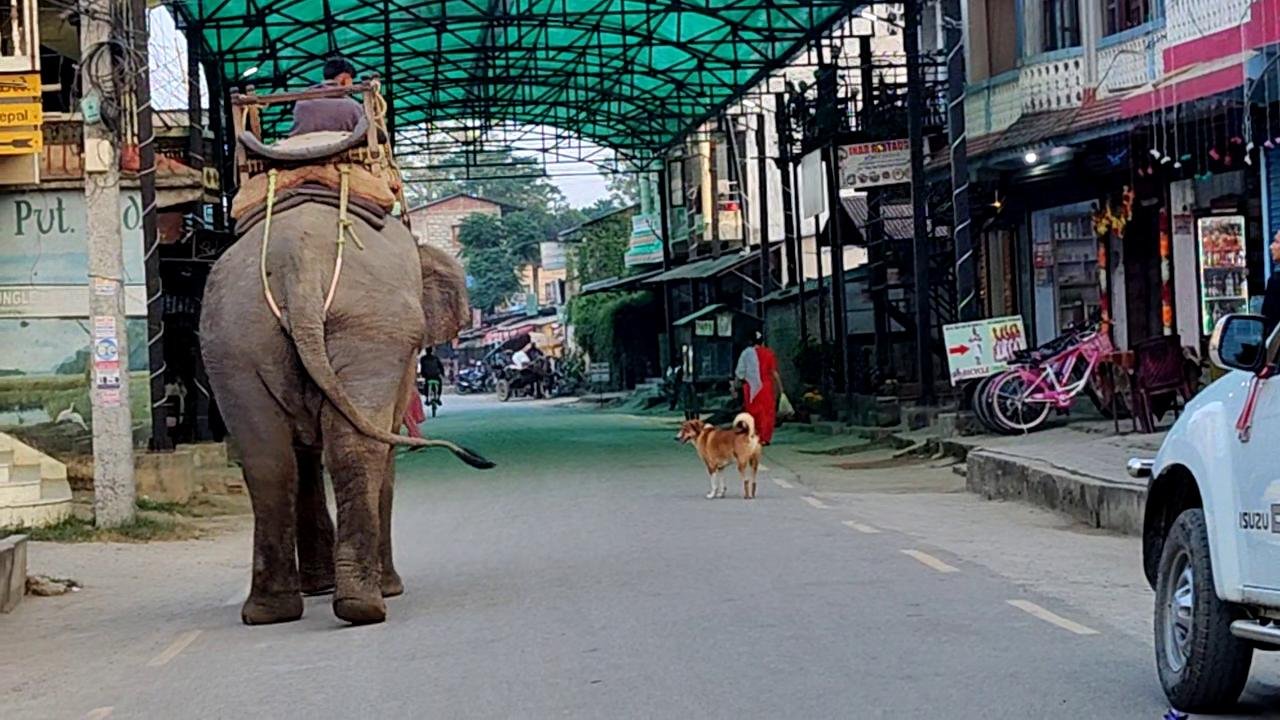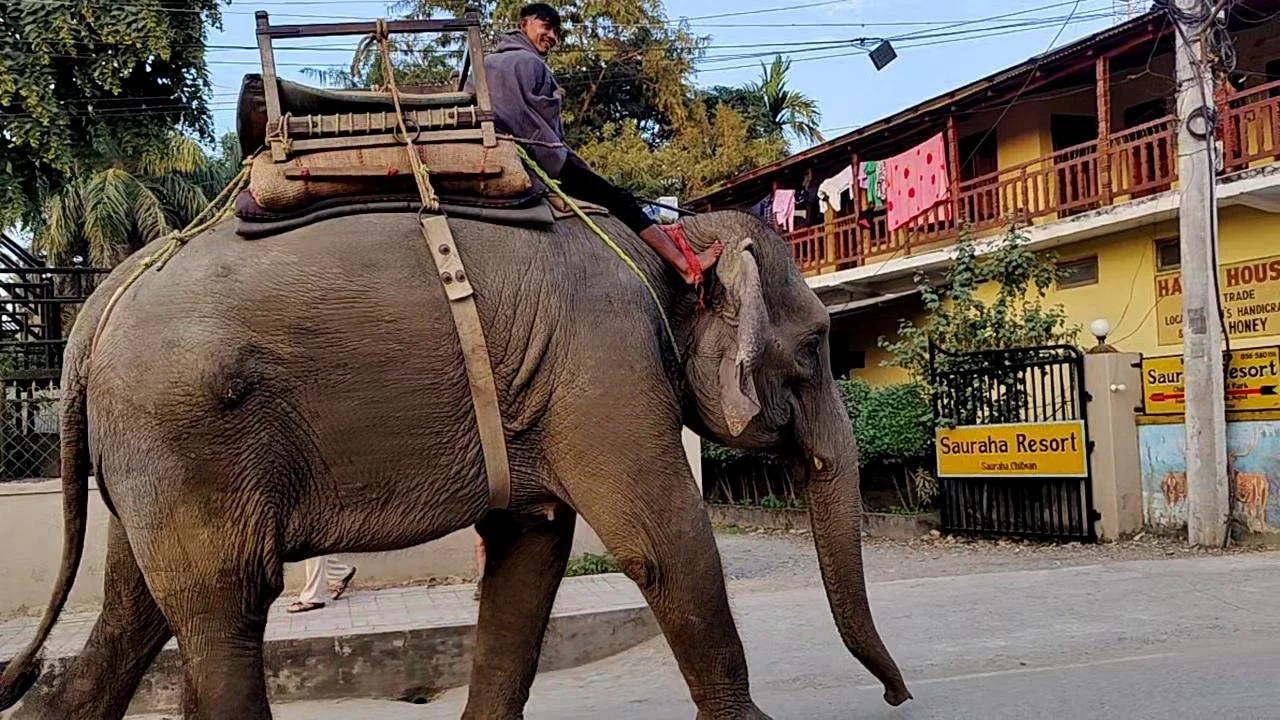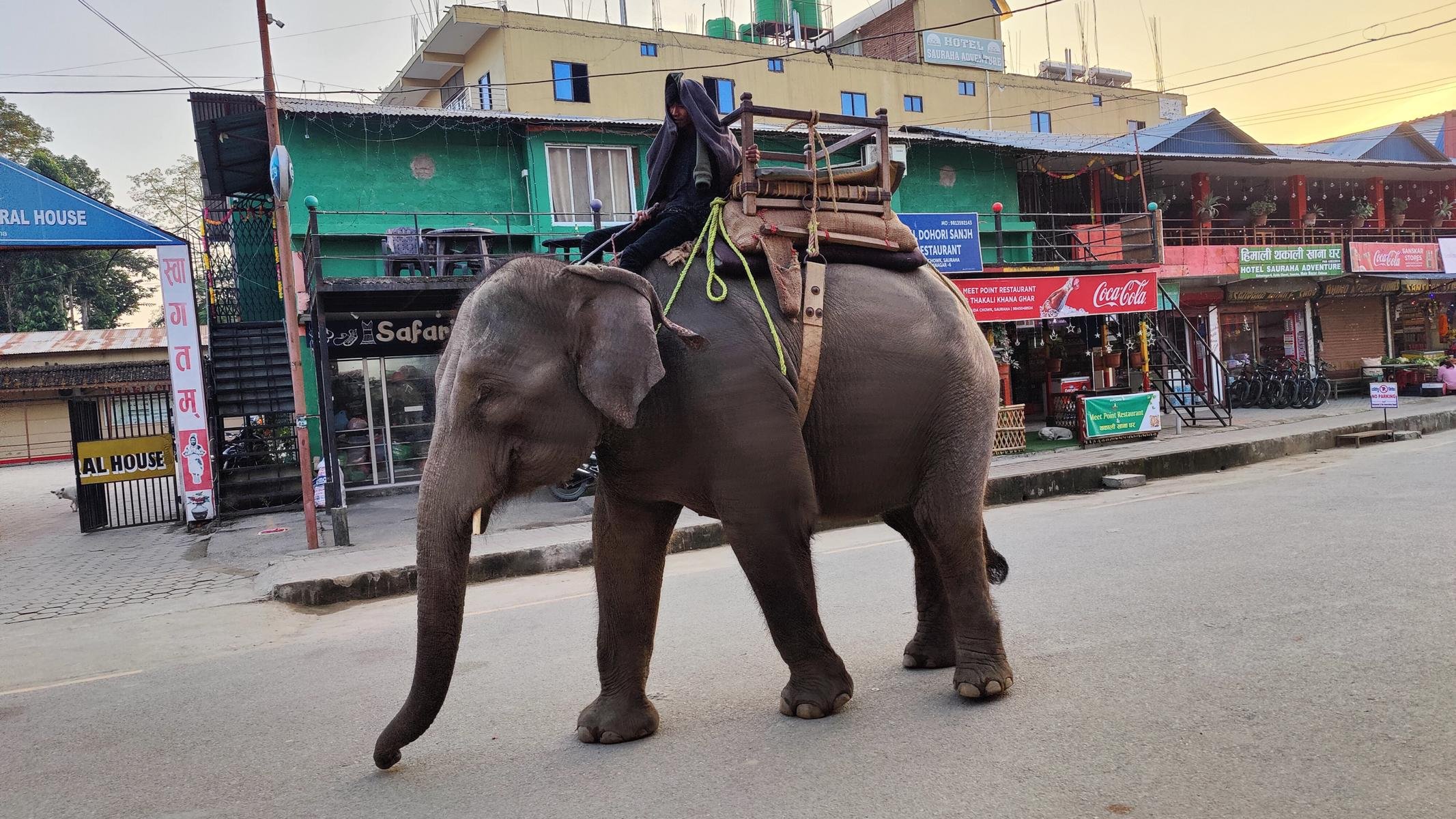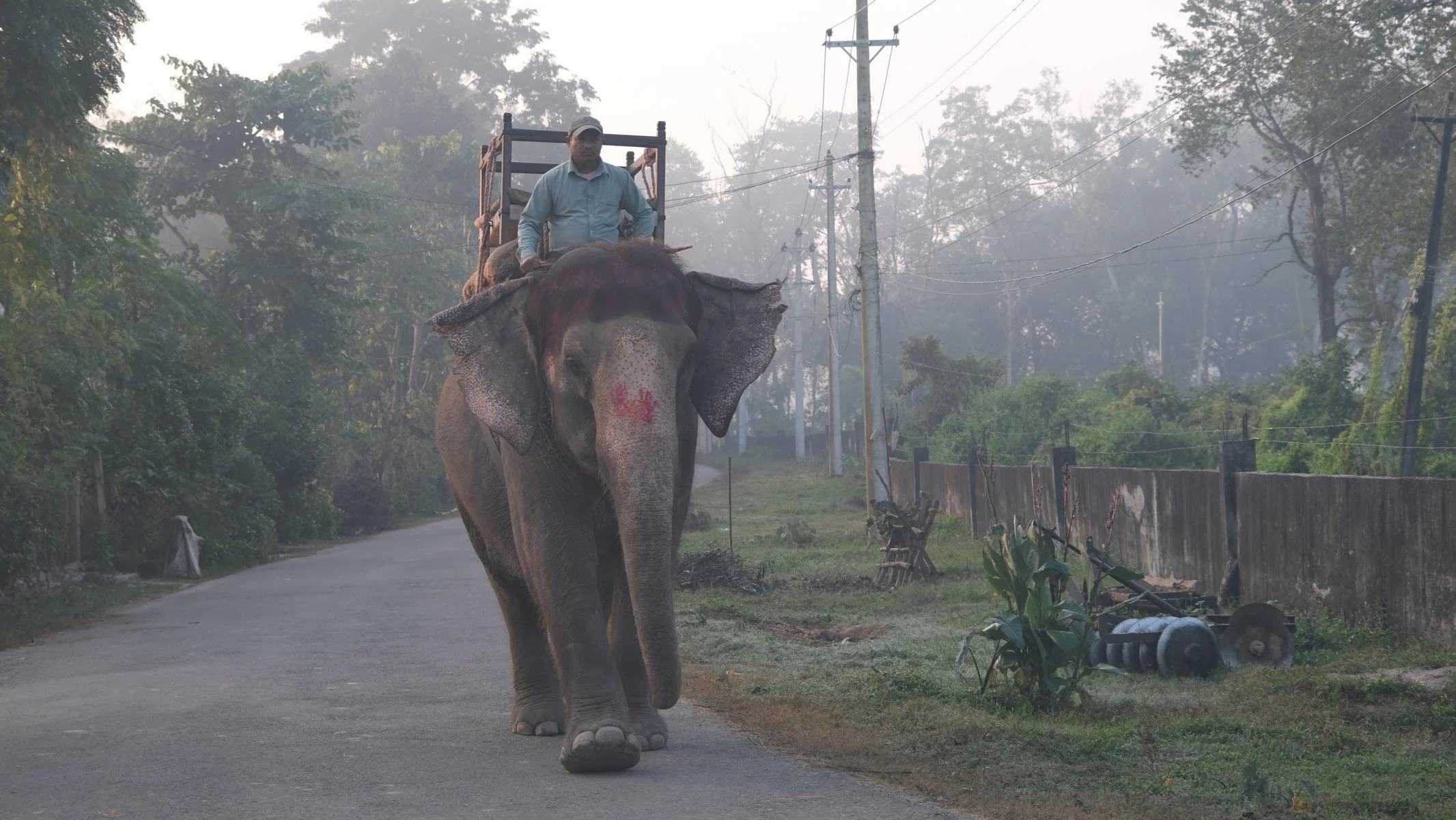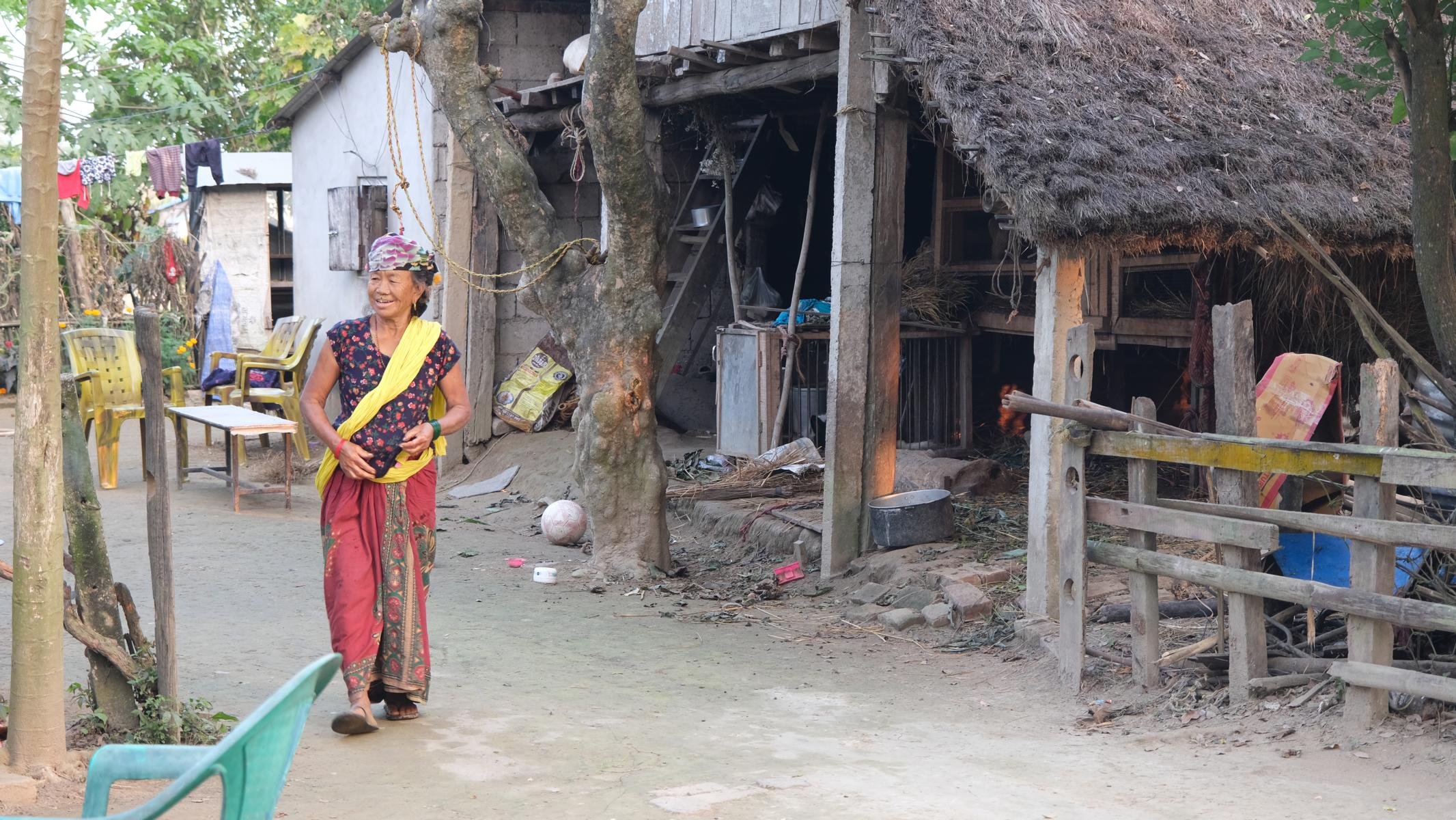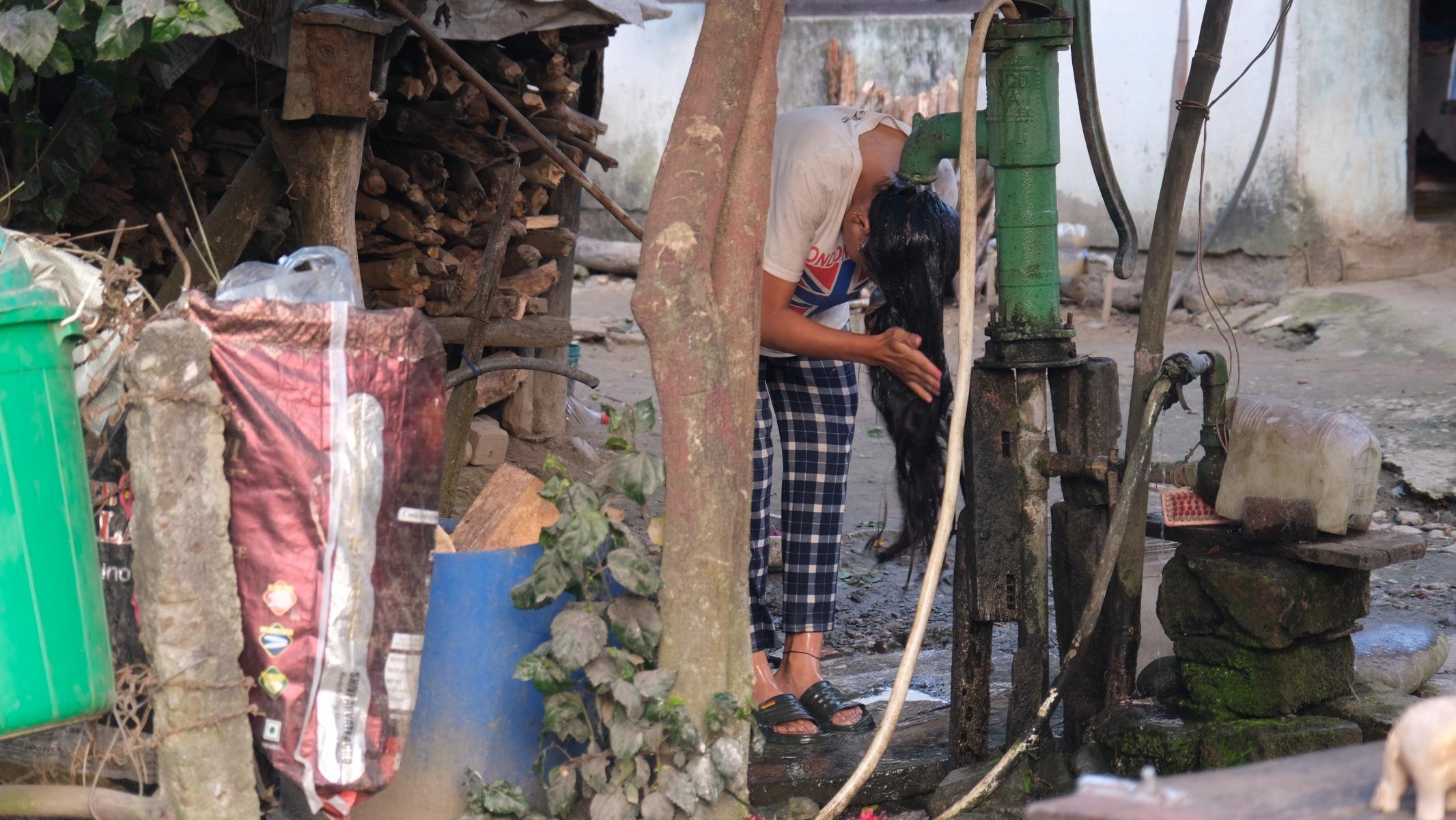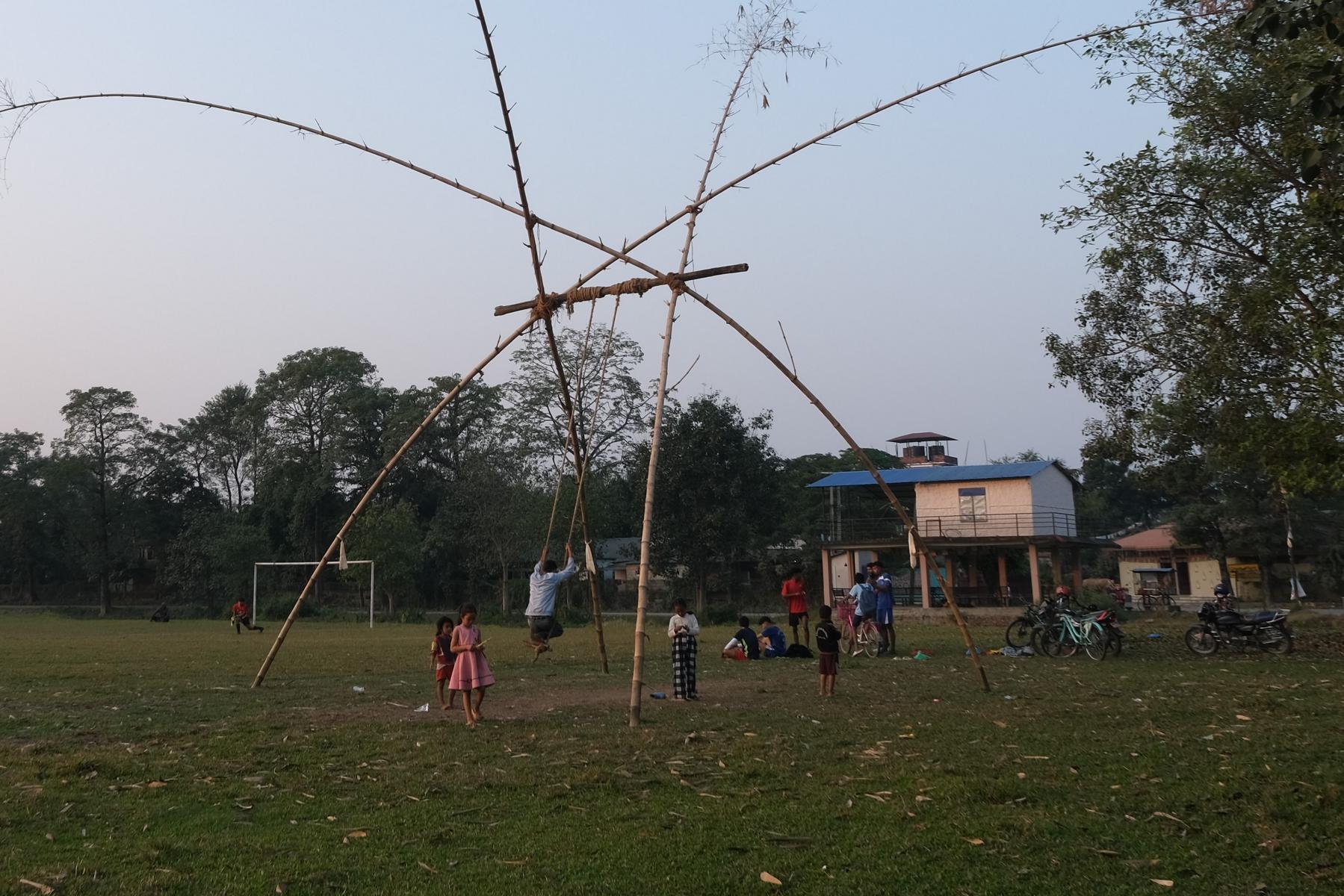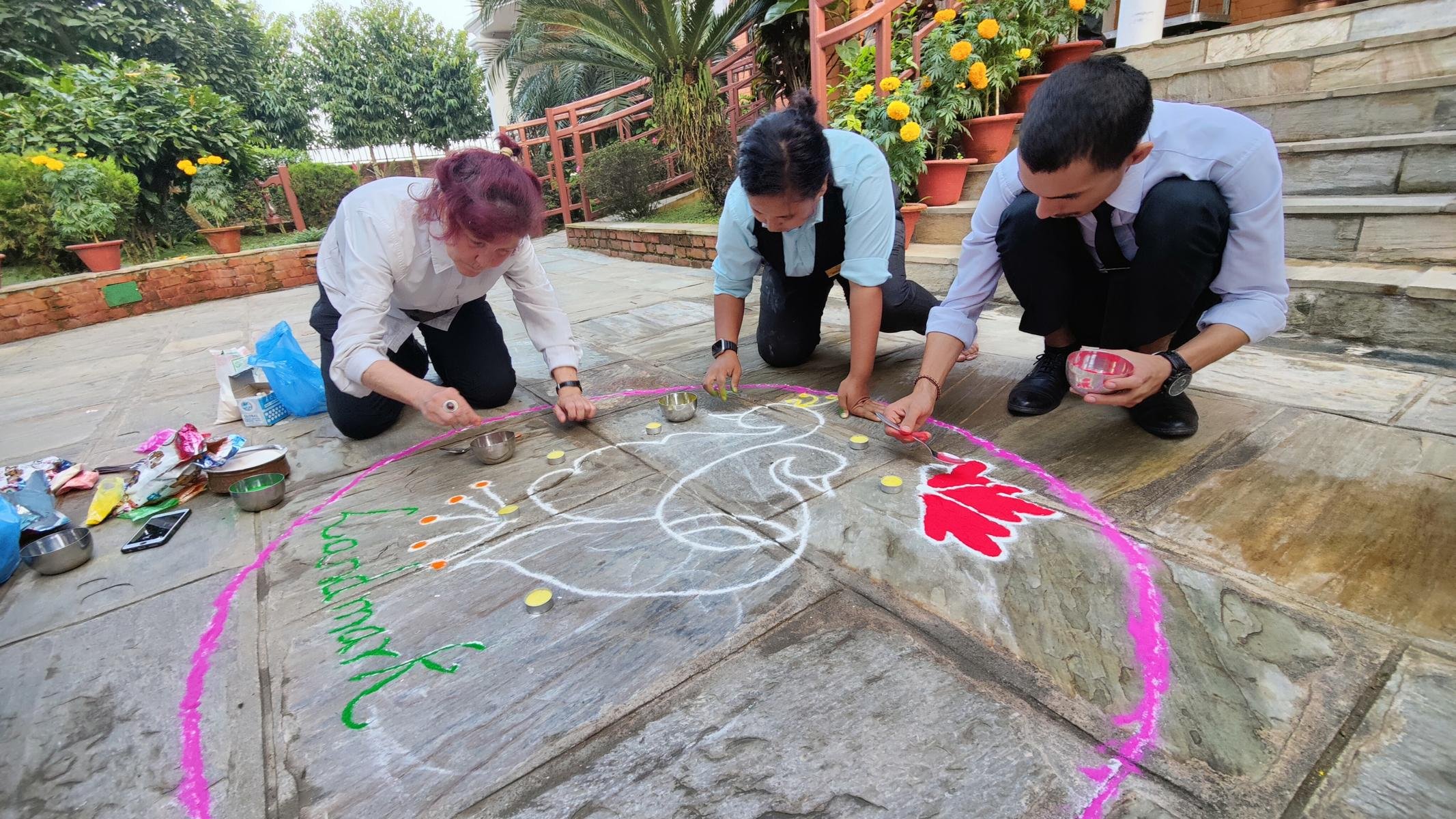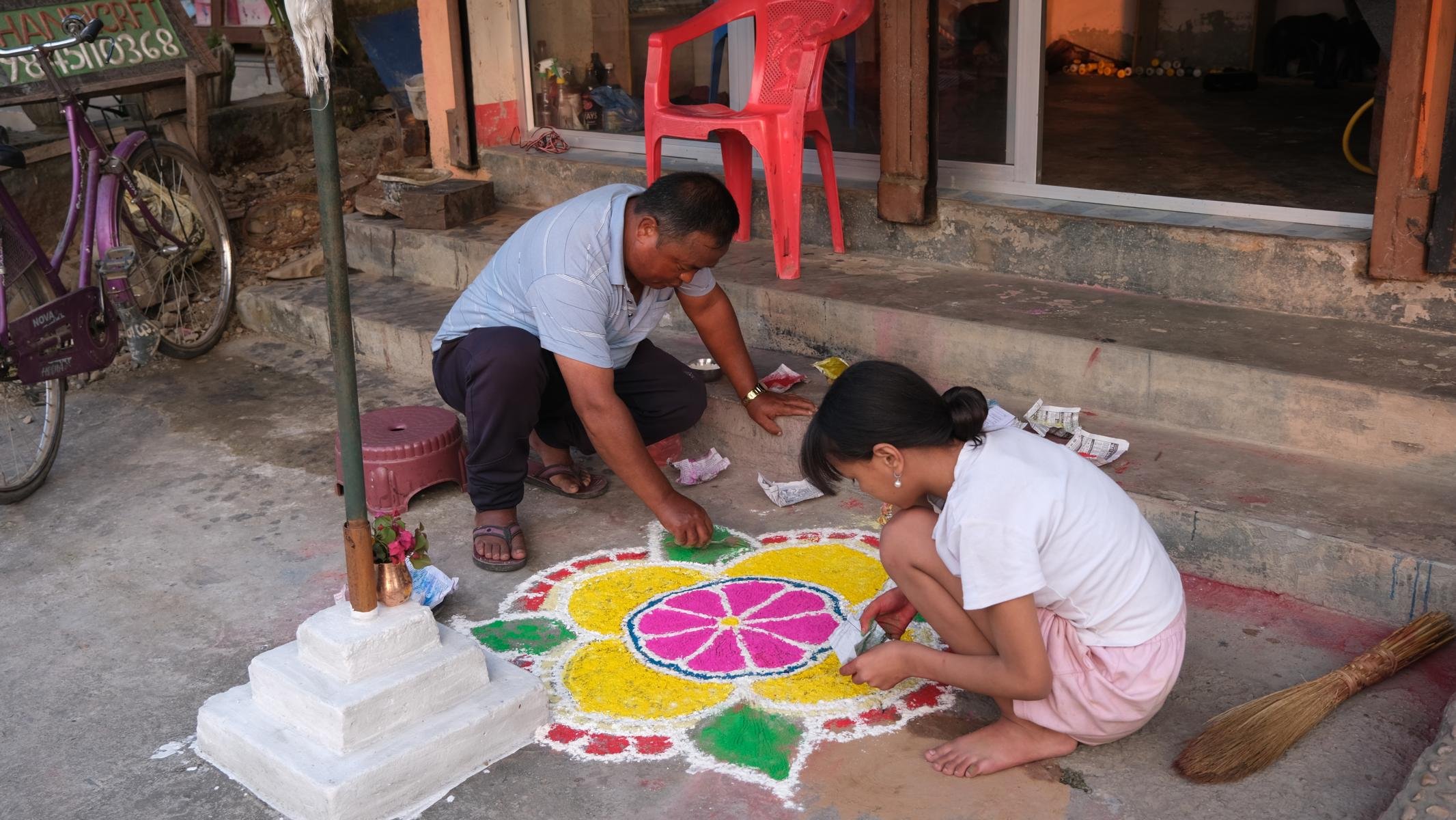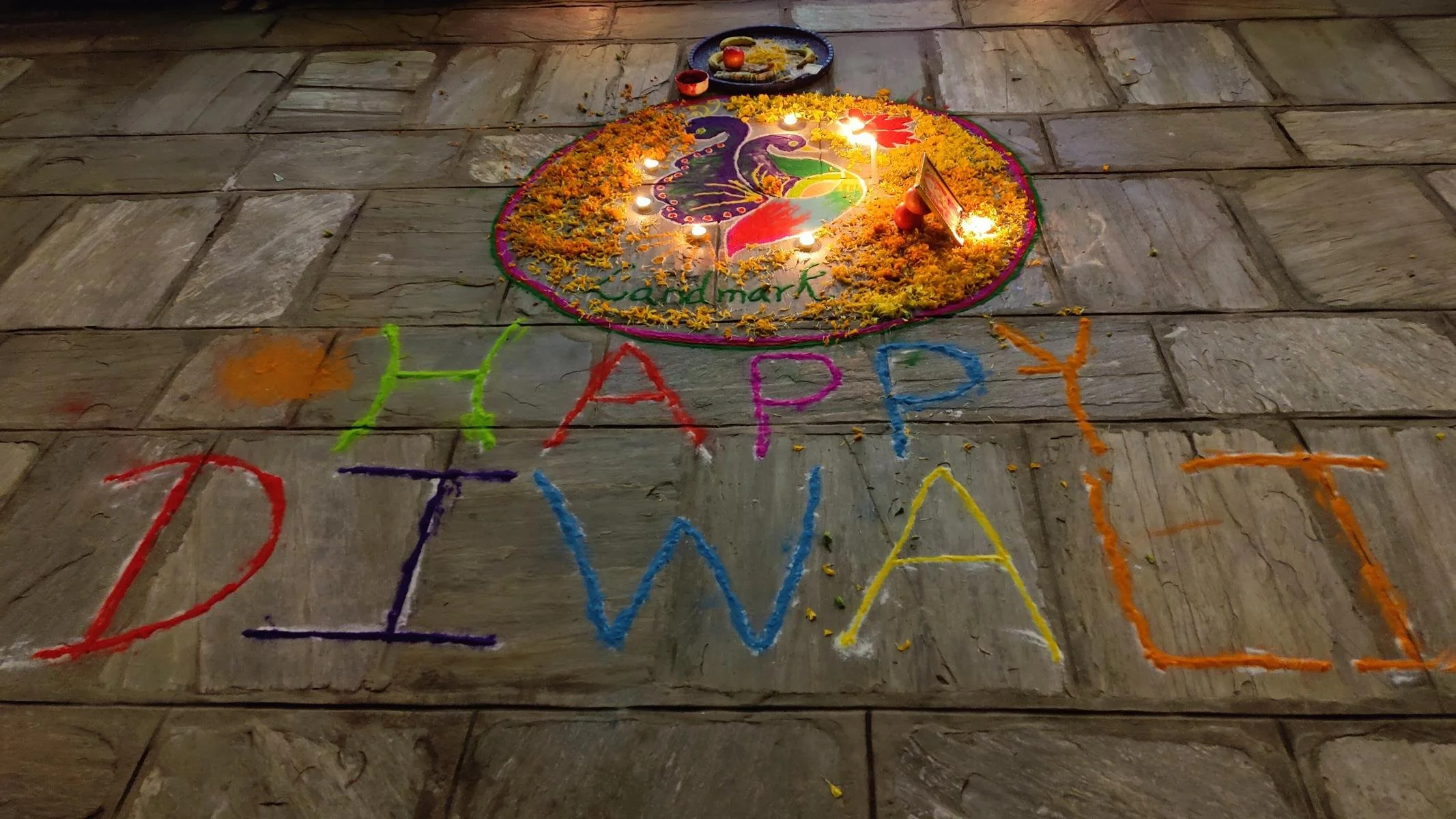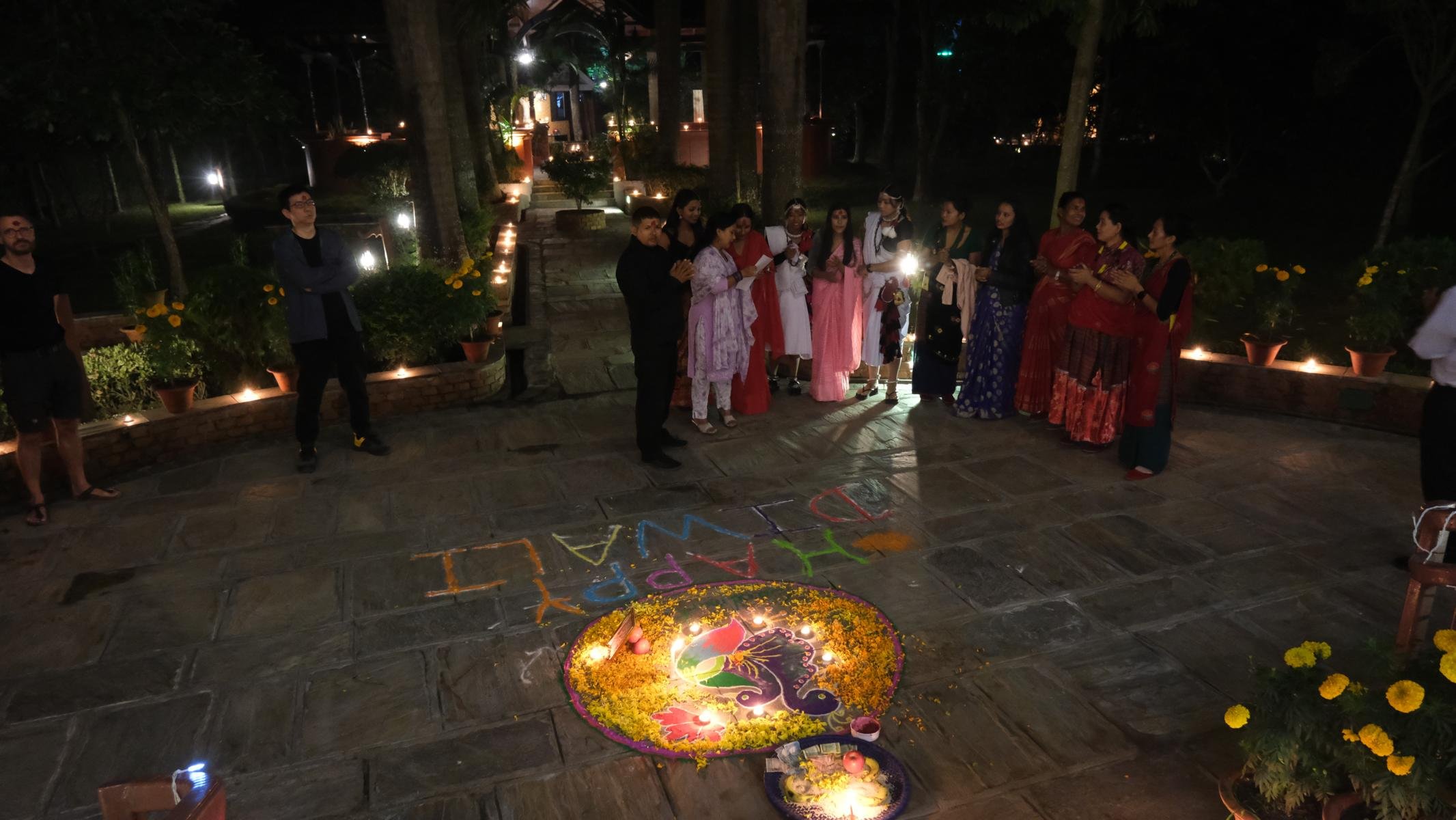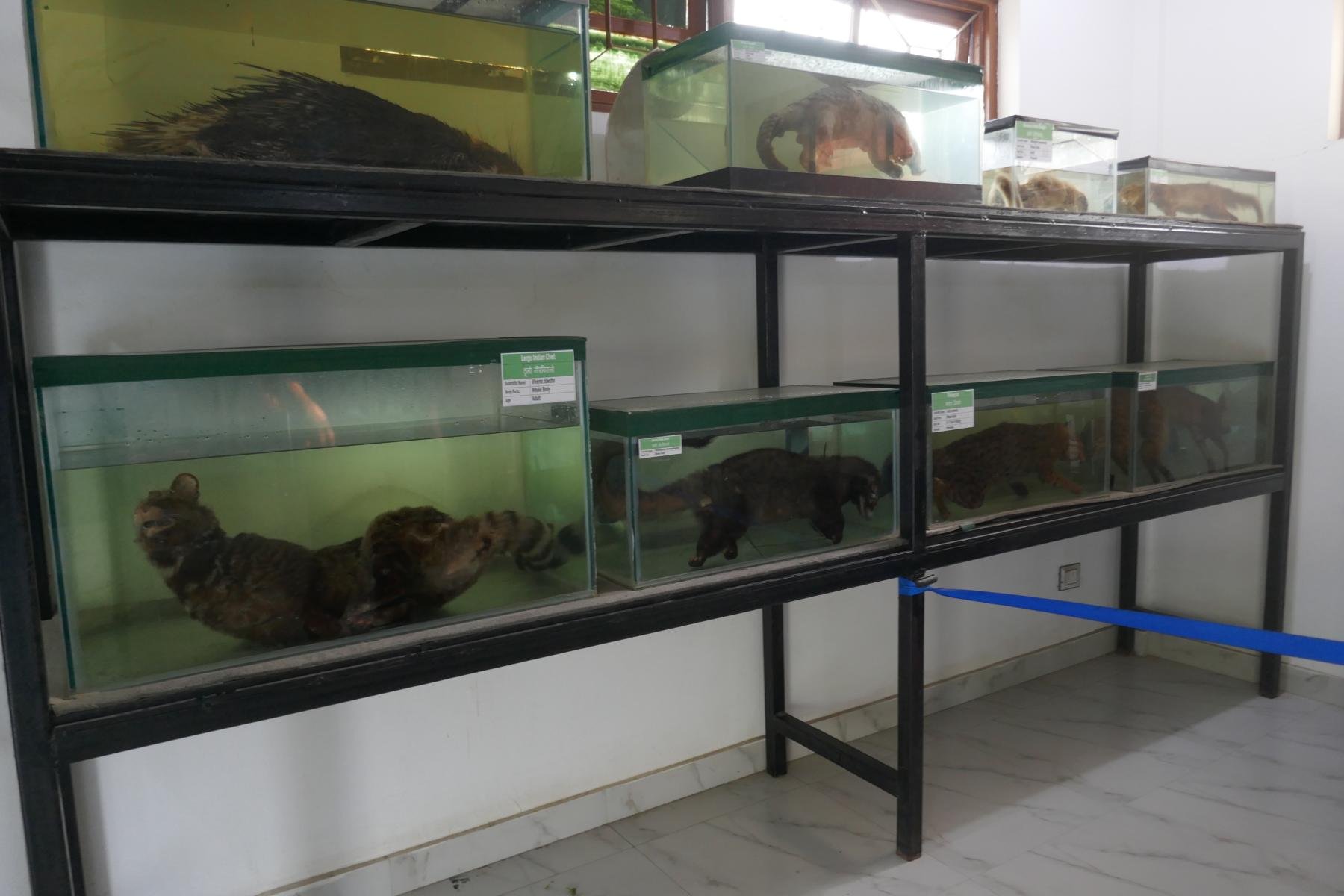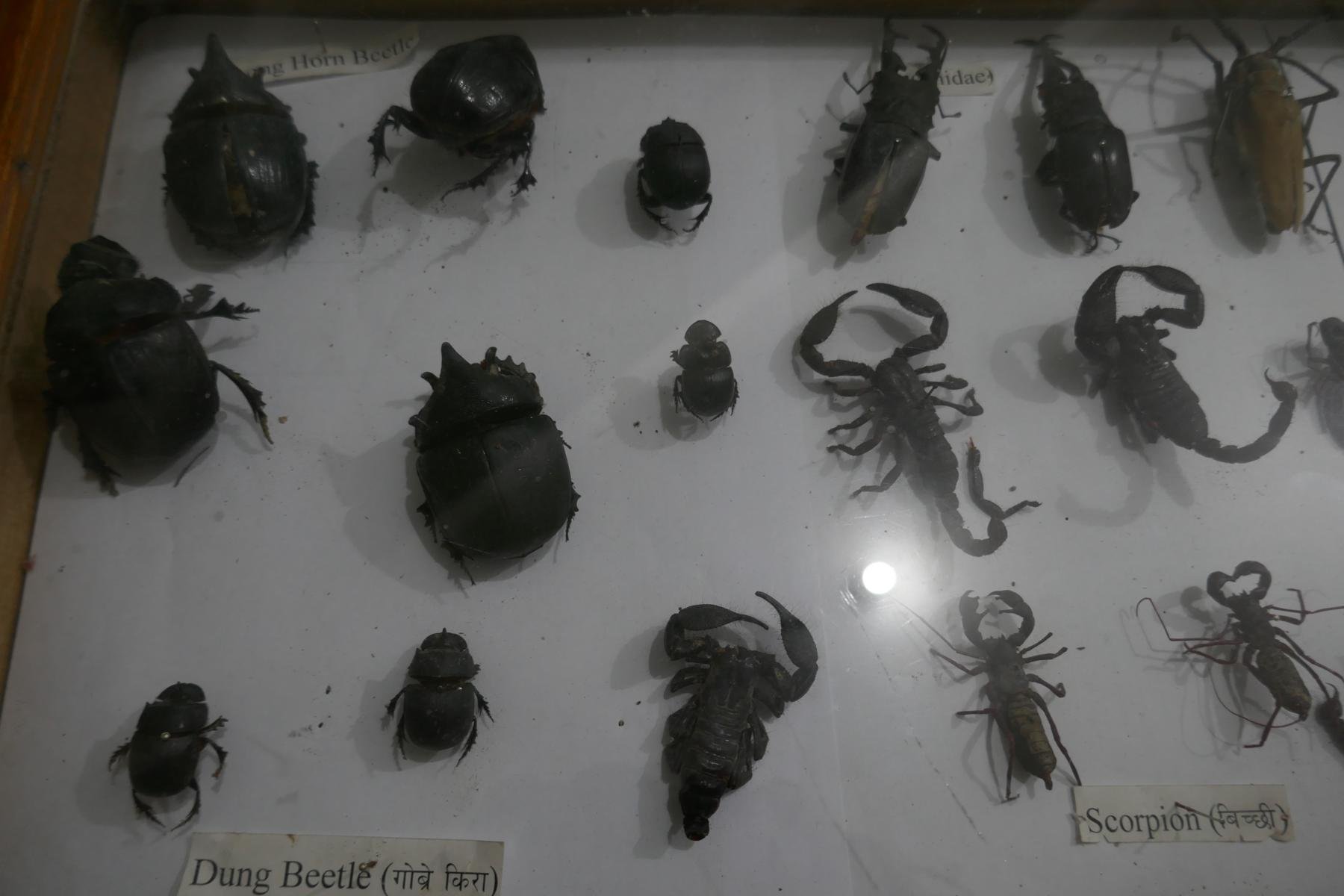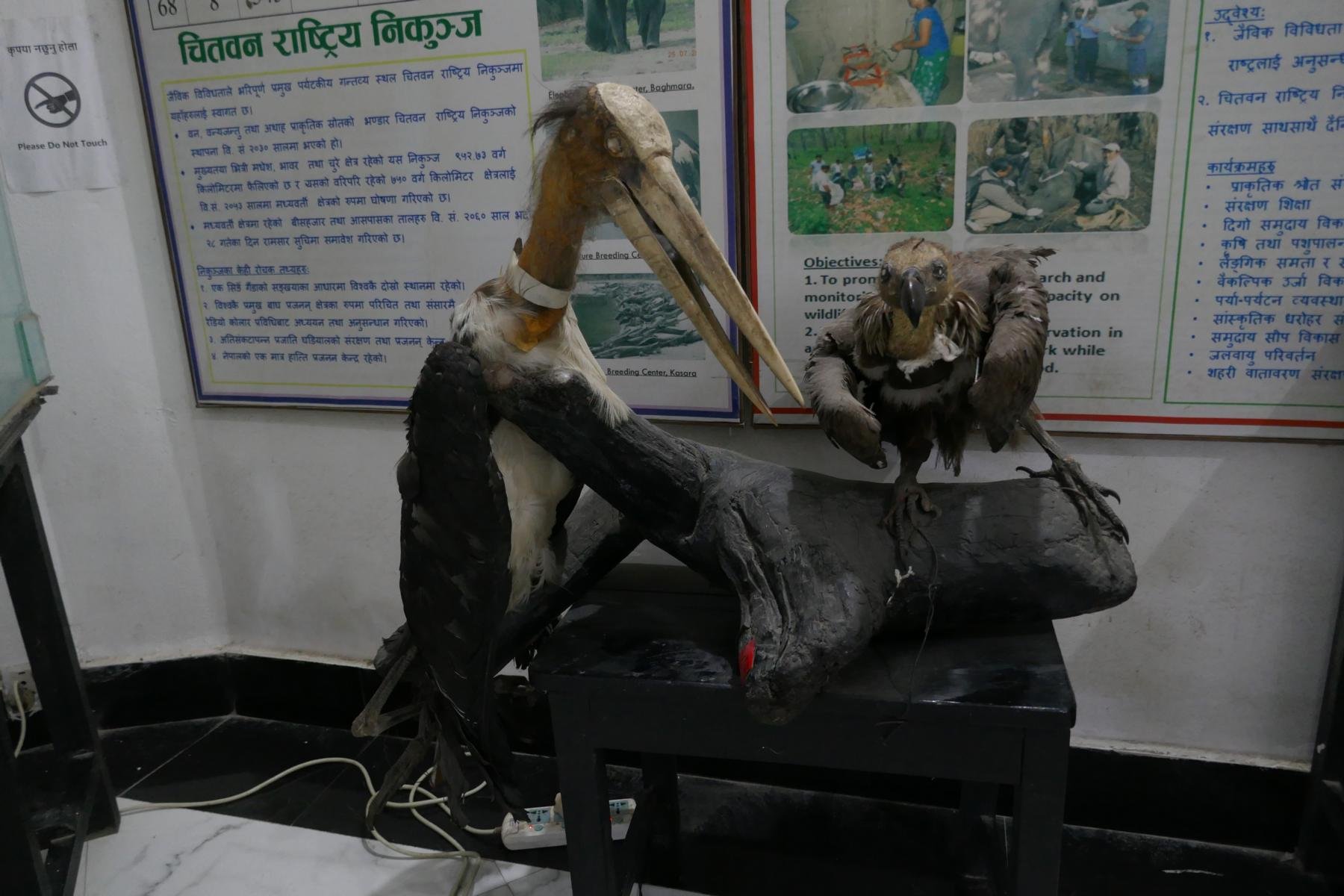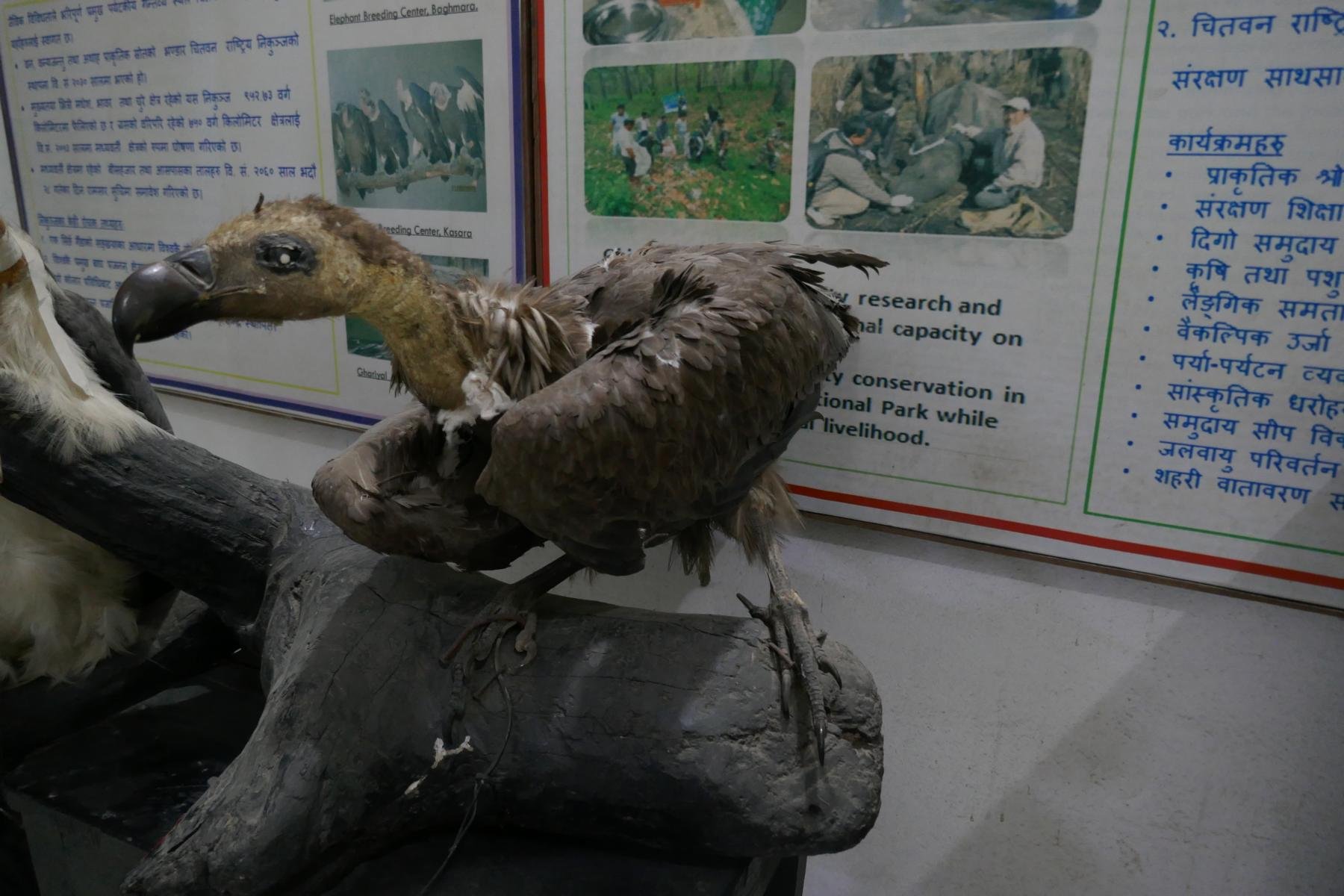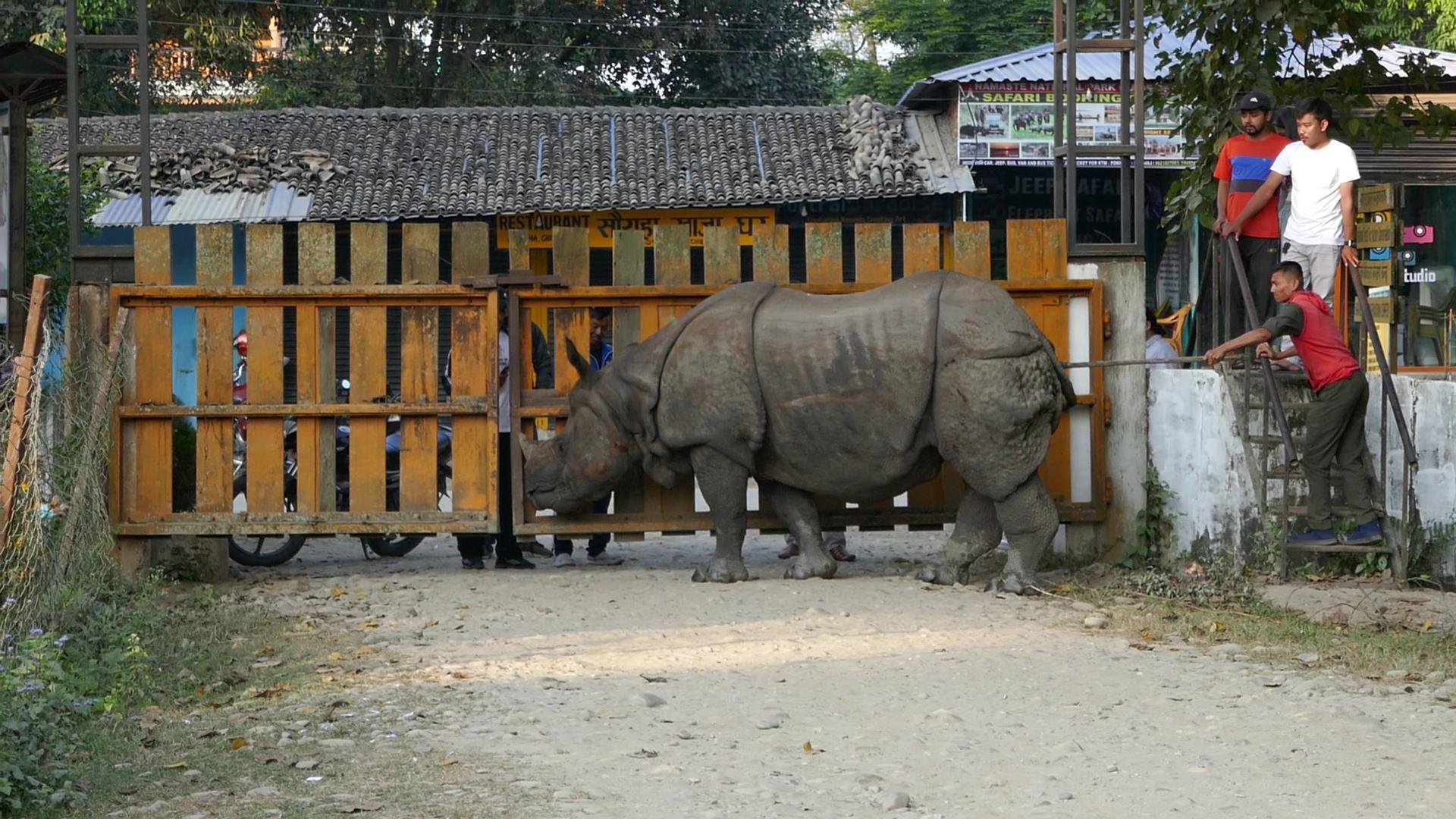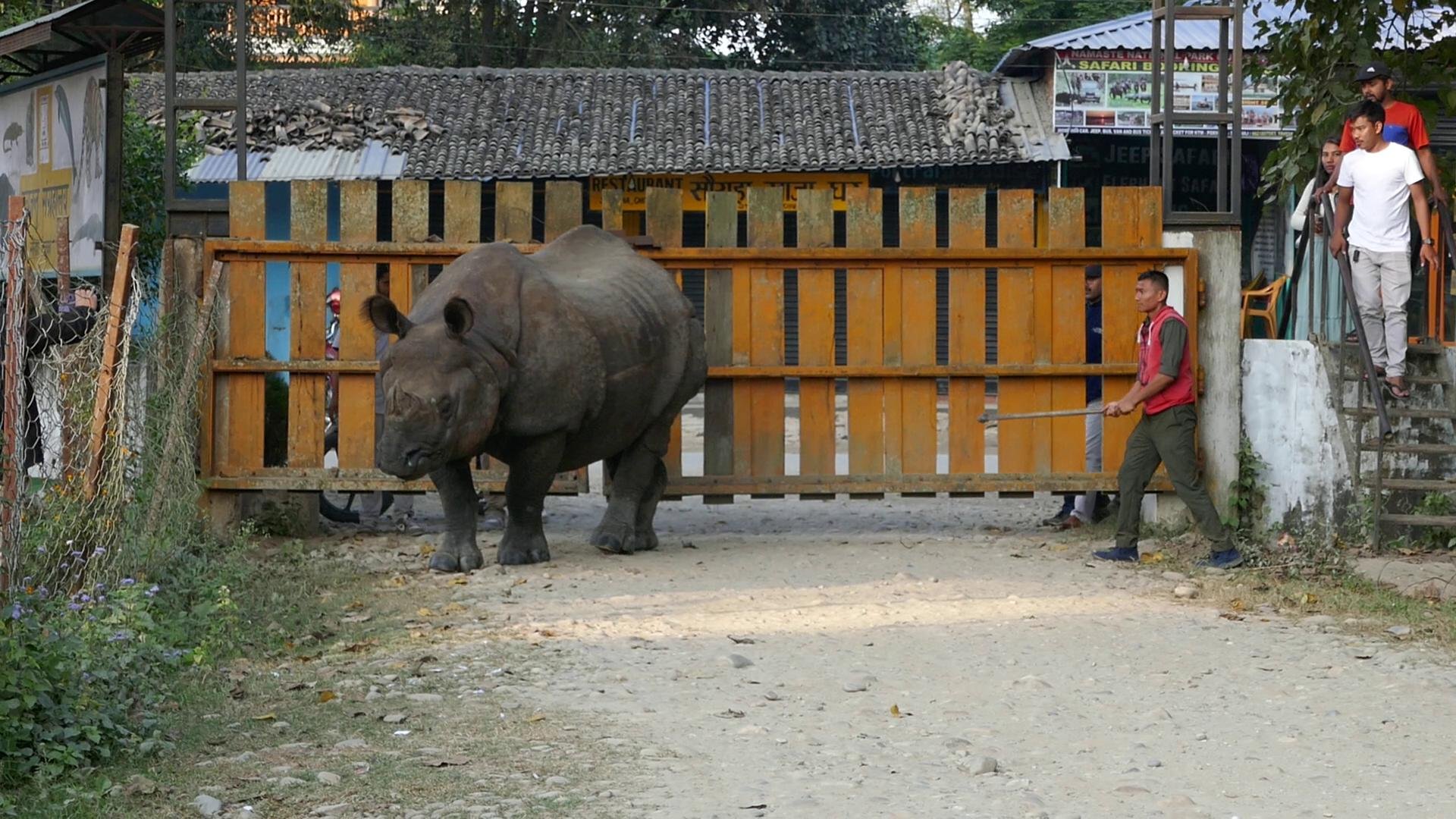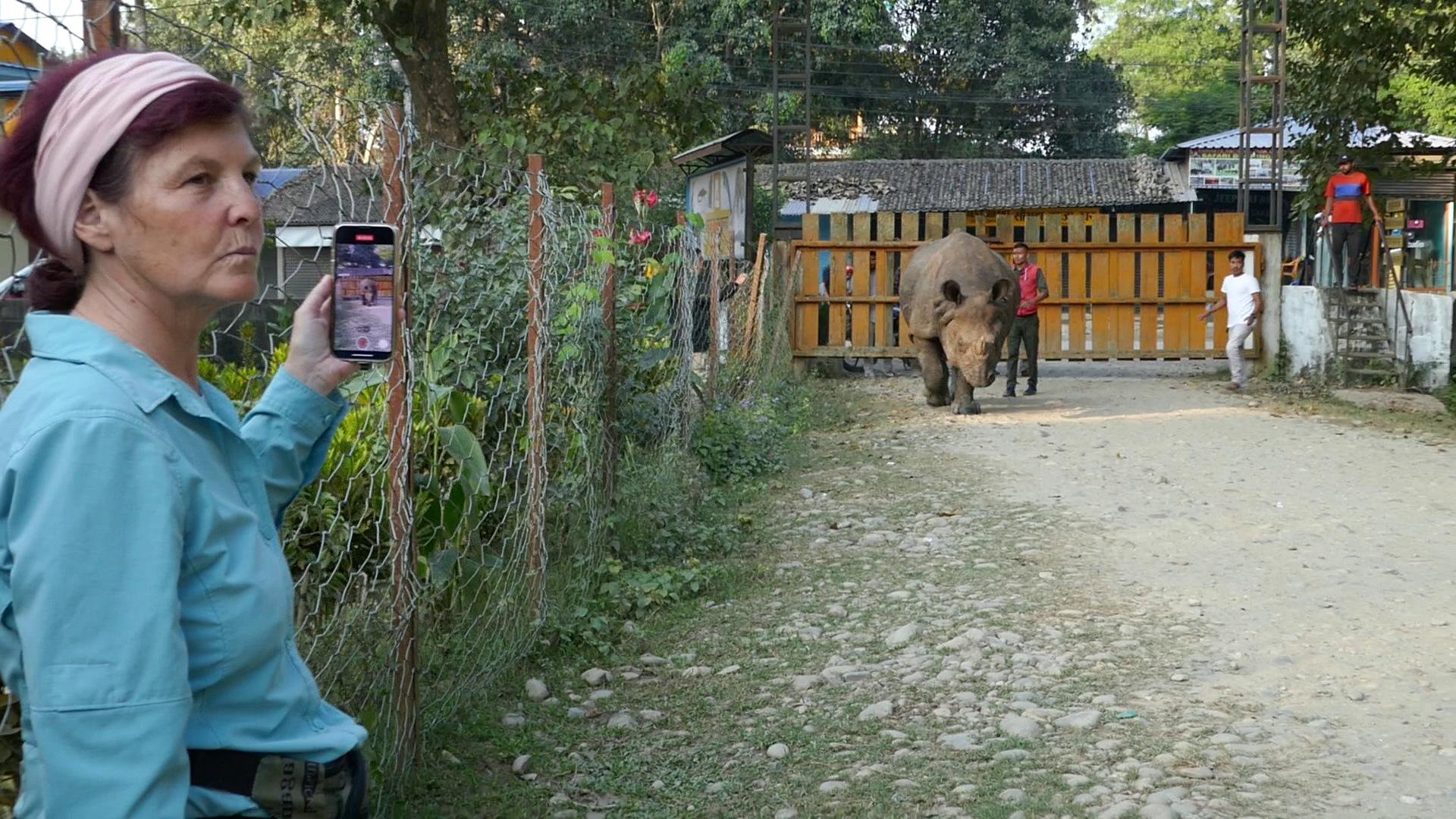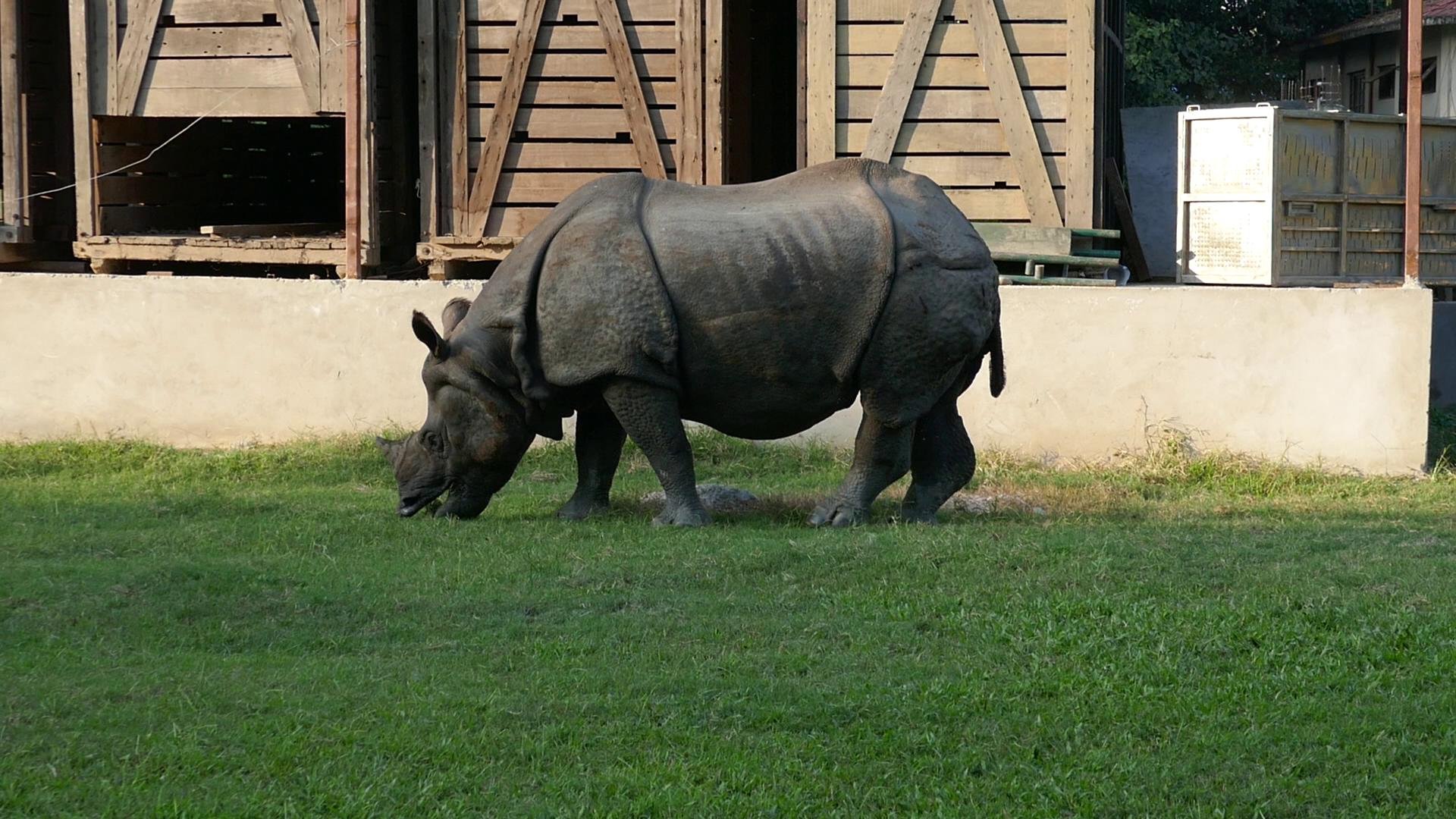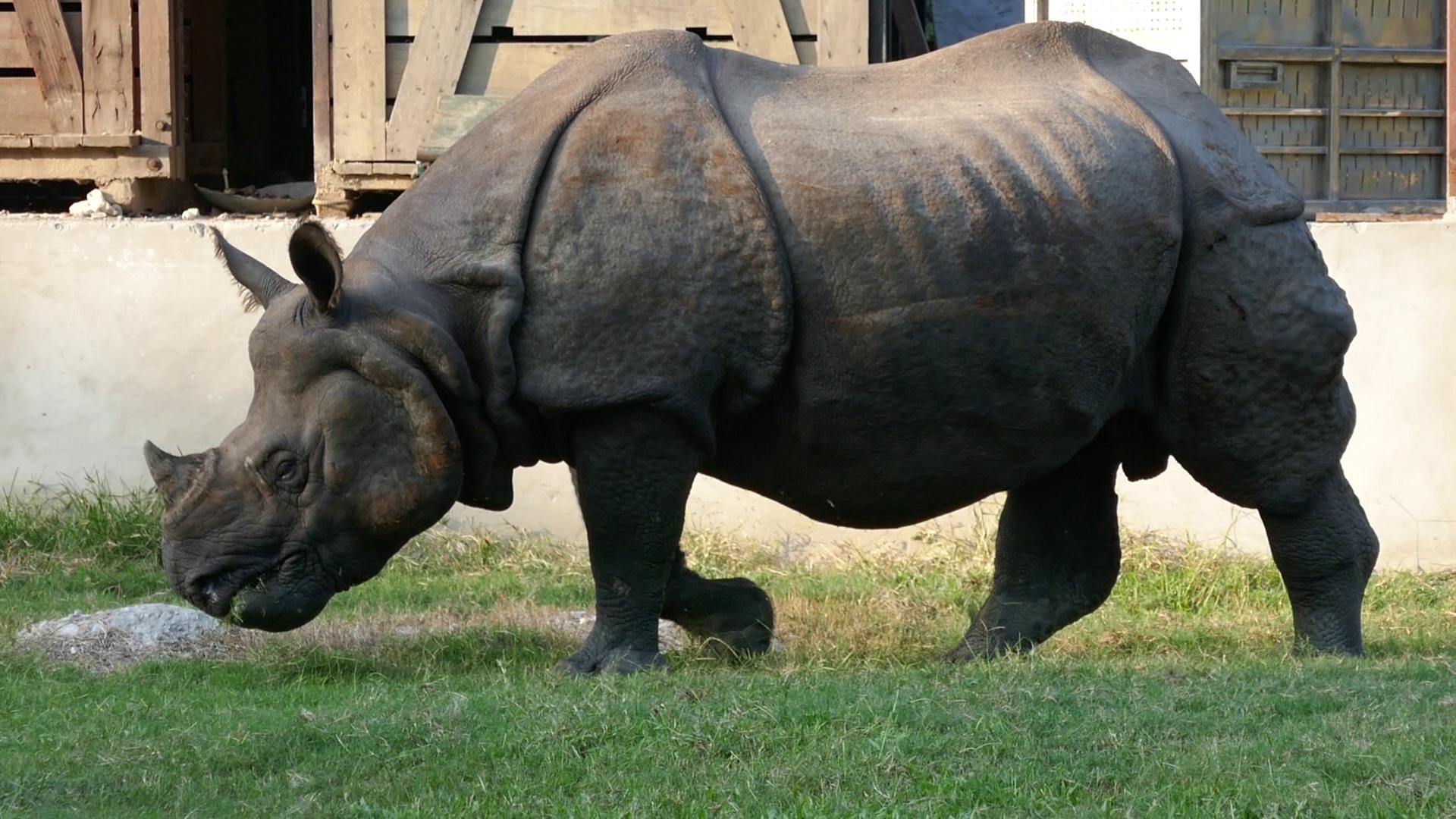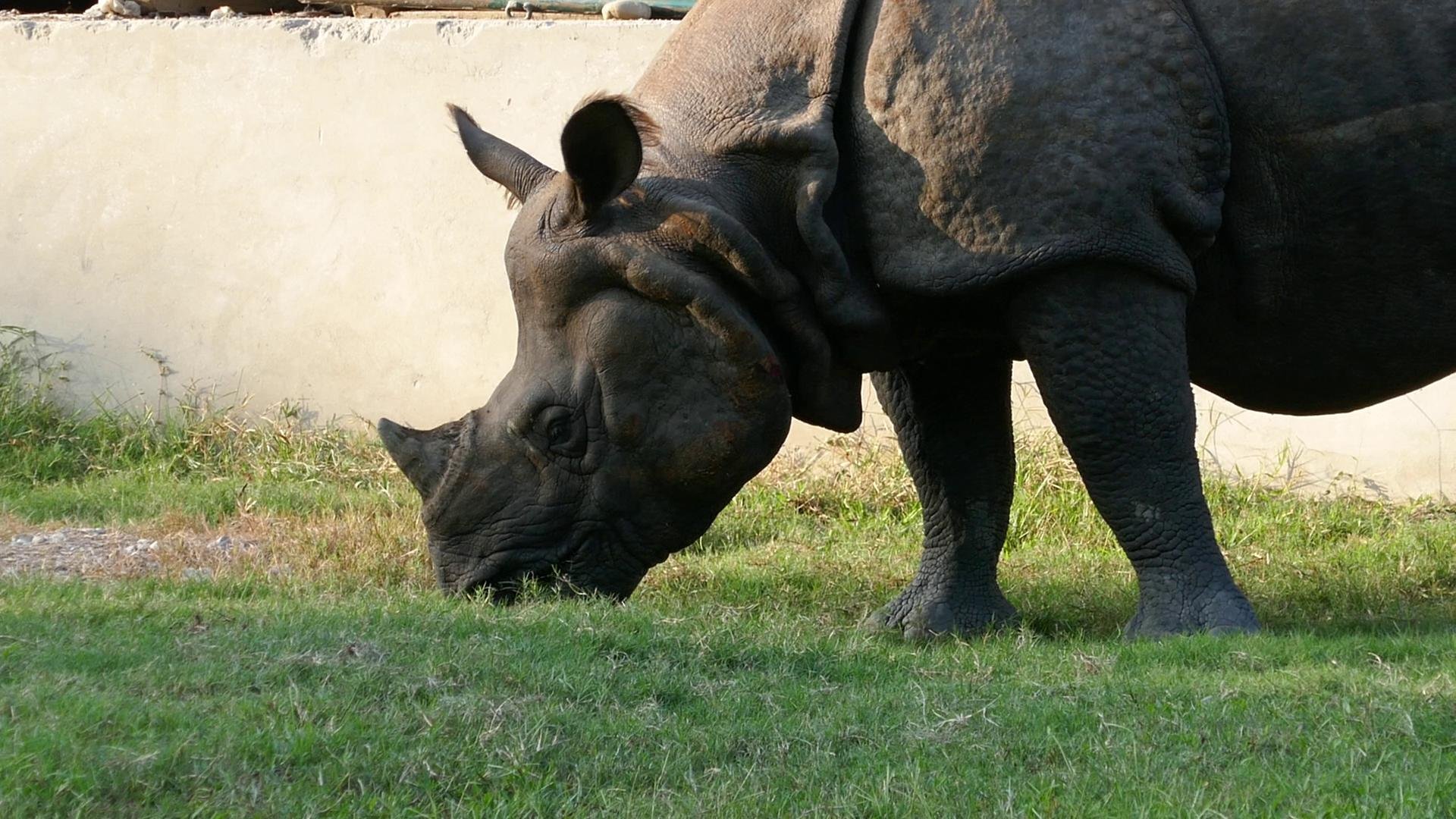Kathmandu – Chitwan National Park, Oct/Nov 2023
Kathmandu – Chitwan National Park, Okt./Nov. 2023
ENGLISH: During our seven-week stay in Nepal, we spent a few days in the capital Kathmandu and in Chitwan National Park, which is around 170 kilometres / 100 mi away. Around 2.5 million people live in Kathmandu (at an altitude of around 1,300 m / 4.265 ft) and the neighbouring communities. The city has been hit several times by severe earthquakes (1934, 2015). Kathmandu, especially the tourist district of Thamel, is chaotic, hectic and full of photogenic sights. It’s an absolute must to spend a few days and explore the city and its rich culture and architecture.
@@@@@@@@@
DEUTSCH: Während unseres siebenwöchigen Aufenthalts in Nepal verbrachten wir einige Tage in der Hauptstadt Kathmandu und im etwa 170 km entfernt gelegenen Chitwan Nationalpark. In Kathmandu (auf ca 1.300 m gelegen) und den angrenzenden Gemeinden leben etwa 2,5 Millionen Menschen. Die Stadt wurde mehrfach von schweren Erdbeben heimgesucht (1934, 2015). Kathmandu, insbesondere das Tourismusviertel Thamel, ist chaotisch, hektisch und voller fotogener Sehenswürdigkeiten. Es ist absolut lohnenswert einige Tage in der Stadt zu verbringen und die reiche Kultur und Architektur zu studieren.
Thamel quarter is ideal for shopping if you want to buy souvenirs or outdoor equipment. However, very few sports articles are actually original goods. A typical gift from Nepal is the khukuri, the traditional curved knife of the Gurkhas. Another souvenir are the numerous singing bowls, which are used for healing purposes (singing bowl therapy). Naturally, Ursula attended a singing bowl seminar in Kathmandu.
Der Thamel ist ideal zum Einkaufen, wenn man Souvenirs oder Outdoor Ausrüstung erwerben will. Allerdings sind die wenigsten Sportartikel tatsächlich Originalware. Ein typisches Geschenk aus Nepal ist das Khukuri, das traditionelle gebogene Messer der Gurkhas. Ein weiteres Souvenir sind die zahlreichen Klangschalen, die für Heilungszwecke (Klangschalentherapie) eingesetzt werden. Ursula nahm deshalb in Kathmandu an einem Klangschalen-Seminar teil.
Nepal has been a secular state since 2015. Nevertheless, religion is omnipresent and is practised in a very tolerant manner. 81 % of Nepal's population is Hindu, 9 % Buddhist, 4 % Muslim and 0.4 % Christian. The religion of Hinduism (approx. 15% of the world's population) is almost 3,800 years old and recognises a large number of deities. Buddha (Siddhartha Gautama) was born 2500 years ago on the border between Nepal and India. The Buddhism he founded does not recognise a god, but provides extensive guidelines for living. Around 7% of the world's population follow Buddhist teachings. What both religions have in common is that they believe in the rebirth of the soul. In the way Hinduism and Buddhism are practised in Nepal, both religions have adopted elements of the other religion and sometimes one and the same temple is used by members of both religions. The stupa of Bodnath (one of the suburbs of Kathmandu) is one of the largest Buddhist buildings in the world. There are small or large Hindu and Buddhist temples on almost every street in Kathmandu.
Seit 2015 ist Nepal ein säkulärer Staat. Trotzdem, Religion ist allgegenwärtig und wird in einer sehr toleranten Weise gelebt. 81 % der Bevölkerung Nepals sind Hindu, 9 % Buddhisten, 4 % Muslime und 0,4 % Christen. Die Religion des Hinduismus (ca. 15 % der Weltbevölkerung) ist fast 3.800 Jahre alt und kennte eine Vielzahl von Gottheiten. Buddha (Siddhartha Gautama) wurde vor 2.500 Jahren an der Grenze von Nepal und Indien geboren. Der von ihm begründete Buddhismus kennt keinen Gott, gibt aber umfangreiche Leitlinien für die Lebensführung. Etwa 7 % der Weltbevölkerung sind Anhänger der buddhistischen Lehre. Beiden Religionen ist gemeinsam, dass sie an die Wiedergeburt der Seele glauben. In der Form wie Hinduismus und Buddhismus in Nepal praktiziert werden haben beide Religionen Elemente der anderen Religion übernommen und mitunter wird ein und der selbe Tempel von Angehörigen beider Religionen genutzt. Die Stupa von Bodnath (einem der Vororte Kathmandus) ist eines der größten buddhistischen Bauwerke der Welt. In fast jeder Straße Kathmandus findet man kleine oder größere hinduistische und buddhistische Tempel.
One can even get the blessing (recognisable by the red dot on the forehead) of a real goddess. The Kumari is a child goddess who is identified at the age of 2-4 years according to 32 physical characteristics and loses her status as a deity with the onset of menstruation. Her feet, which are considered sacred, are not allowed to touch the ground which is regarded impure. Until the end of the monarchy in 2008, the king visited the Kumari once a year, kissed her feet and asked for her blessing. For a small donation you can still receive her blessing today.
Man kann sich sogar den Segen (erkennbar am roten Punkt auf der Stirn) einer wirklichen Göttin geben lassen. Die Kumari ist eine Kindergöttin, die im Alter von 2-4 Jahren nach 32 Körpermerkmalen identifiziert wird und mit dem Einsetzen der Menstruation ihre Eigenschaft als Gottheit verliert. Ihre Füße , die als heilig gelten, dürfen den Boden (der als unrein angesehen wird) nicht berühren. Bis zum Ende der Monarchie im Jahre 2008 besuchte der König einmal im Jahr die Kumari, küsste ihr die Füße und erbat ihren Segen. Gegen eine kleine Spende kann man auch heute noch ihren Segen bekommen.
A good friend of mine, Ashok Mahrjan, a security specialist with whom I worked in Afghanistan from 2011-2014, is from Kathmandu. He invited us to celebrate the traditional Hindu Indra Jatra festival (end of September) with his extended family. The festival is in honour of the deity Indra which is associated with sky, lightning, weather, thunder, storms, rains, river flows, and war. In addition there is a chariot procession where the living goddess Kumari is driven through the city. In the evening Ashok invited us to a communal dinner in his neighbourhood. Amazingly, the plates were made from biodegradable leaves.
Ein guter Freund von mir, Ashok Mahrjan, ein Sicherheitsexperte mit dem ich 2011-2014 in Afghanistan zusammengearbeitet habe, stammt aus Kathmandu. Er lud uns ein mit seiner erweiterten Familie das traditionelle hinduistische Indra Jatra Fest (Ende September) zu feiern. Das Fest findet zu Ehren des Gottes Indra statt, der mit dem Himmel, Blitz, Wetter, Donner, Sturm, Regen, Flusswasser und Krieg assoziierte wird. Darüber hinaus findet eine Prozession statt, bei der die lebende Gottheit Kumari durch die Stadt gefahren wird. Am Abend lud Ashok uns zu einem gemeinsames Abendessen im Rahmen seiner Nachbarschaft ein. Die Teller waren aus biologisch abbaubaren Blättern gefertigt.
Durbar Square, Kathmandu’s historic center, was the place where the king resided until the late 19th century and has been a UNESCO World Heritage Site since 1979. Many important religious temples are located near this square. Some statues, such as the head of Akash Bhairav (see the picture with the first large mask) are only visible during the Indra Jatra festival. Rice beer flows from the mouth of the White Bhairav (the second, golden mask) during this time. The black Bhairav (the black figure) is fierce. According to legend, anyone who lies in his presence will be killed immediately.
Der Durbar Platz war bis ins späte 19. Jh. der Platz an dem der König residierte und ist seit 1979 ein UNESCO Weltkulturerbe. Nahe diesem Platz befinden sich viele wichtige religiöse Tempel. Einige Statuen, wie zB. der Kopf des Akash Bhairav (siehe das Bild mit der ersten großen Maske) sind nur während des Indra Jatra Festivals sichtbar. Aus dem Mund des Weißen Bhairav (die zweite, goldene Maske) fließt während dieser Zeit Reis Bier. Grimmig ist der Schwarze Bhairav (die schwarze Figur). Der Sage nach wird jeder von ihm sofort getötet, der in seiner Gegenwart lügt.
The beams of the Jagannath Temple contain some very special wood carvings from a time when people were probably more liberal in their approach to sexuality. They show two or more people engaging in various forms of sexual intercourse. 😊. It is no coincidence that the temple is a popular backdrop for wedding photos.
In den Balken des Jagannath Tempel findet man ganz spezielle Holzschnitzereien aus einer Zeit, wo man im Umgang mit Sexualität wohl freizügiger war als heute. Sie zeigen zwei oder mehr Personen bei der Ausübung unterschiedlicher Formen des Geschlechtsverkehrs. 😊. Nicht zufällig ist der Tempel ein beliebter Hintergrund für Hochzeitsfotos.
The Pashupatinath Temple is dedicated to the god Shiva and is one of the most important Hindu sanctuaries. Only Hindus are allowed to enter the temple. Shiva is the god of destruction, but also of creation and new beginnings. Located on the sacred Bagmati River, the temple is Kathmandu's most important cremation site. The dead are brought to the temple by ambulances, laid out there for the funeral and ritually sprinkled with holy water and their feet washed. Close male relatives shave their heads as a sign of mourning. The body is then placed on a pile of wood, which is set alight by the eldest son. The remains are then pushed into the Bagmati River. Below the cremation site, children from the poorer castes search the mud for any valuables that may have been overlooked.
Der Pashupatinath Tempel ist dem Gott Shiva geweiht und eines der bedeutendsten hinduistischen Heiligtümer, das nur von Hindus betreten werden darf. Shiva ist der Gott der Zerstörung, aber auch der Schöpfung und des Neubeginns. Am heiligen Fluss Bagmati gelegen ist der Tempel Kathmandus wichtigste Leichenverbrennungsstätte. Die Toten werden von den Angehörigen mit Ambulanzen zum Tempel gebracht, dort zur Verabschiedung aufgebahrt und rituell mit heiligem Wasser besprenkelt bzw. die Füße gewaschen. Nahe männliche Angehörige rasieren sich als Zeichen der Trauer den Kopf. Anschließend wird der Leichnam auf einen Holzstoß gelegt, der vom ältesten Sohn angezündet wird. Die Überreste werden schließlich in den Fluss Bagmati geschoben. Unterhalb der Verbrennungsstelle durchsuchen Kinder der ärmeren Kasten den Schlamm nach eventuell übersehen Wertgegenständen.
Until the 18th century, the Kathmandu Valley was divided into a series of small kingdoms. For this reason, there are several old royal cities that competed in architecture and splendour. One of these, just a few kilometres from the centre of Kathmandu, is Patan. The museum housed in the royal palace is well worth a visit.
Bis zum 18. Jh. war das Kathmandu Tal in eine Reihe von kleinen Königreichen aufgeteilt. Aus diesem Grund gibt es mehrere alte Königsstädte, die in der Baukunst und Prunkentfaltung wetteiferten. Eine davon, nur wenige Kilometer vom Zentrum von Kathmandu entfernt, ist Patan. Das im Königspalast untergebrachte Museum ist einen Besuch wert.
The third royal city, 15 kilometres from Kathmandu, is Bhaktapur. I visited this city with a second good friend from Nepal, Hari Prasrad, an election expert with whom I worked in Tanzania in 2009/10 and in Afghanistan. Bhaktapur equals the other two royal cities in terms of architectural beauty.
Die dritte Königsstadt, 15 km von Kathmandu entfernt, ist Bhaktapur. Ich besuchte diese Stadt mit einem zweiten guten Freund aus Nepal, Hari Prasrad, einem Wahlexperten, mit dem ich in Tansania 2009/10 und Afghanistan zusammengearbeitet habe. Bhaktapur steht den beiden anderen Königstädten in architektonischer Schönheit um nichts nach.
At the end of the 19th century, the Nepalese king moved his residence to a different location. However, the newly built Narayanhiti Palace built was severely damaged in the 1934 earthquake. In its place, a successor built a new palace in the 1960s, designed by an American architect. After the end of the monarchy in 2008 this building was converted into a palace museum. As it was not allowed to take cameras into the museum, I took the following photos from the internet. In addition to the state rooms, the buildings with the stately fleet of vehicles are also accessible. As Kathmandu is located in a valley basin and the terrain is difficult, Kathmandu has only been accessible by car from India since 1956. For this reason until then, cars had to be transported to Kathmandu on the shoulders of porters.
In 2001, the Narayanhiti Palace was the scene of a family drama: The heir to the throne shot his parents (the king and queen), his siblings and several members of the ruling family. The reason for this brutal murder was presumably an argument about his relationship with a woman who was not befitting his status. This tragedy accelerated the decline of the monarchy. Against the backdrop of a ten-year civil war, during which a Maoist insurgency movement controlled large parts of the country, and a nationwide general strike (2006), the monarchy was abolished by the newly-formed parliament in 2008. Since then, Nepal has been a multi-party democracy with relatively clean elections.
Ende des 19. Jh. verlegte der nepalesische König seine Residenz und lies an einem anderen Ort den Narayanhiti Palast errichten, der beim Erdbeben 1934 schwer beschädigt wurde. An dessen Stelle errichtet ein Nachfolger in den 1960er Jahren ein neuer Palast, der nach dem Ende der Monarchie im Jahre 2008 in ein Palastmuseum umgewandelt wurde. Da es nicht erlaubt war Kameras in das Museum mitzunehmen, habe ich die folgenden Fotos dem Internet entnommen. Neben den Repräsentationsräumen sind auch die Gebäude mit dem herrschaftlichen Fuhrpark zugänglich. Da Kathmandu in einem Talkessel liegt und das Gelände schwierig ist, war Kathmandu erst seit 1956 von Indien aus mit dem Auto erreichbar. Aus diesem Grund mussten die Autos bis dahin auf den Schultern von Trägern nach Kathmandu gebracht werden.
Im Jahre 2001 war der Narayanhiti Palast Ort eines Familiendramas: Der Thronfolger erschoss seine Eltern (den König und die Königin) und sowie seine Geschwister und mehrere Mitglieder der Herrscherfamilie. Grund für diese Tat war vermutlich eine Auseinandersetzung um seine Beziehung zu einer nicht standesgemäßen Frau. Diese Tragödie leitete den Niedergang der Monarchie ein. Vor dem Hintergrund eines zehnjährigen Bürgerkriegs, durch den eine maoistische Aufstandsbewegung weite Teile des Landes kontrollierte, und einem landesweiten Generalstreik (2006) wurde vom neuformierten Parlament im Jahr 2008 die Monarchie abgeschafft. Seither ist Nepal eine Mehrparteien-Demokratie mit relative korrekten Wahlen.
By chance, we happened to be in Kathmandu at the same time as some good friends from Linz and Lienz. We spent a nice evening with Monika and Fritz Bauer as well as Elisabeth and Walter Schwarzenbrunner in a hotel in Kathmandu.
Ein Zufall ergab, dass wir zur gleichen Zeit in Kathmandu waren wie einige gute Freunde aus in Linz bzw Lienz. Wir verbrachten mit Monika und Fritz Bauer sowie Elisabeth und Walter Schwarzenbrunner einen netten Abend in einem Hotel in Kathmandu.
Nepal consists not only of mountains but also has a share of humid, sub-tropical lowlands. Some of the original jungle is still preserved and is protected by the establishment of a number of national parks. The oldest of these is the 952.63 km2 / 367.81 sq mi Chitwan National Park on the border with India, which was established in 1973. It consists of dense jungle and marshland and provides a habitat for many endangered animal and plant species, including Bengal tigers, Indian leopards, gharial crocodiles, Indian rhinoceroses and elephants, sloth bears...
Nepal besteht nicht nur aus Bergen sondern hat Anteil am feuchten, sub-tropischen Tiefland. Zum Teil ist der ursprüngliche Urwald / Dschungel noch erhalten und wird durch die Errichtung einer Reihe von National Parks geschützt. Der älteste davon ist der 1973 errichtete und 952.63 km2 (367.81 sq mi) große Chitwan National Park an der Grenze zu Indien. Er besteht aus dichtem Dschungel und Sumpfgelände und bildet ein Habitat für viele gefährdete Tier und Pflanzenarten, ua. Bengalische Tiger, Indische Leoparden, Gangesgavial Krokodile, indische Nashörner und Elefanten, Lippenbär…
We made several trips into the jungle. With crocodiles waiting on the banks, it was a queasy feeling to float down the Rapti River in the rickety and heavily laden dugout canoe. The bird in the last photo is a kingfisher.
Wir unternahmen mehrere Ausflüge in den Dschungel. Angesichts der Krokodile, die am Ufer warteten, war es ein mulmiges Gefühl in dem wackeligen und starkbeladenen Einbaum den Rapti Fluss hinunter zu treiben. Der Vogel auf dem letzten Foto ist ein Eisvogel.
A jeep tour (unfortunately getting out of the car was forbidden) took us deep into the jungle. The highlights of the trip were the sighting of many deer (chital) and several Indian rhinoceroses. In contrast to its African relatives, the Indian rhinoceros has only one horn and can weigh up to 2.5 tonnes. According to estimates, around 750 rhinos live in Nepal, most of them in Chitwan National Park. Massive protection measures against poachers have led to an increase in the number of rhinos in recent years.
Eine Jeep Tour (Aussteigen war leider verboten) brachte uns tief in den Dschungel. Höhepunkte der Fahrt waren die Sichtung vieler Hirsche und mehrerer Panzernashörner. Im Gegensatz zu seinen afrikanischen Verwandten hat das indische Nashorn nur ein Horn und kann bis zu 2,5 Tonnen schwer werden. Schätzungen zu Folge leben in Nepal etwa 750 Nashörner, der Großteil davon im Chitwan National Park. Massive Schutzmaßnahmen gegen die Wilderer haben in den letzten Jahren zu einem Ansteigen der Population geführt.
During a two-hour walk, we were able to admire the dense vegetation. It is estimated that 128 Bengal tigers live in Chitwan National Park. Unfortunately, we only saw the tracks and droppings.
Während eines zwei-stündigen Fußmarsches konnten wir die dichte Vegetation bewundern. Es wird geschätzt, dass 128 Bengalische Tiger im Chitwan National Park leben. Wir sahen leider nur die Spuren und Losungen.
Attached to the national park is a breeding centre for gharial. This highly endangered crocodile species can grow up to 6 metres long and is recognisable by its long, narrow snout. As one of the enclosures was open (and I assumed that the animals were well fed anyway) I quickly slipped inside to take a few close-up photos 😊.
Angeschlossen an den Nationalpark ist eine Aufzuchtanstalt für Ganges Gavials. Diese starkgefährdete Krokodil Art kann bis zu 6 m lang werden und ist an ihrer langen schmalen Schnauzte erkennbar. Da eines der Gehege offen war (und ich annahm, dass die Tiere ohnehin gut gefüttert werden) bin ich kurz hineingeschlüpft, um ein paar Nahaufnahmen zu machen 😊.
There is also an elephant breeding and training centre in the national park, where around 20 elephants are kept. For safety reasons, these are exclusively female elephants with their young. They are impregnated by wild male elephant bulls who come out of the jungle at night. At the breeding centre, the elephants are chained up from the end of their first year, but are taken out into the forest for six hours every day to feed. Each elephant must always be looked after by the same two people, a keeper and a driver. These raised animals are later used by the army patrols to combat poachers in the inaccessible areas of the national park.
Im National Park befindet sich außerdem eine Elefantenaufzucht- und Trainingseinrichtung, wo circa 20 Elefanten gehalten werden. Aus Sicherheitsgründen handelt es sich ausschließlich um weibliche Elefanten mit ihren Jungen. Gedeckt werden sie von männlichen Wild-Elefantenbullen, die in der Nacht aus dem Dschungel kommen. In der Aufzuchtanstalt sind die Elefanten ab Ende des ersten Lebensjahres angekettet werden aber zur Nahrungsaufnahme jeden Tag sechs Stunden in den Wald geführt. Jeder Elefant muss immer von den beiden gleichen Personen betreut werden, einem Pfleger und einem Treiber. Die aufgezogenen Tiere werden später von Armee Patrouillen dazu verwendet, um mit Hilfe dieser Elefanten in den unzugänglichen Gebieten des Nationalparks gegen Wilderer vorzugehen.
One of the highlights of our four-day stay in Chitwan National Park was a two-hour jungle tour on an elephant. It's really easy to get on (see pictures 😊). However, you have to hold on tightly when walking, especially when the elephant climbs a step, as you are thrown around quite a bit in the basket. The elephant is controlled by the driver using his feet (pressure is applied behind the ears) or by commands and the use of a short stick. Sitting on an elephant, you can get much closer to the wild animals, as they obviously only notice the elephants and not the people sitting on them. Incidentally, elephants have a sweet tooth: After the excursion, our elephant ate a huge amount of sugar cane sticks, which he carefully took out of our hands with his trunk.
Ein Höhepunkt unseres vier-tägigen Aufenthalts im Chitwan National Park war eine zweistündige Dschungel Tour auf einem Elefanten. Das Aufsteigen geht ganz einfach (siehe Bilder 😊). Beim Gehen, besonders wenn man eine Geländestufe überwindet, muss man sich aber gut festhalten, da man oben in dem Korb ziemlich herumgeworfen wird. Gesteuert wird der Elefant vom Treiber mittels der Füße (der Druck erfolgt hinter den Ohren), bzw. durch Kommandos und Einsatz eines kurzen Stocks. Auf einem Elefanten sitzend kommt man viel näher an die Wildtiere heran, da diese offensichtlich nur die Elefanten und nicht die darauf sitzenden Menschen wahrnehmen. Elefanten sind übrigens Naschkatzen: Nach dem Ausflug verzehrte unser Elefant eine Unmenge an Zuckerrohrstangen, die er uns mit dem Rüssel vorsichtig aus der Hand nahm.
Most of the jungle tours start from the small town of Sauraha, which is completely focused on the national park. It is quite common to encounter an elephant on the road. As we were travelling at the time of the Hindu Diwali festival (festival of lights), colourful mandalas (geometric diagrams with magical or religious significance) were prepared at each house and lit up with candlelight.
Die meisten Dschungeltouren starten von der kleinen Ortschaft Sauraha aus, die ganz im Zeichen des National Parks steht. Es ist dort gang und gebe, dass einem im Straßenverkehr ein Elefant begegnet. Da wir zur Zeit des hinduistischen Diwali Fests (Lichterfest) unterwegs waren wurden in jedem Haus bunte Mandalas (geometrisches Schaubilder mit magischer oder religiöse Bedeutung) angefertigt und mit Kerzenschien erleuchtet.
There is a small National Park Museum in Sauraha. However, the way the exhibits are presented could be improved.
Es gibt ein kleines National Park Museum in Sauraha. Die Art und Weise wie die Ausstellungsstücke präsentiert werden könnte allerdings verbessert werden.
Just as we were leaving the museum, we experienced one last adventure: Suddenly we were standing a few metres away from a rhino that had decided to "visit" the village after coming out of the jungle. Some villagers immediately closed the gate to prevent the animal from entering the village road and tried to drive the rhino away with a stick. This gave us the opportunity to film and photograph a fully-grown Indian rhino at close range. We took the following photos with a normal lens. The rhino clearly didn't care much about our presence. 😊
Gerade als wir das Museum verließen erlebten wir ein letztes Abenteuer: Plötzlich standen wir wenige Meter von einem Nashorn entfernt, das - aus dem Dschungel kommend - beschlossen hatte, die Ortschaft zu „besuchen“. Einige Dorfbewohner schlossen sofort das Tor, um zu verhindern, dass das Tier auf die Dorfstraße gelangt und versuchten das Nashorn mit einem Stock wegzutreiben. Uns bot sich dadurch die Gelegenheit, ein ausgewachsenes indisches Panzer-Nashorn aus nächster Nähe zu filmen und zu fotografieren. Die folgenden Fotos haben wir mit einem Normalobjektiv aufgenommen. Dem Nashorn war unsere Präsenz ganz offensichtlich ziemlich egal. 😊
LogisitcS :
Visa / Entry fee / Organisation: A visa is required to enter Nepal, which can be applied for either electronically or at the airport upon arrival. The entrance fee for Chitwan NP is 16 € / 17 USD.
Organisation: You can only enter the national park with a local guide. It is best to book a package tour from a tour operator in Kathmandu or Pokhara, which includes hotel (full board), transport, guide, excursions, entrance fee, etc. 3 nights / 4 days cost between 250 and 300 € / 270 and 330 USD per person
Logisitk :
Visum / Eintrittsgebühr / Organisation: Für die Einreise nach Nepal wird ein Visum benötigt, das man entweder elektronisch (z.B https://at.nepalembassy.gov.np/willkommen-auf-der-visa-informationsseite/ ) oder bei der Einreise am Flughafen beantragen kann. Die Eintrittsgebühr für den Chitwan NP beträgt 16 €
Organisation: Den National Park darf man nur mit einem einheimischen Führer betreten. Am besten bucht man von Katmandu oder Pokhara aus über ein lokales Reisebüro eine Package Tour, die Hotels (Vollpension), Transport, Guide, Ausfahrten, Eintritt etc. umfasst. 3 Nächte / 4 Tage kosten zwischen 250 und 300 € pro Person
